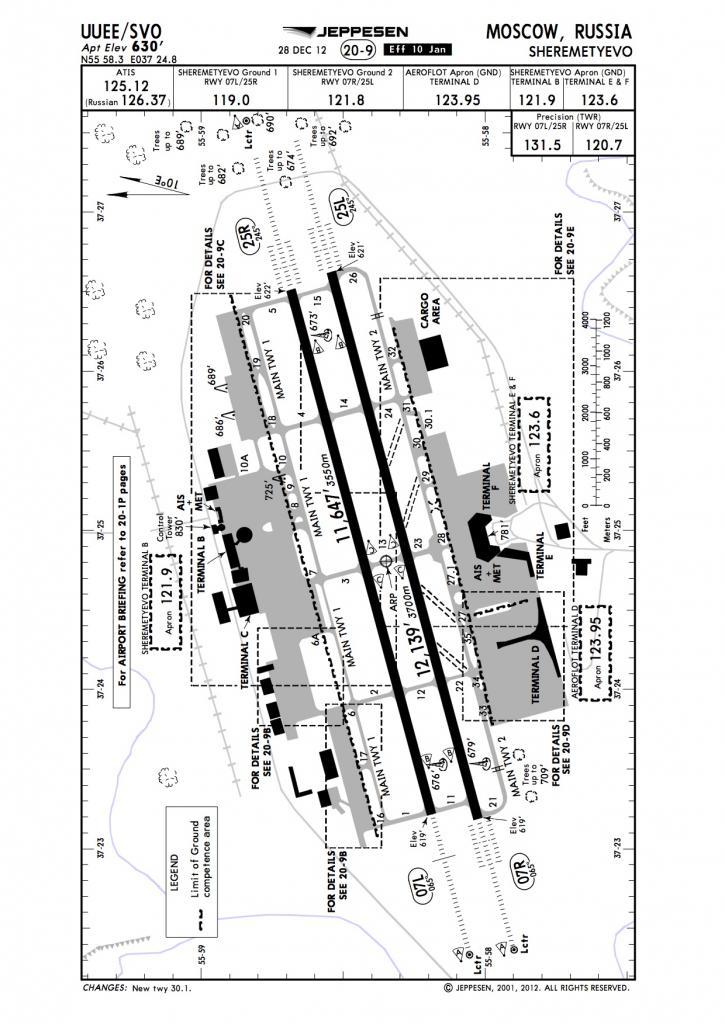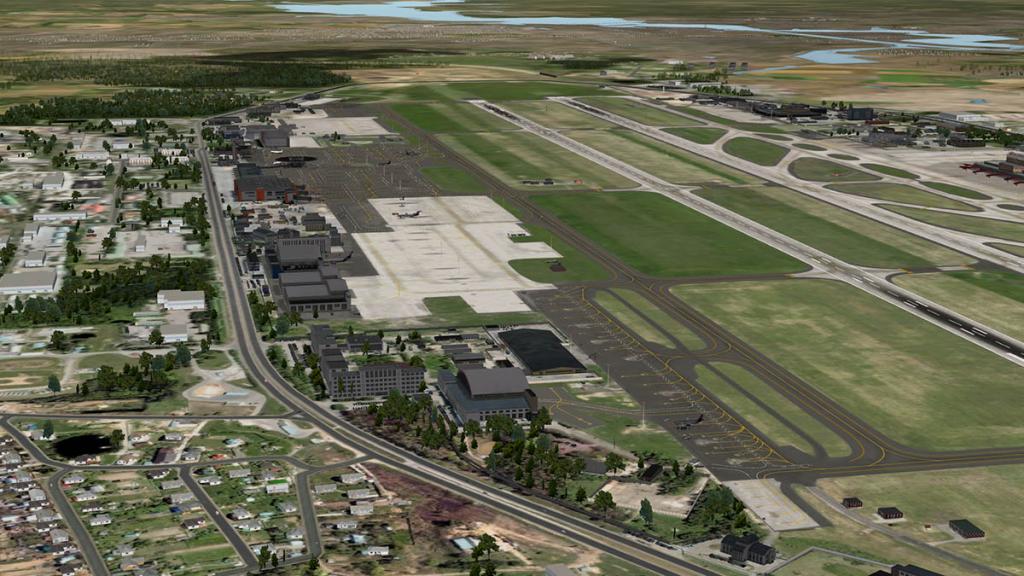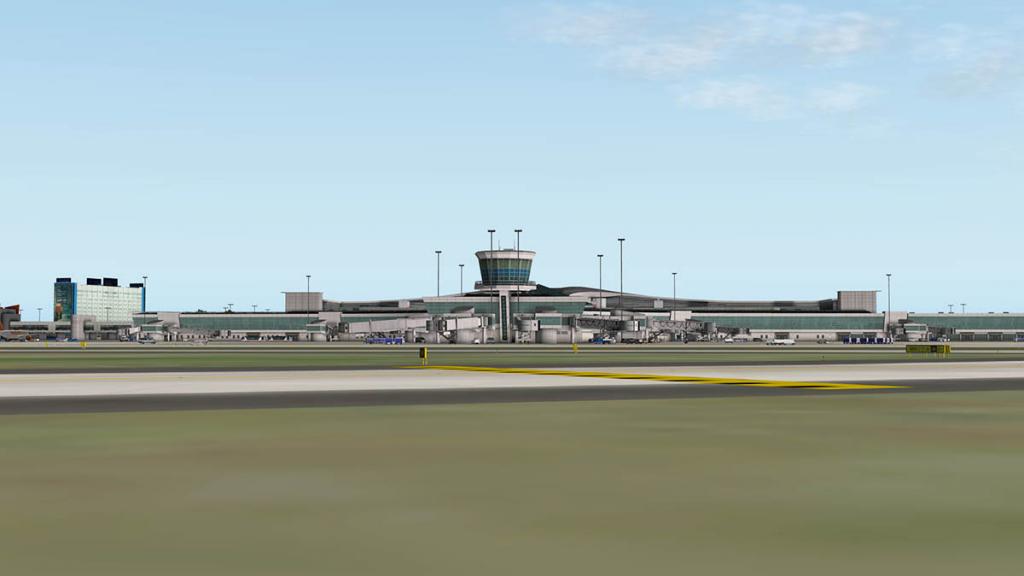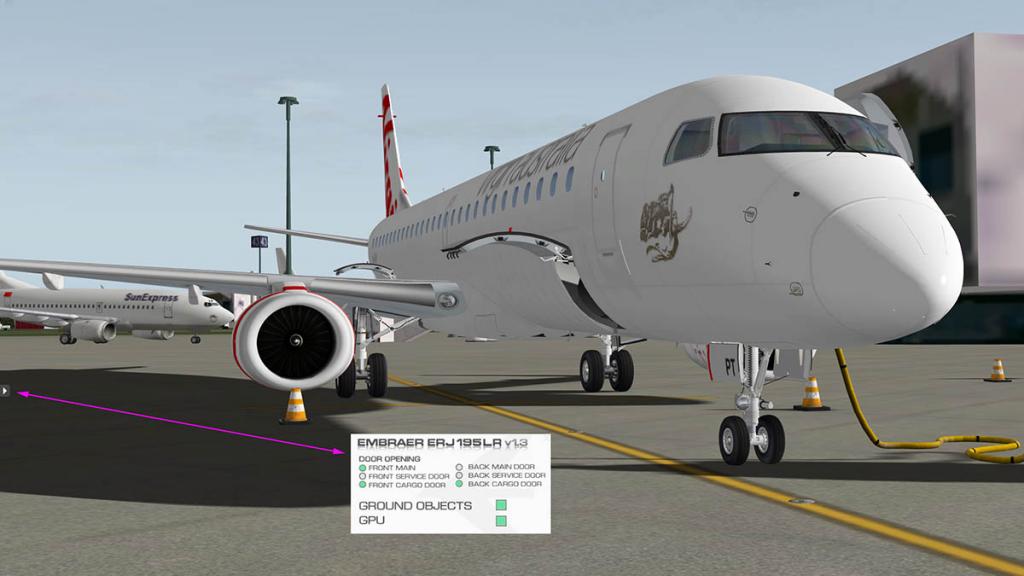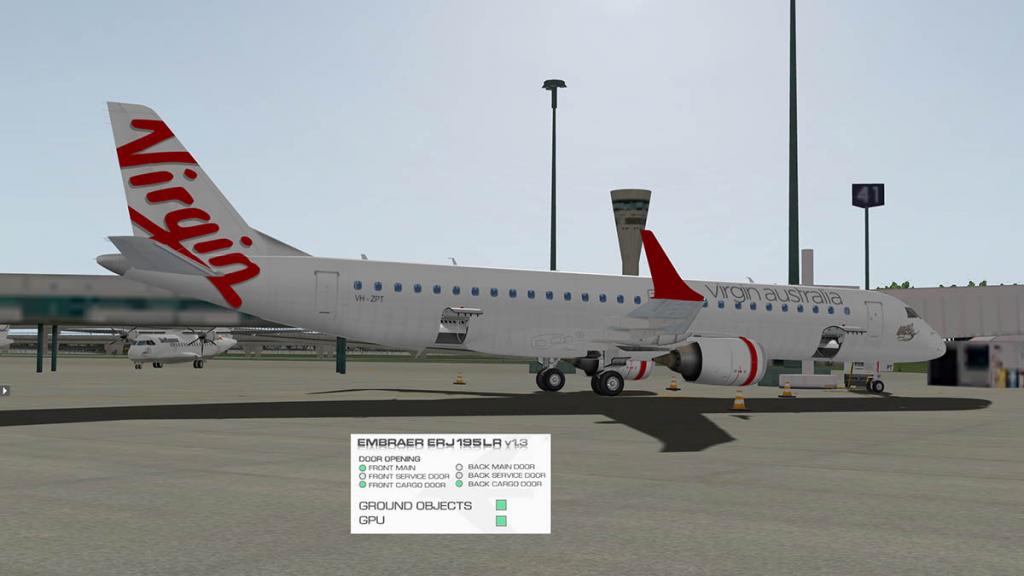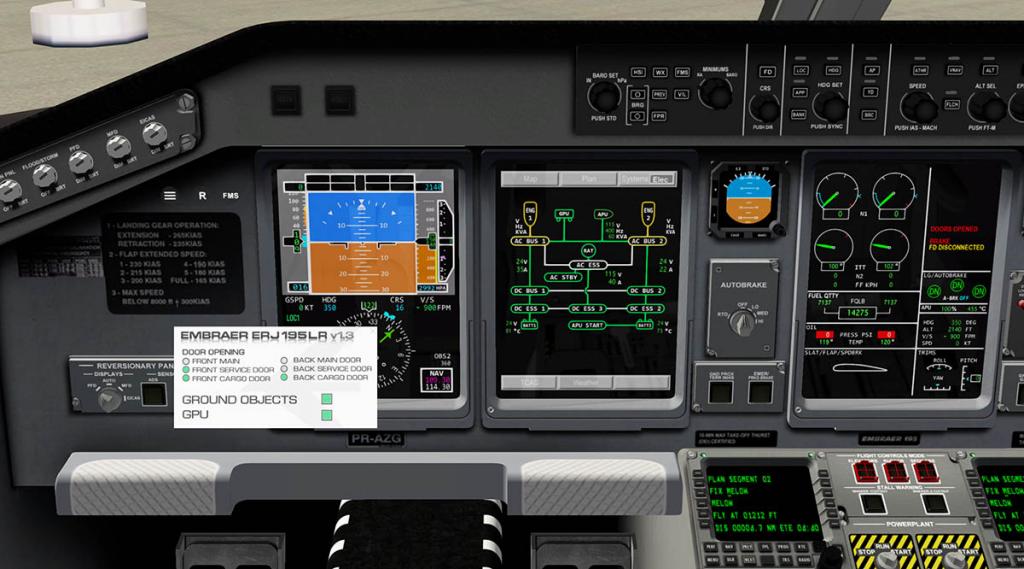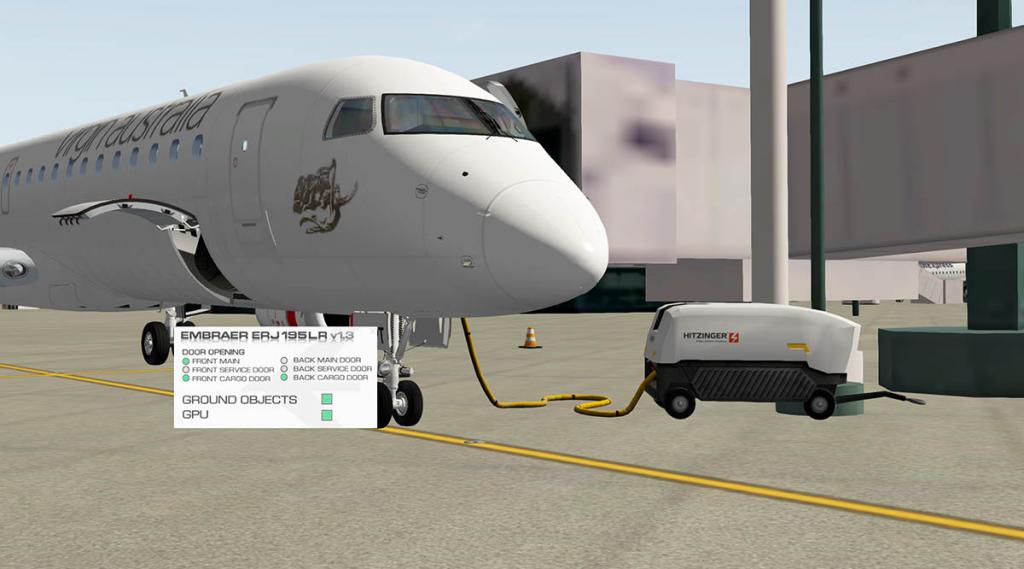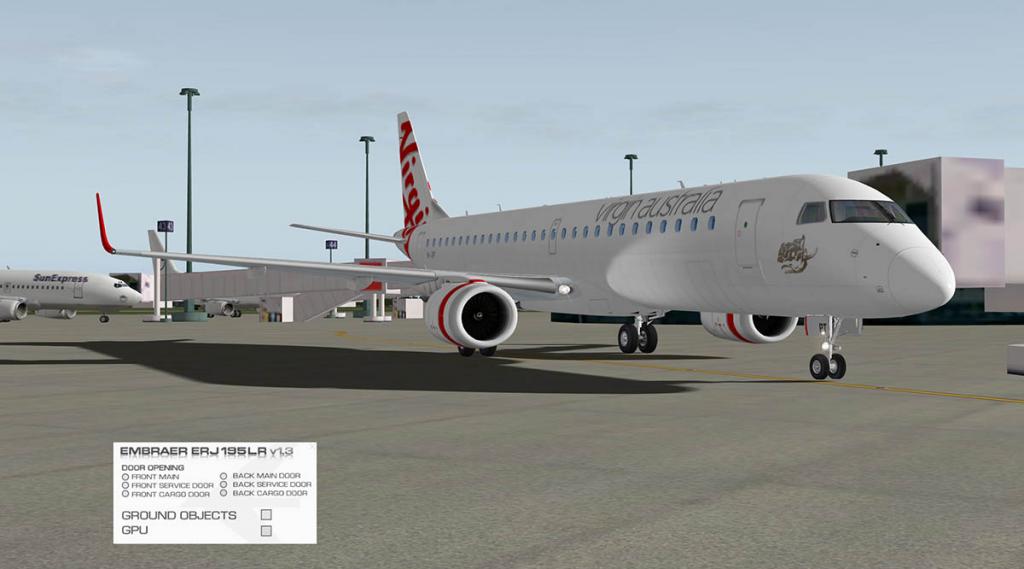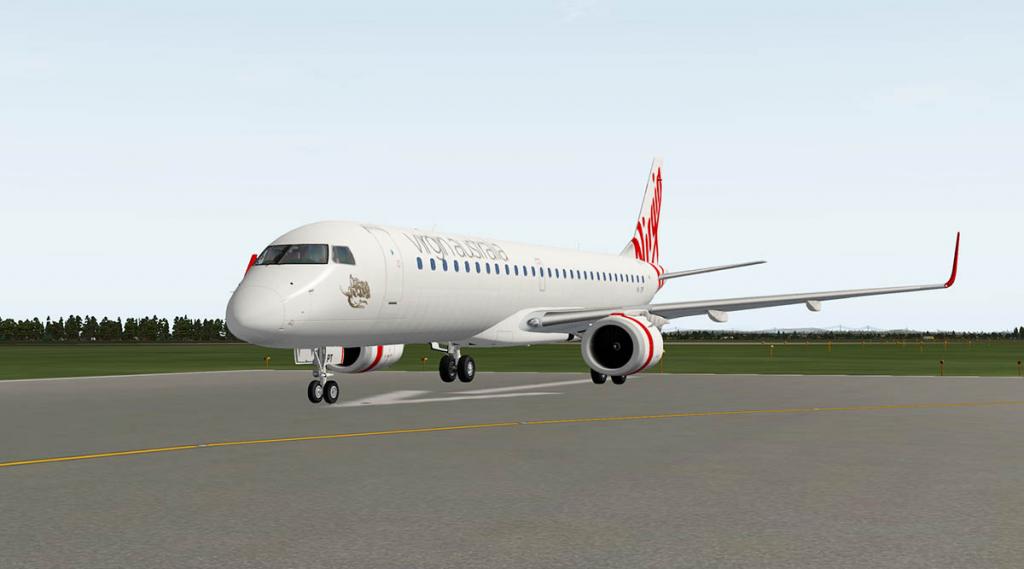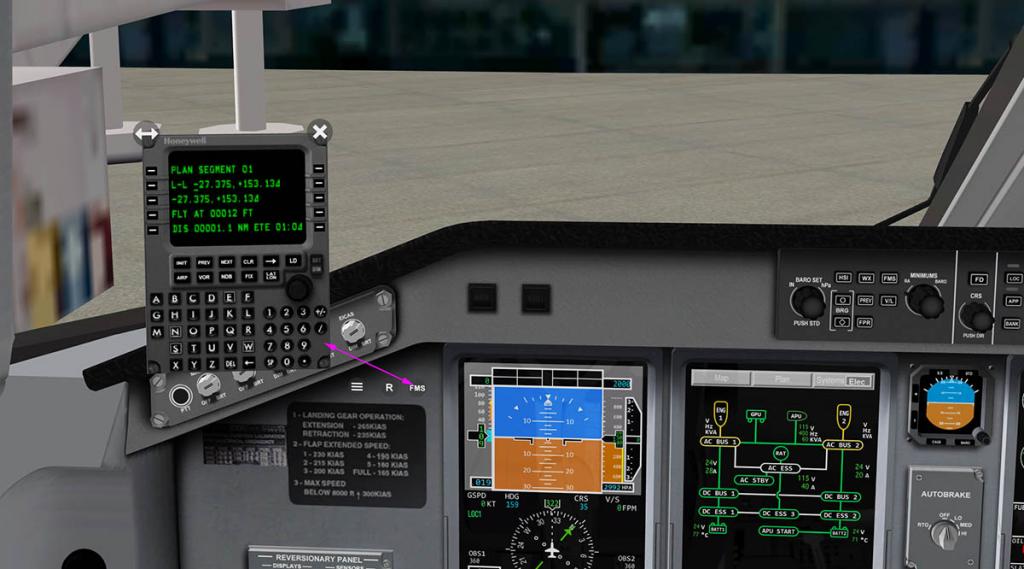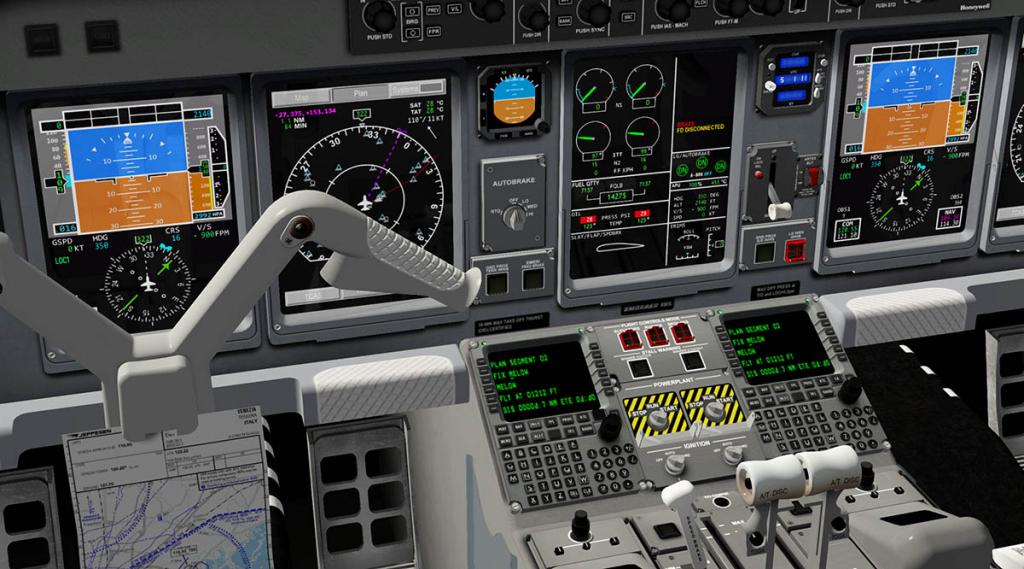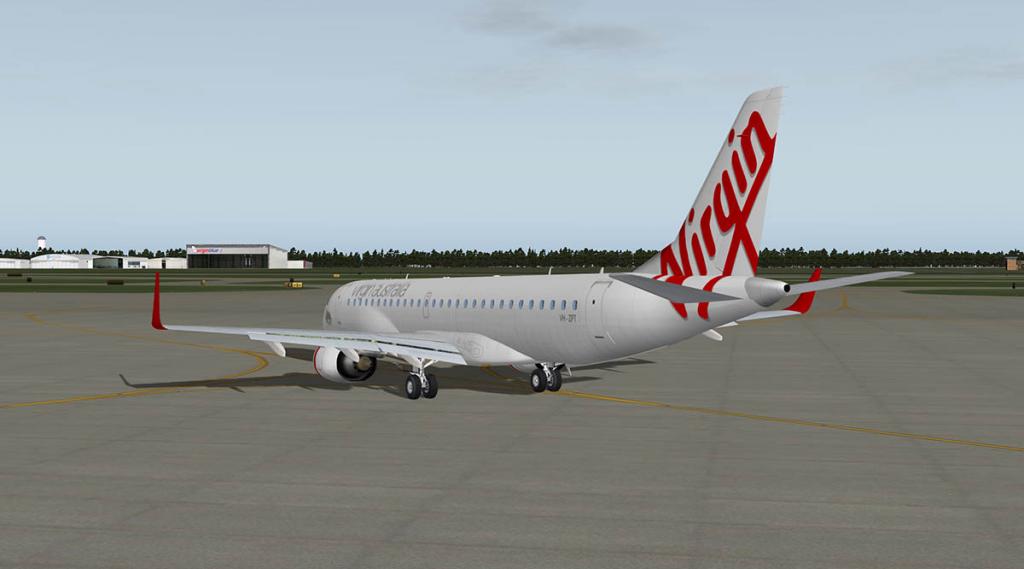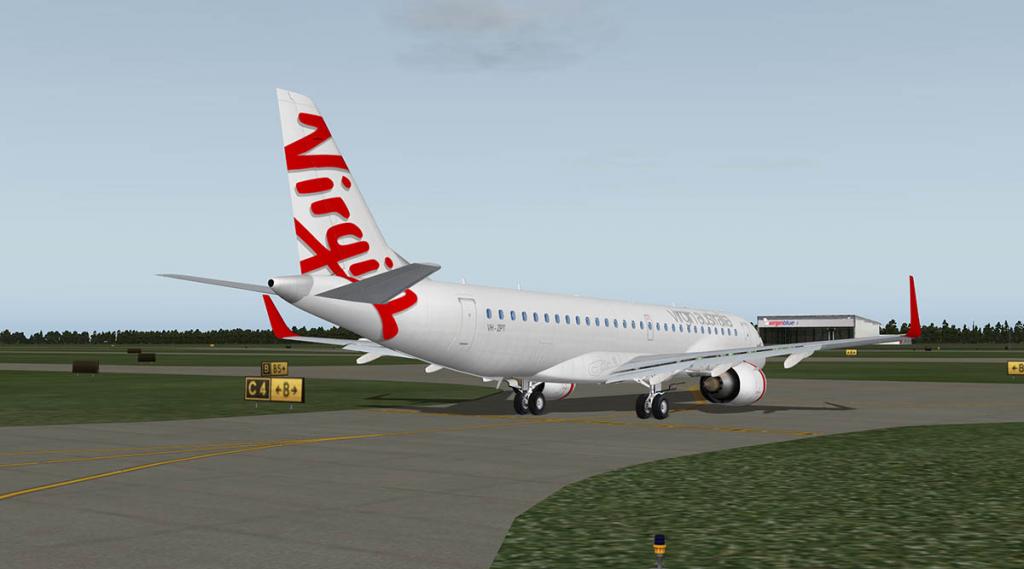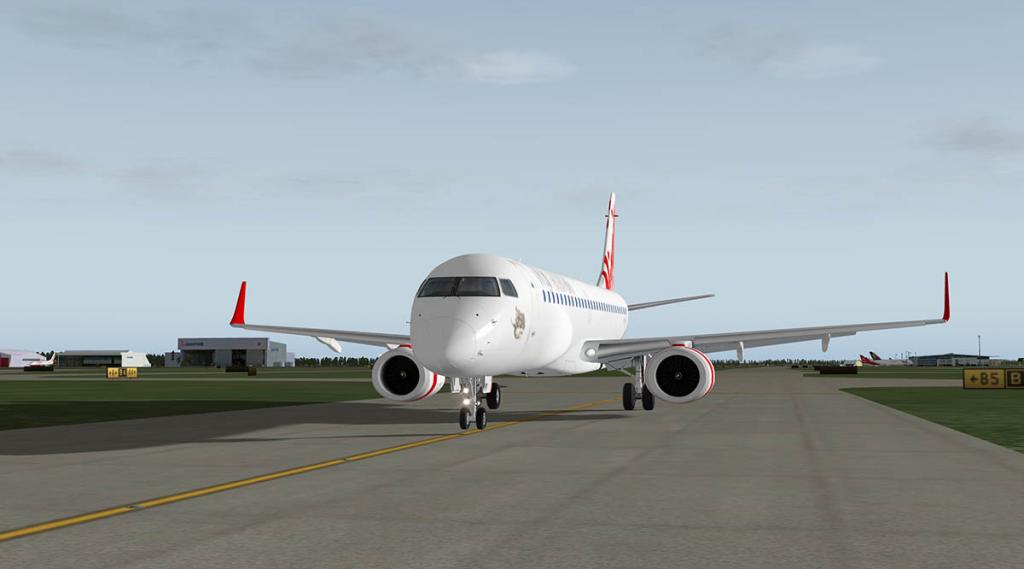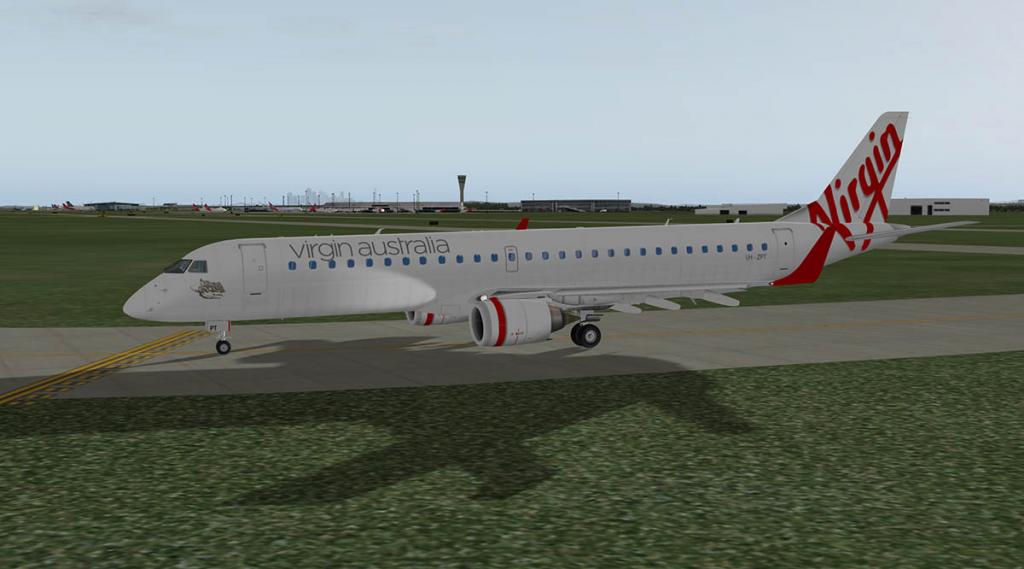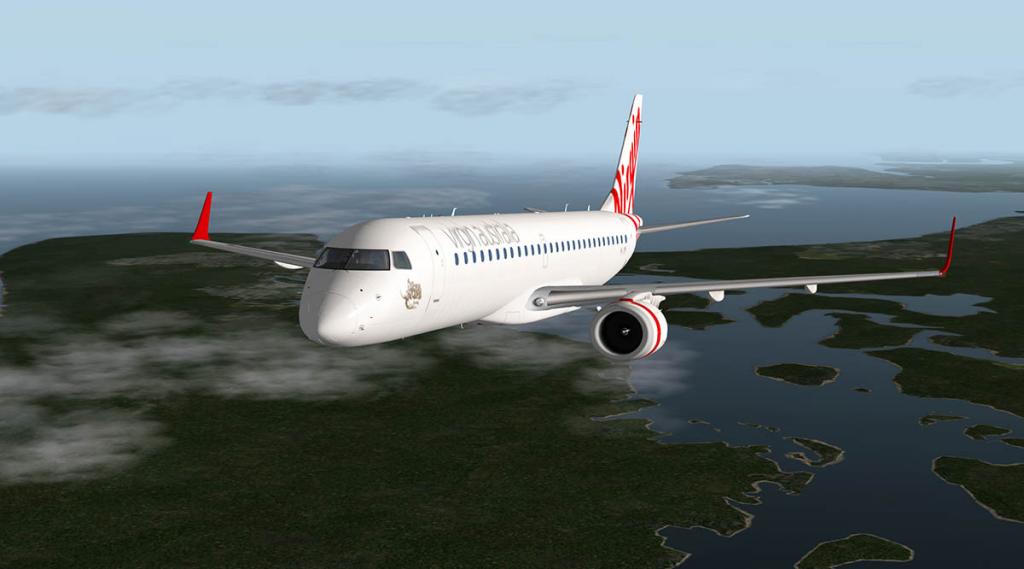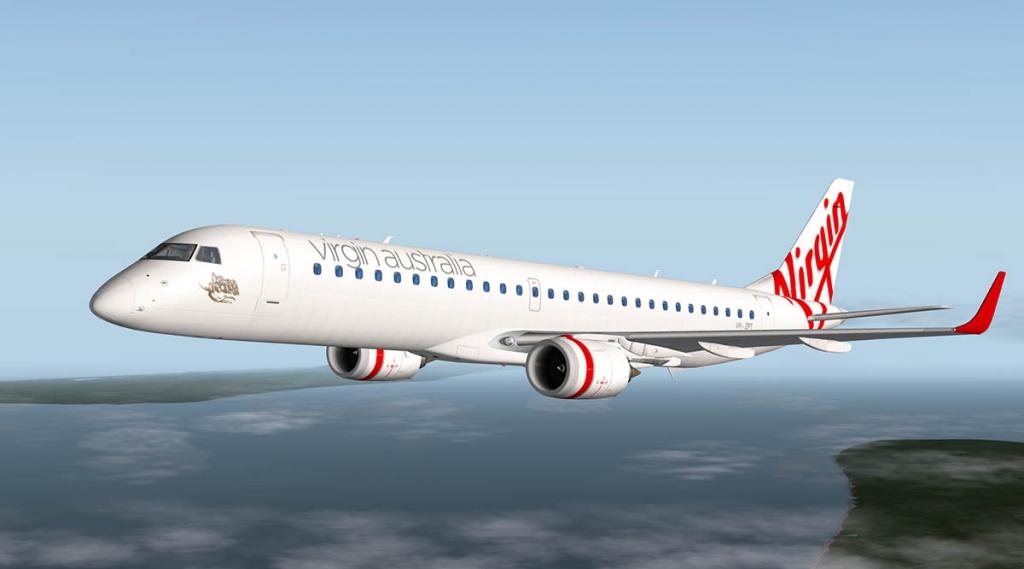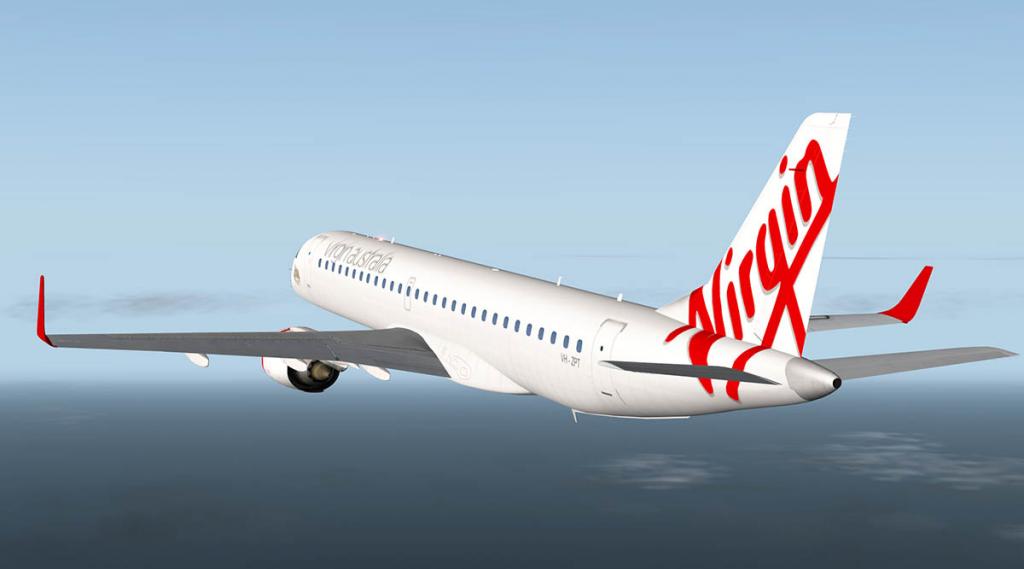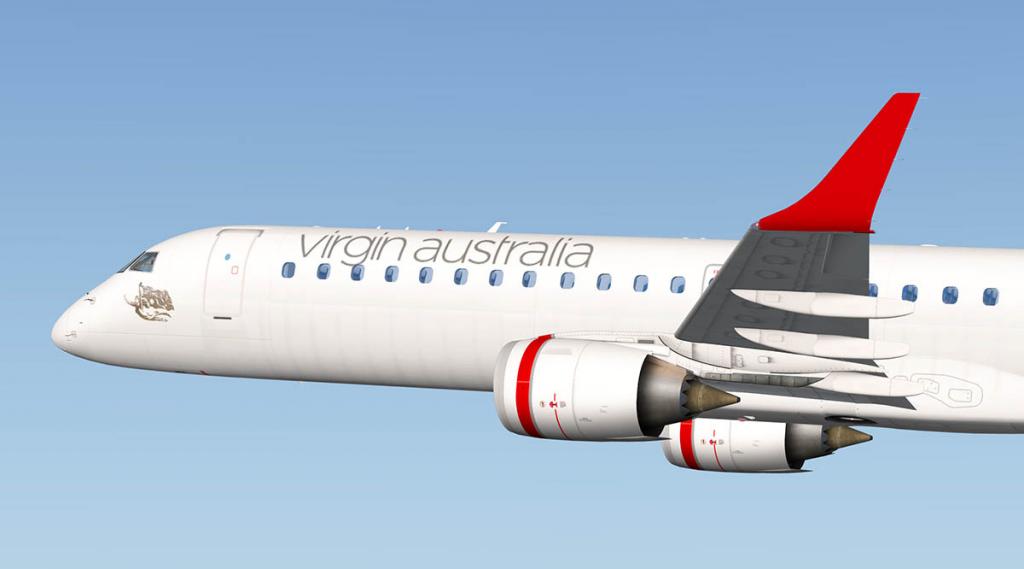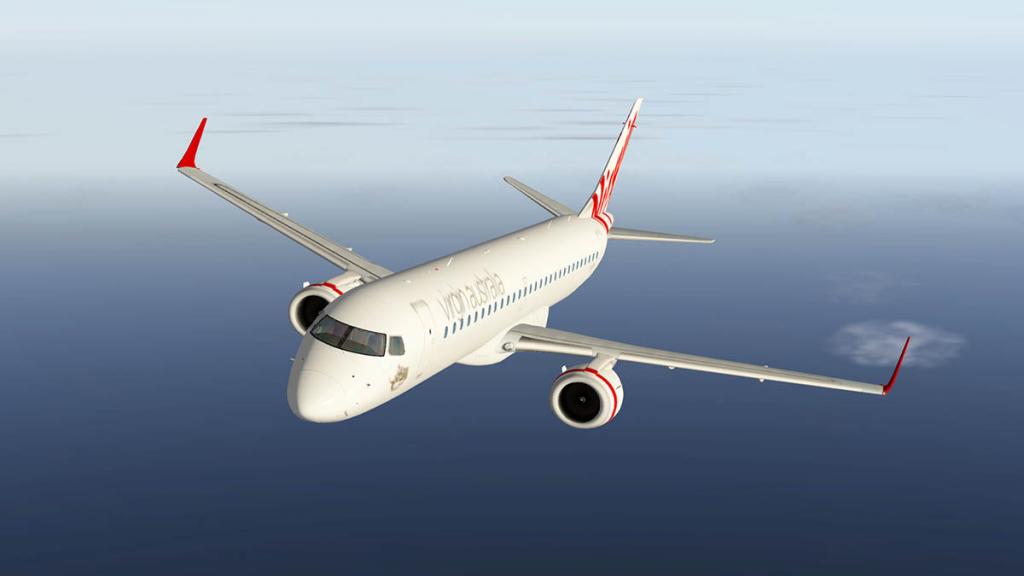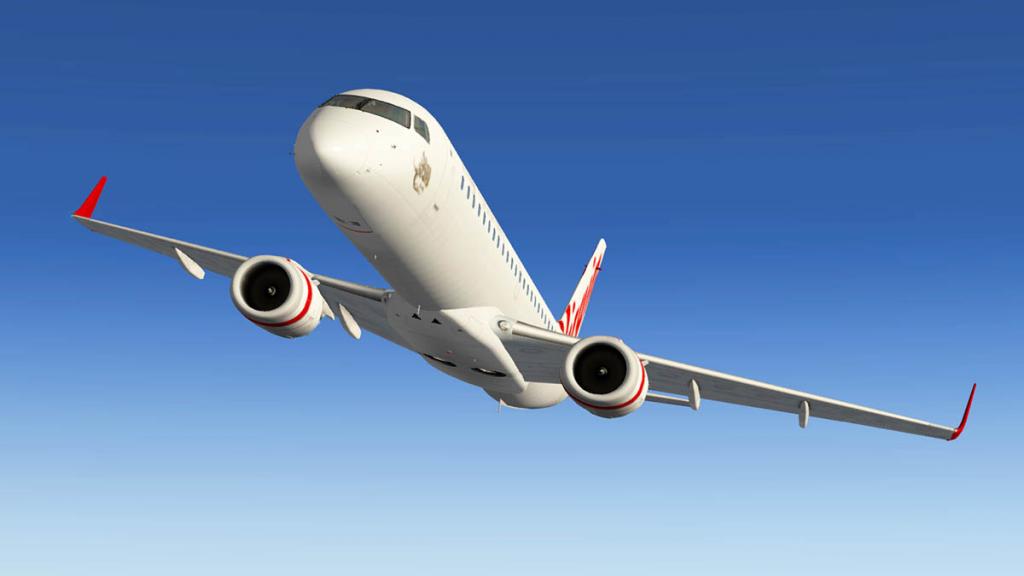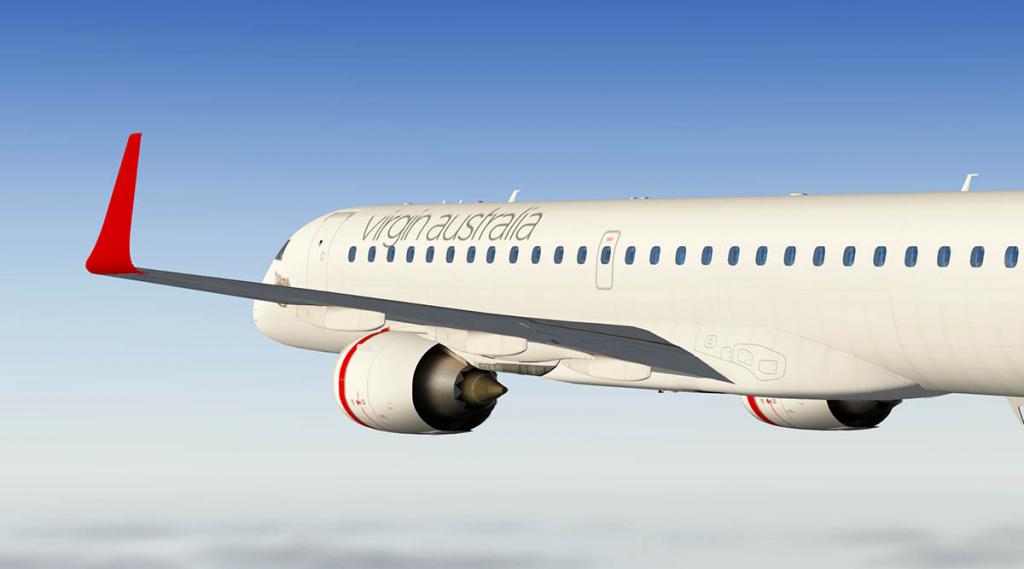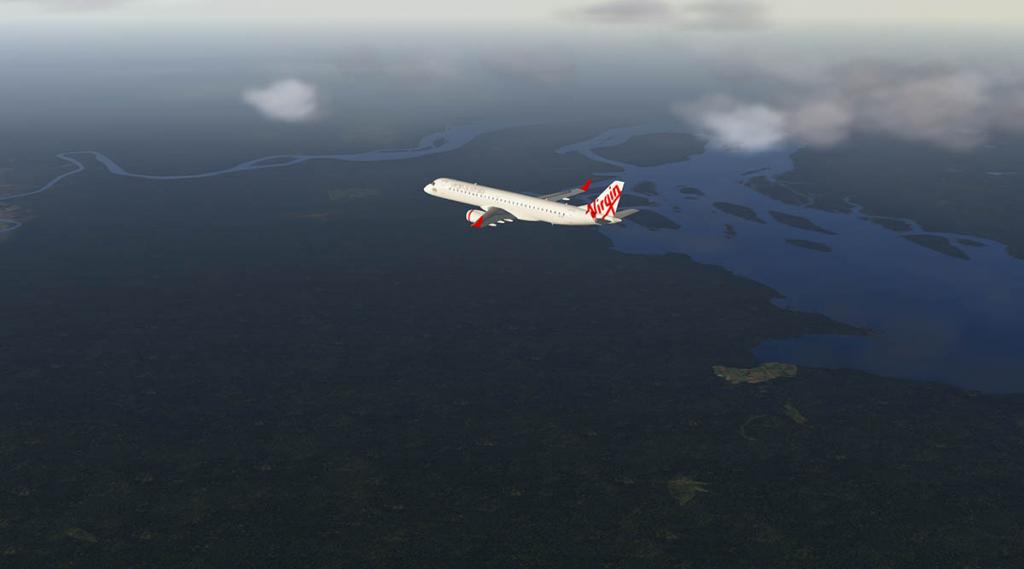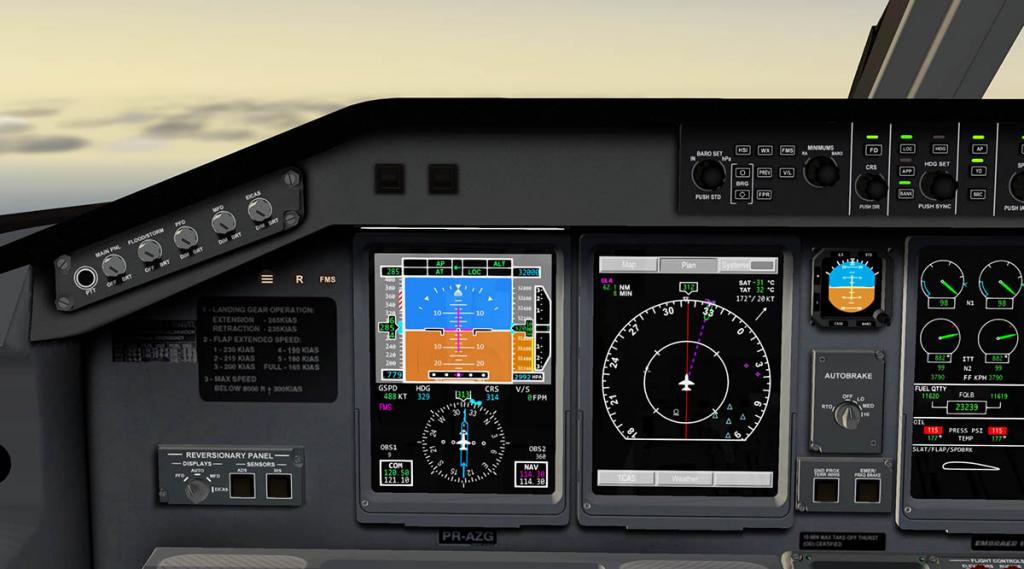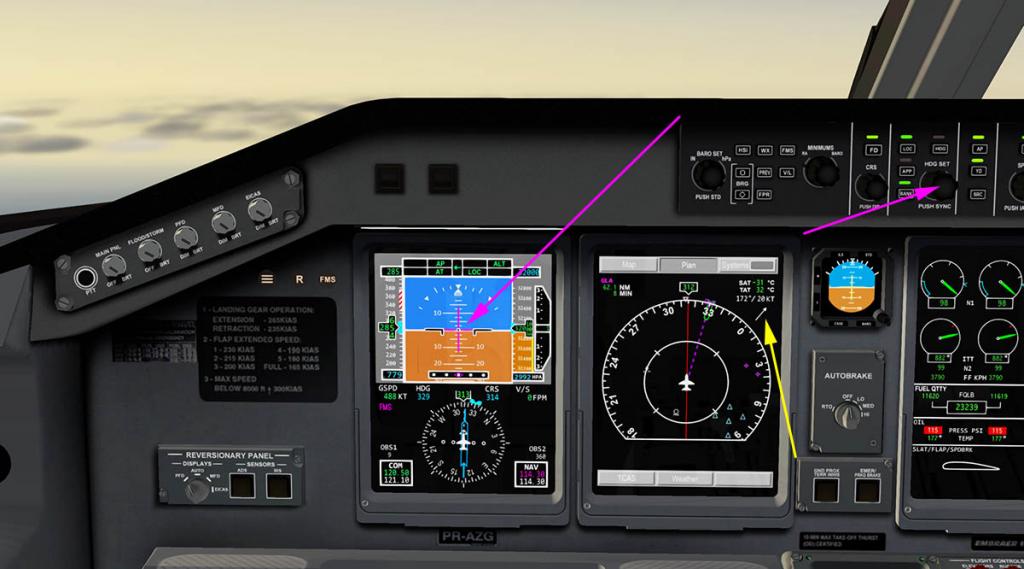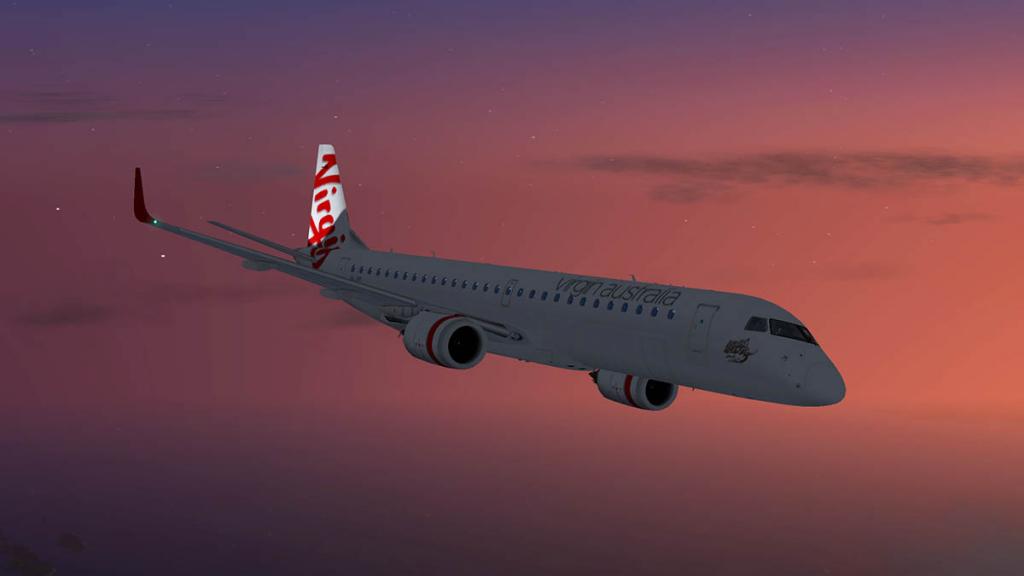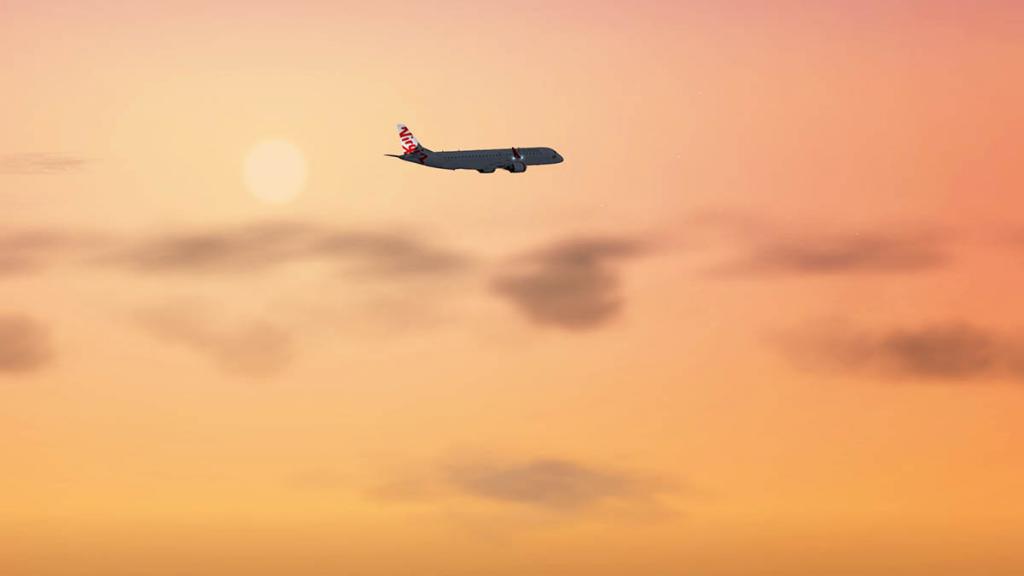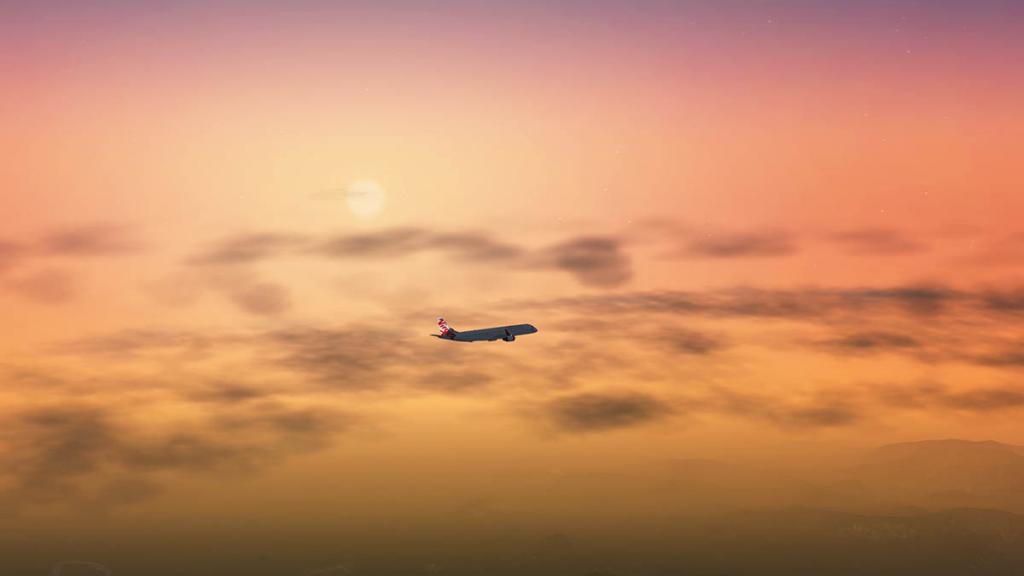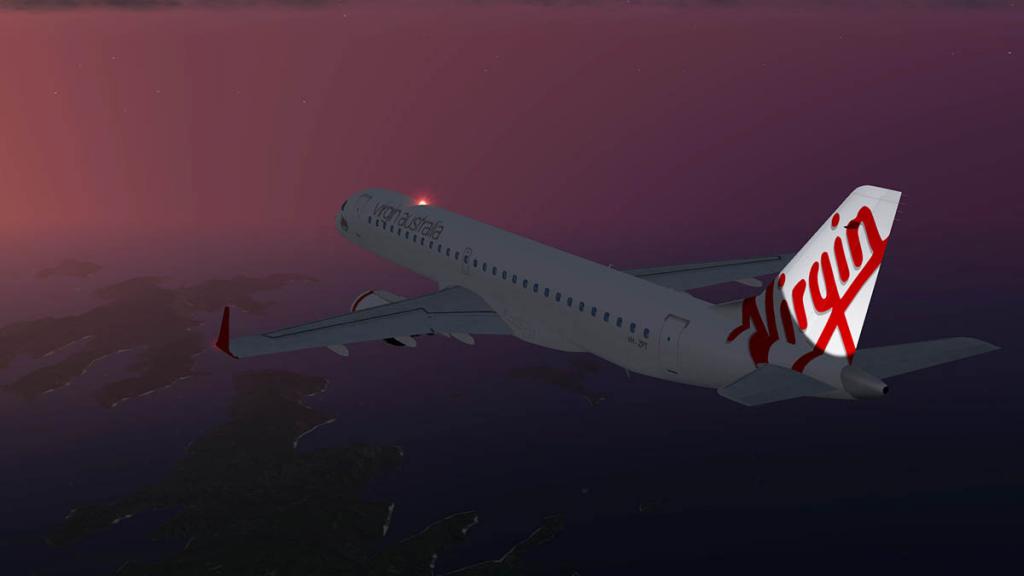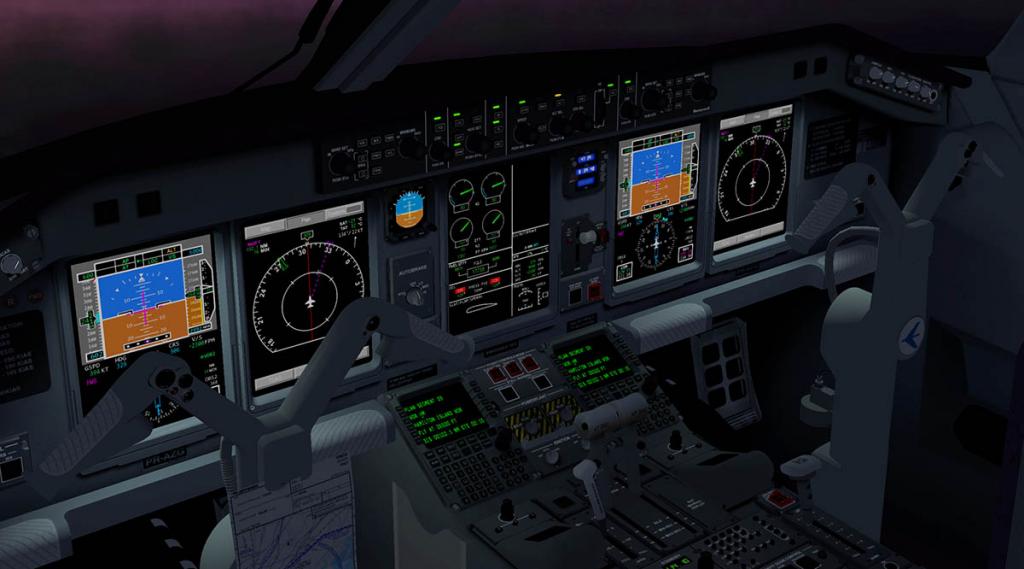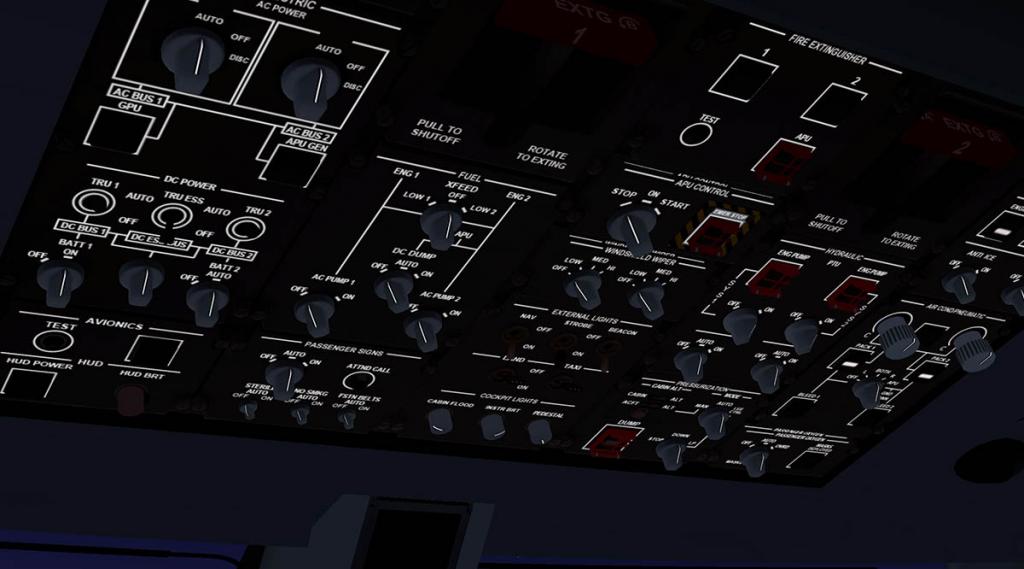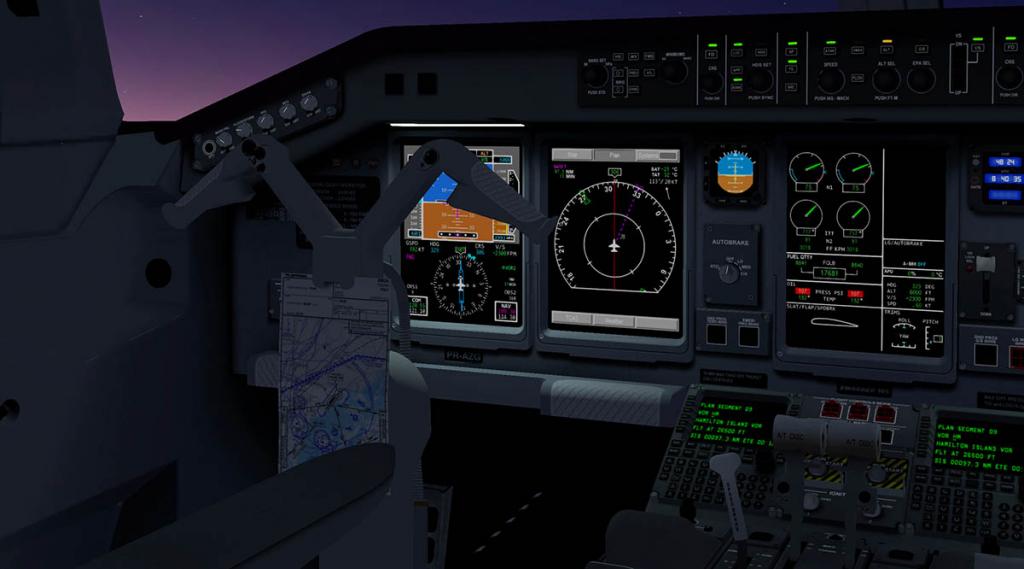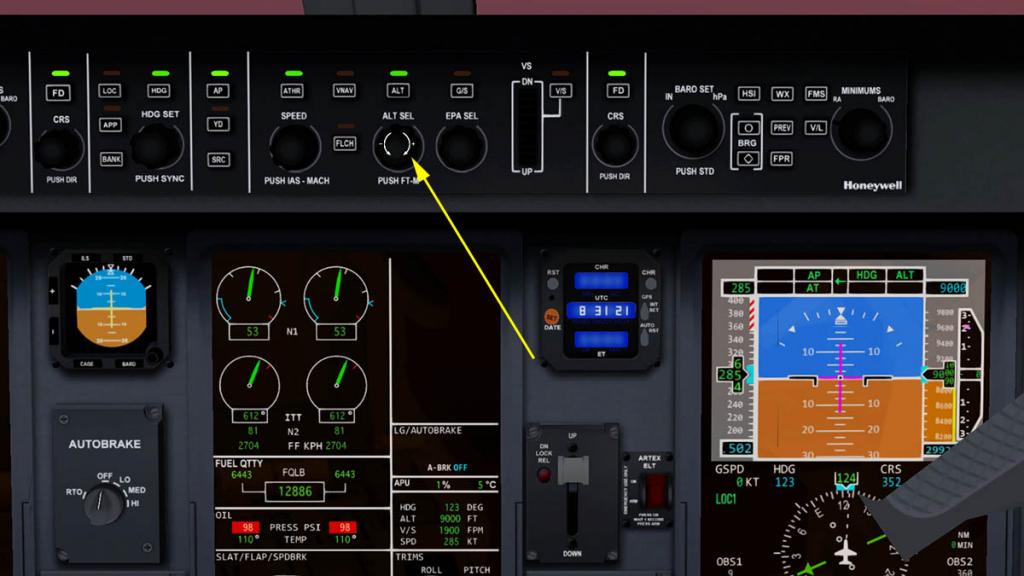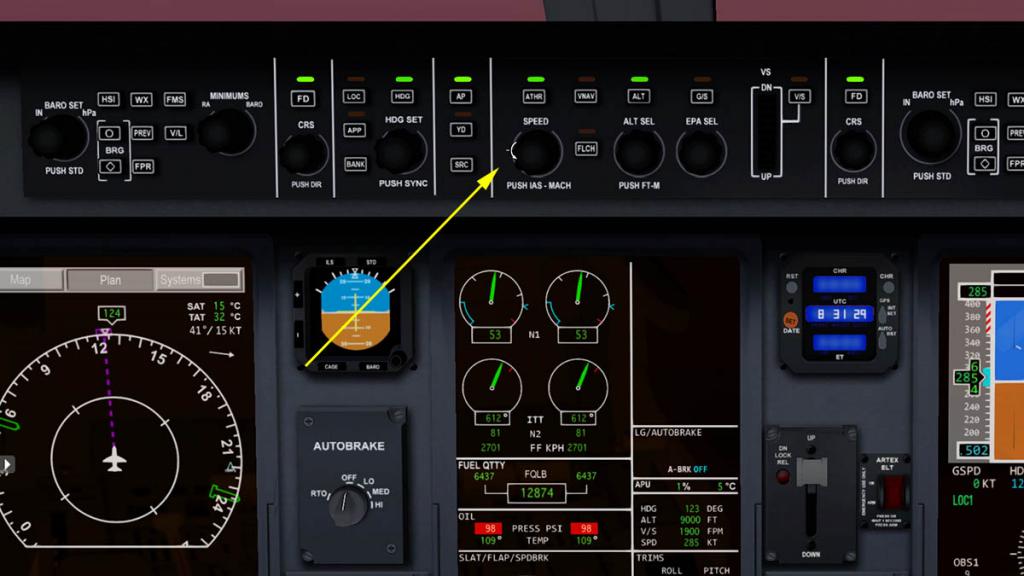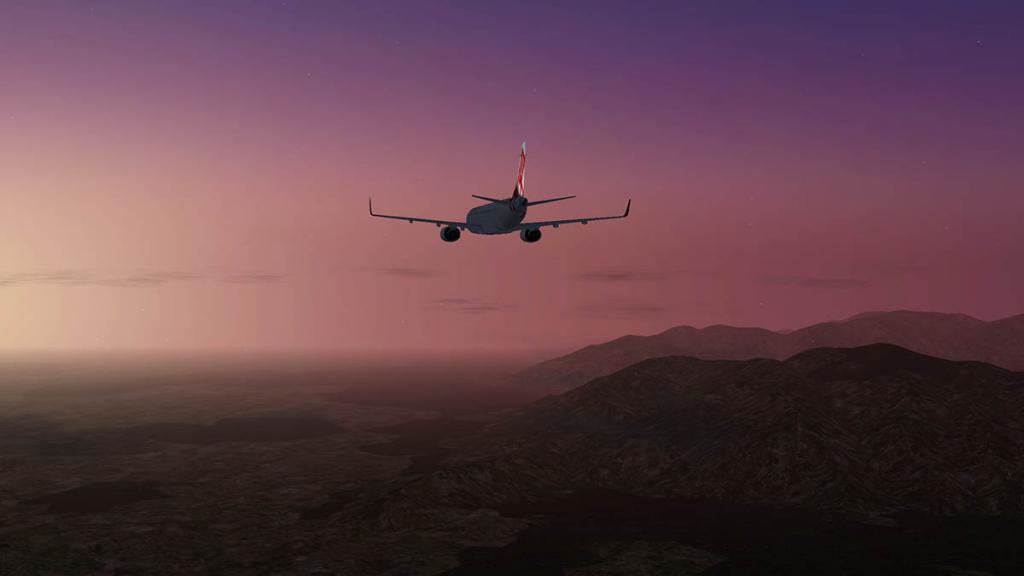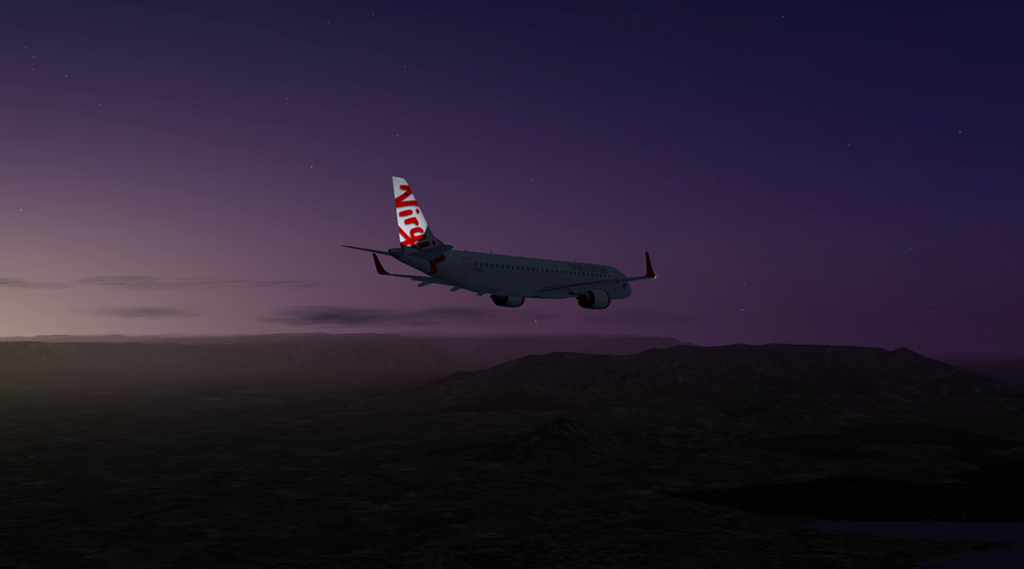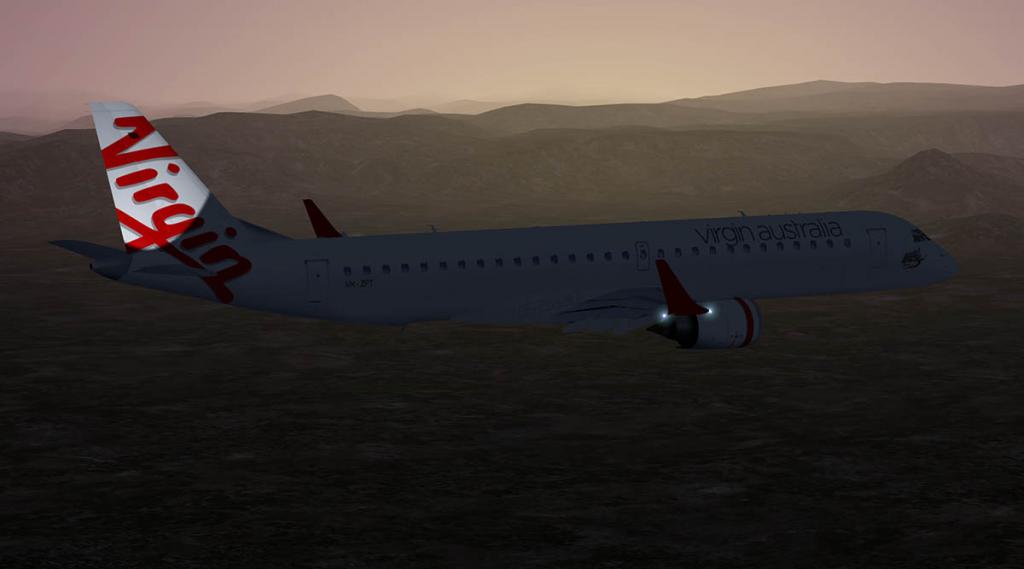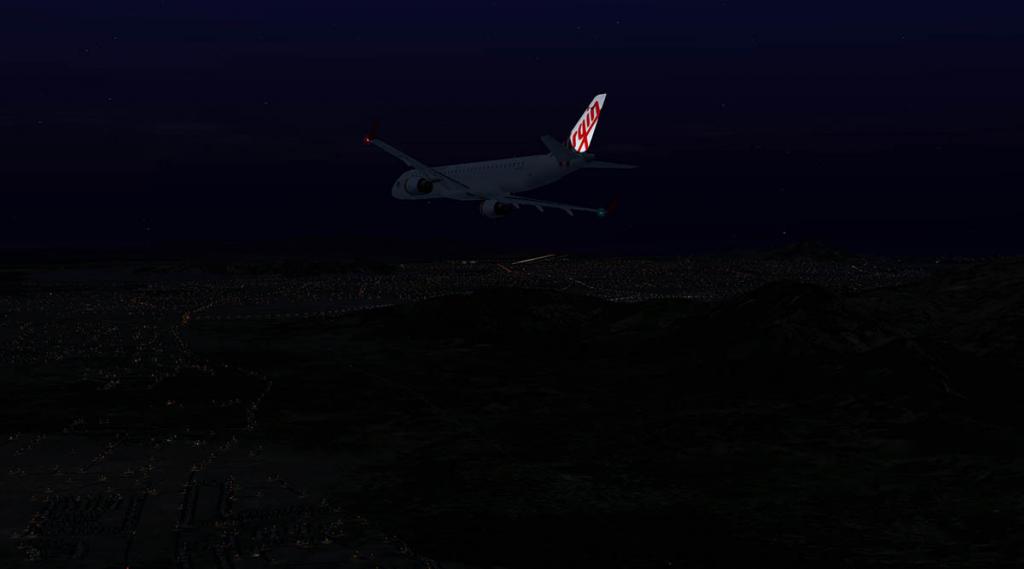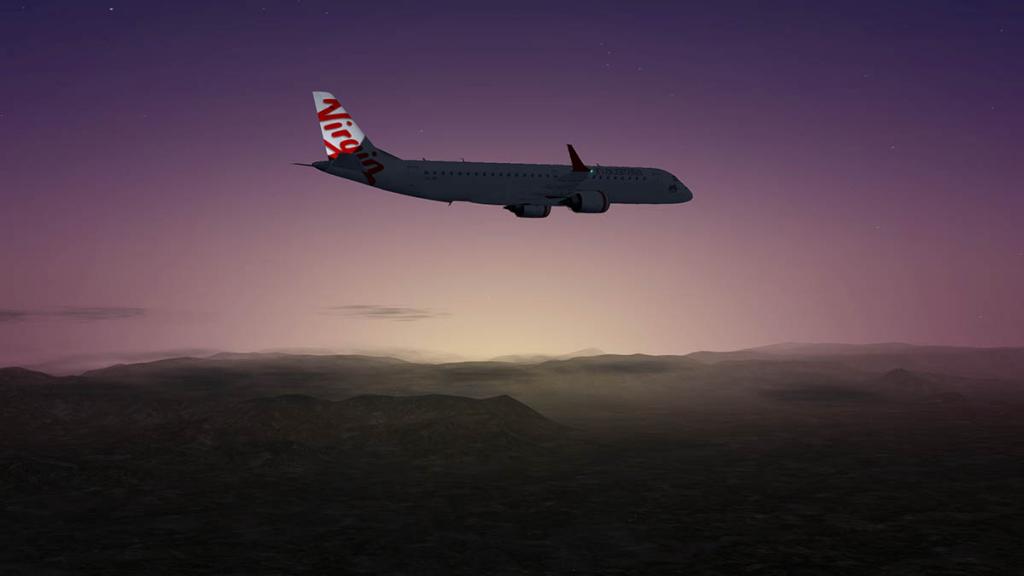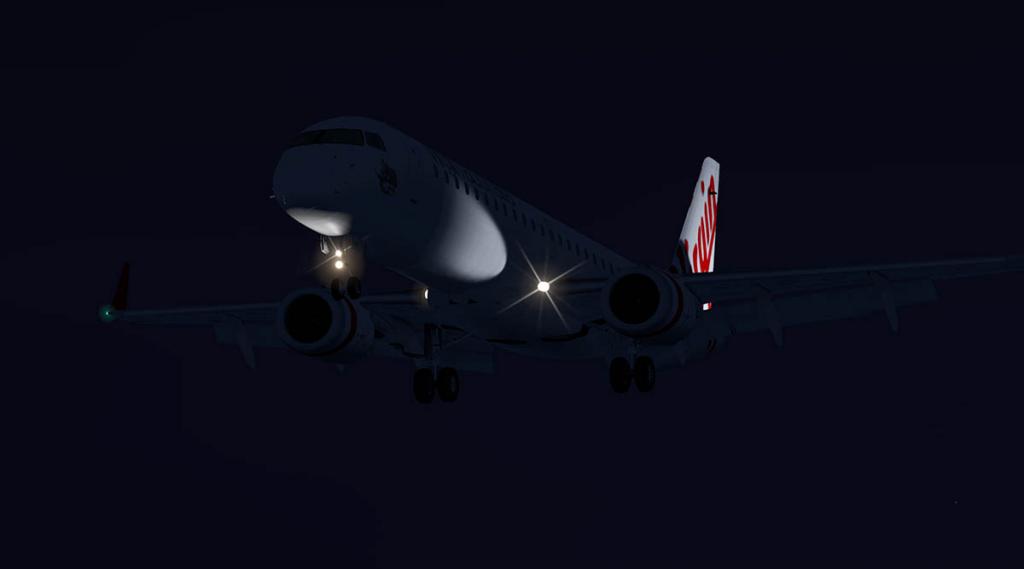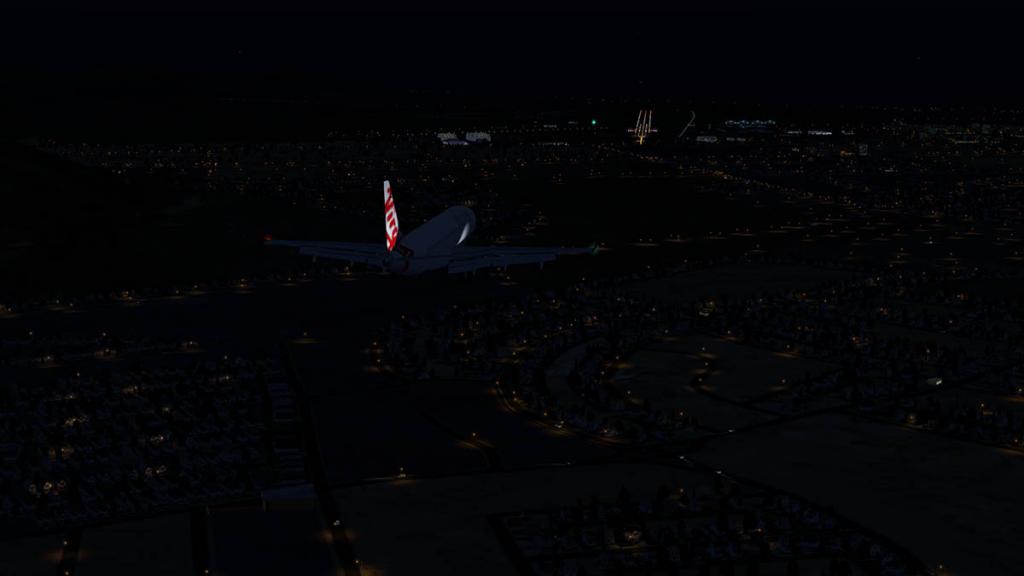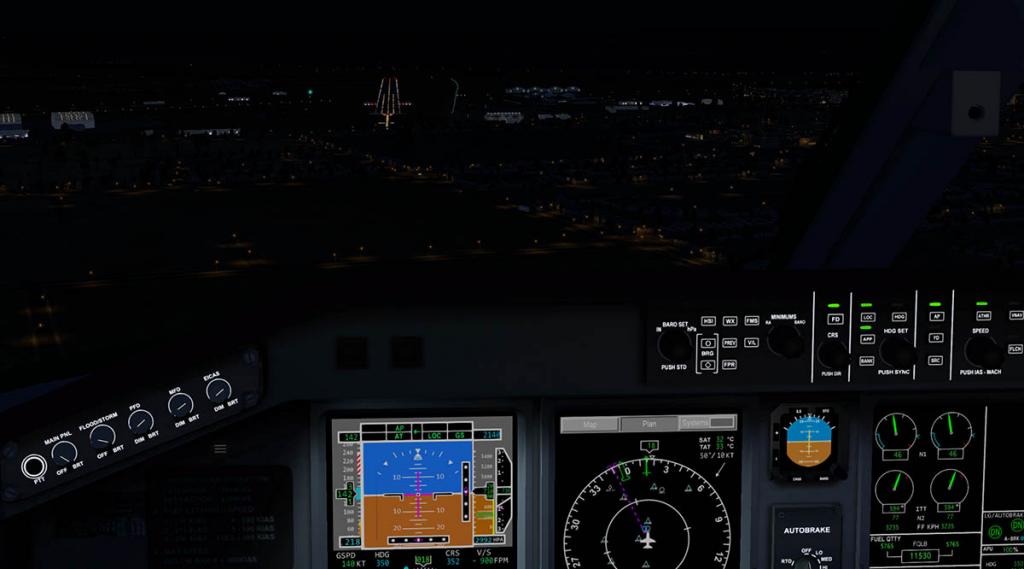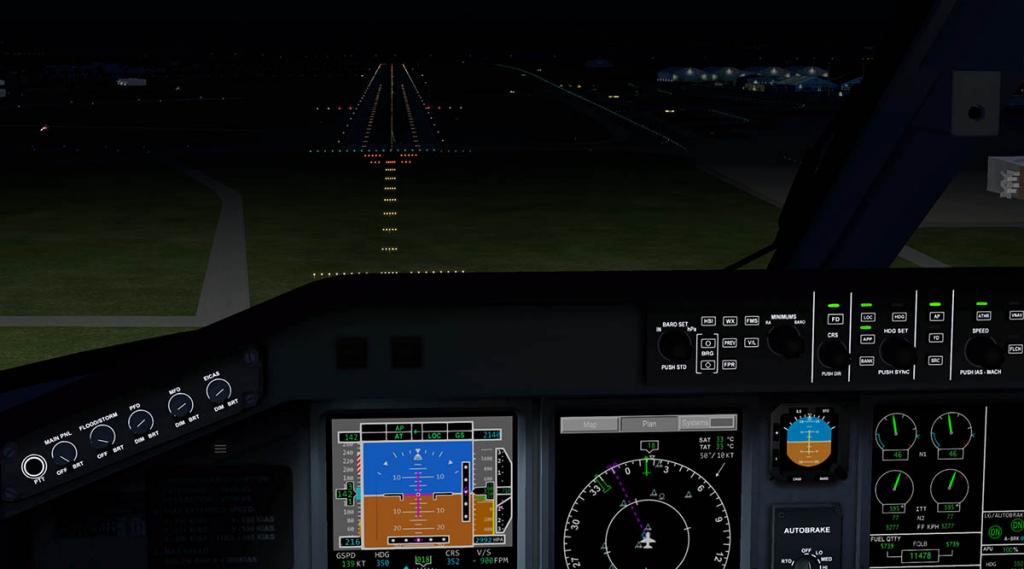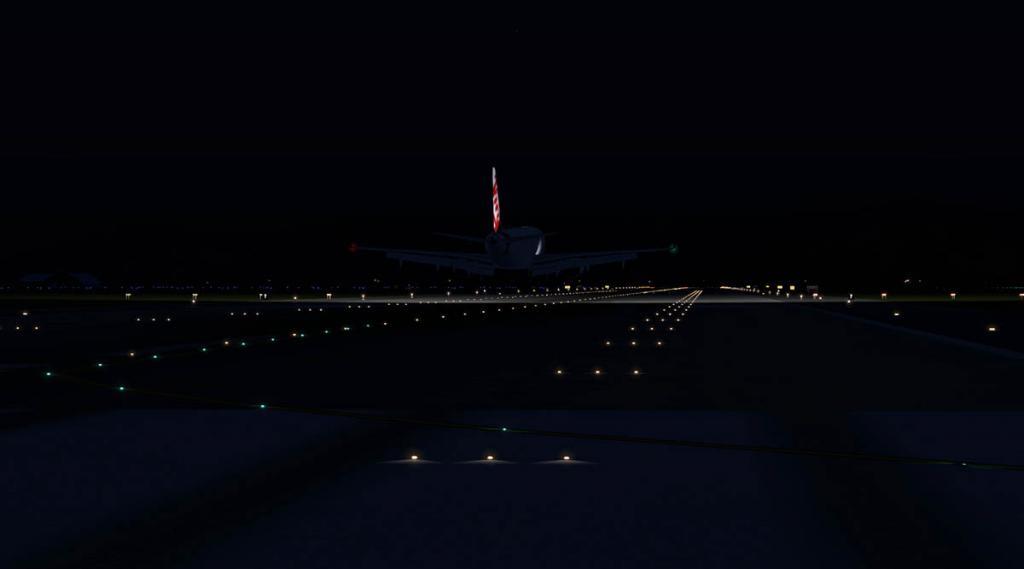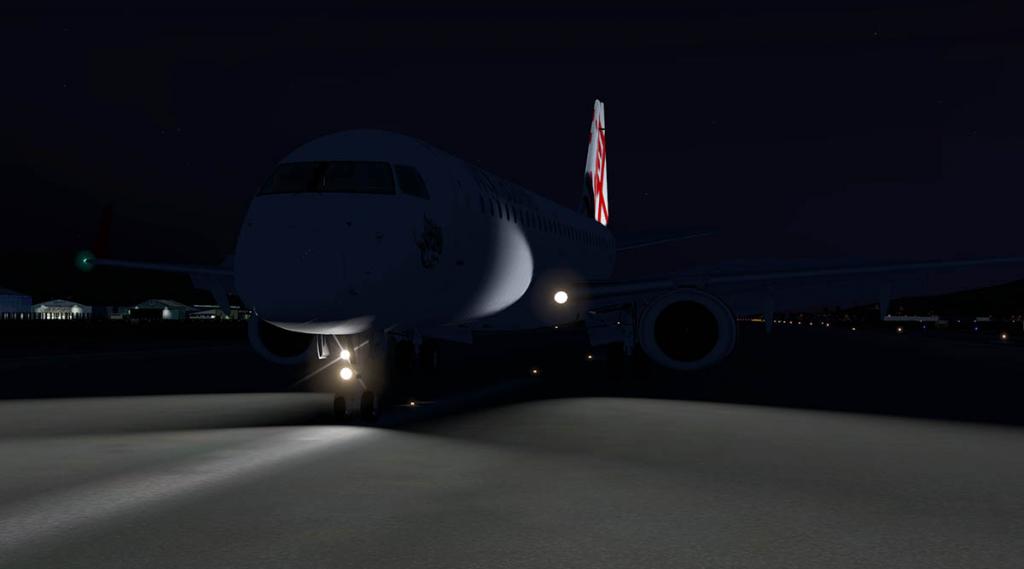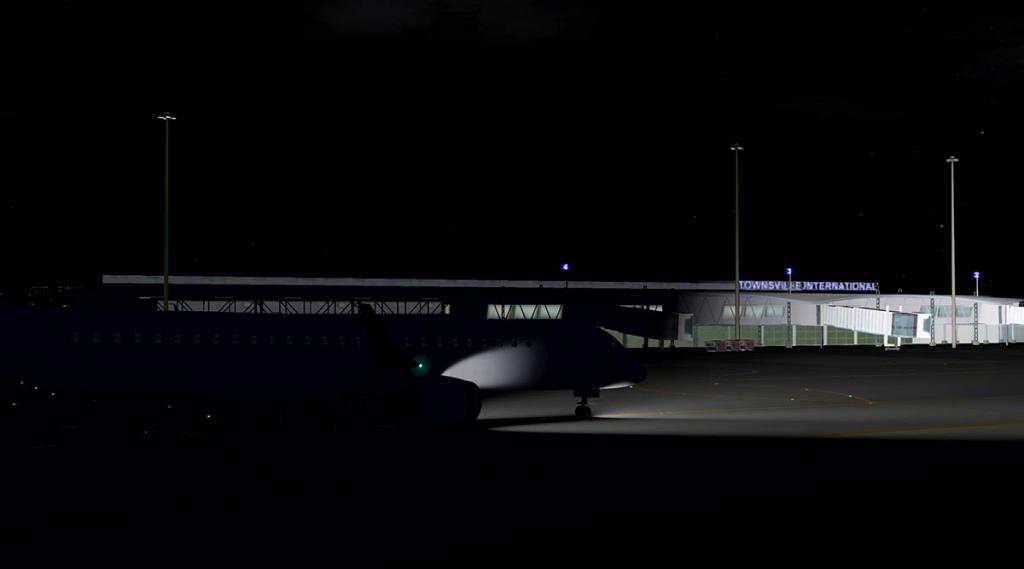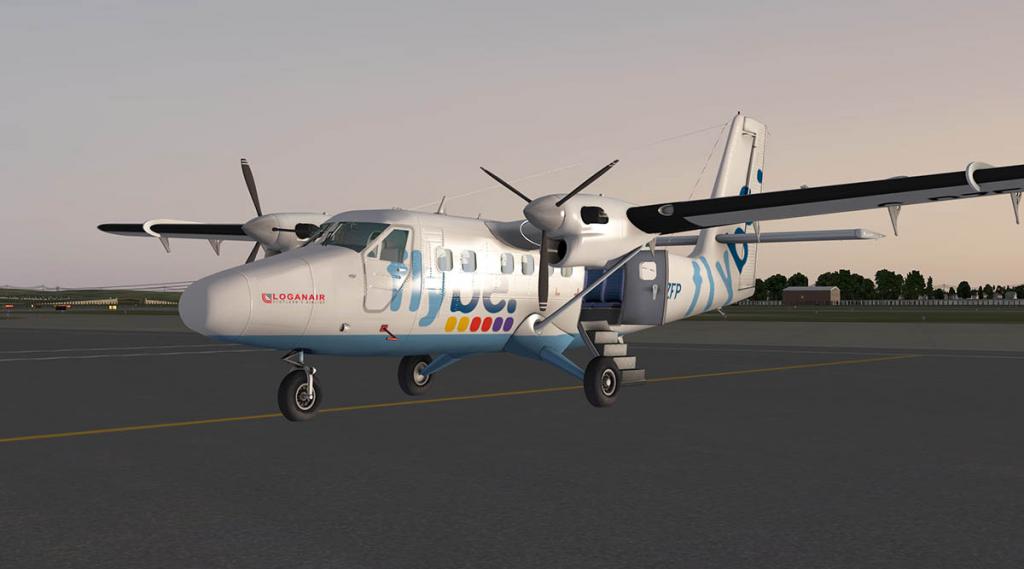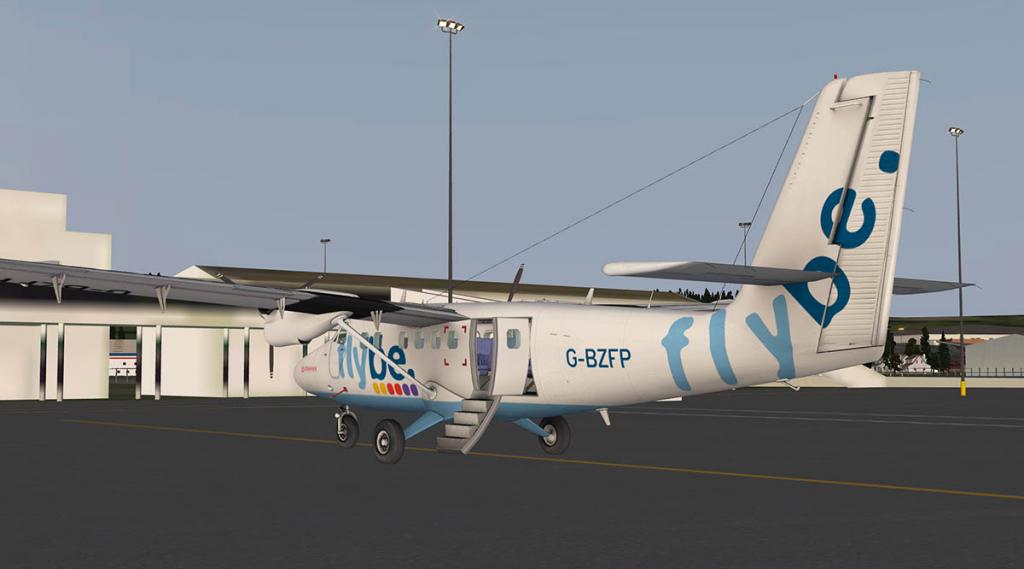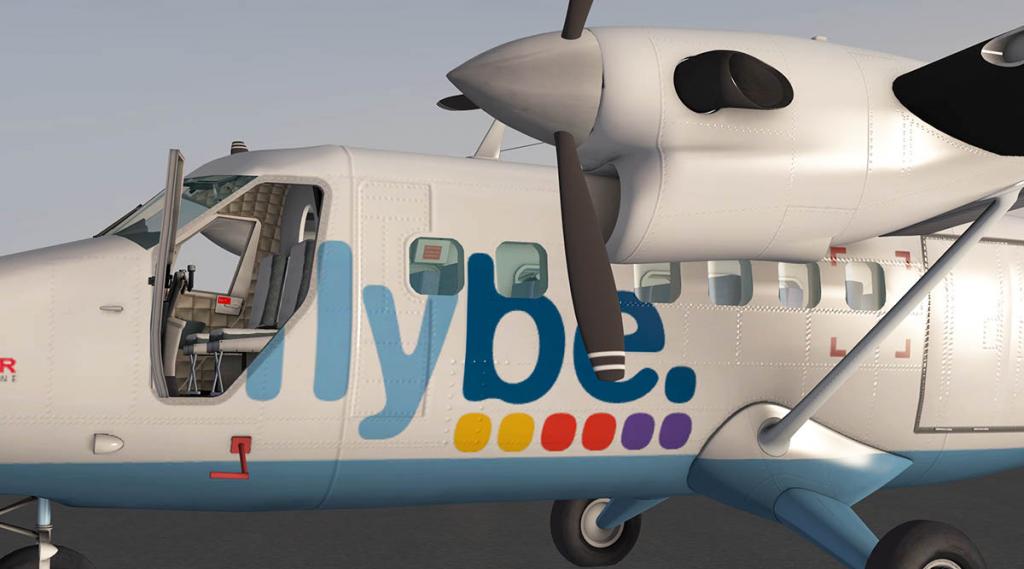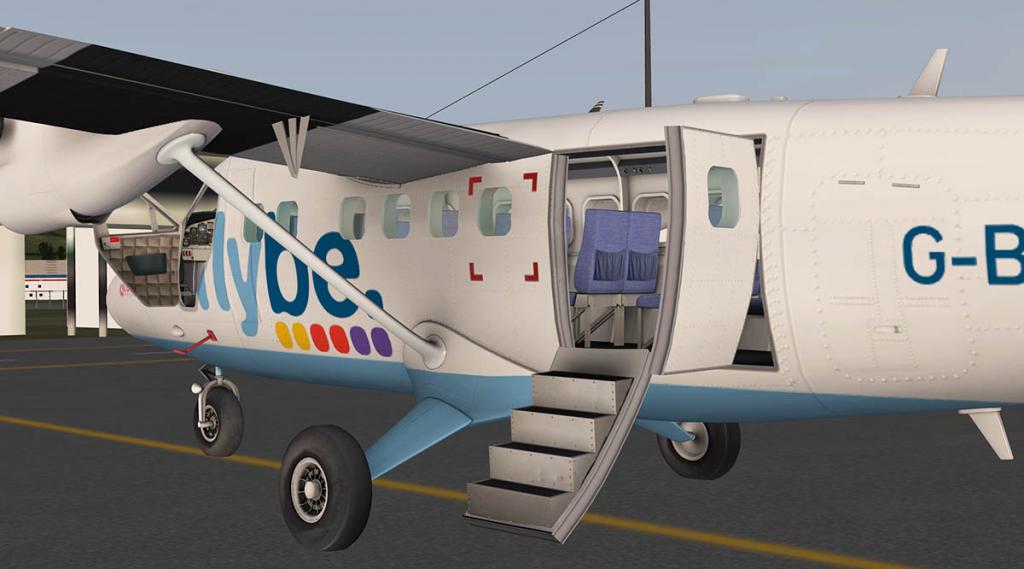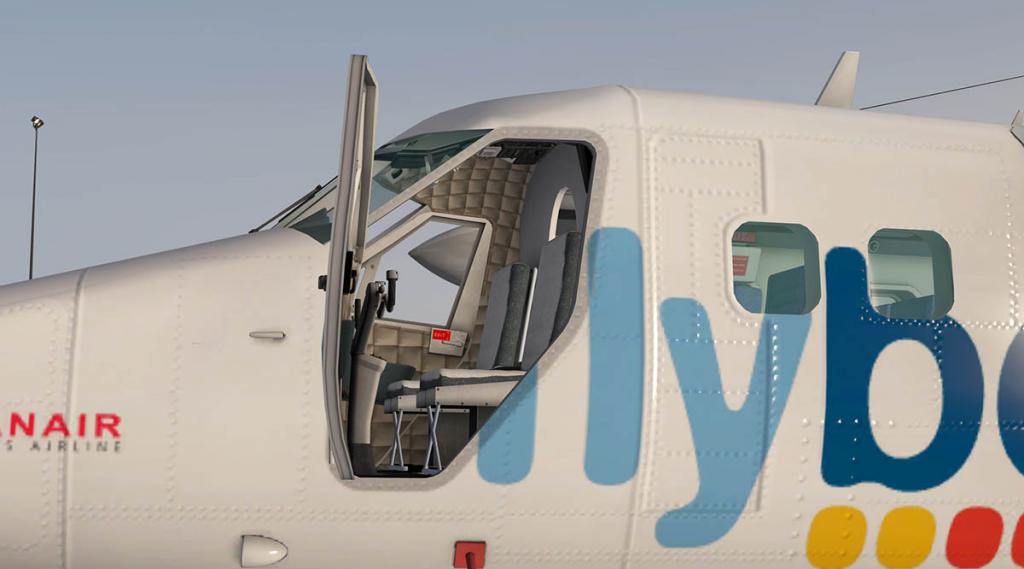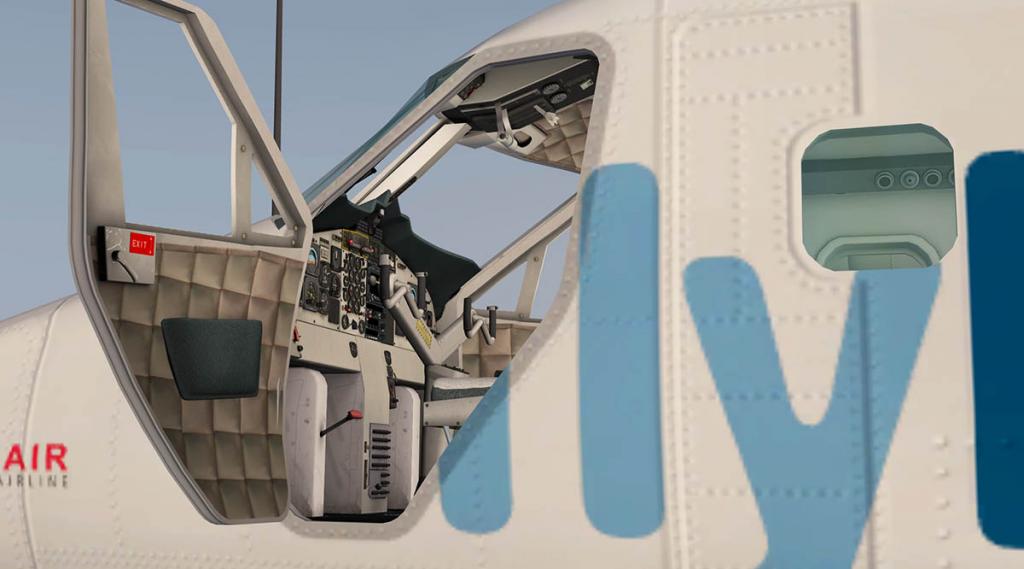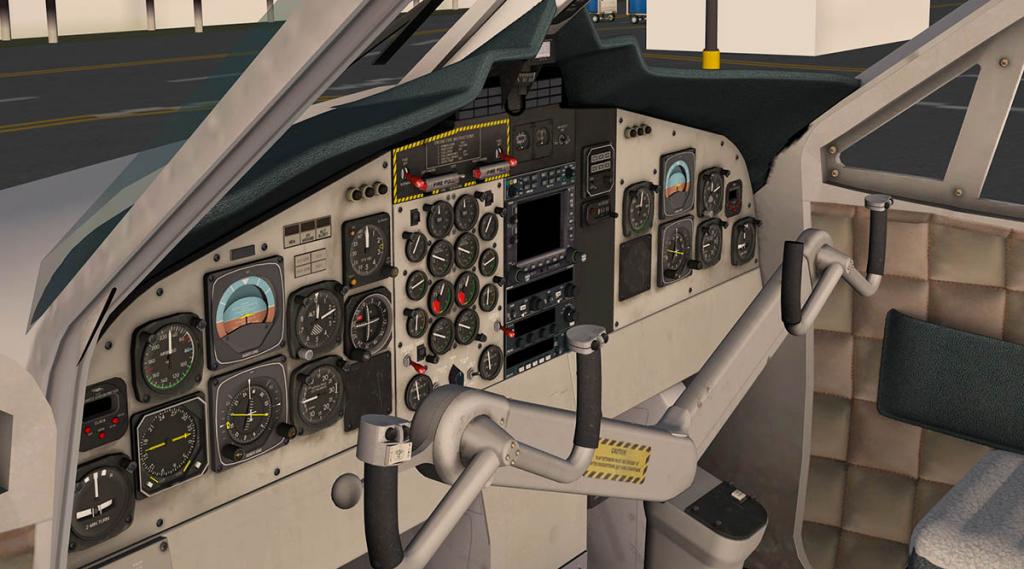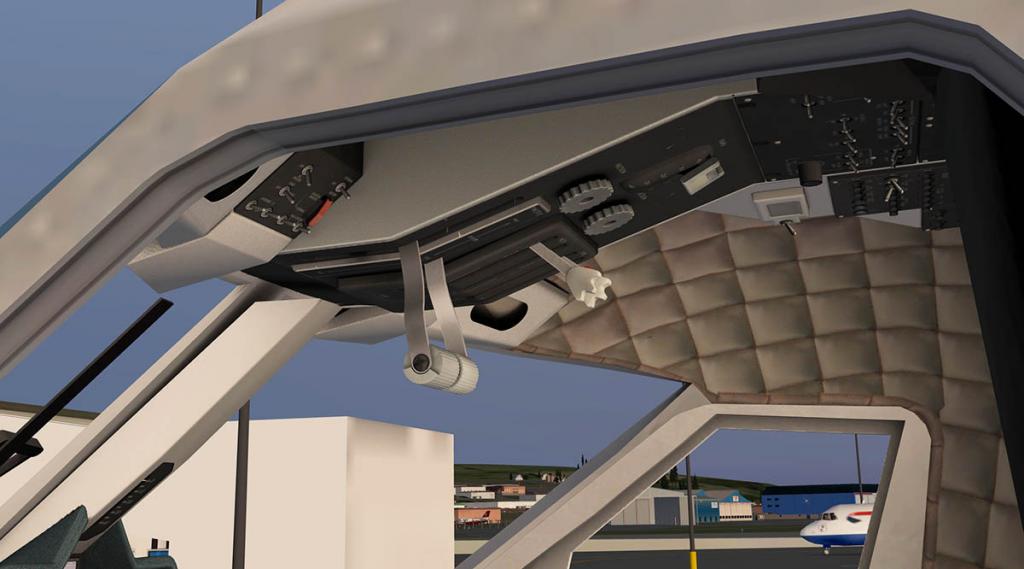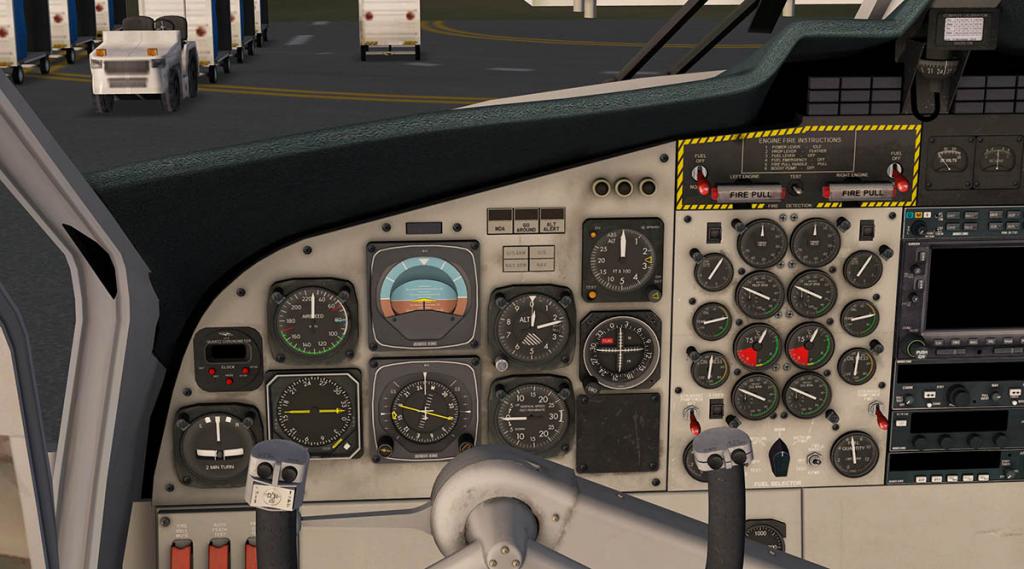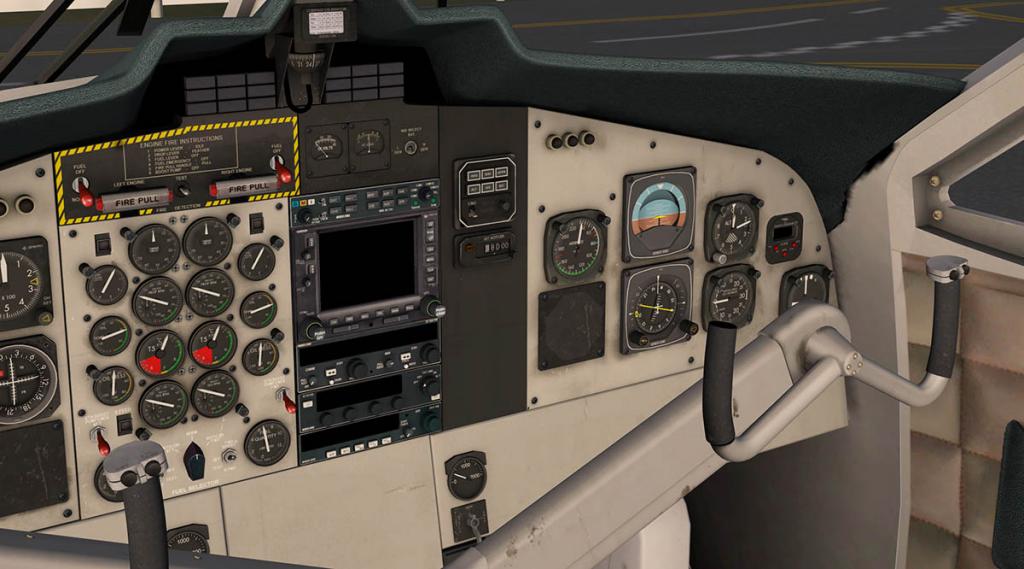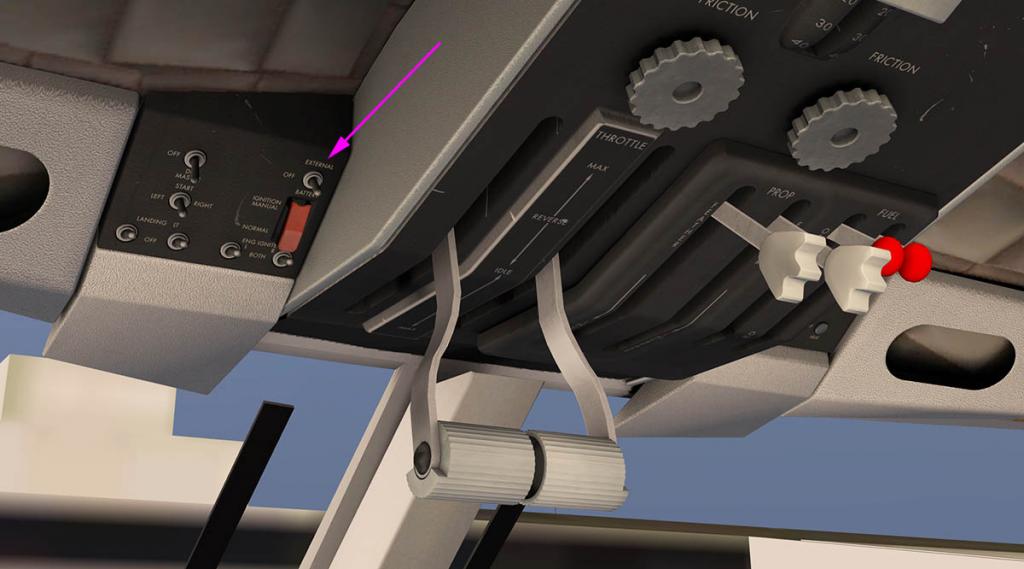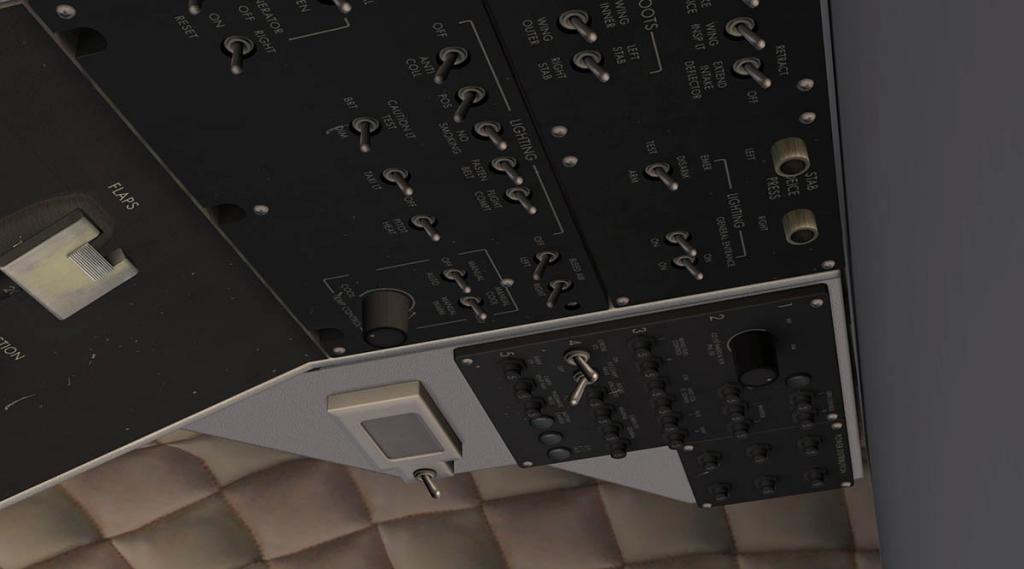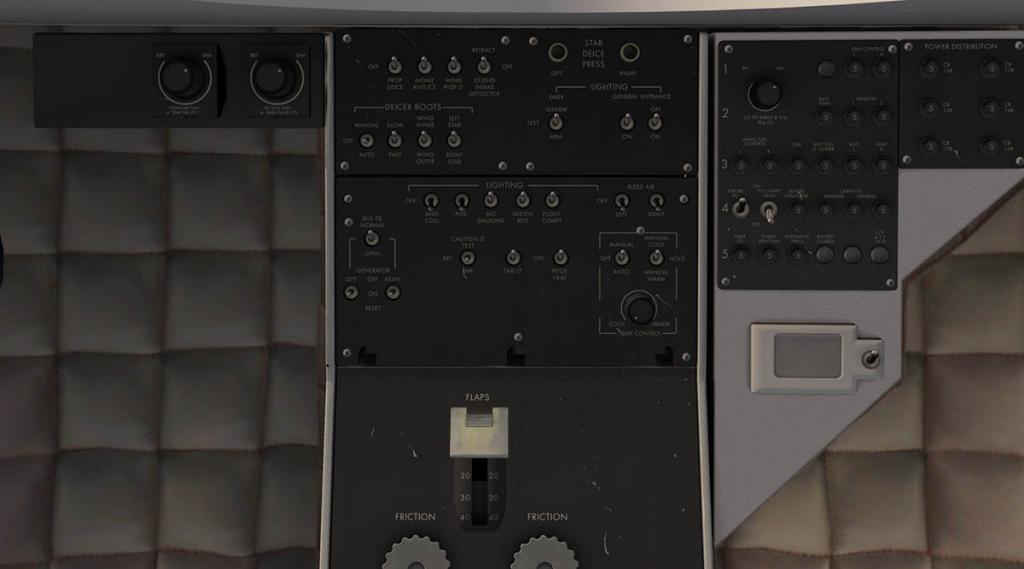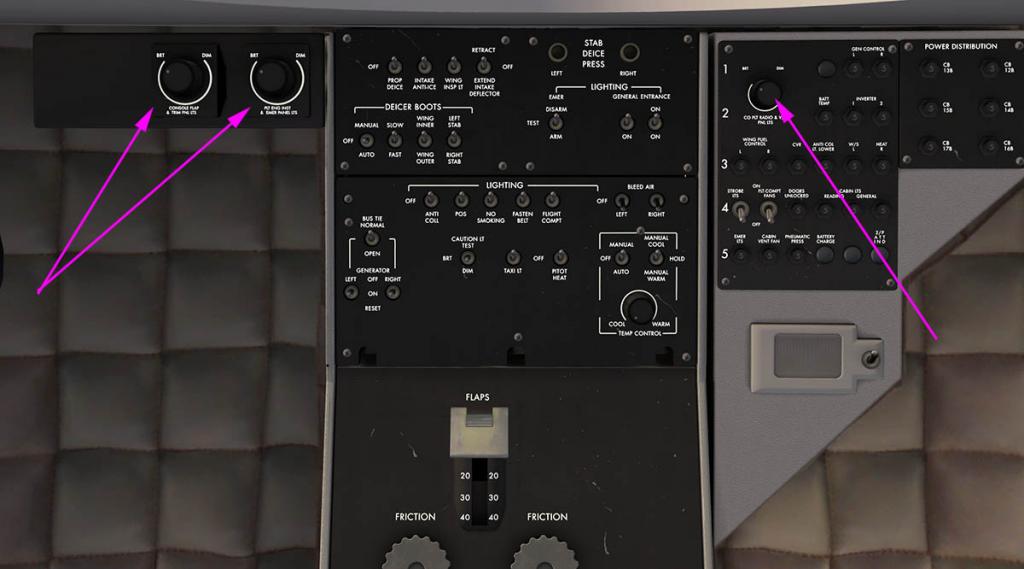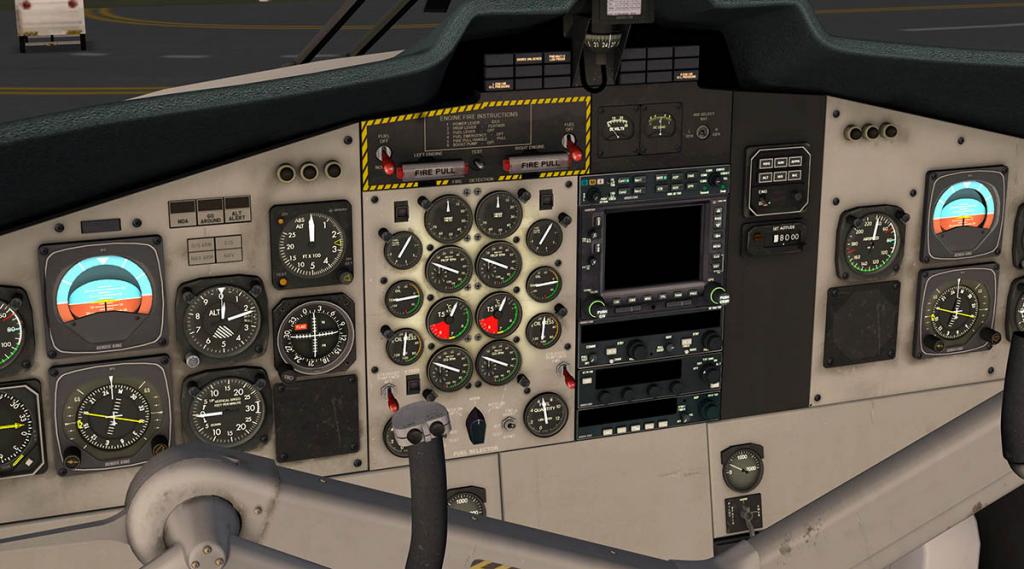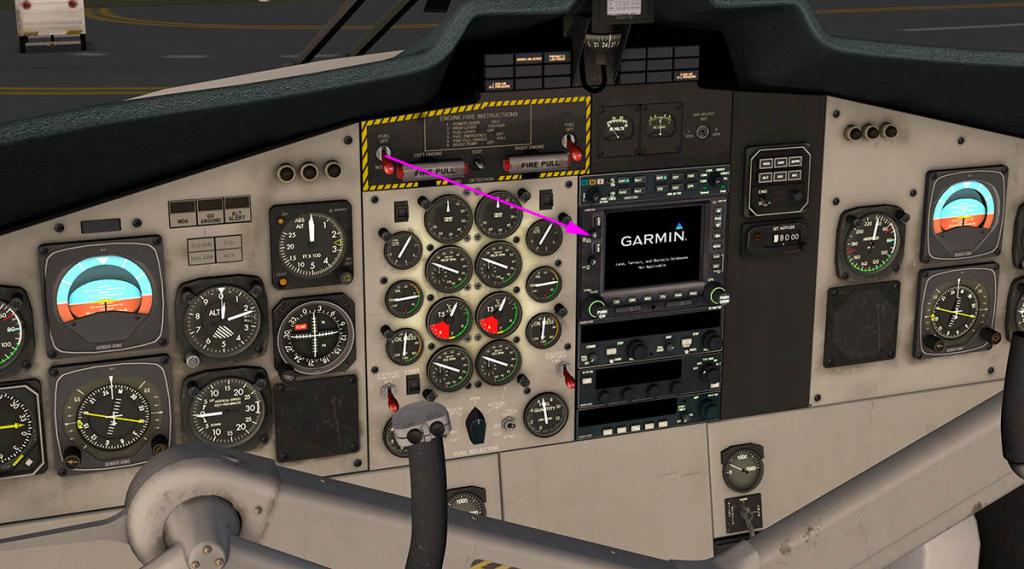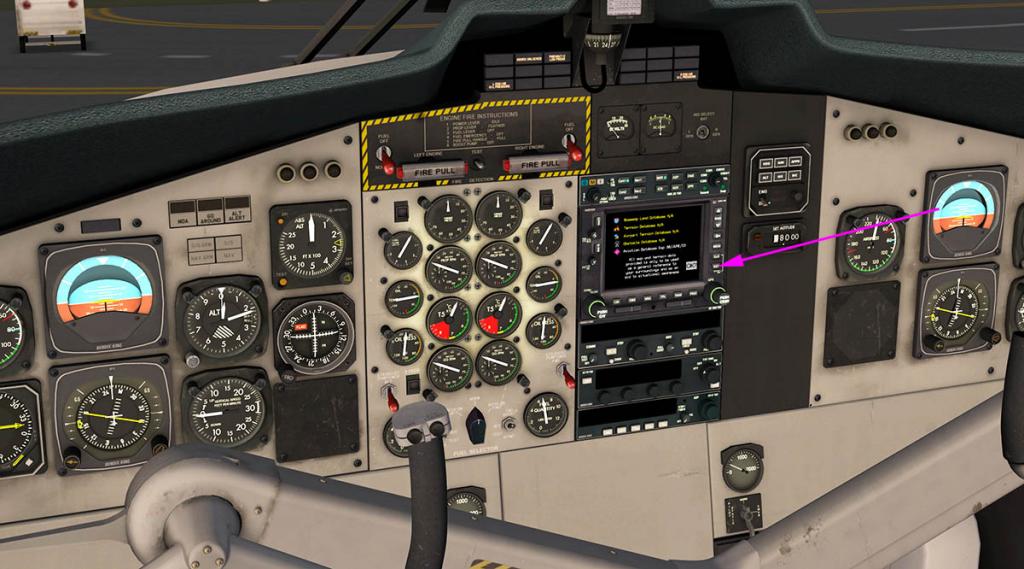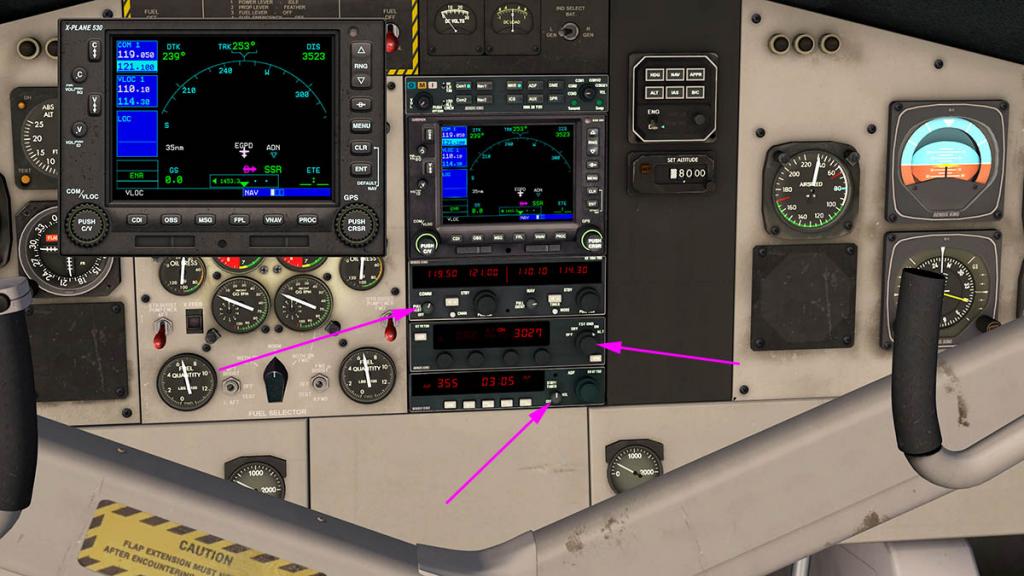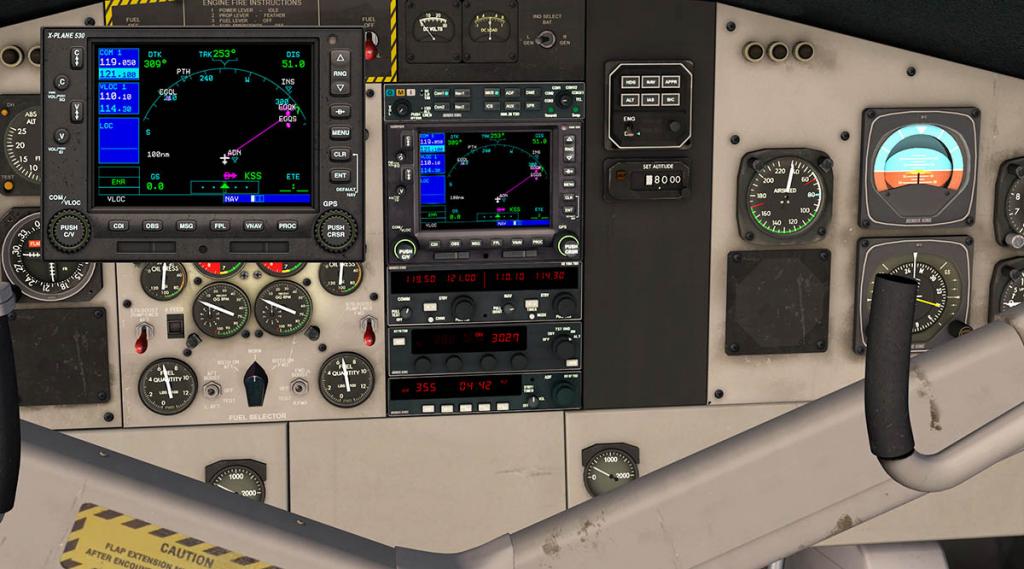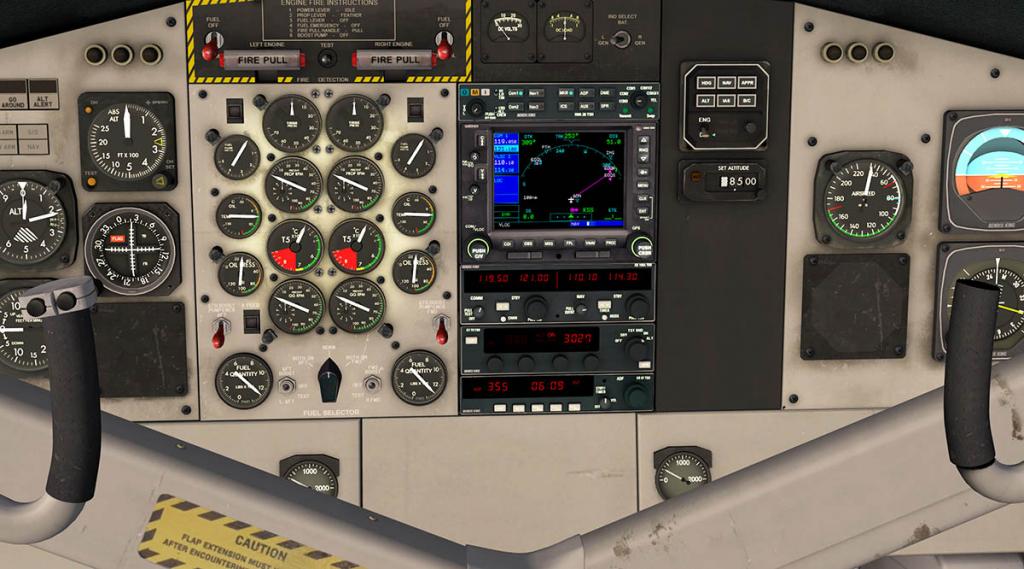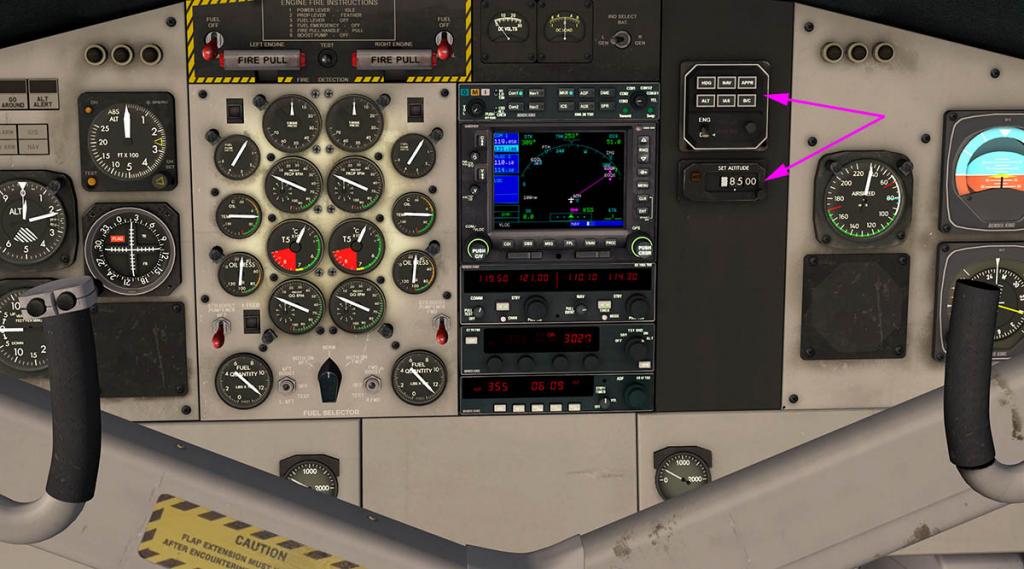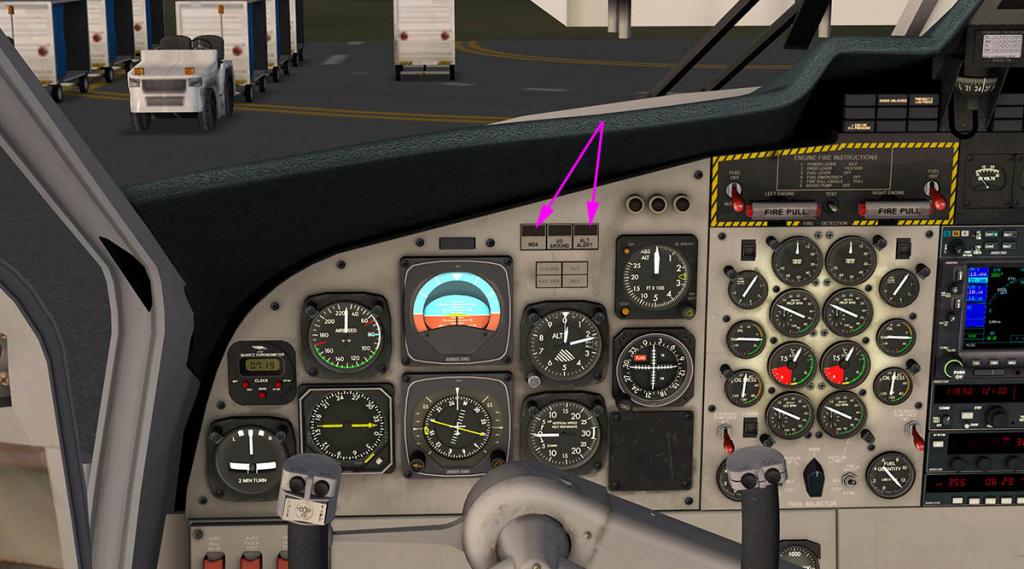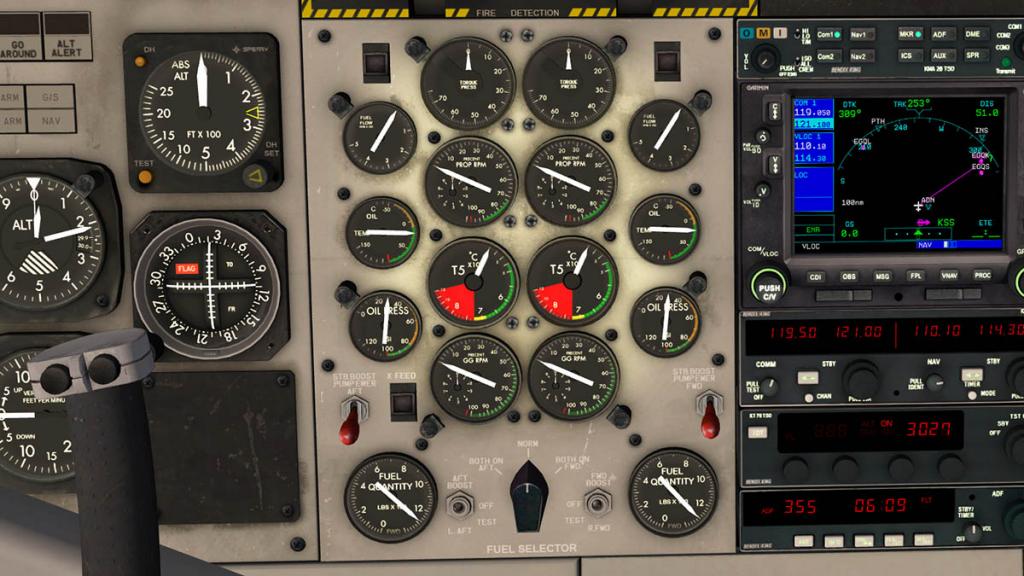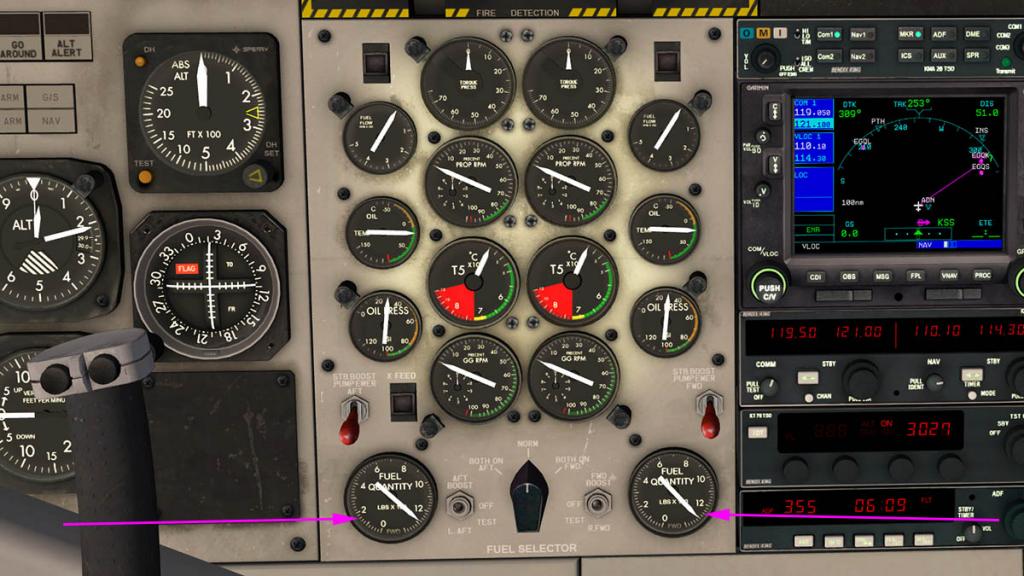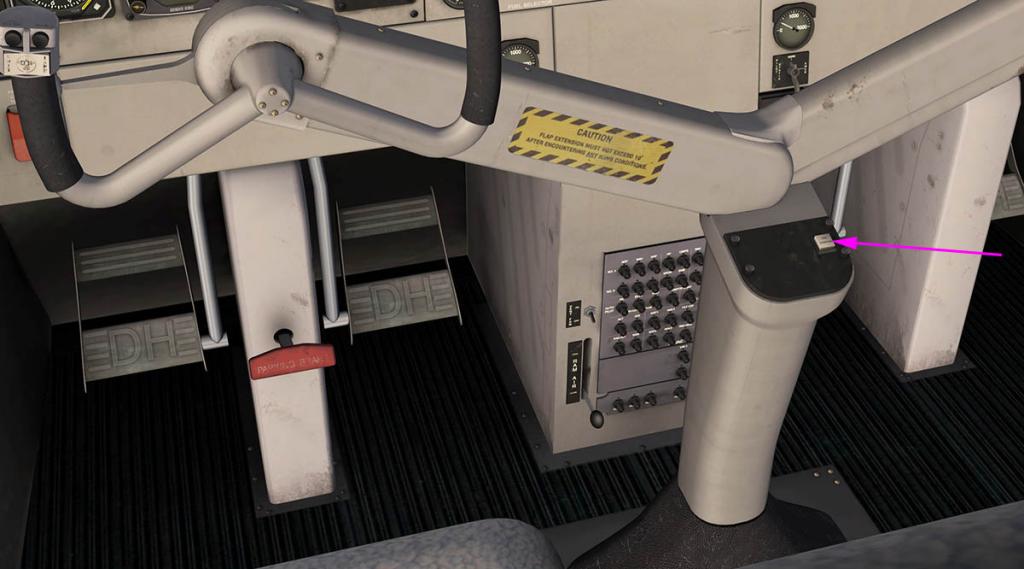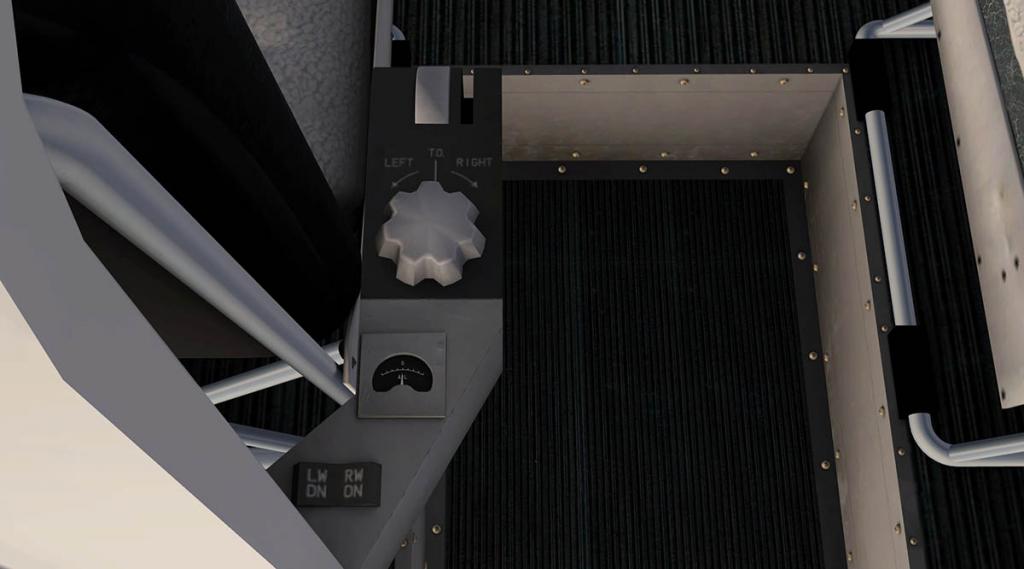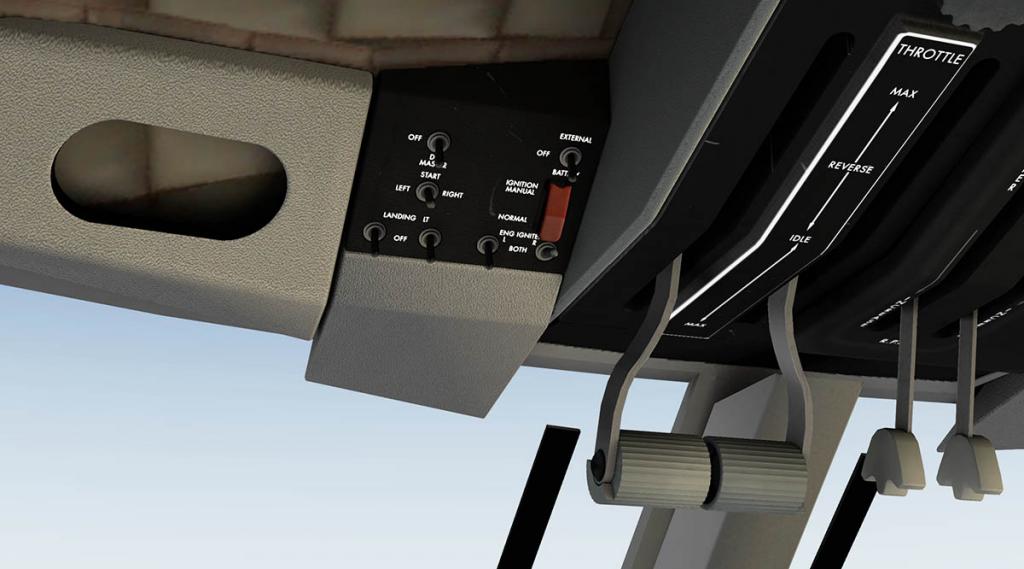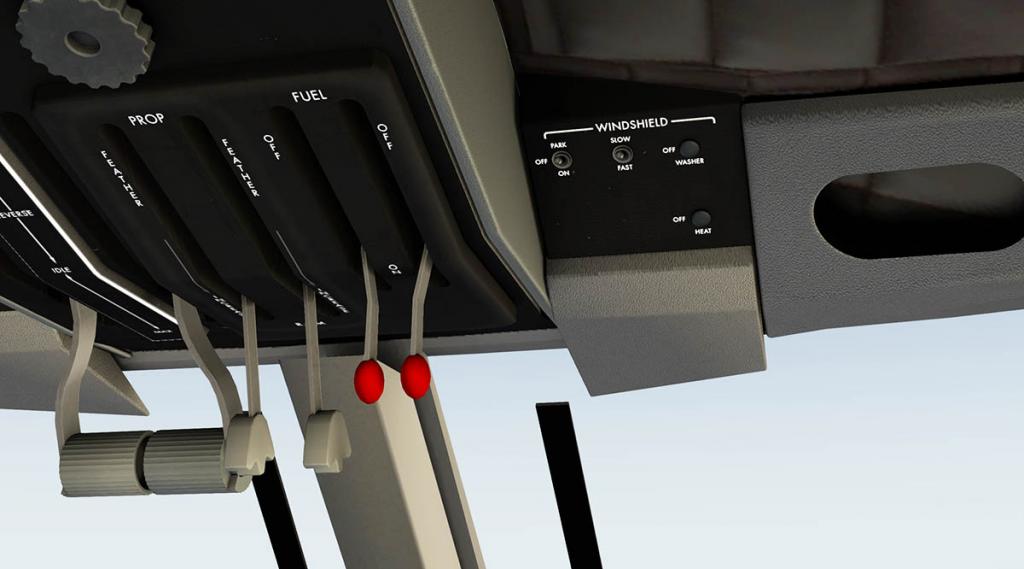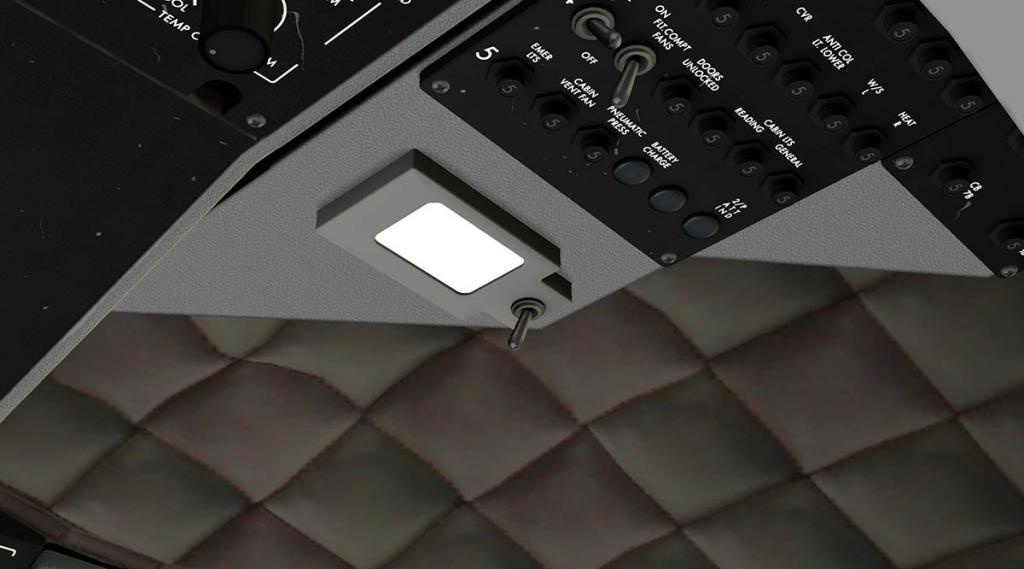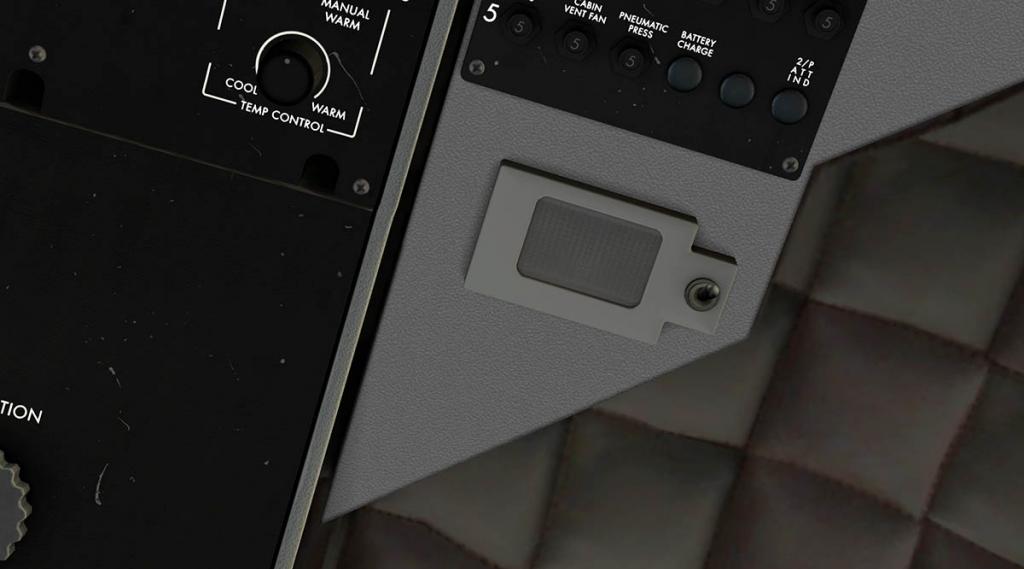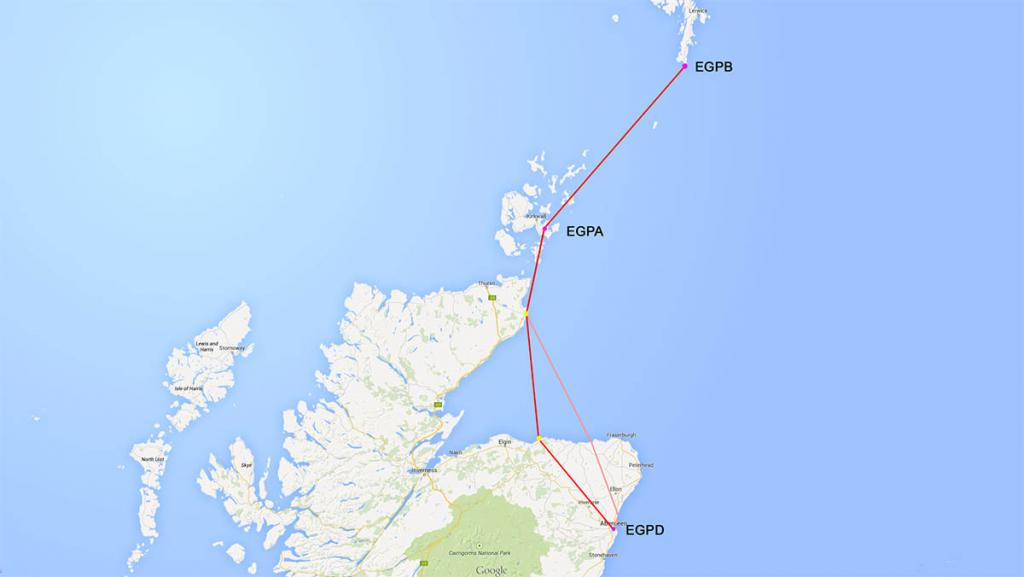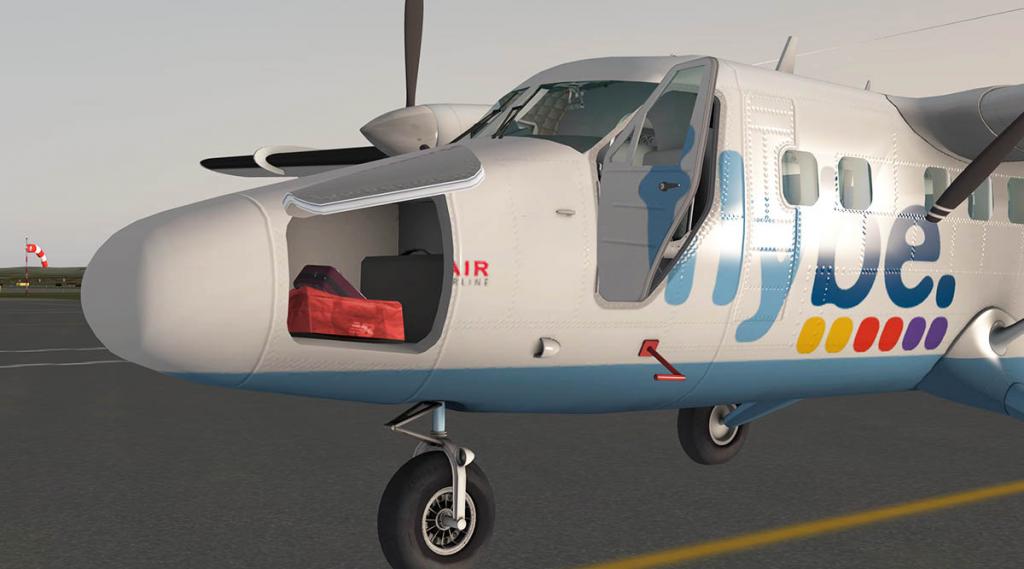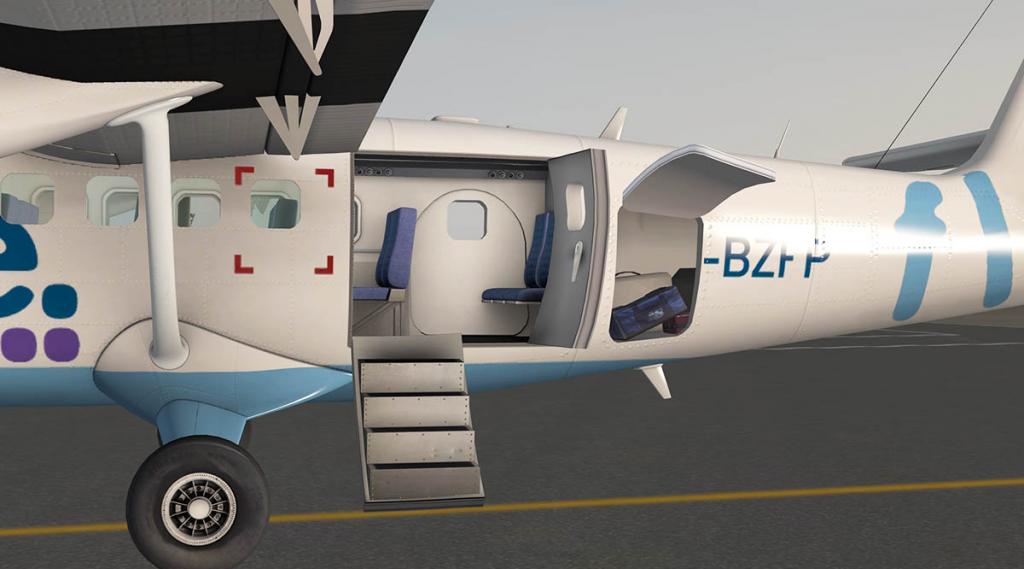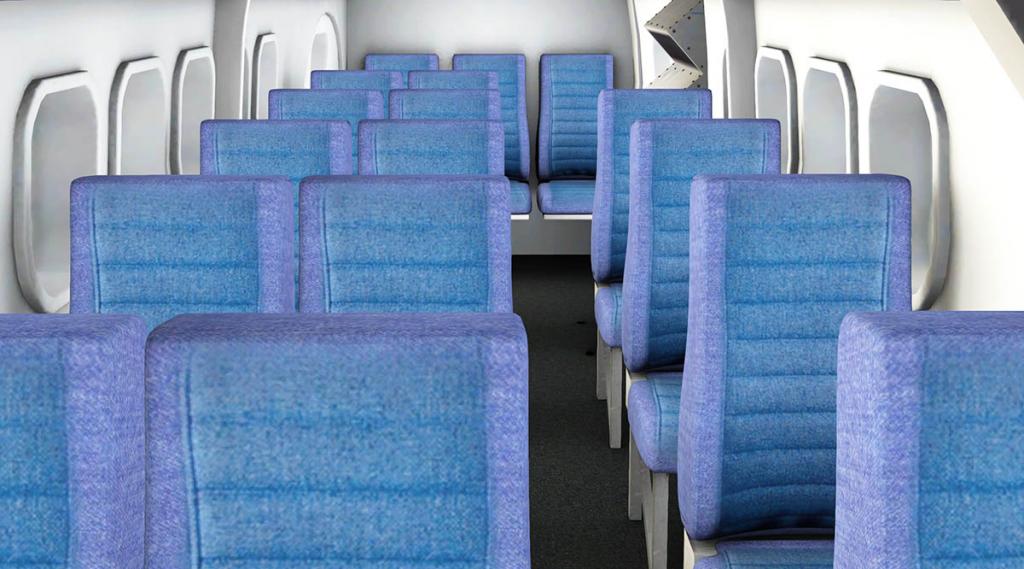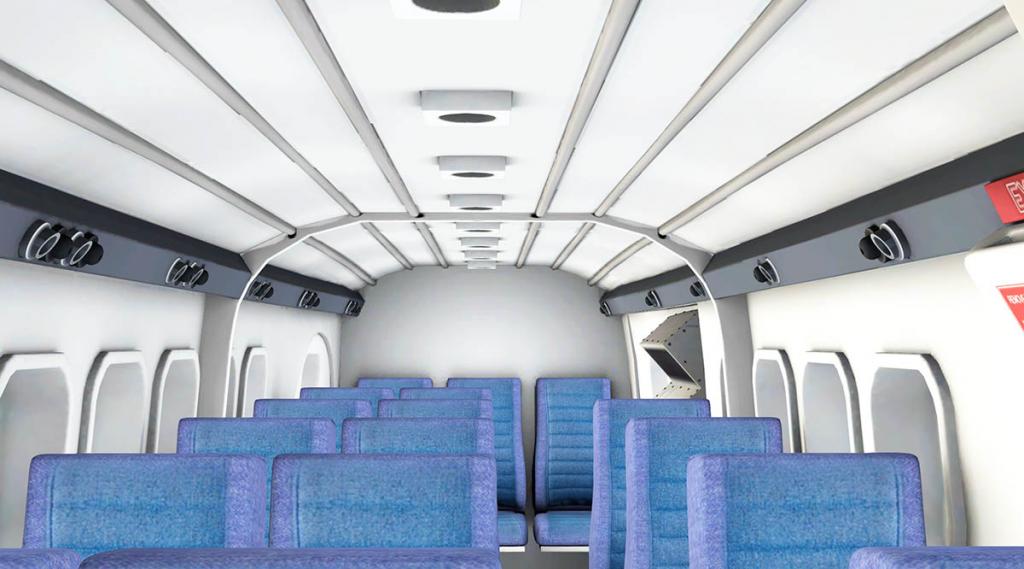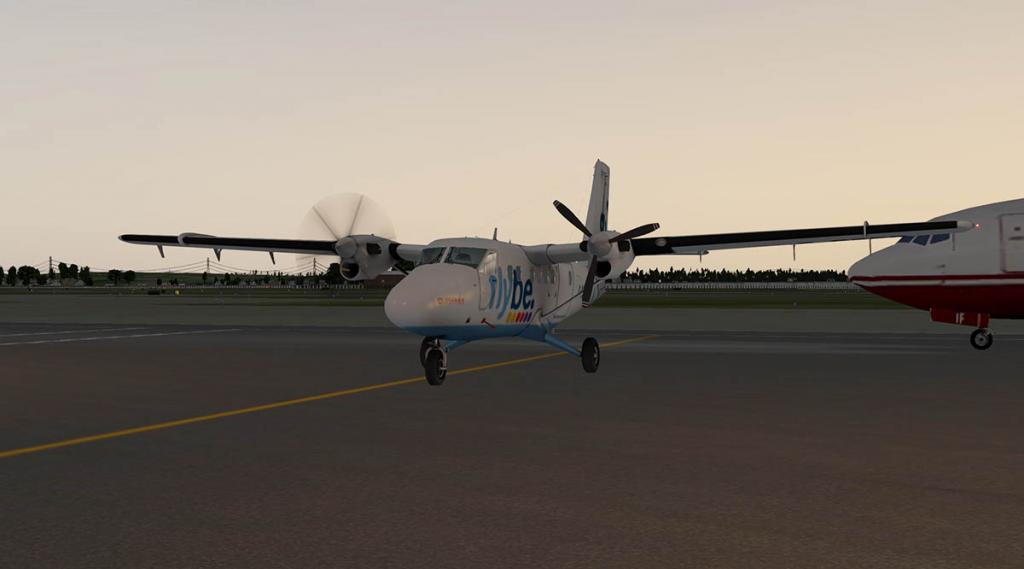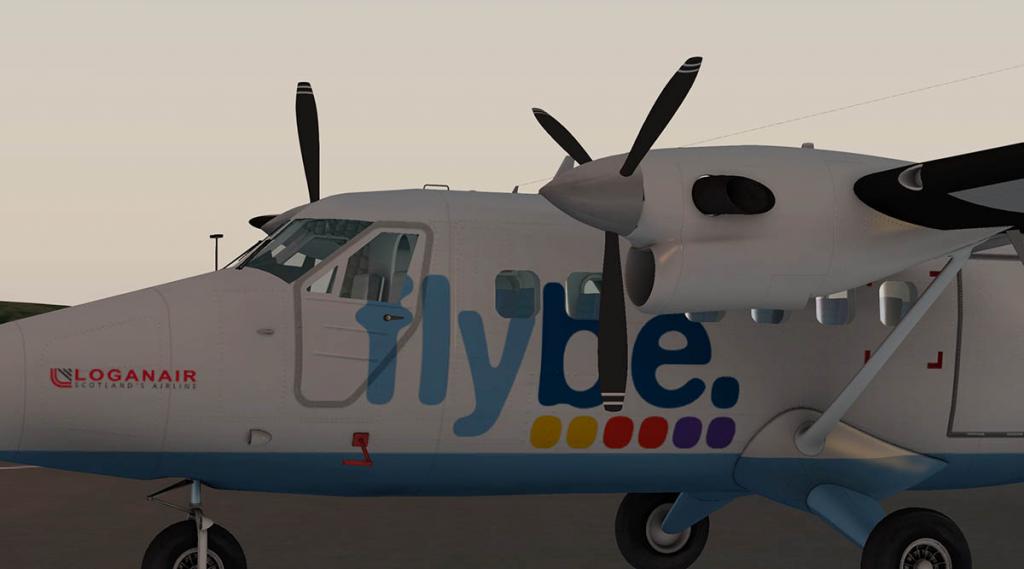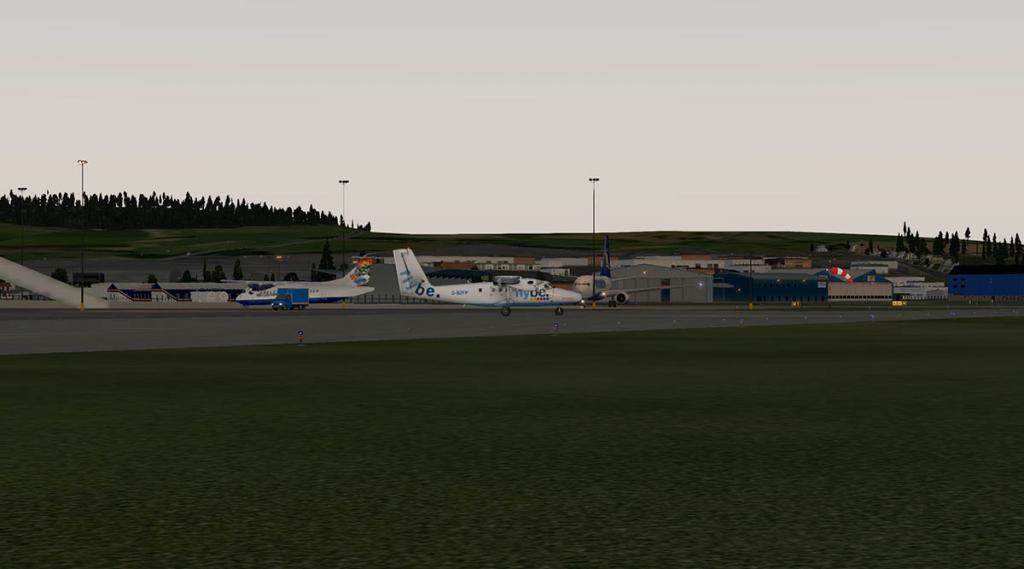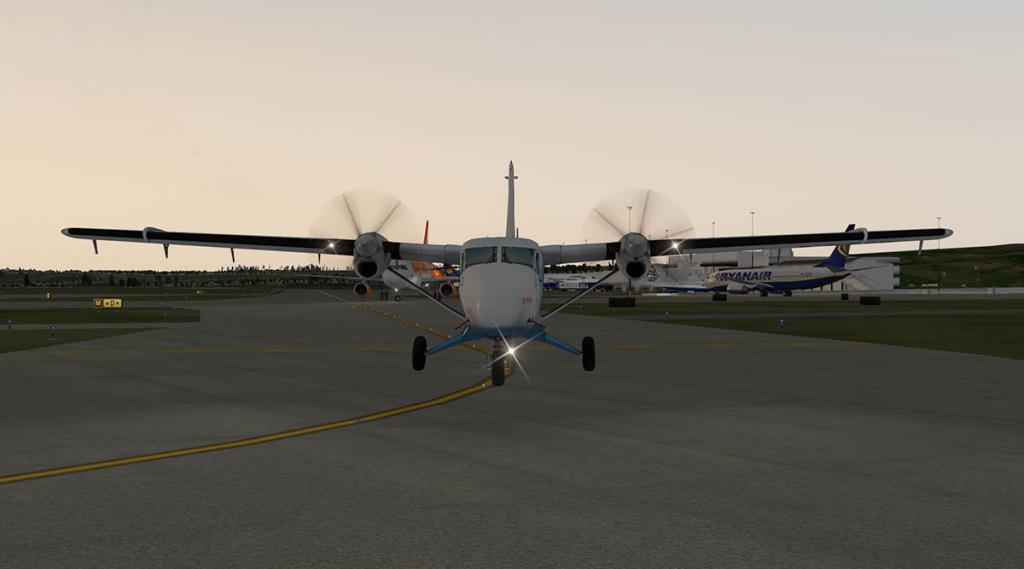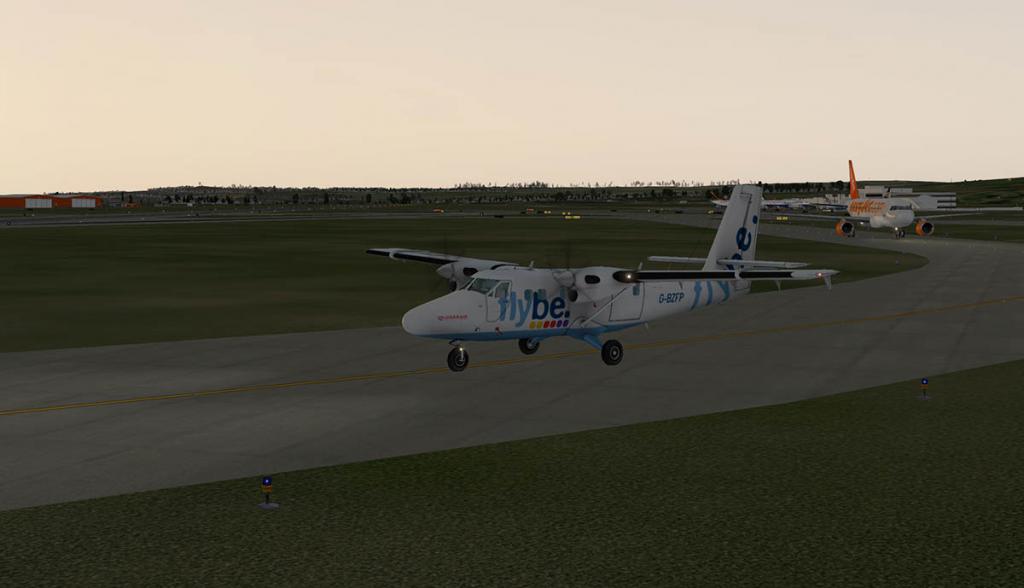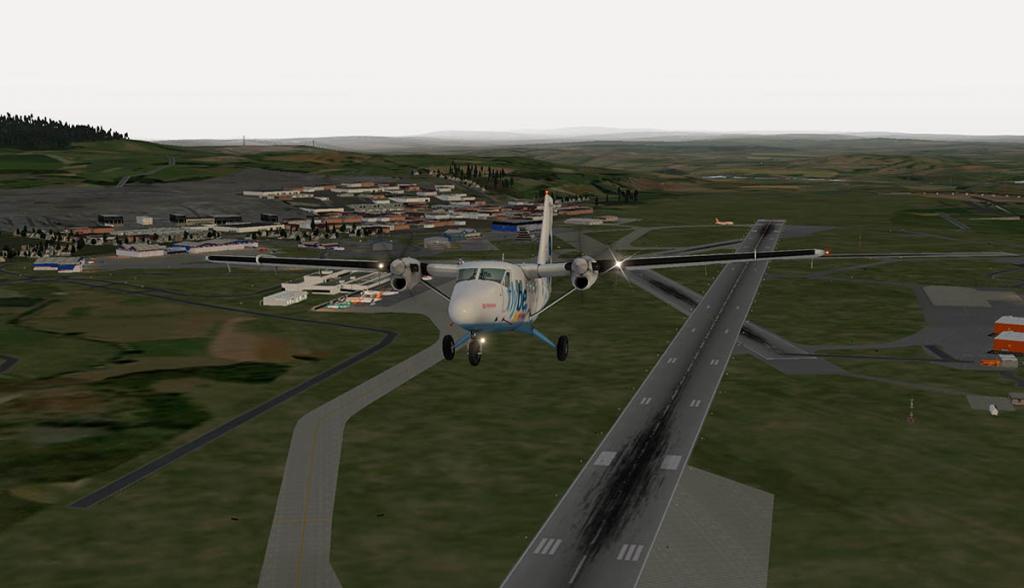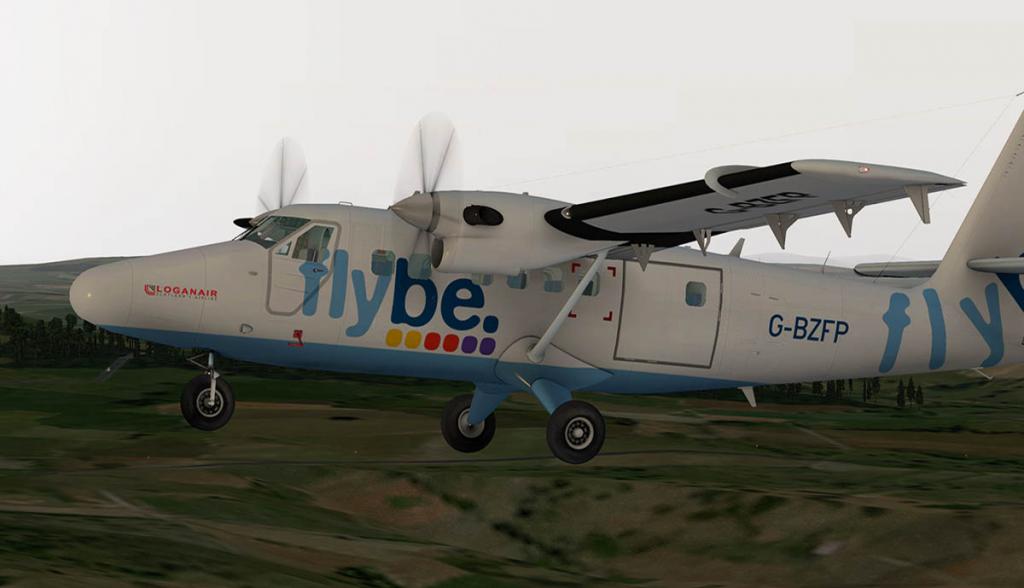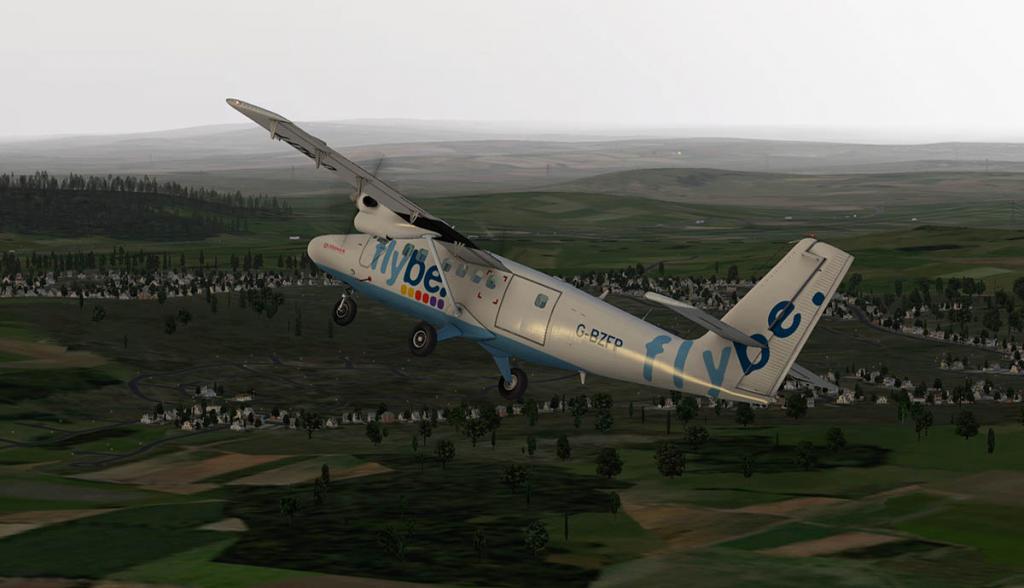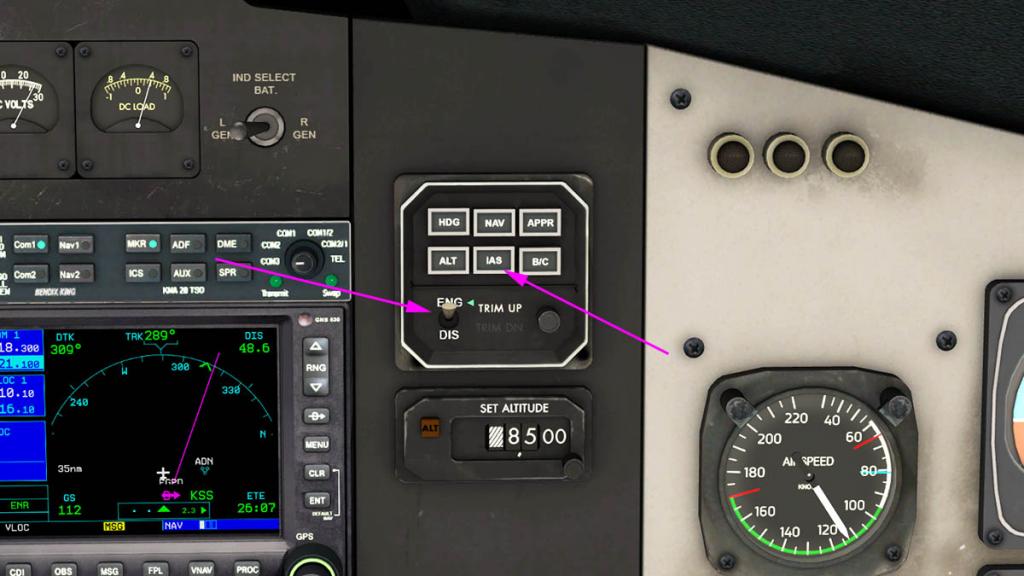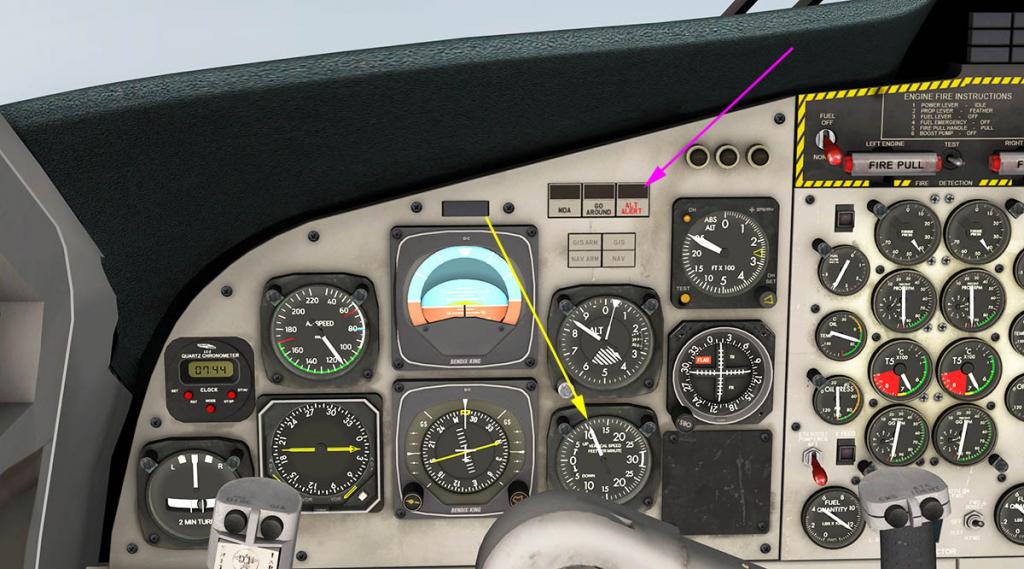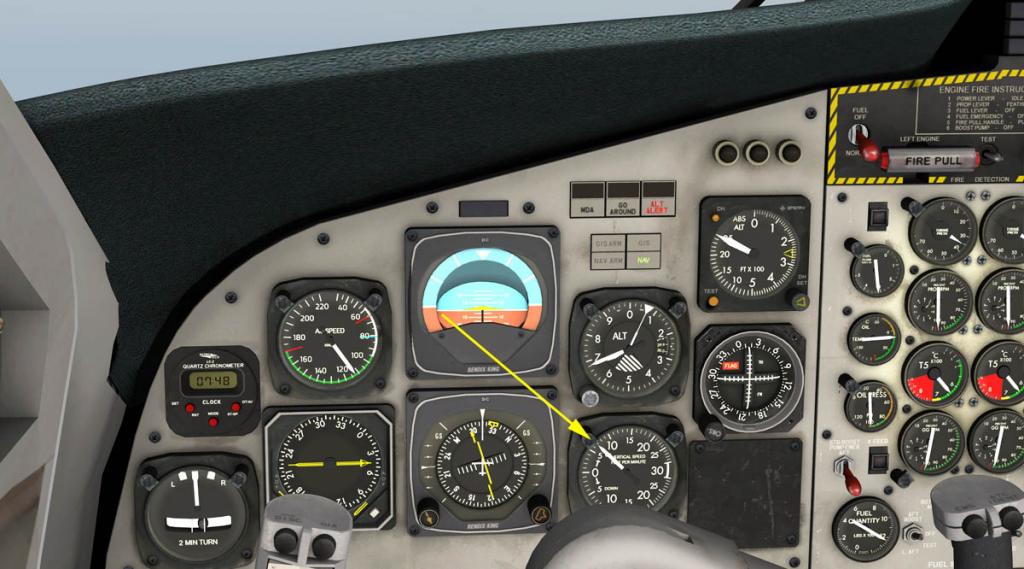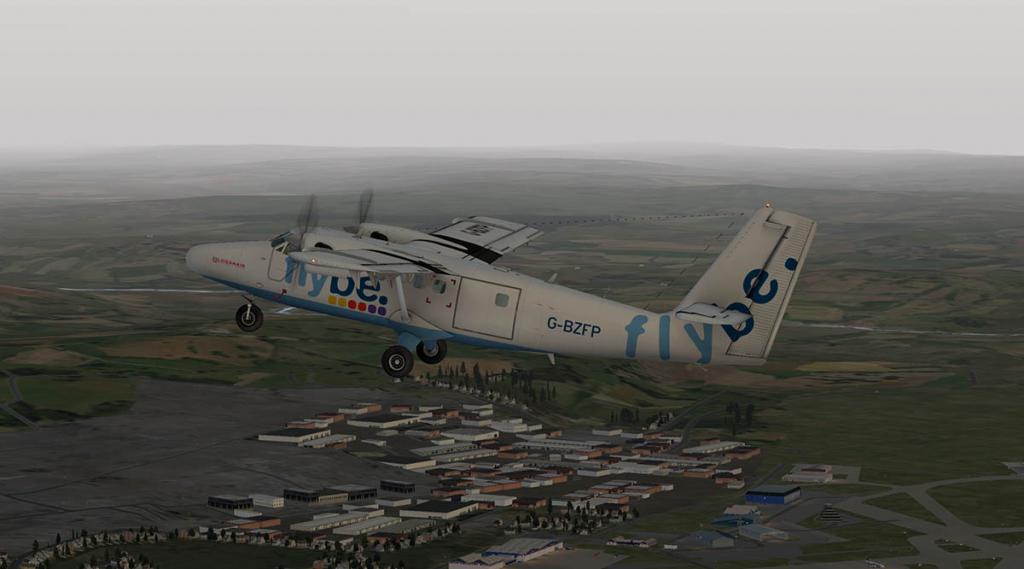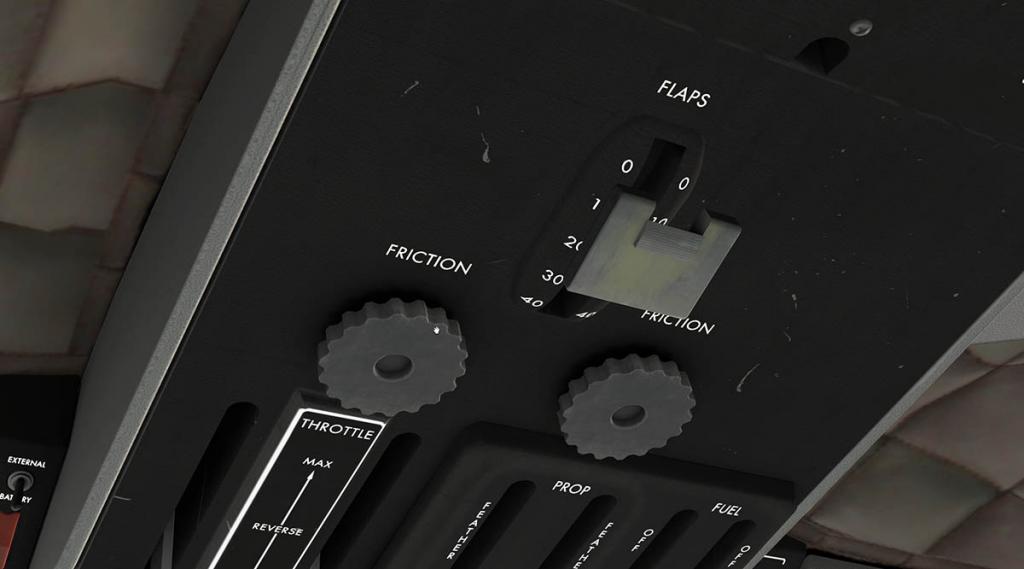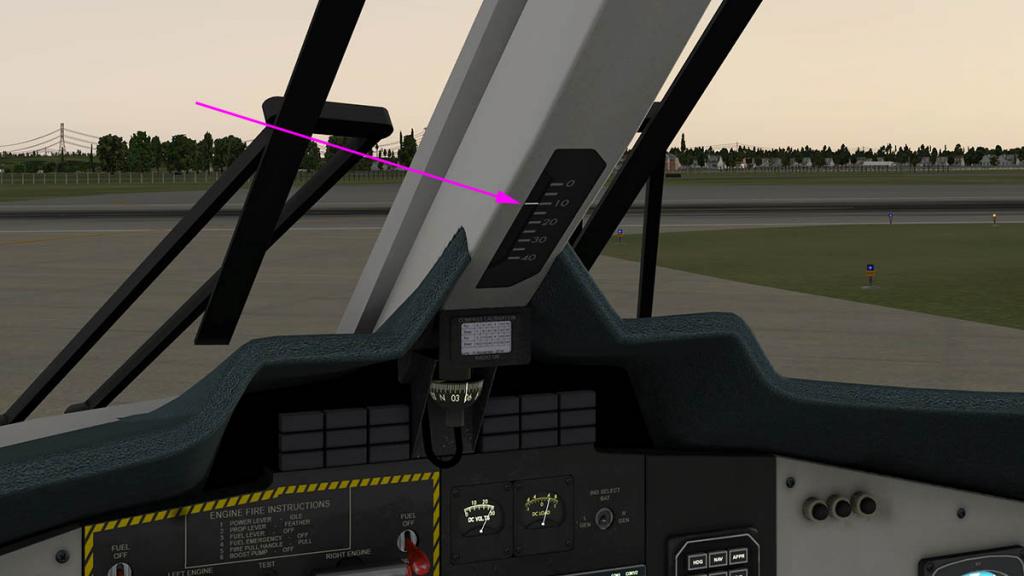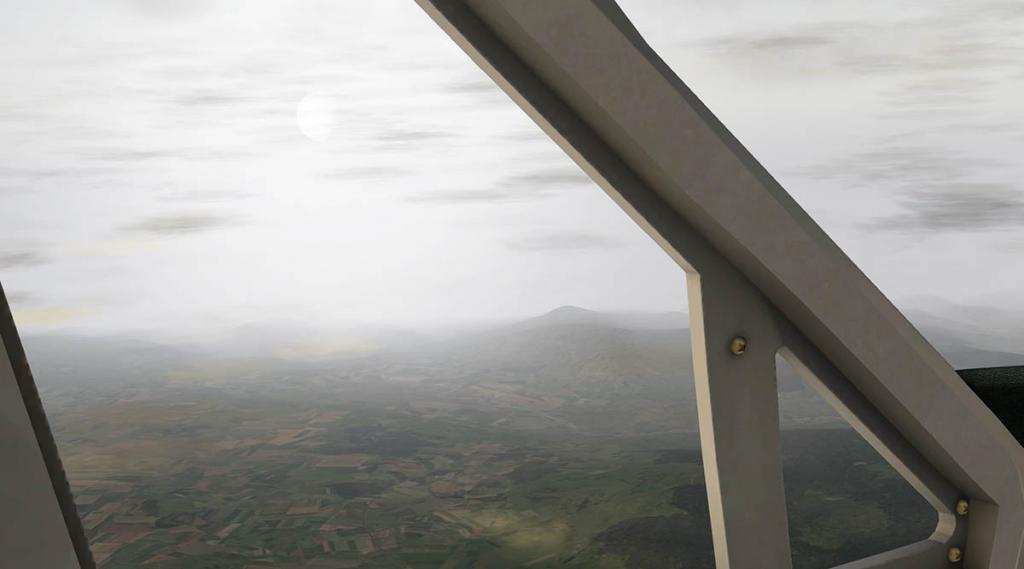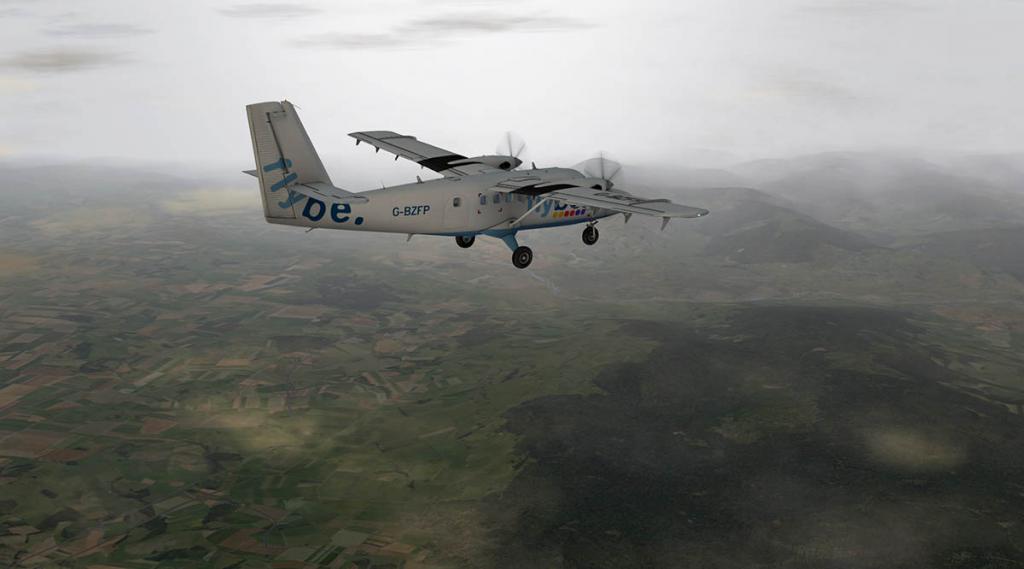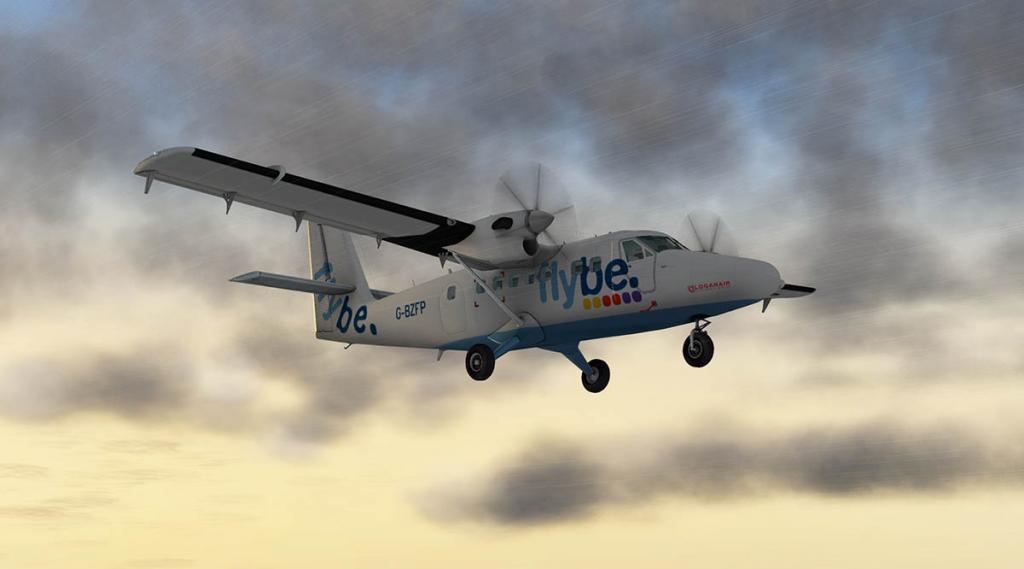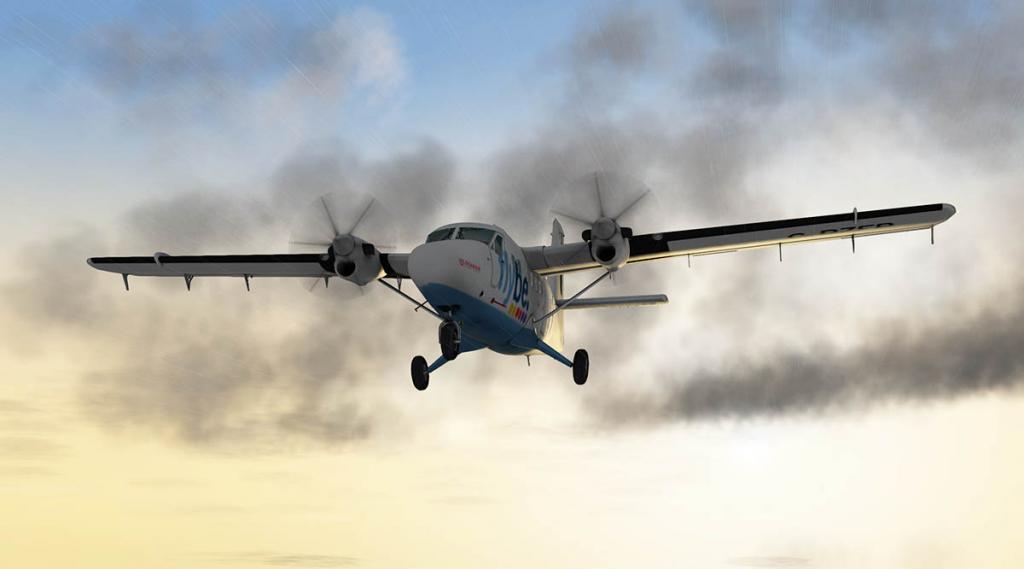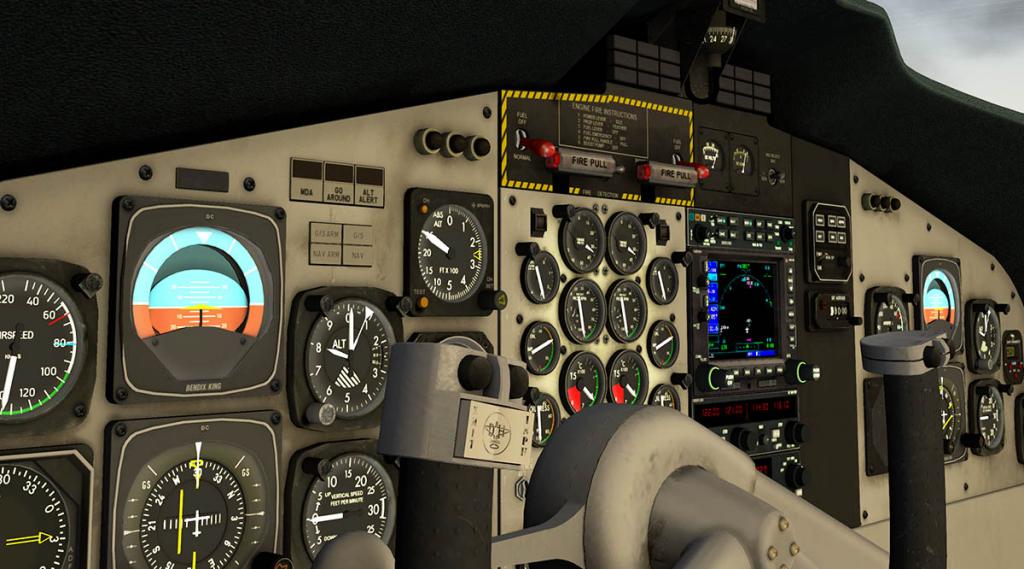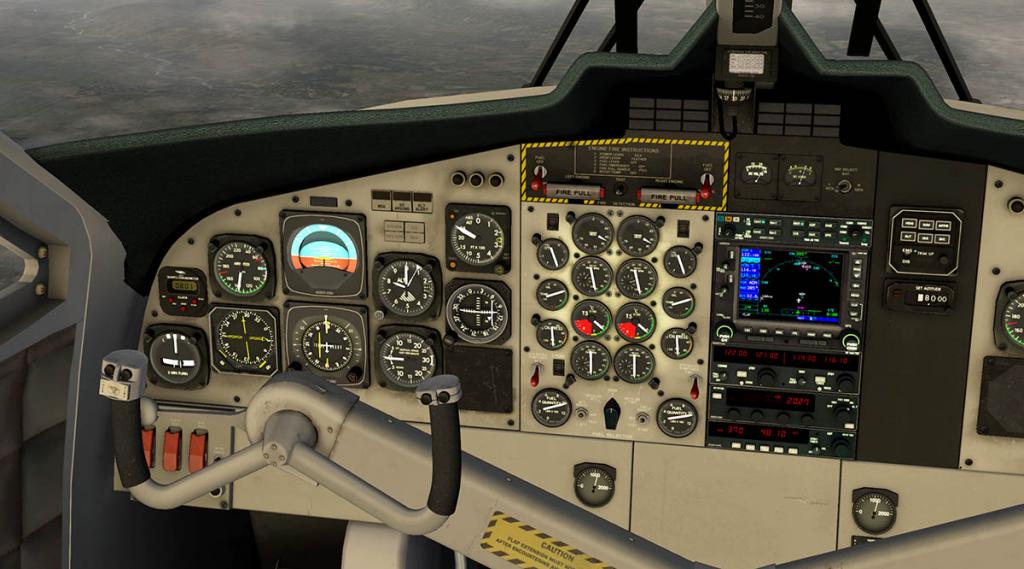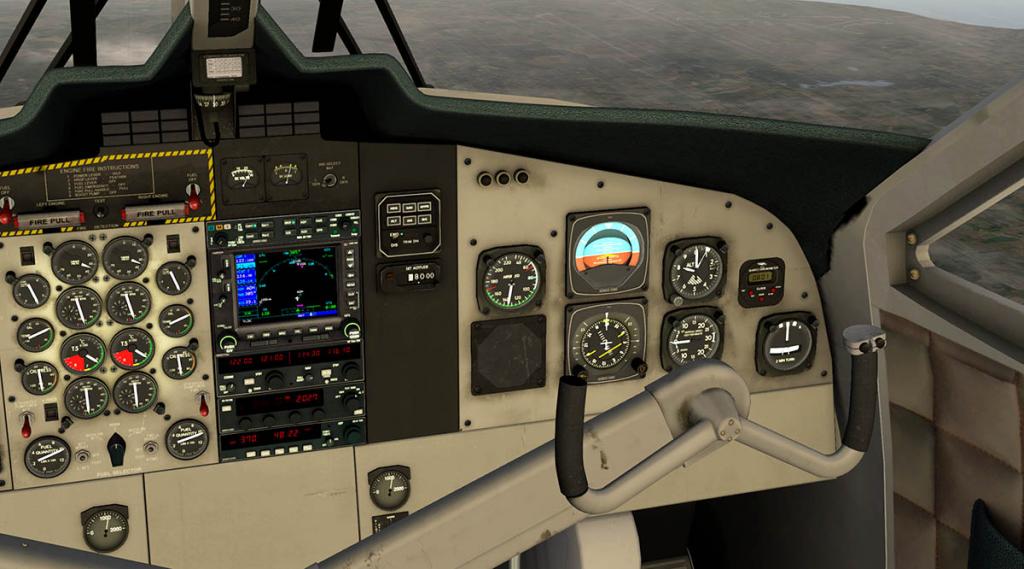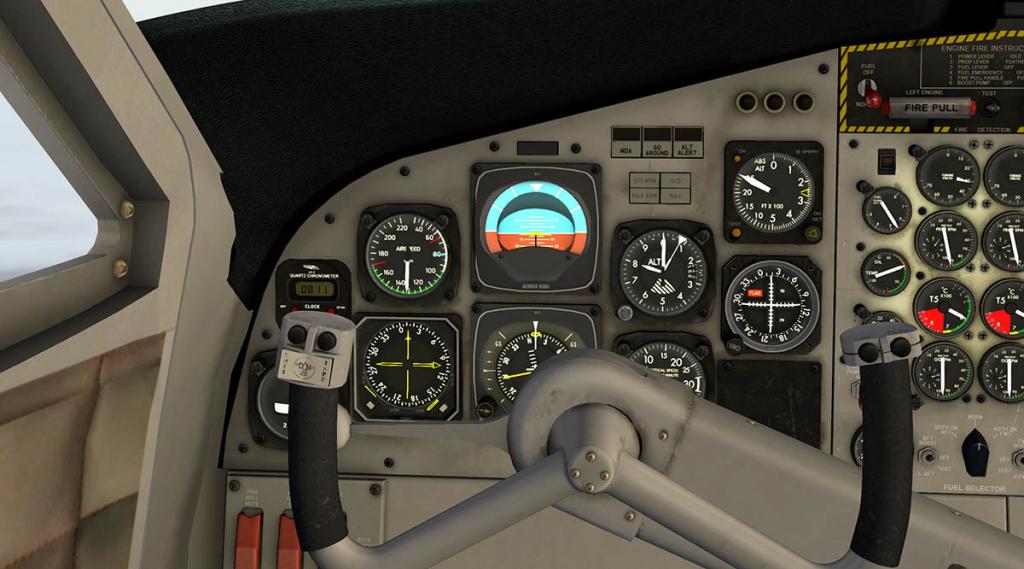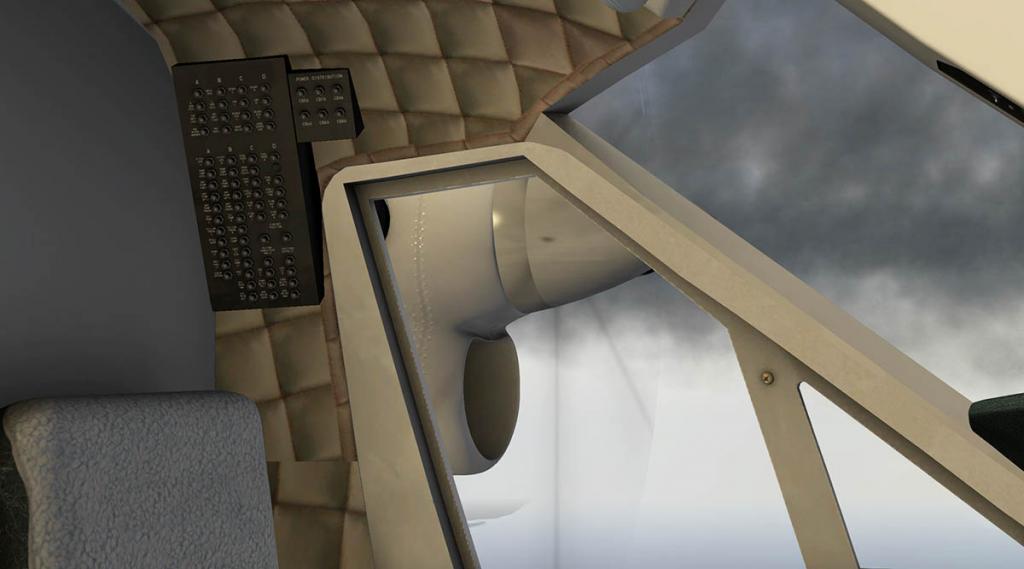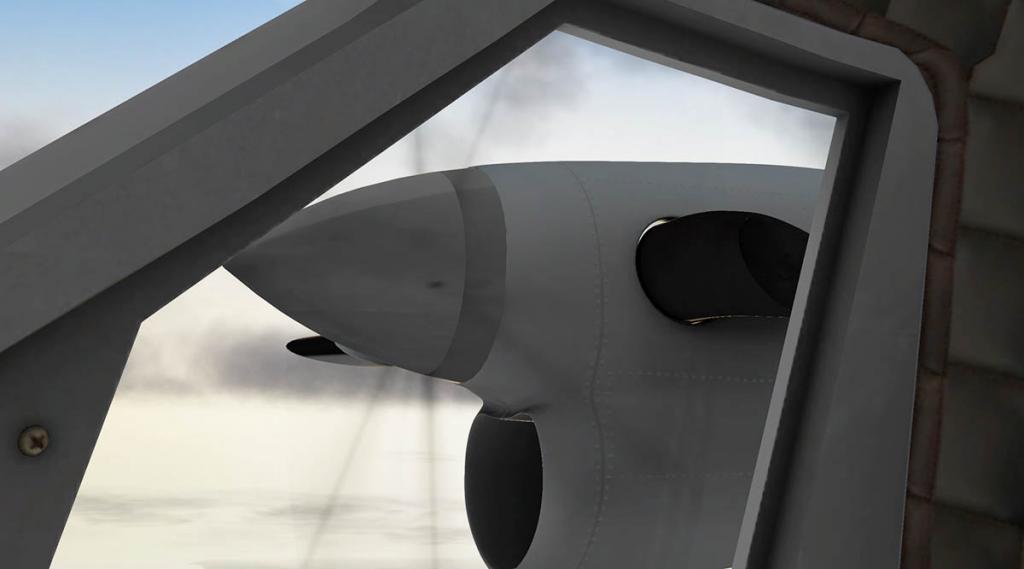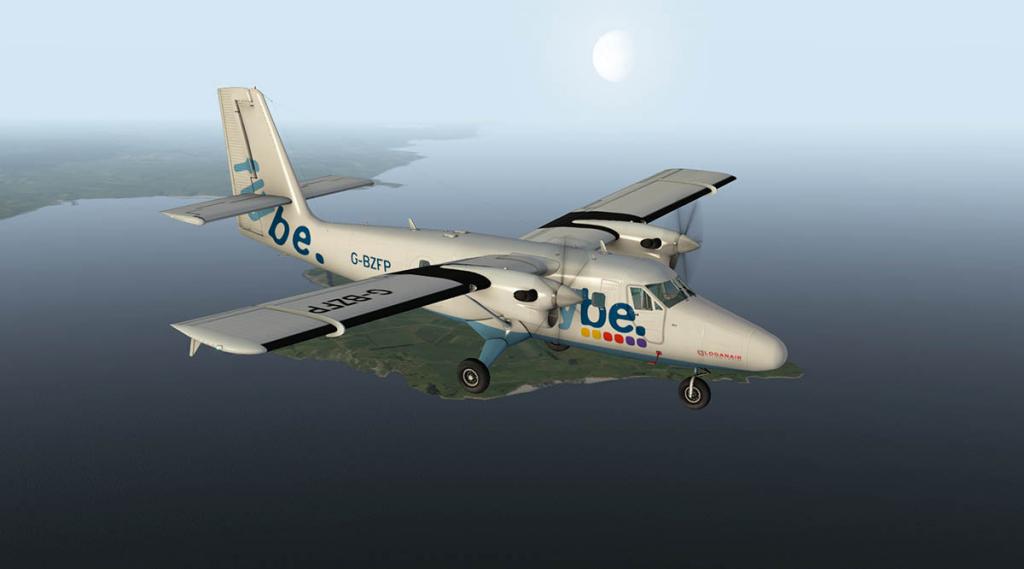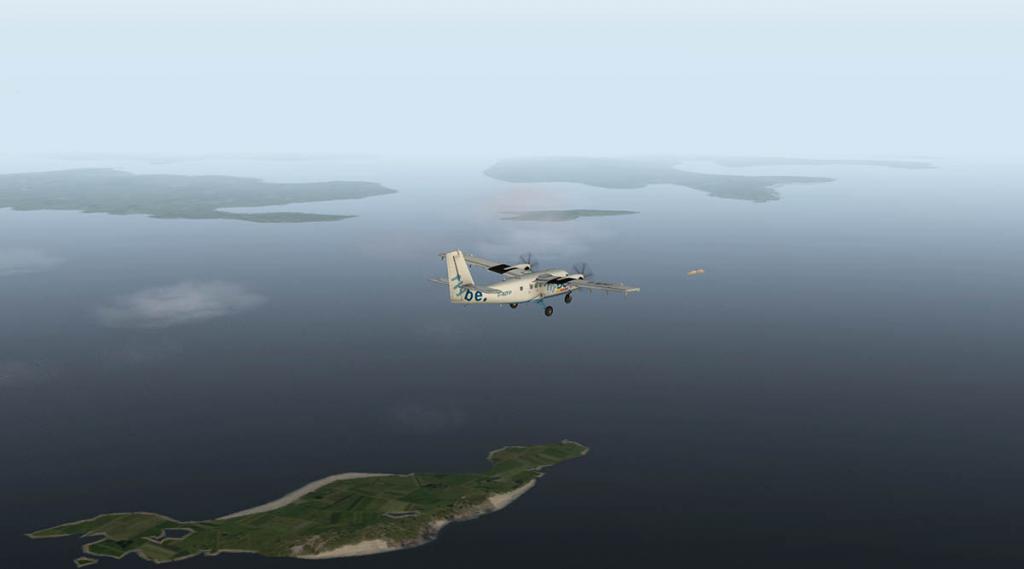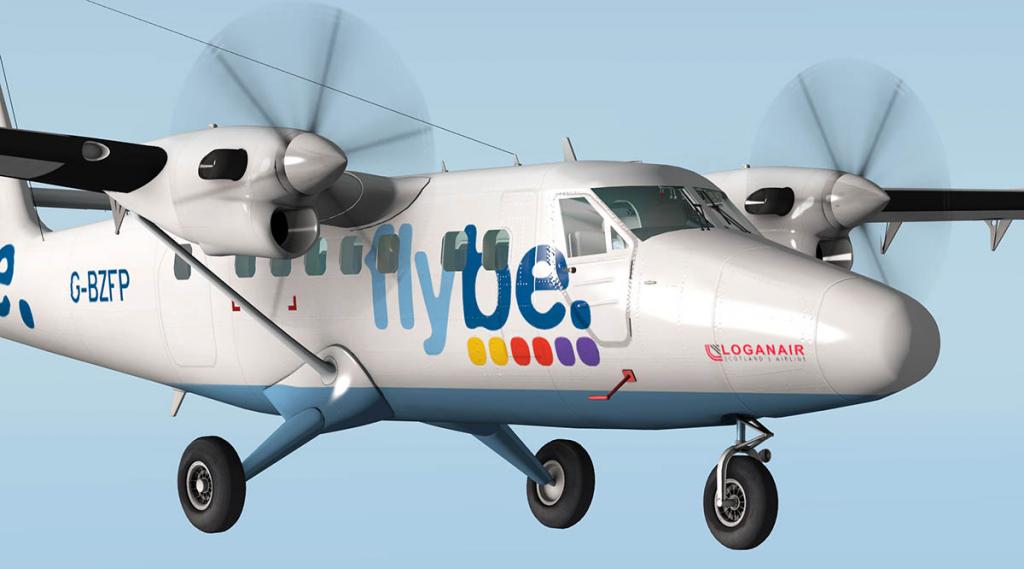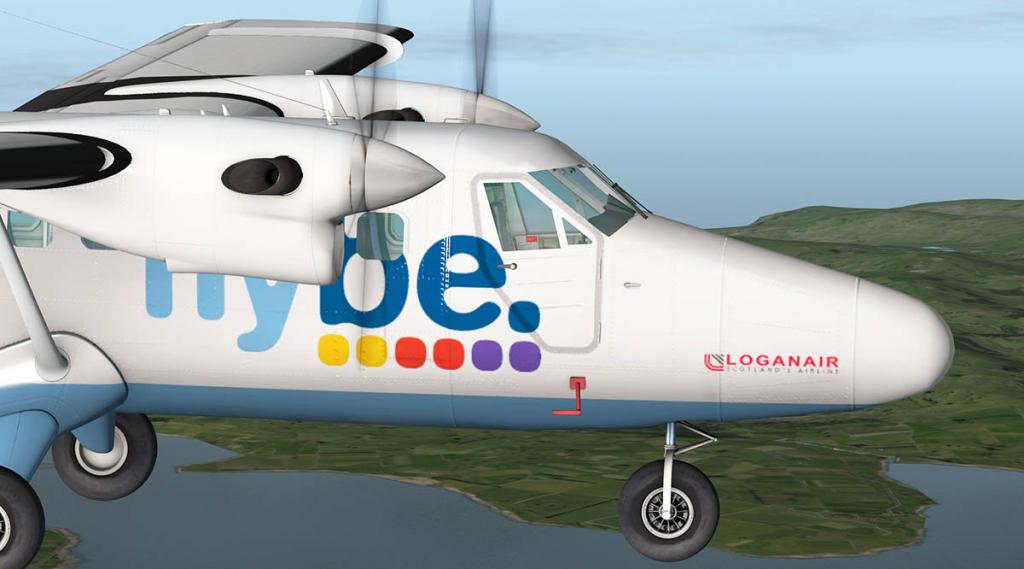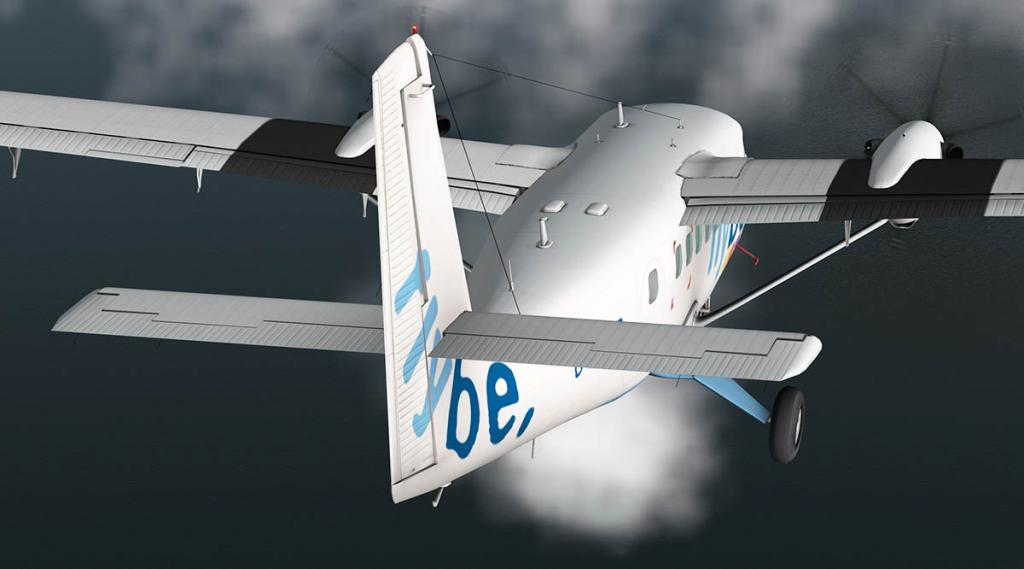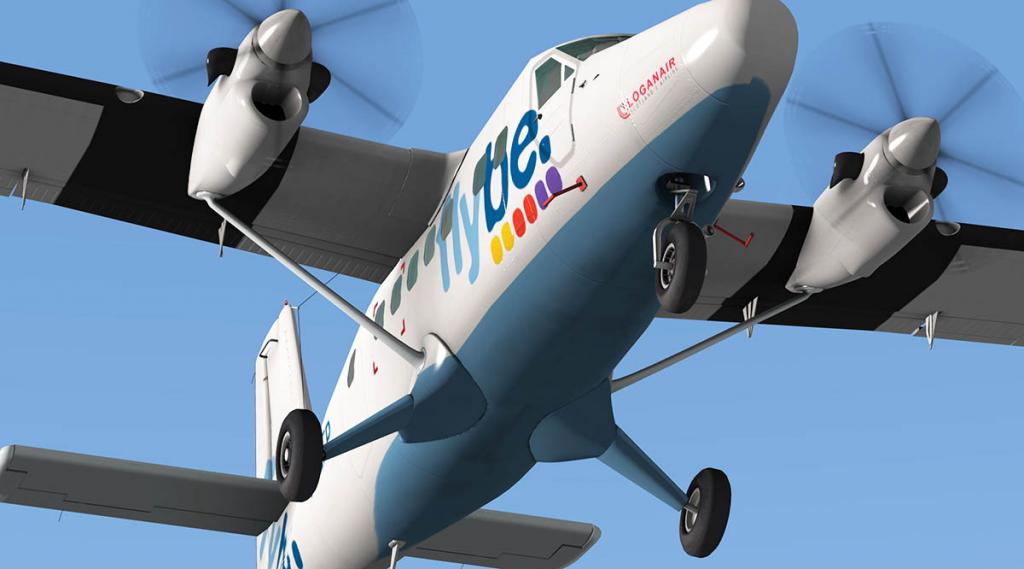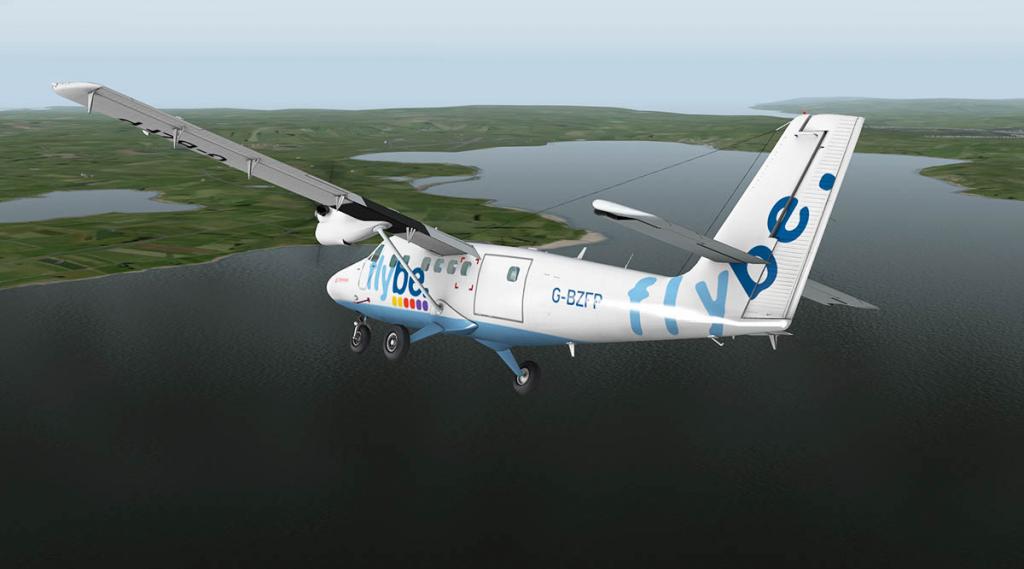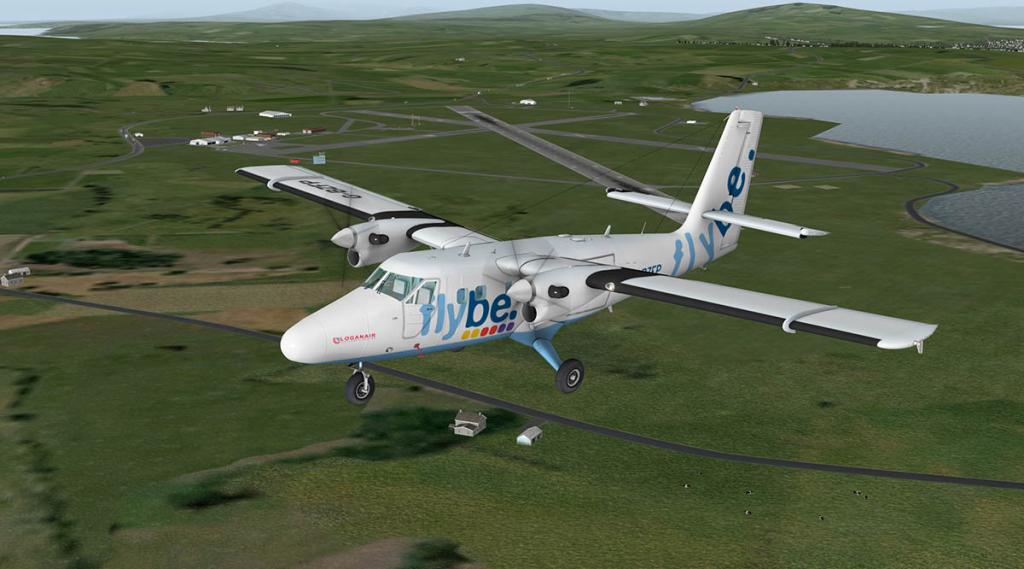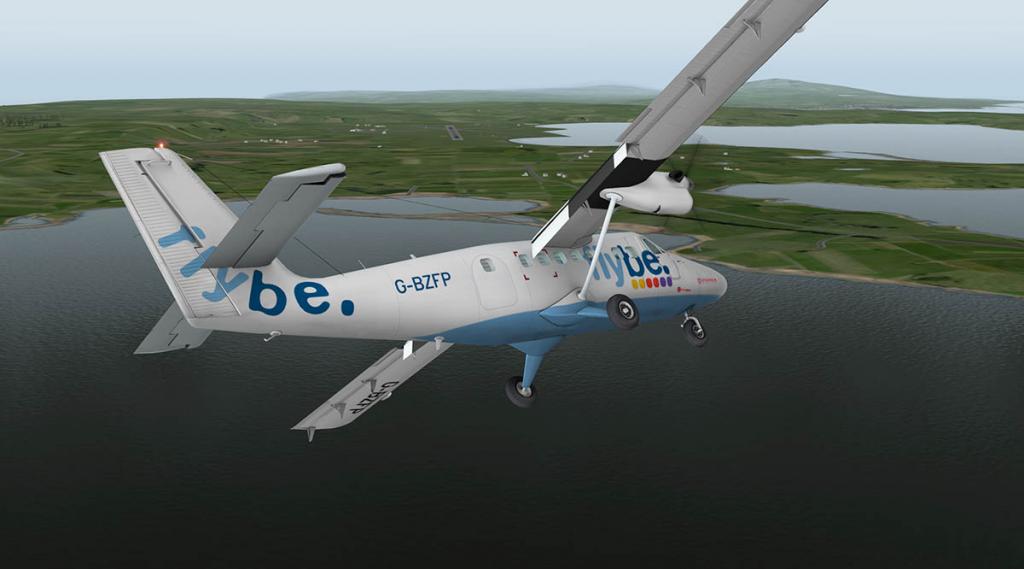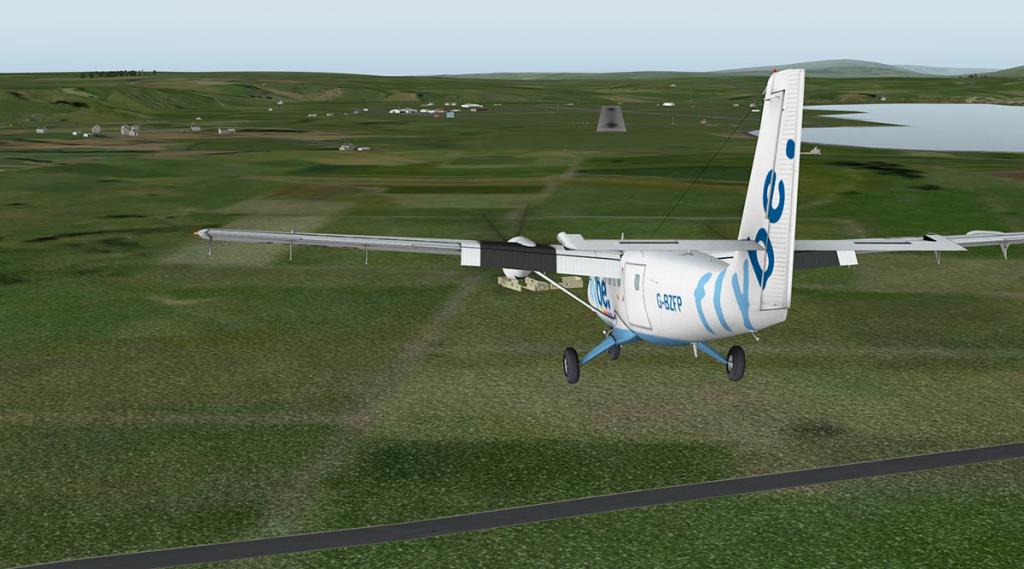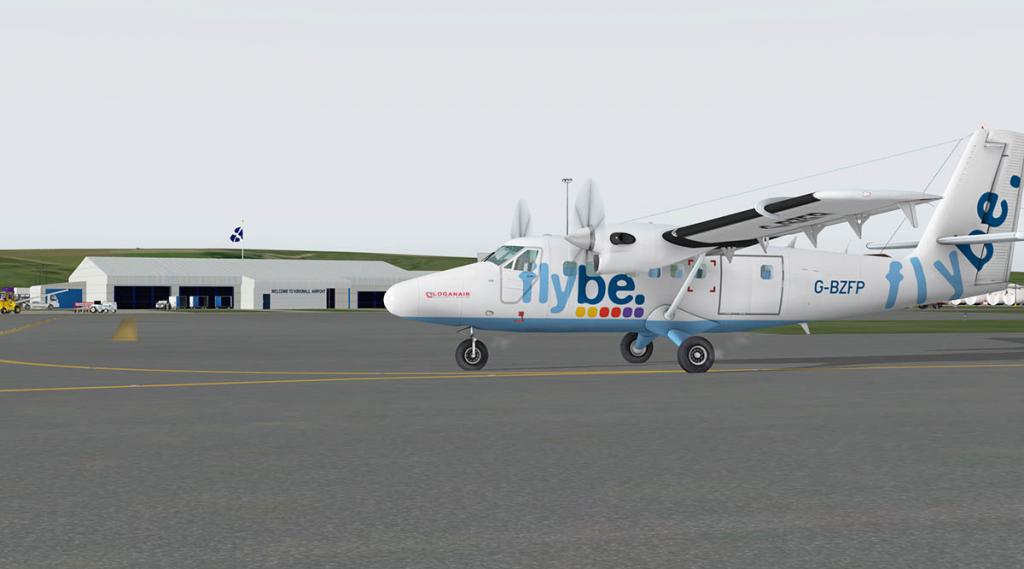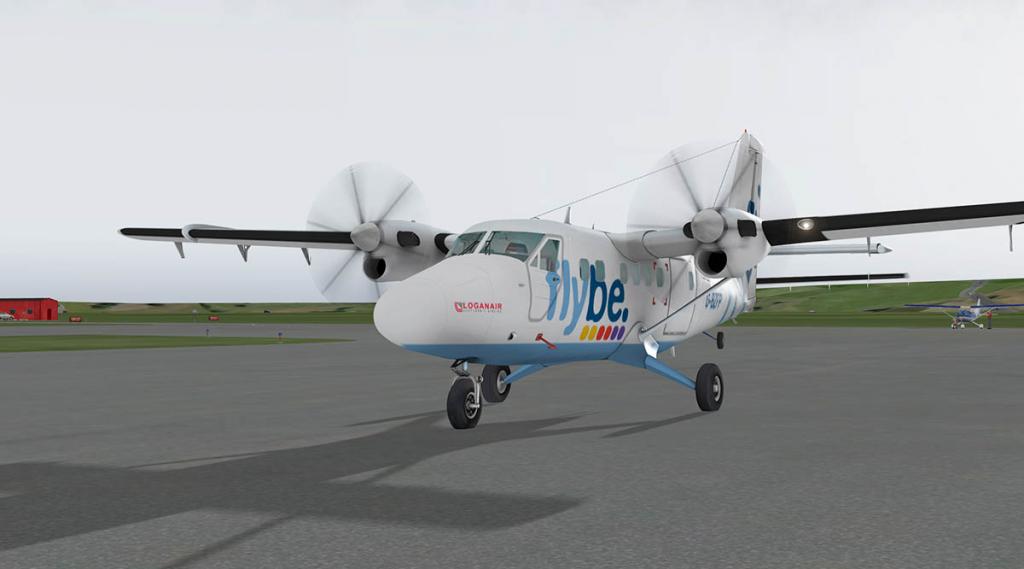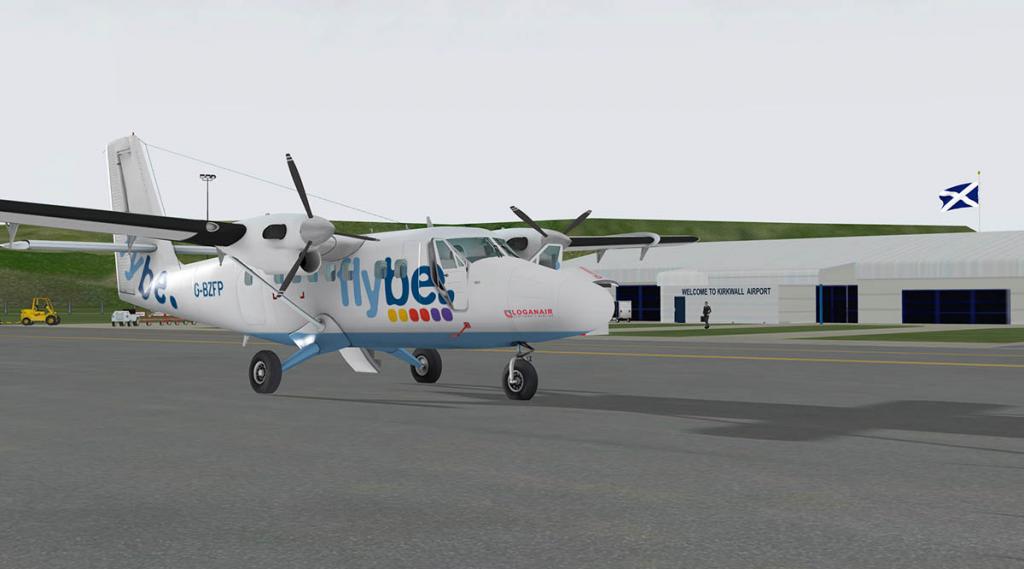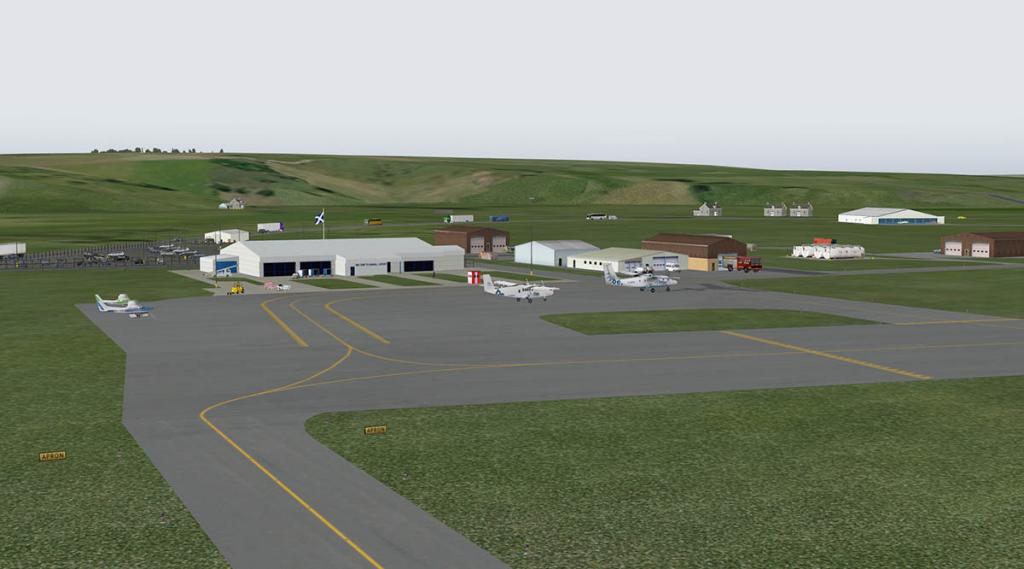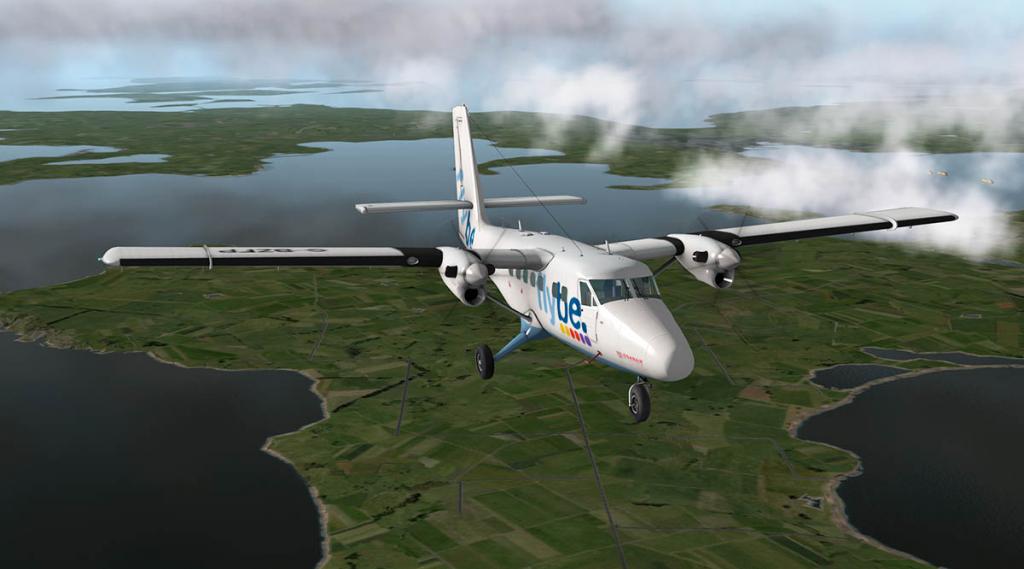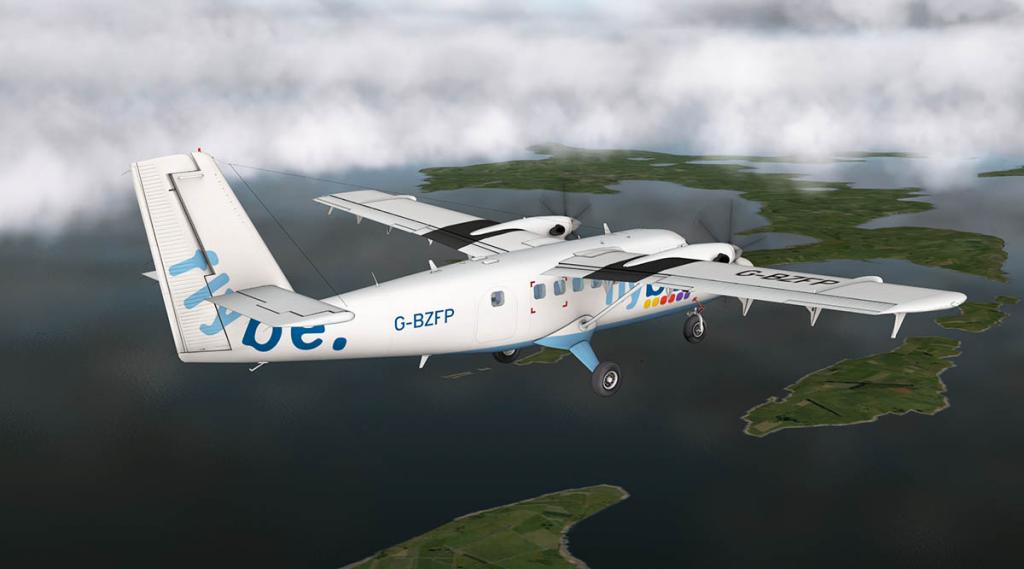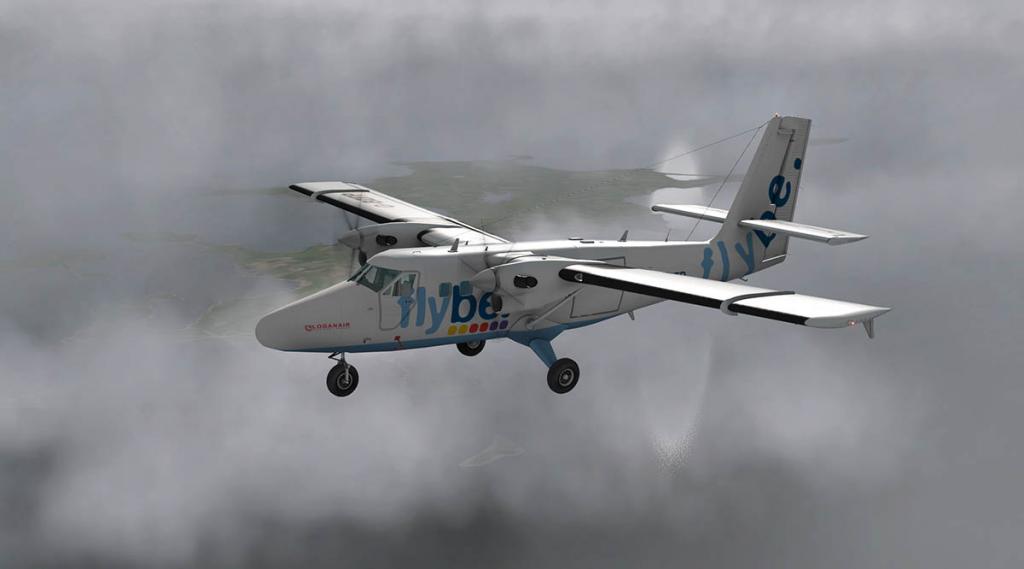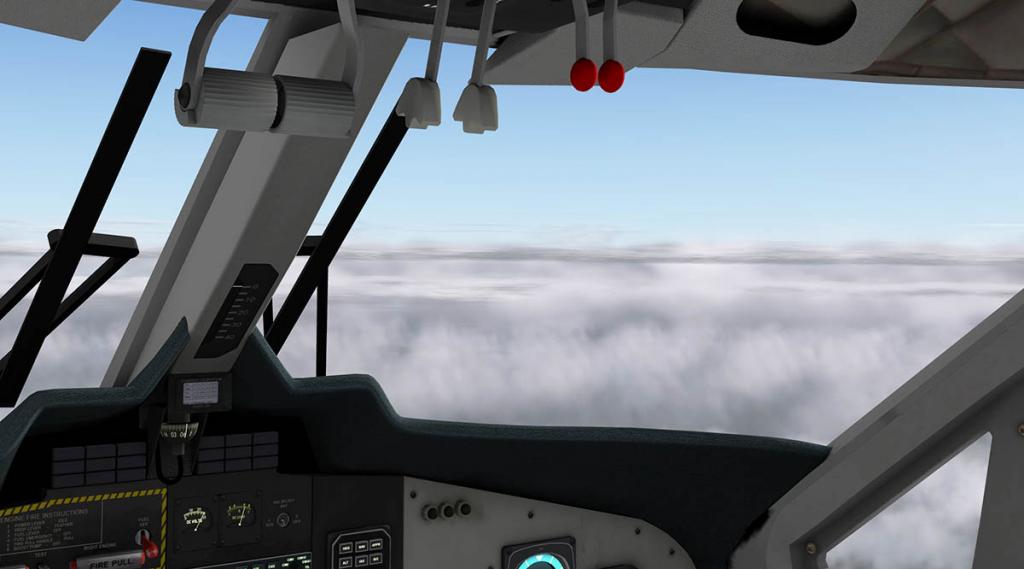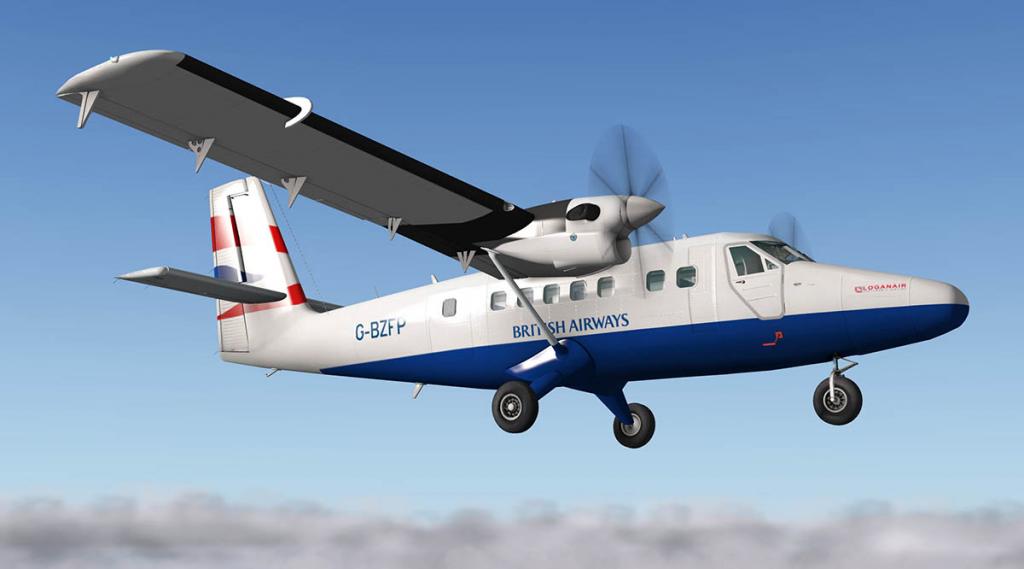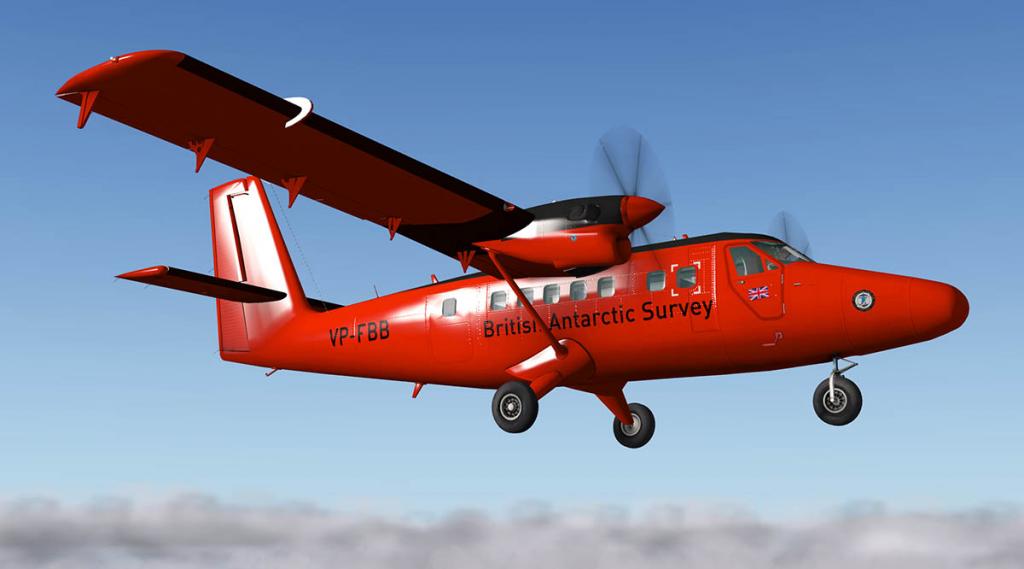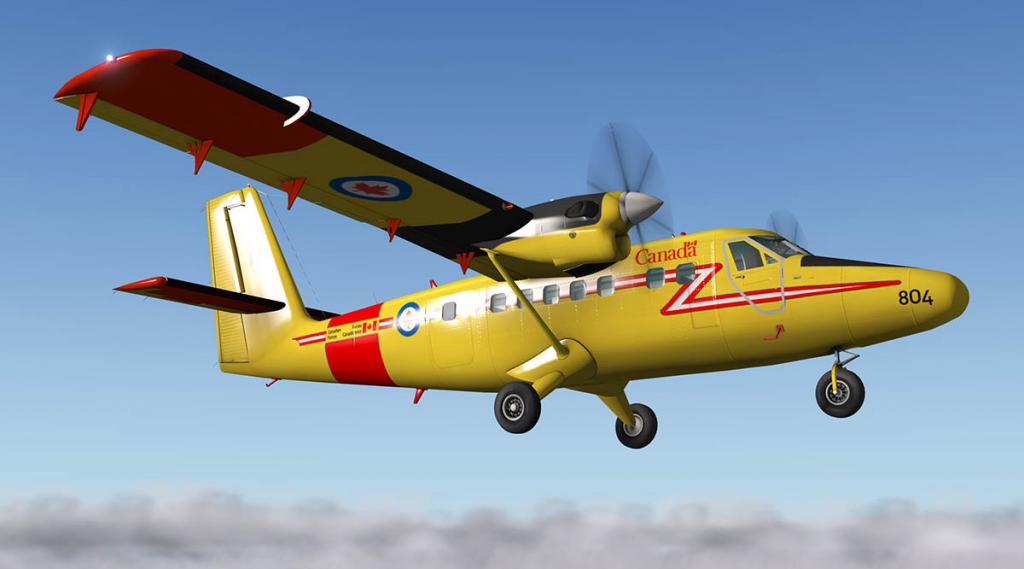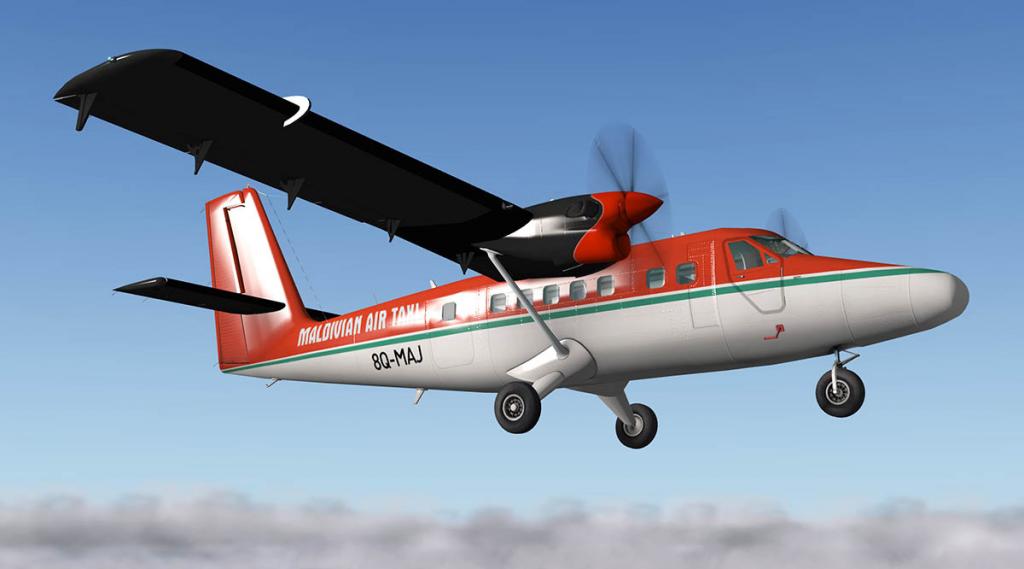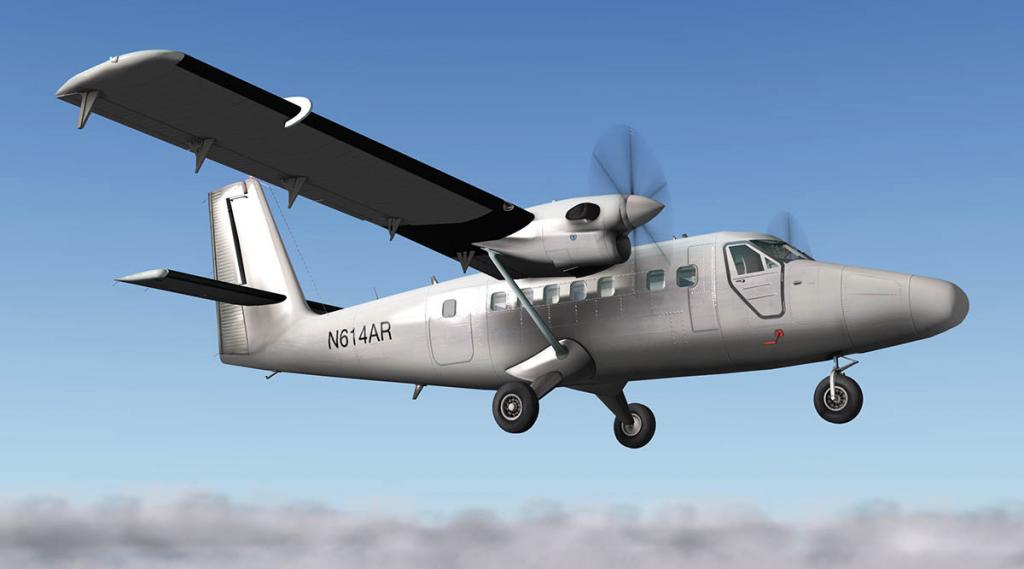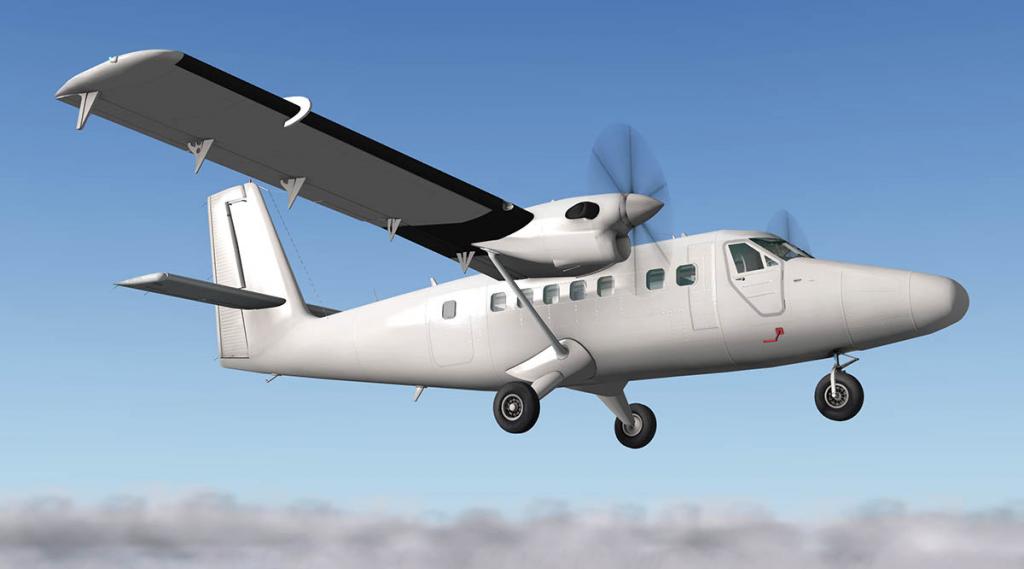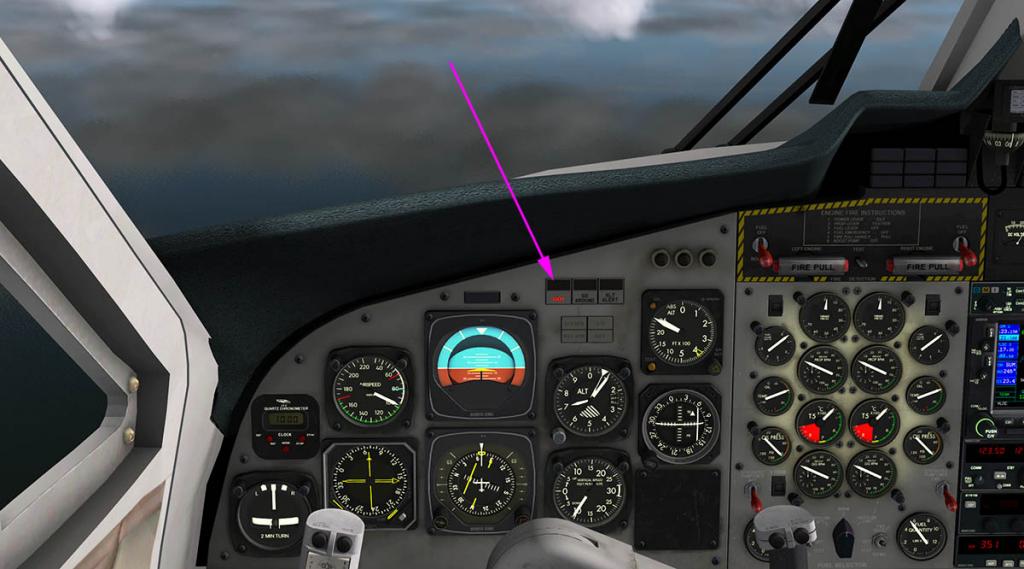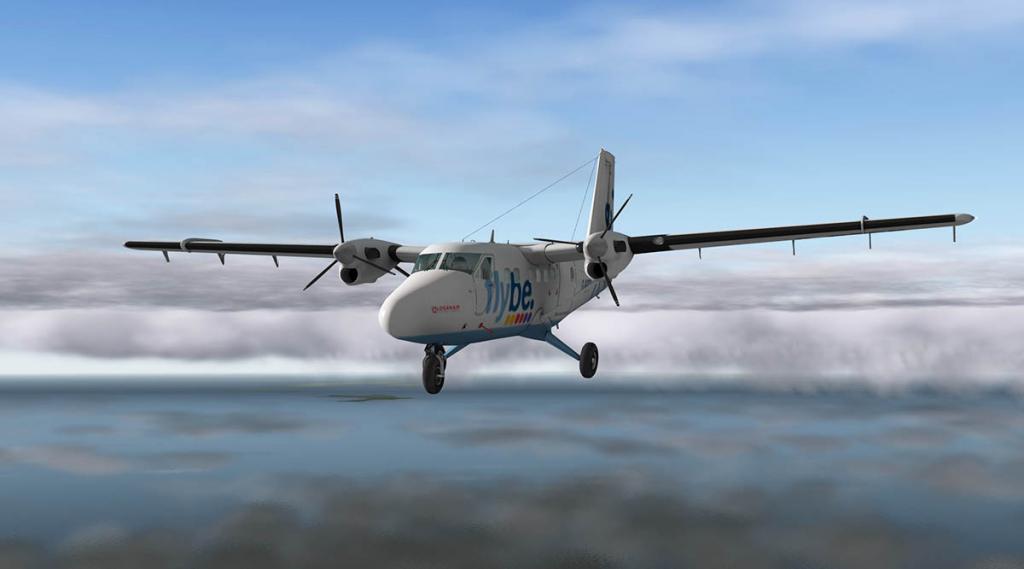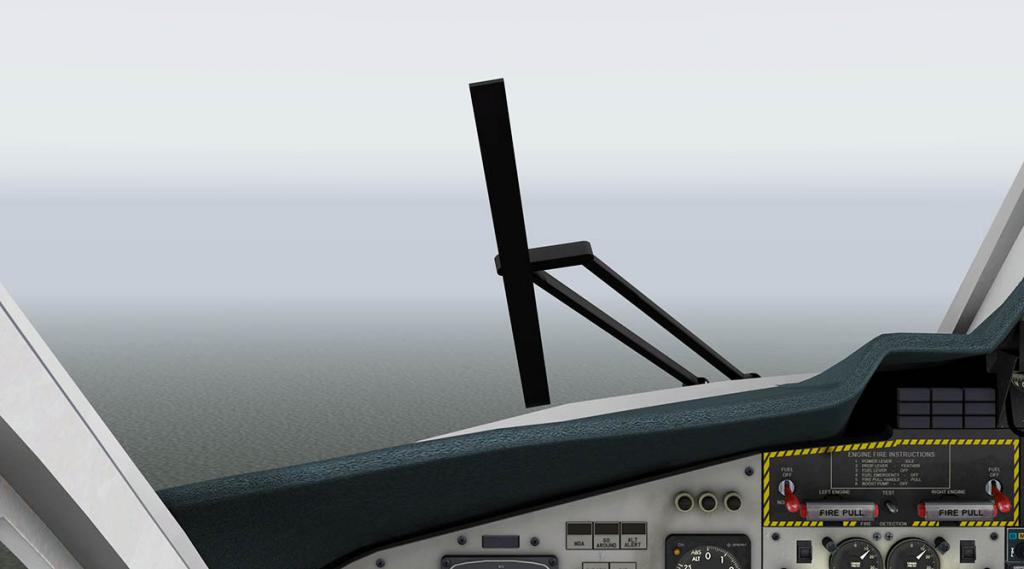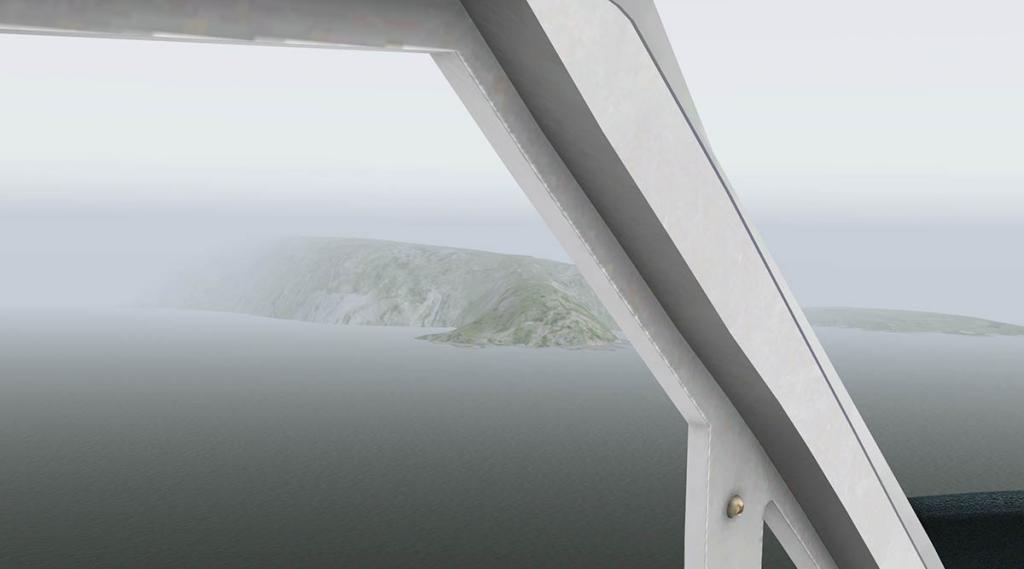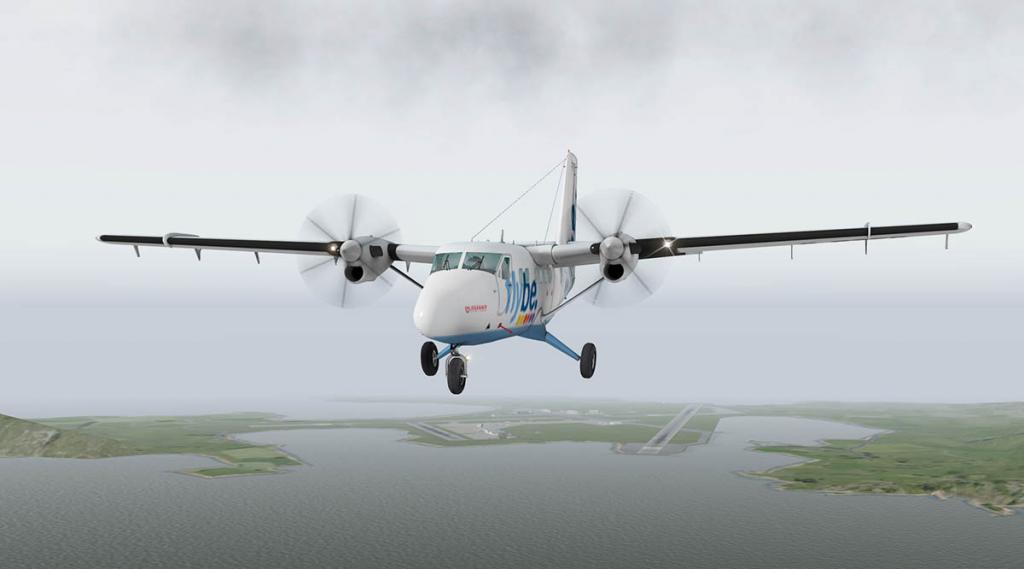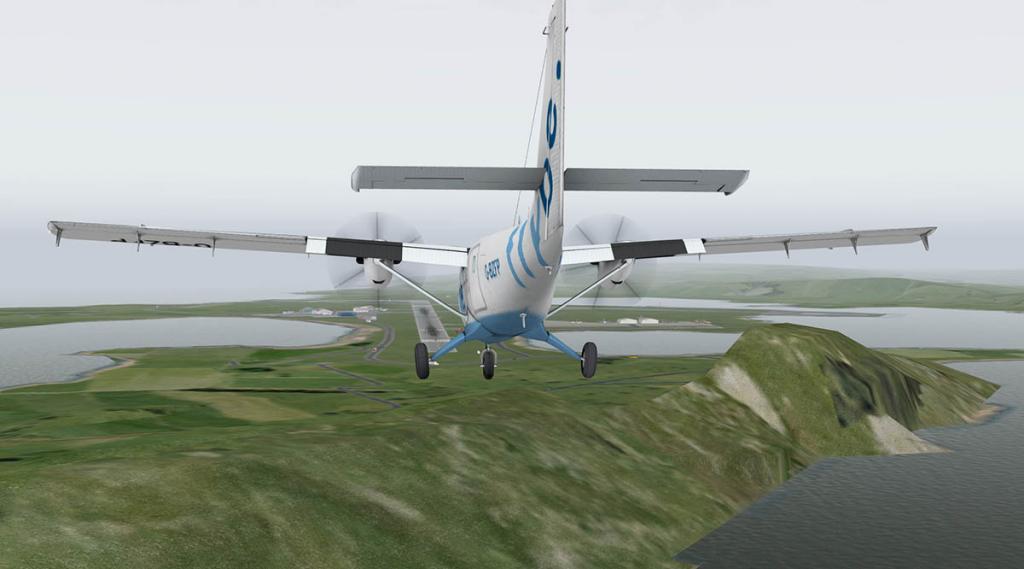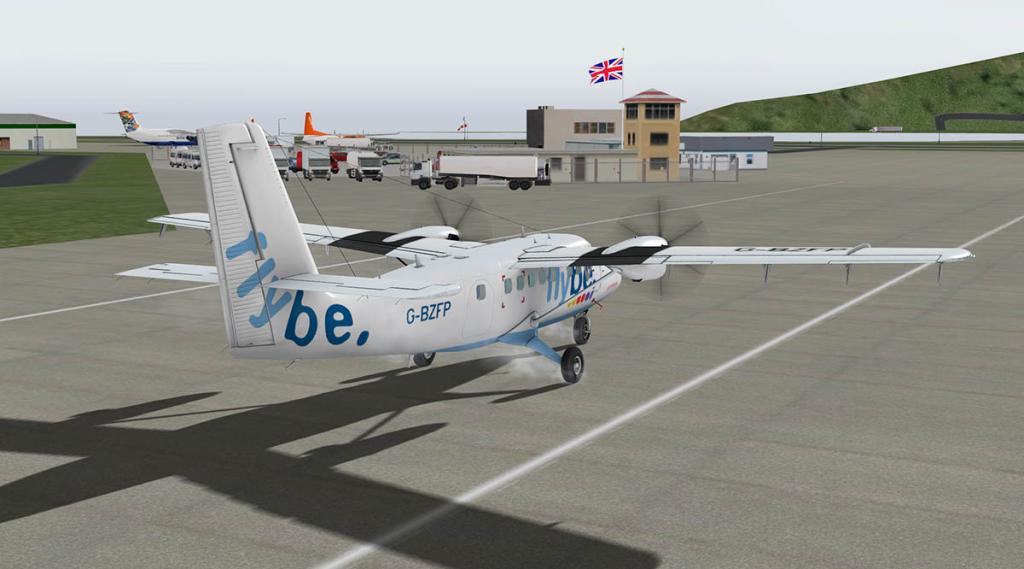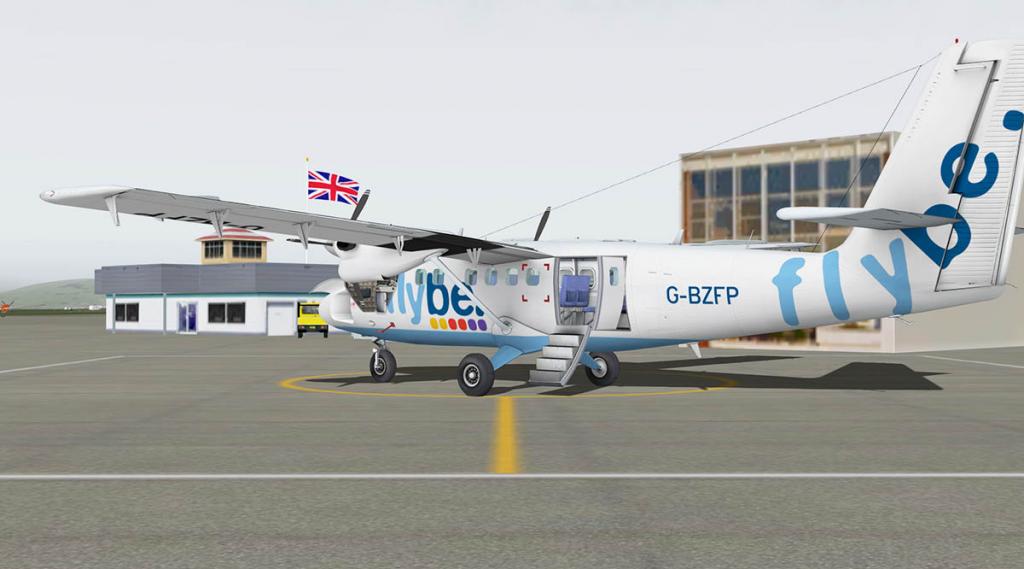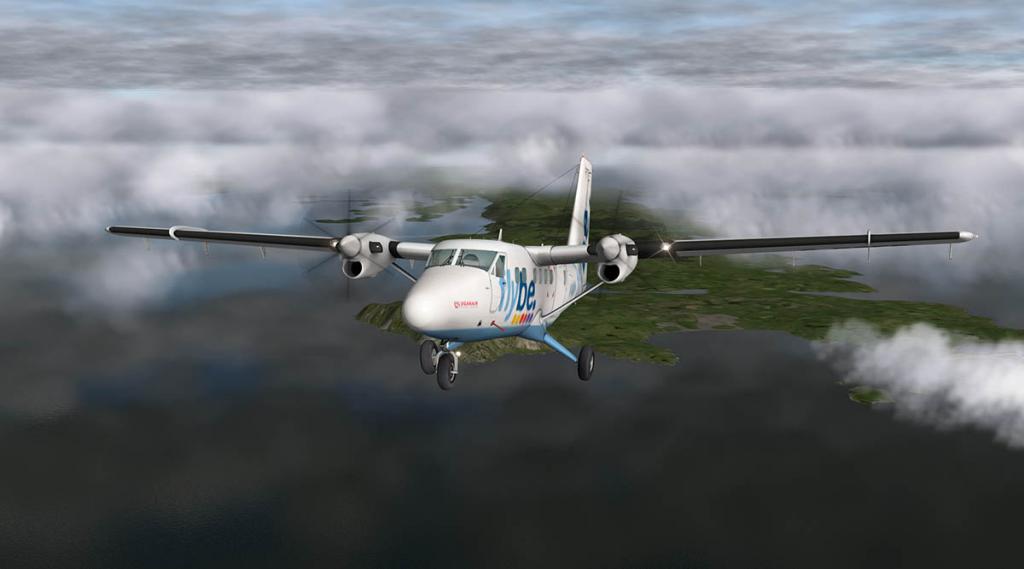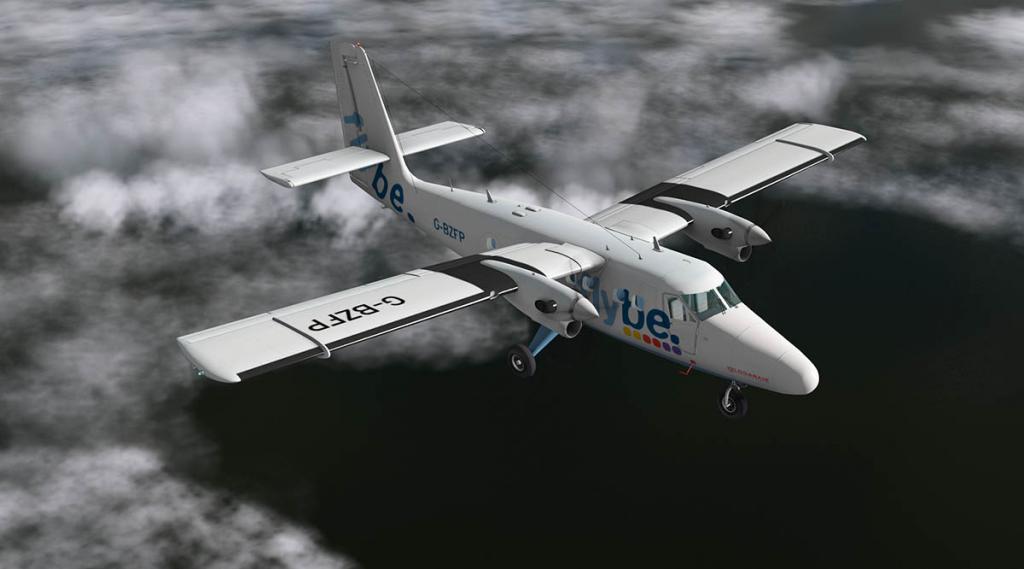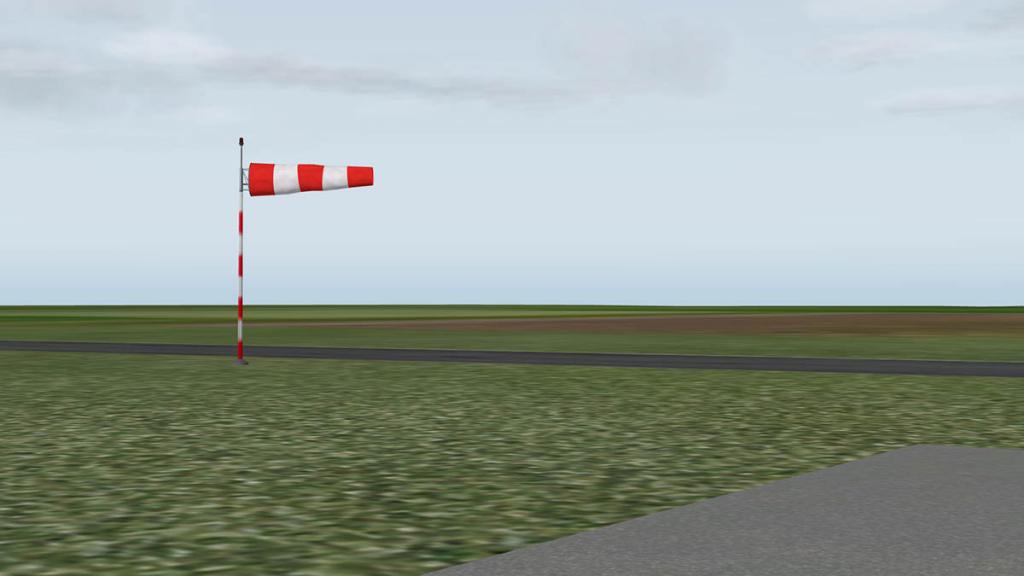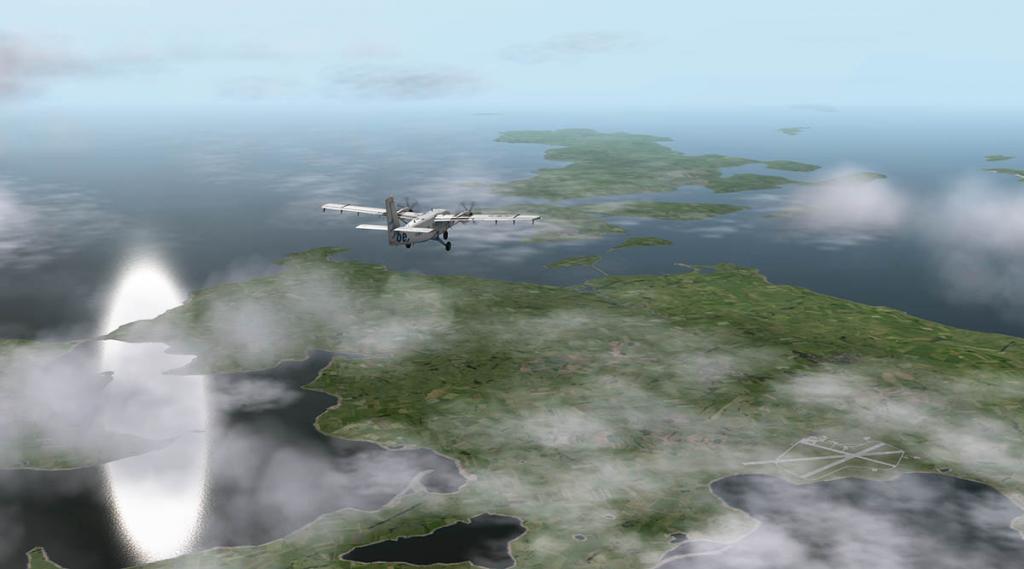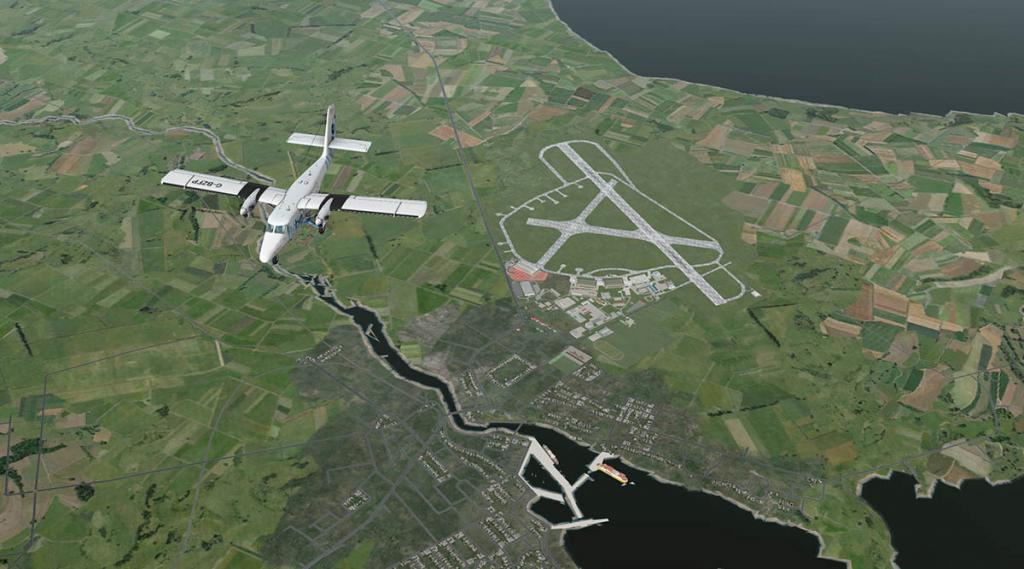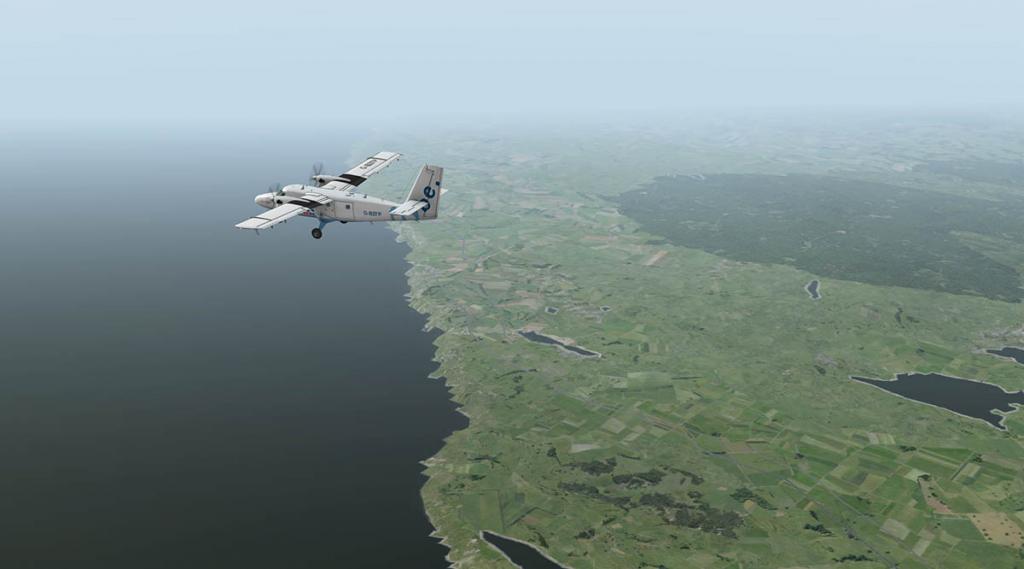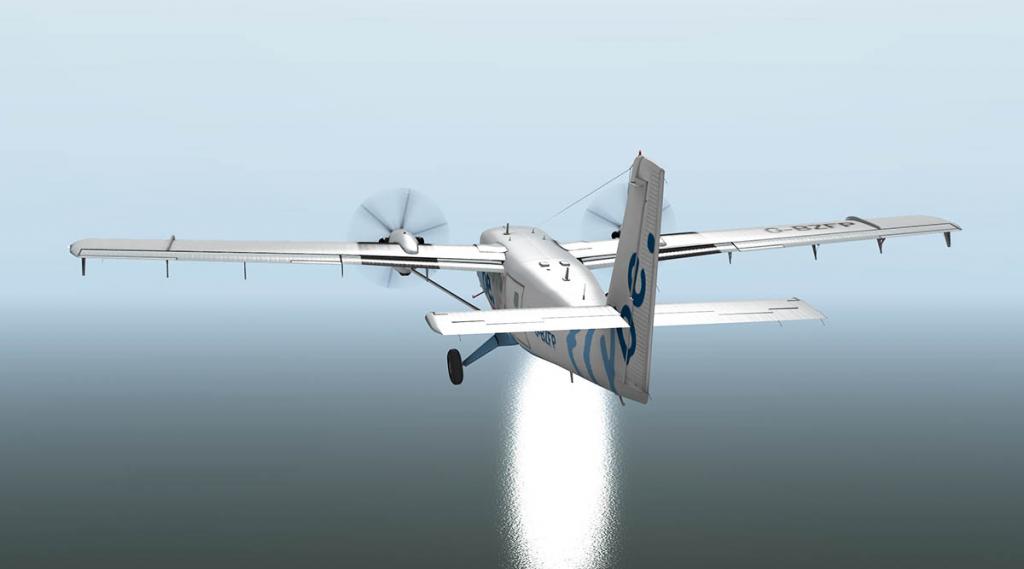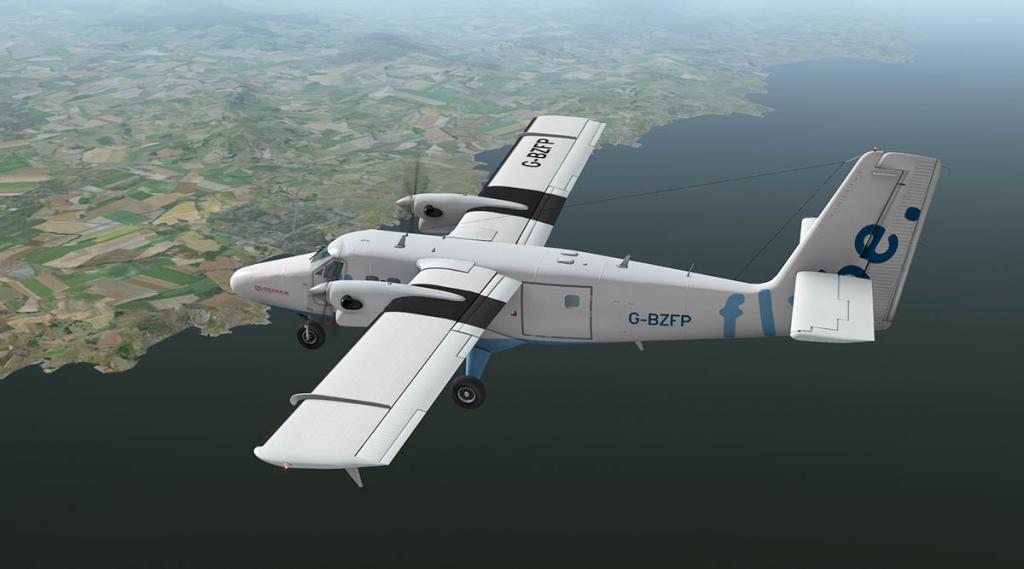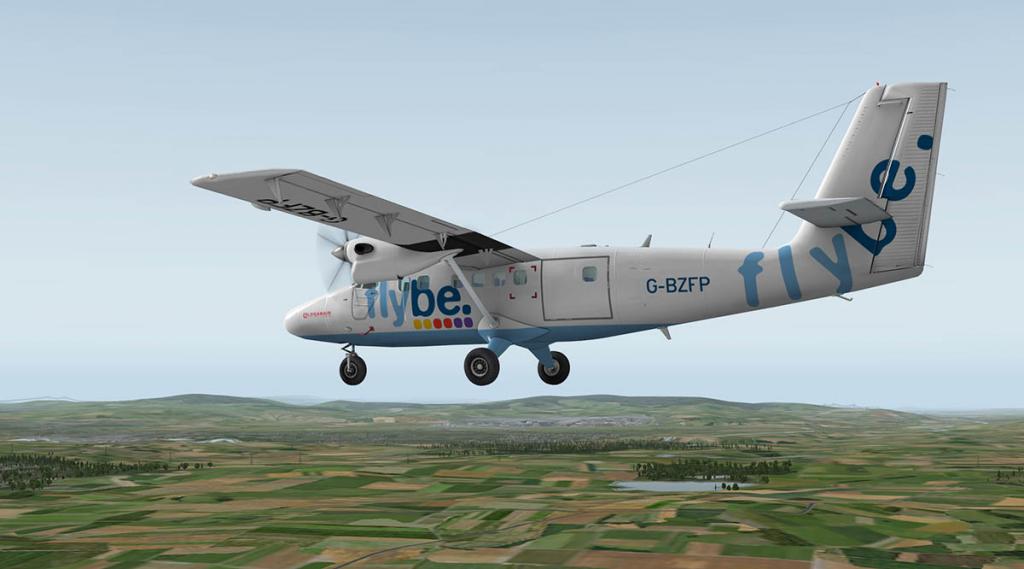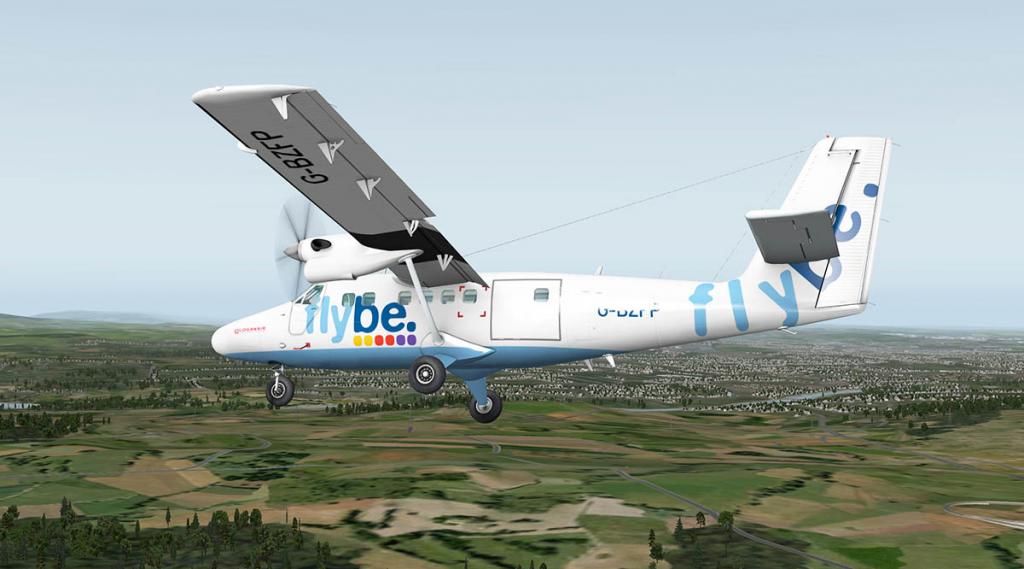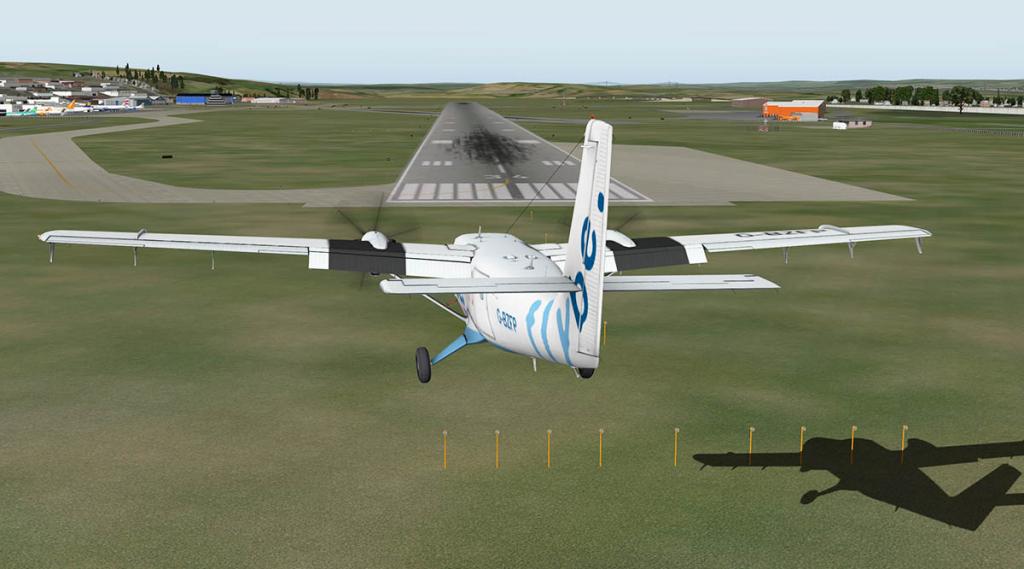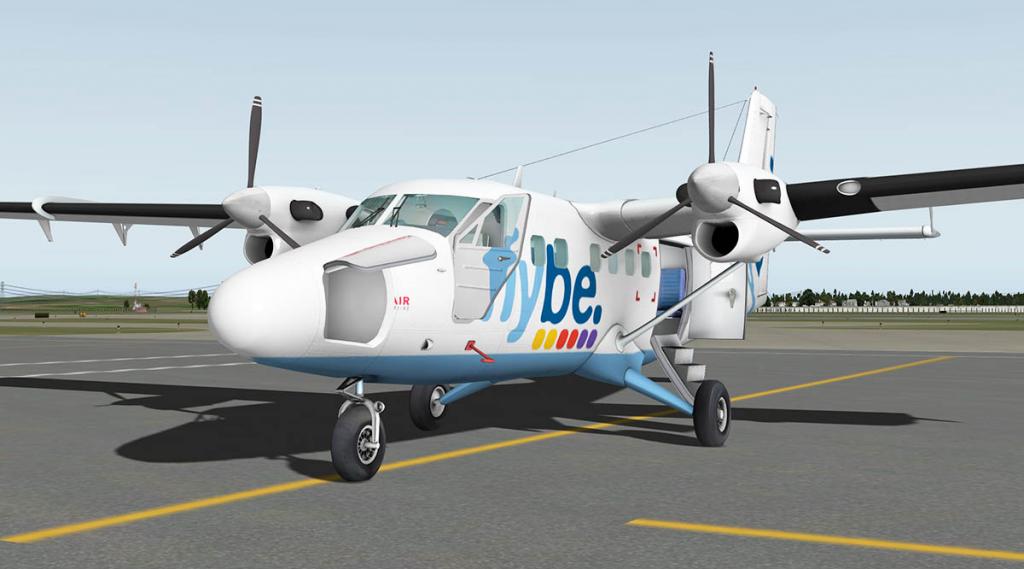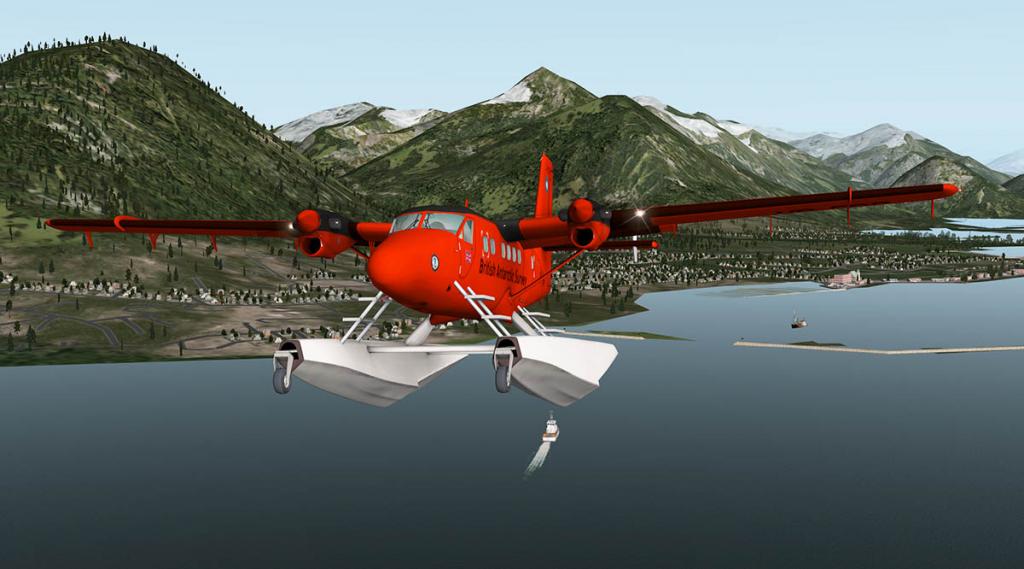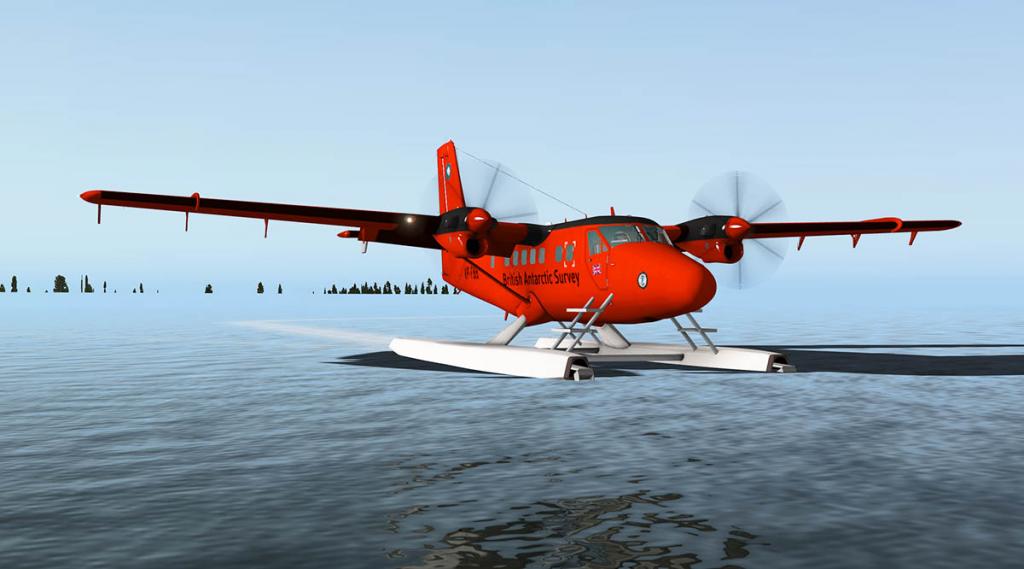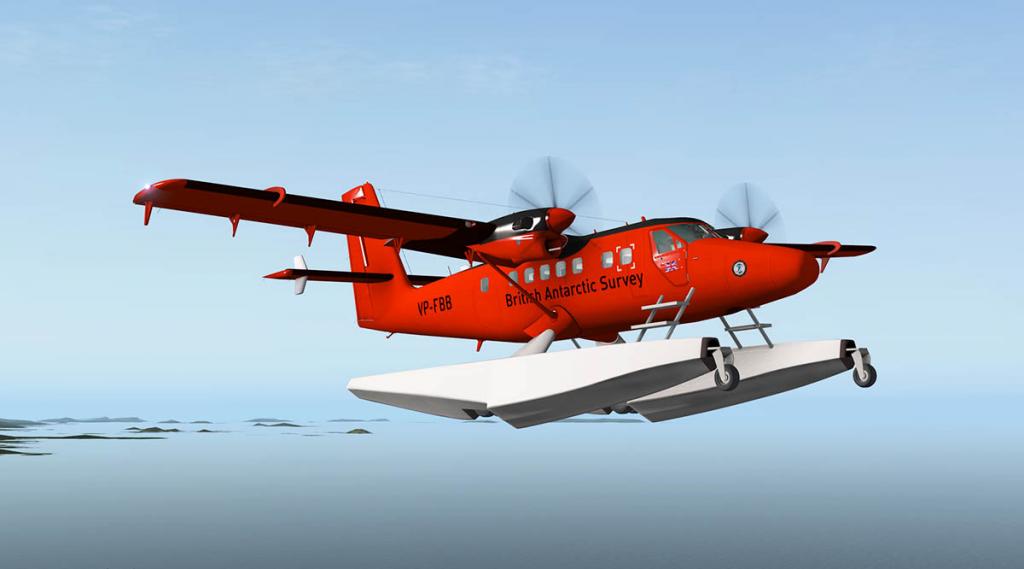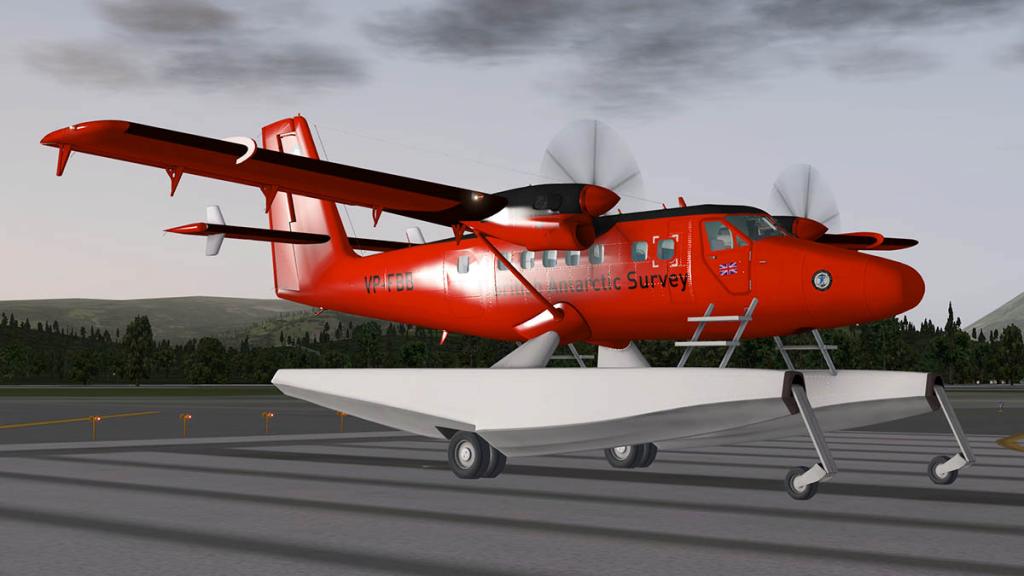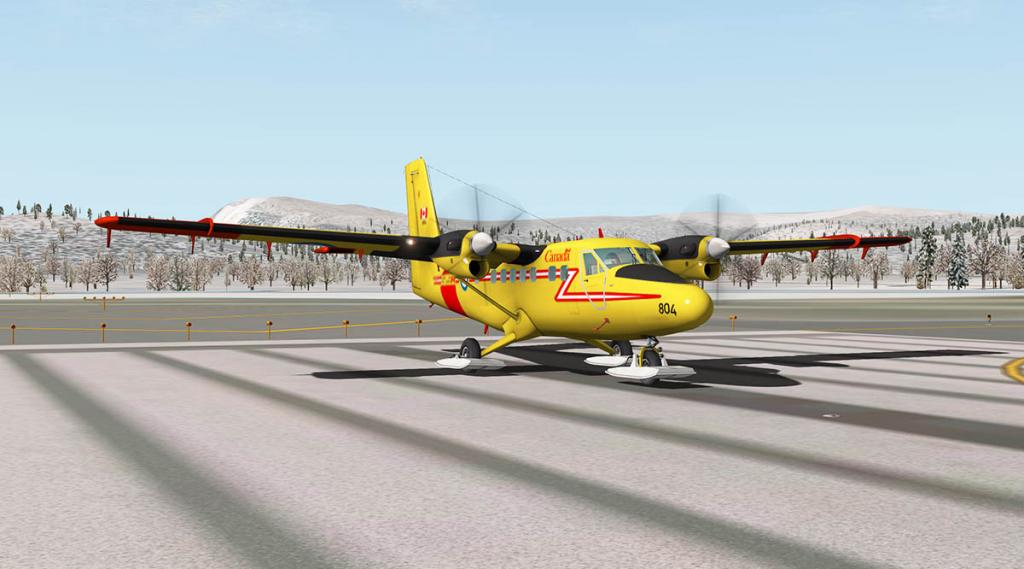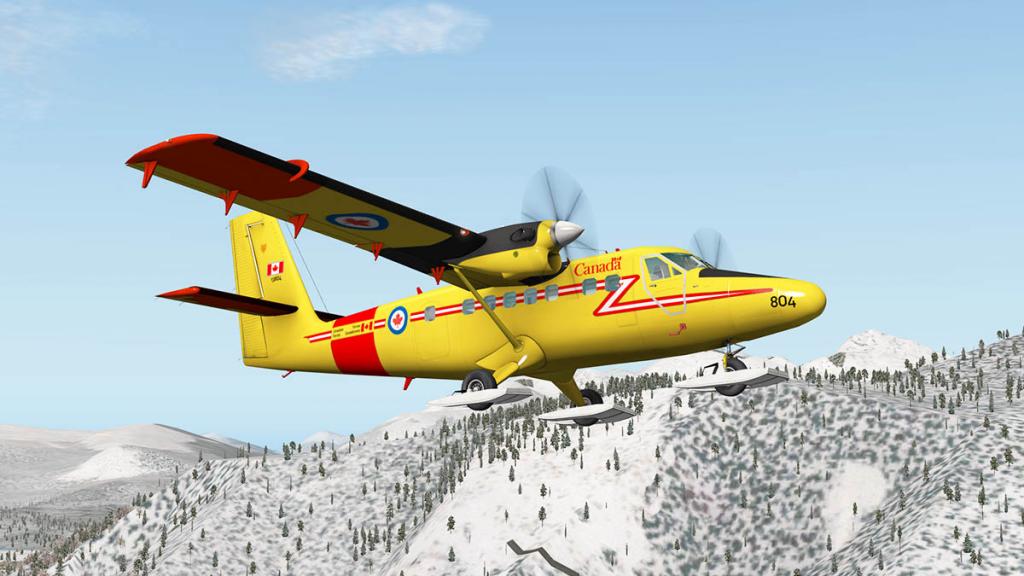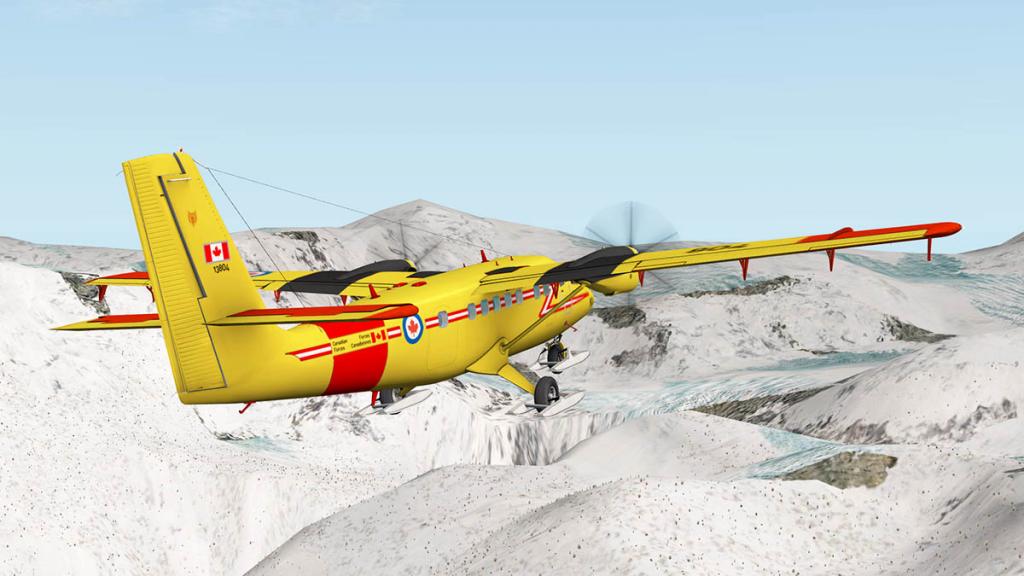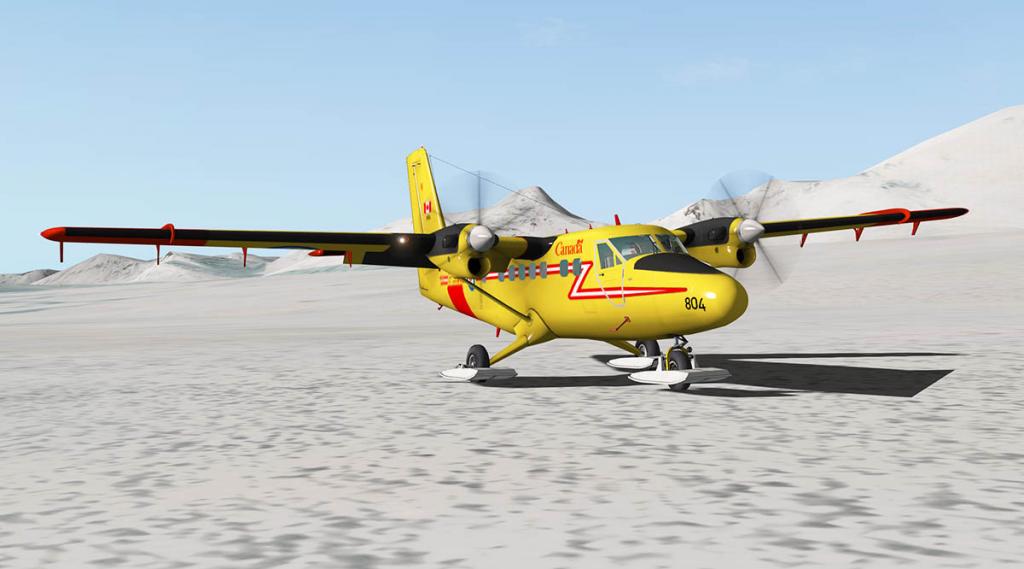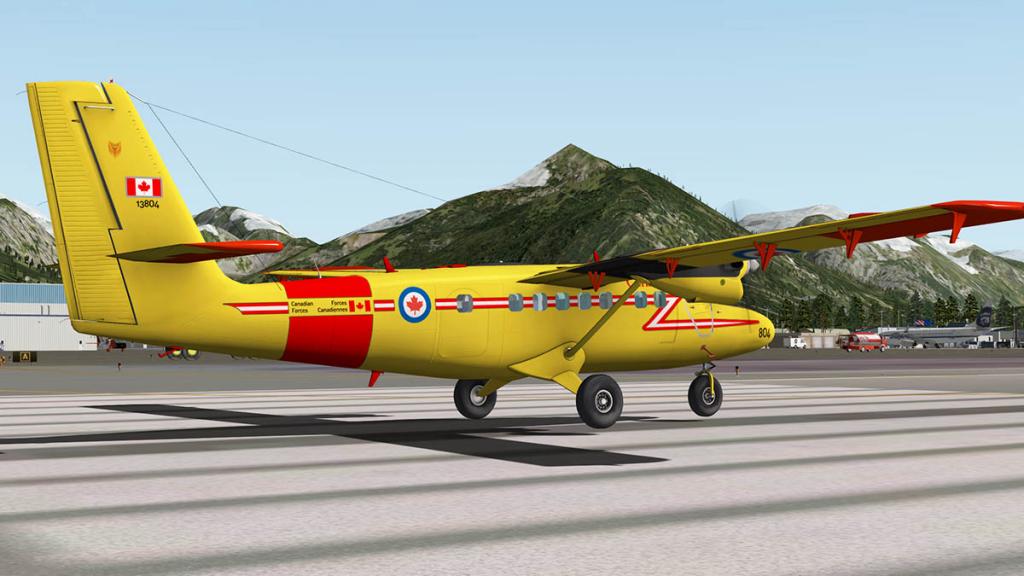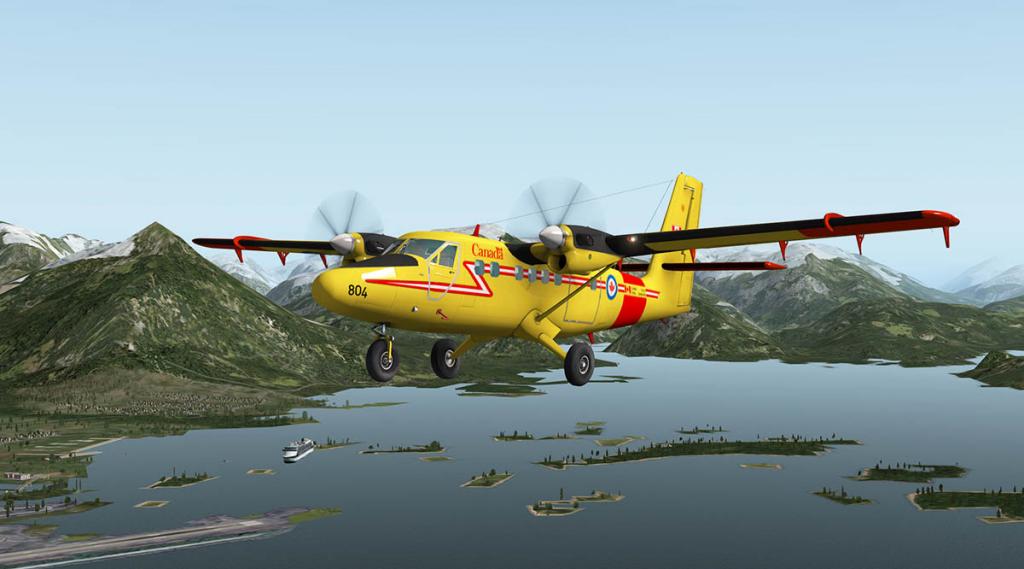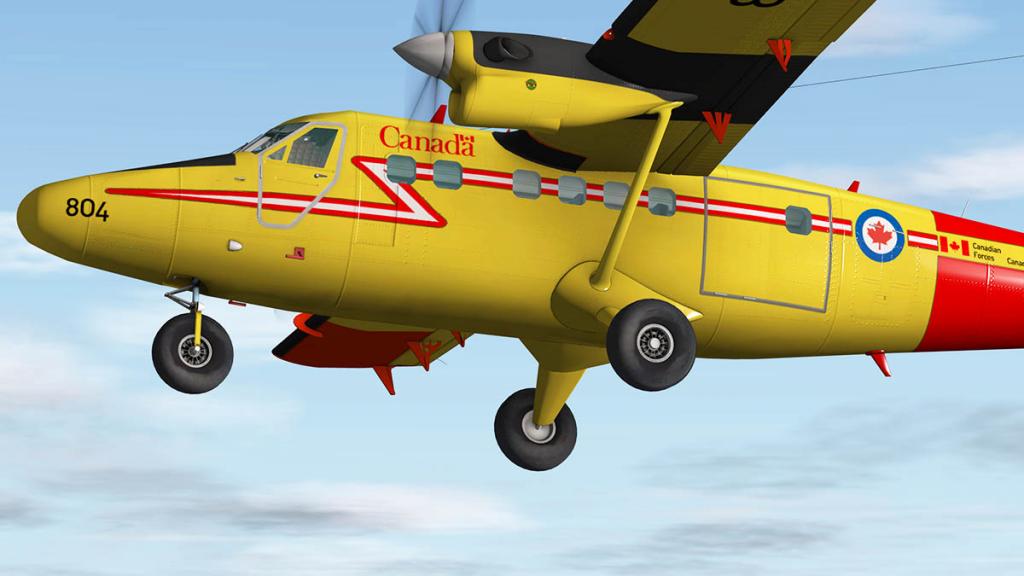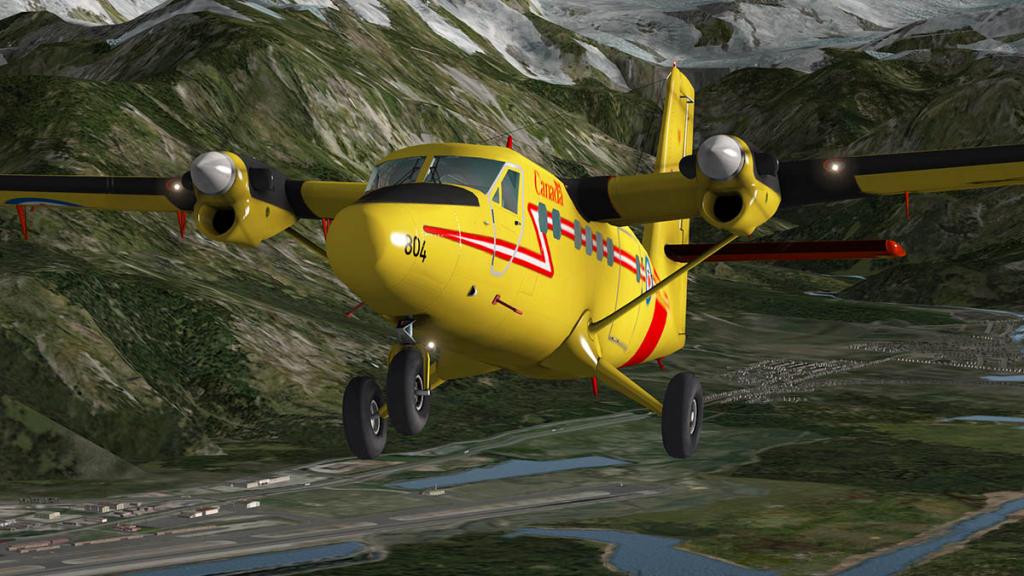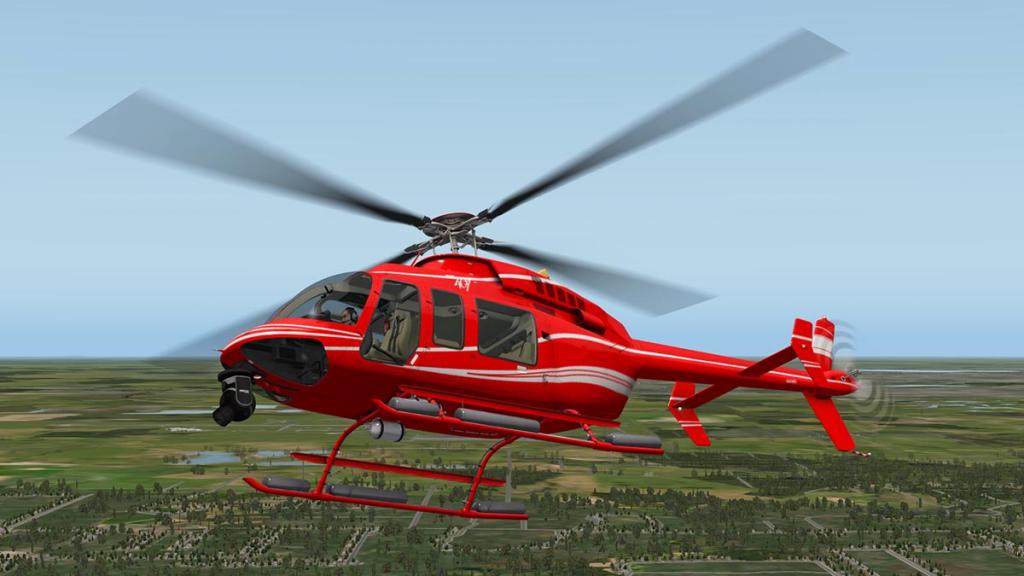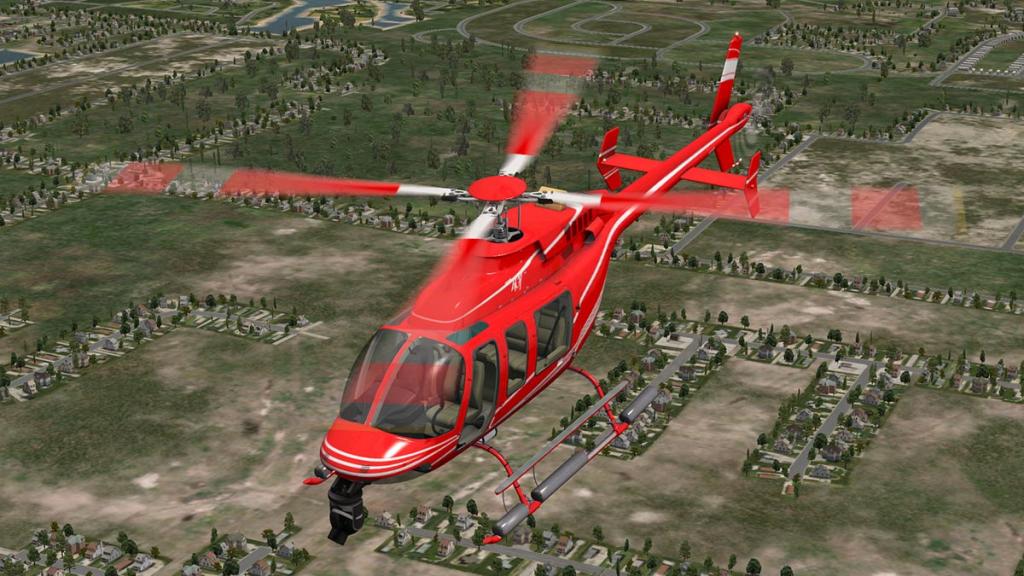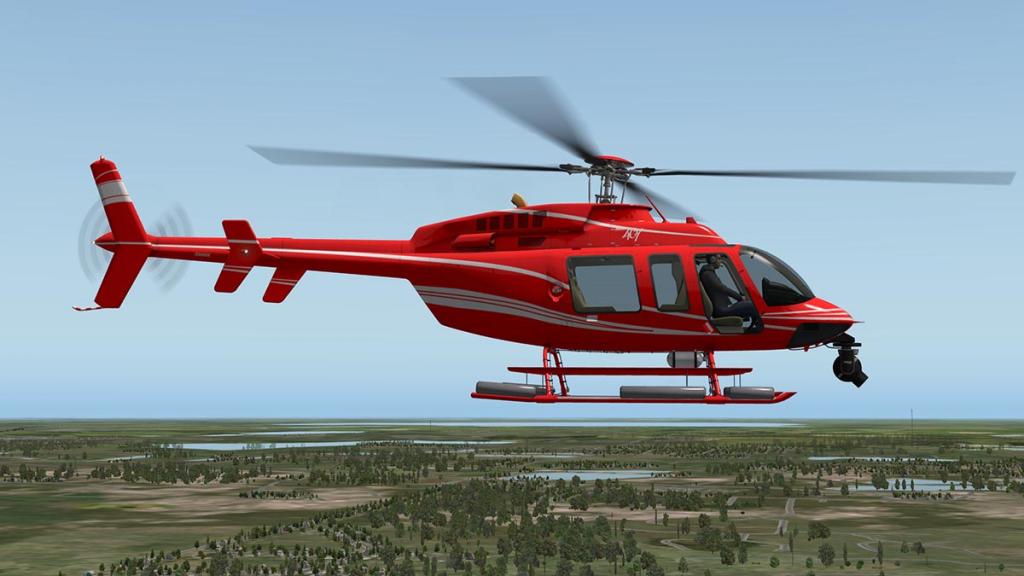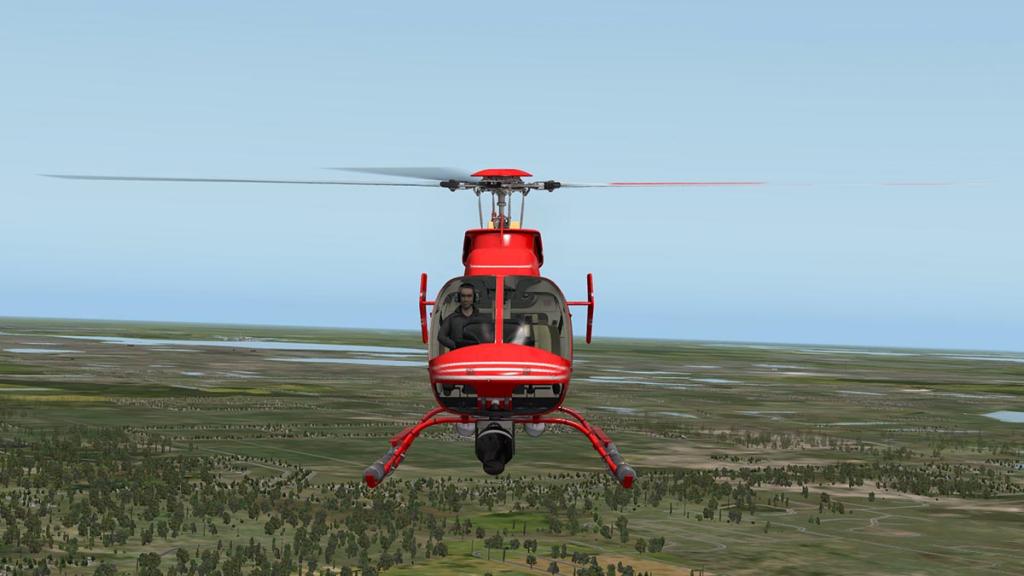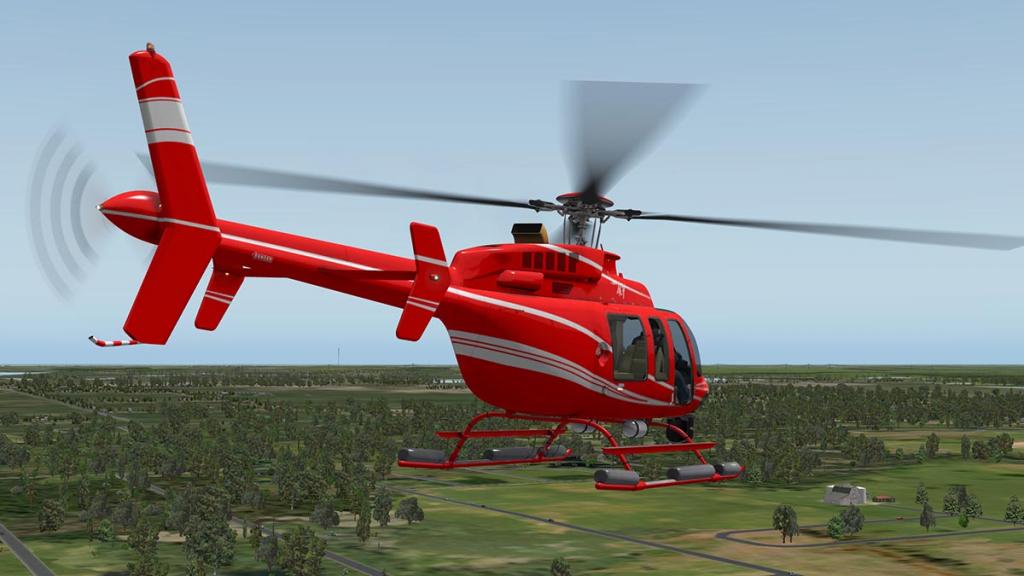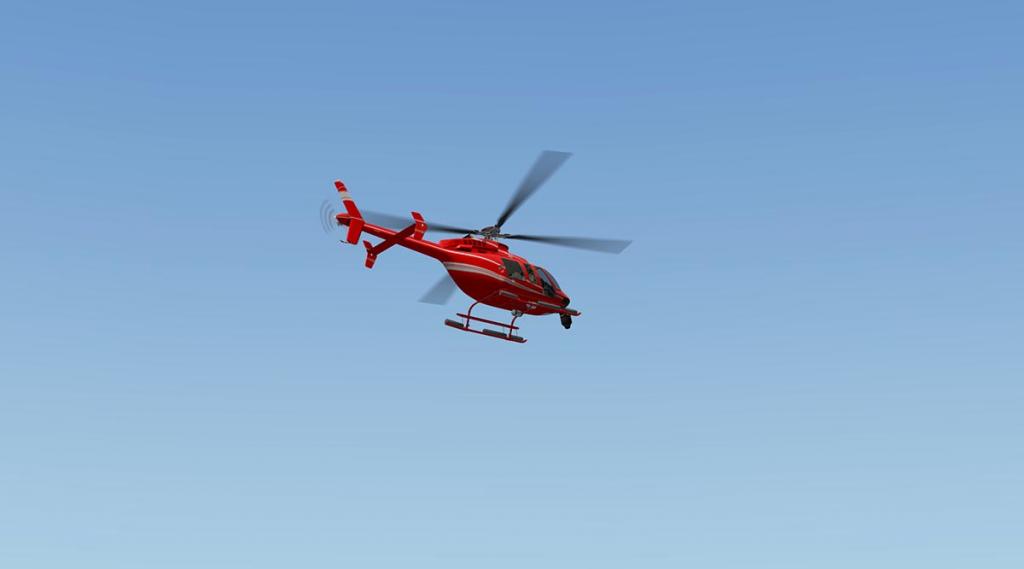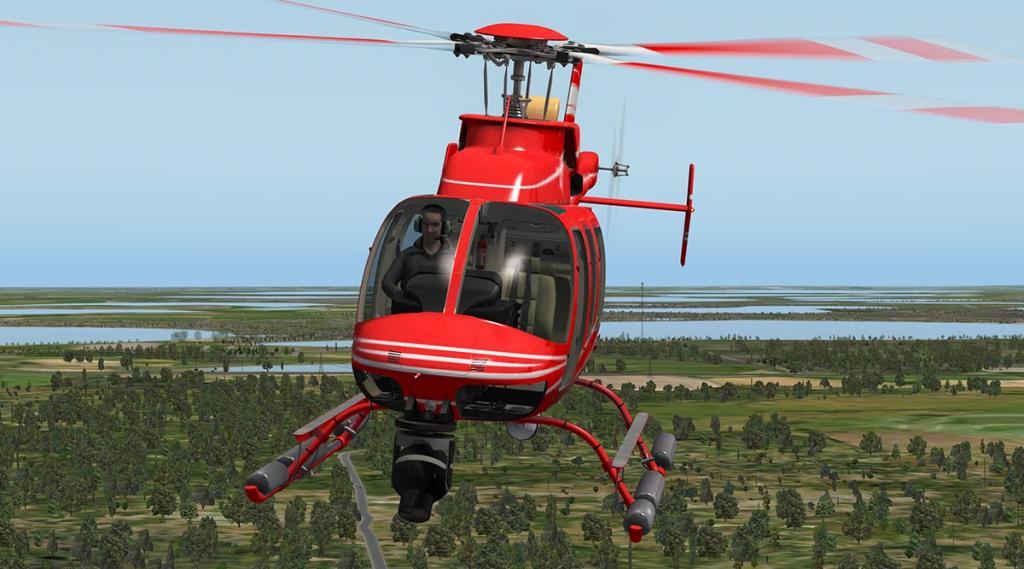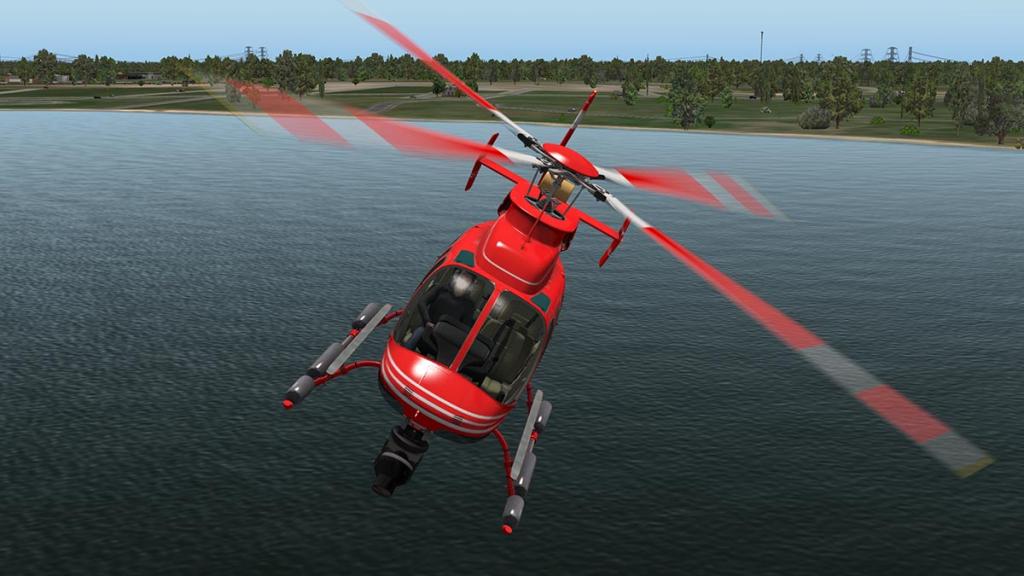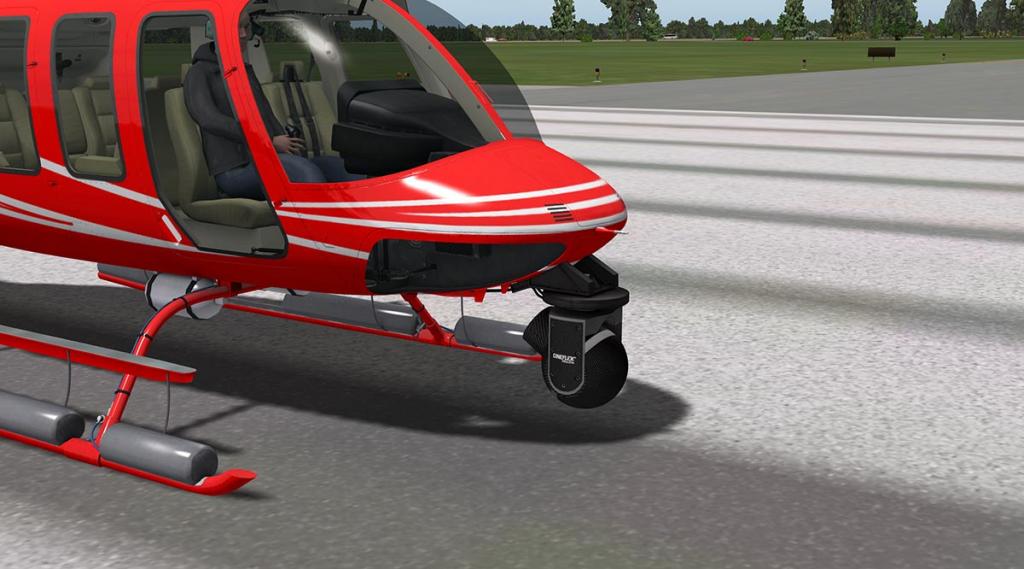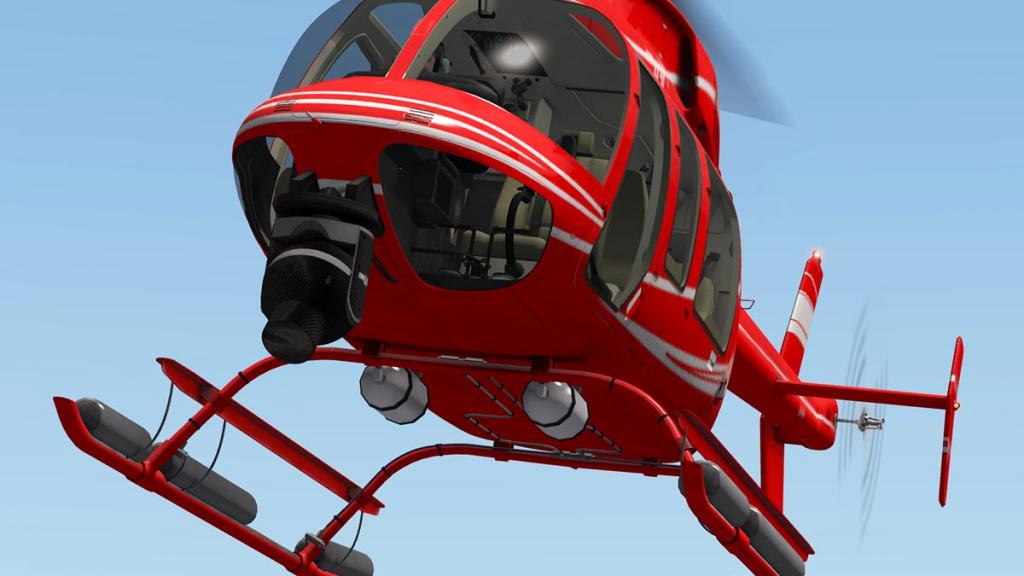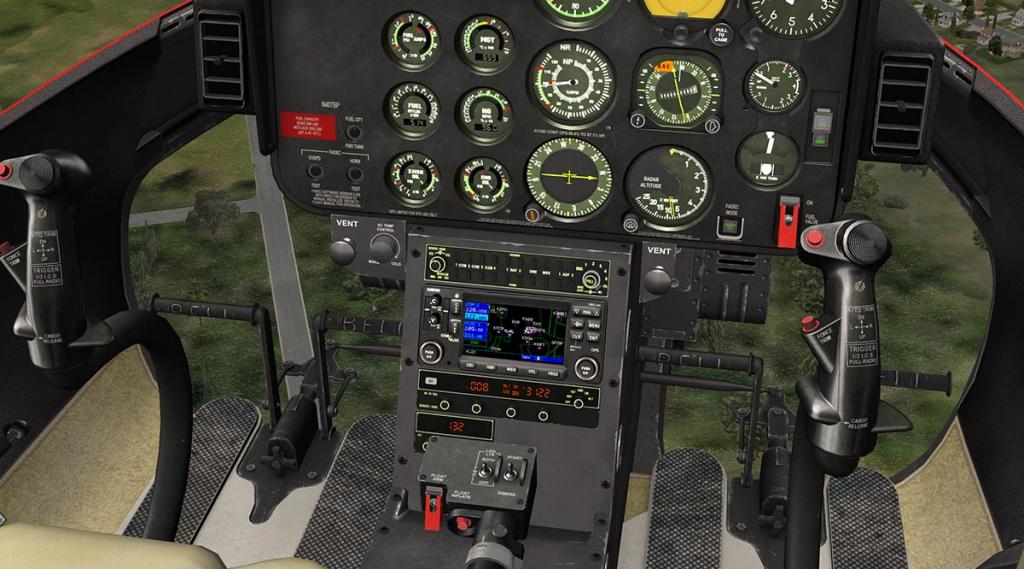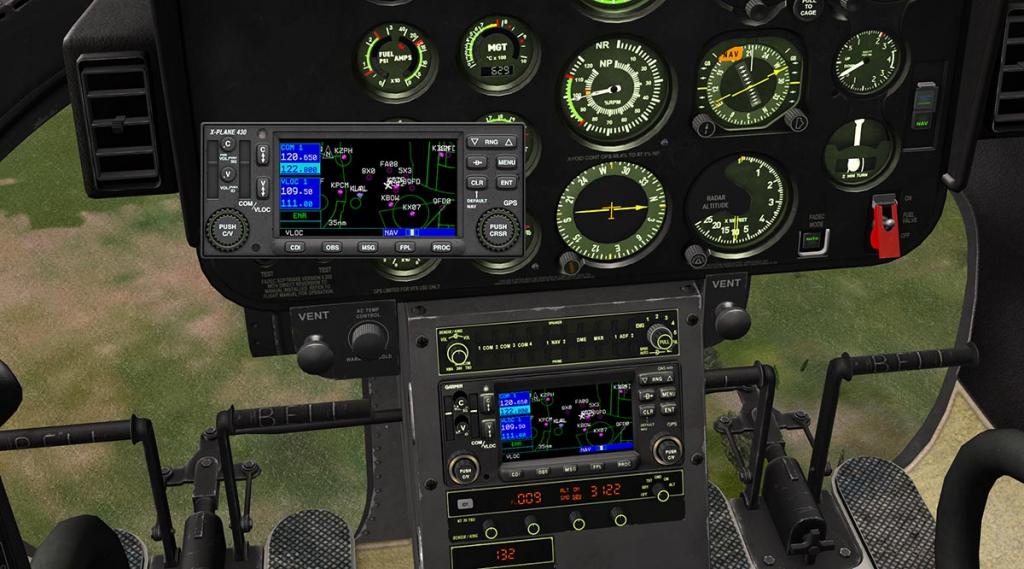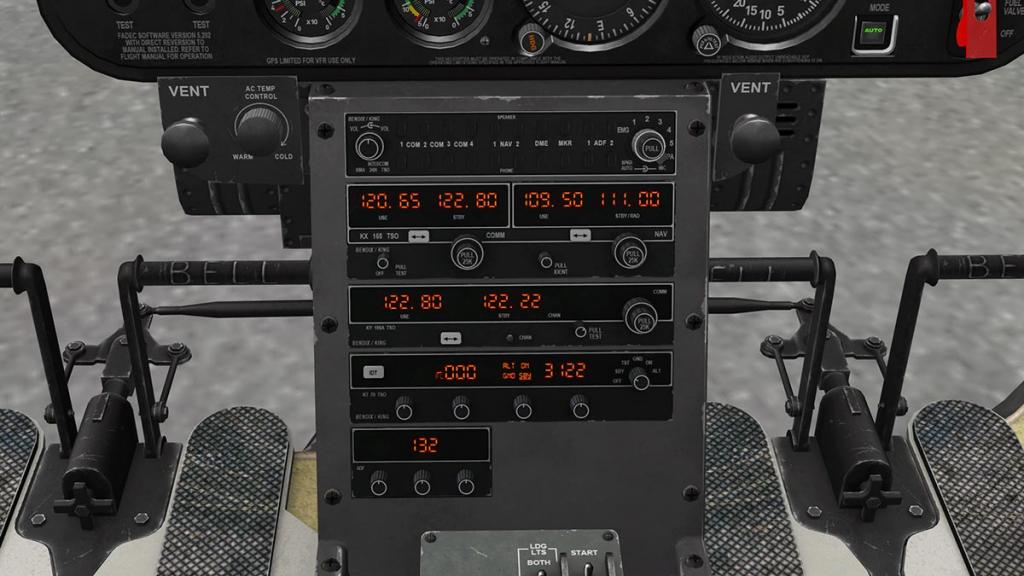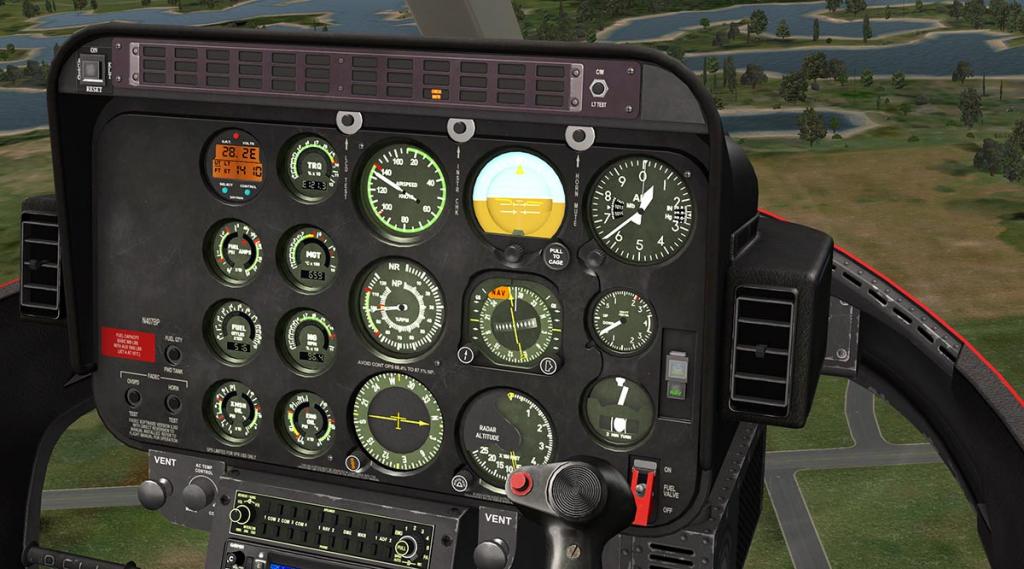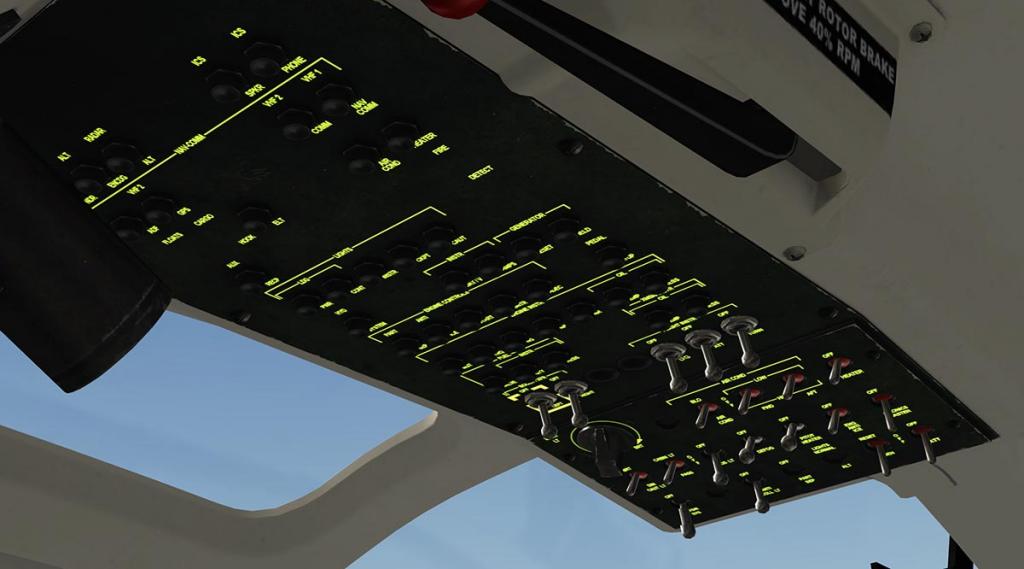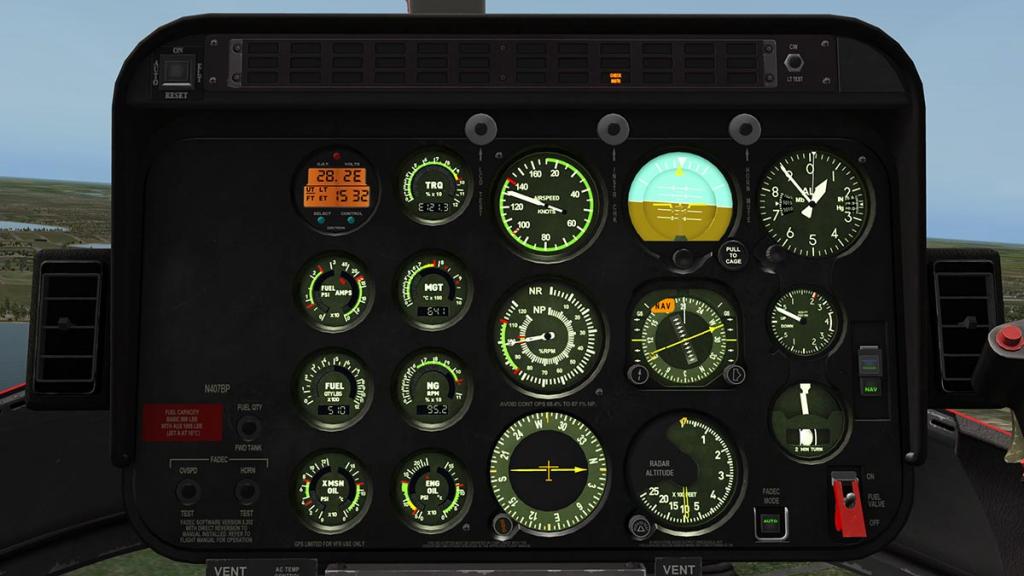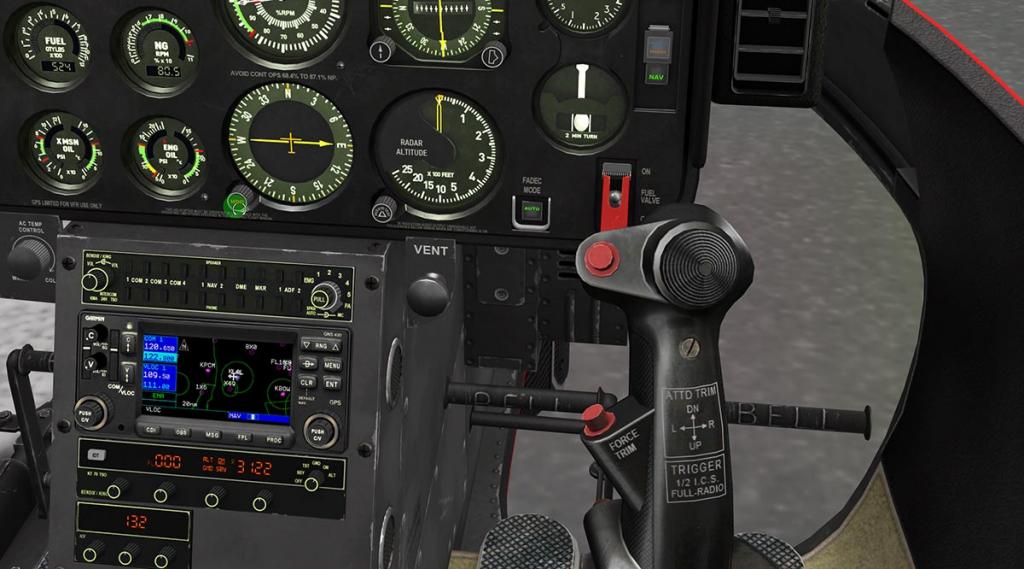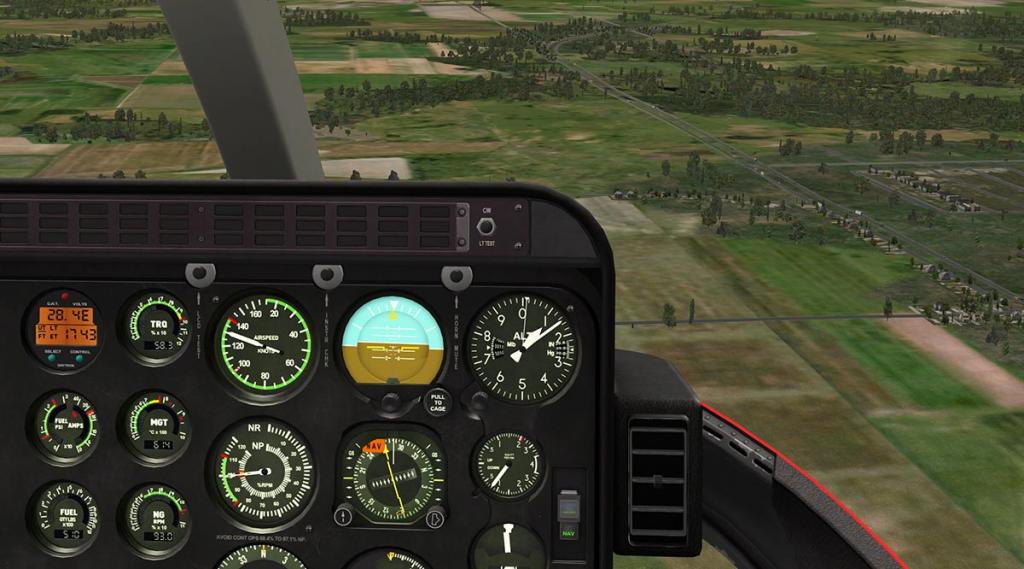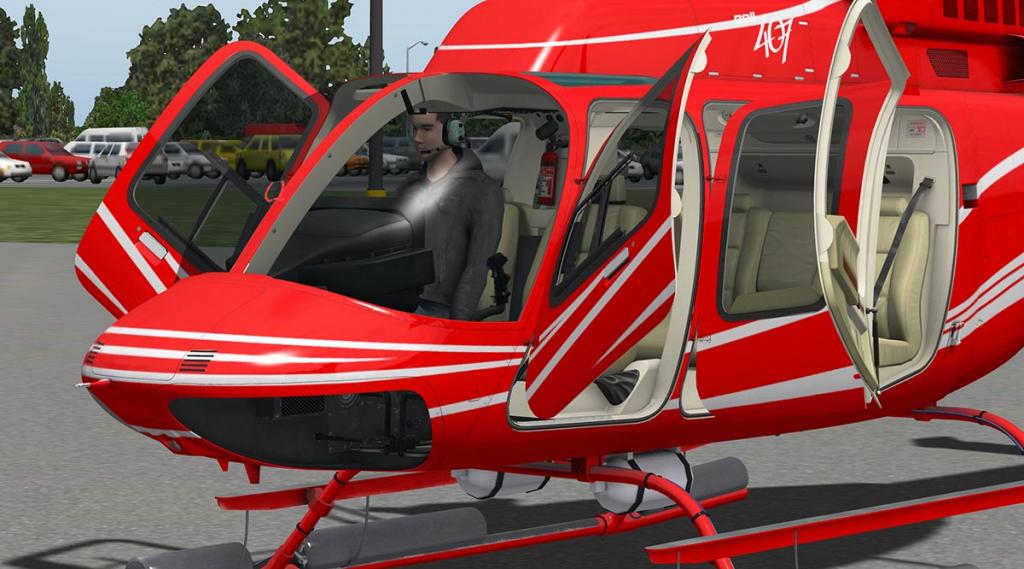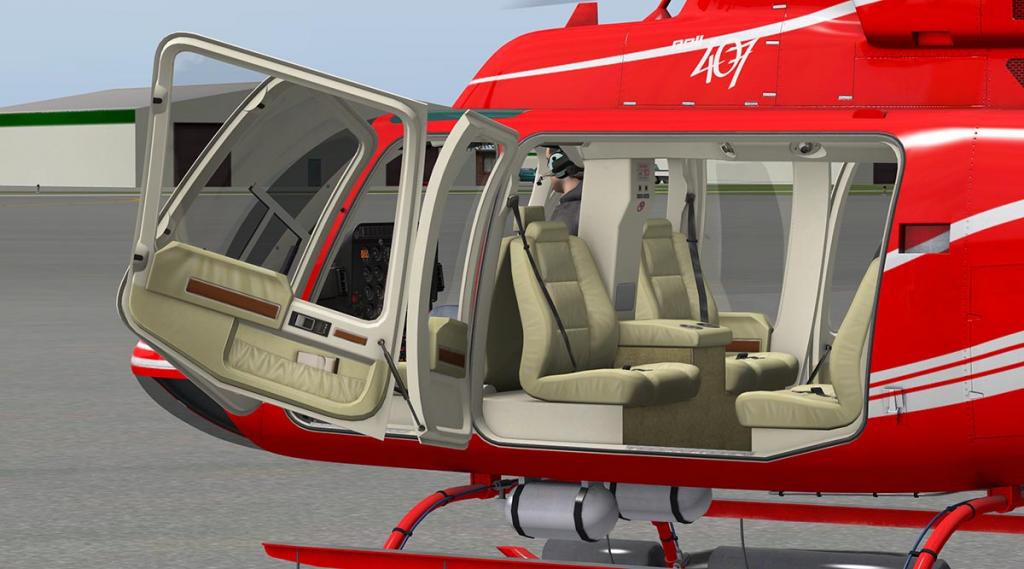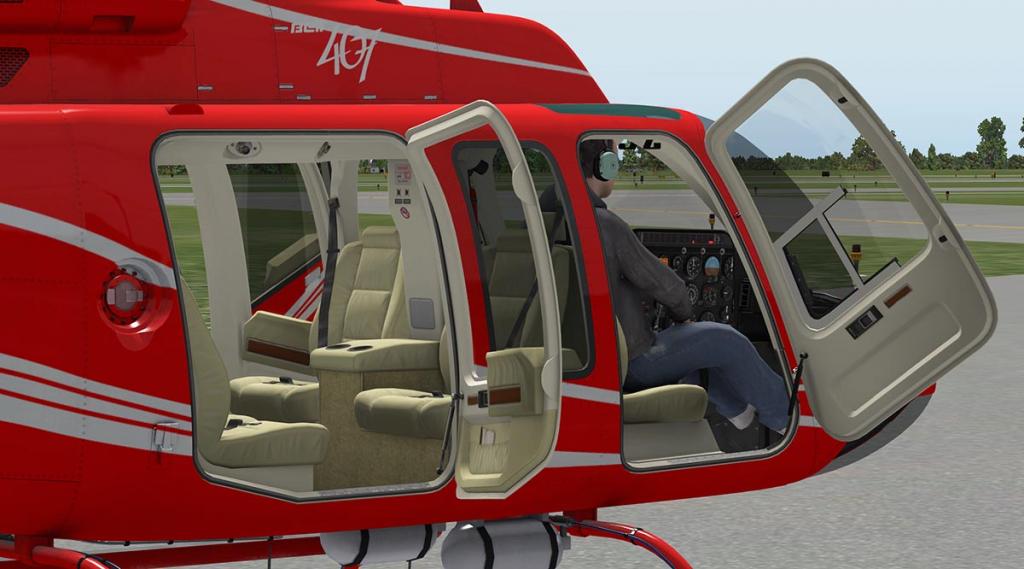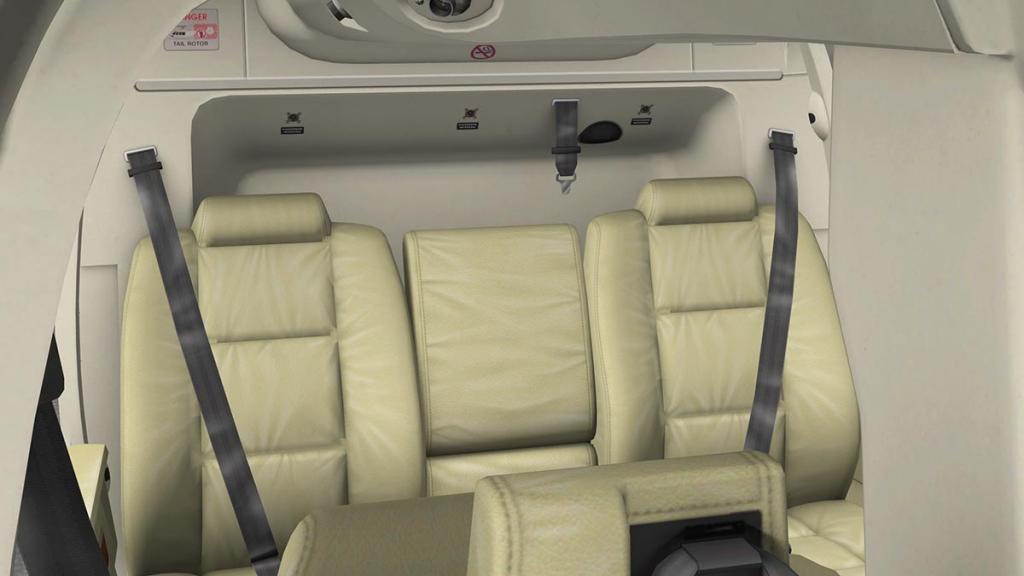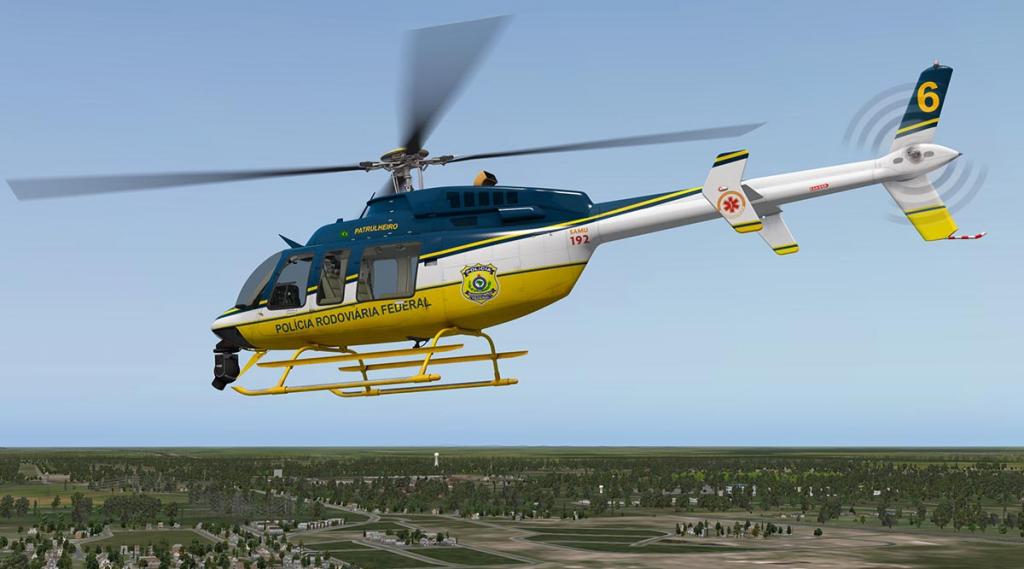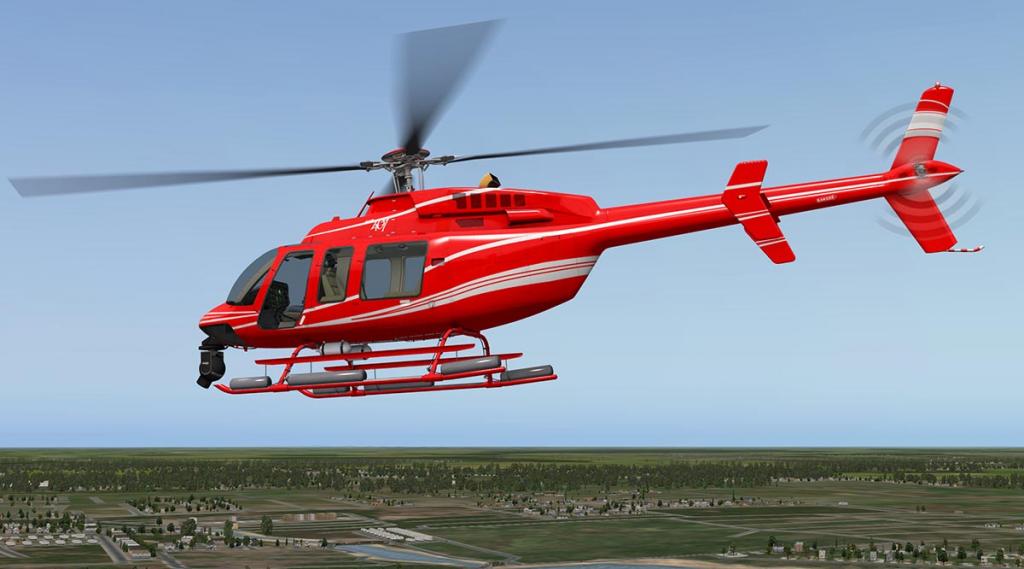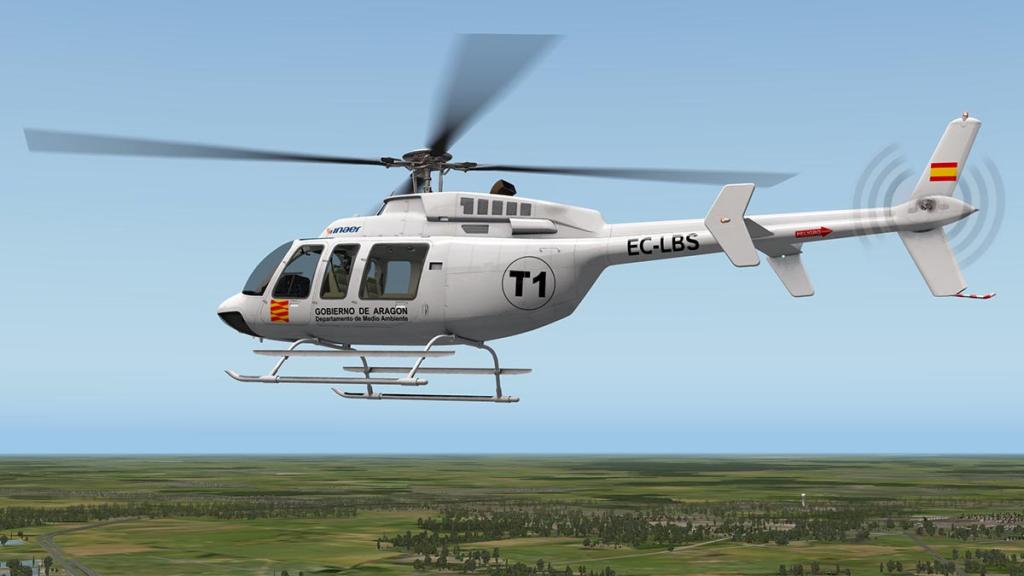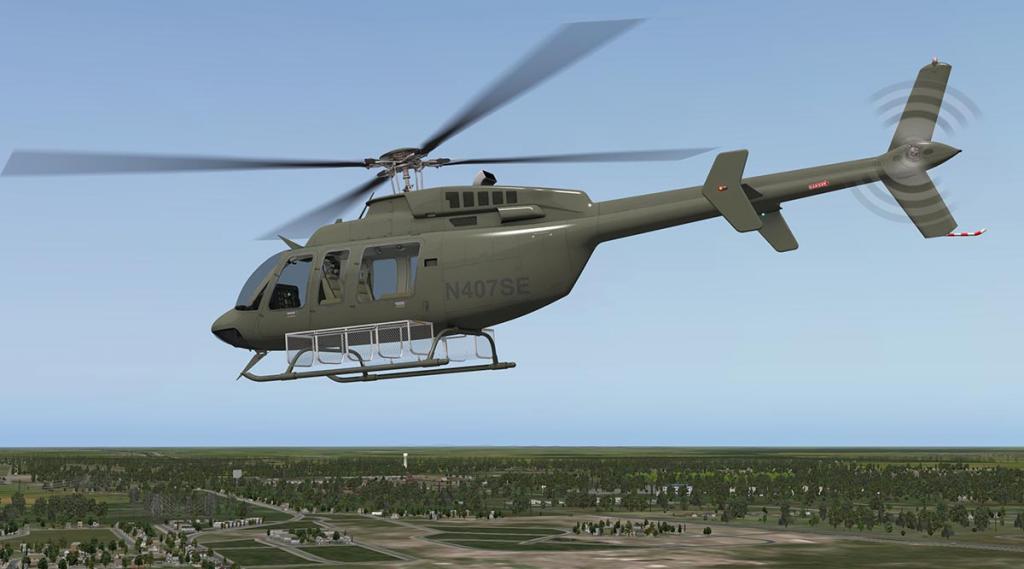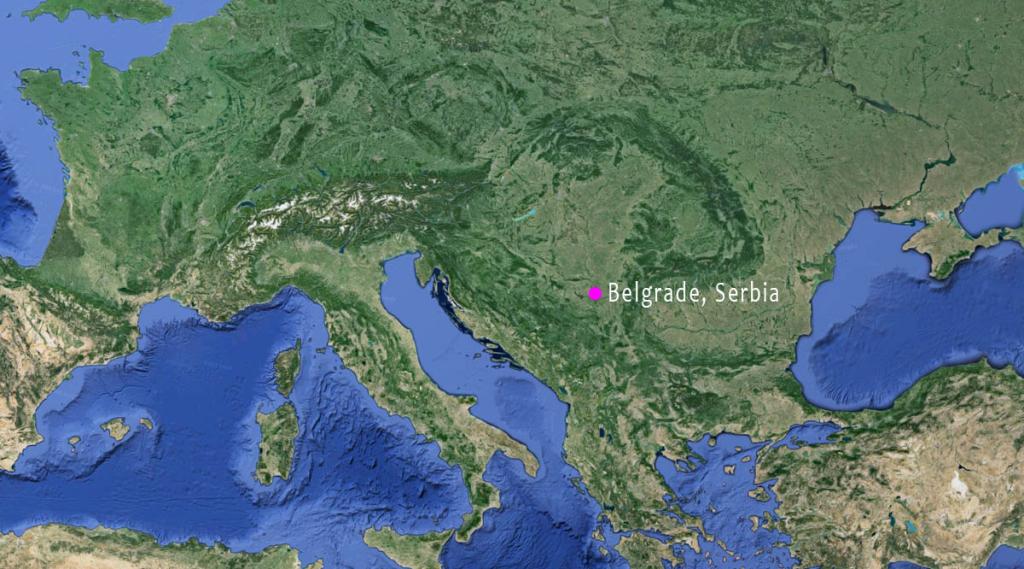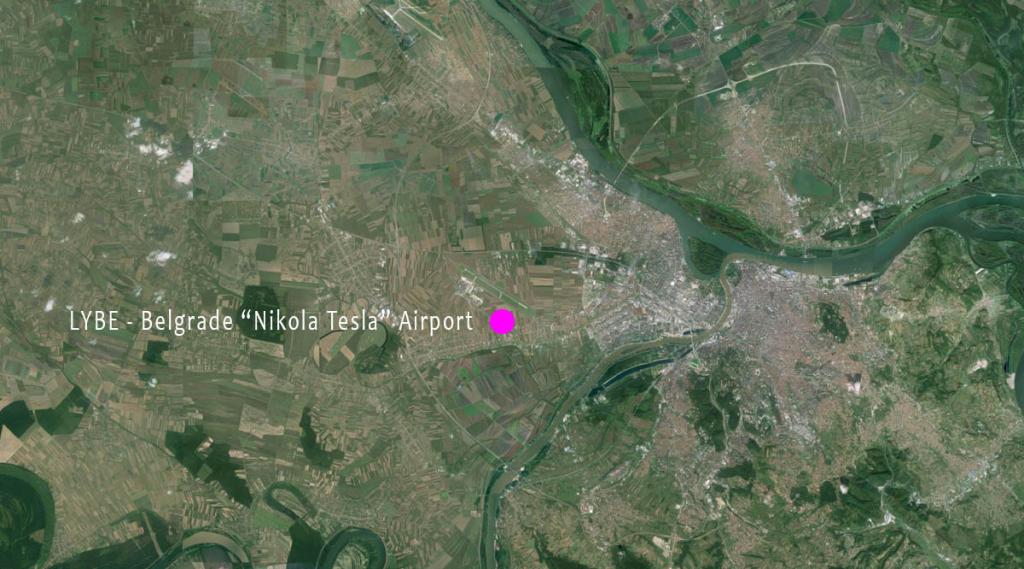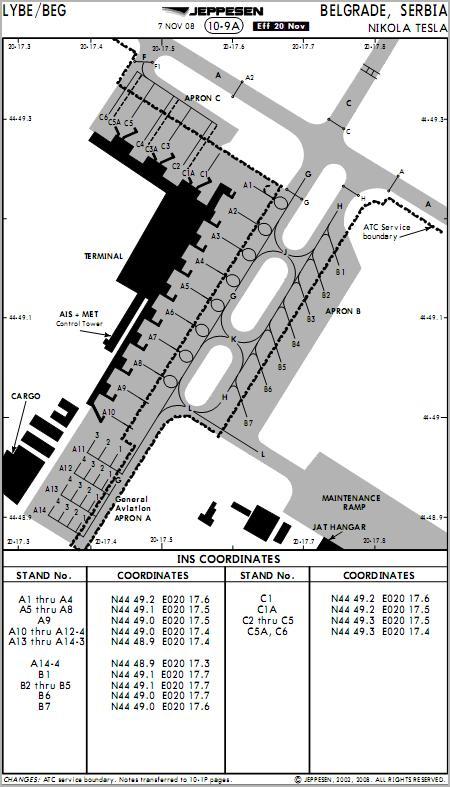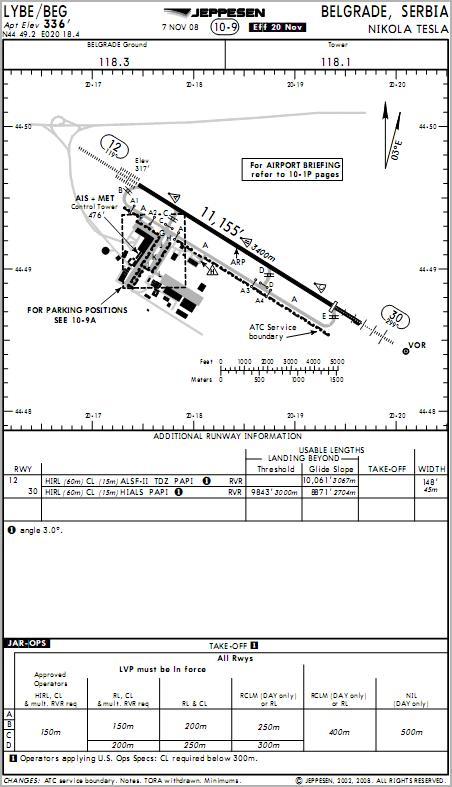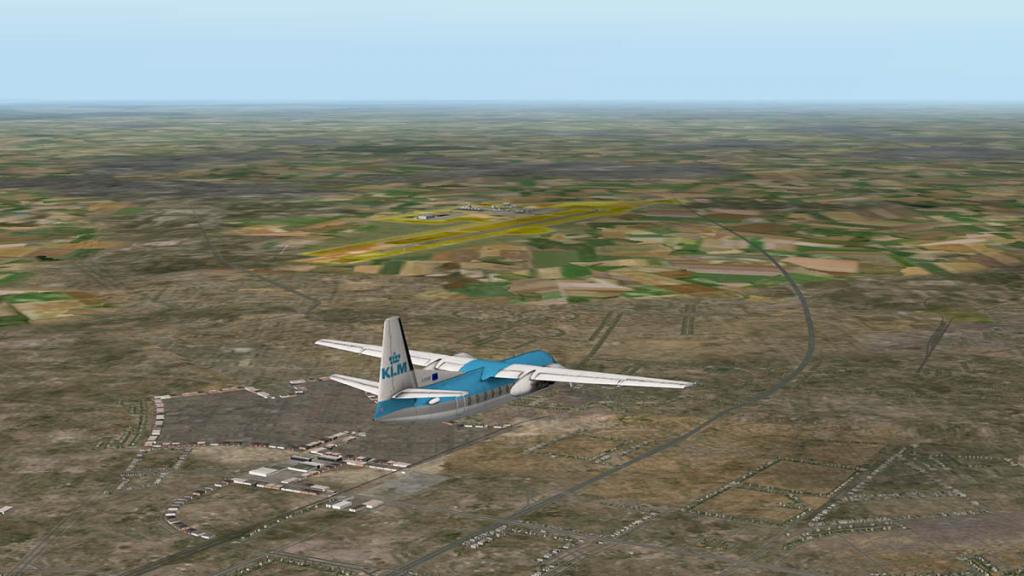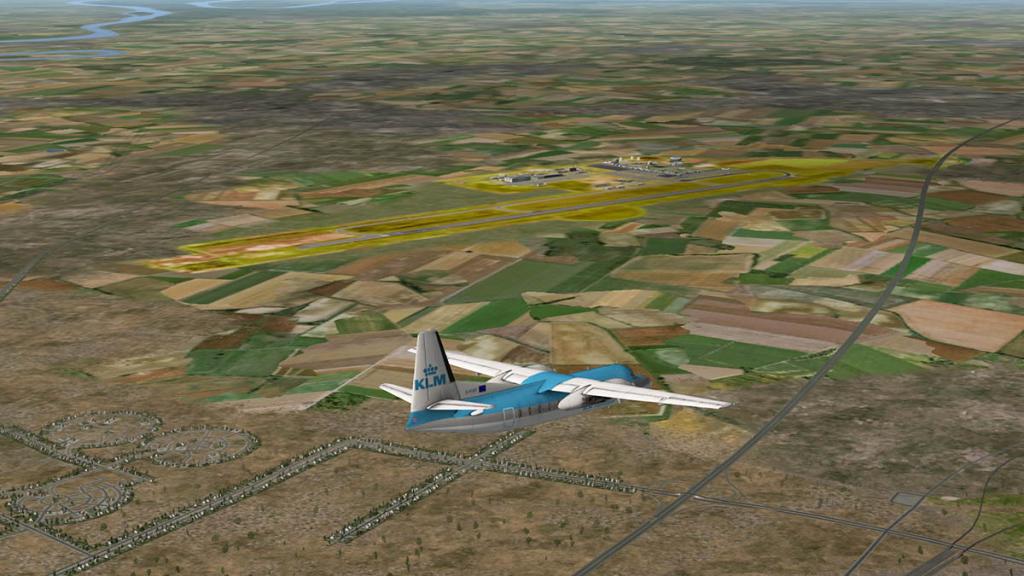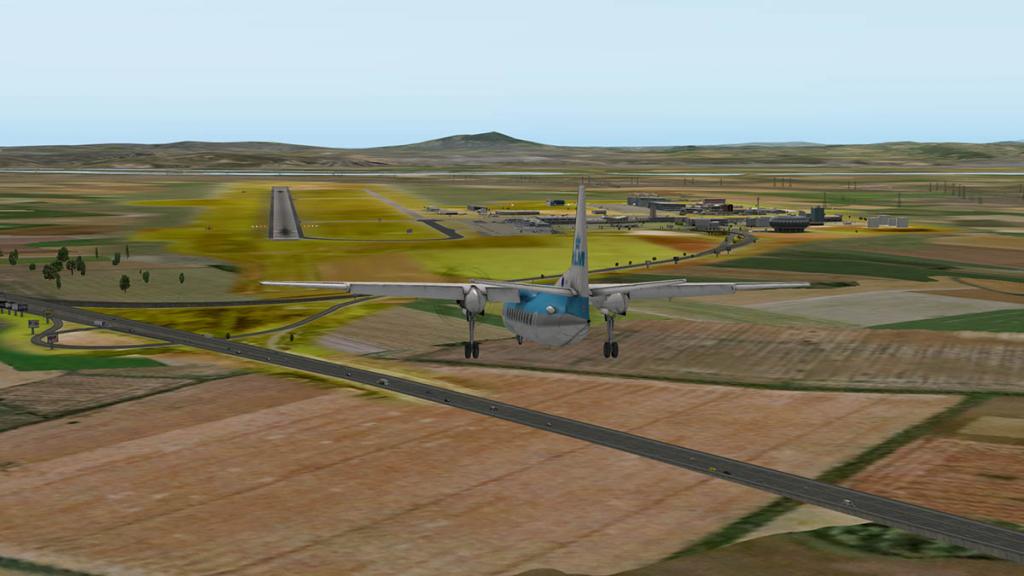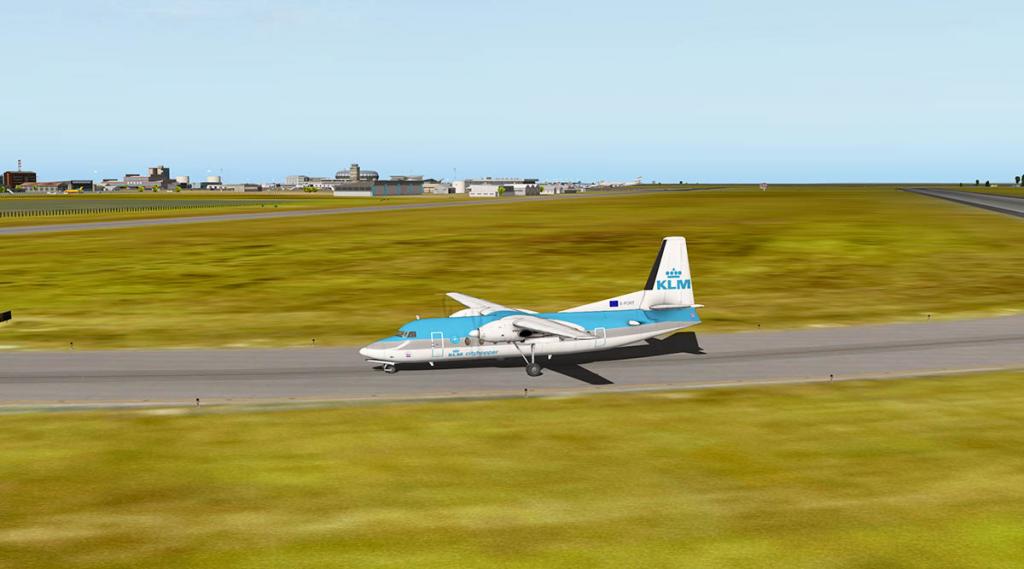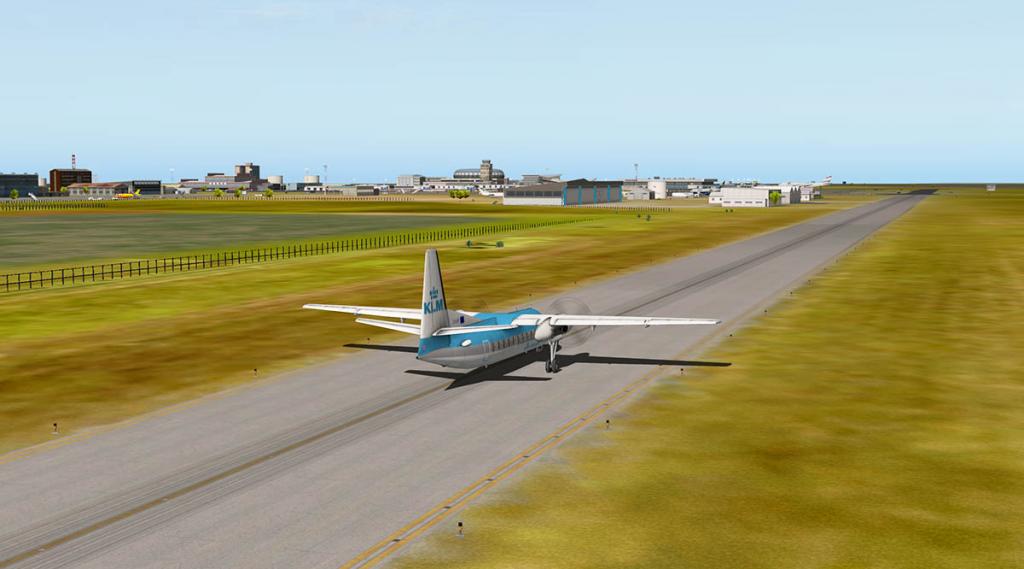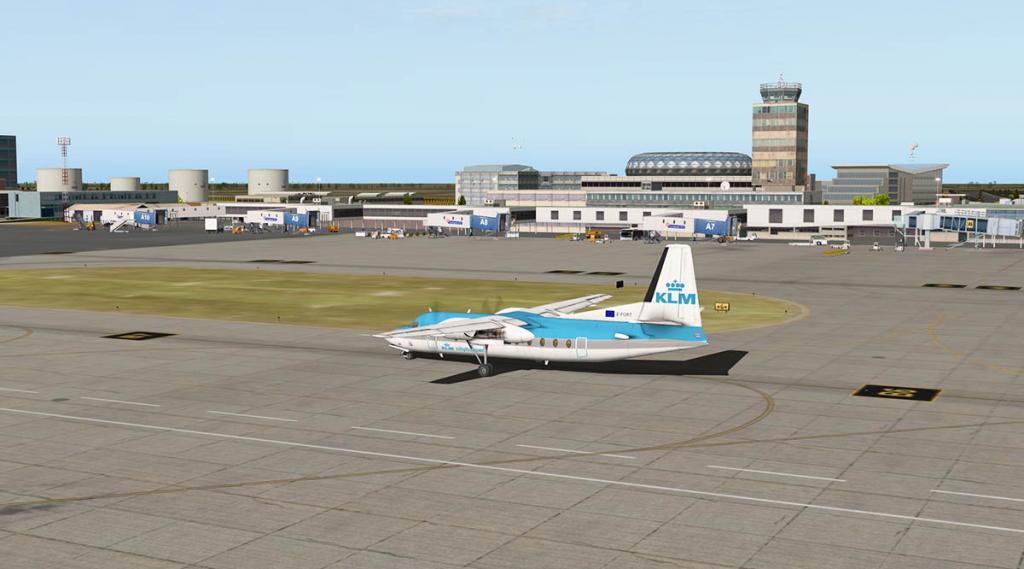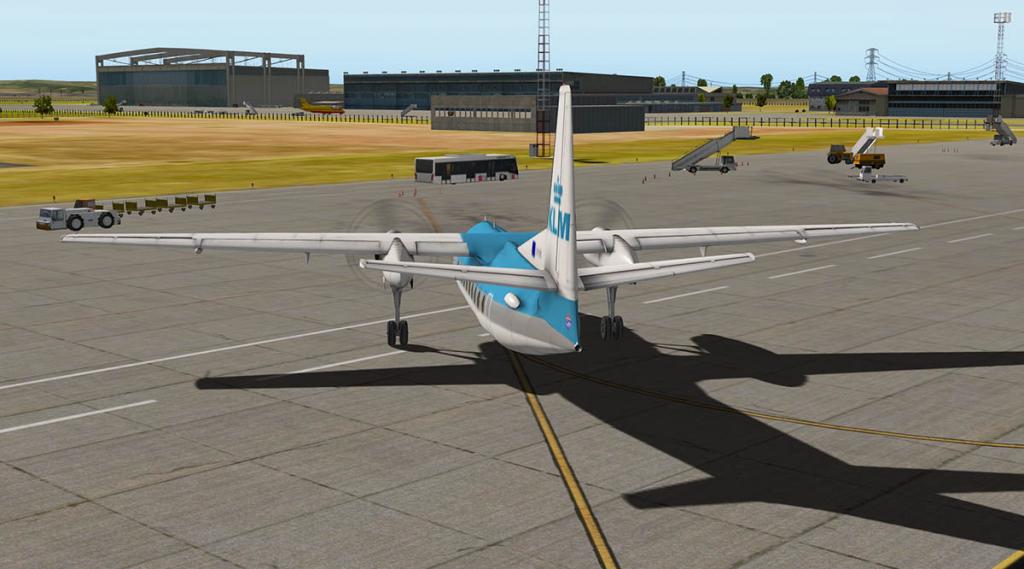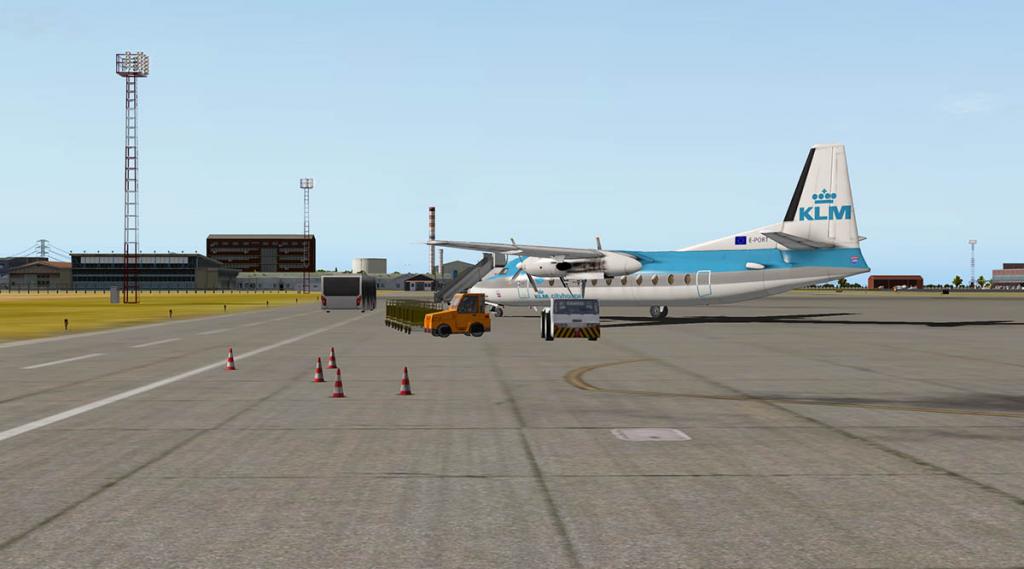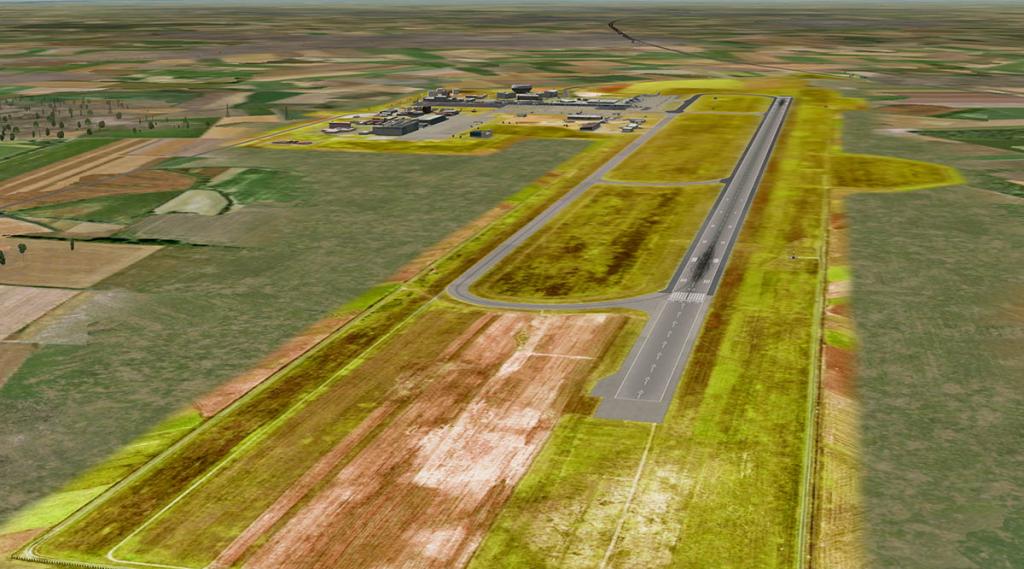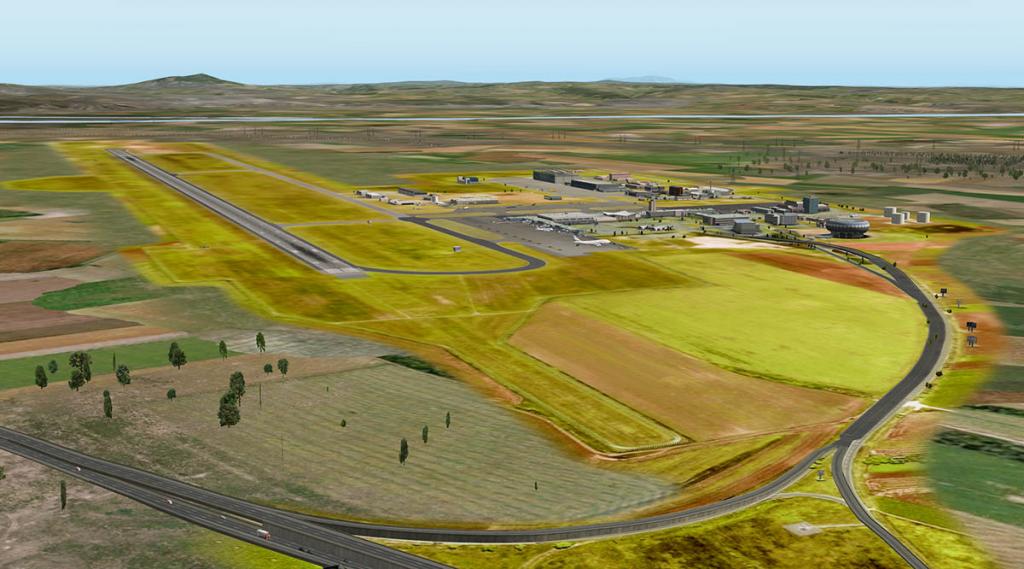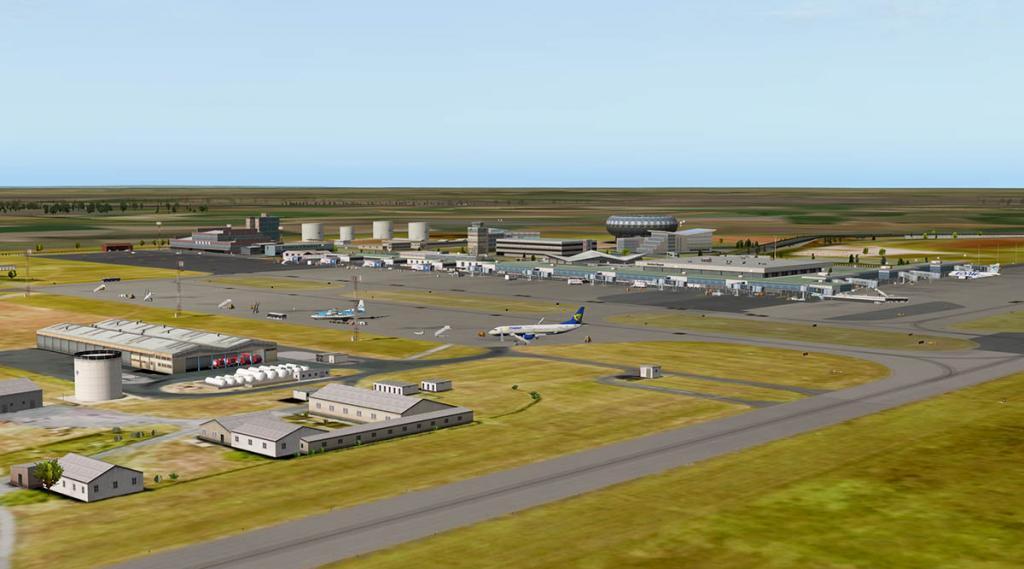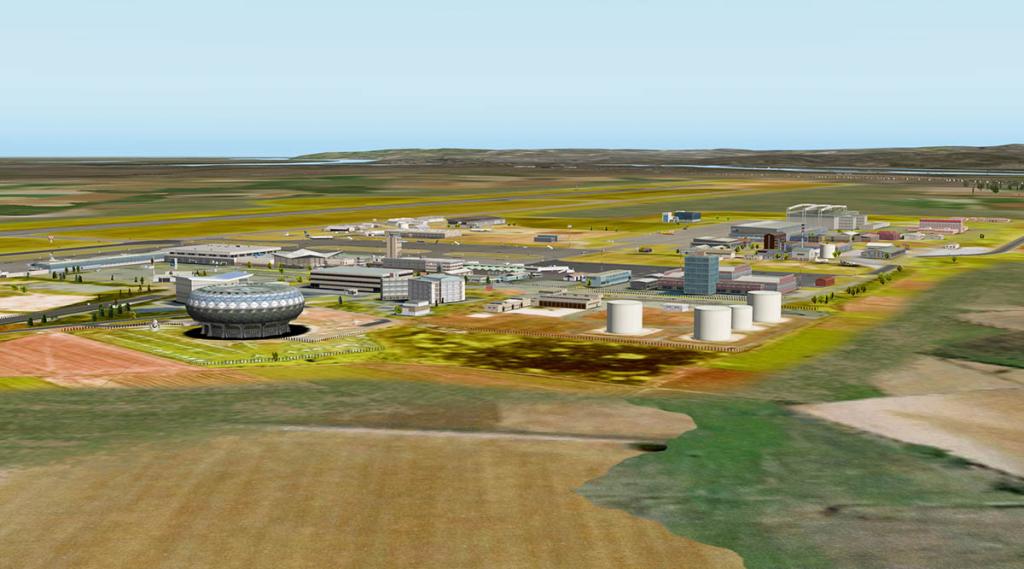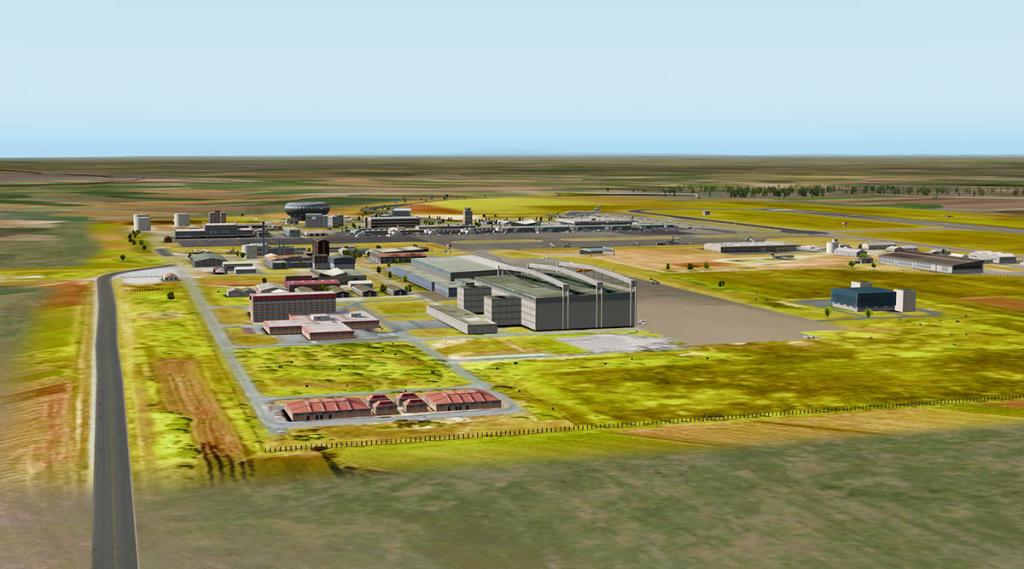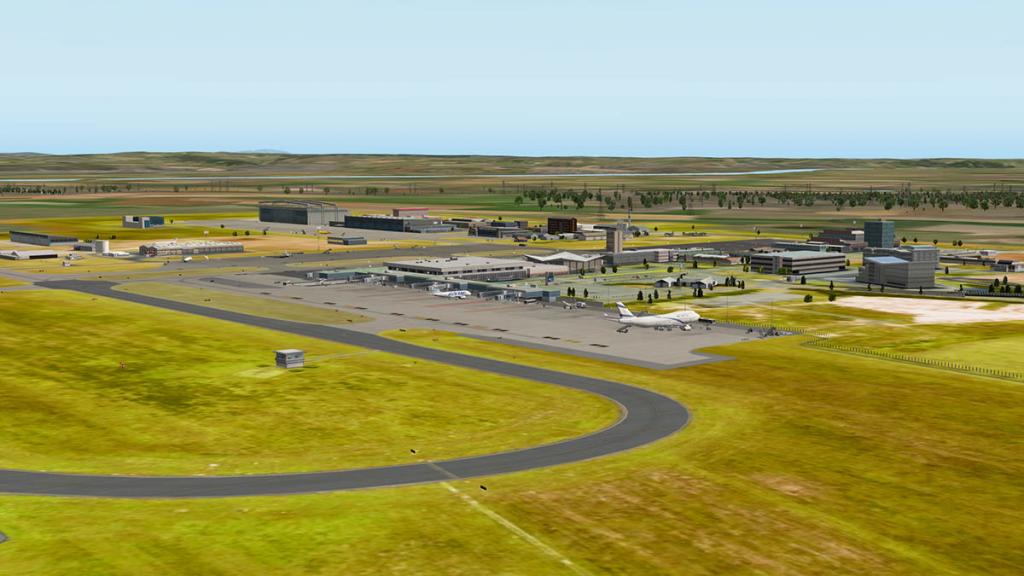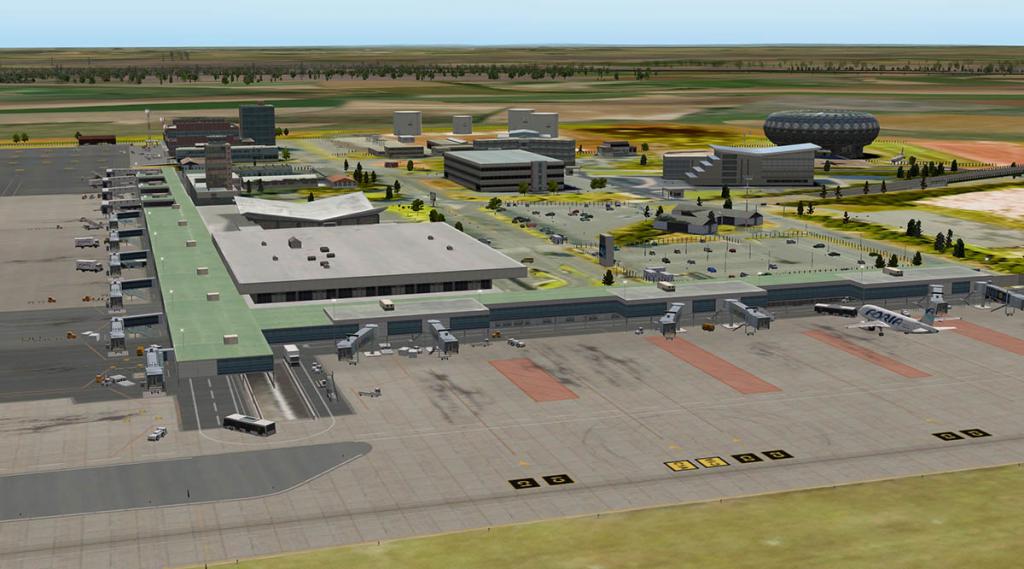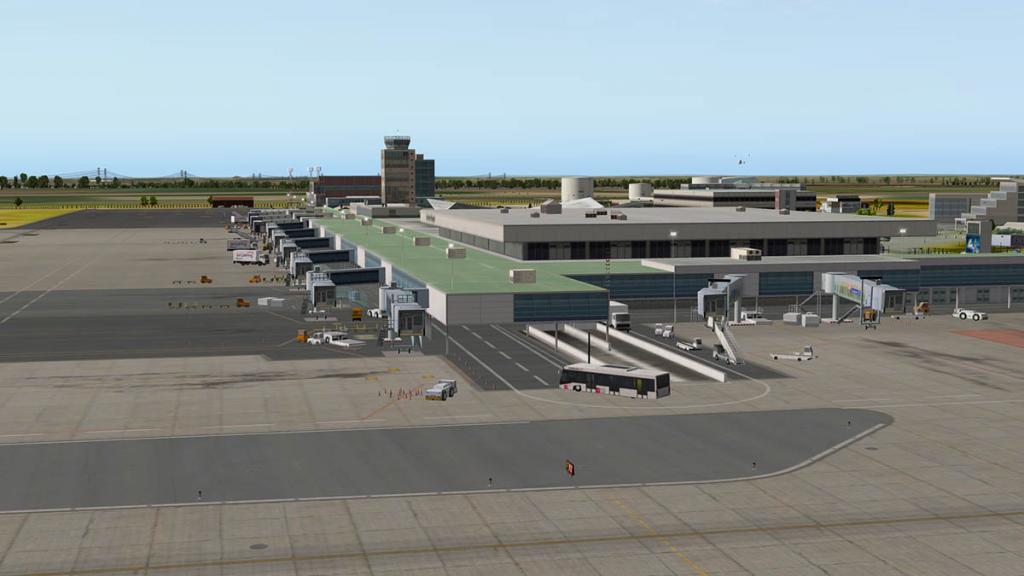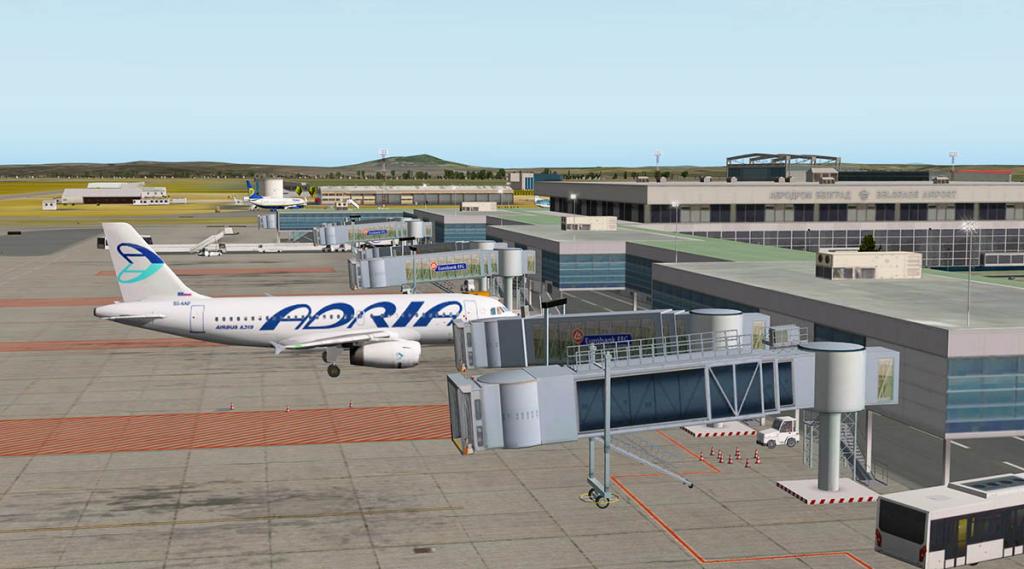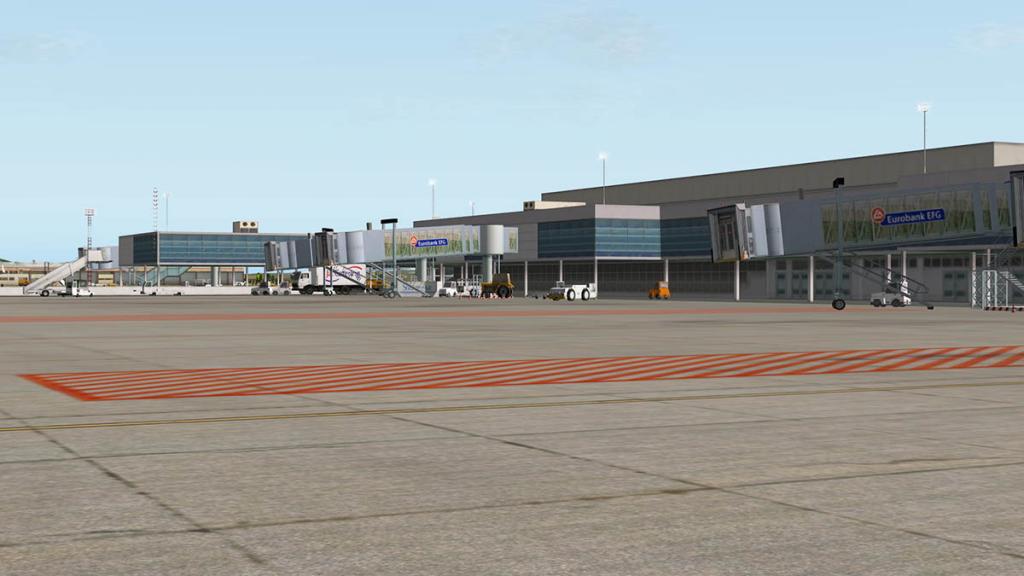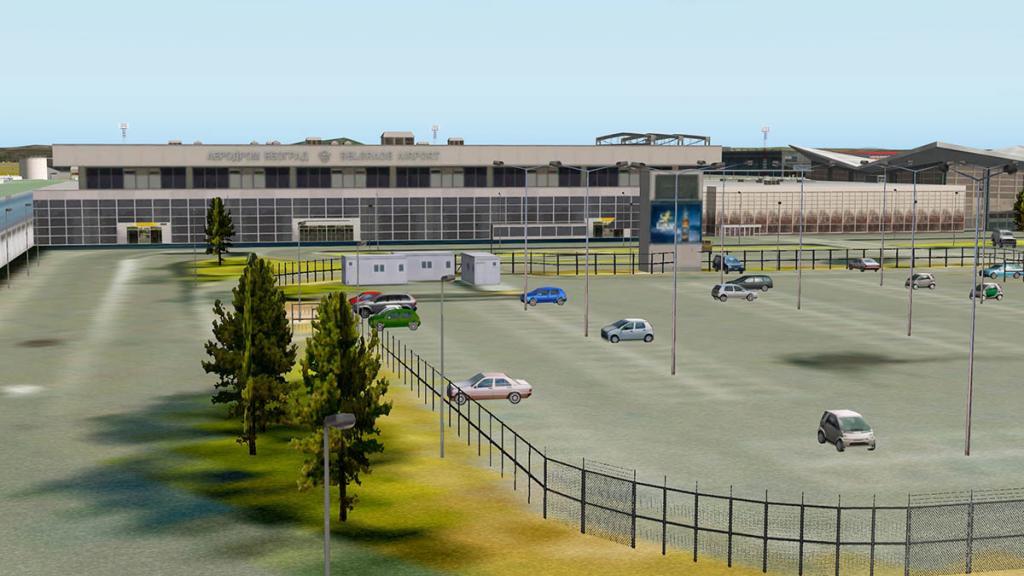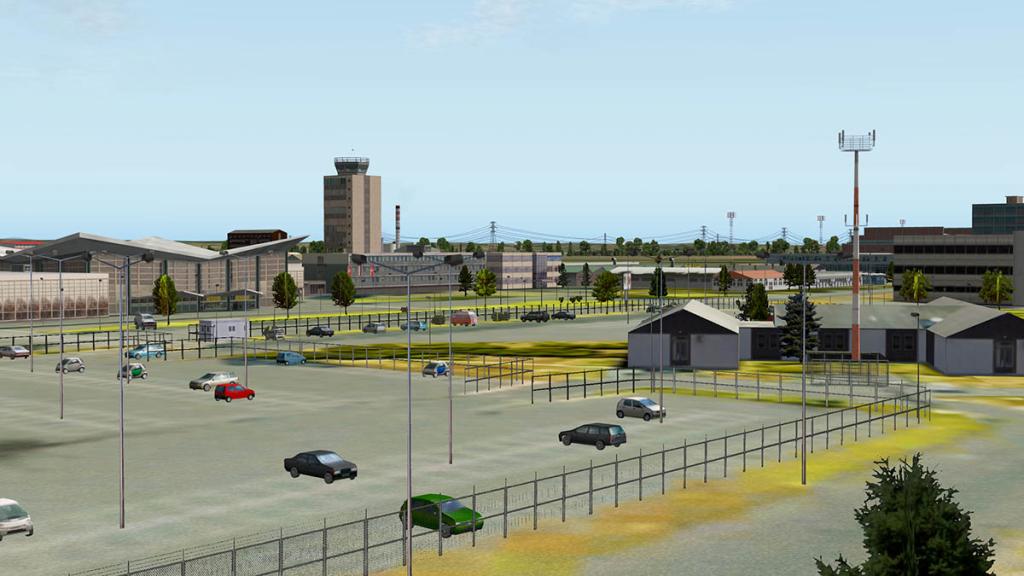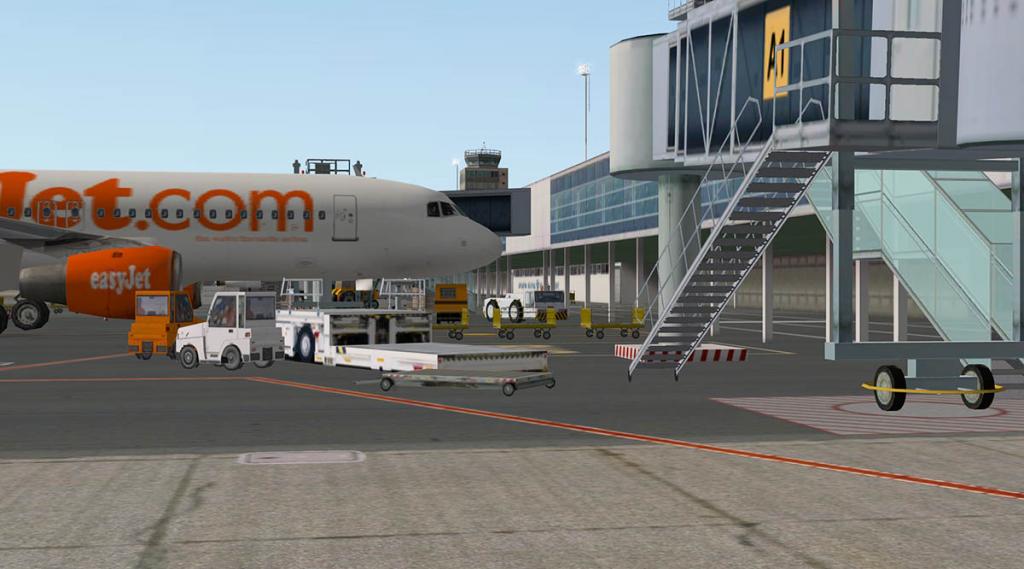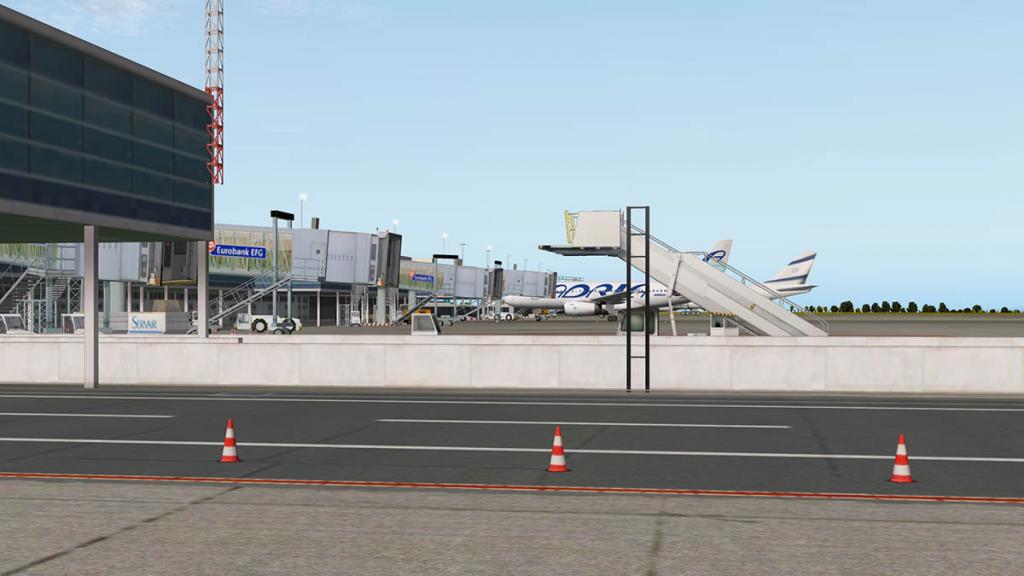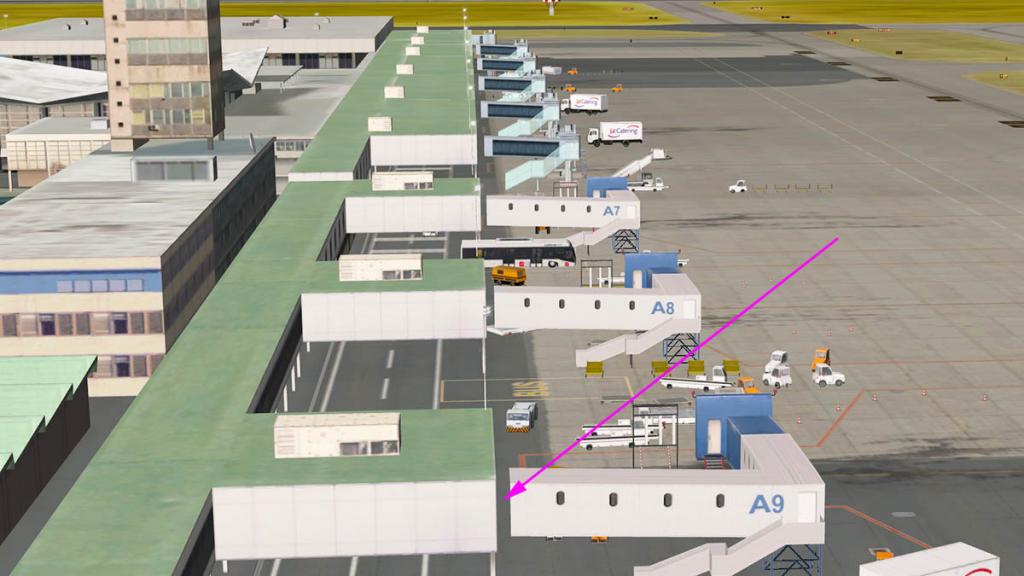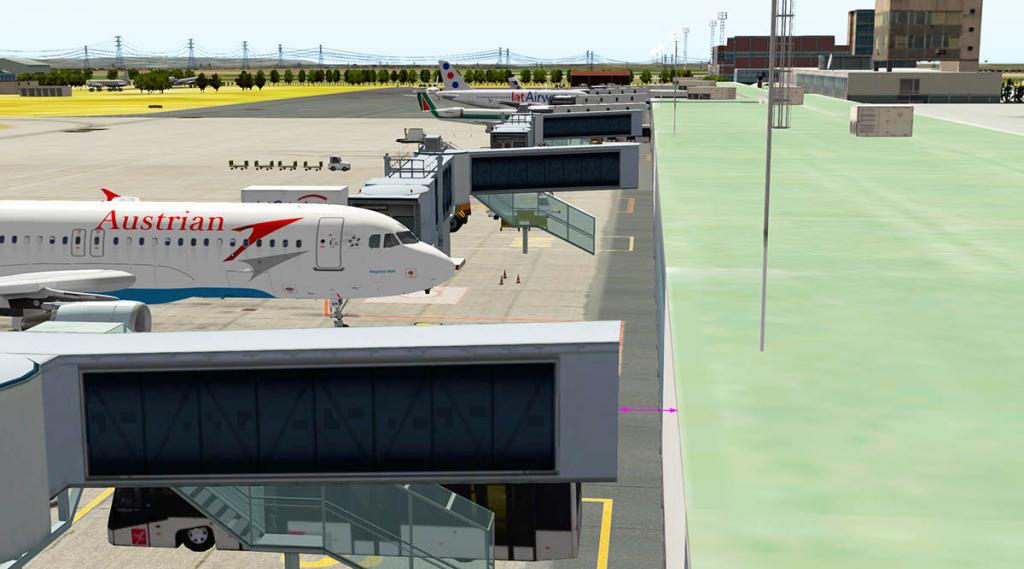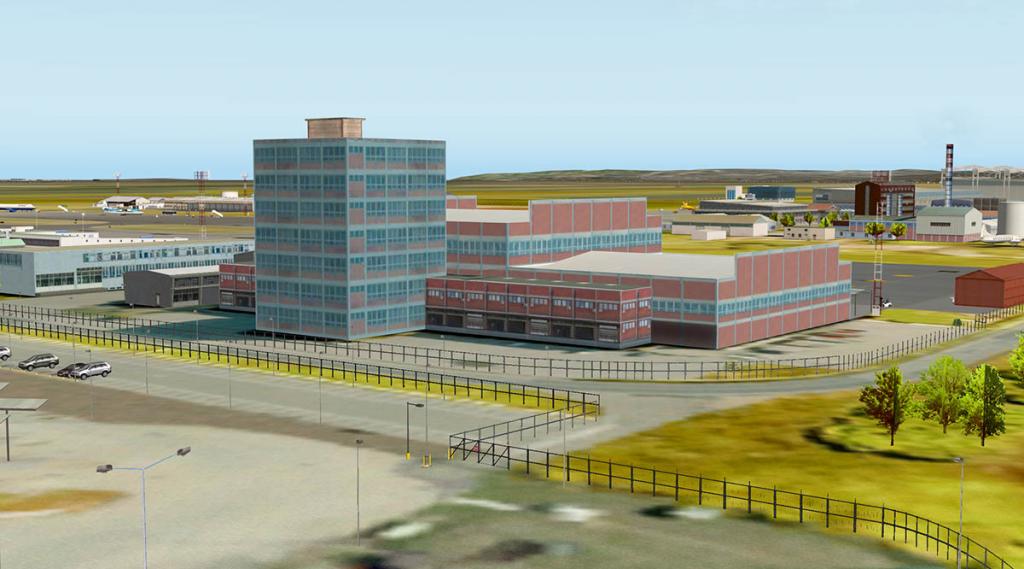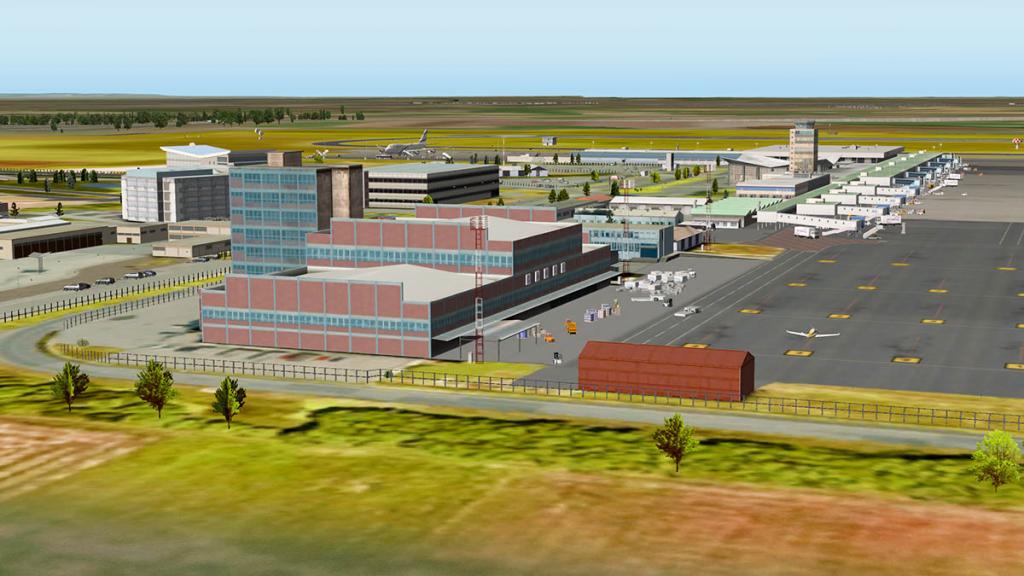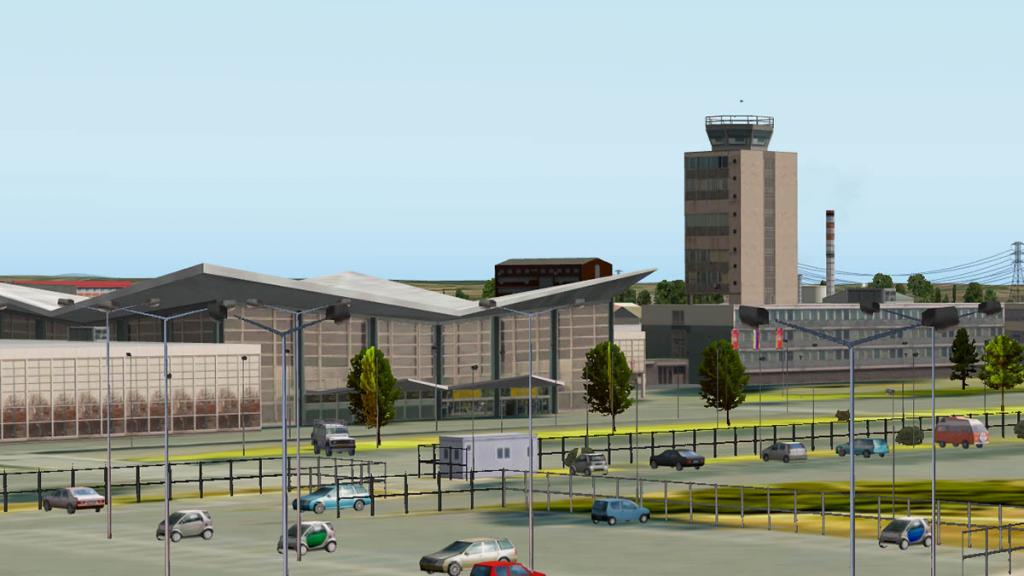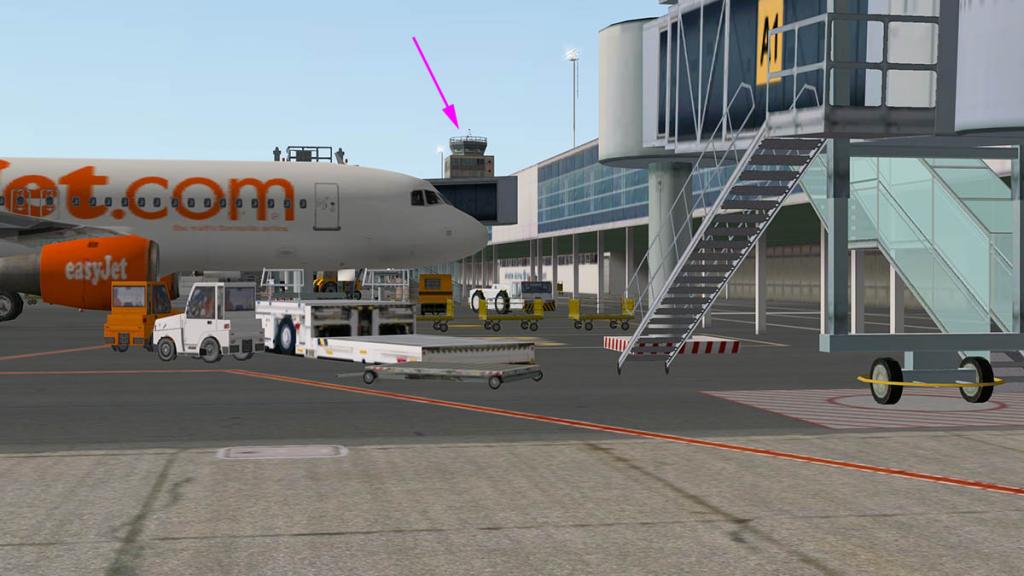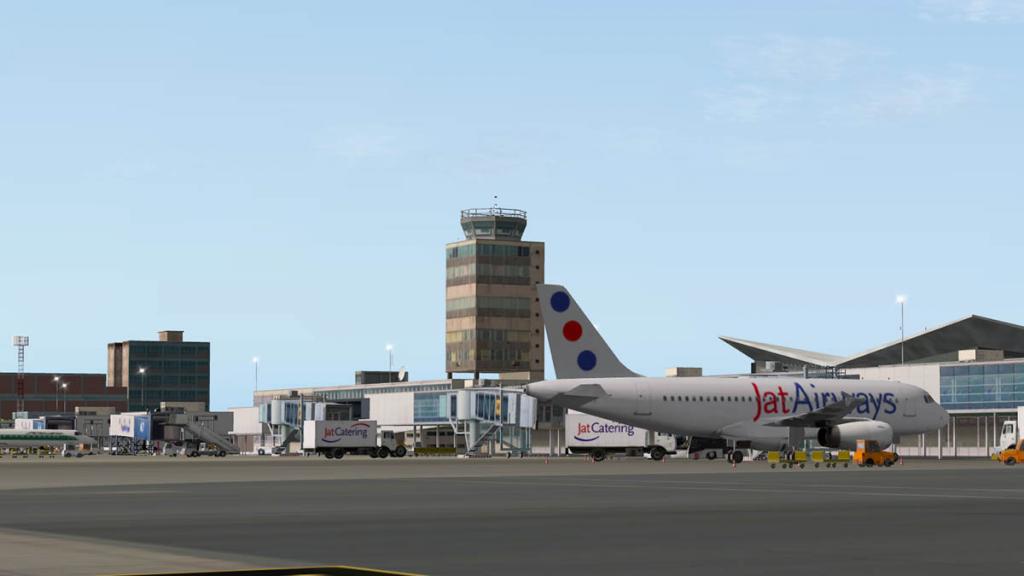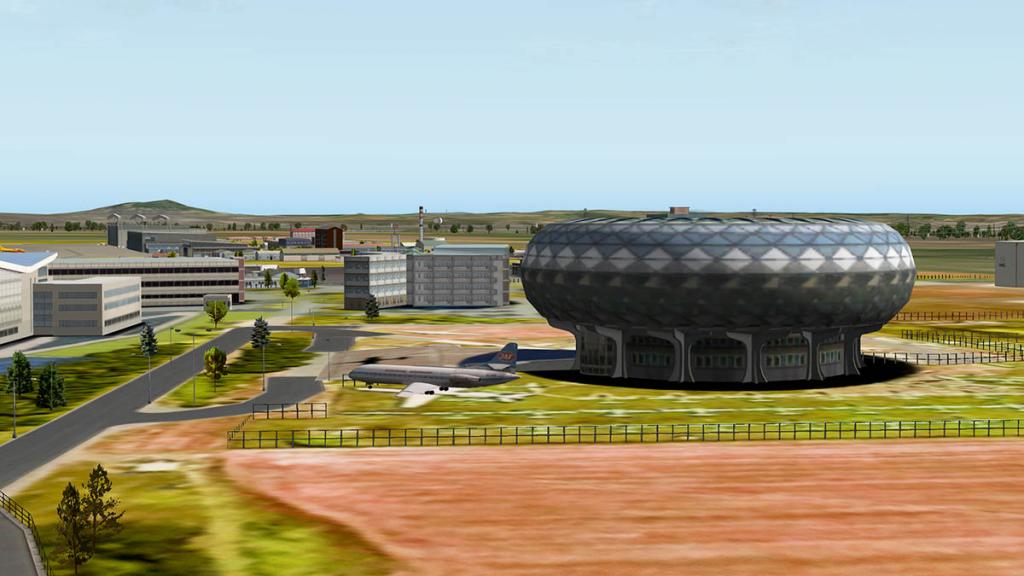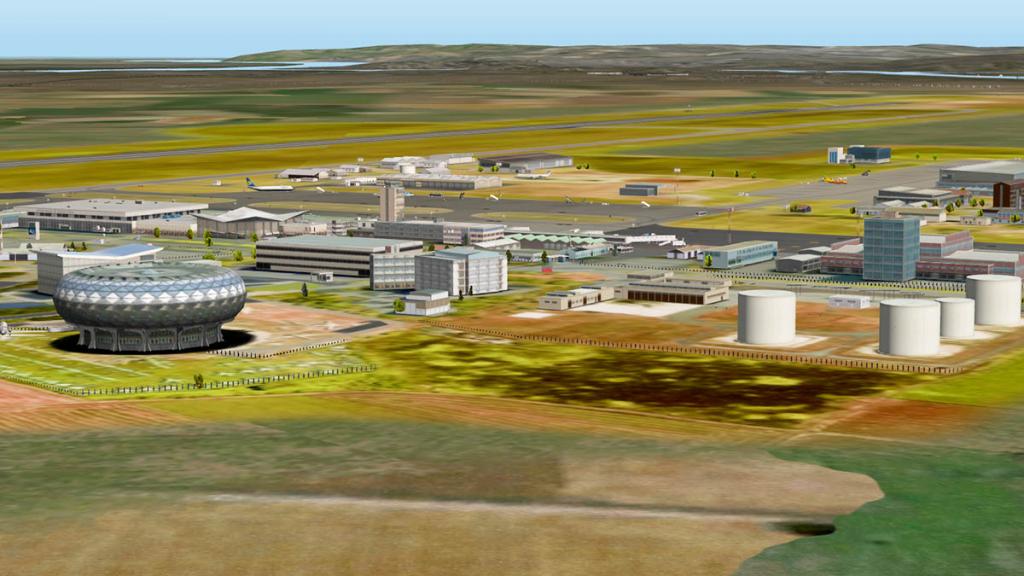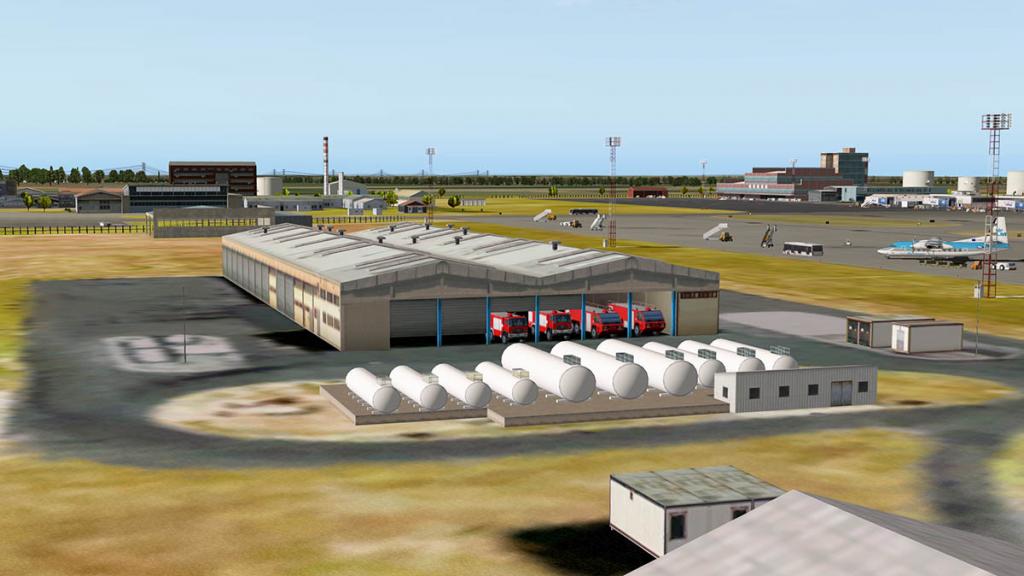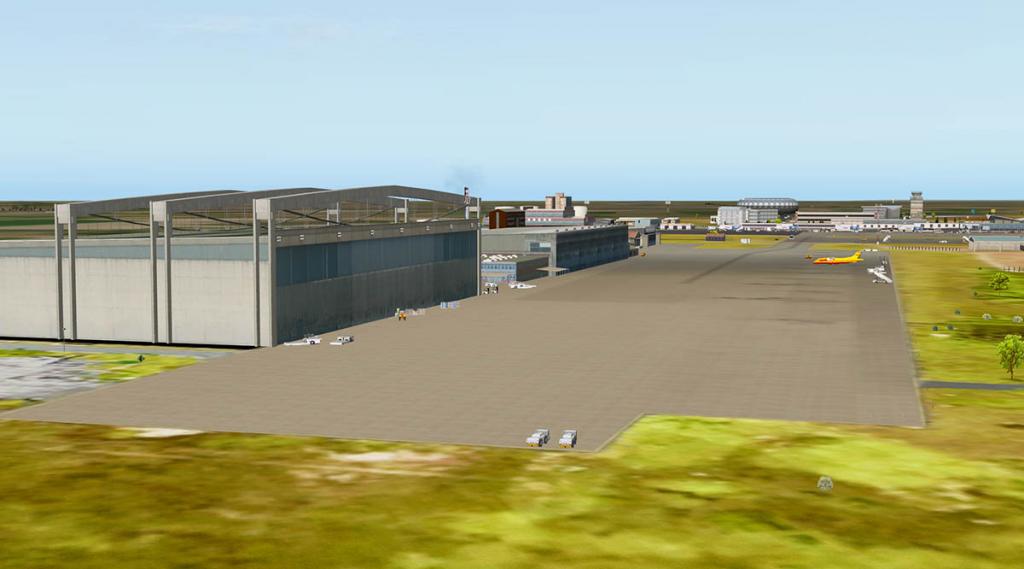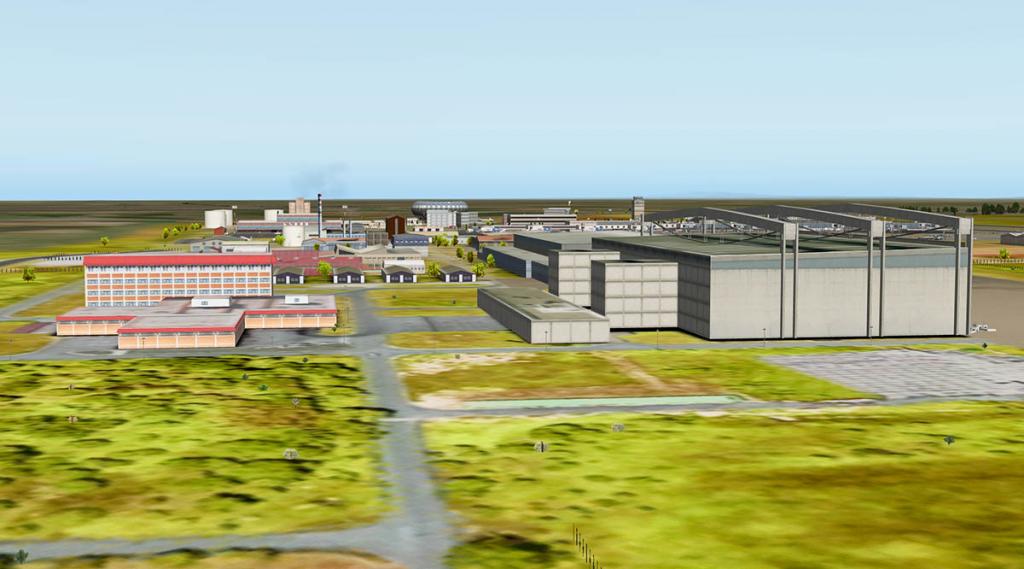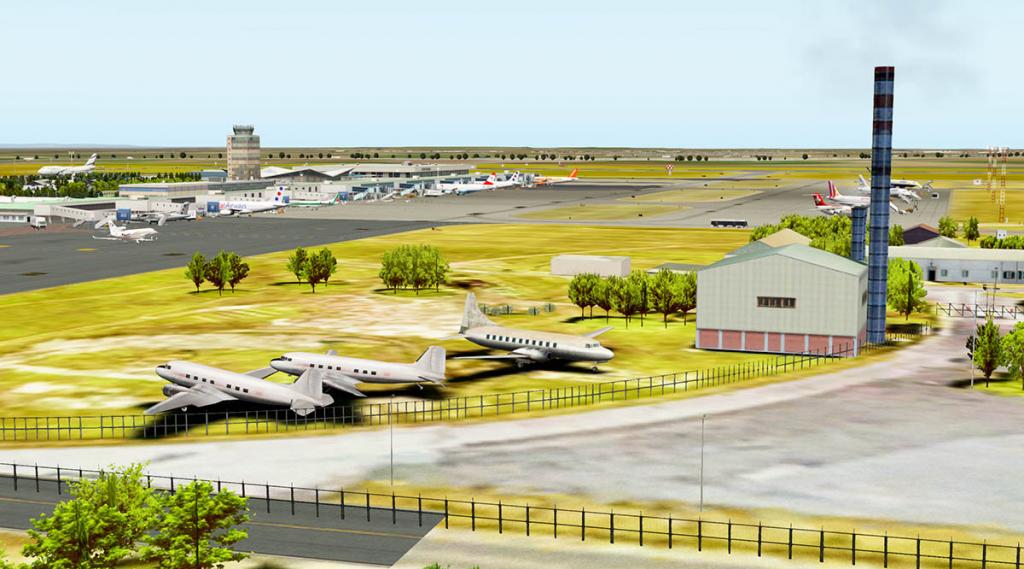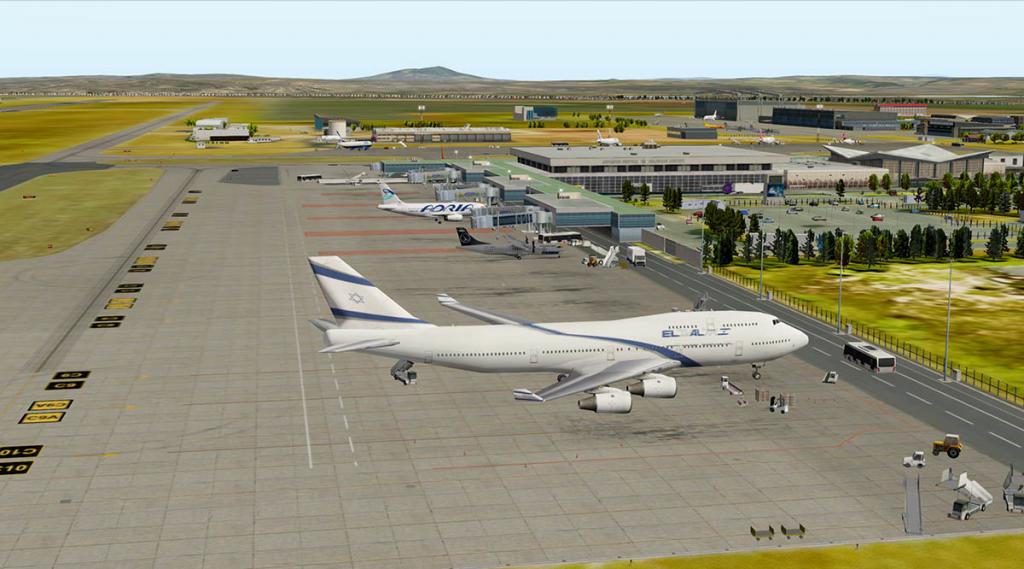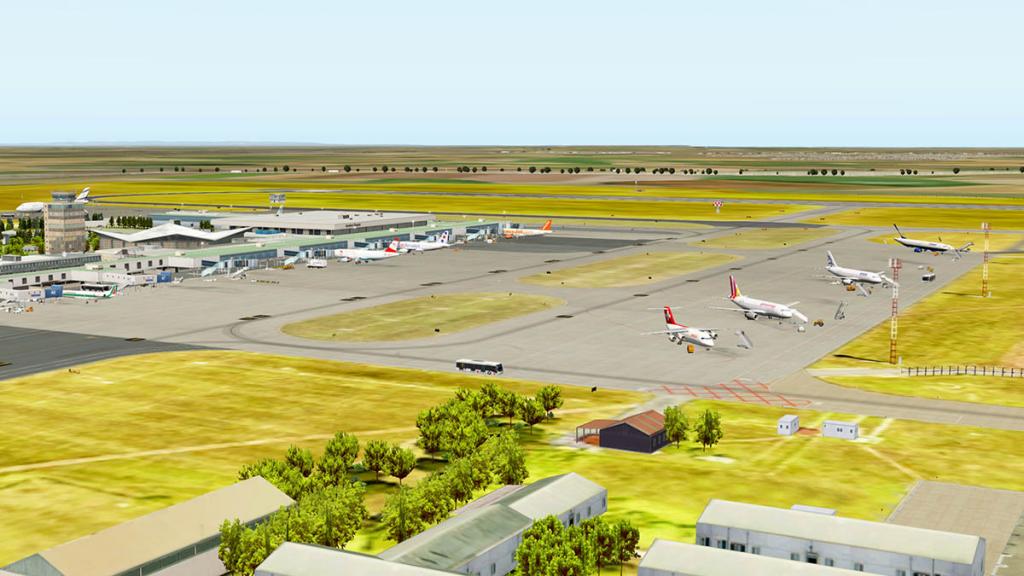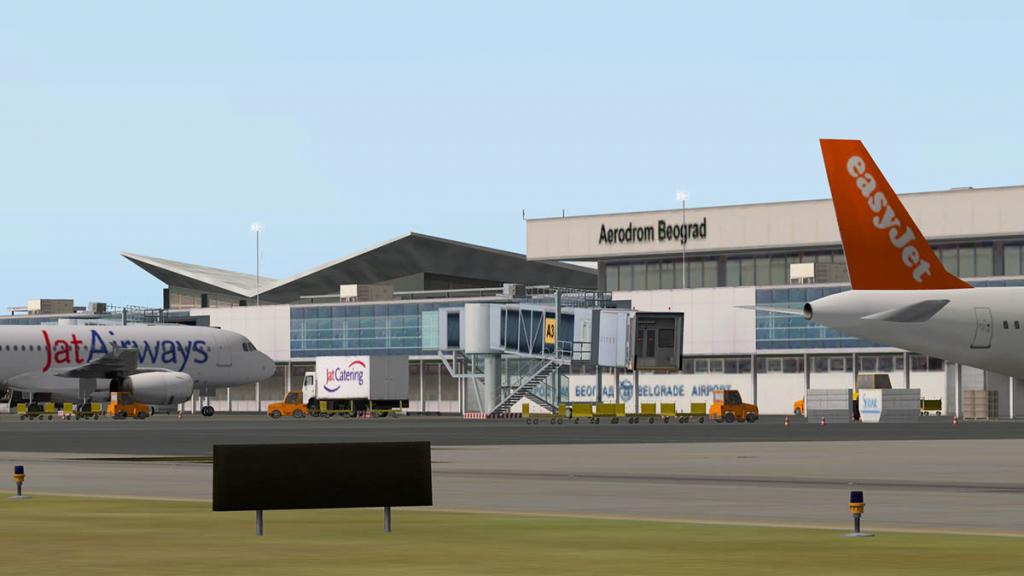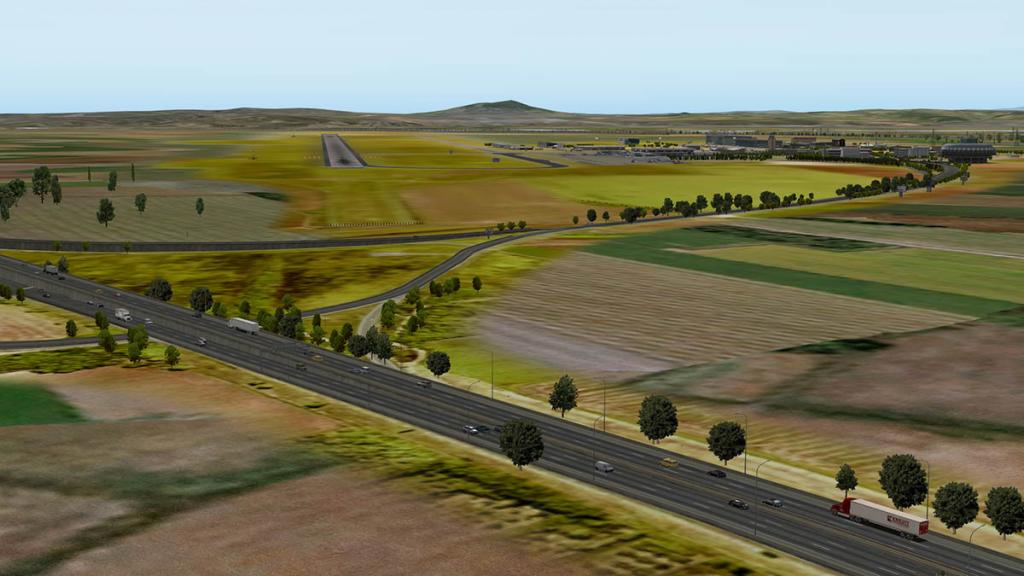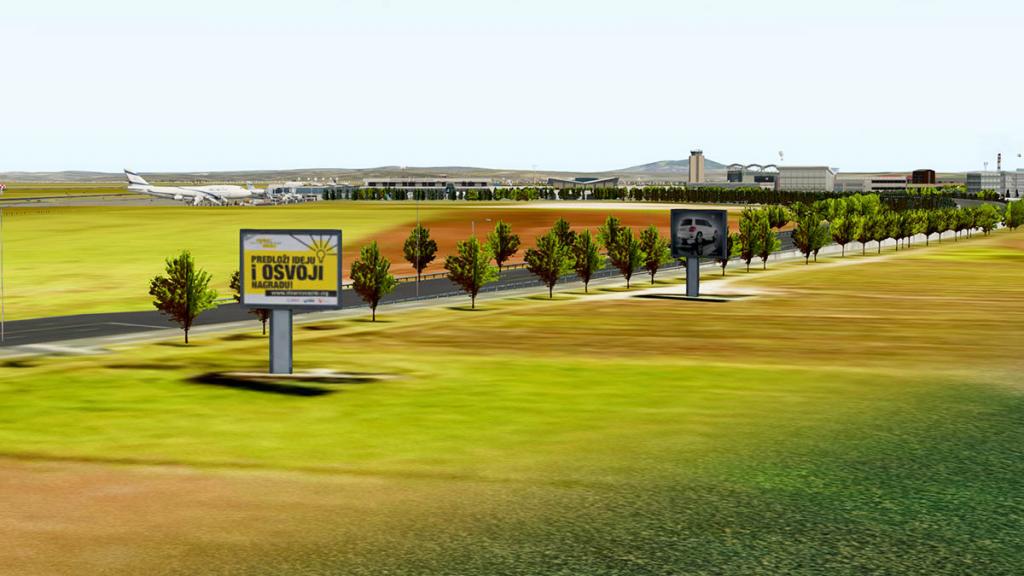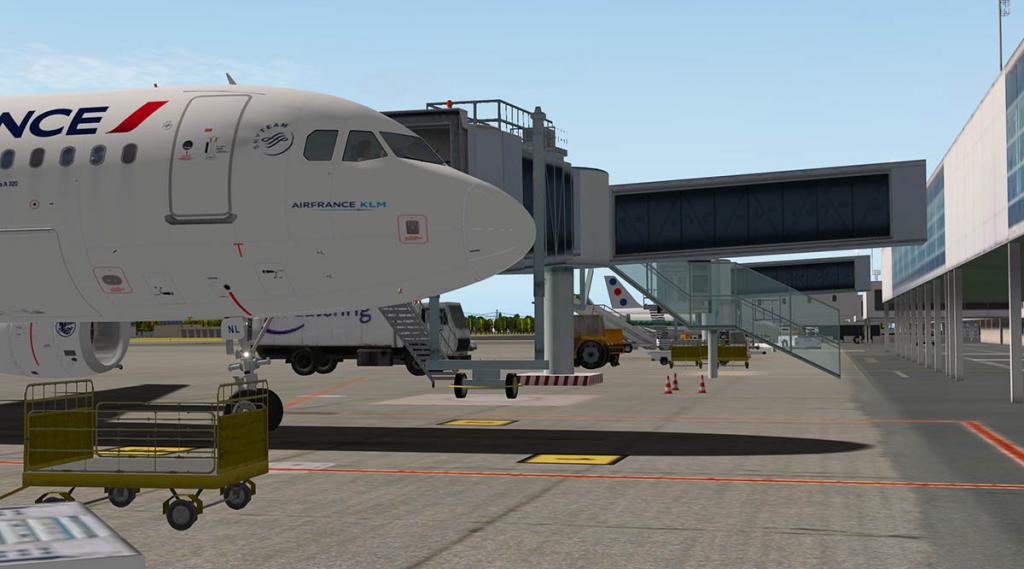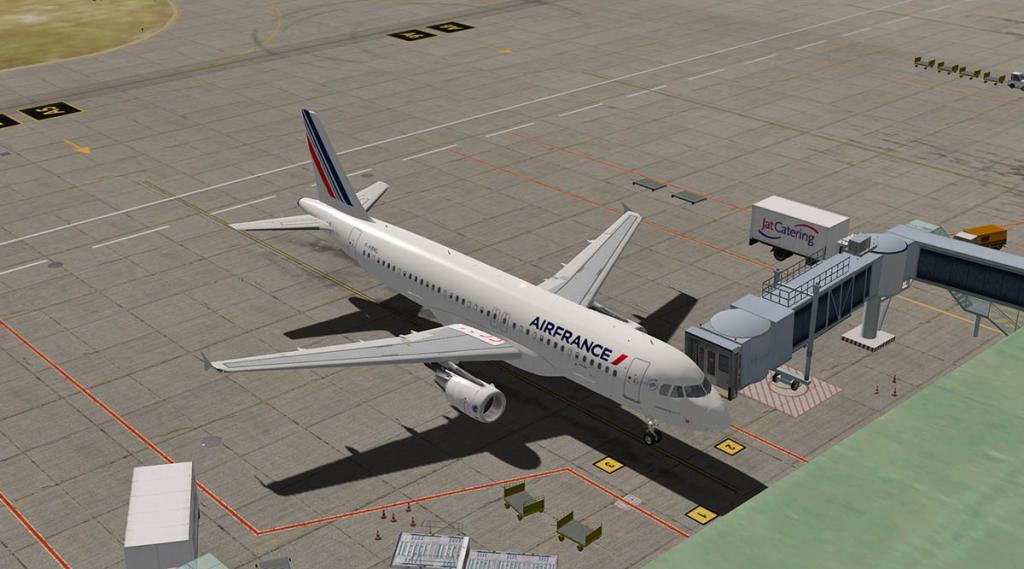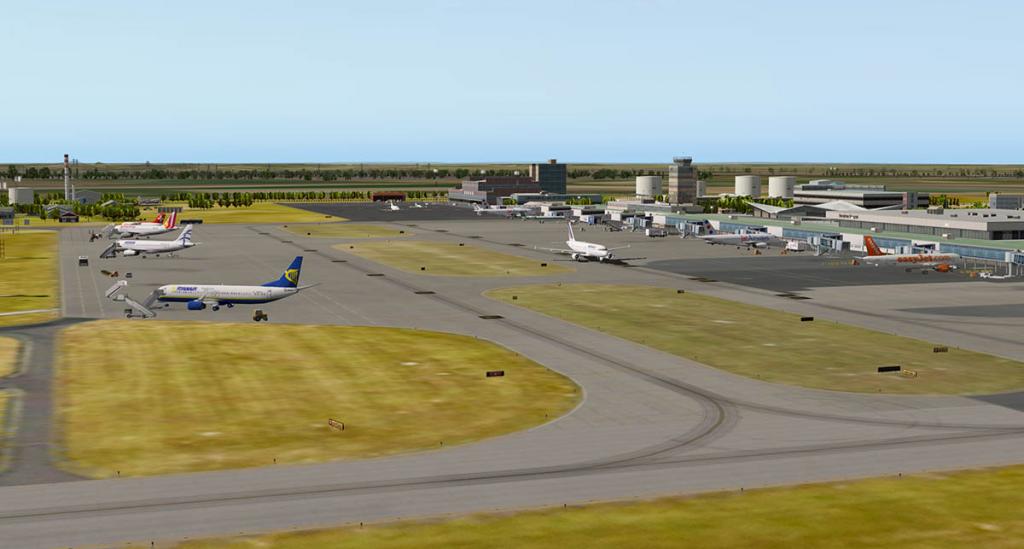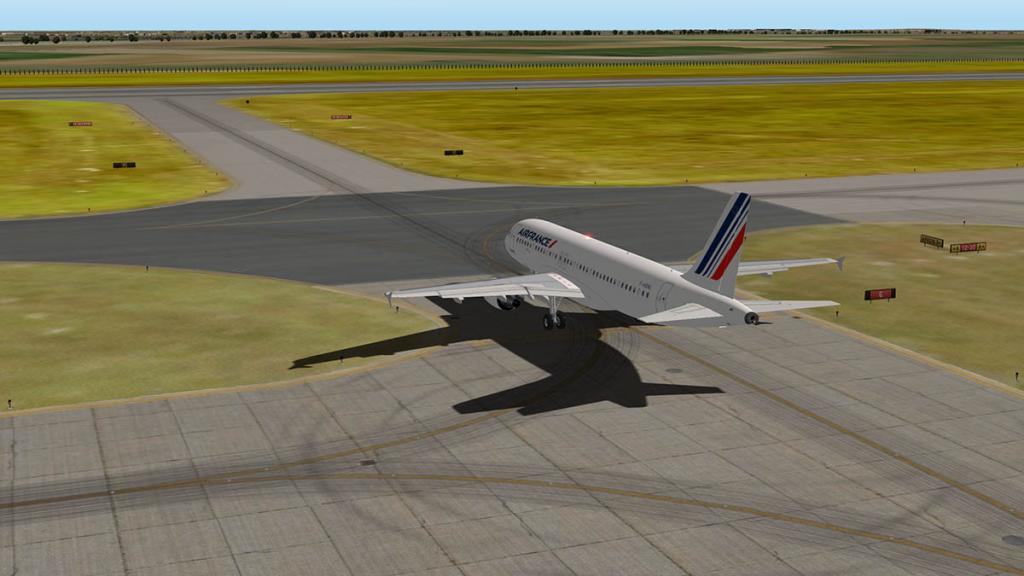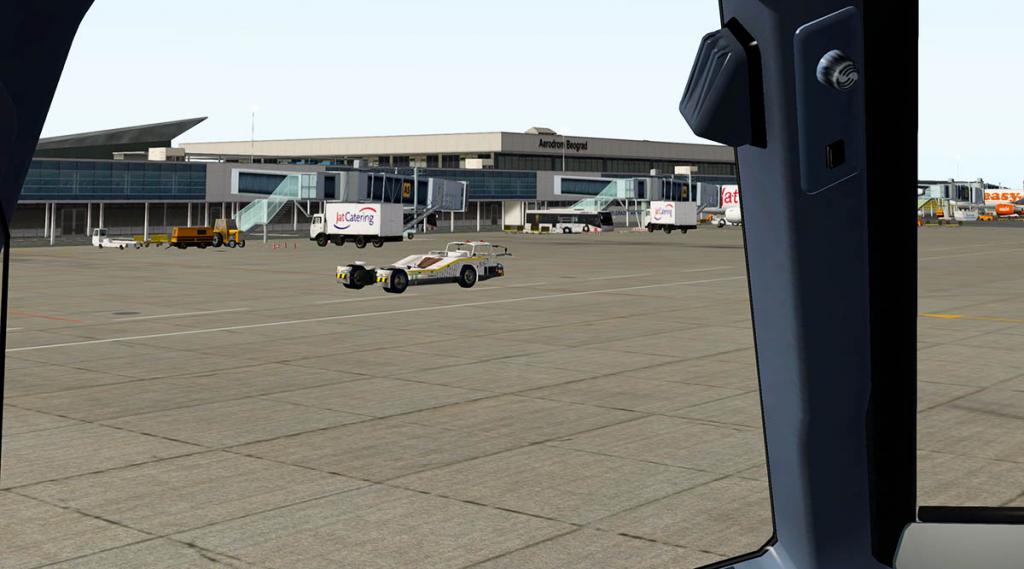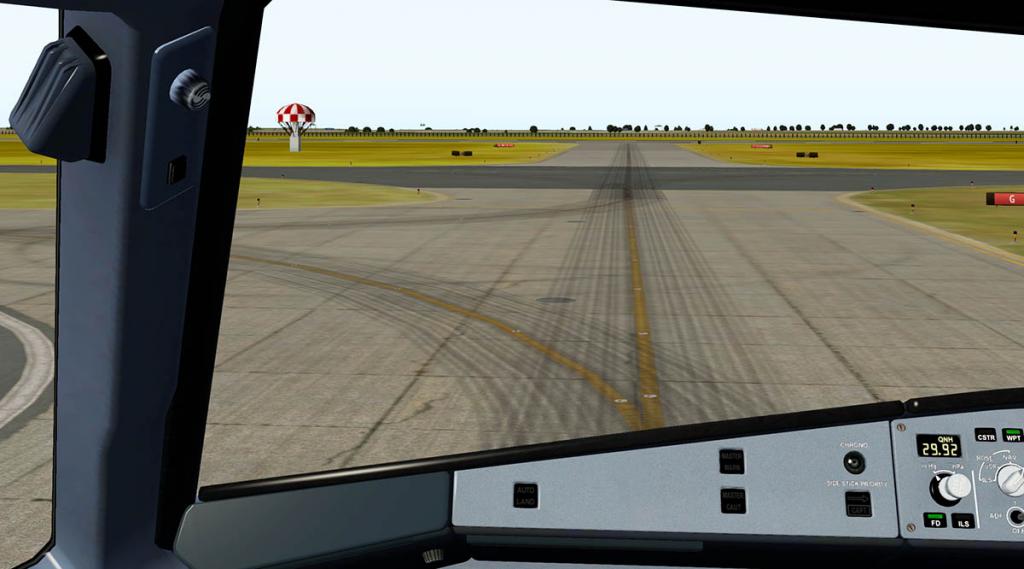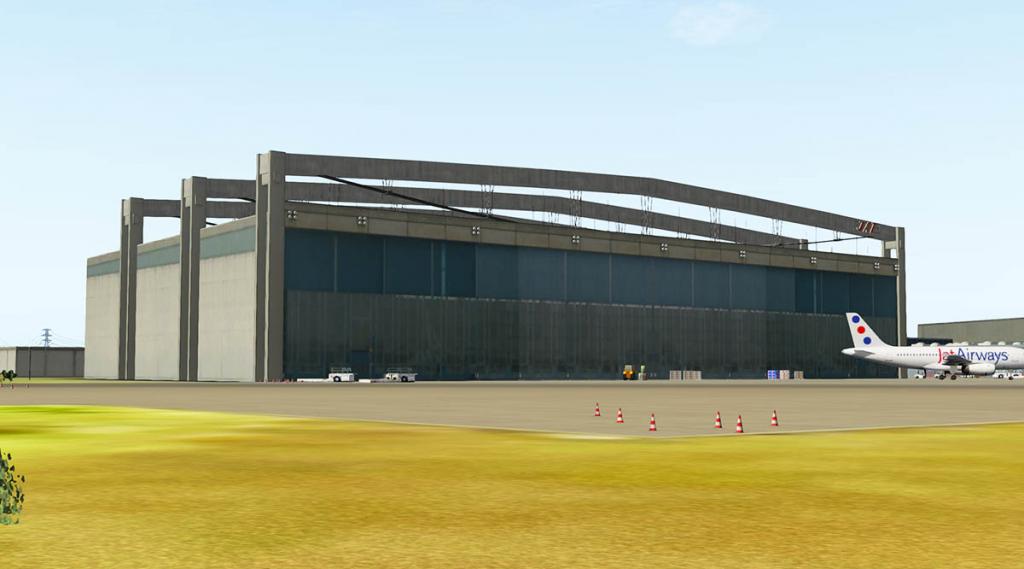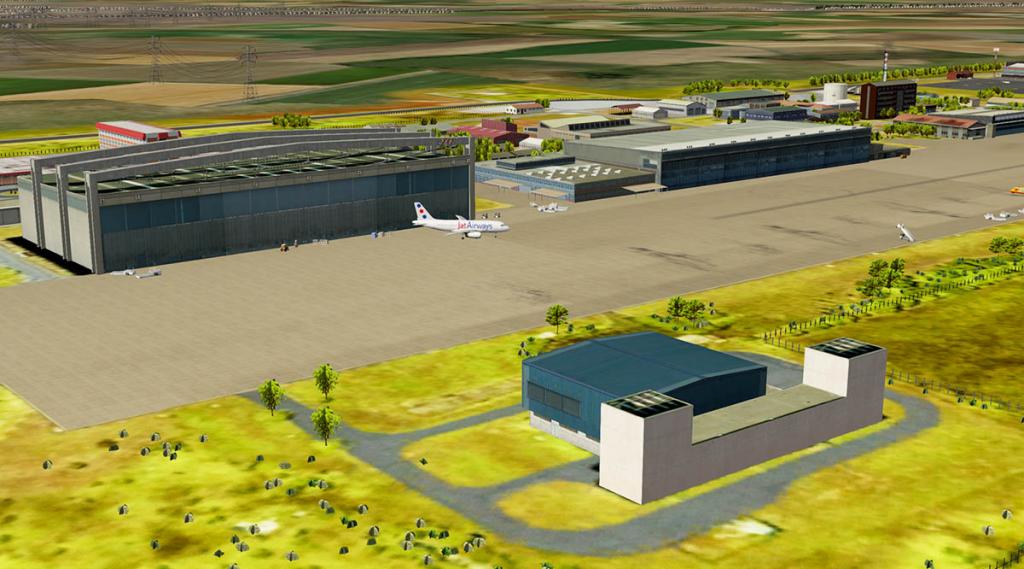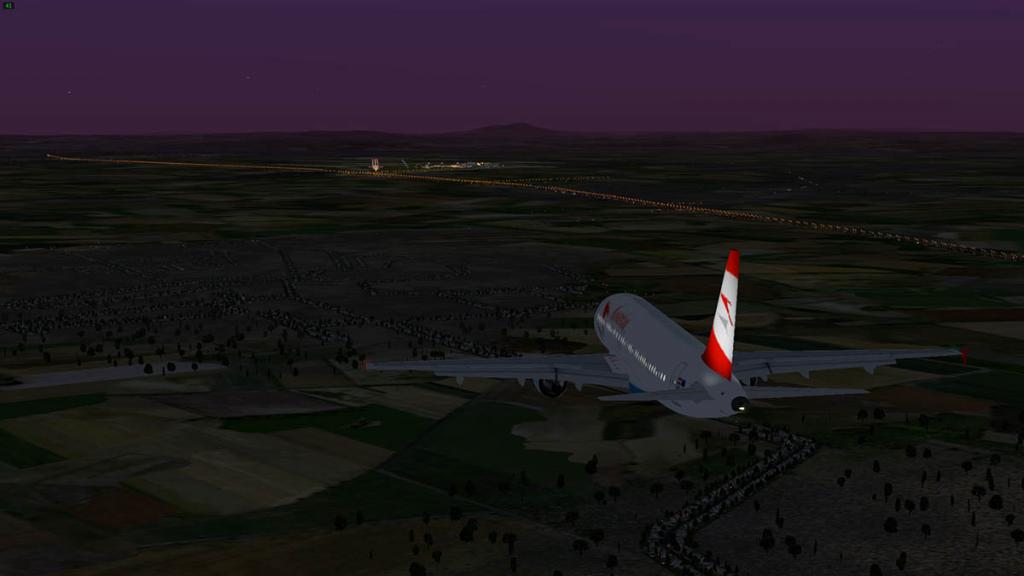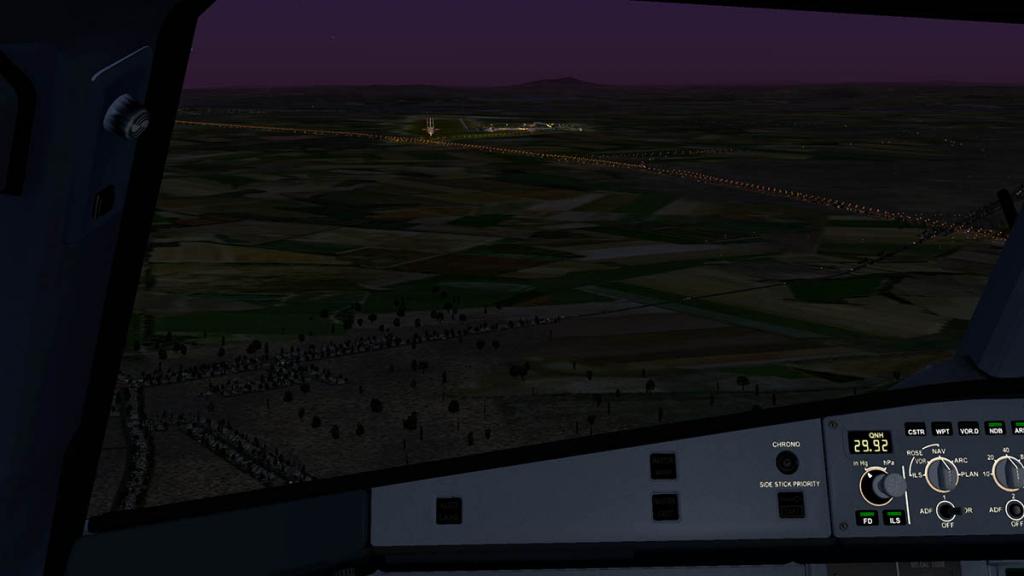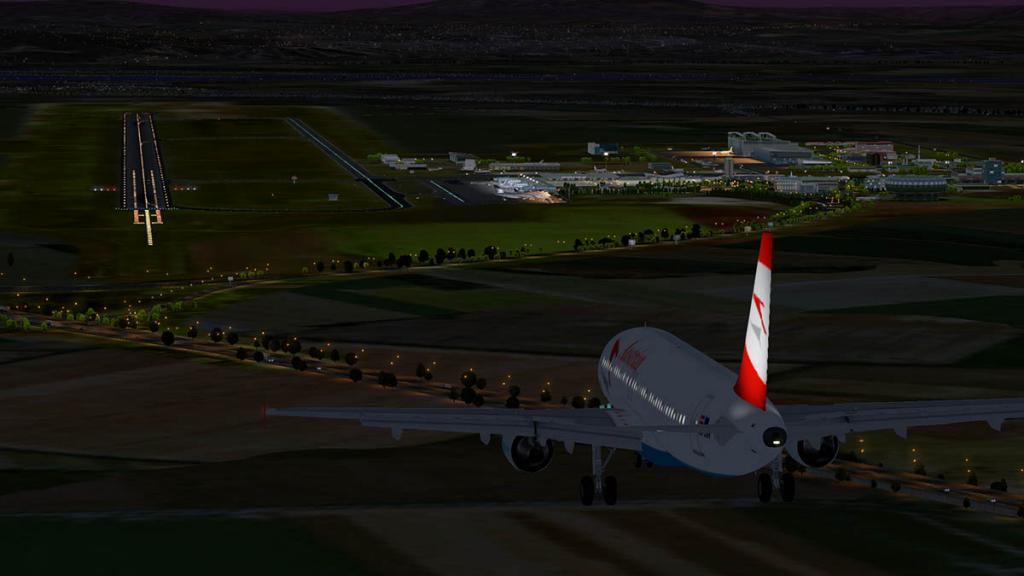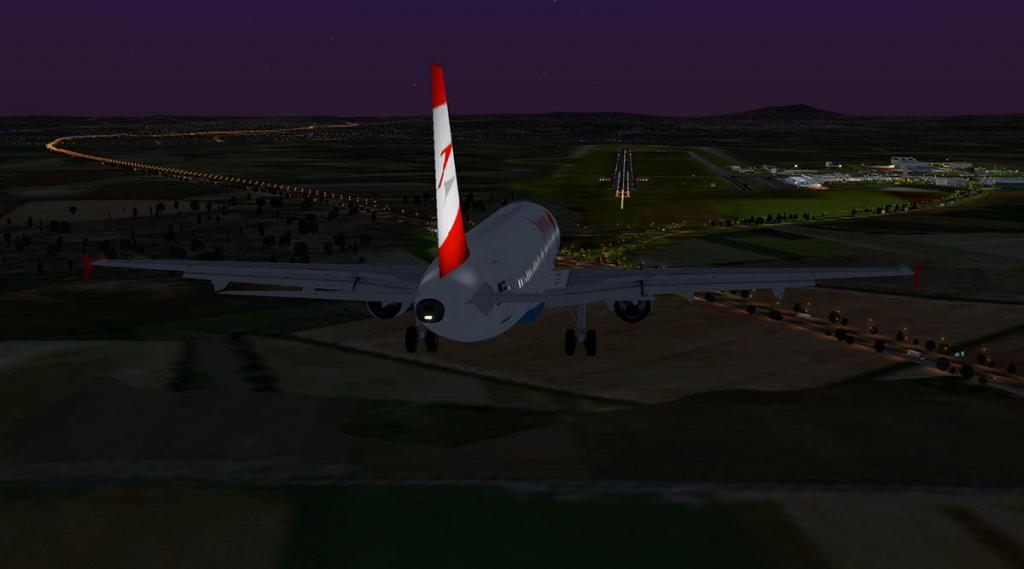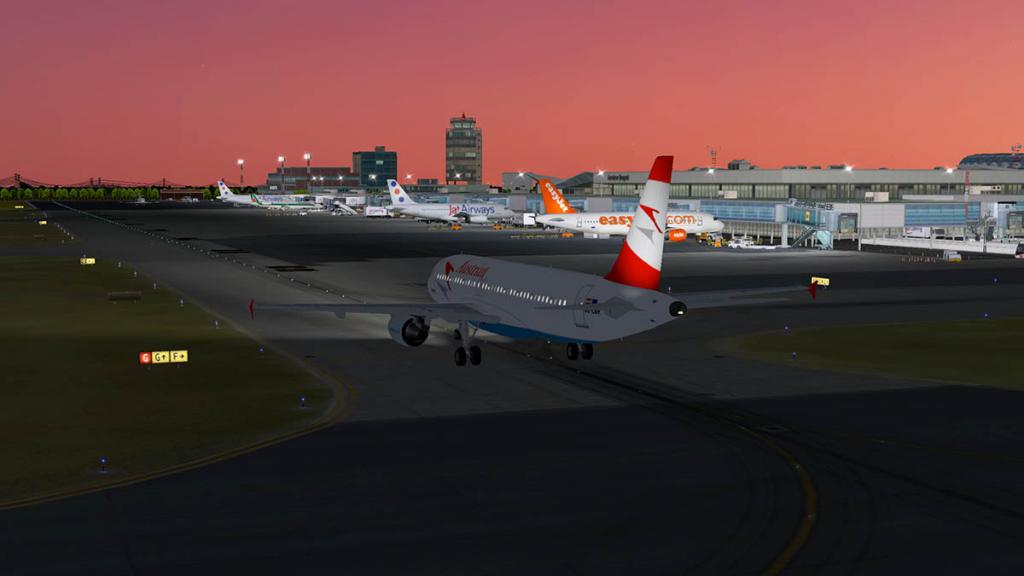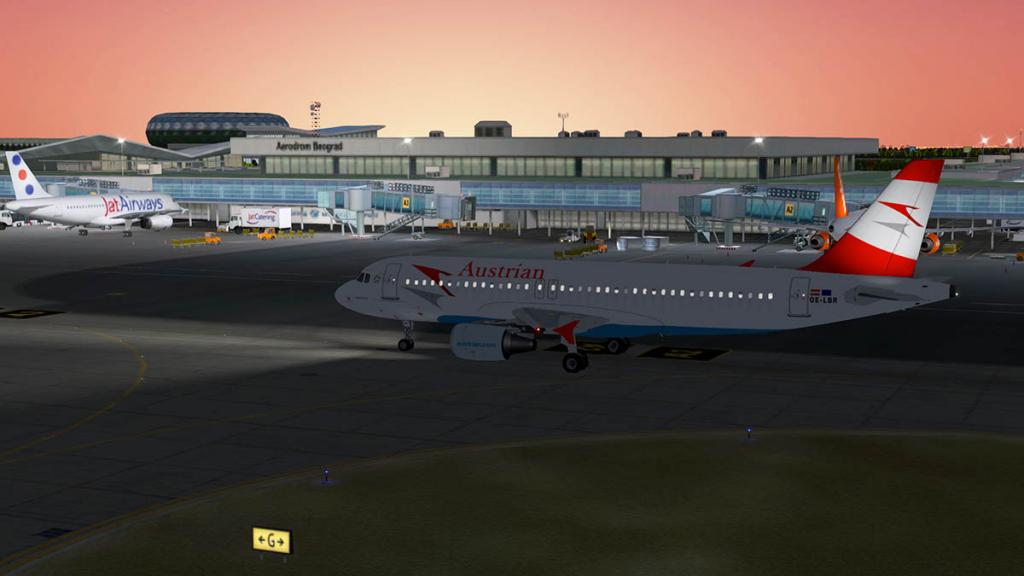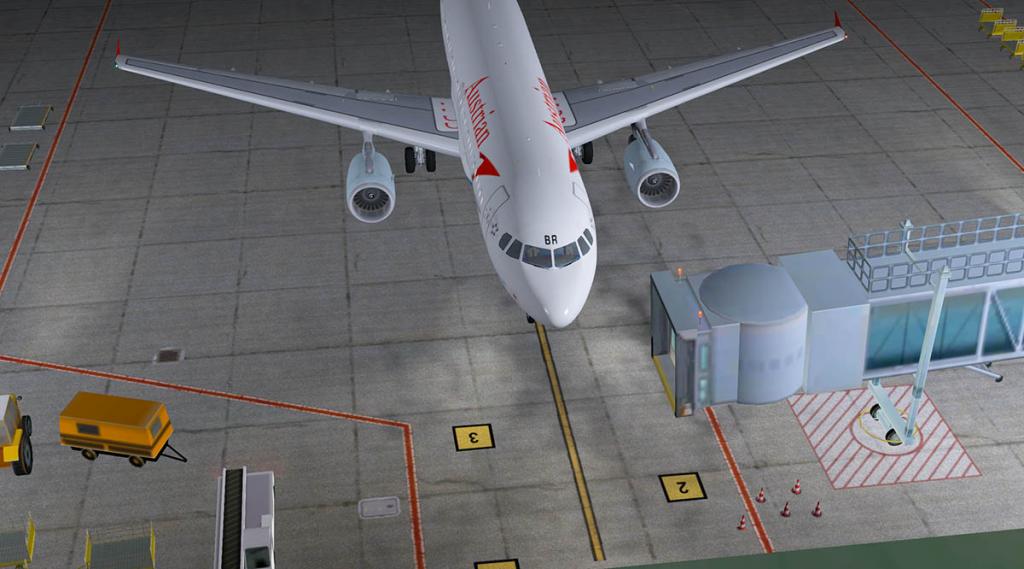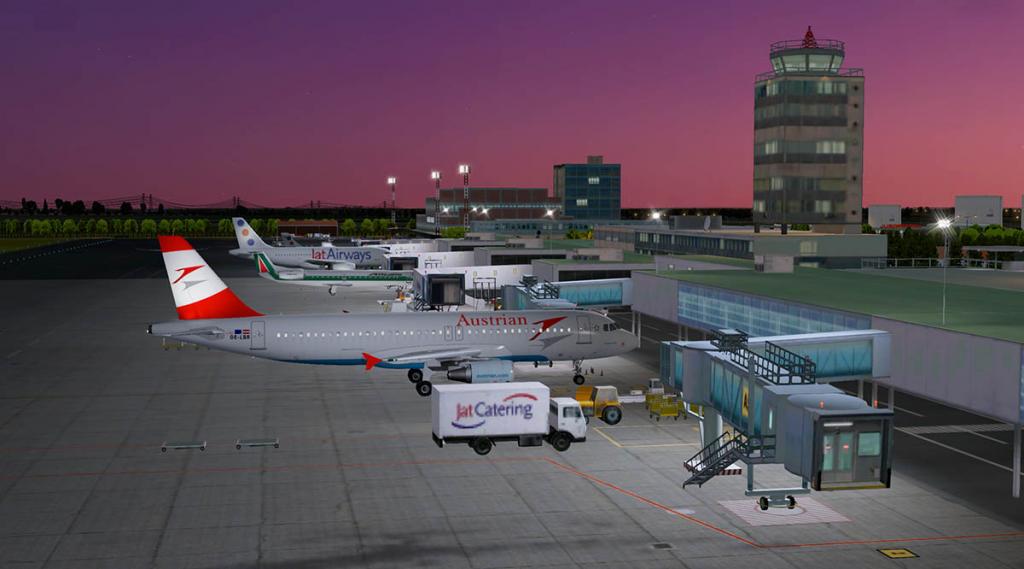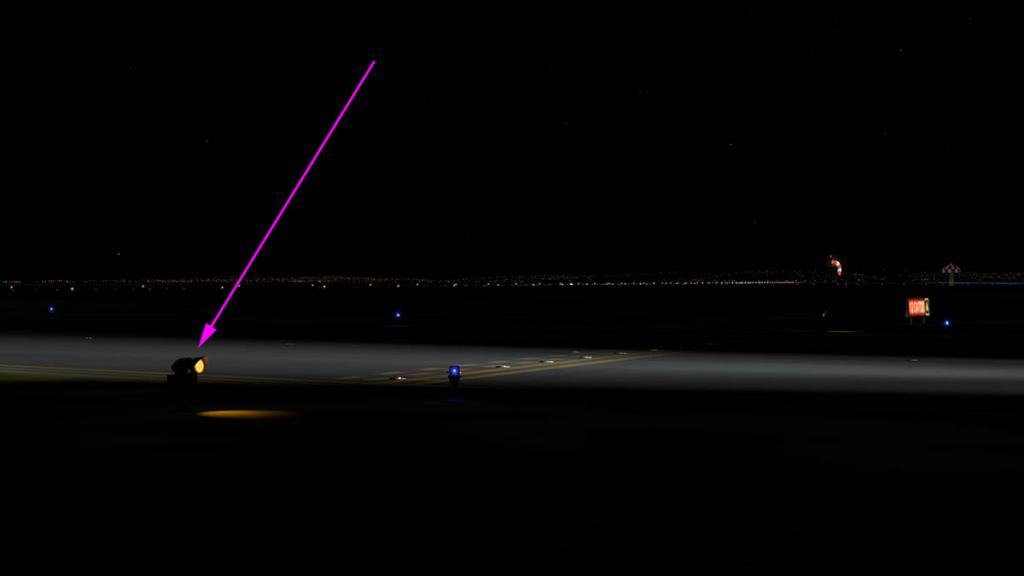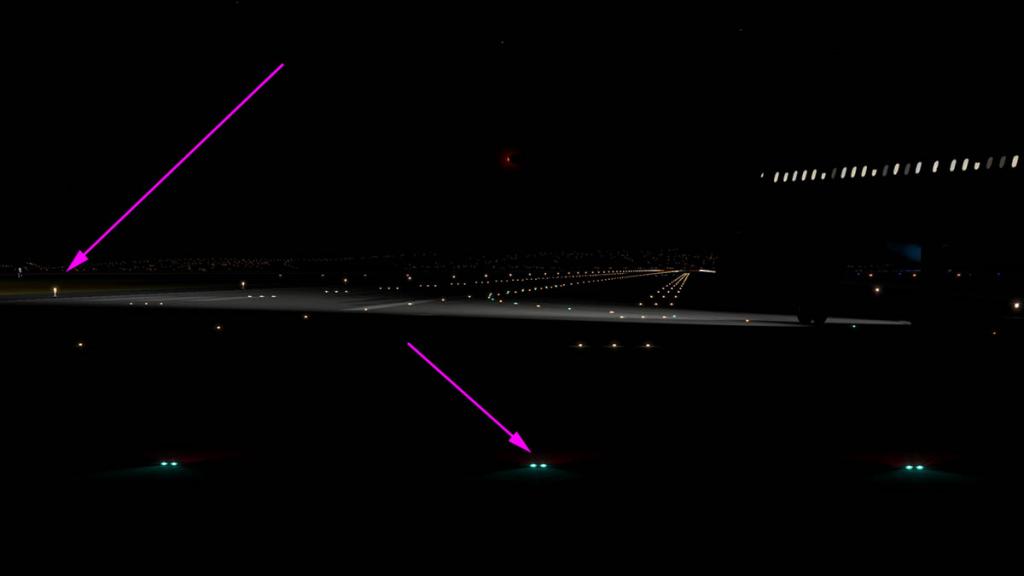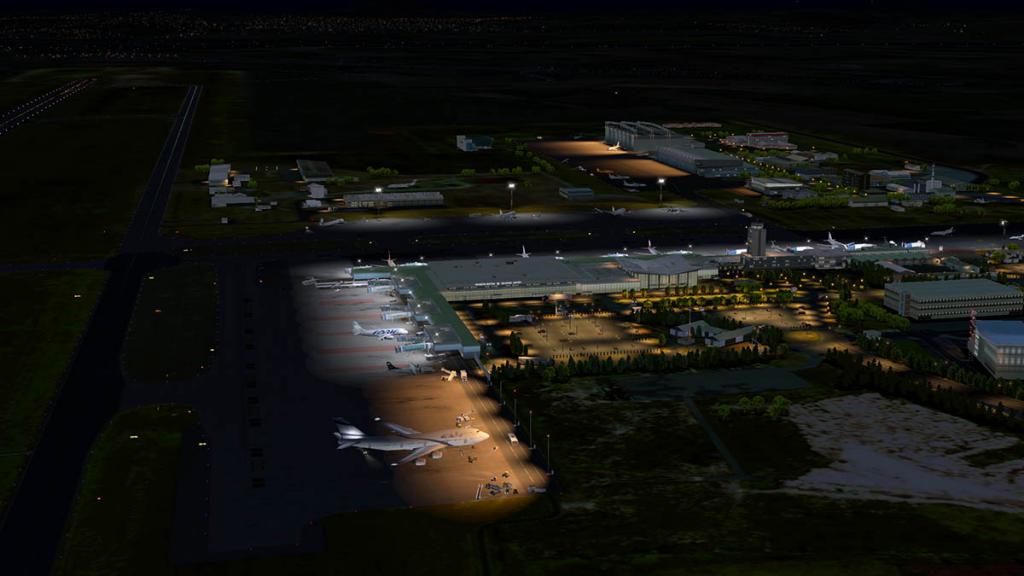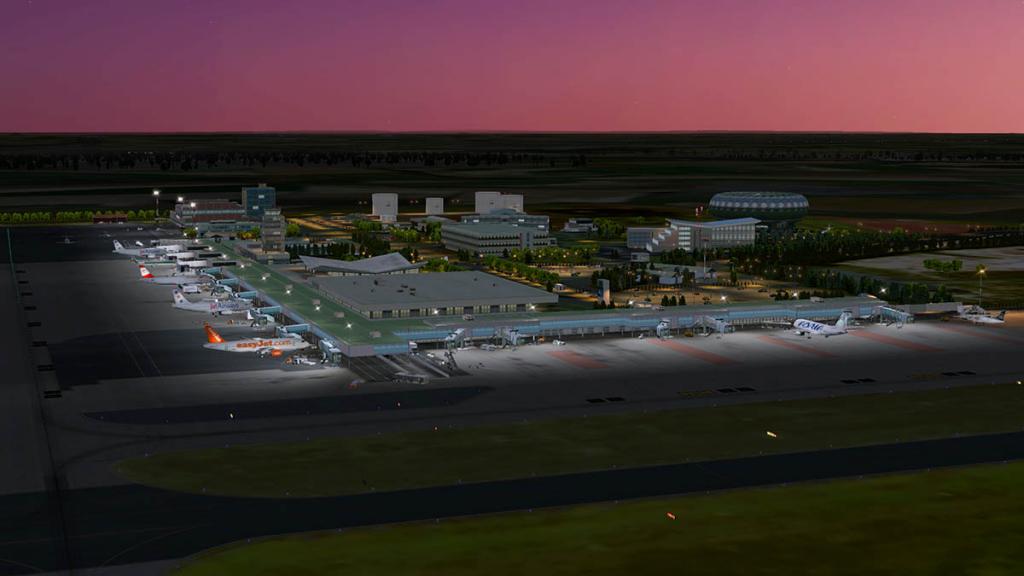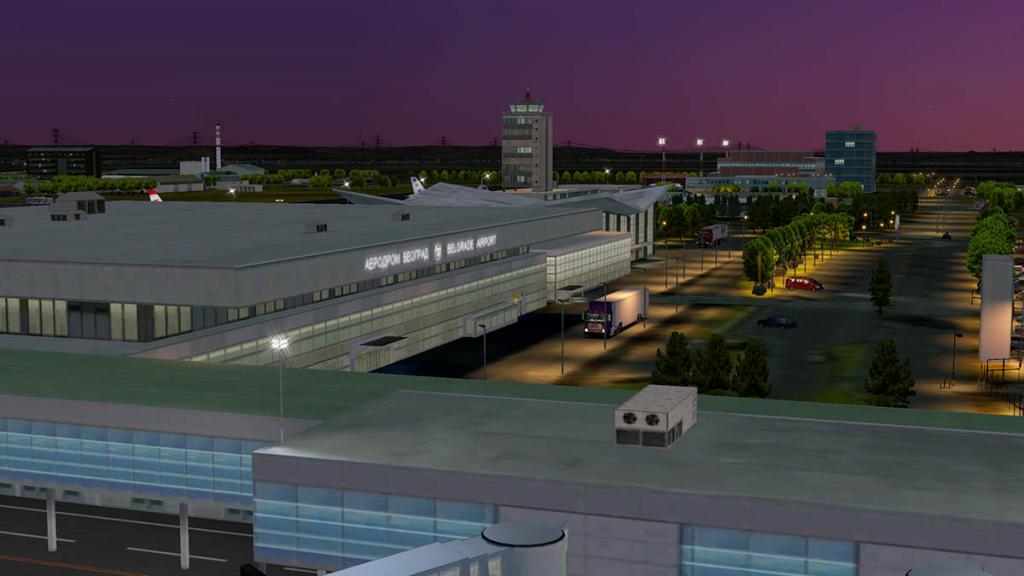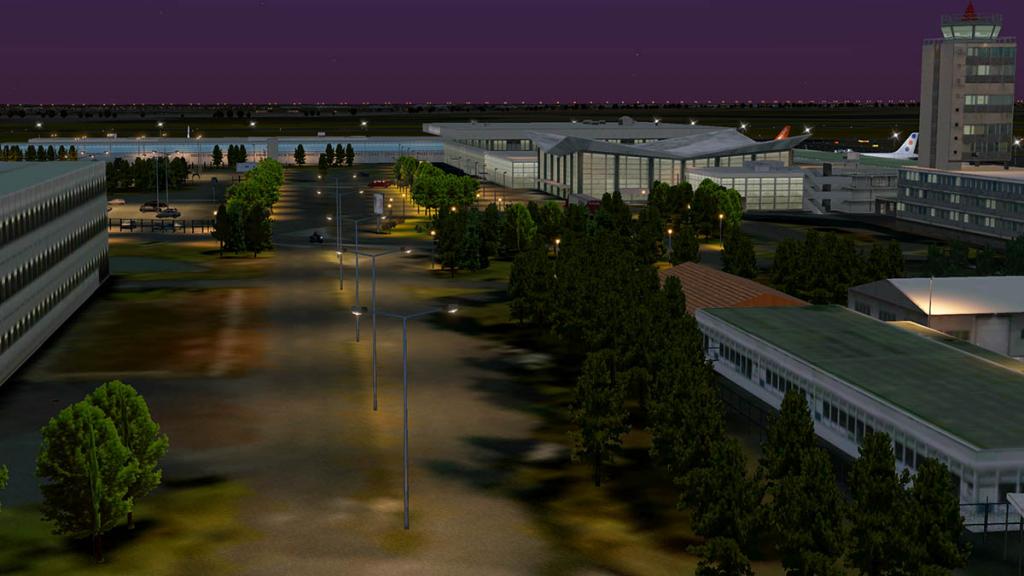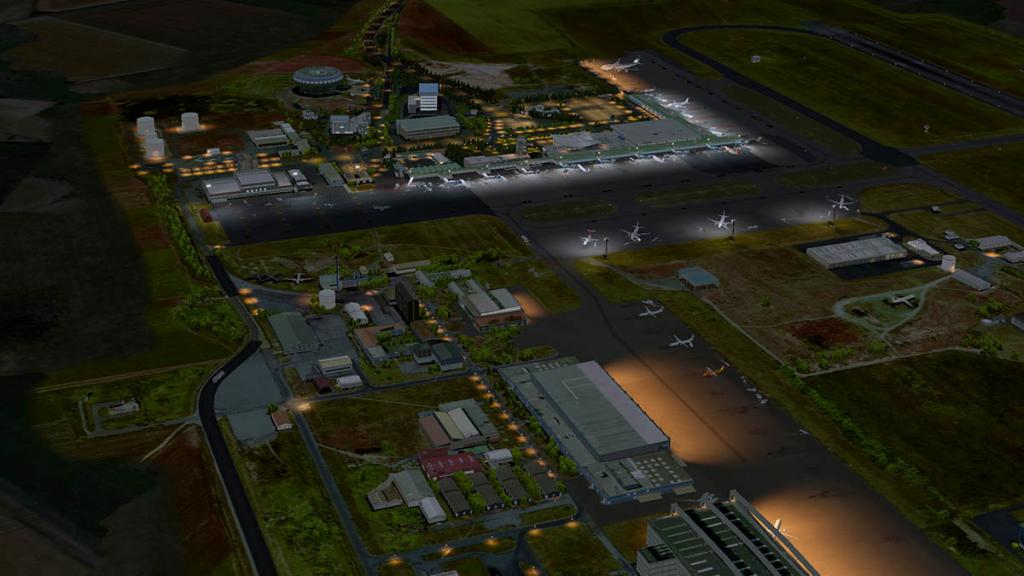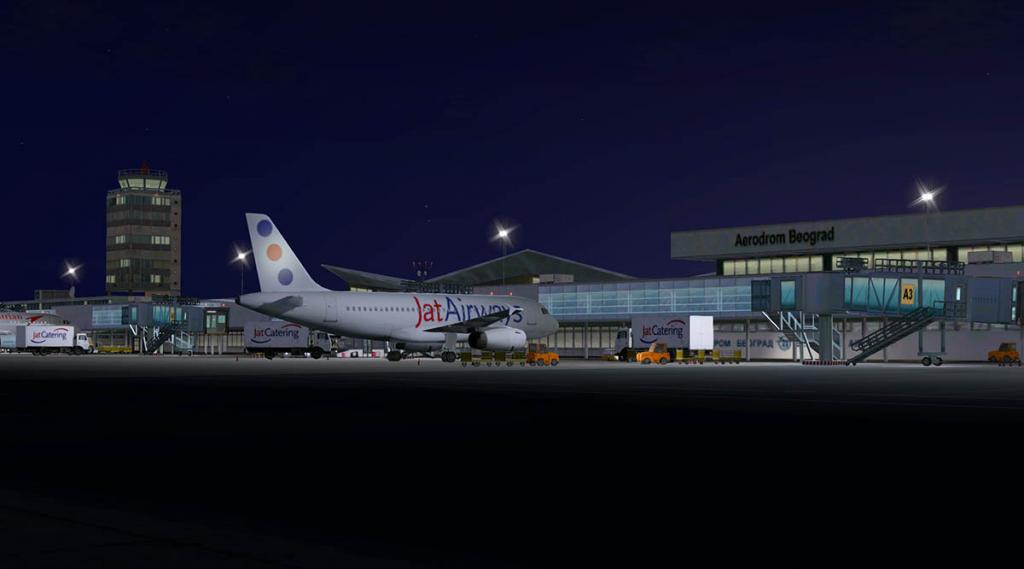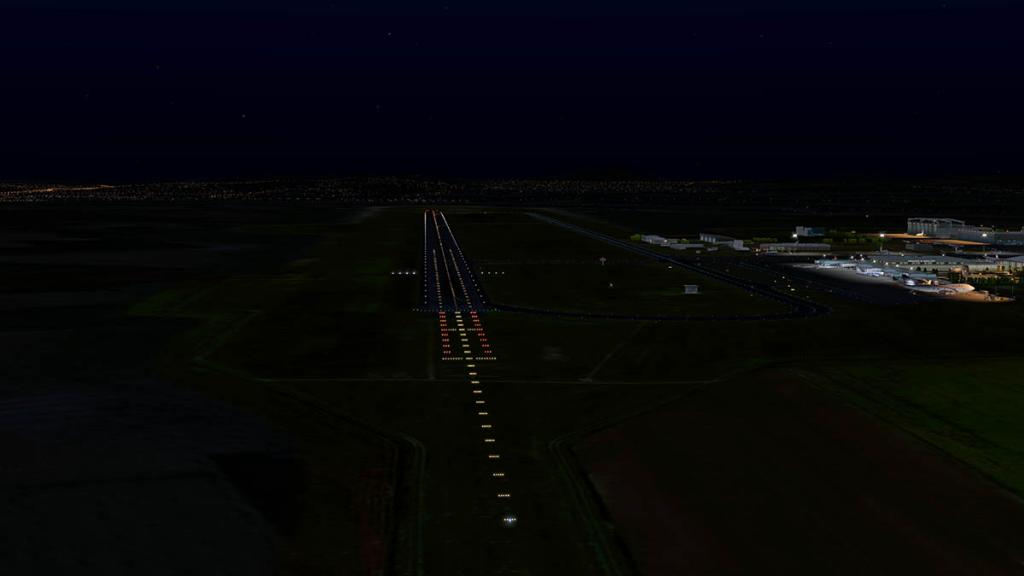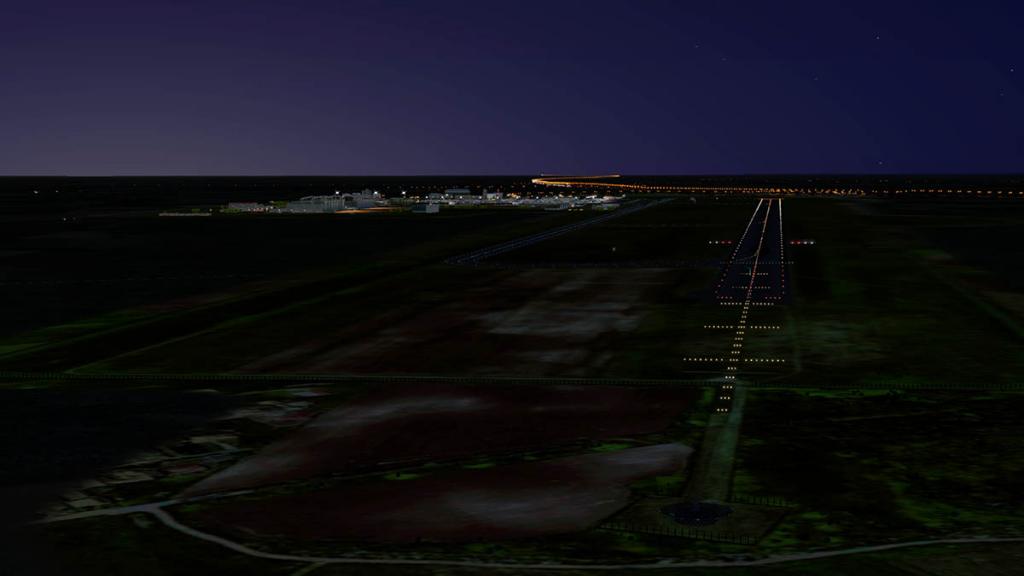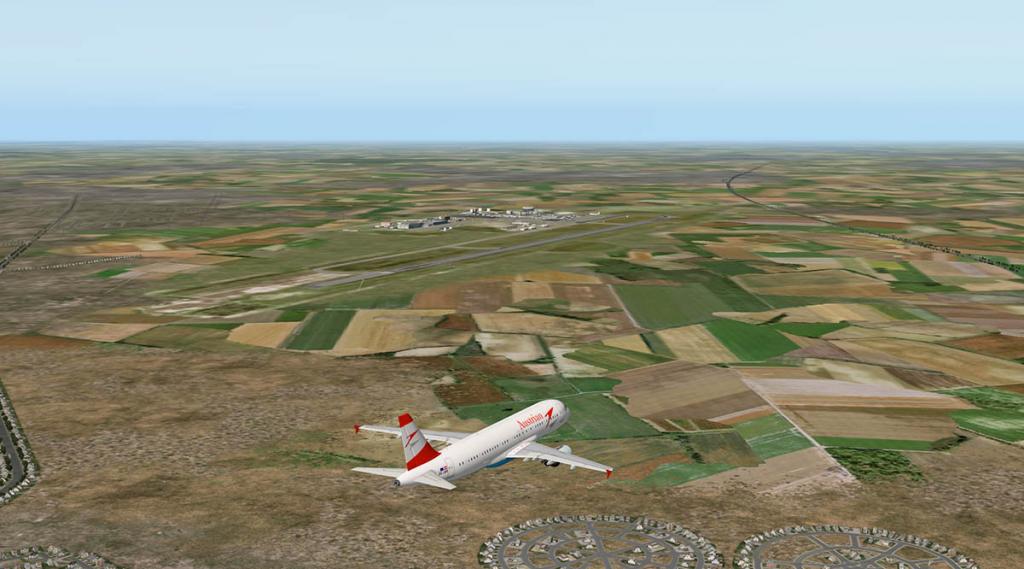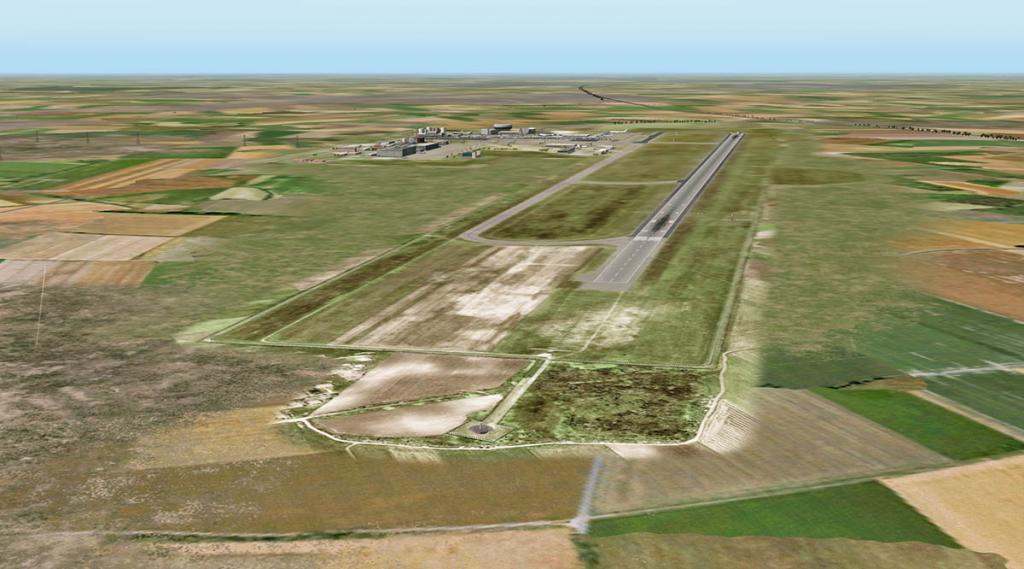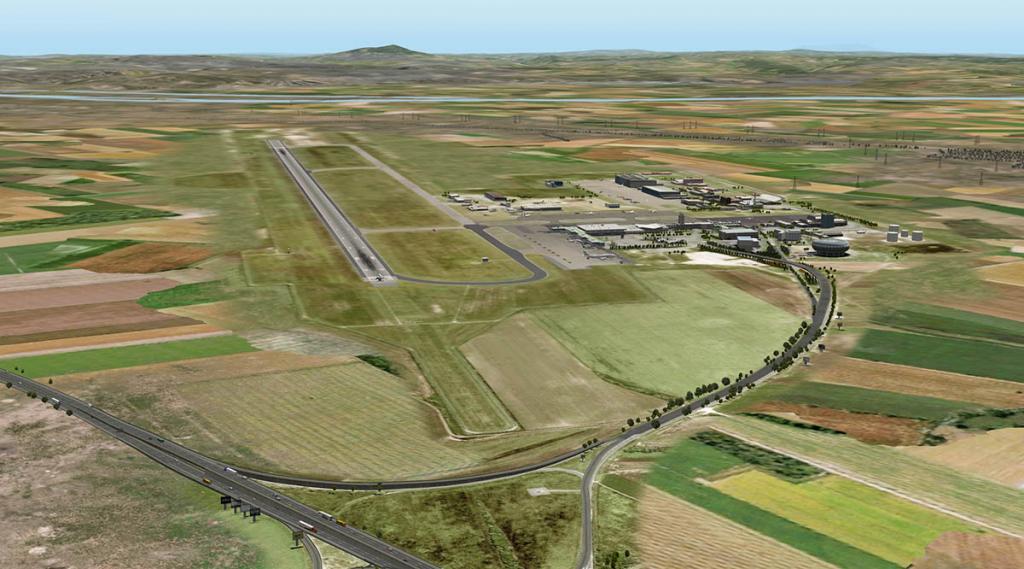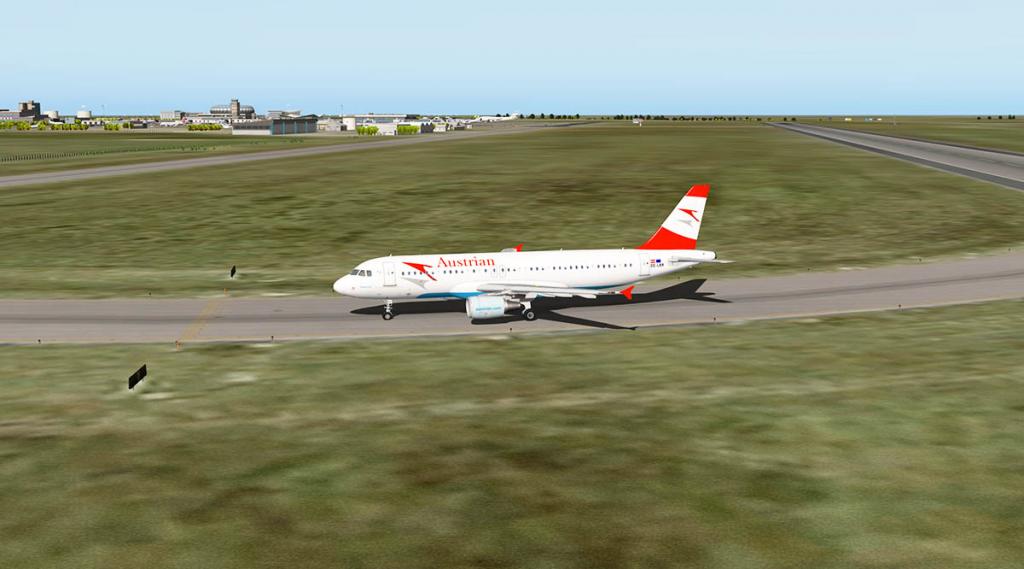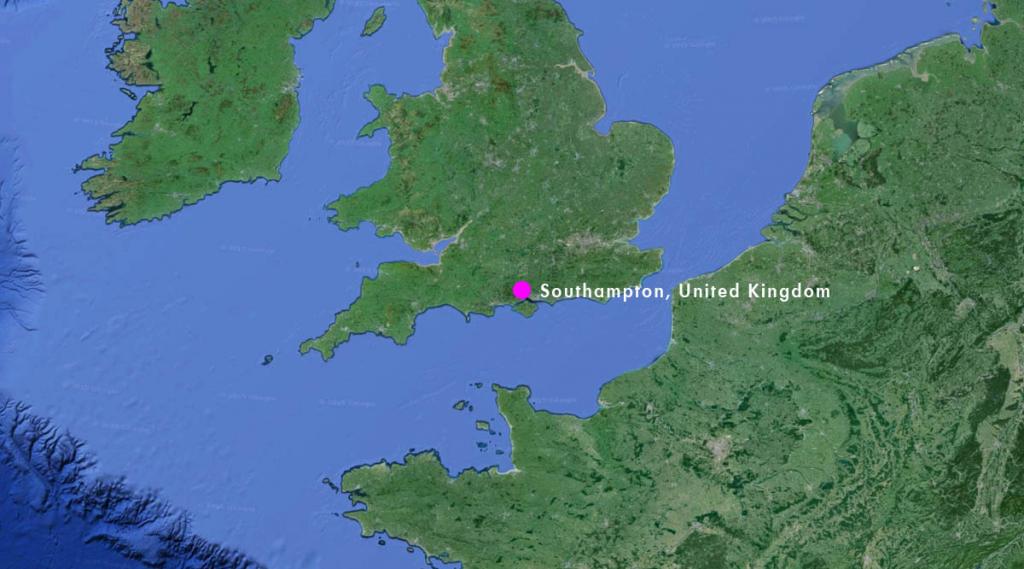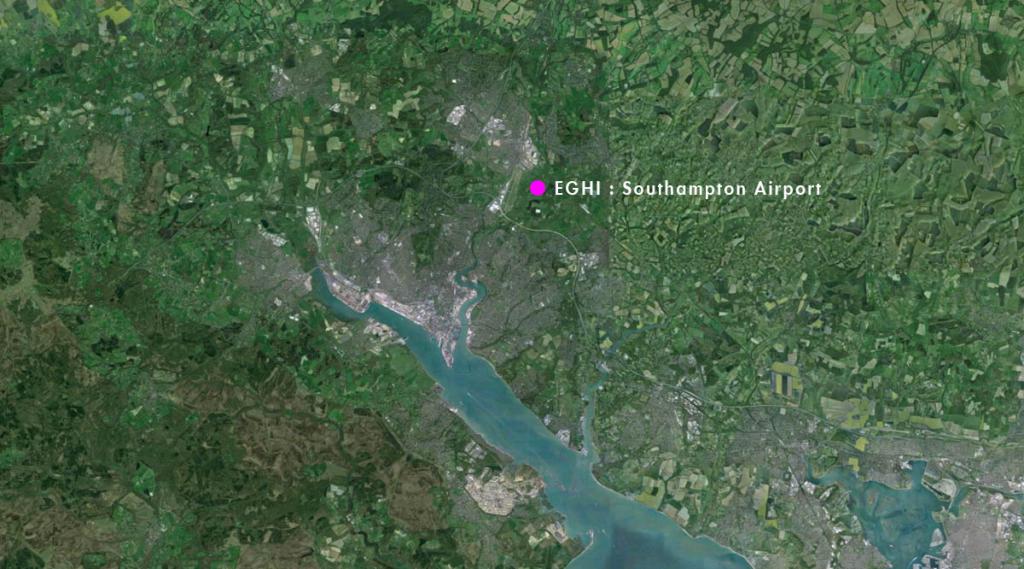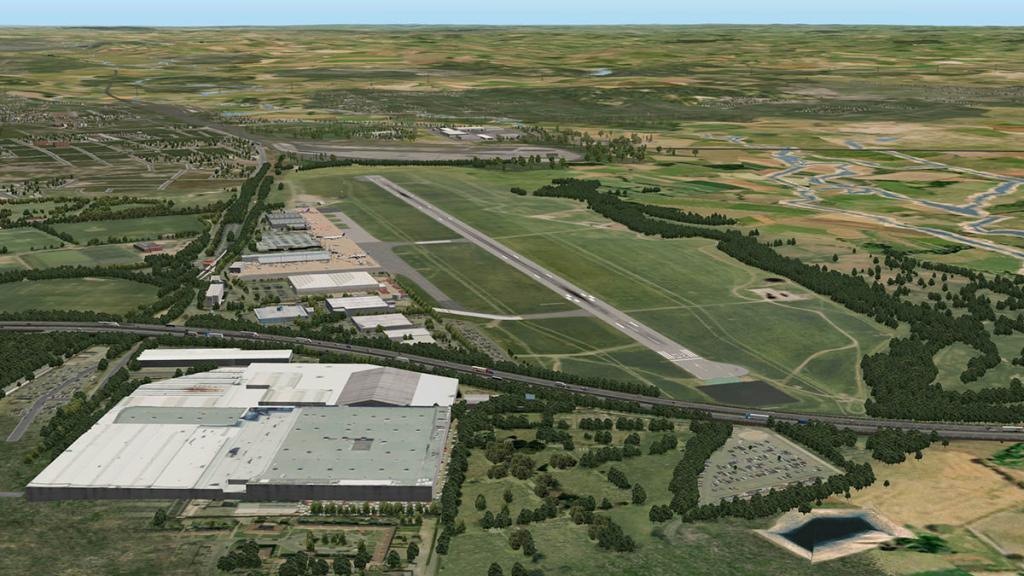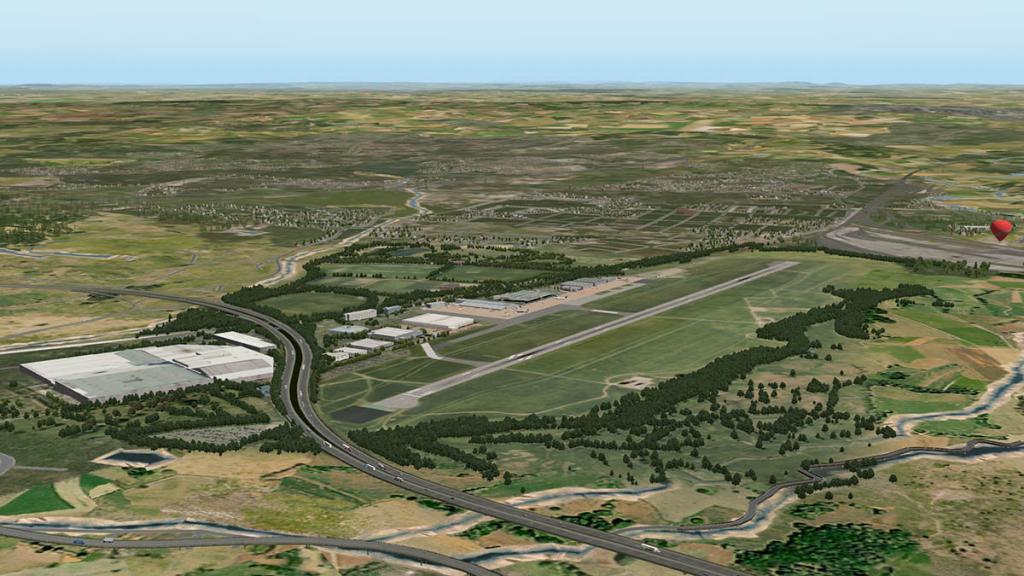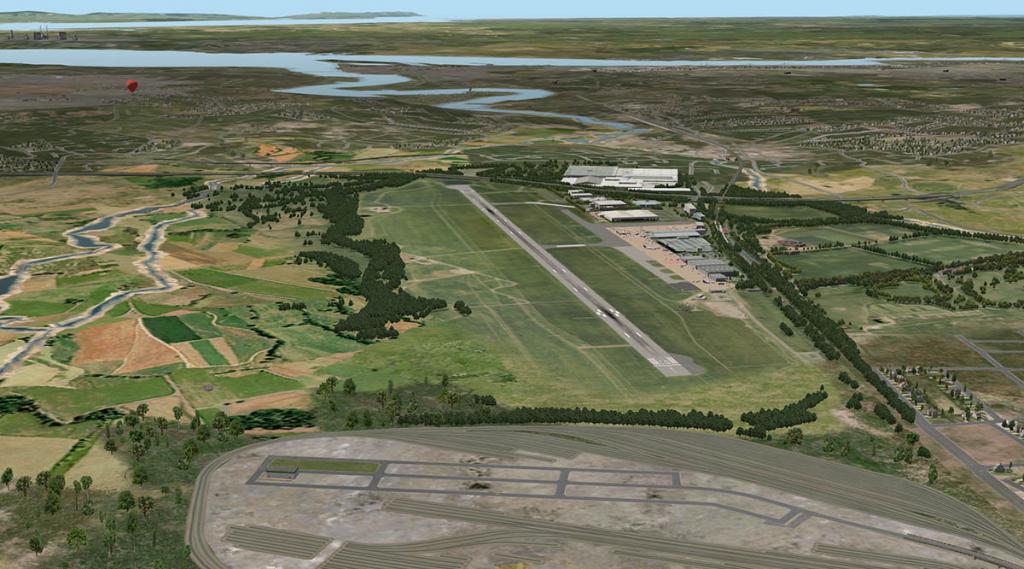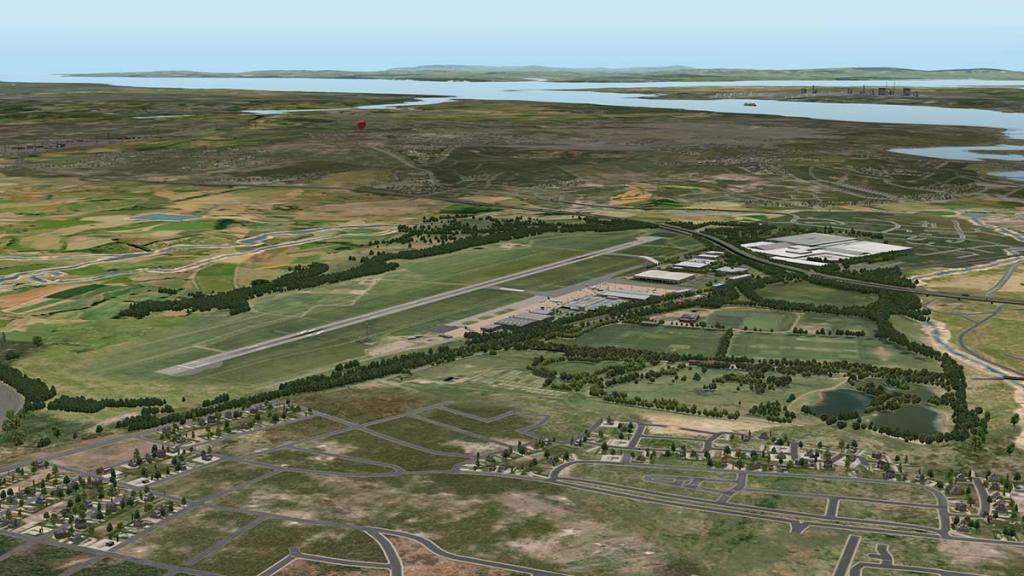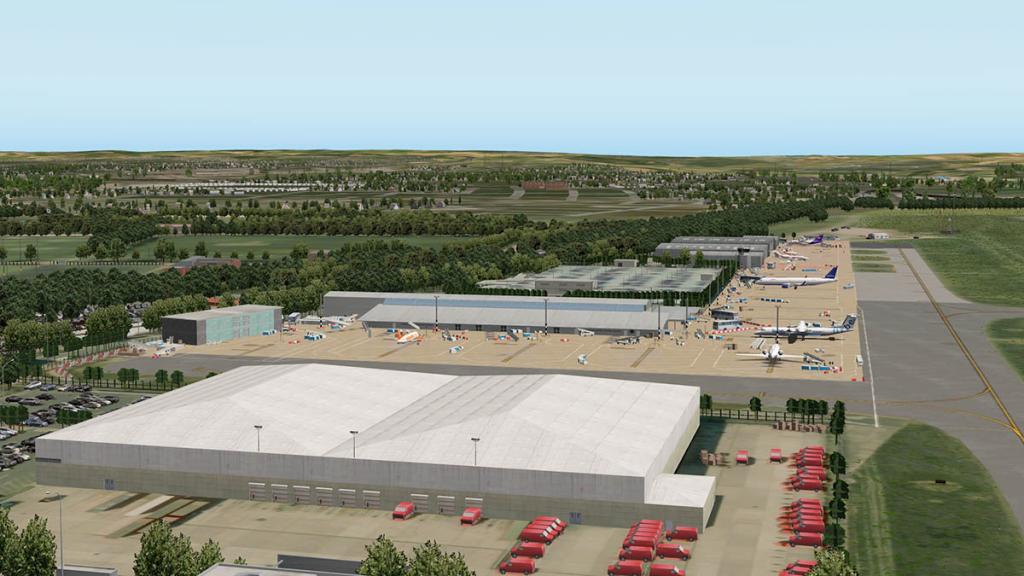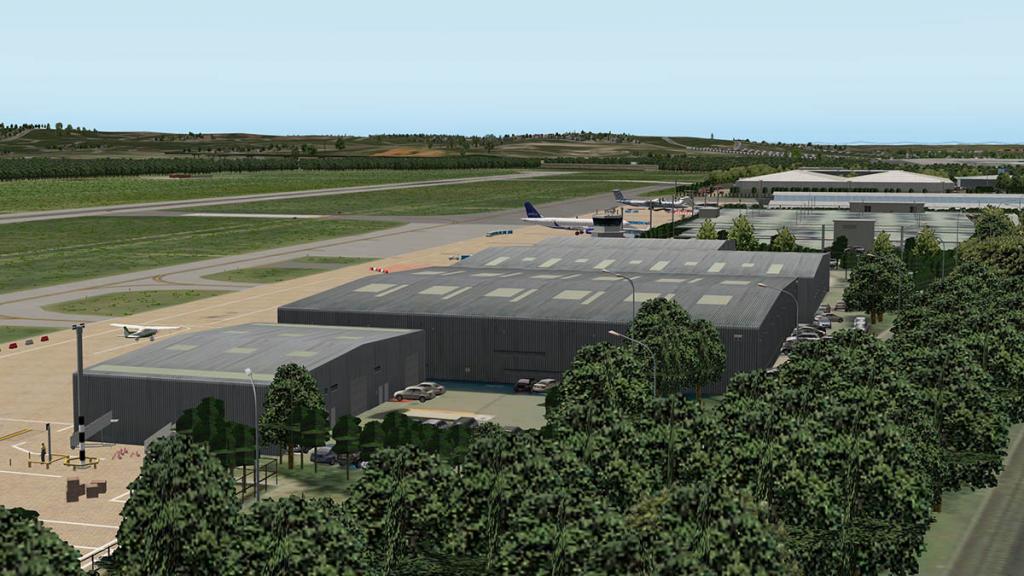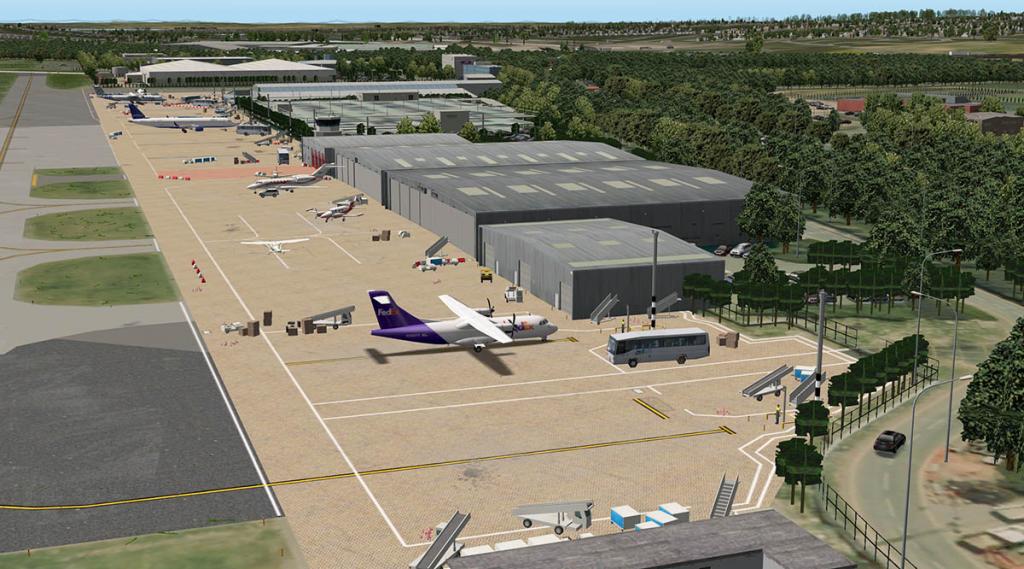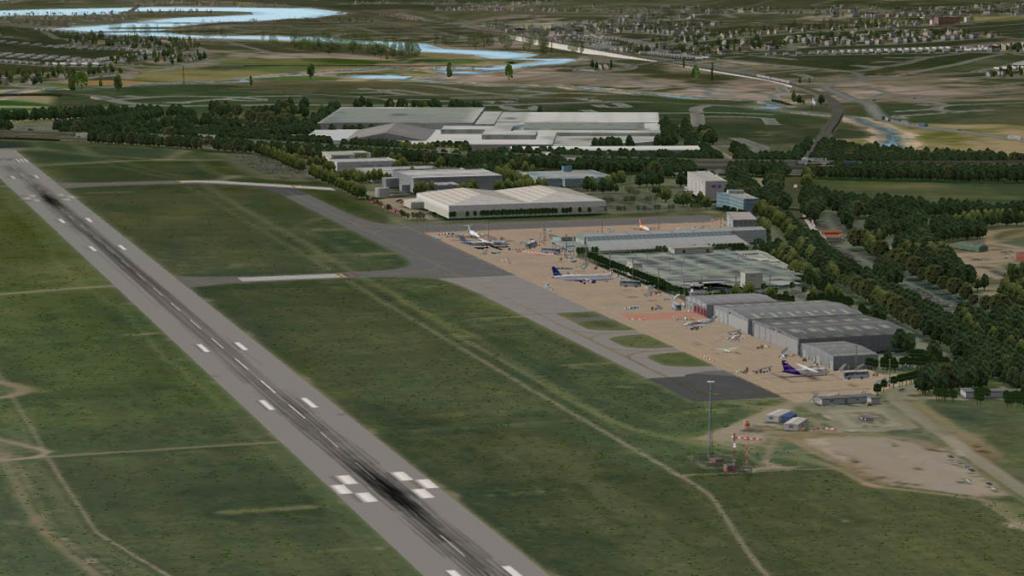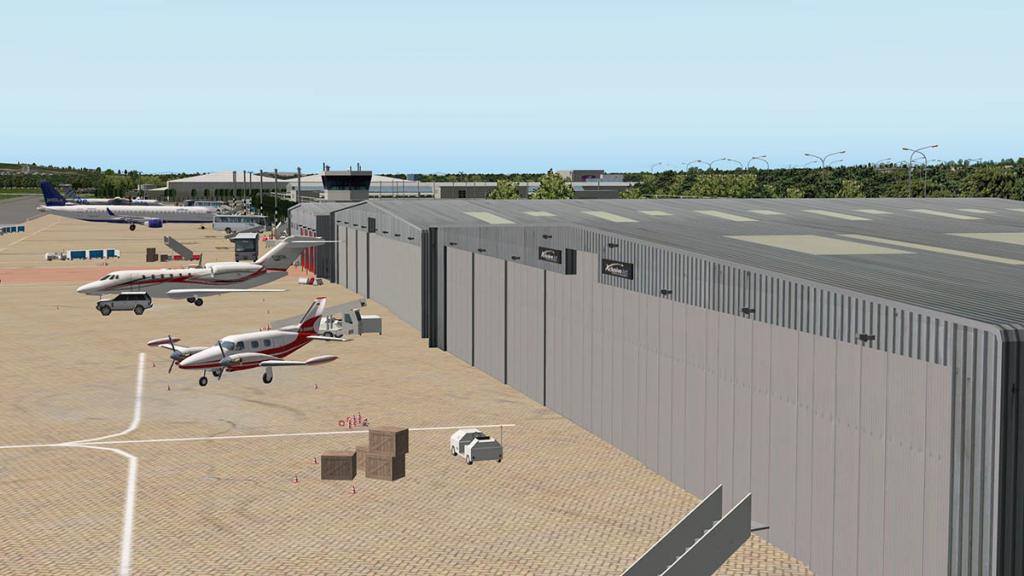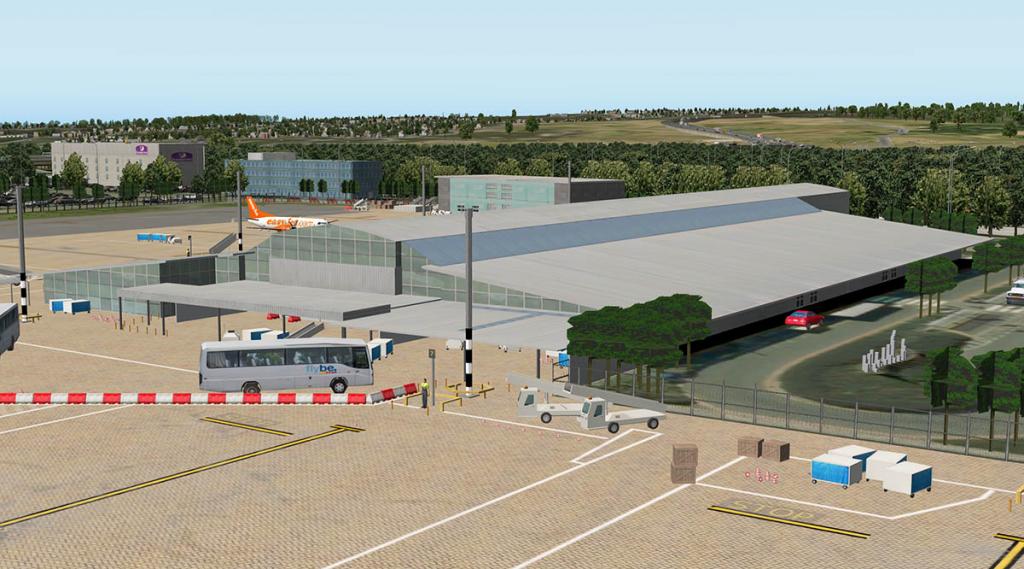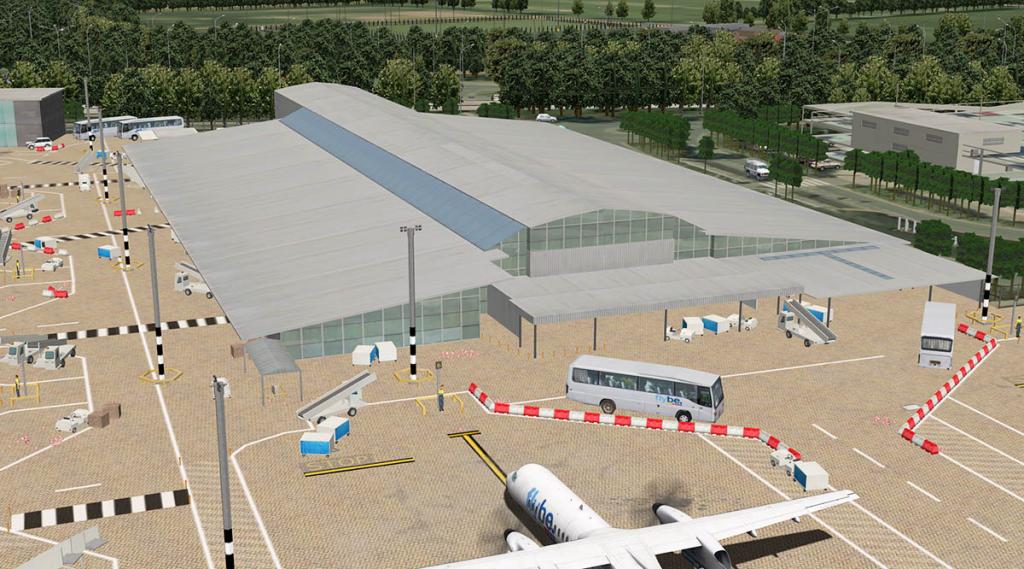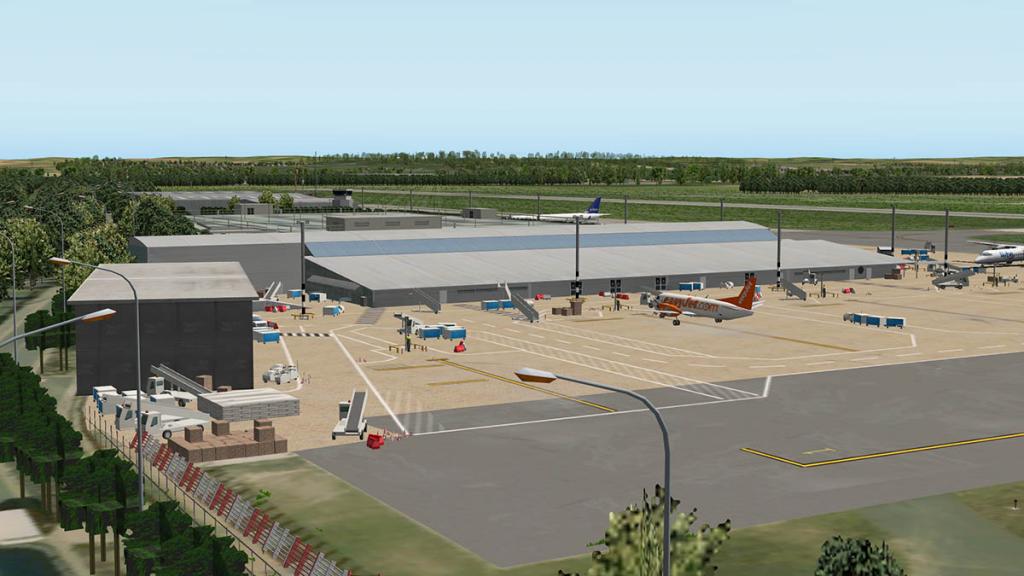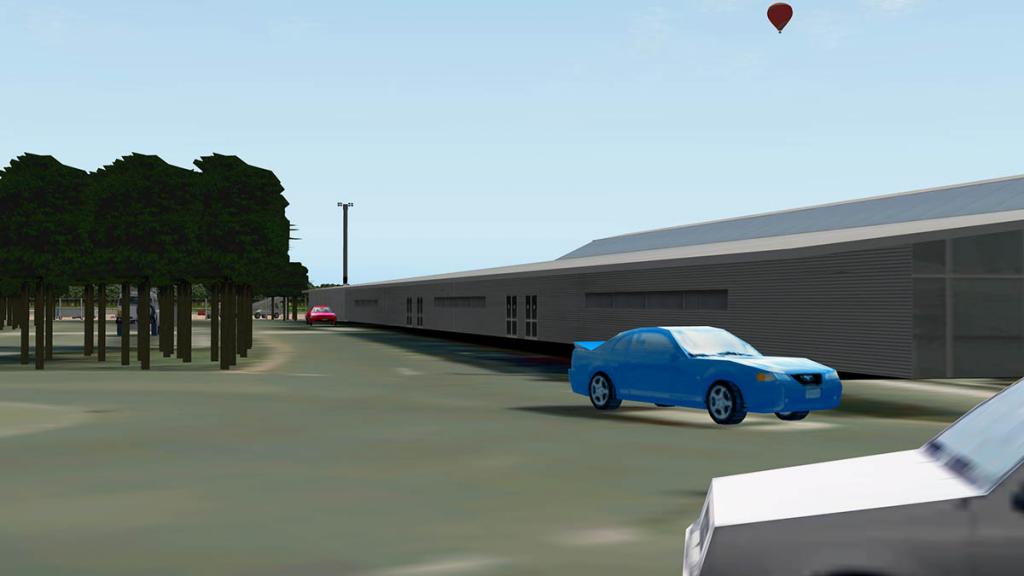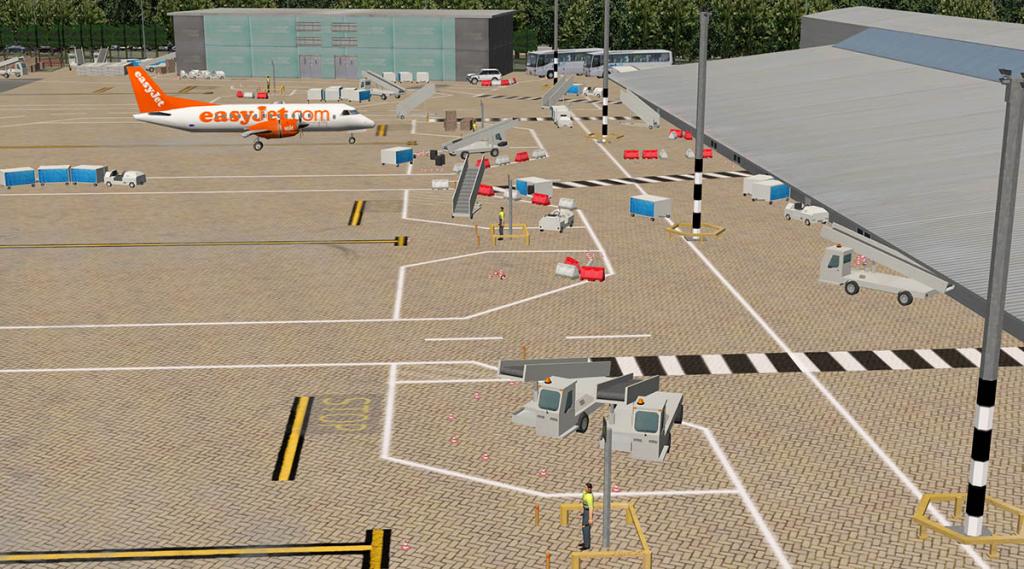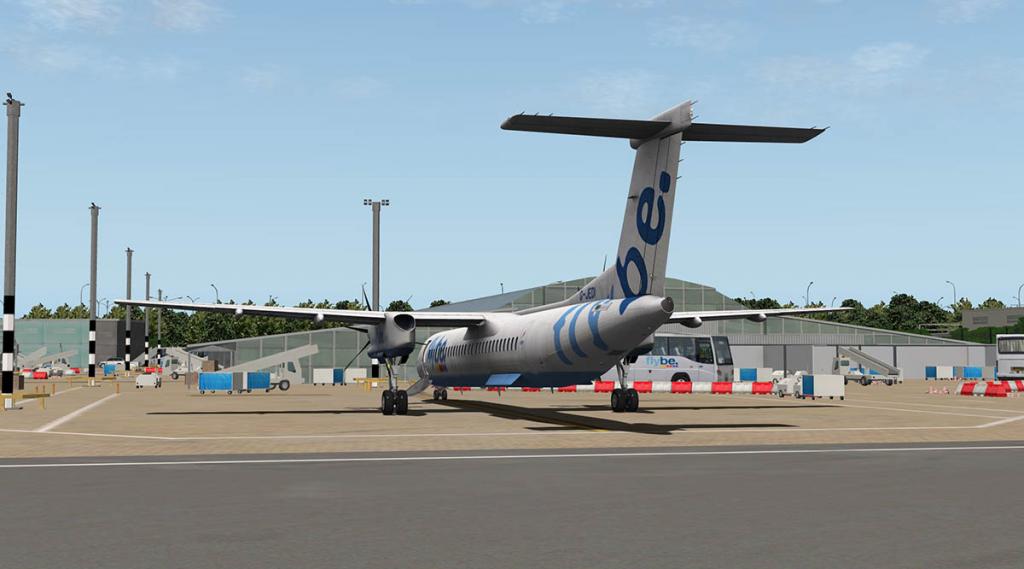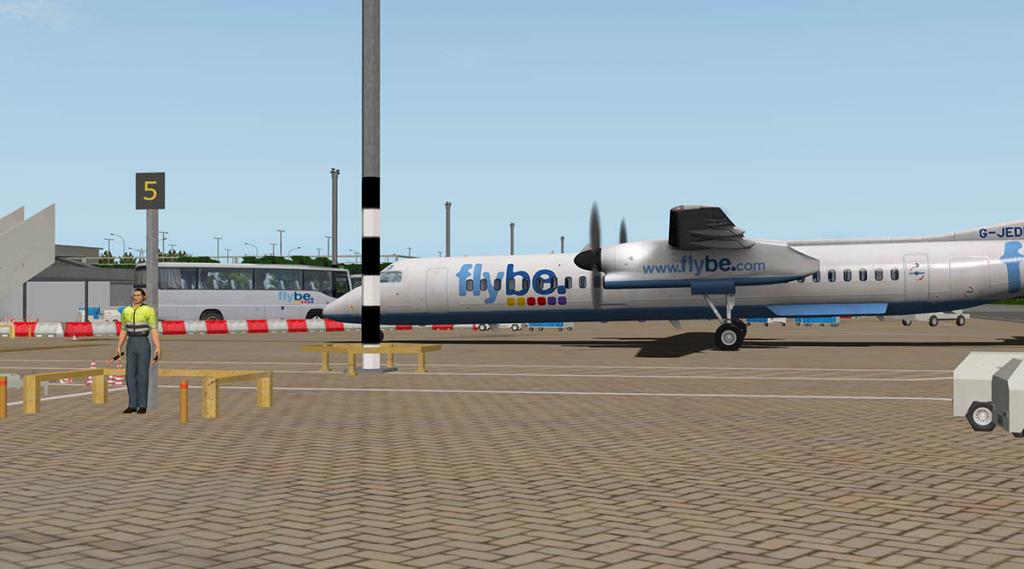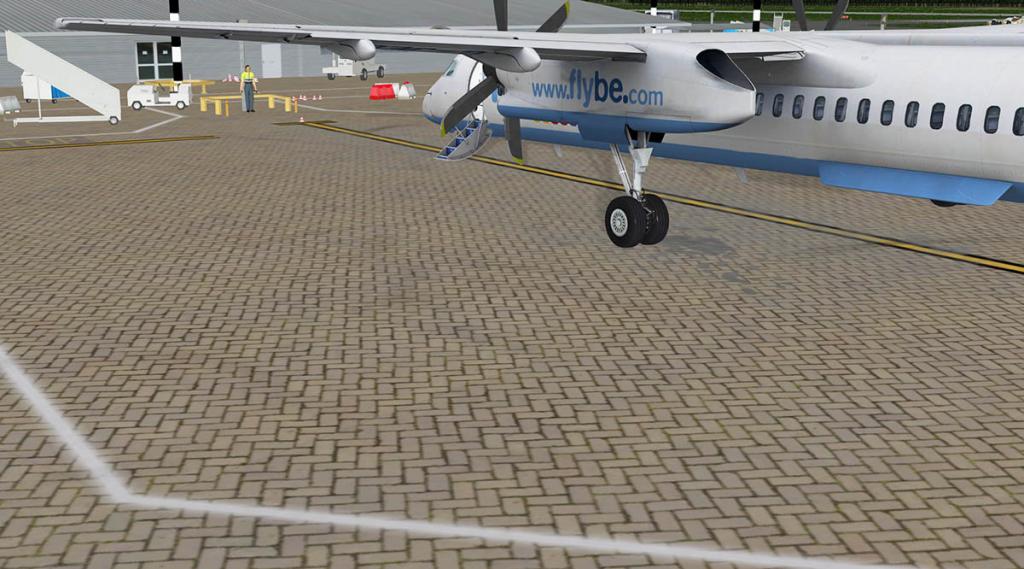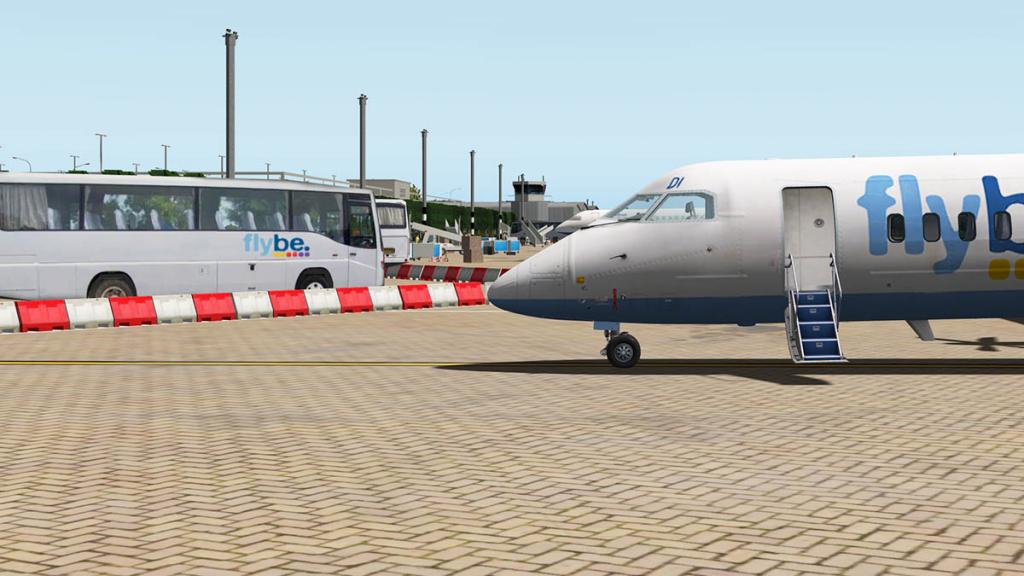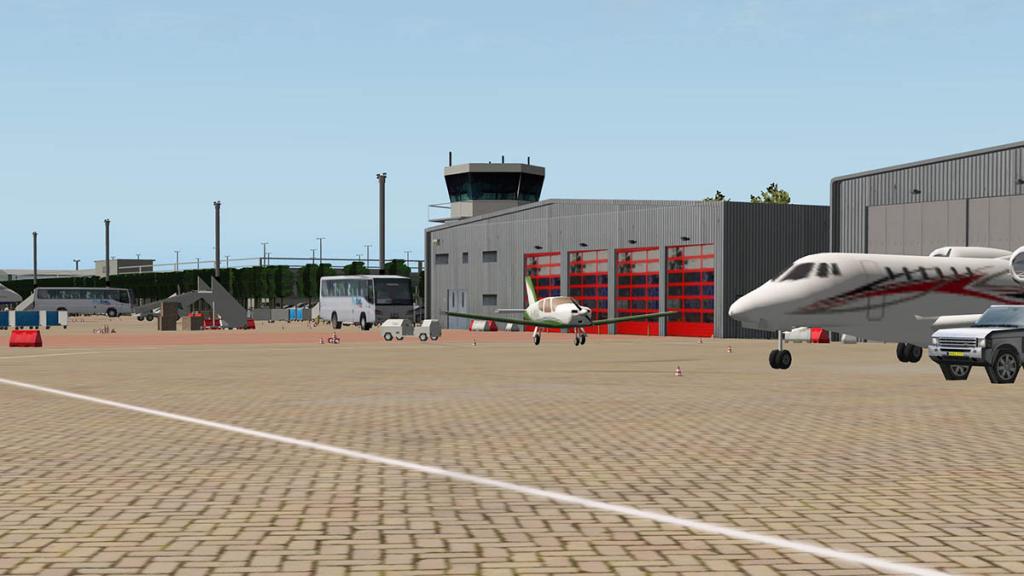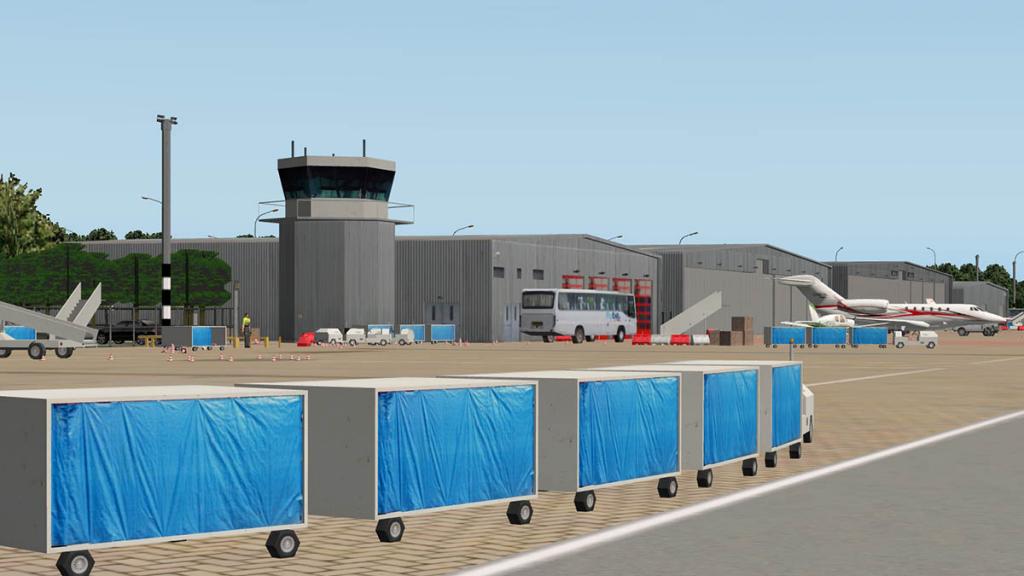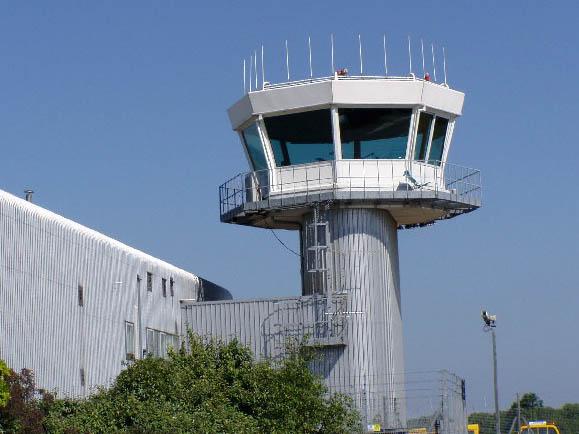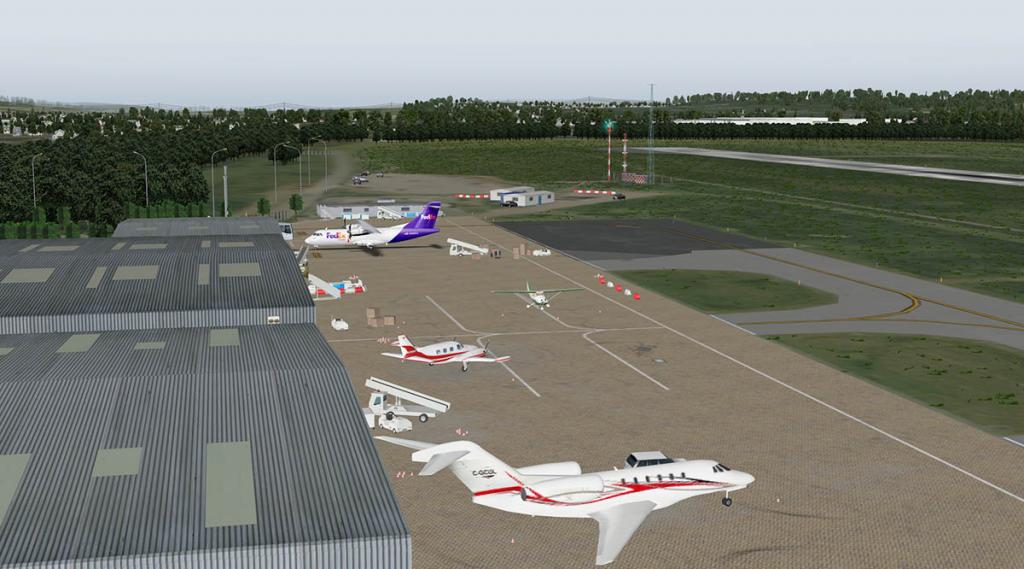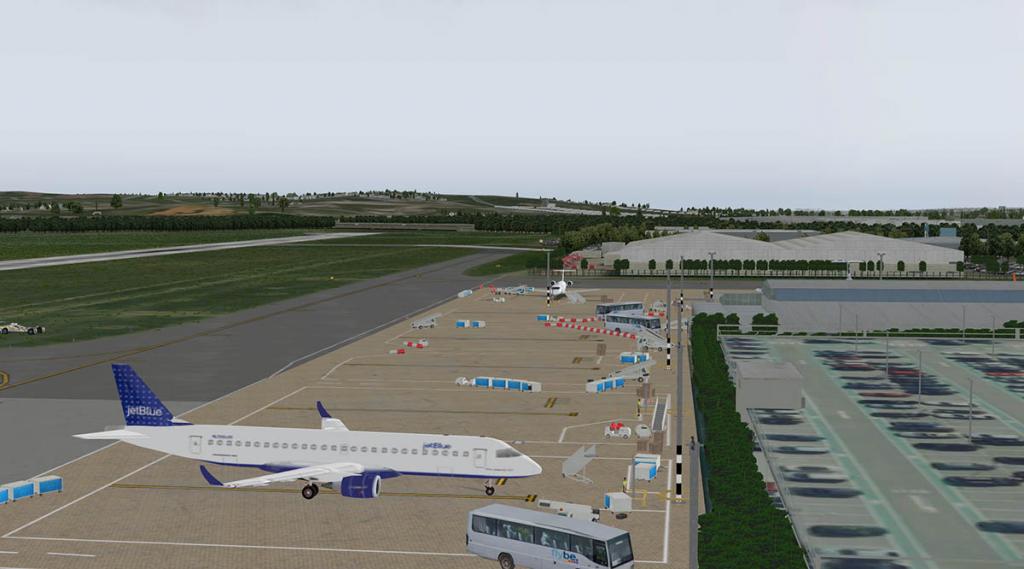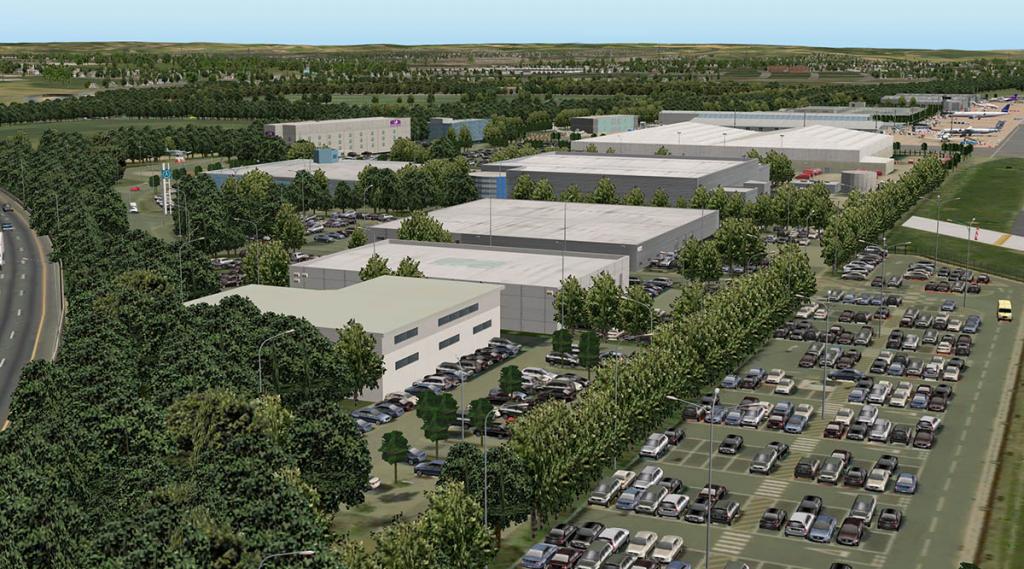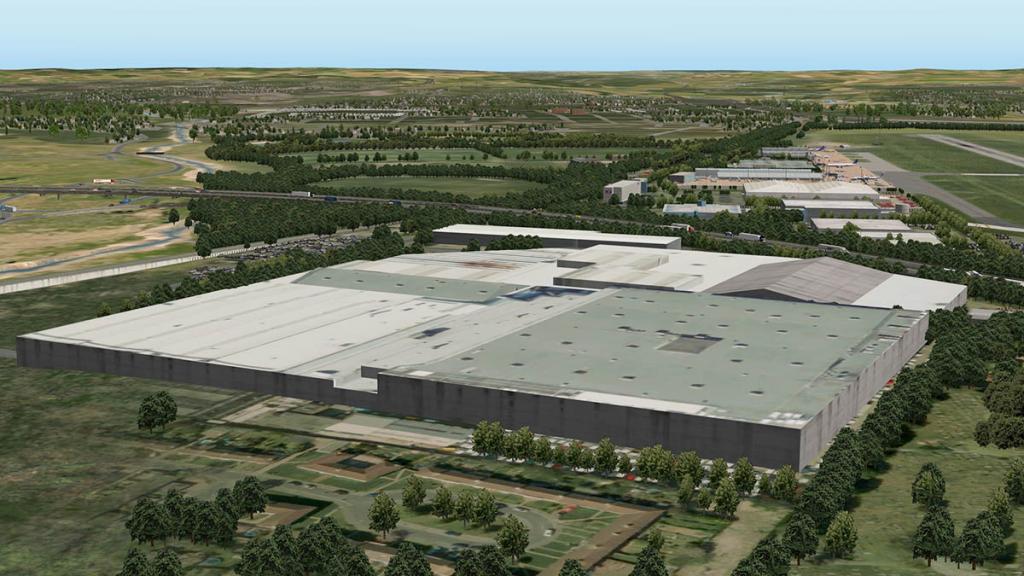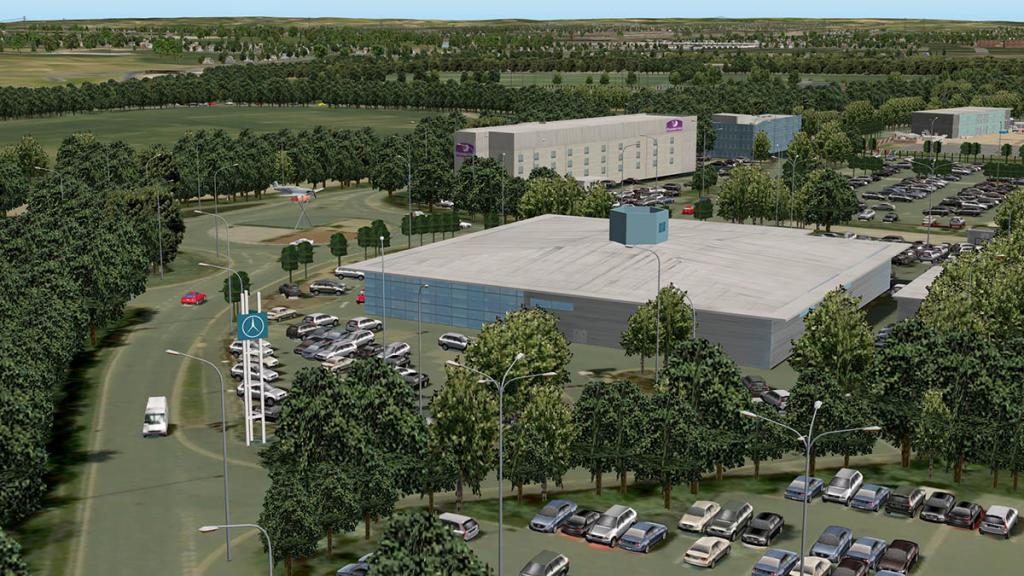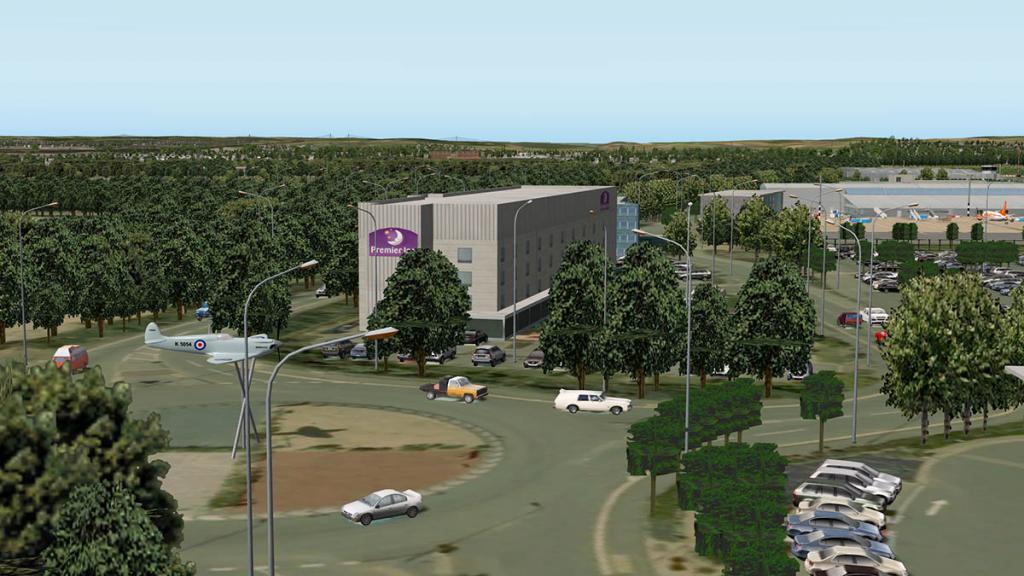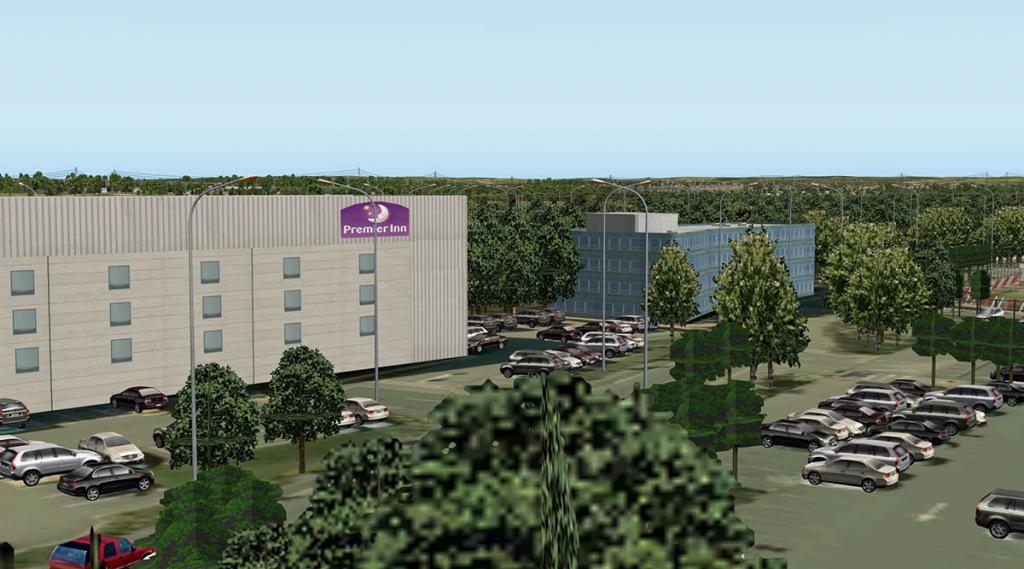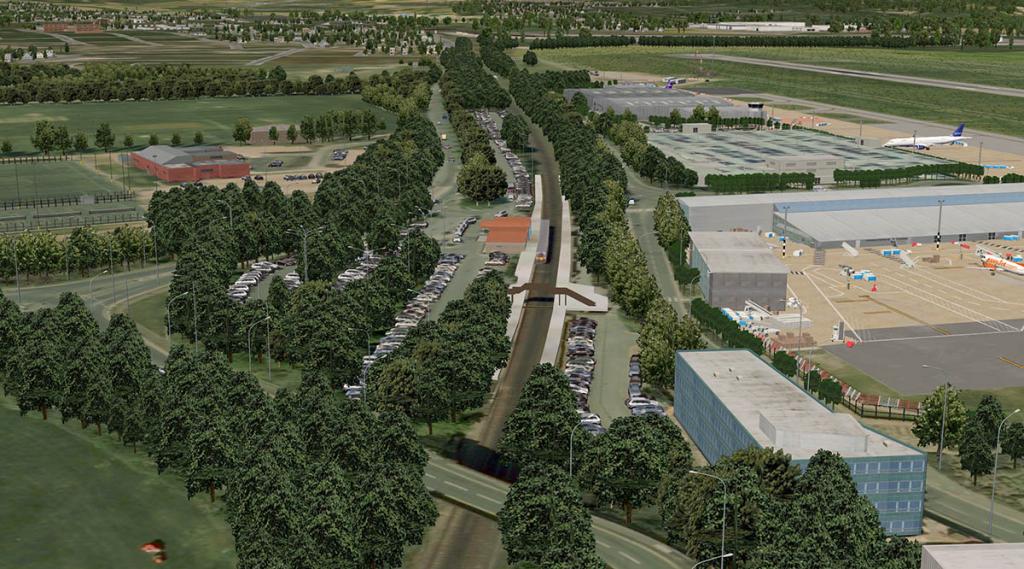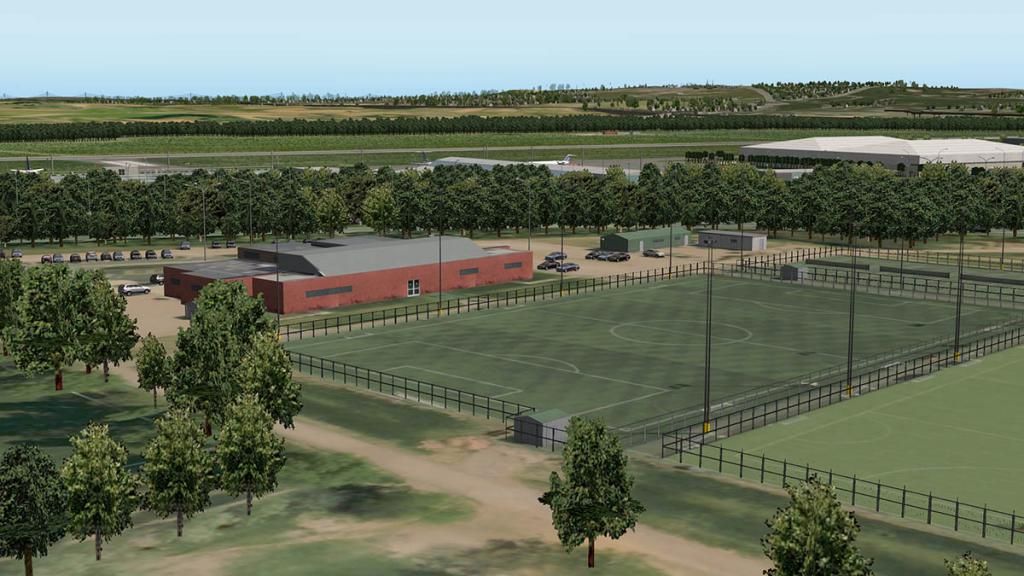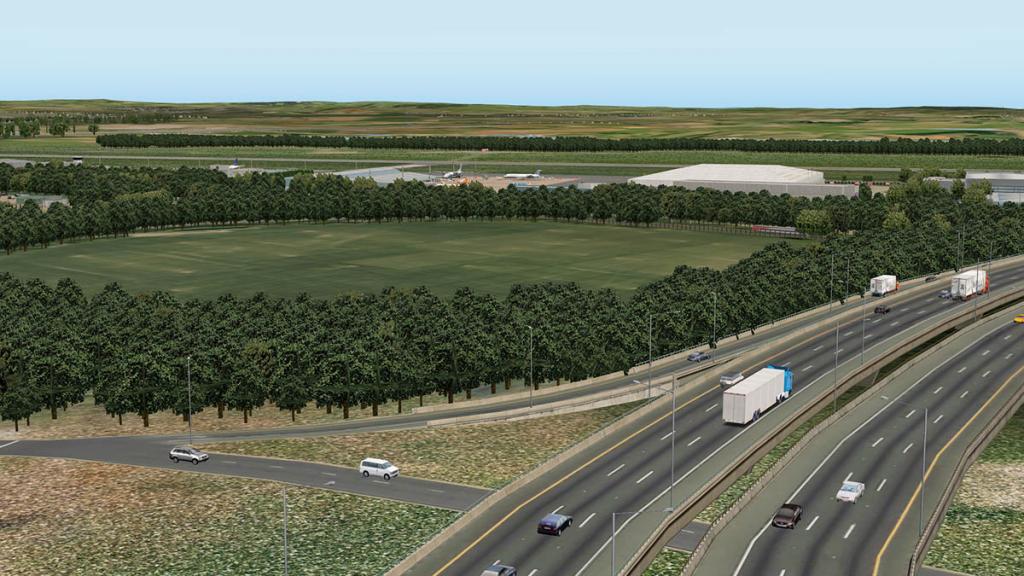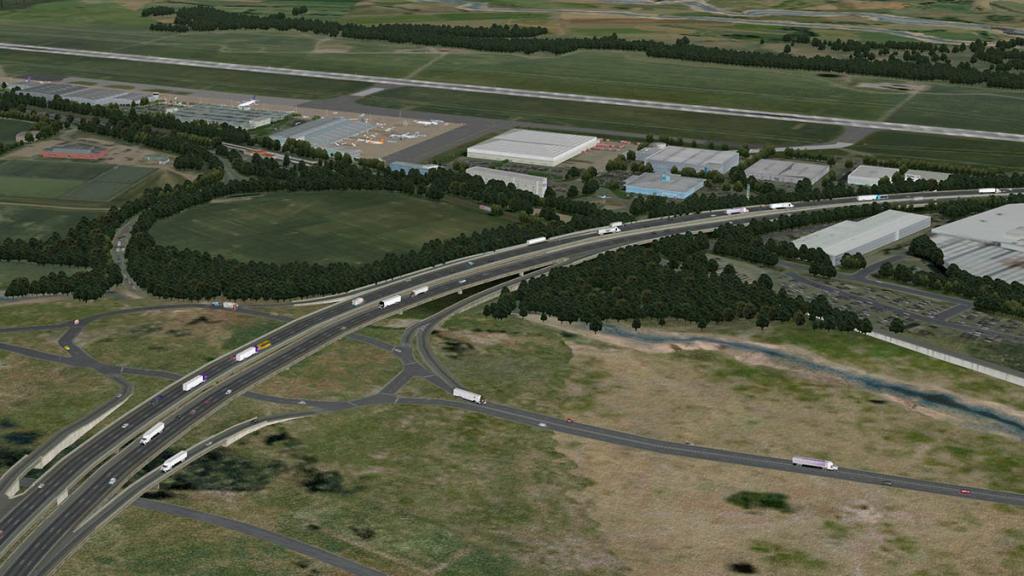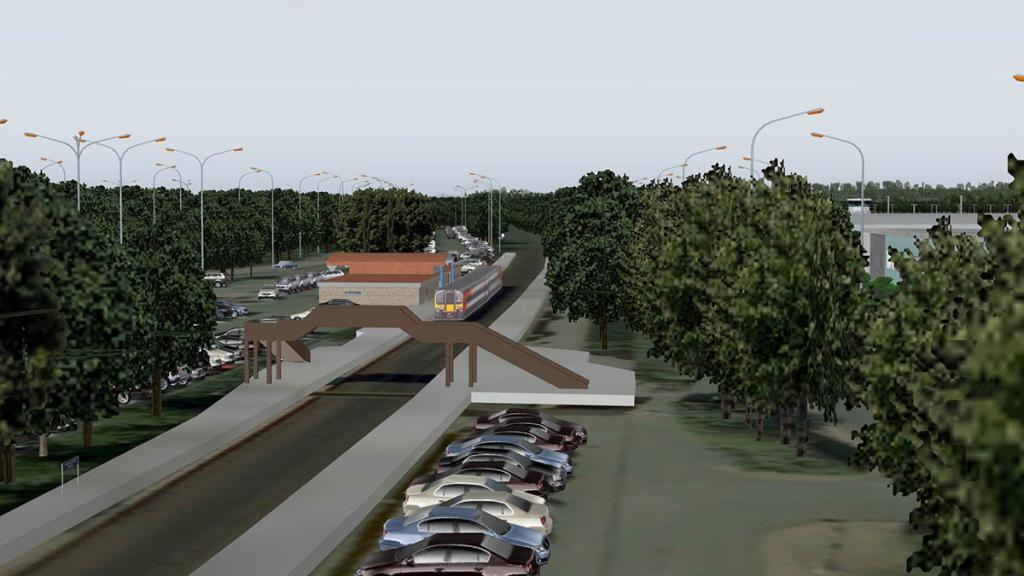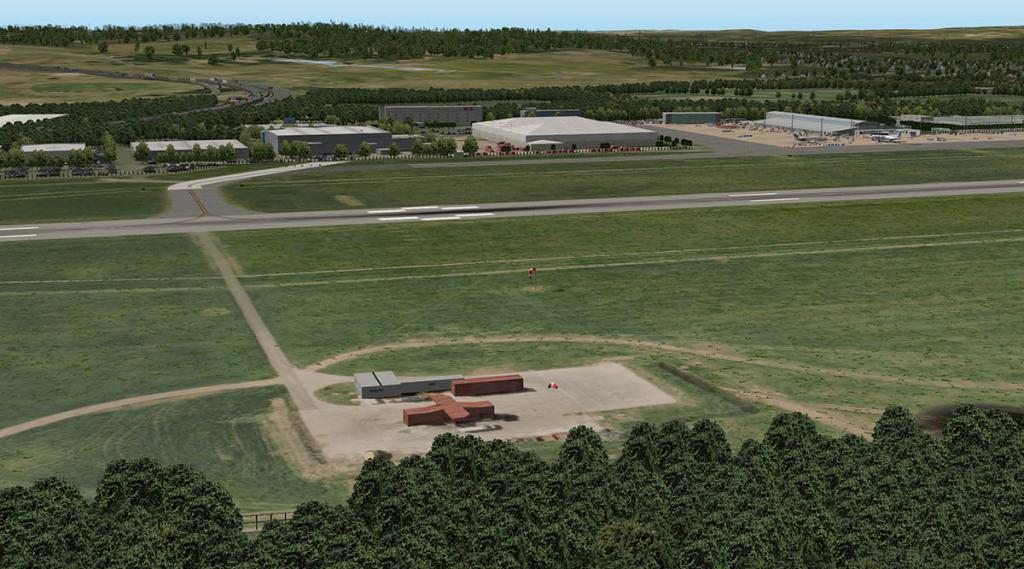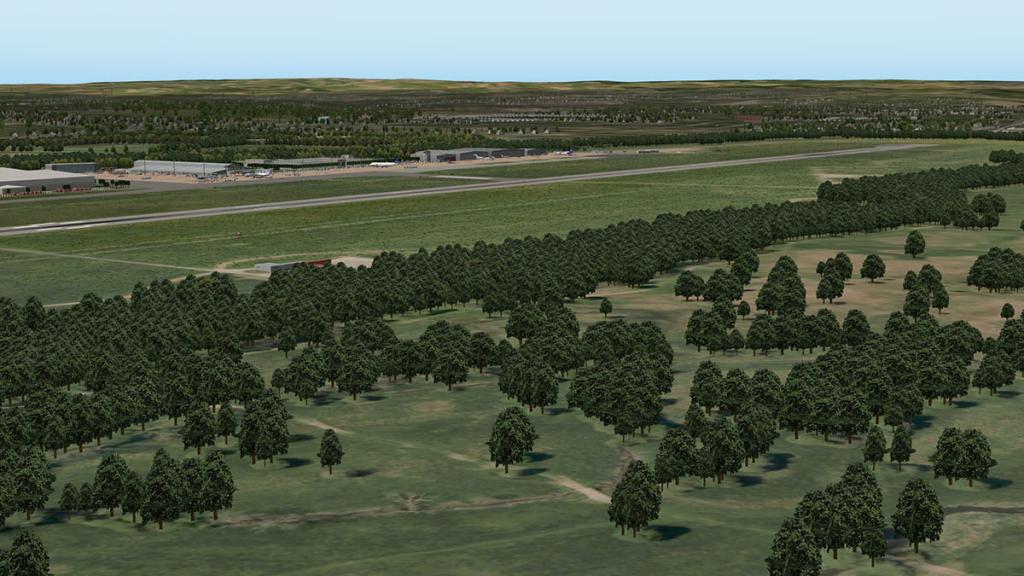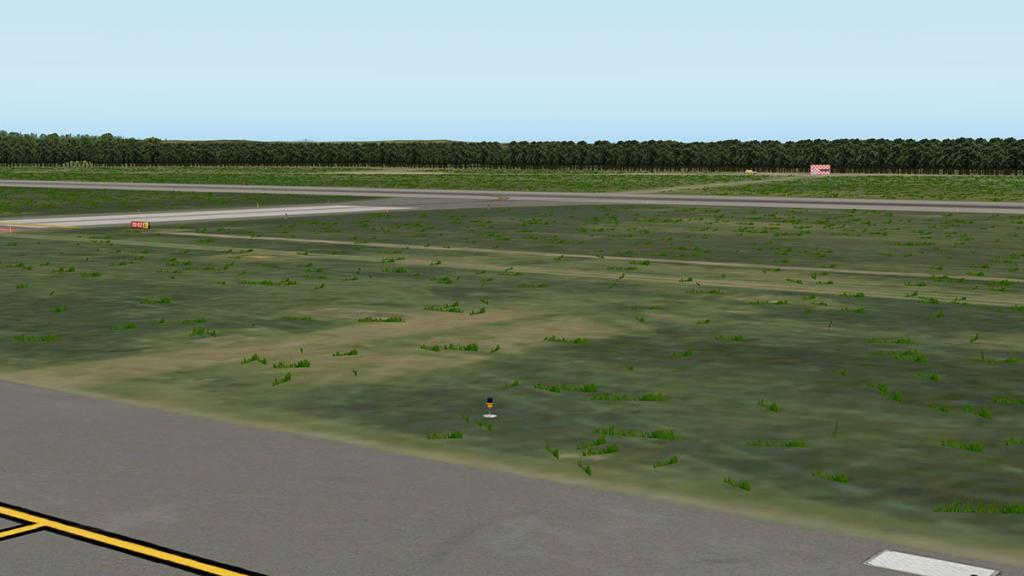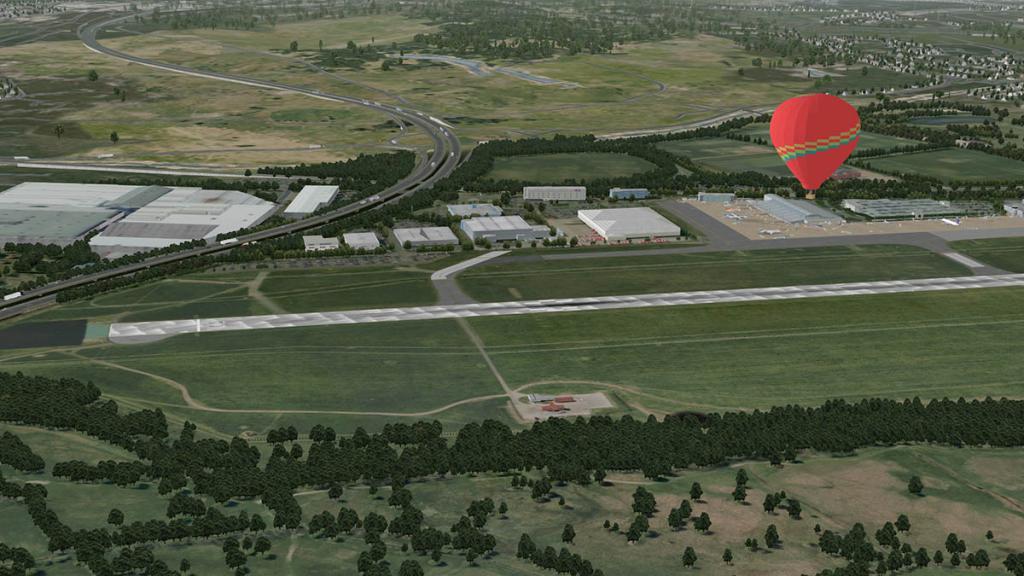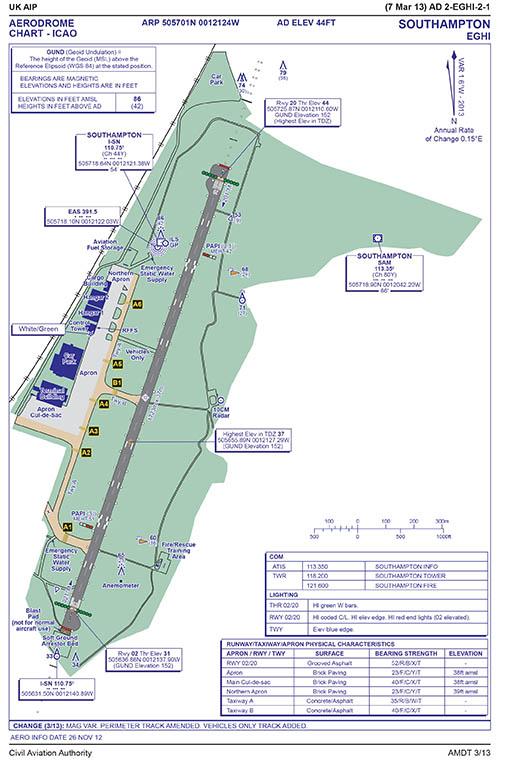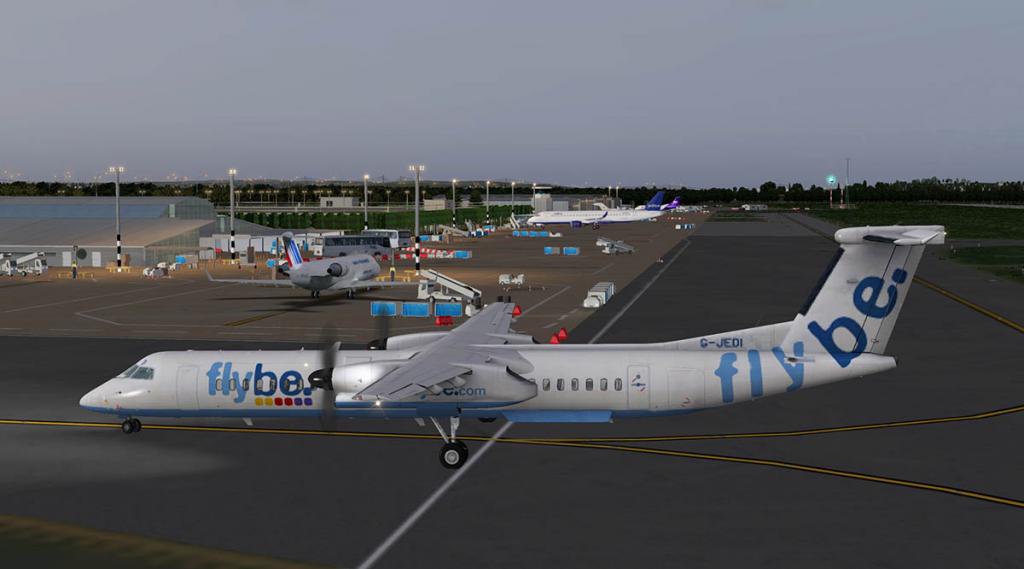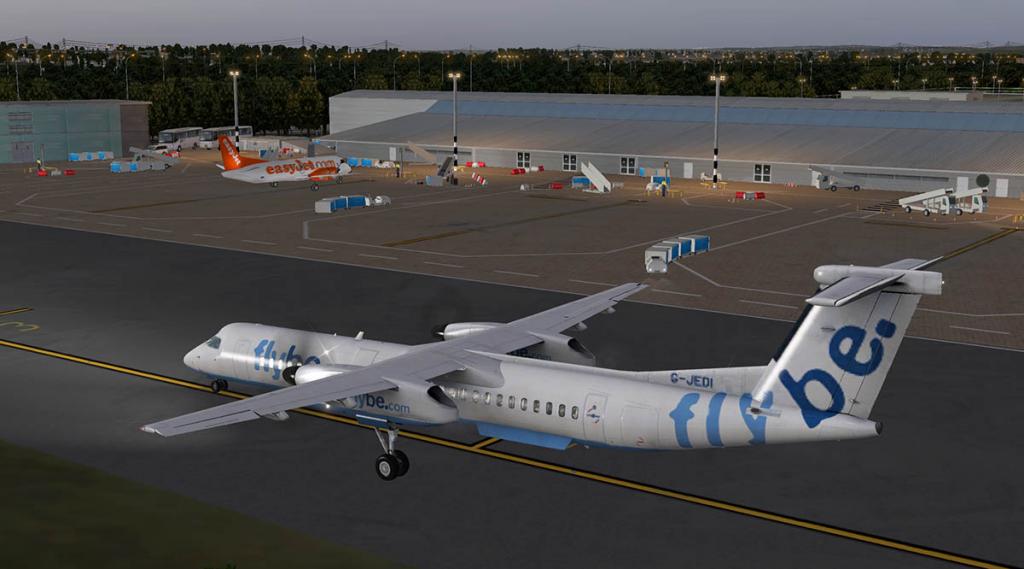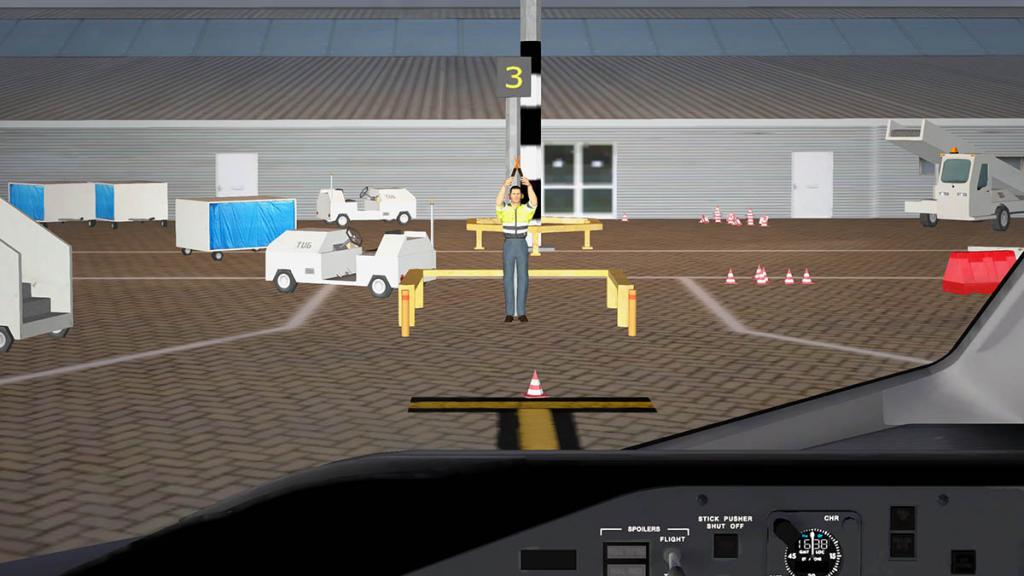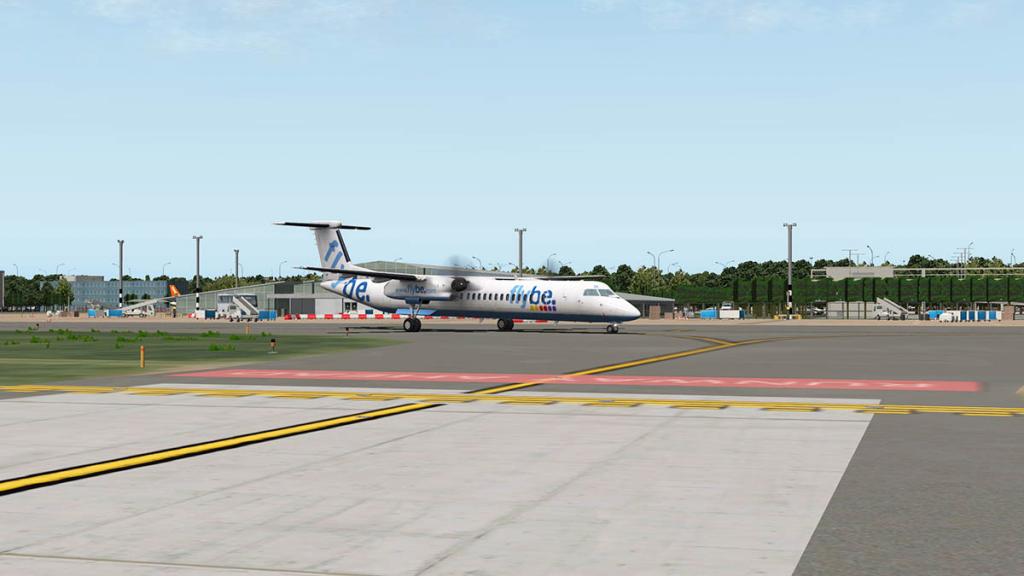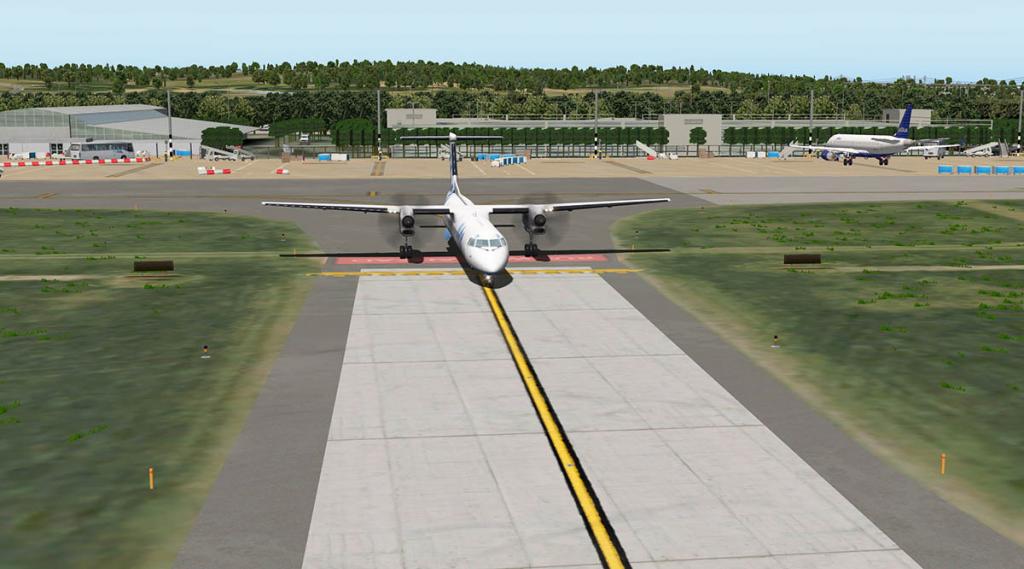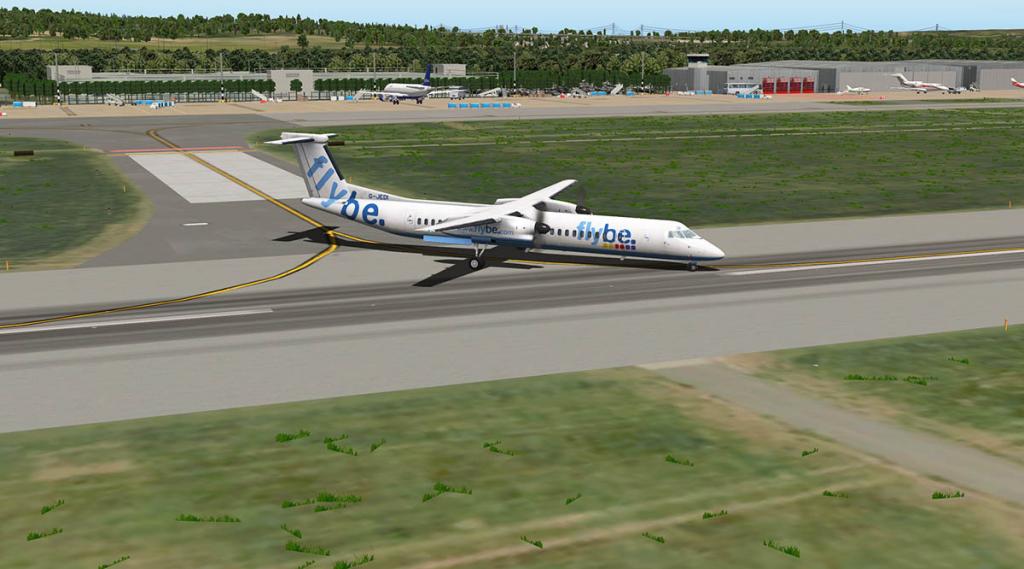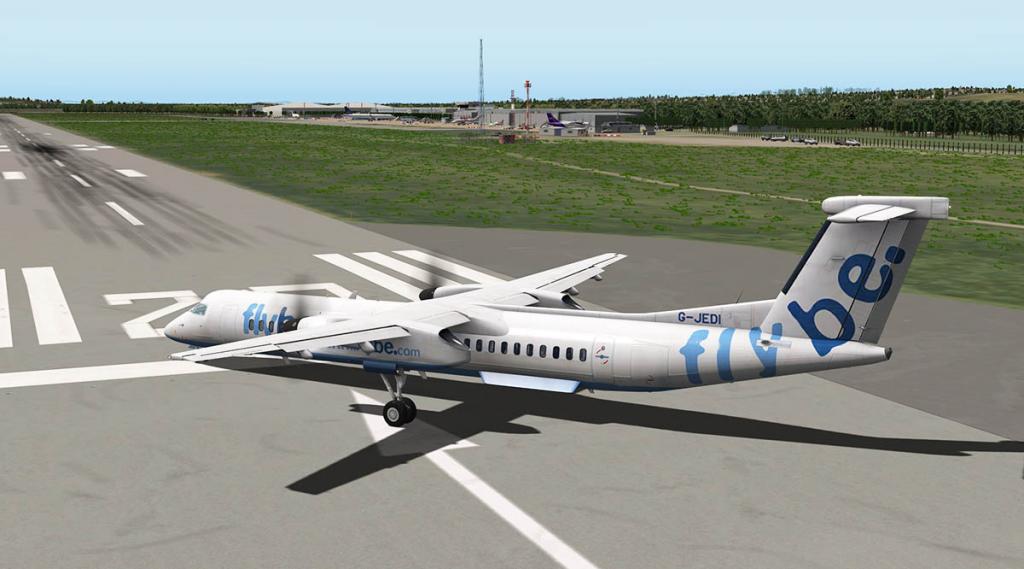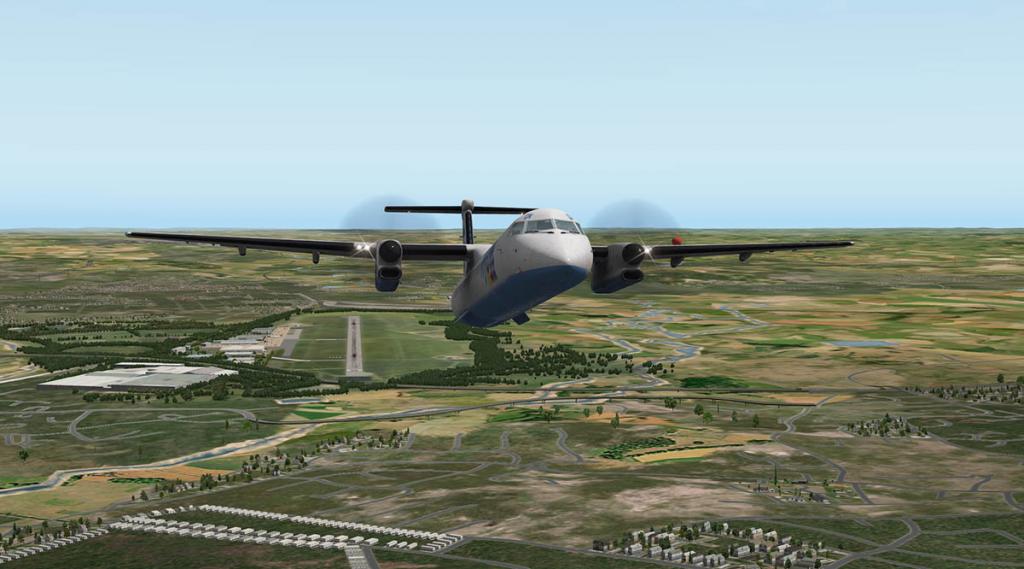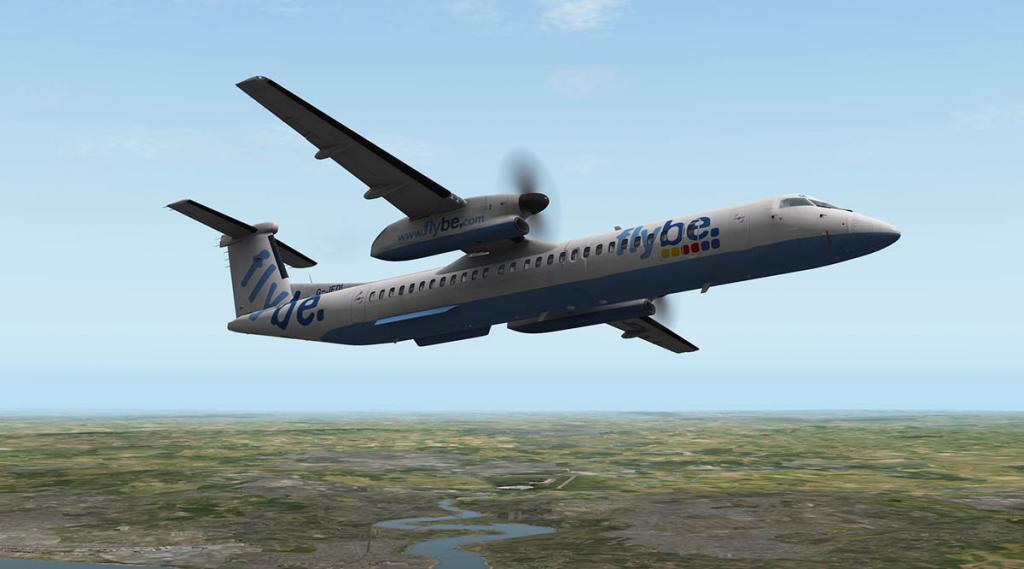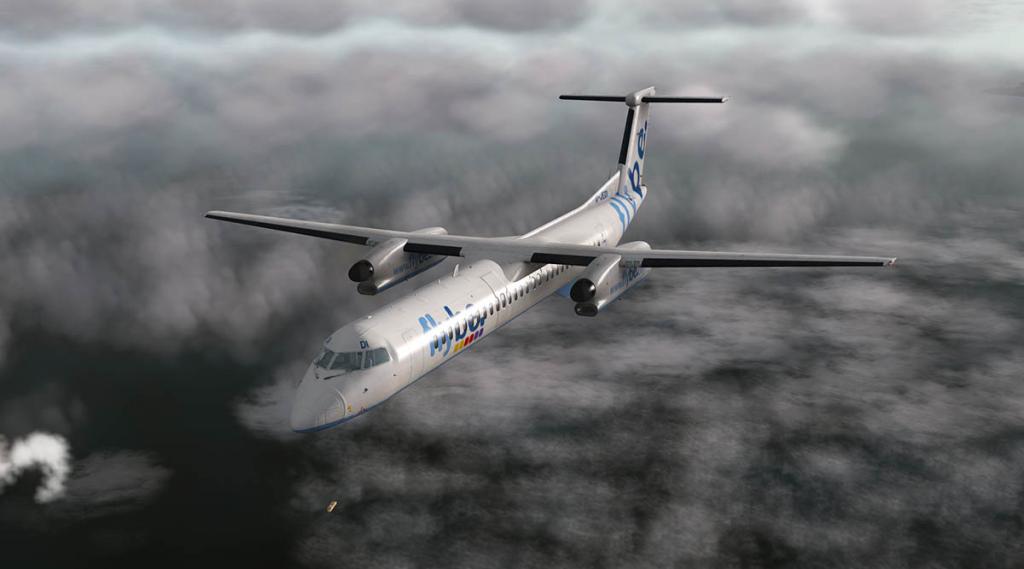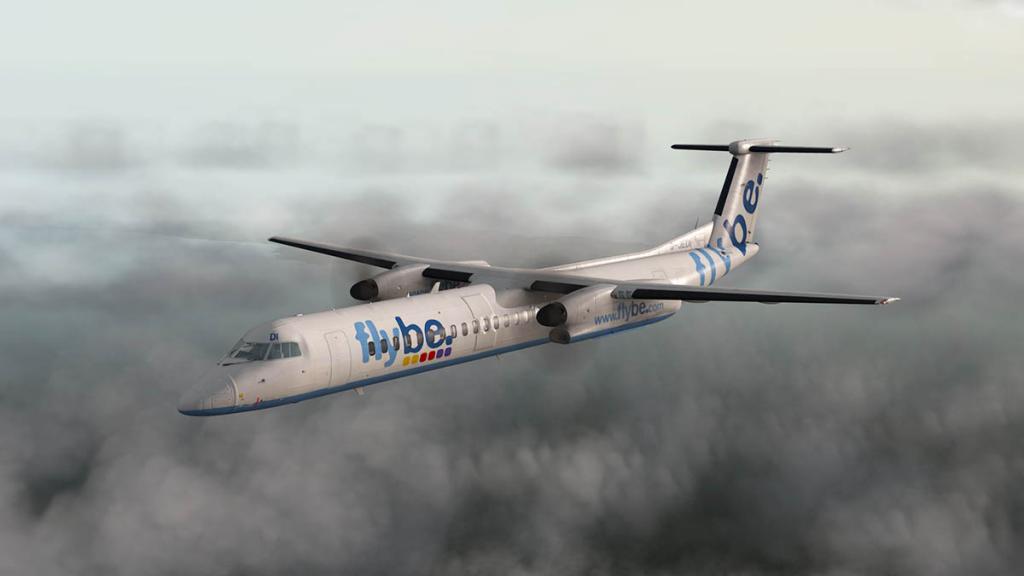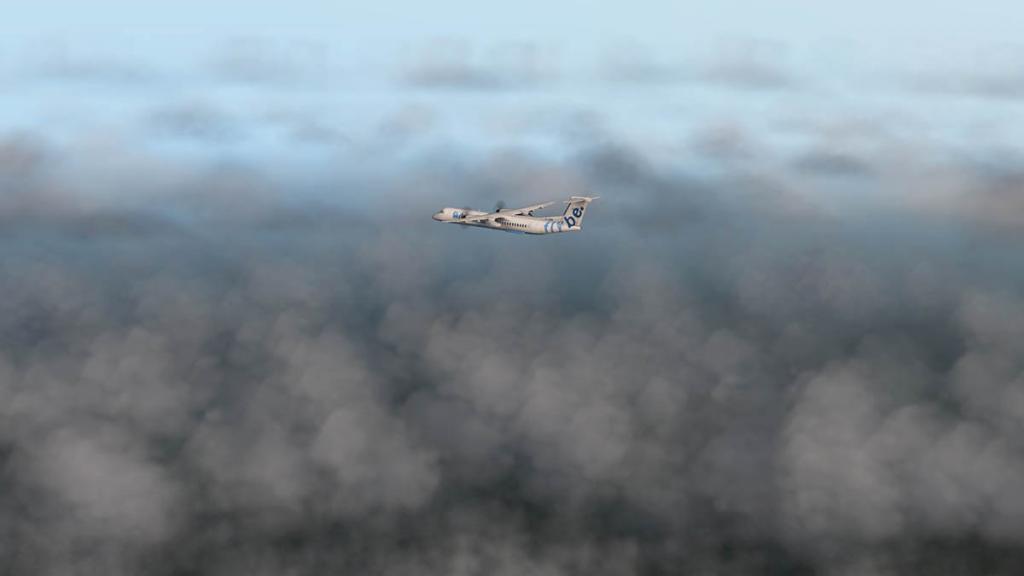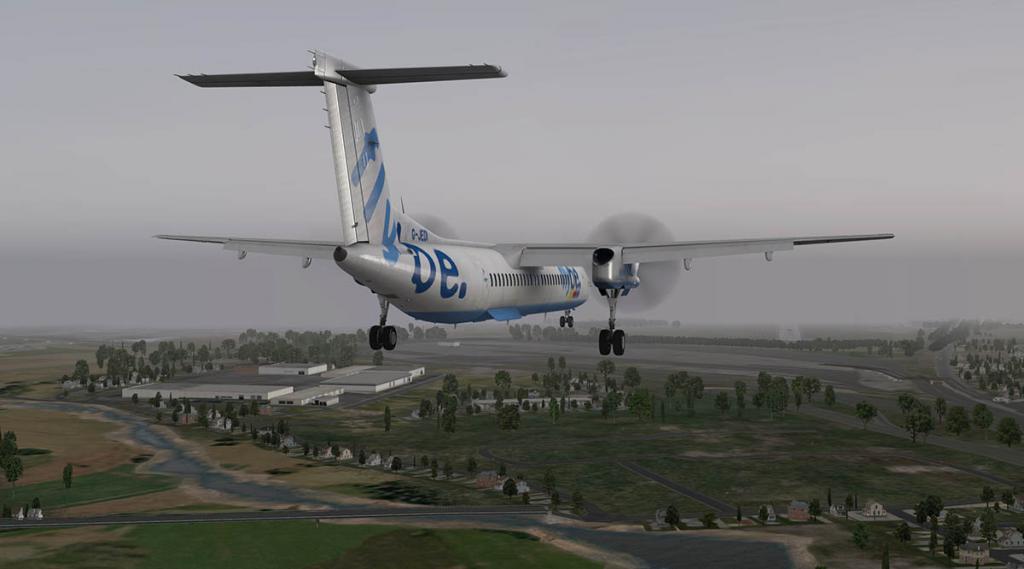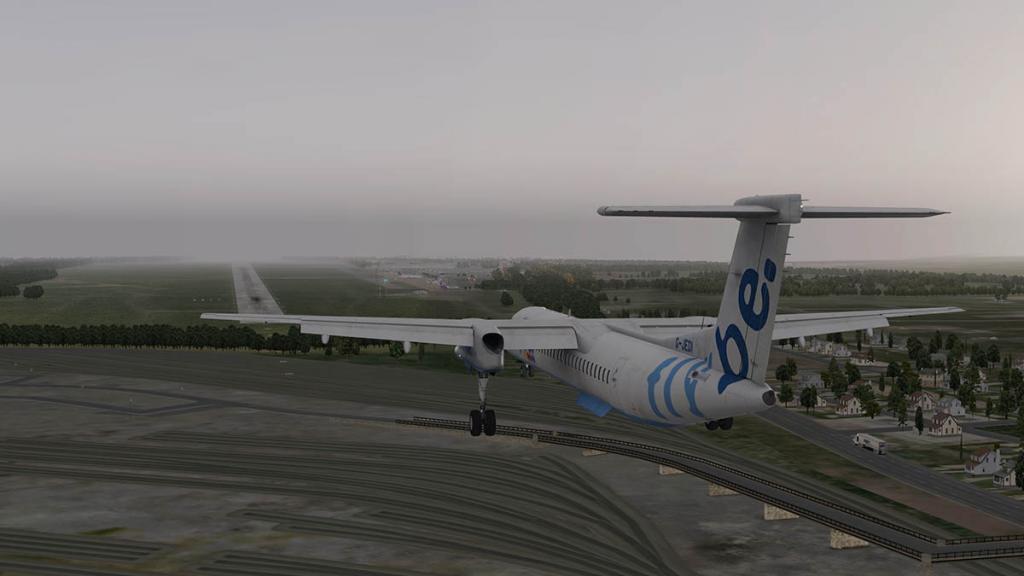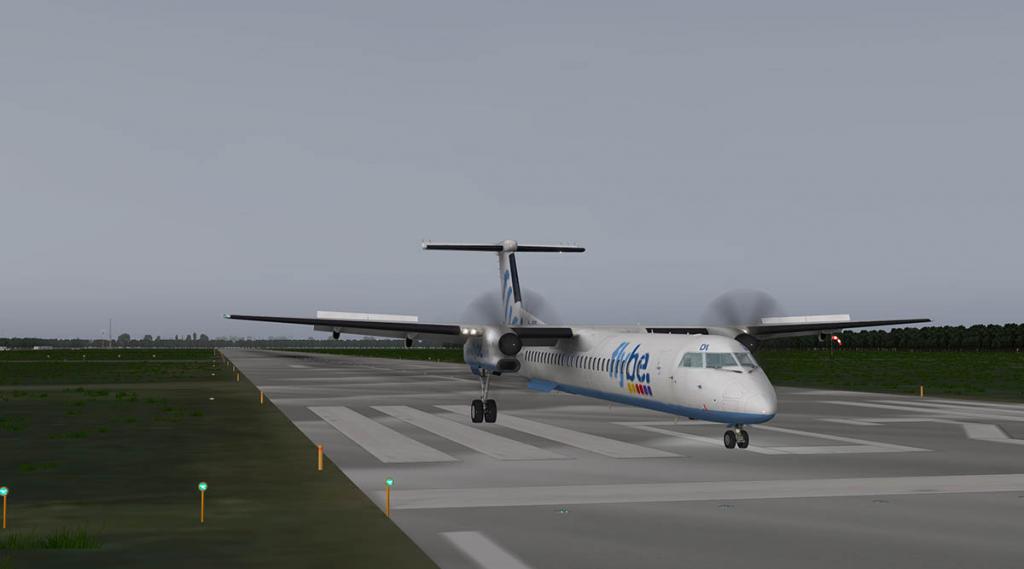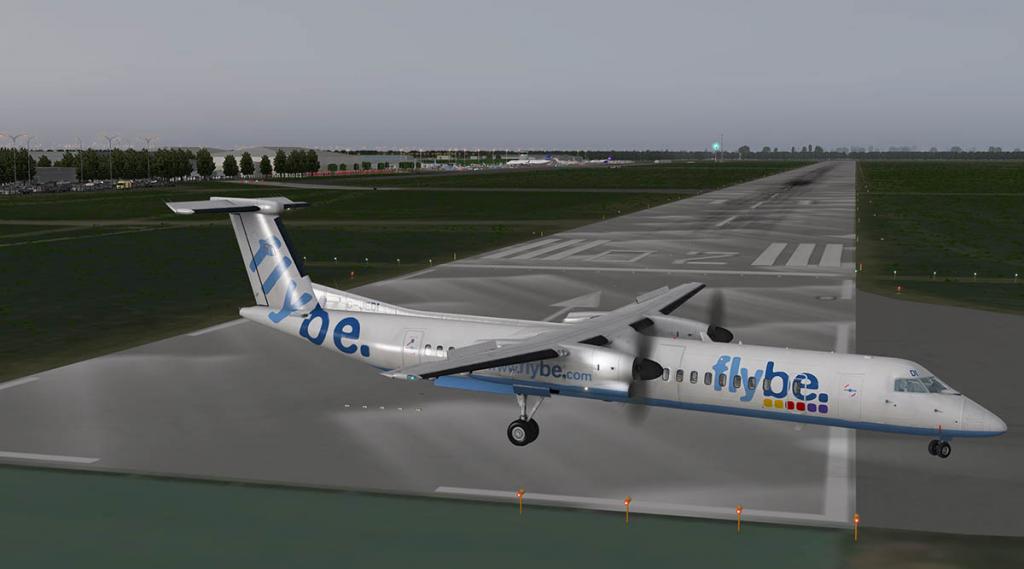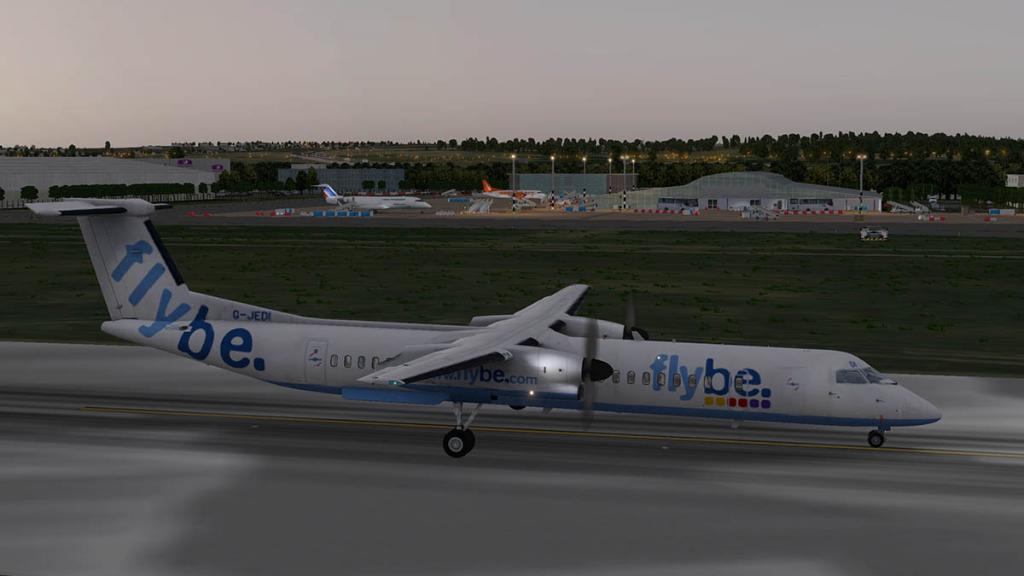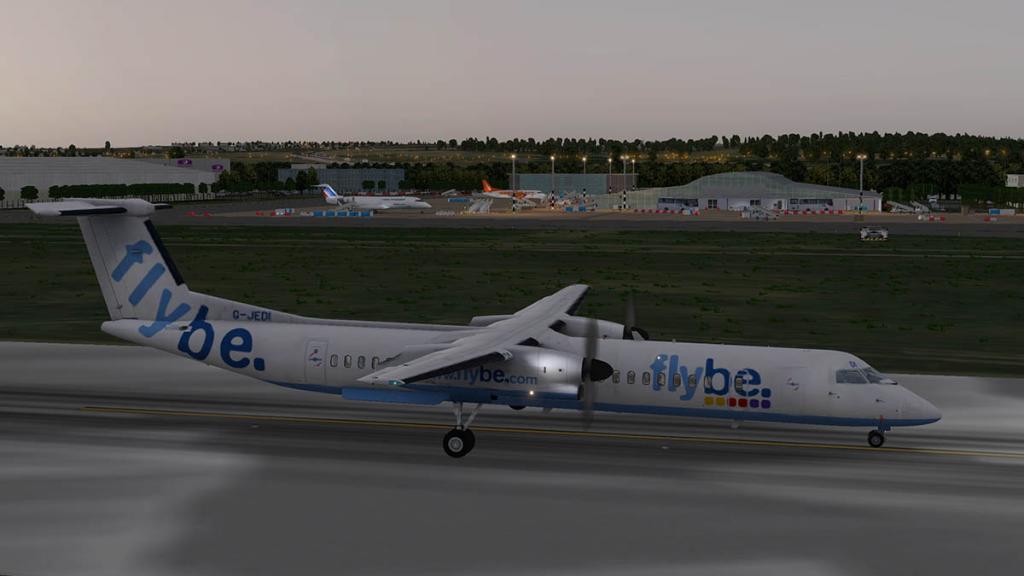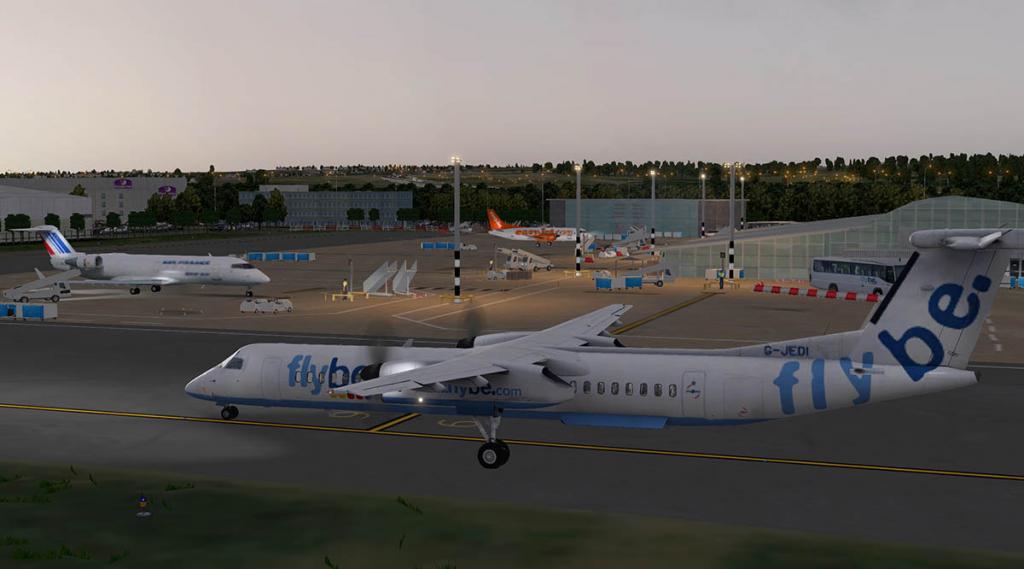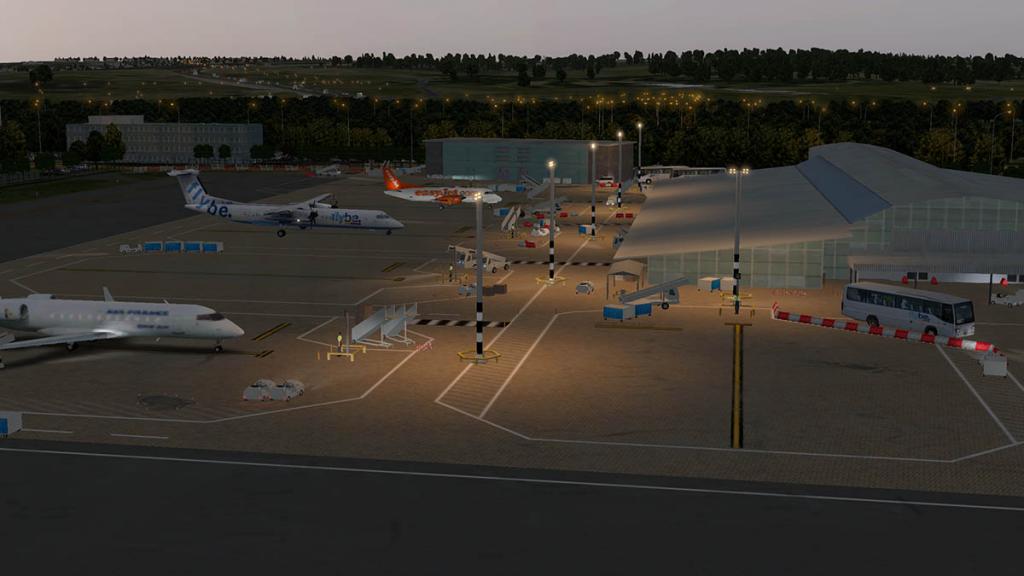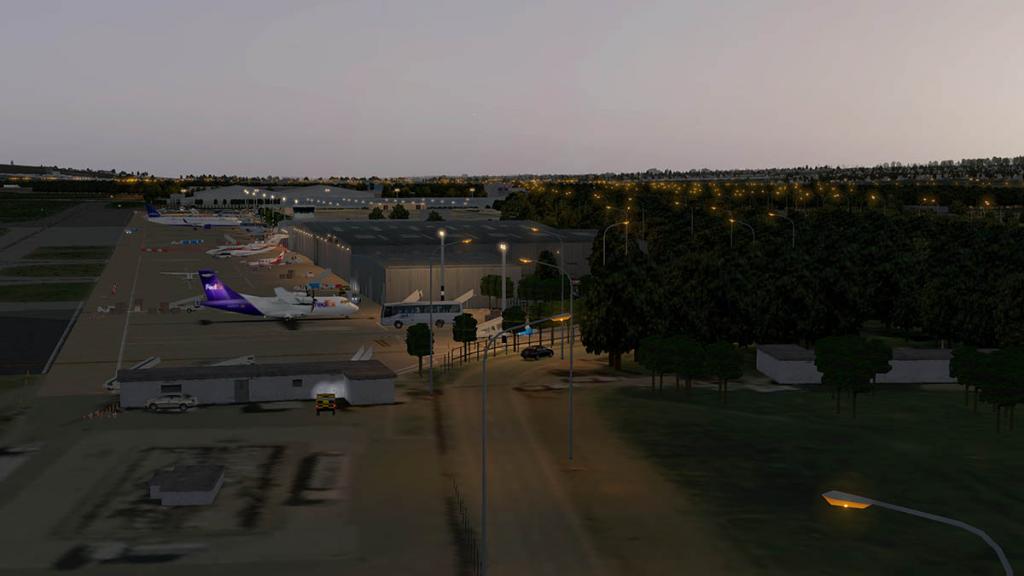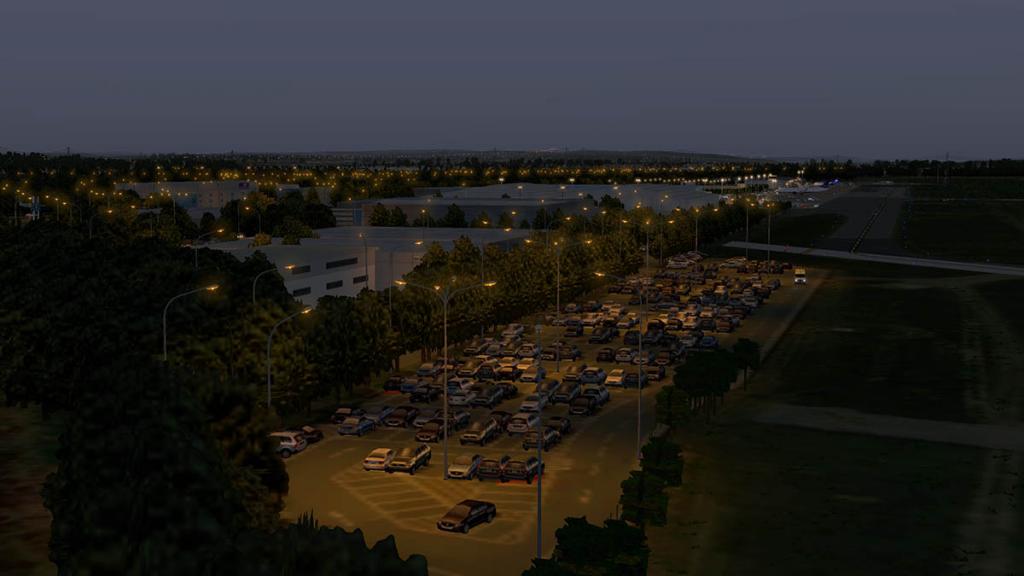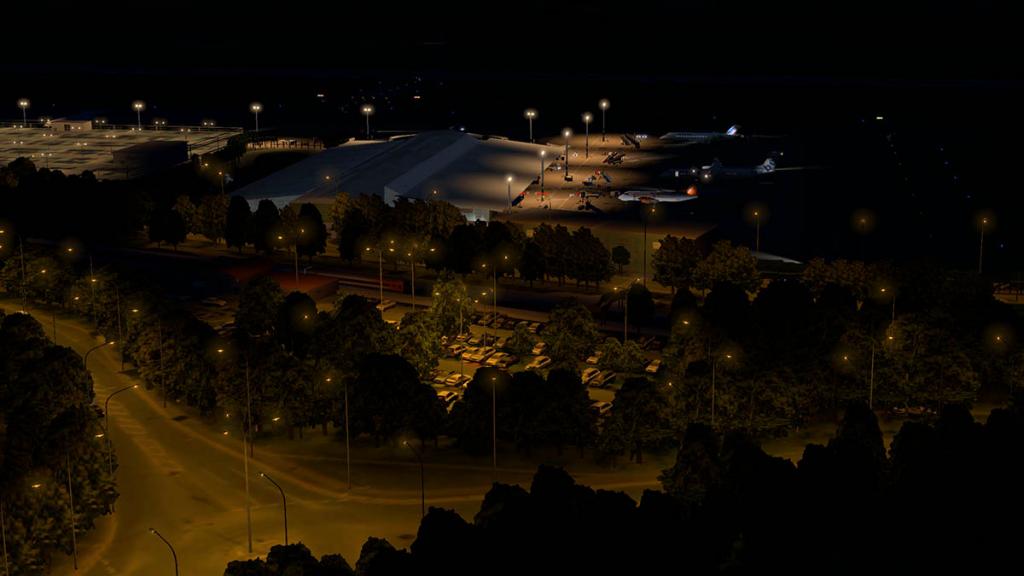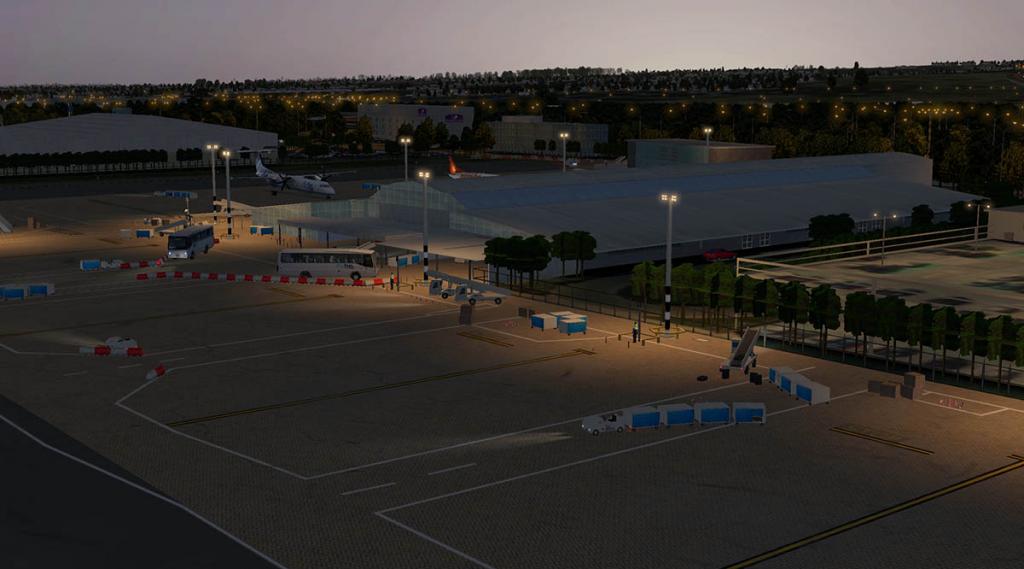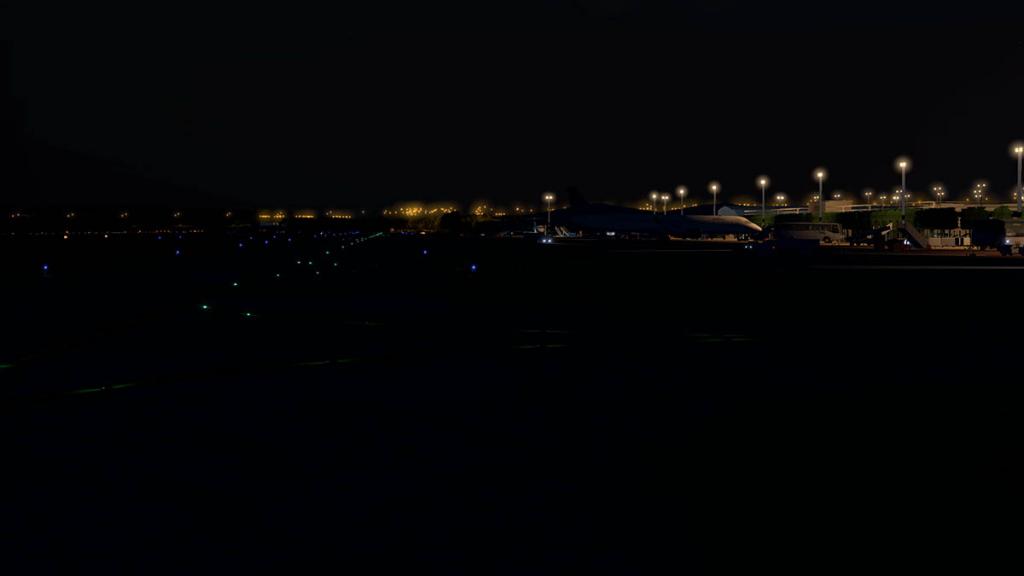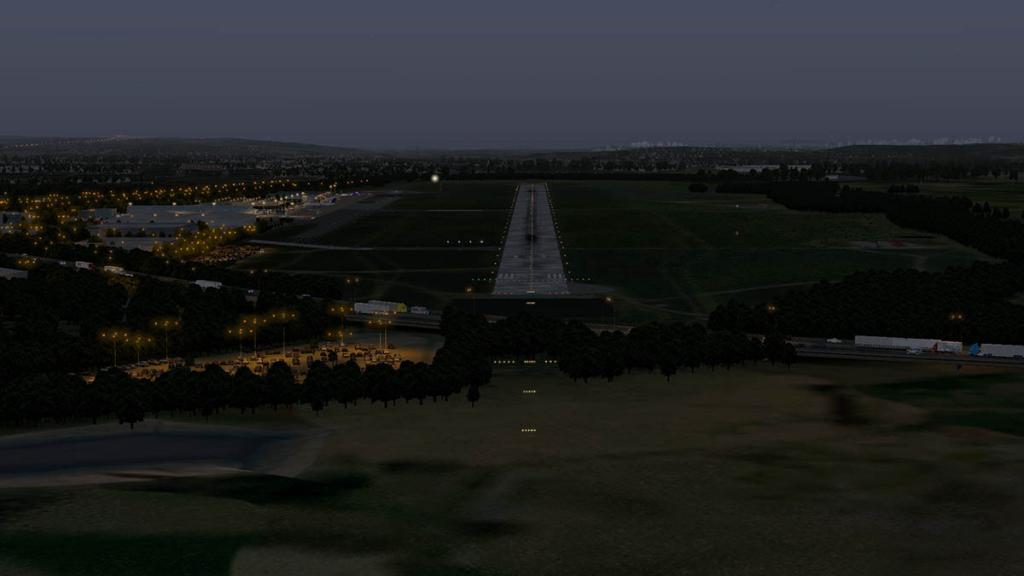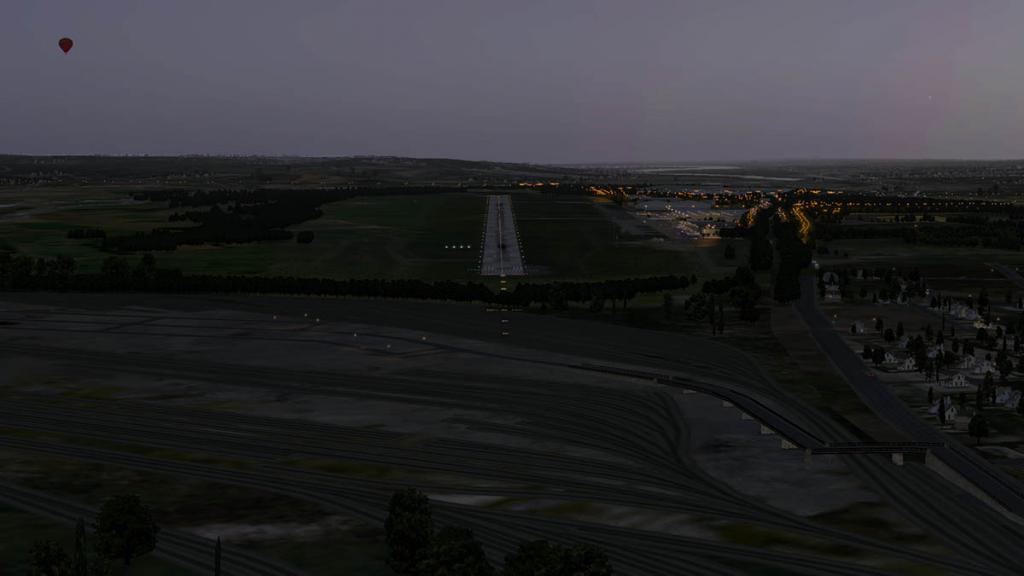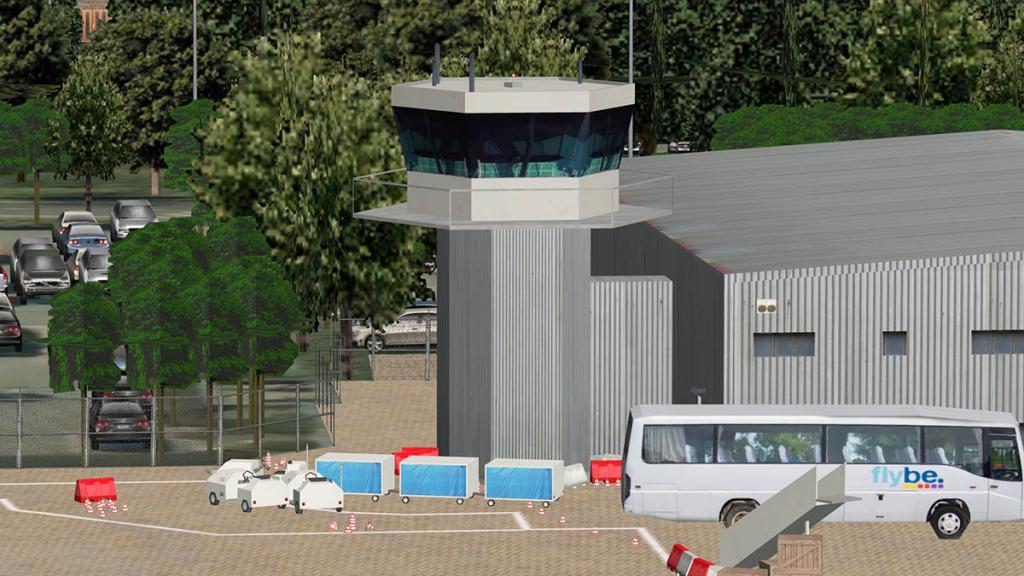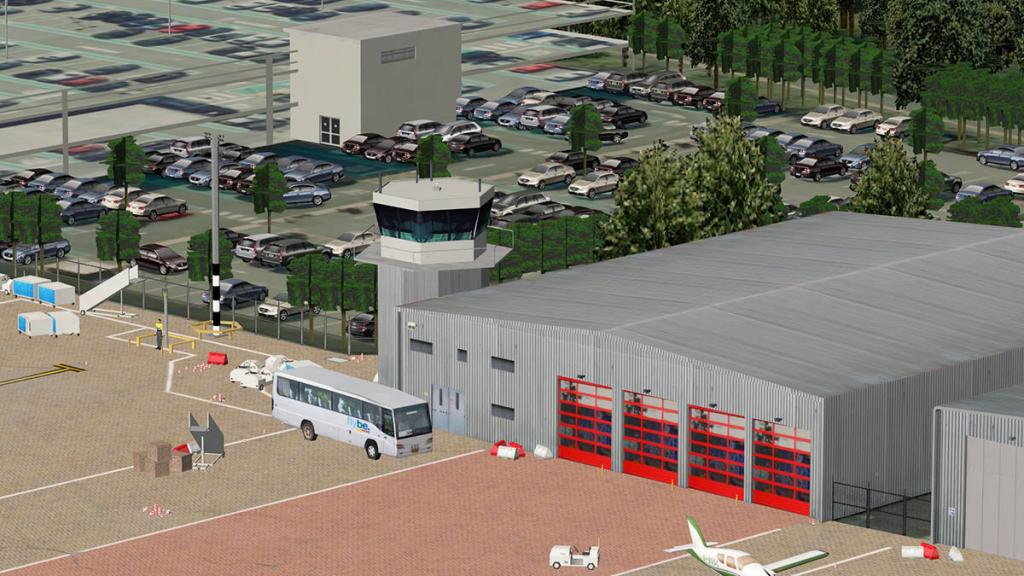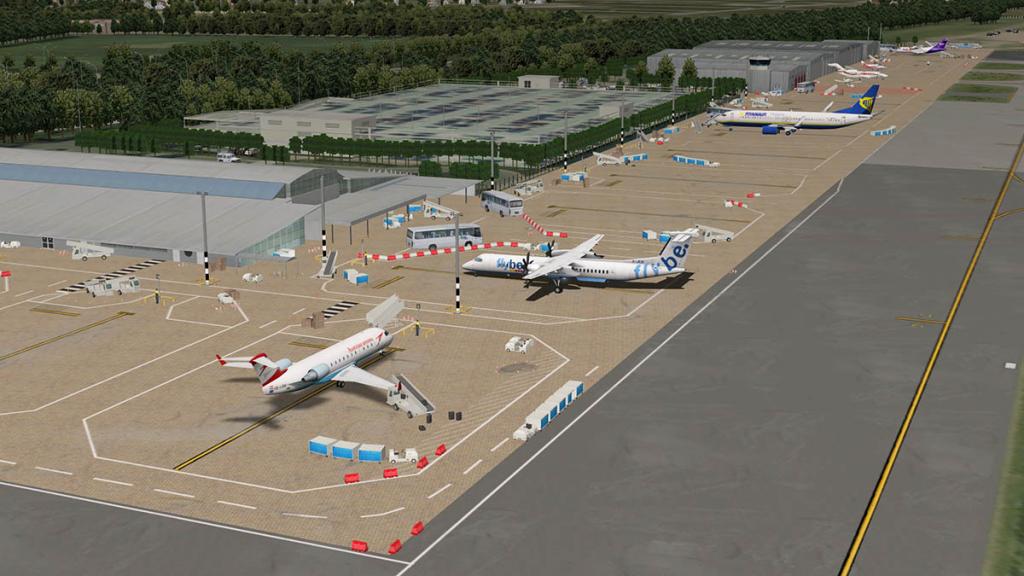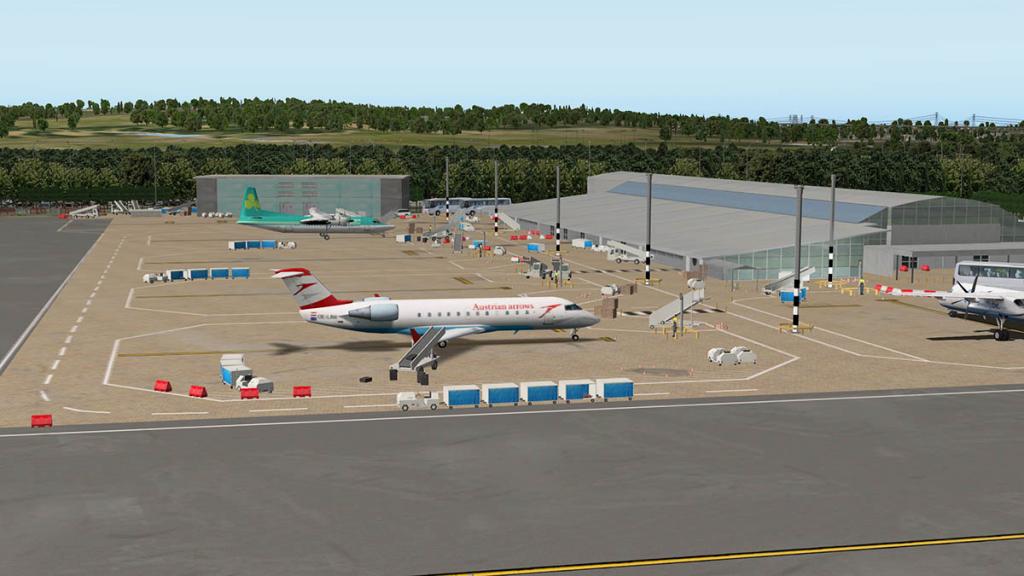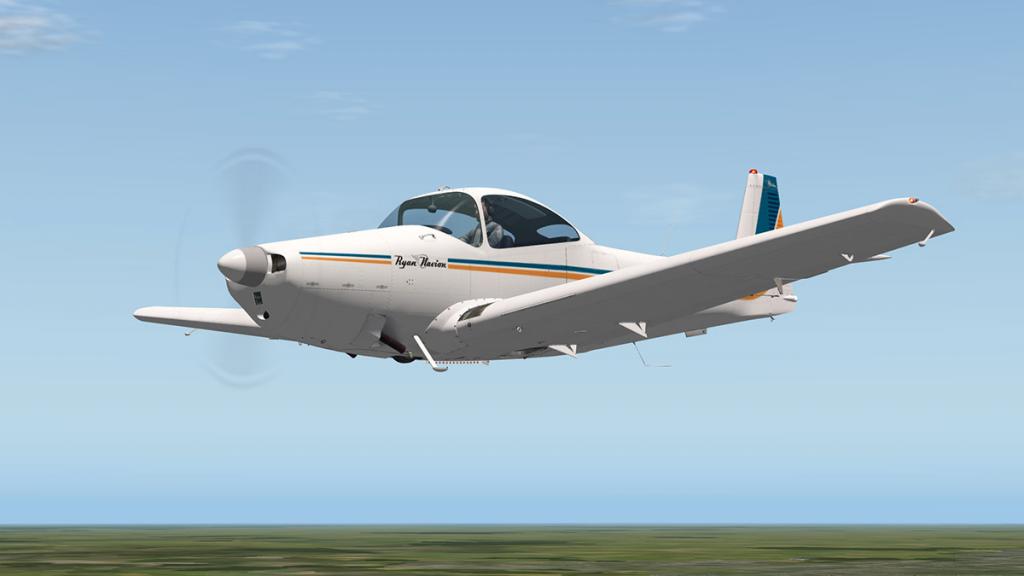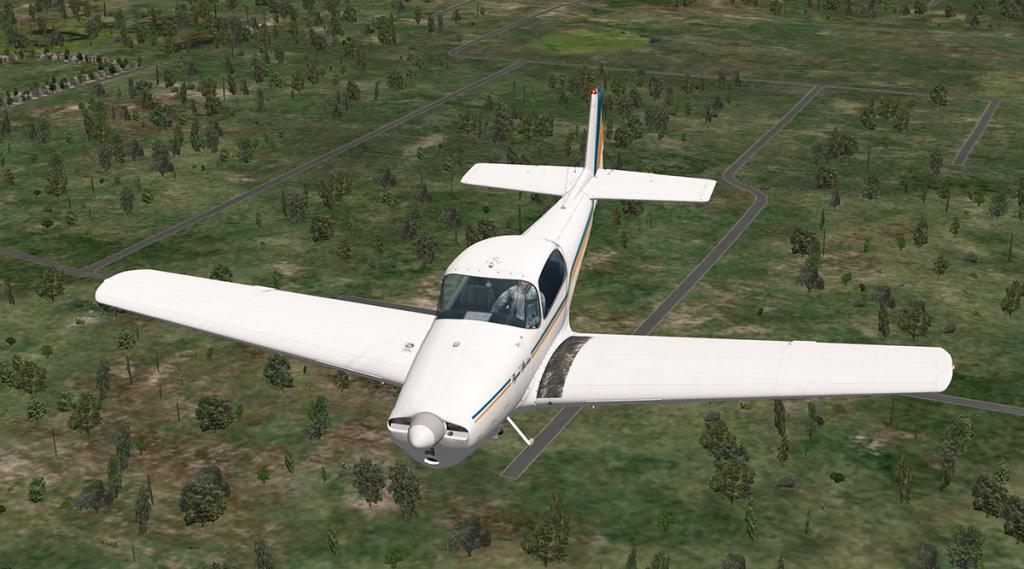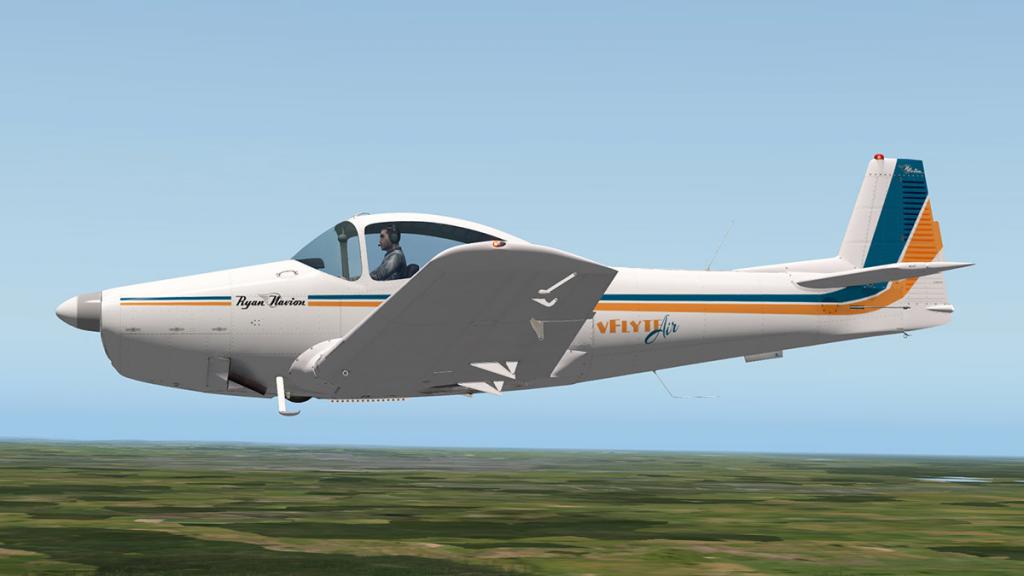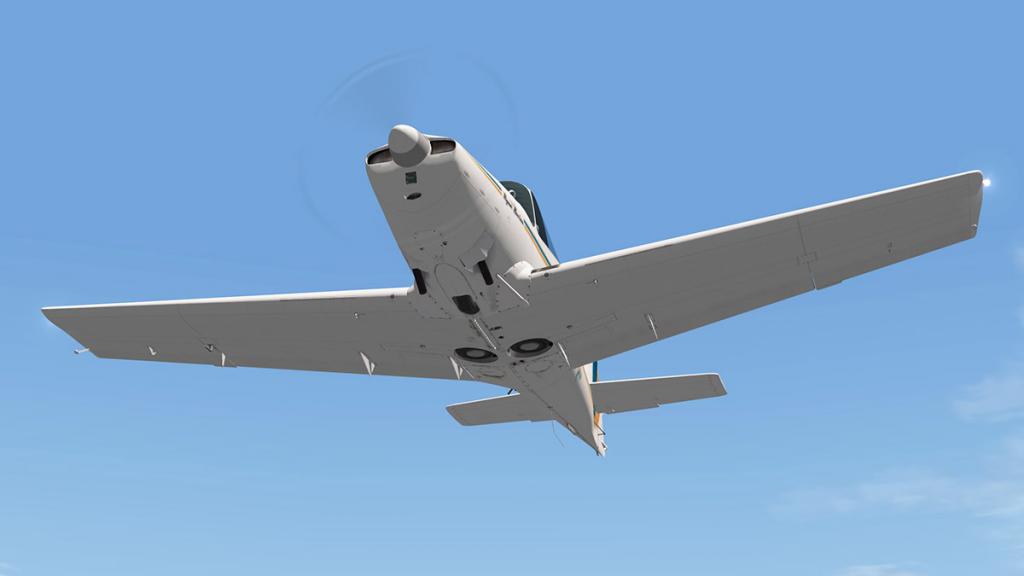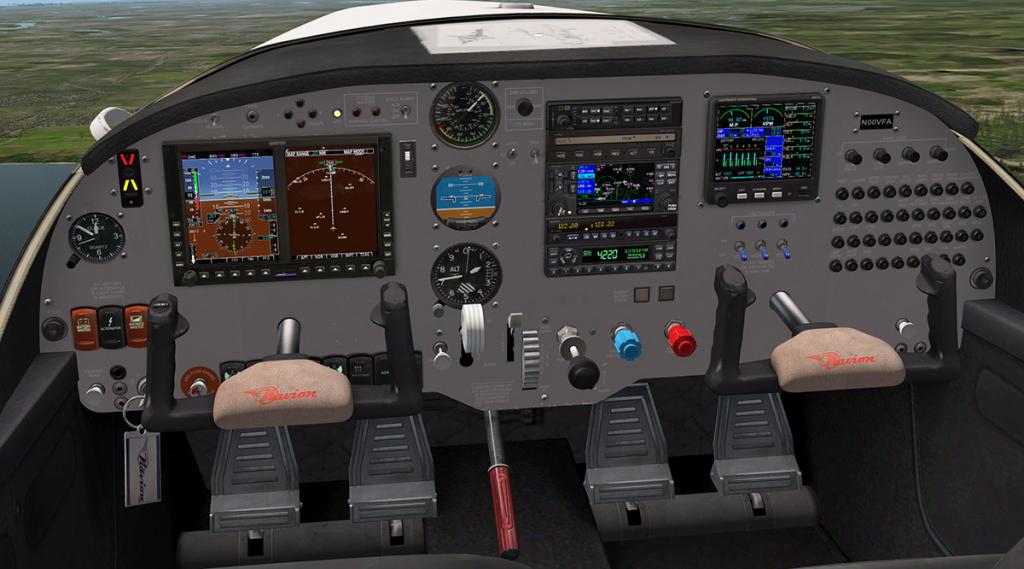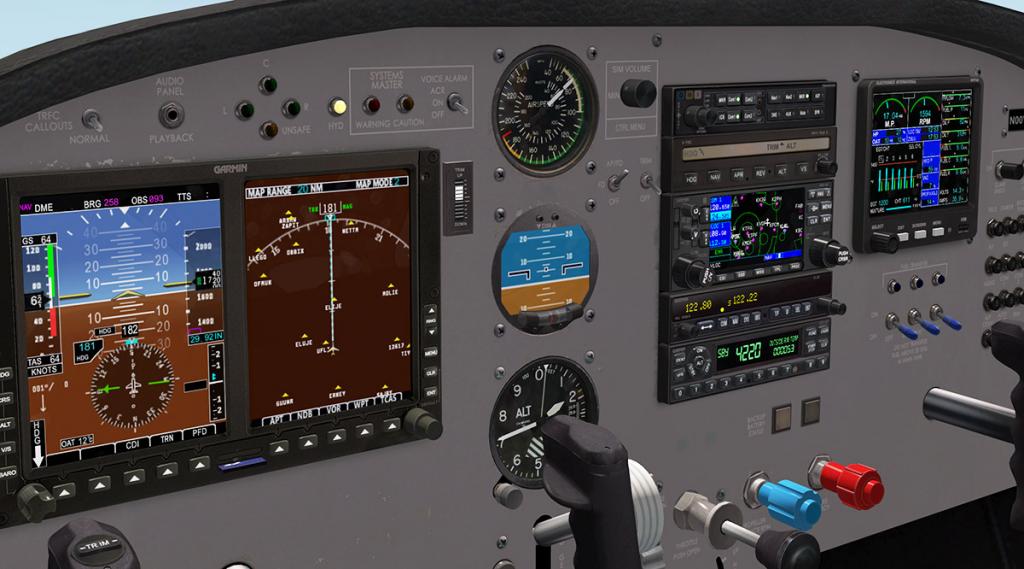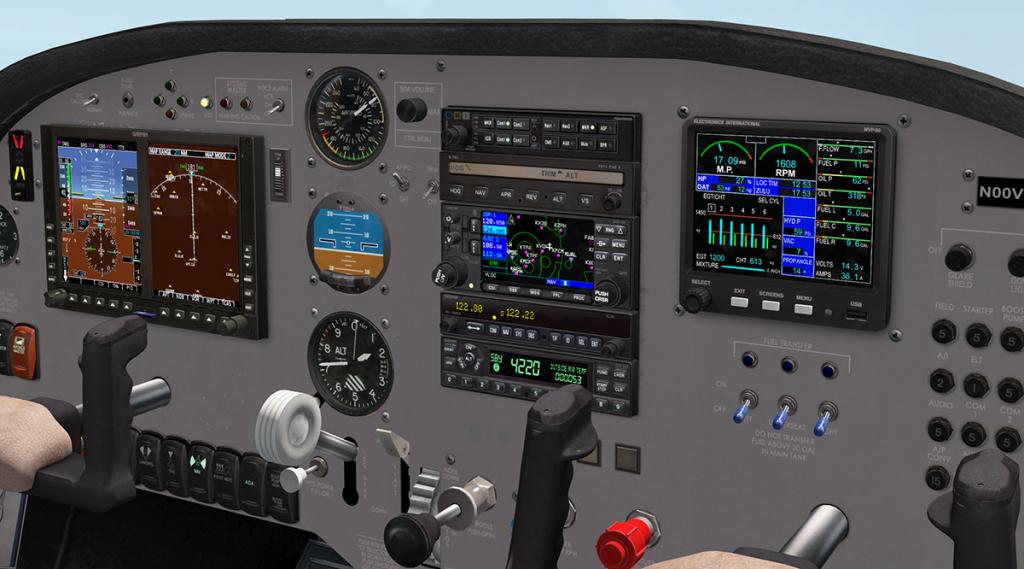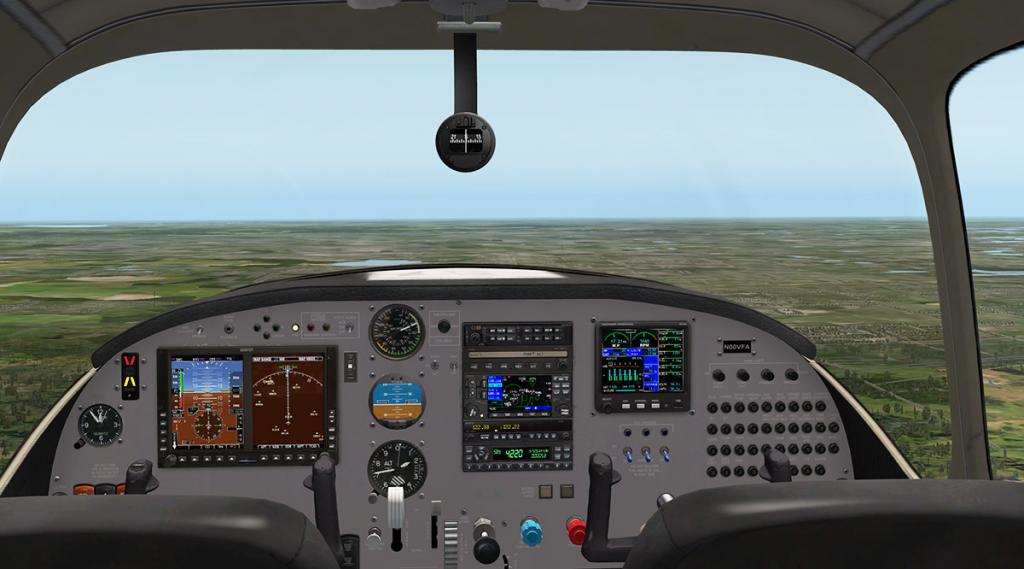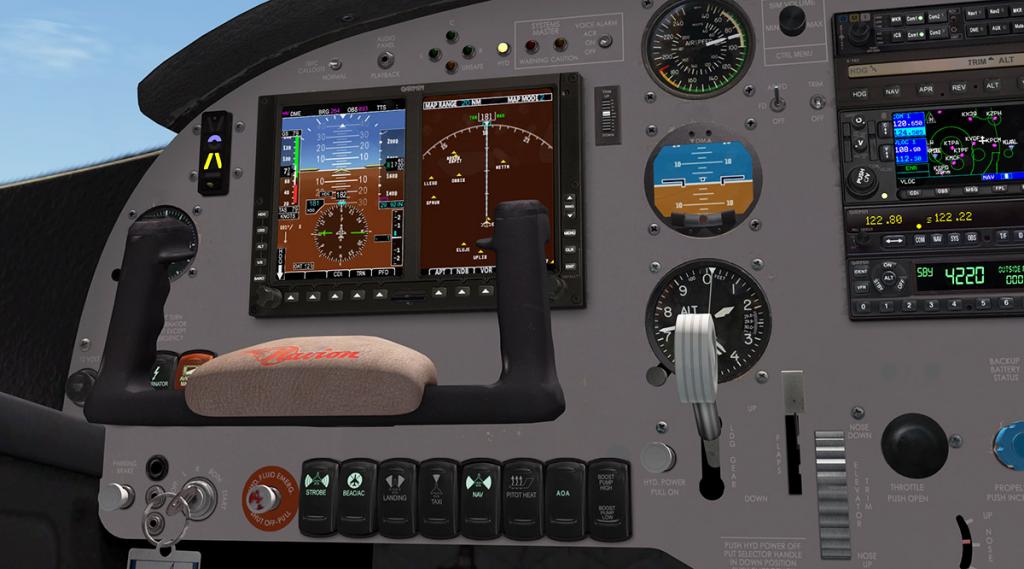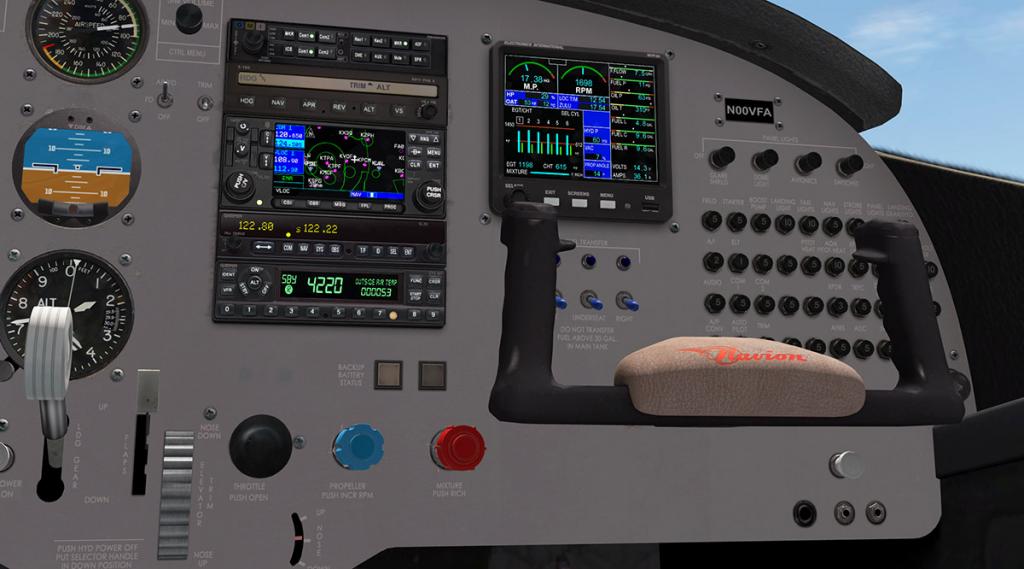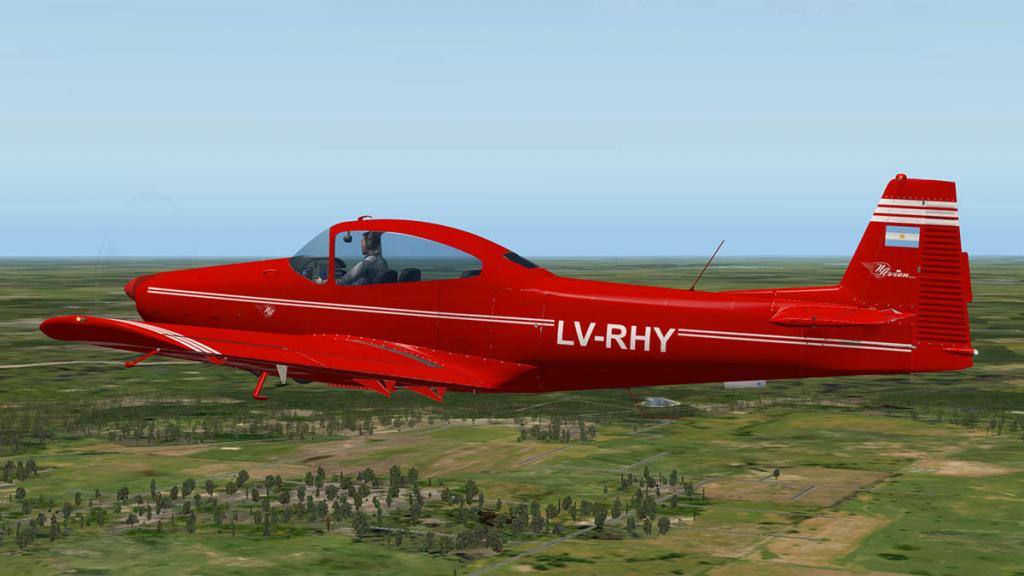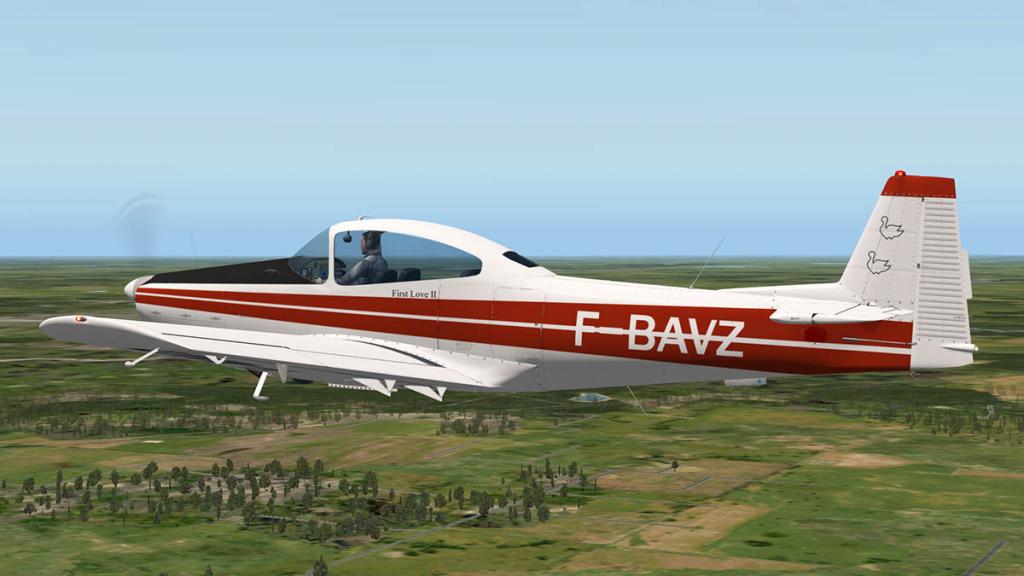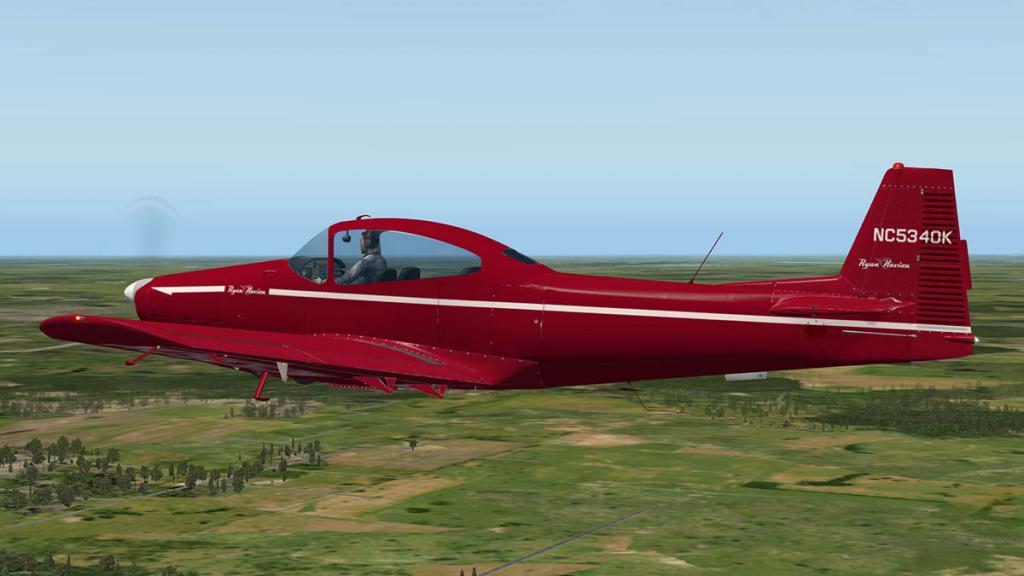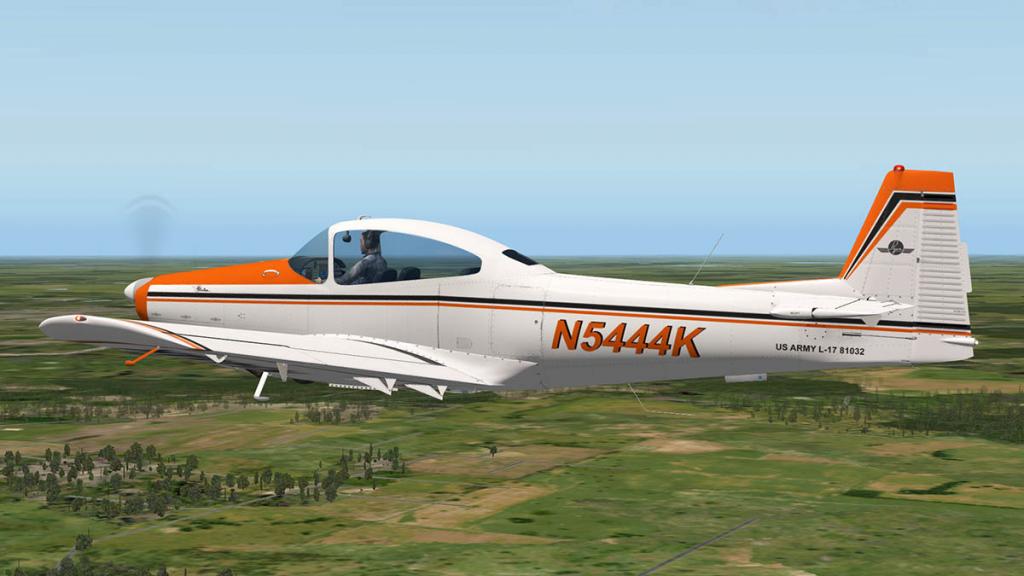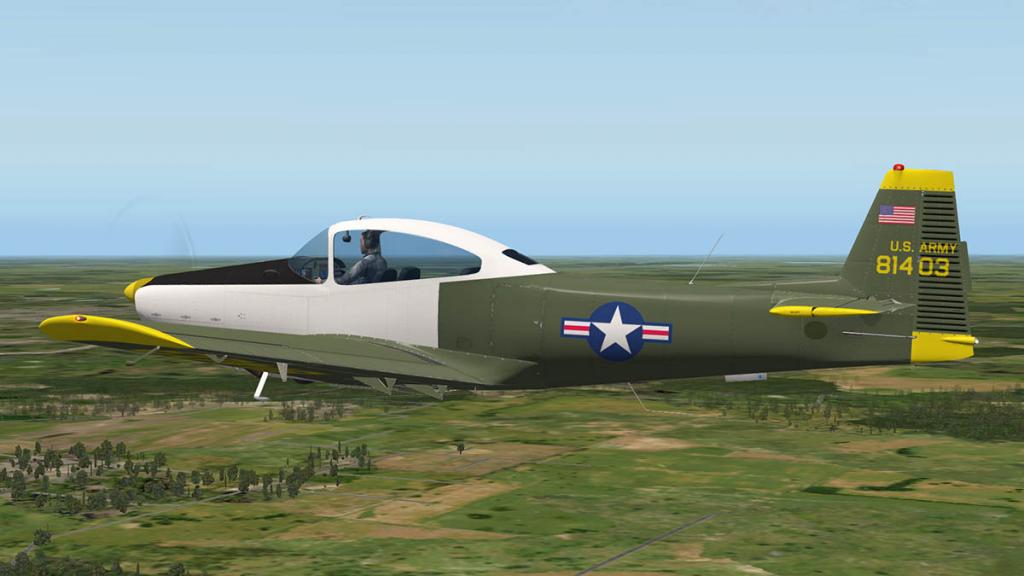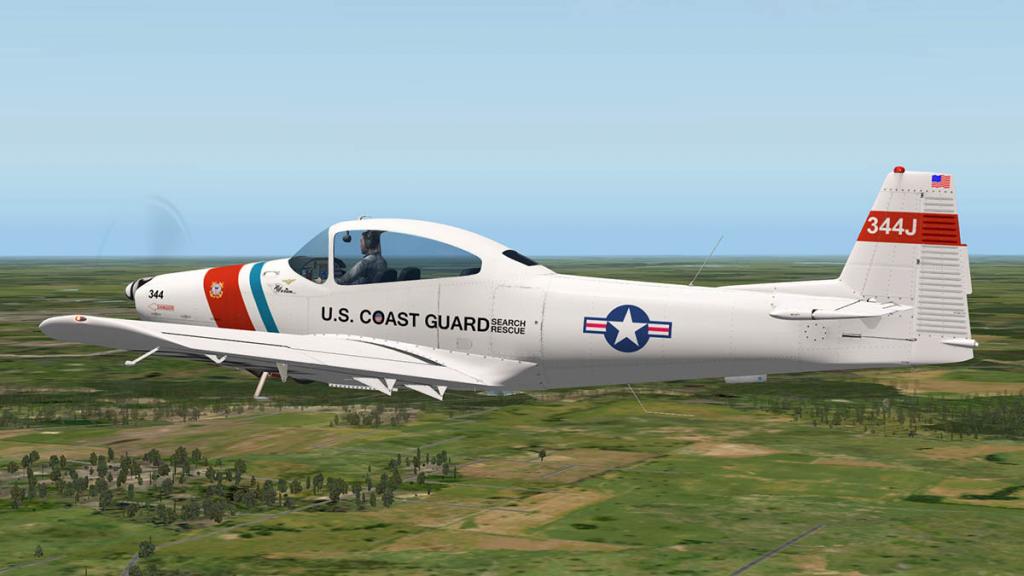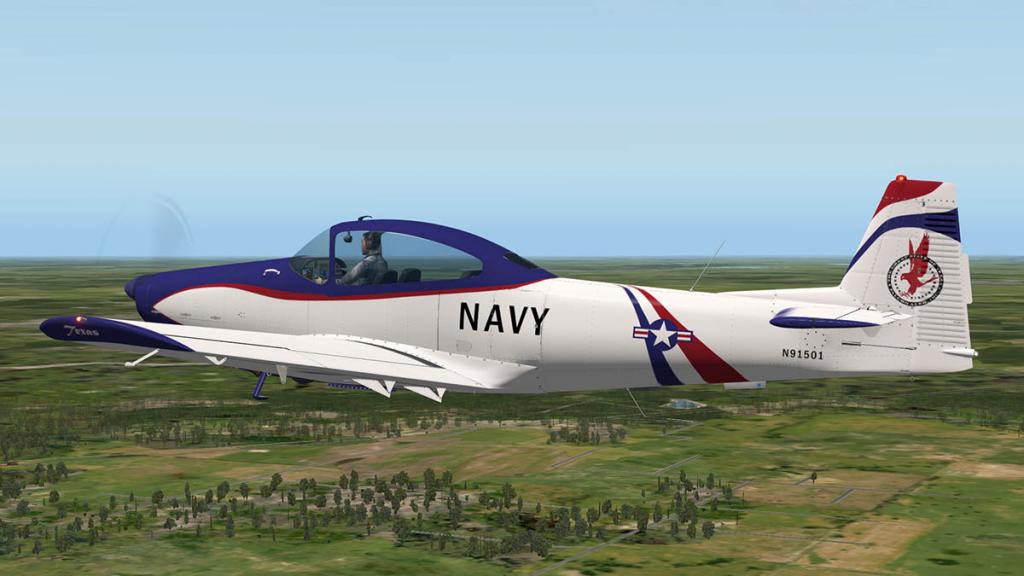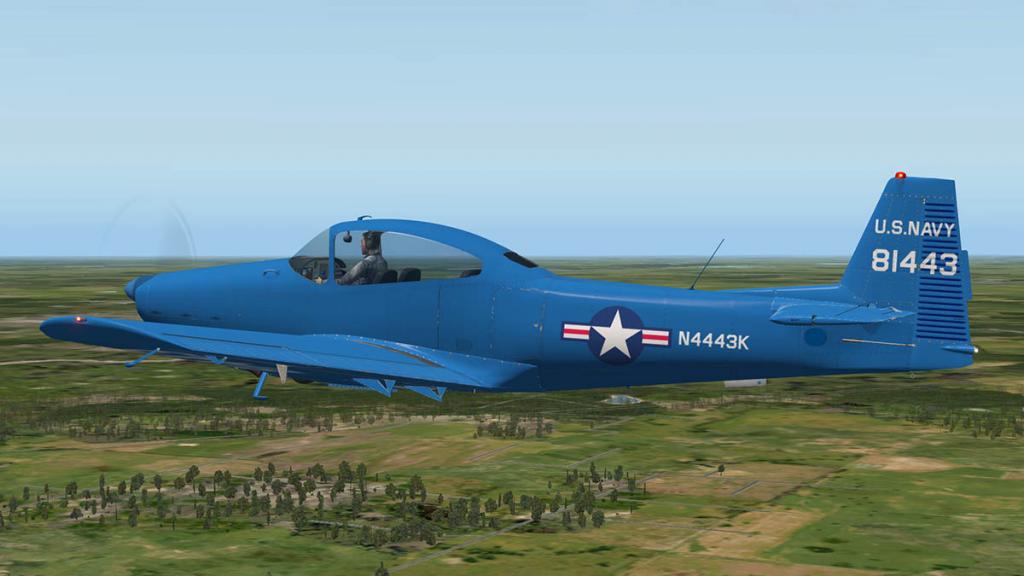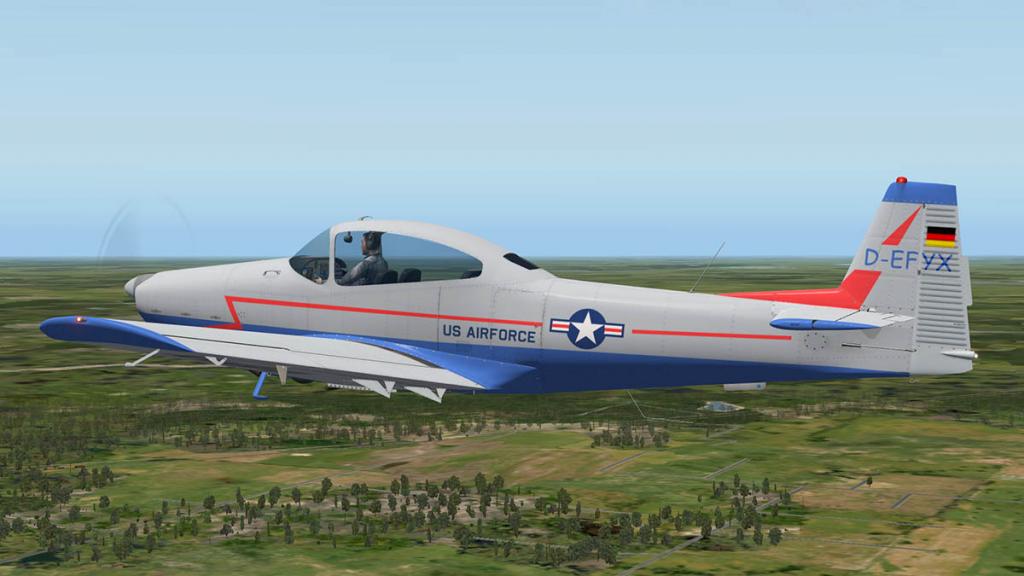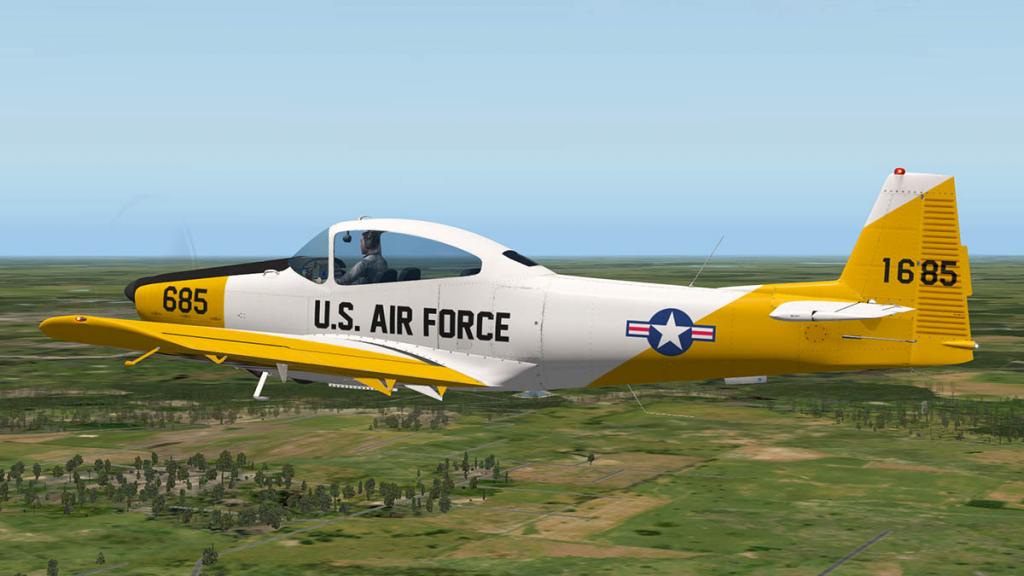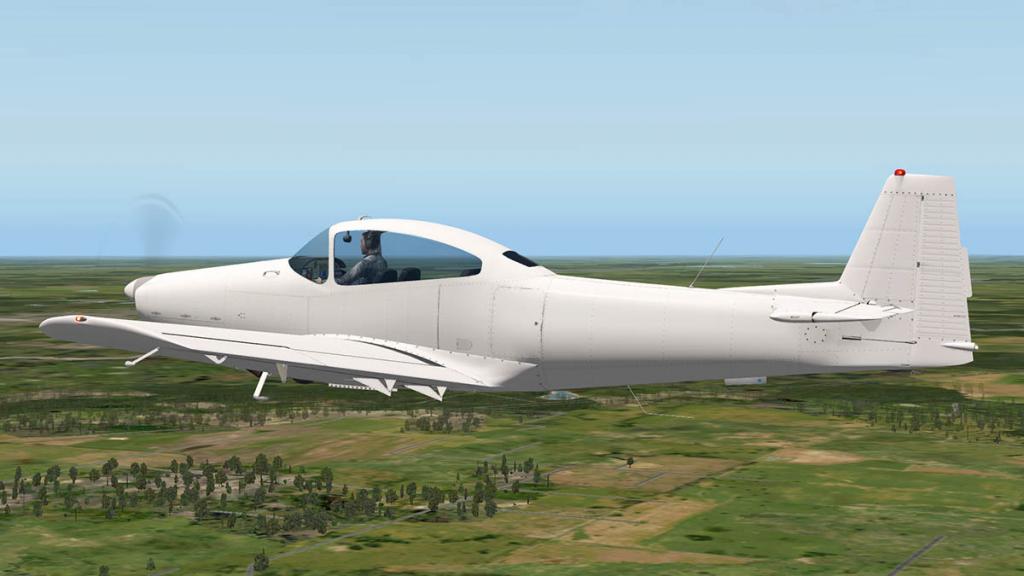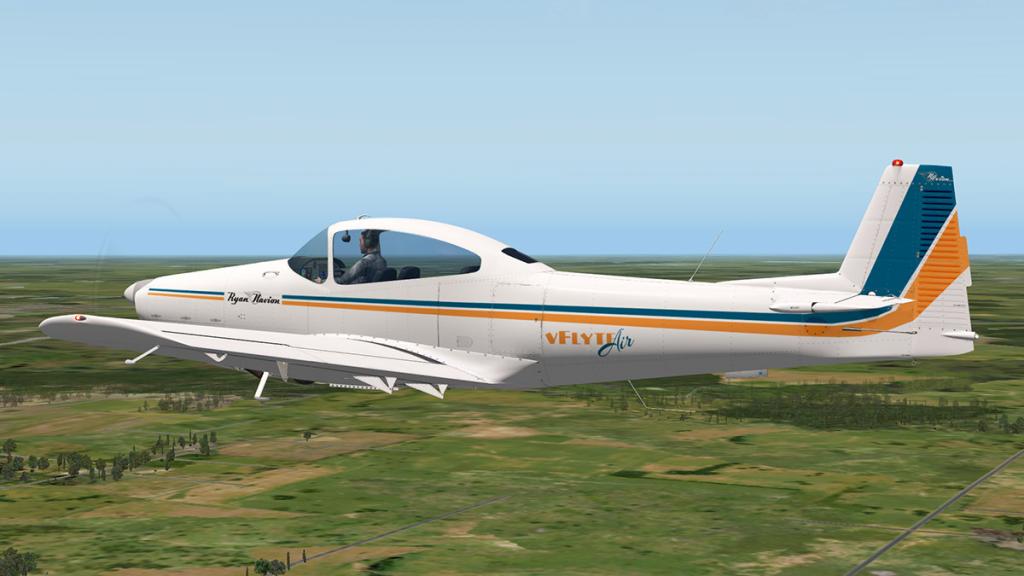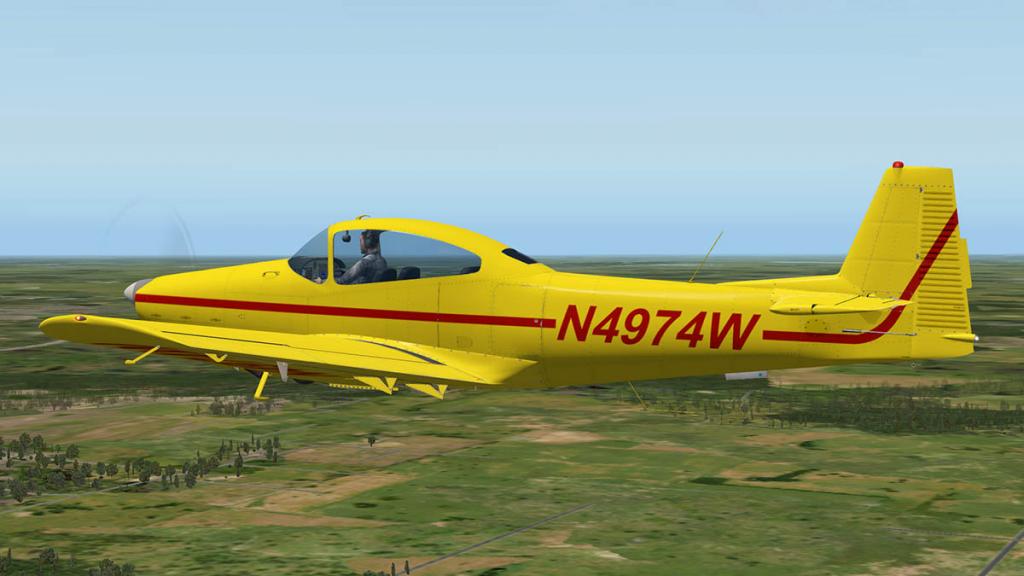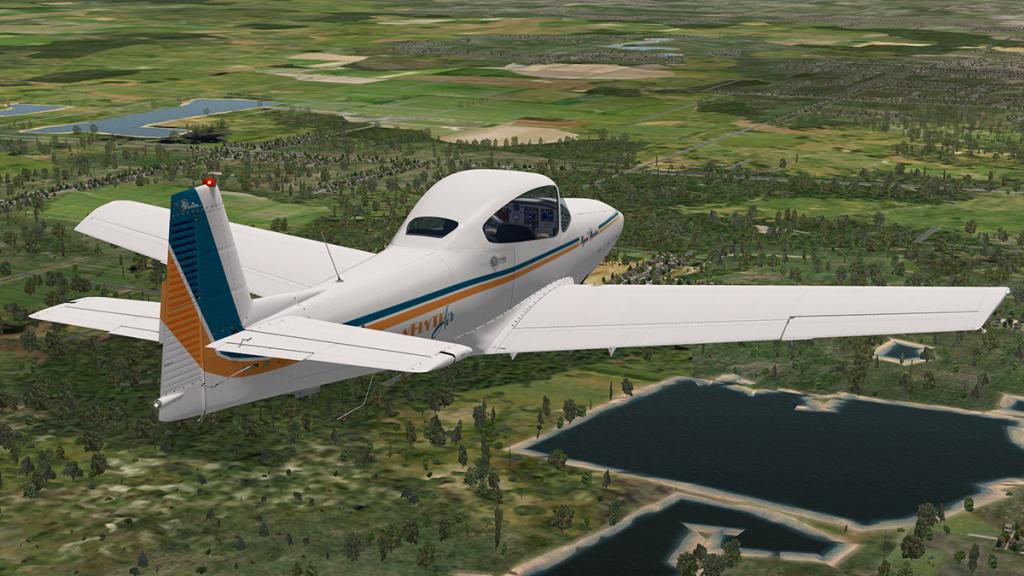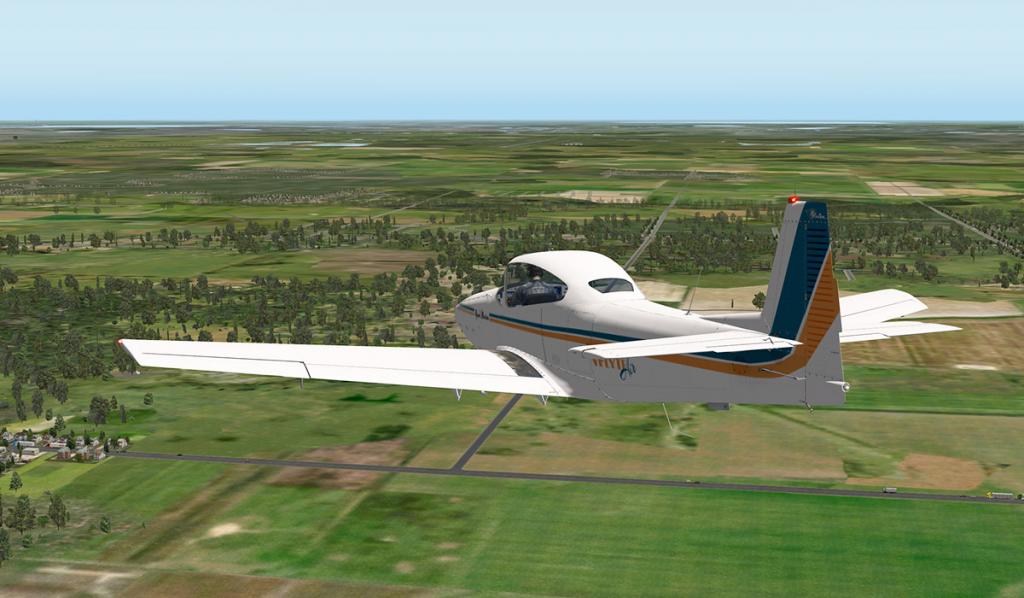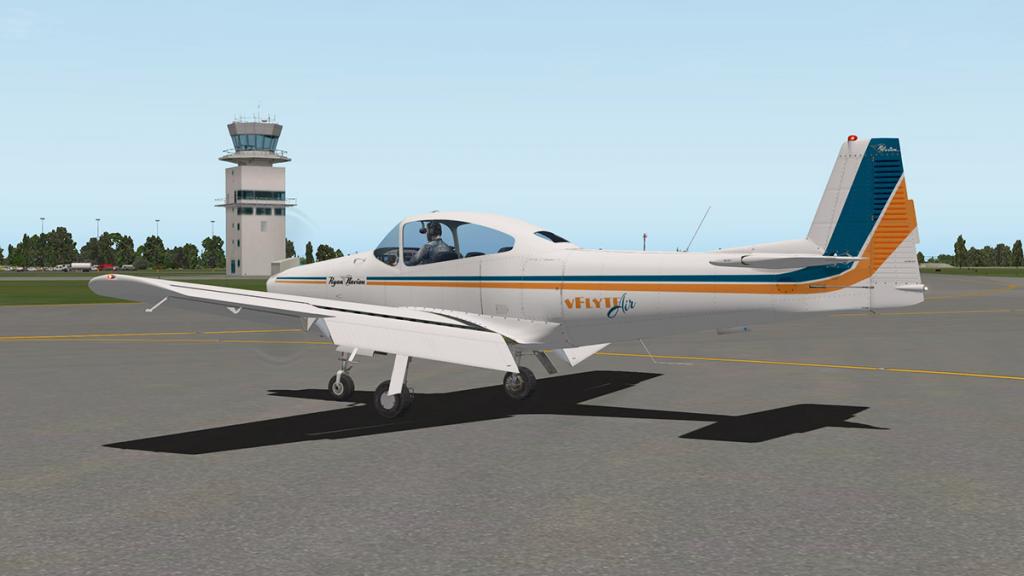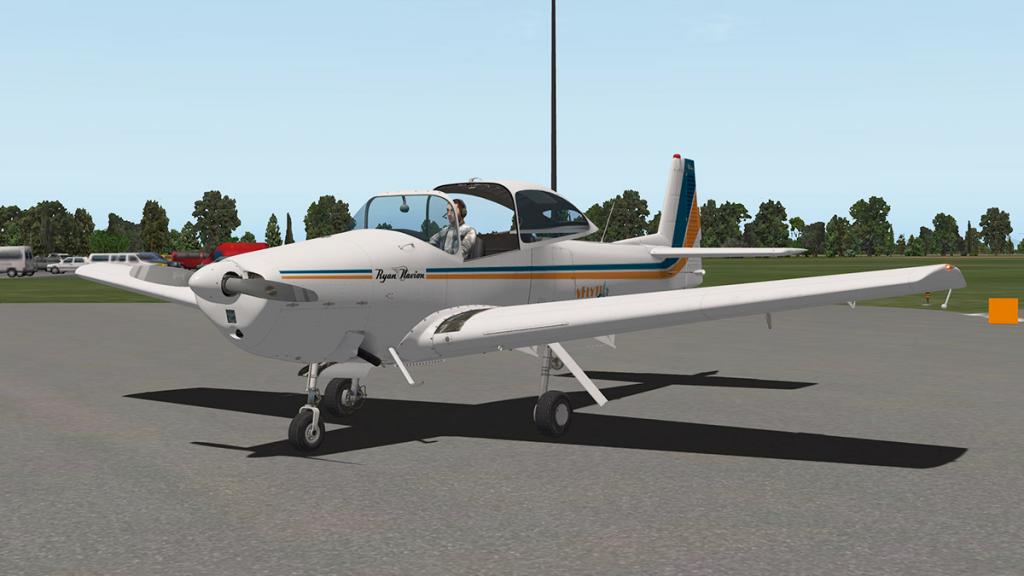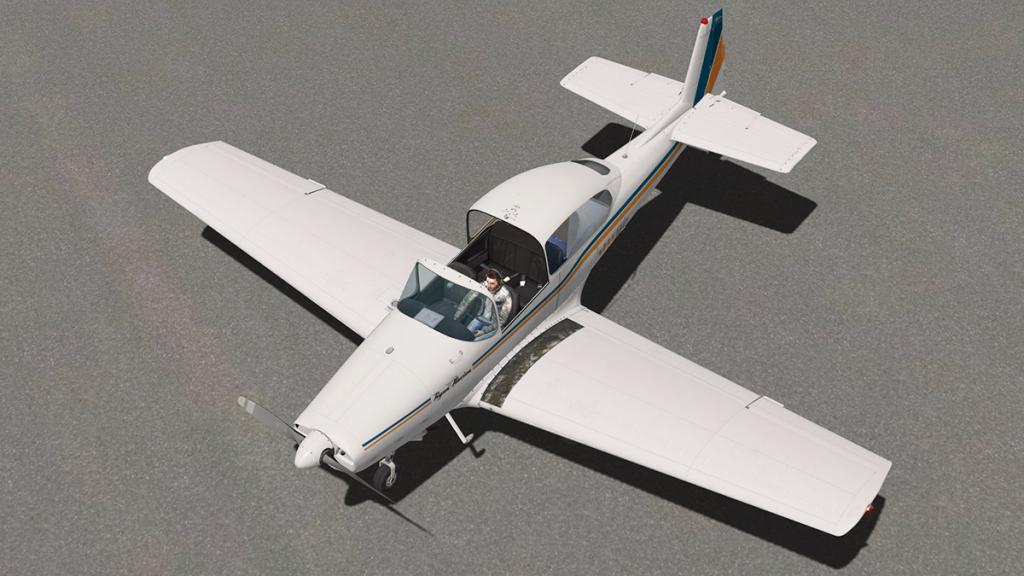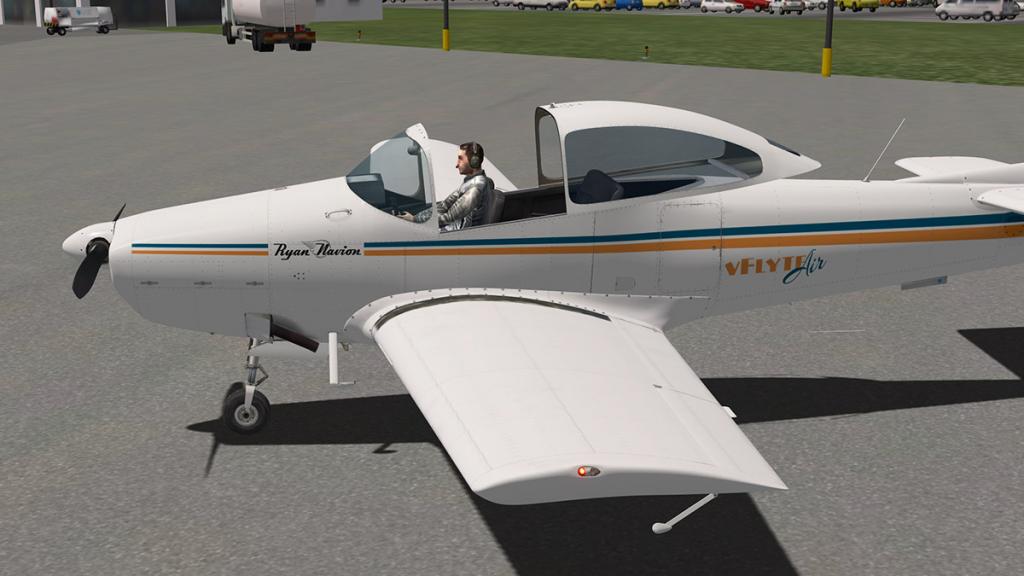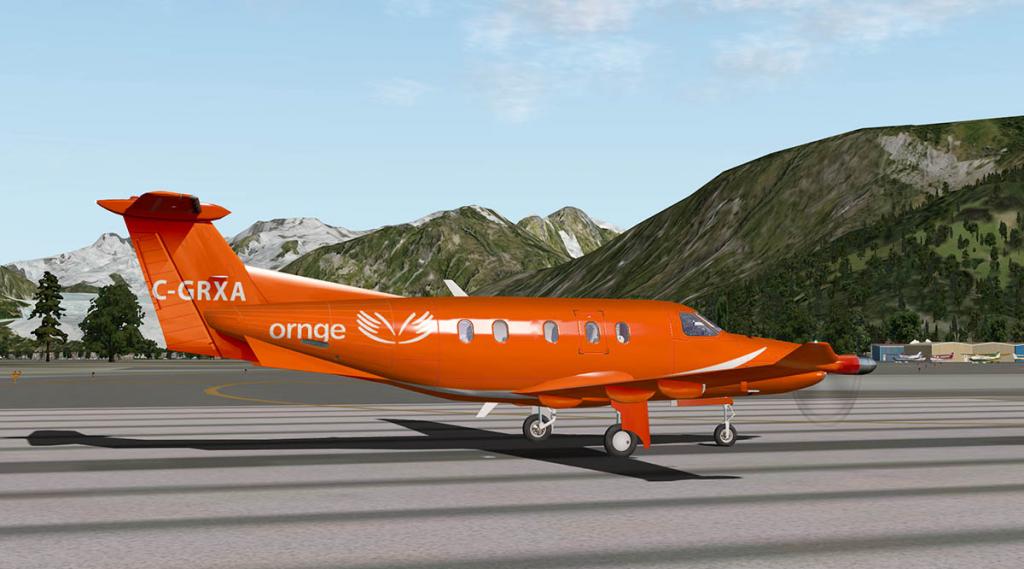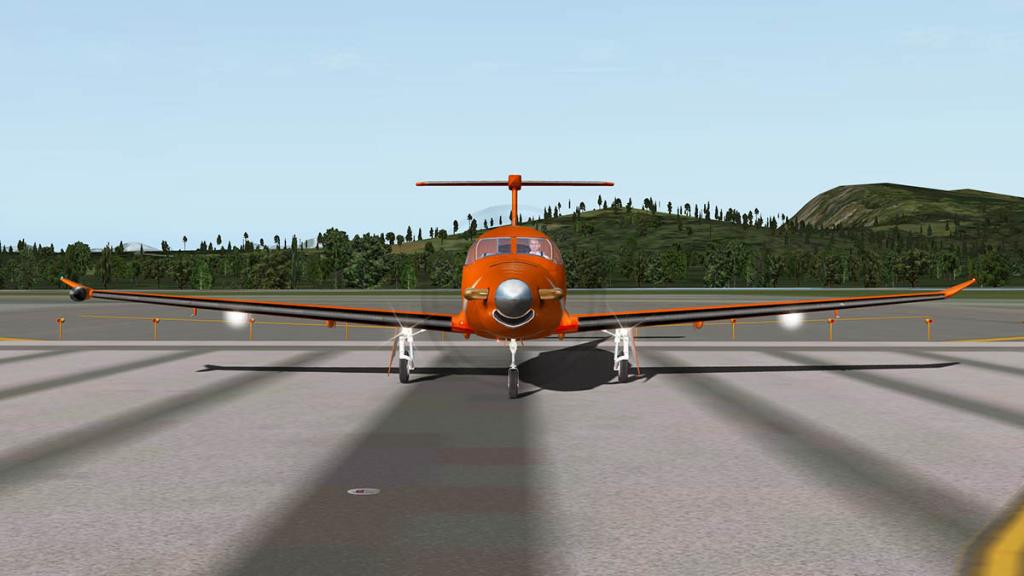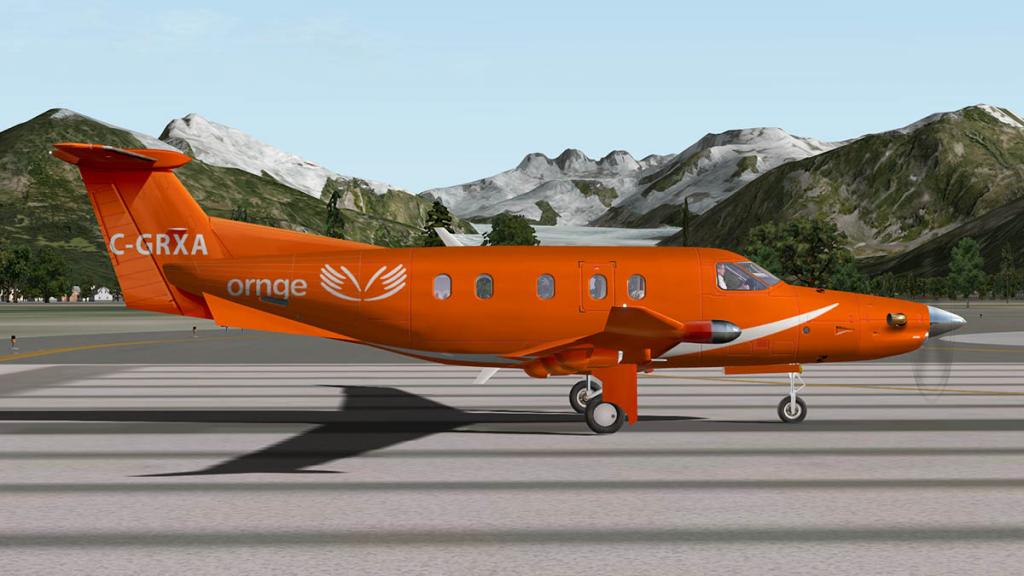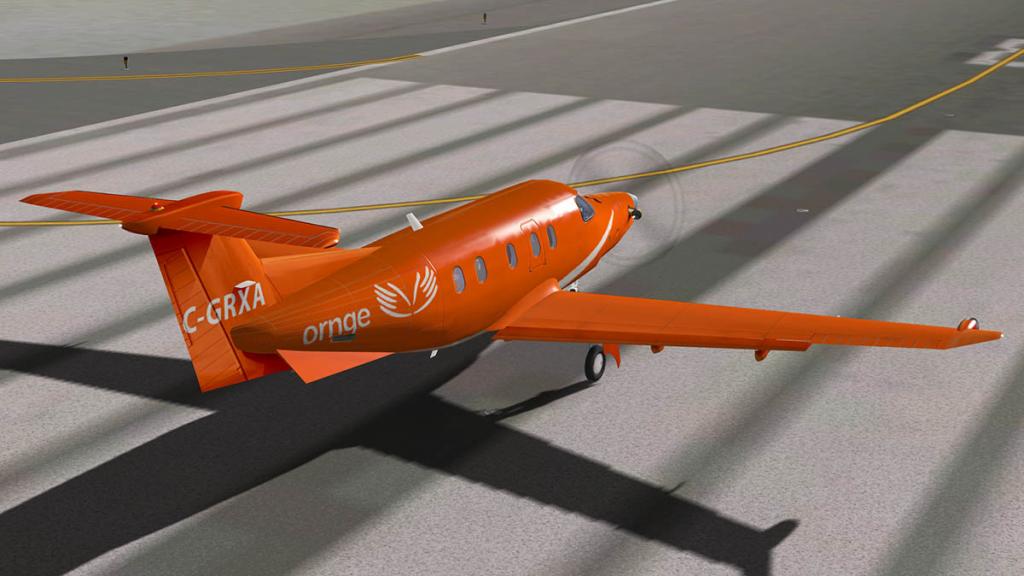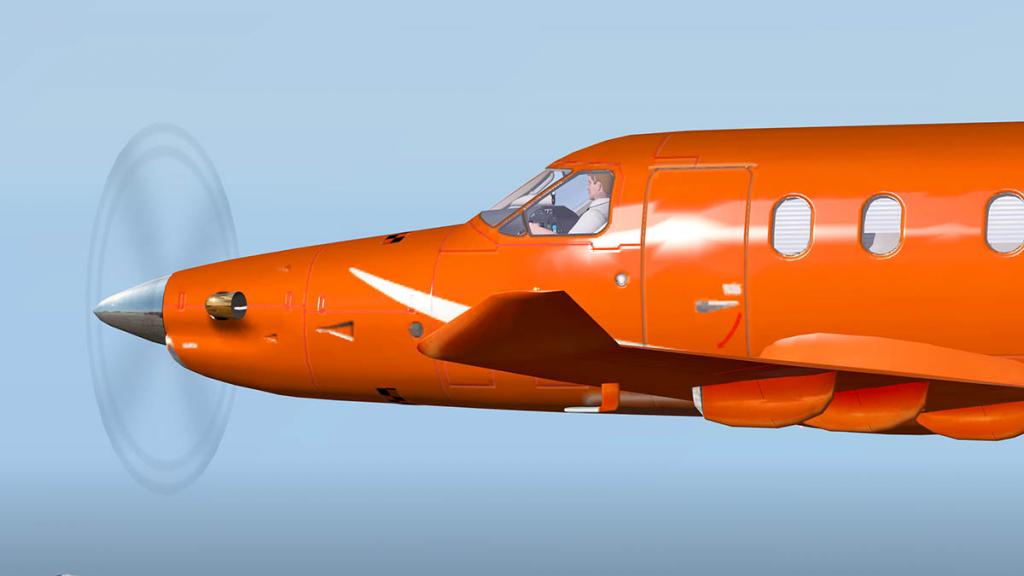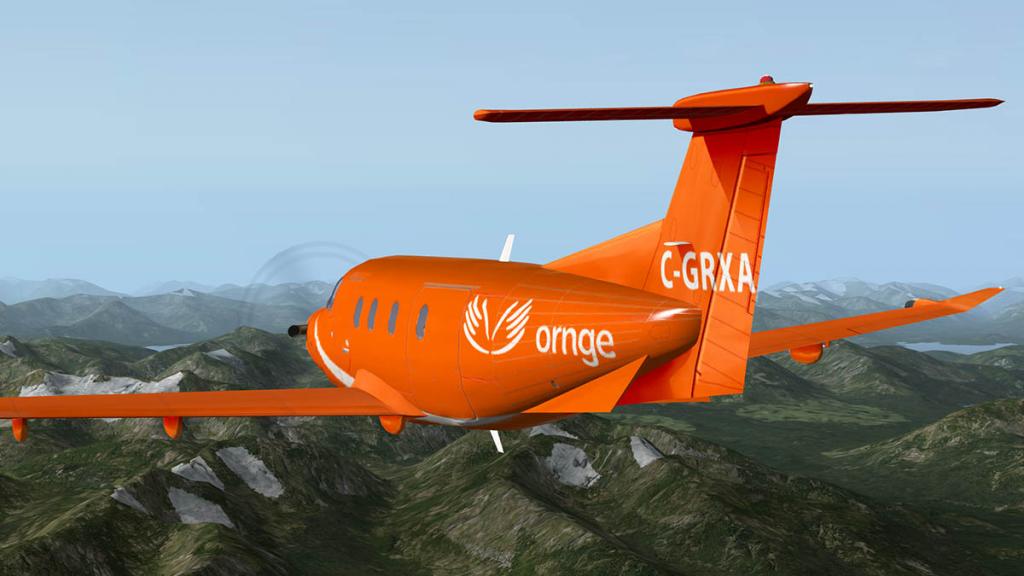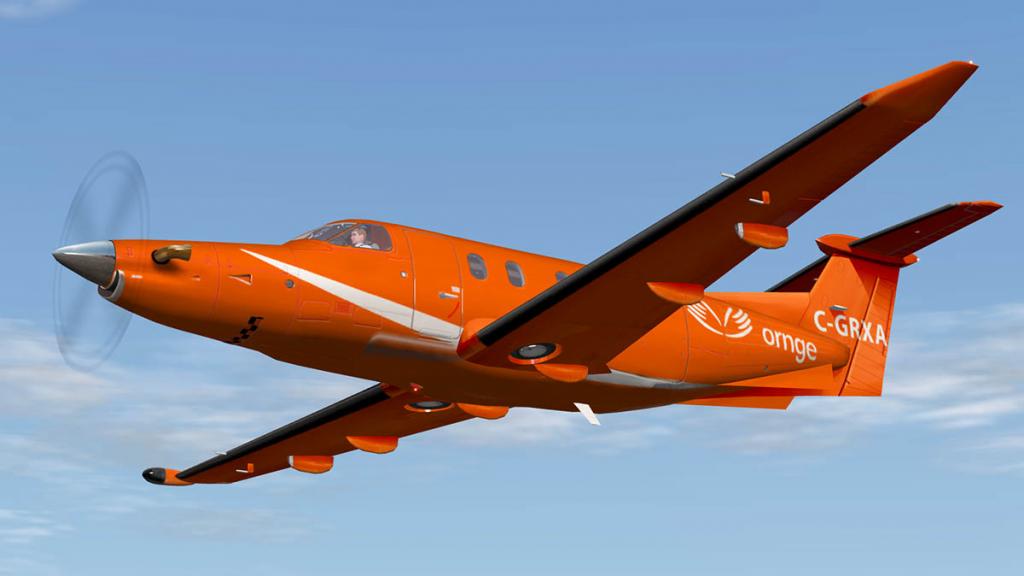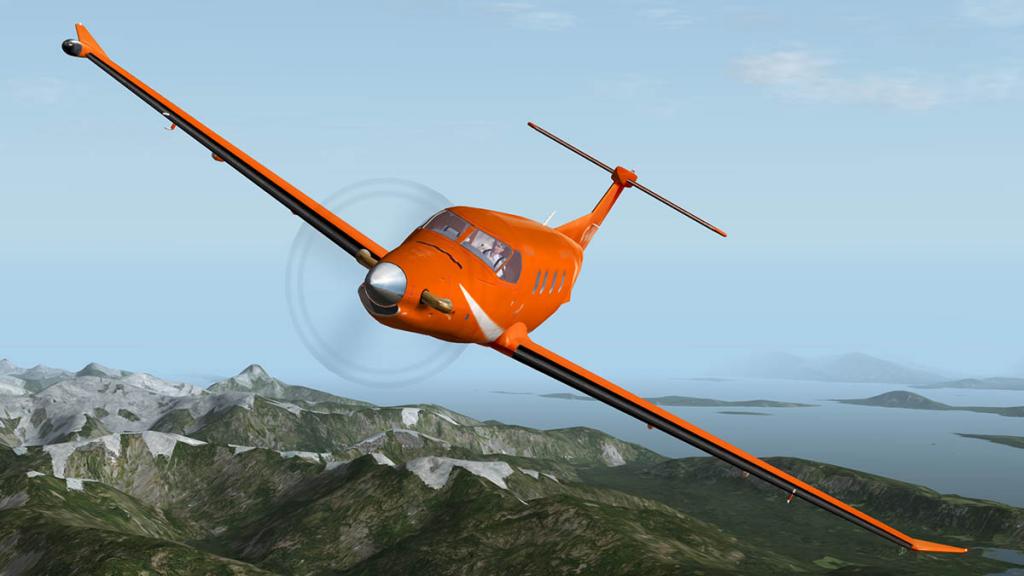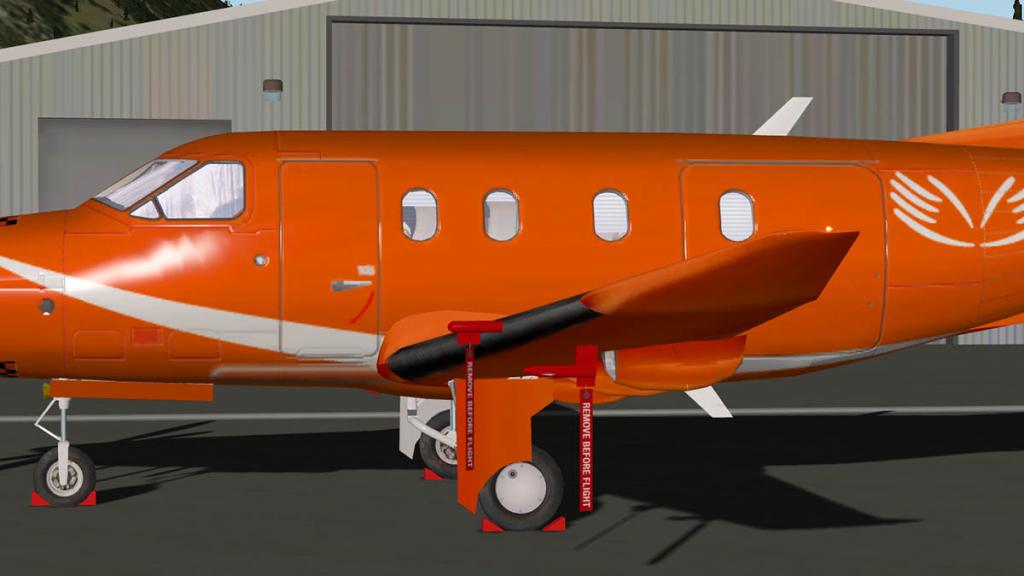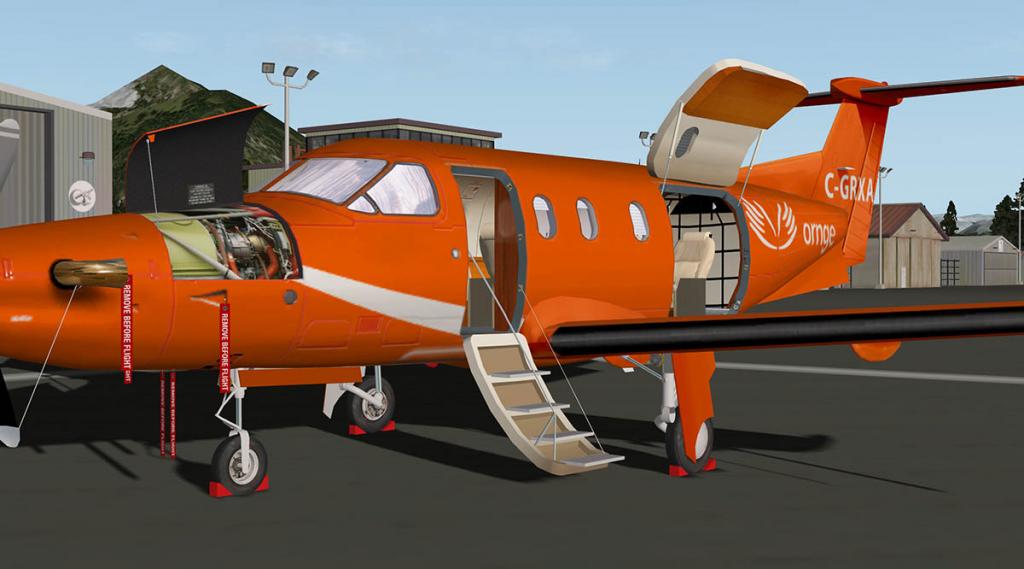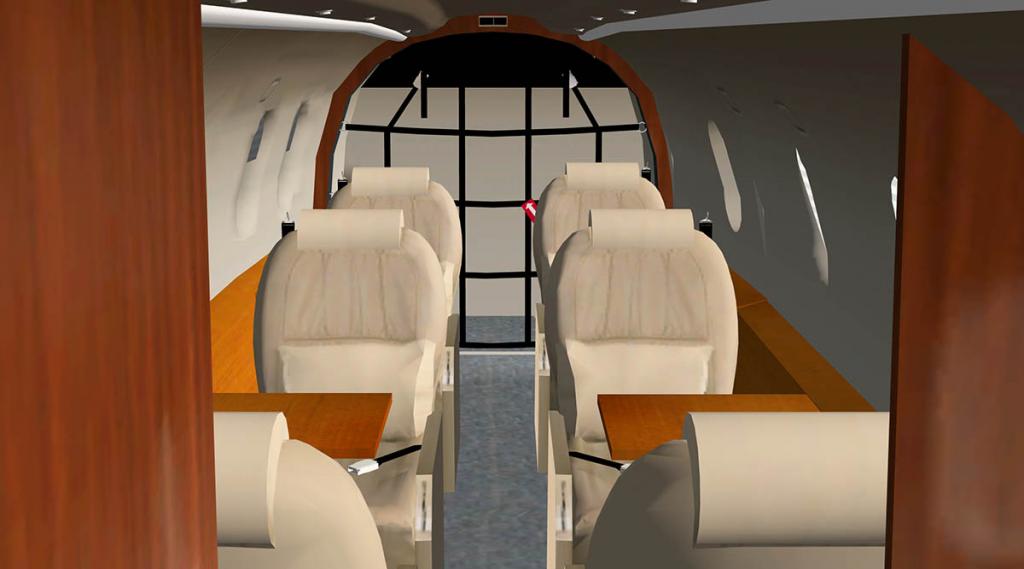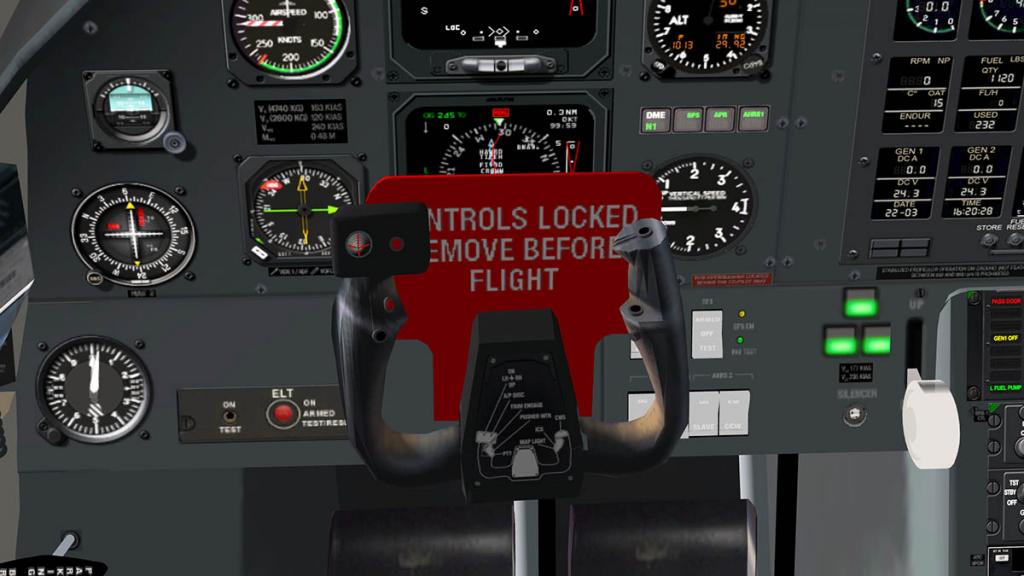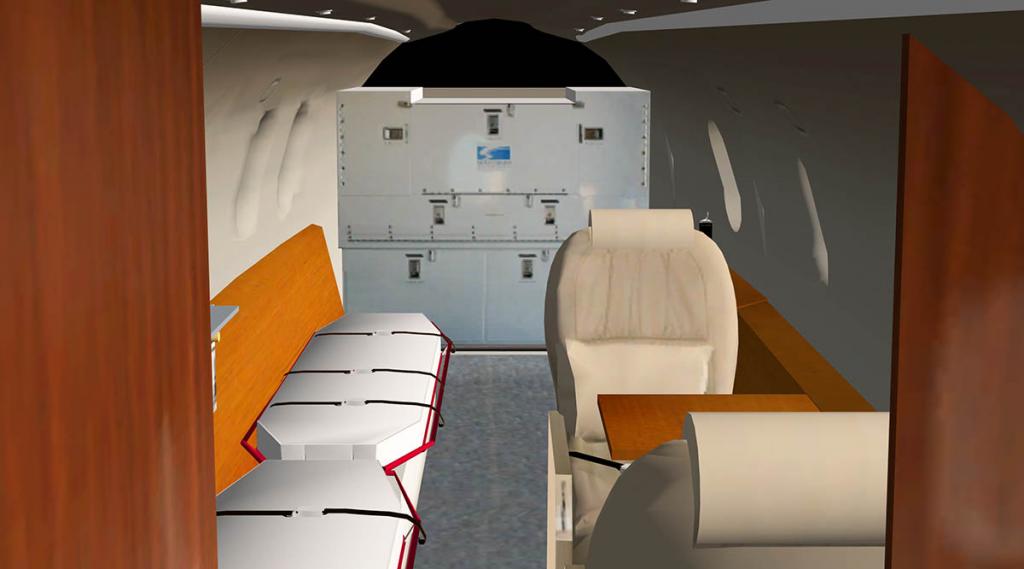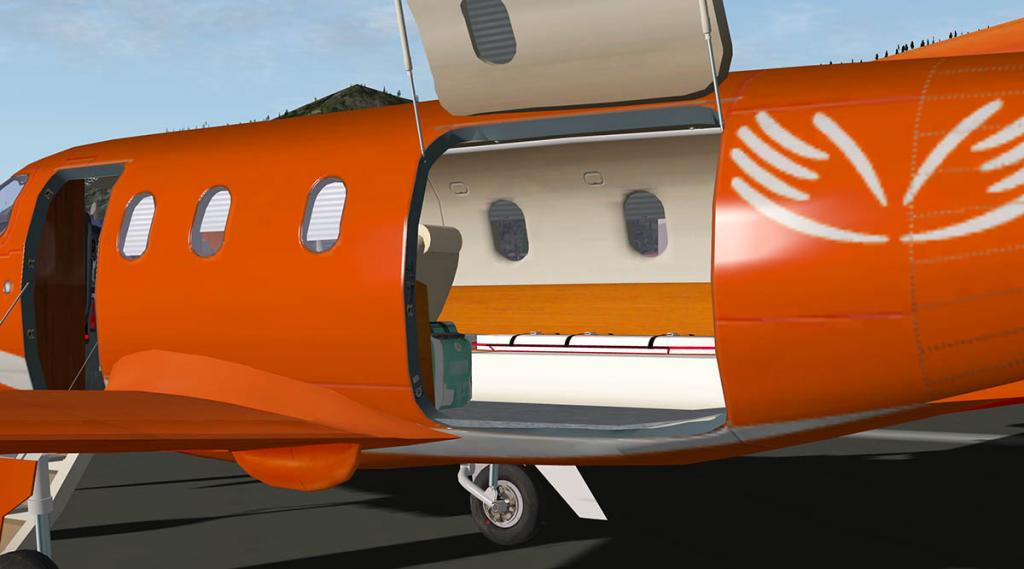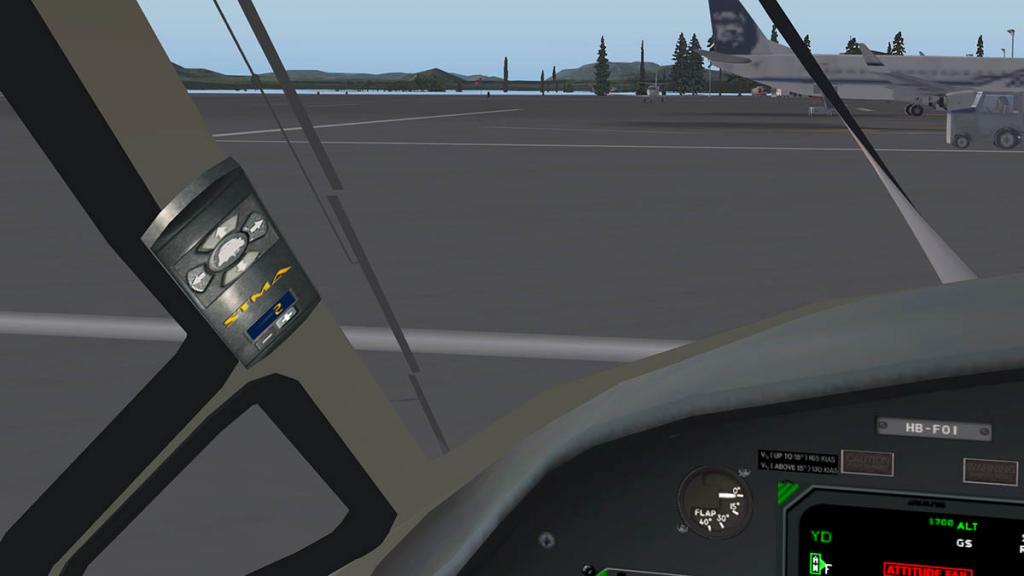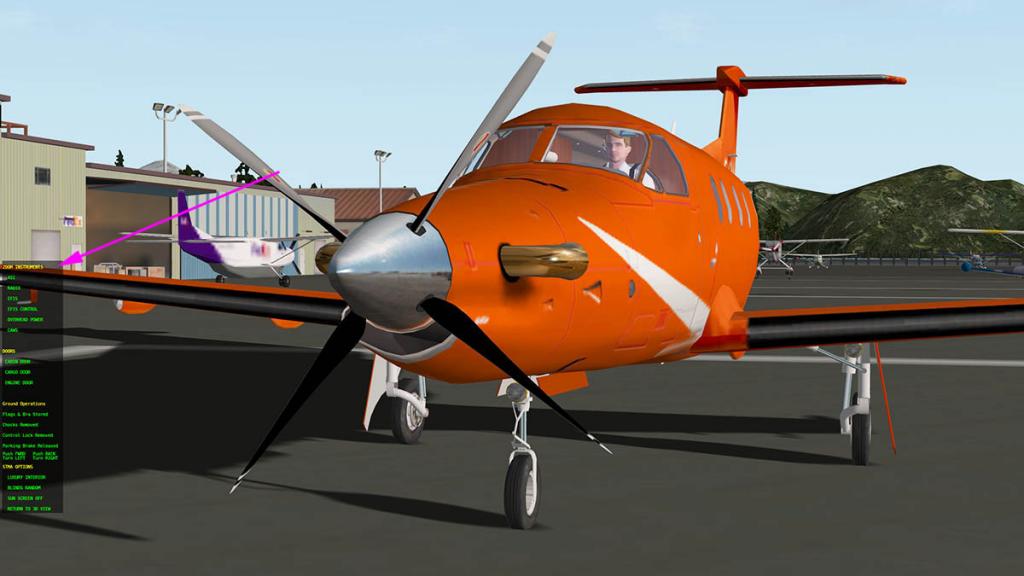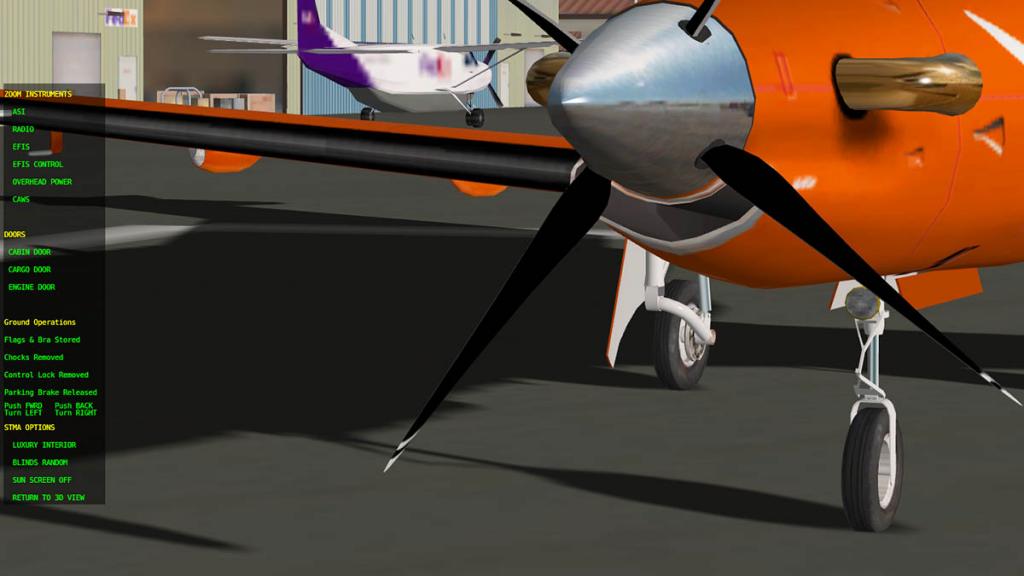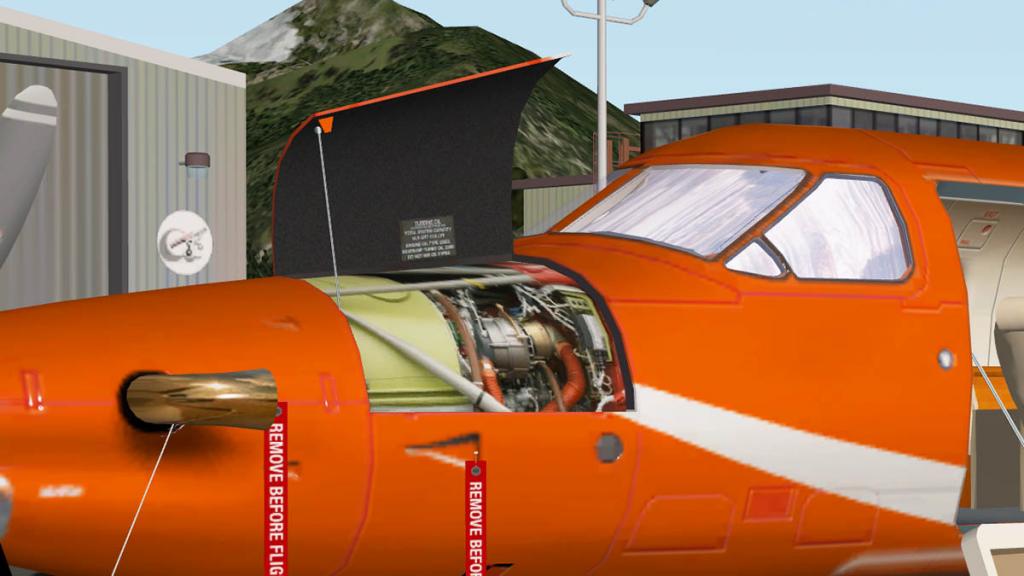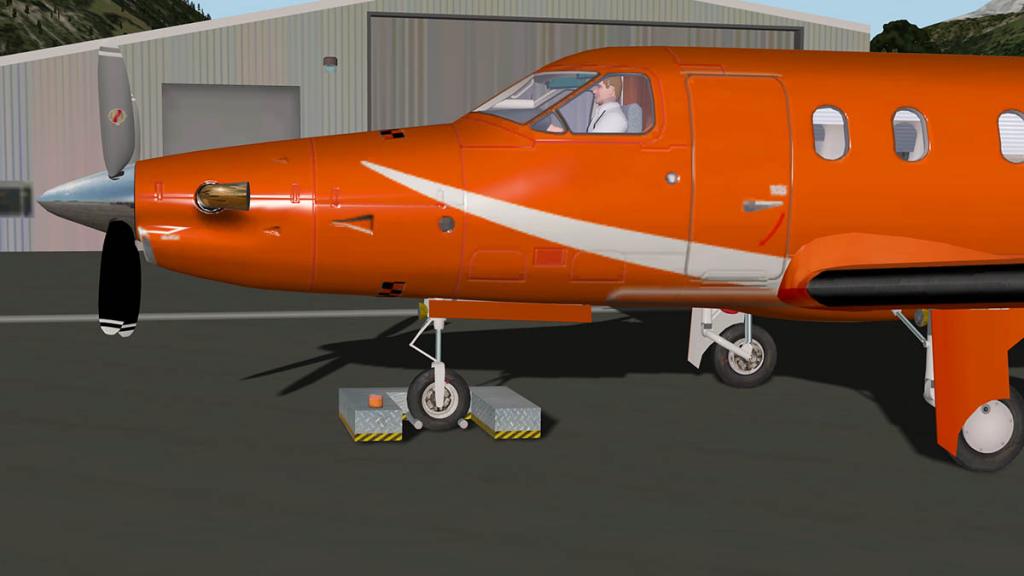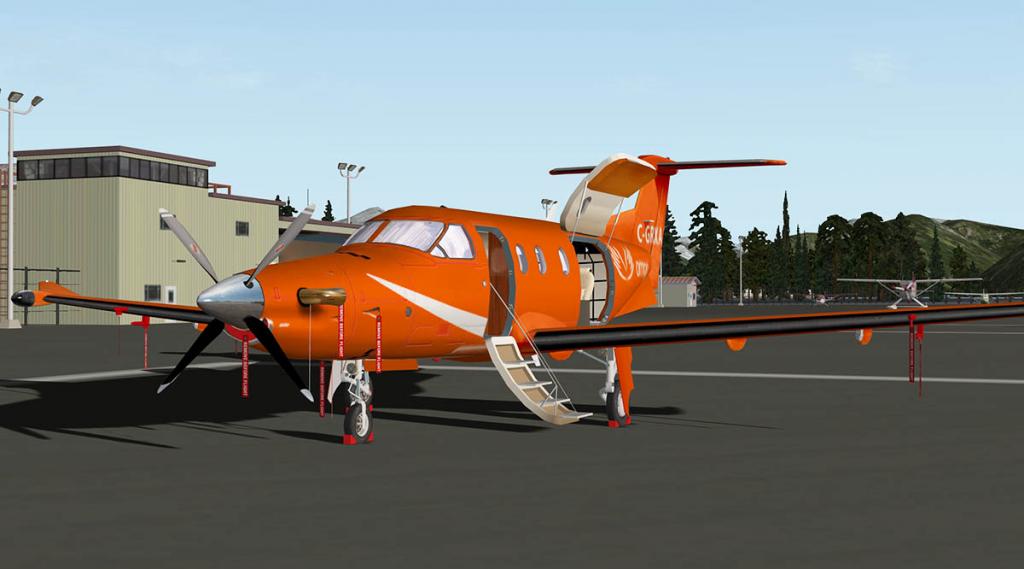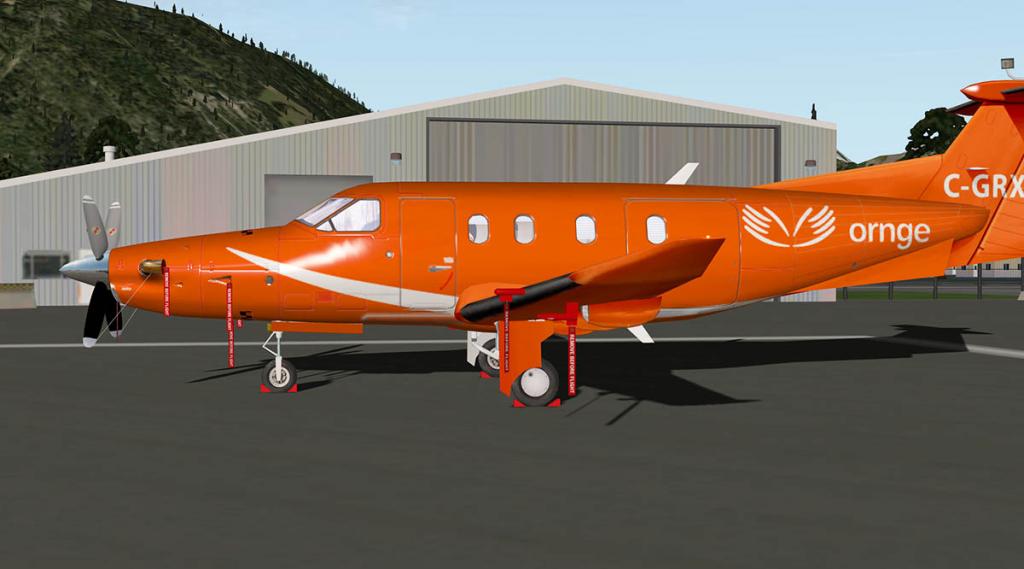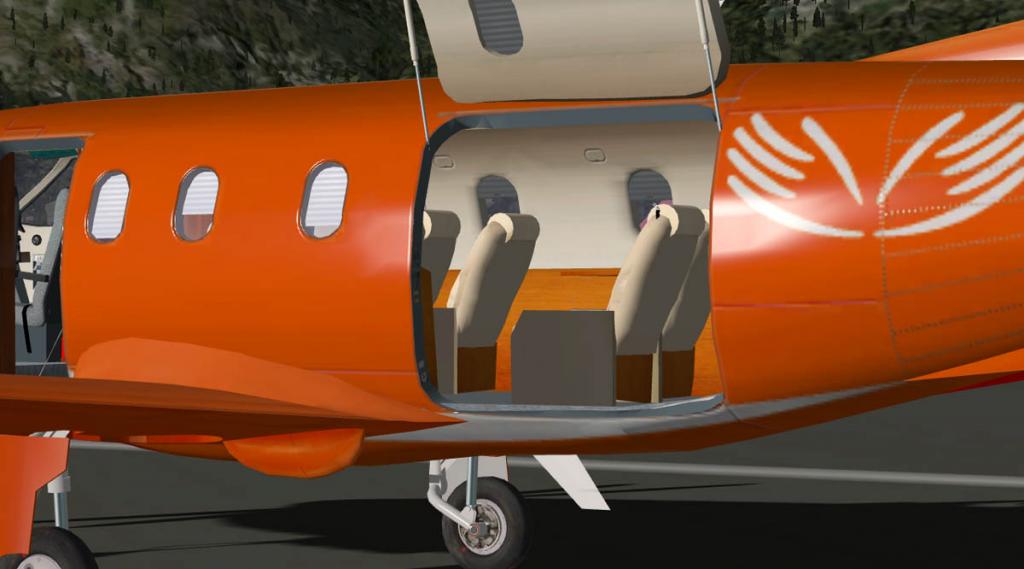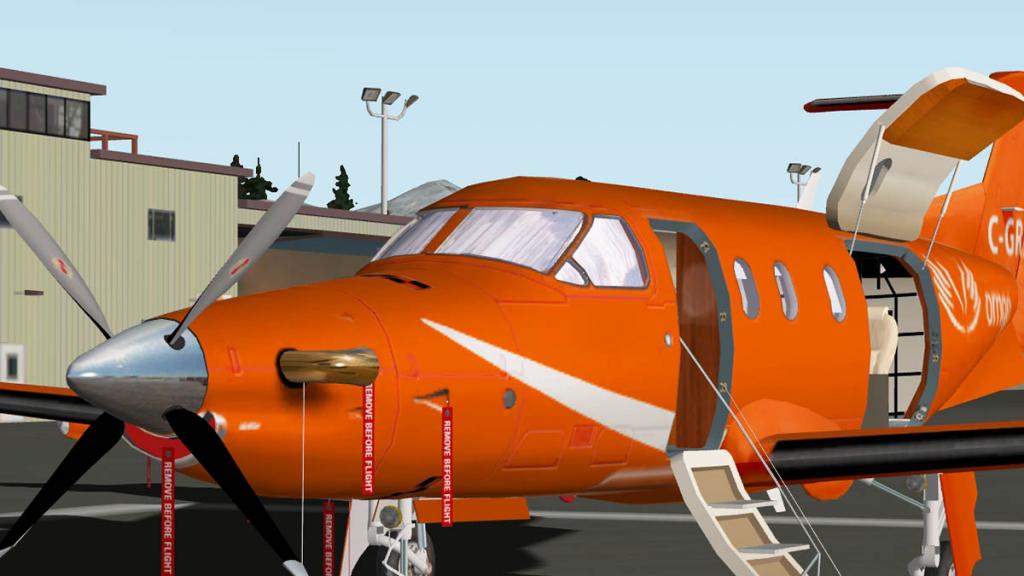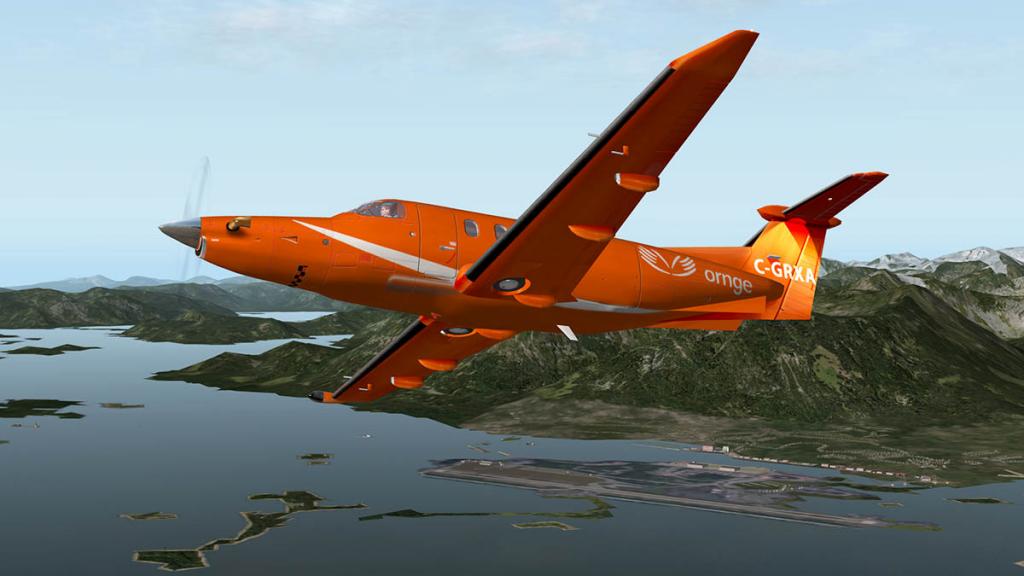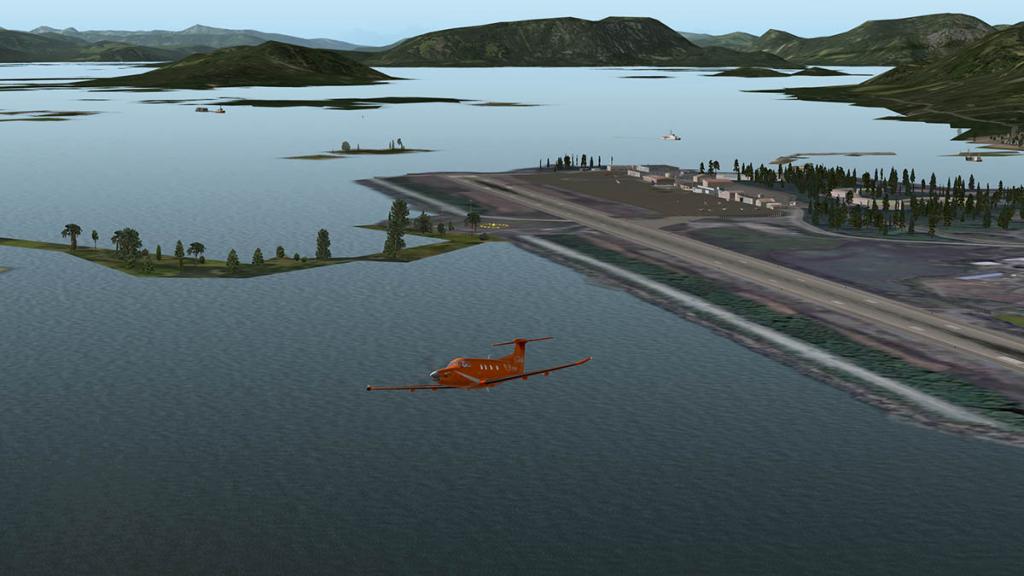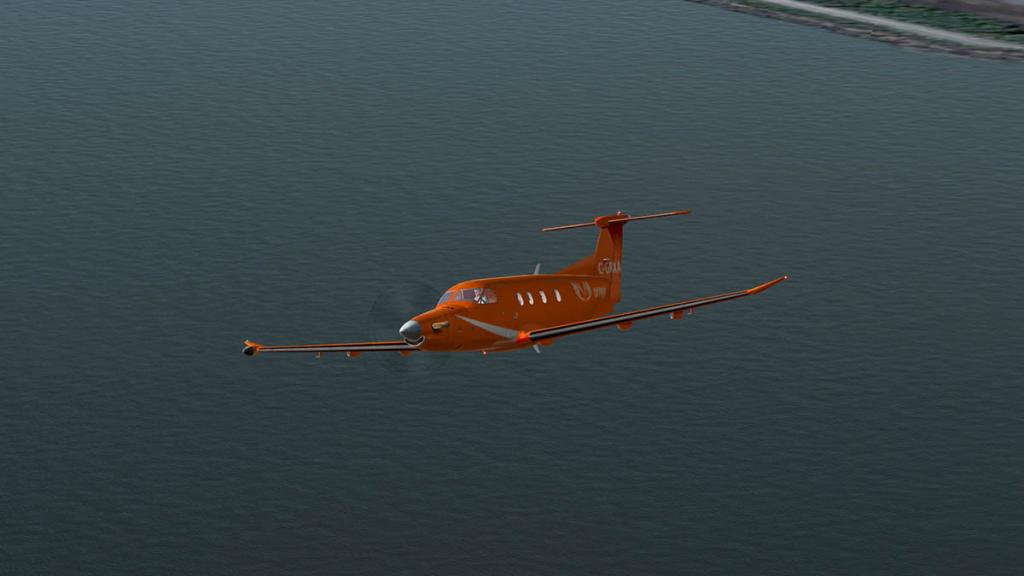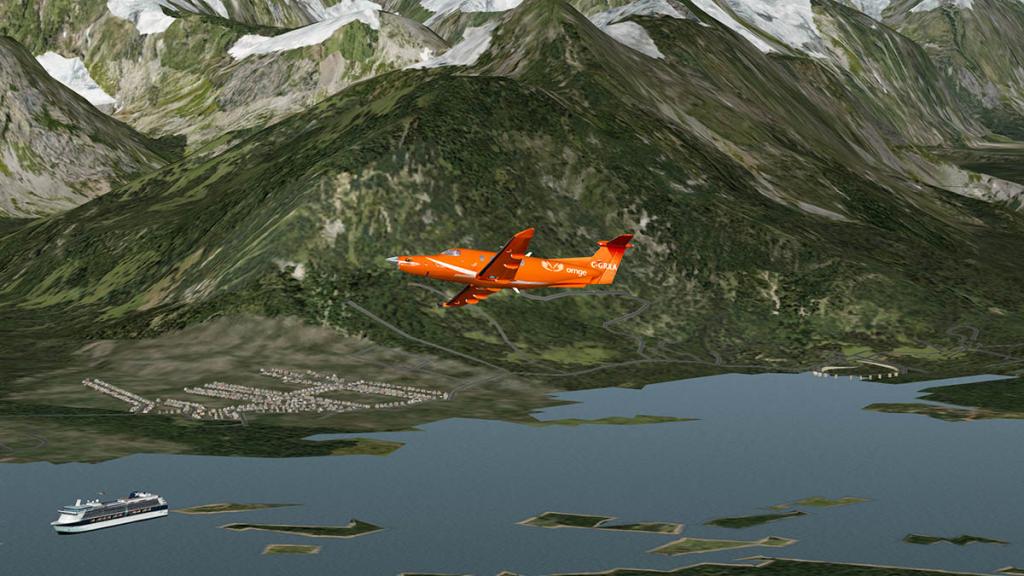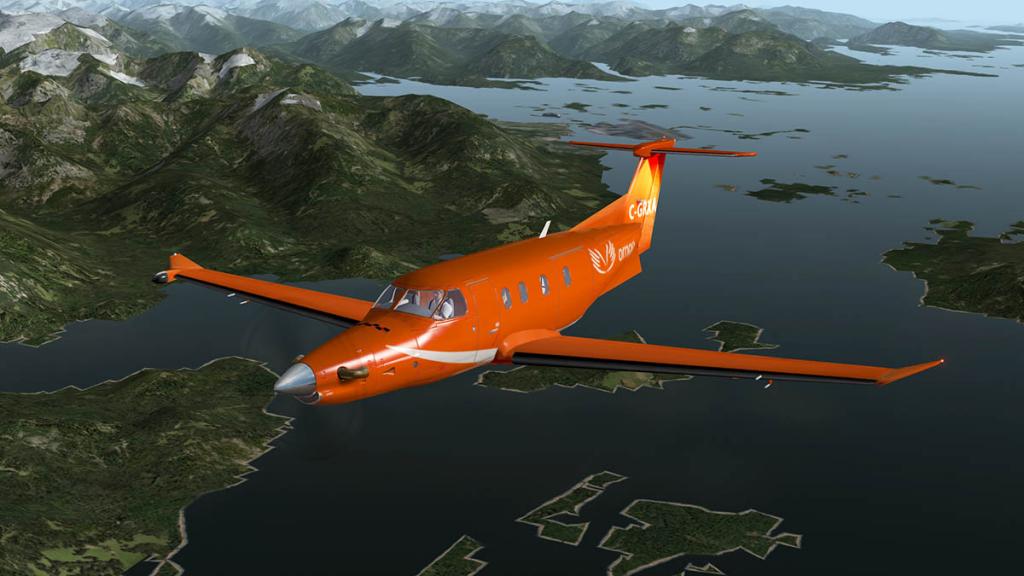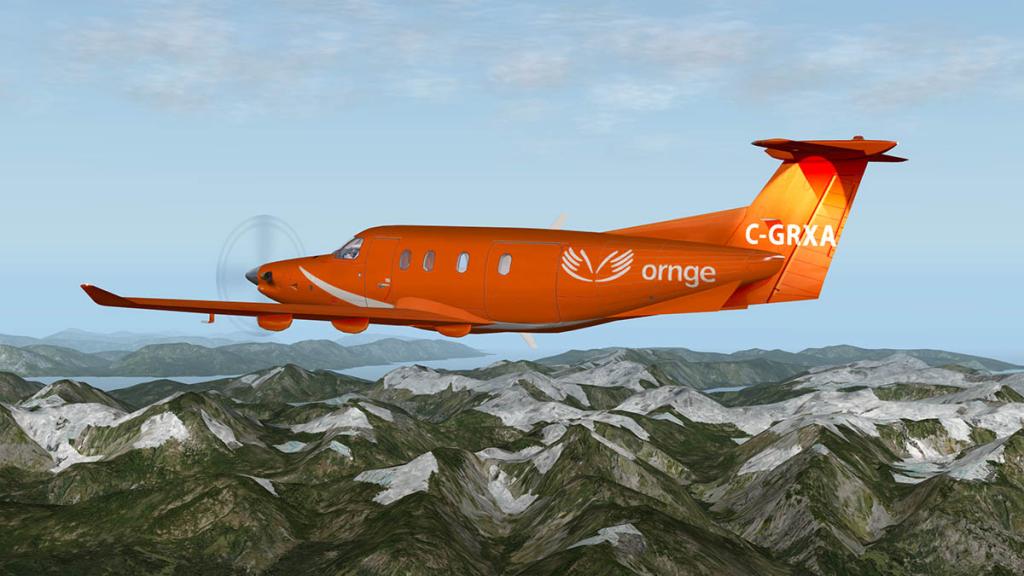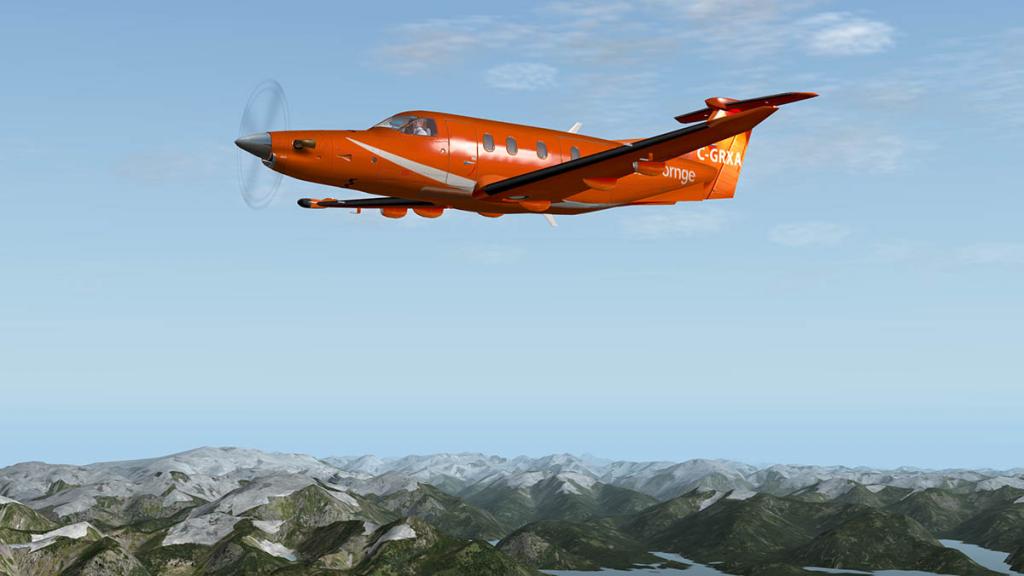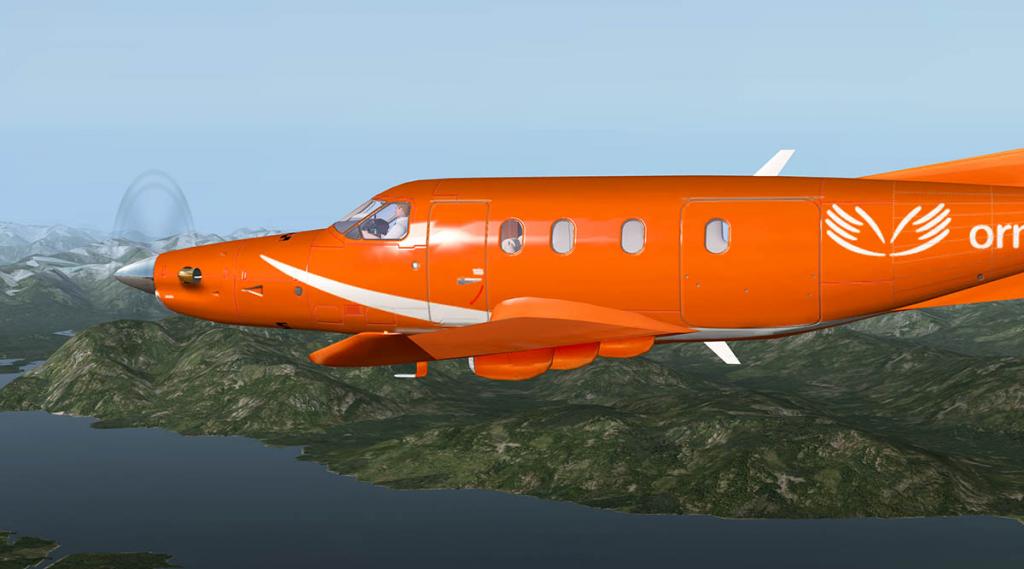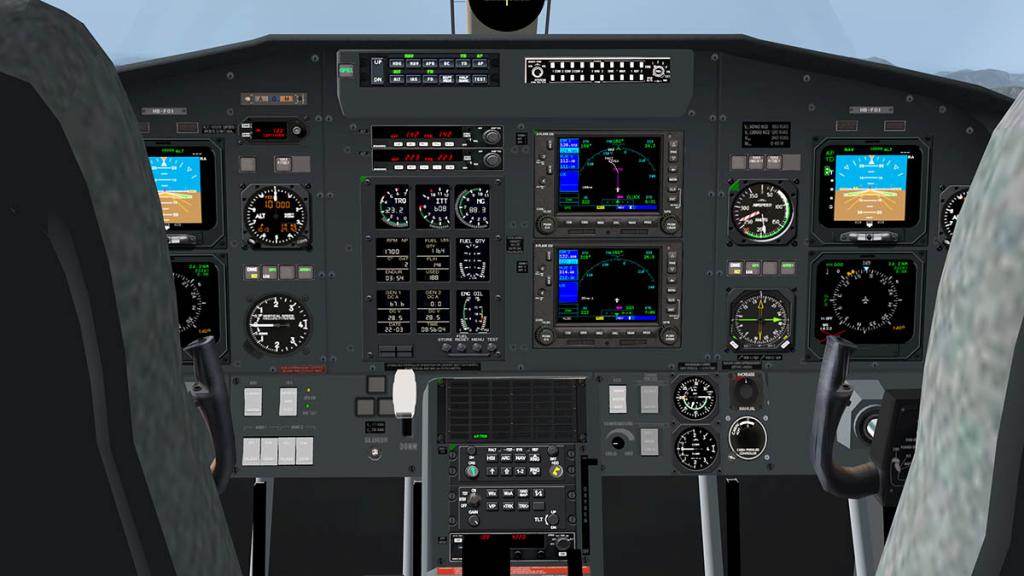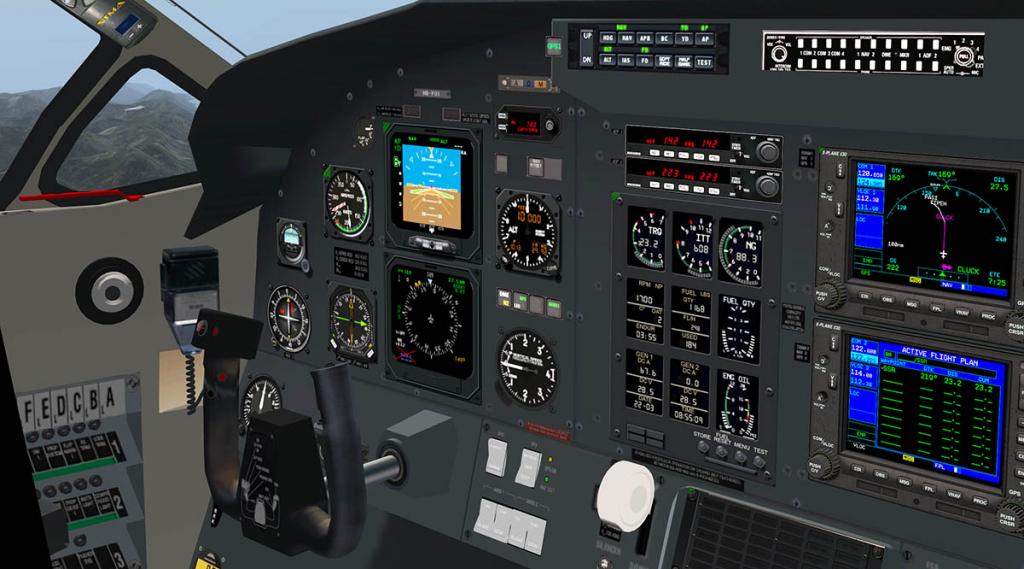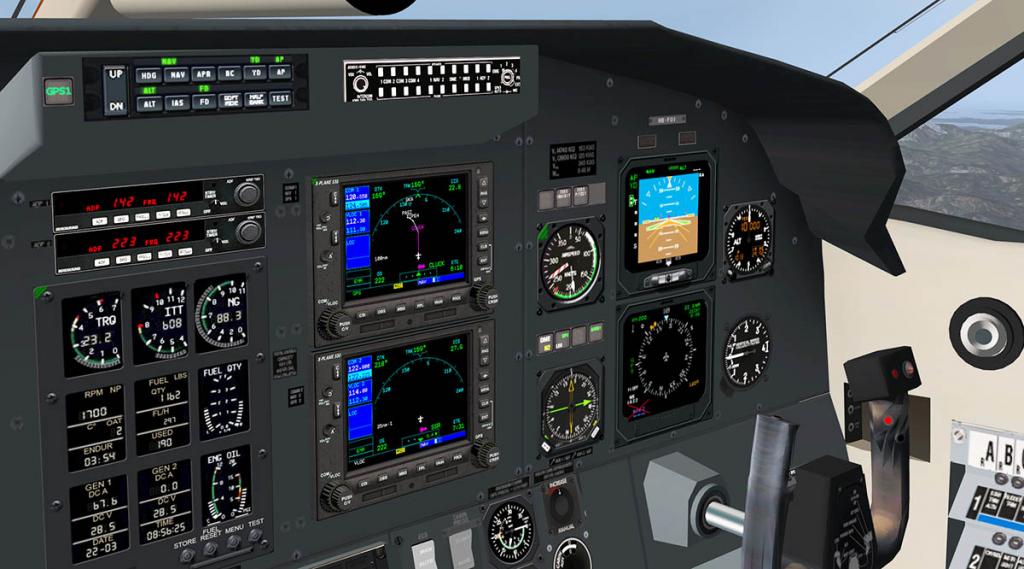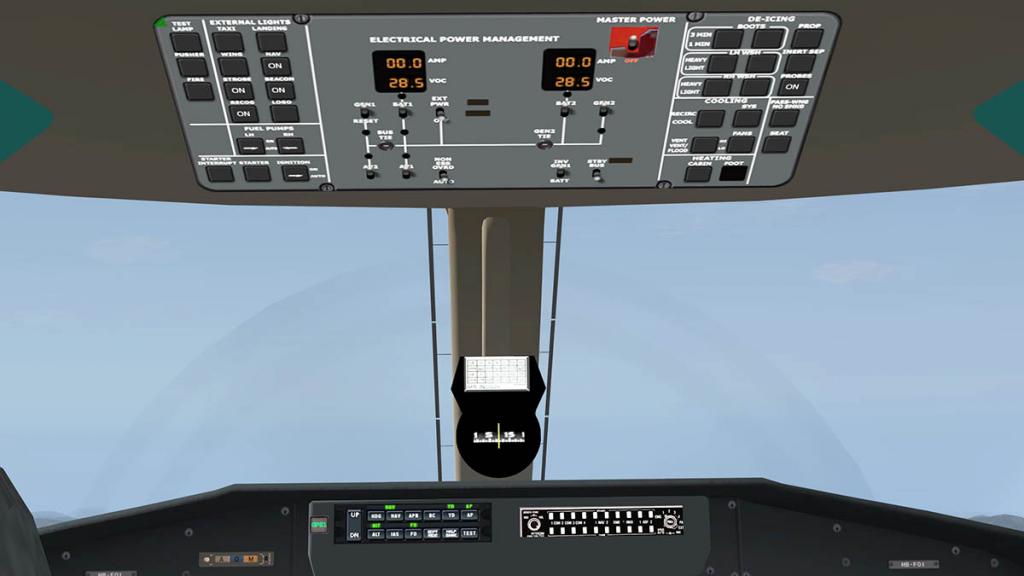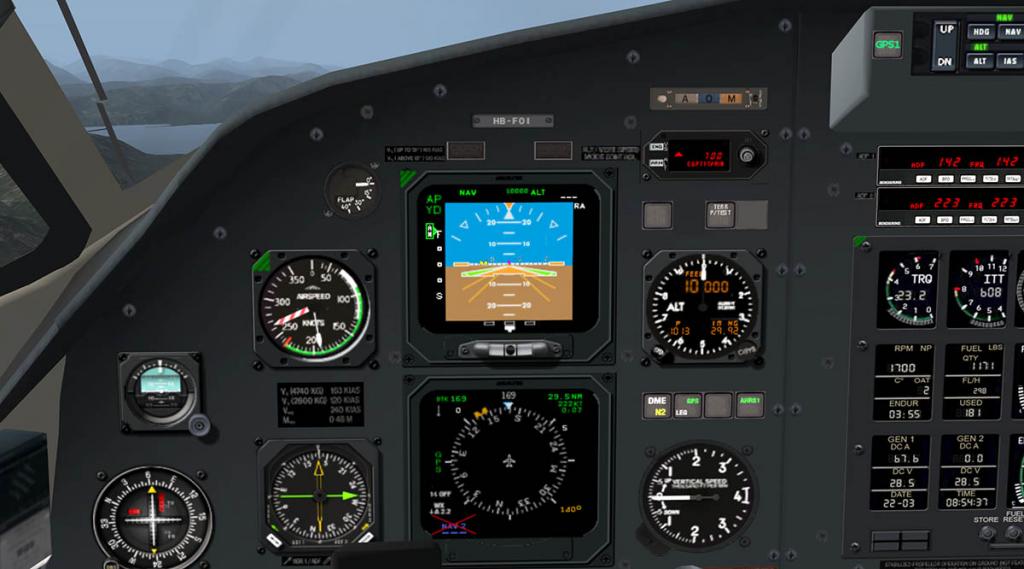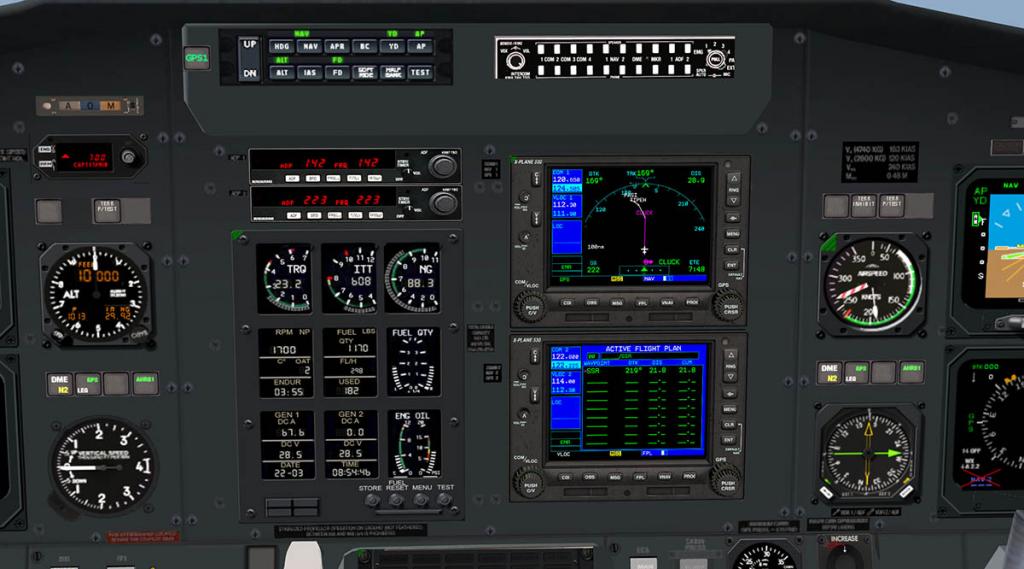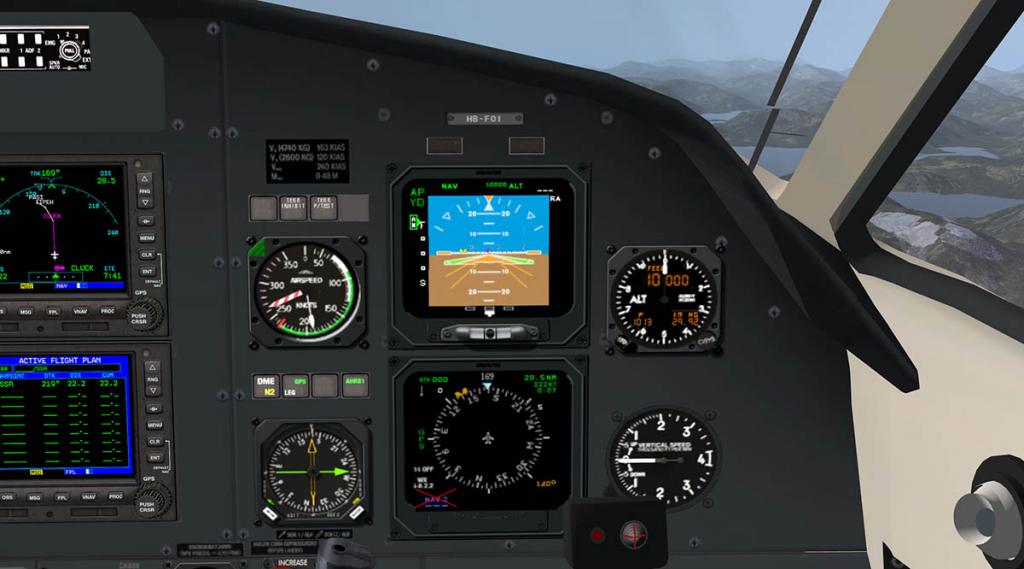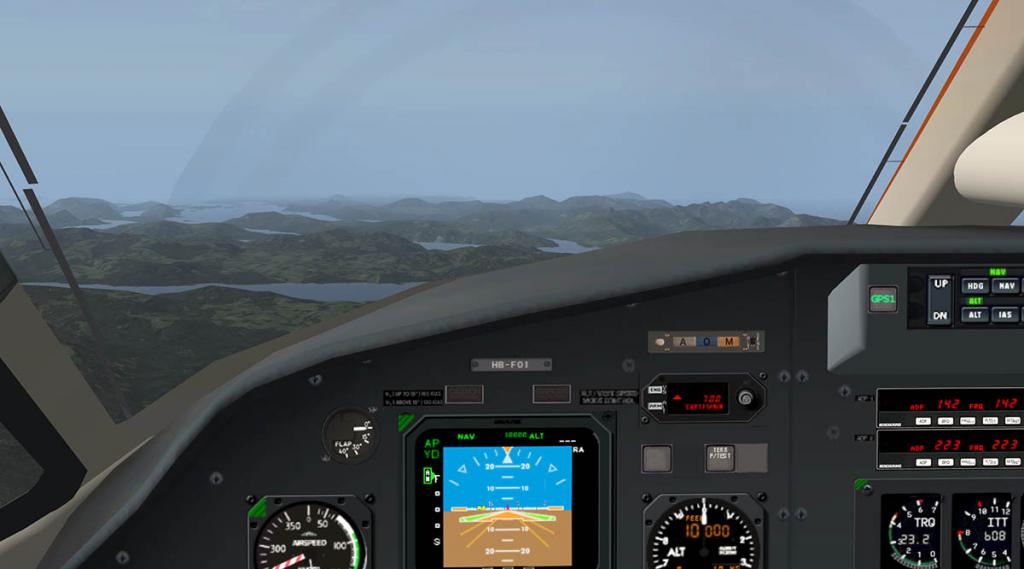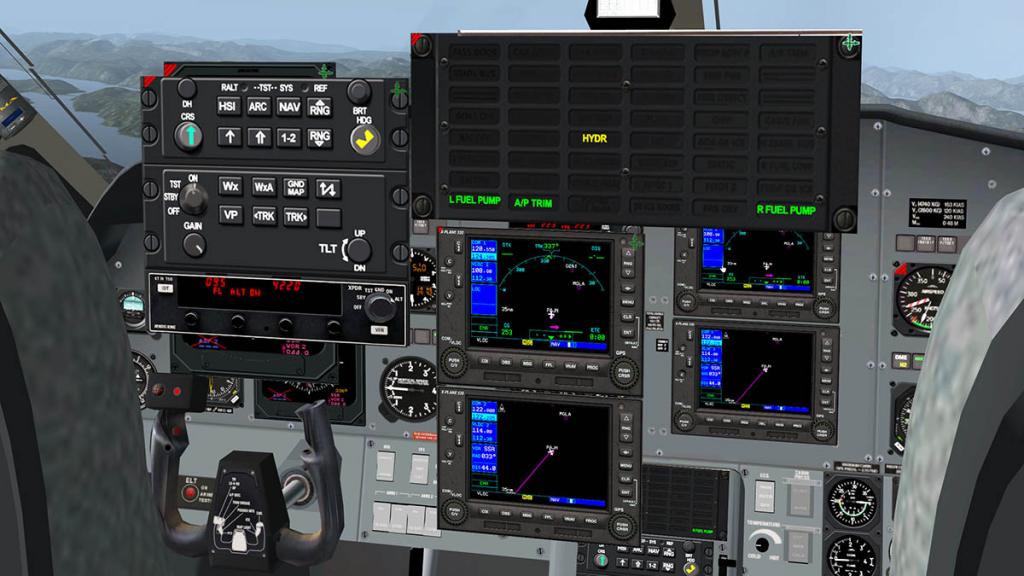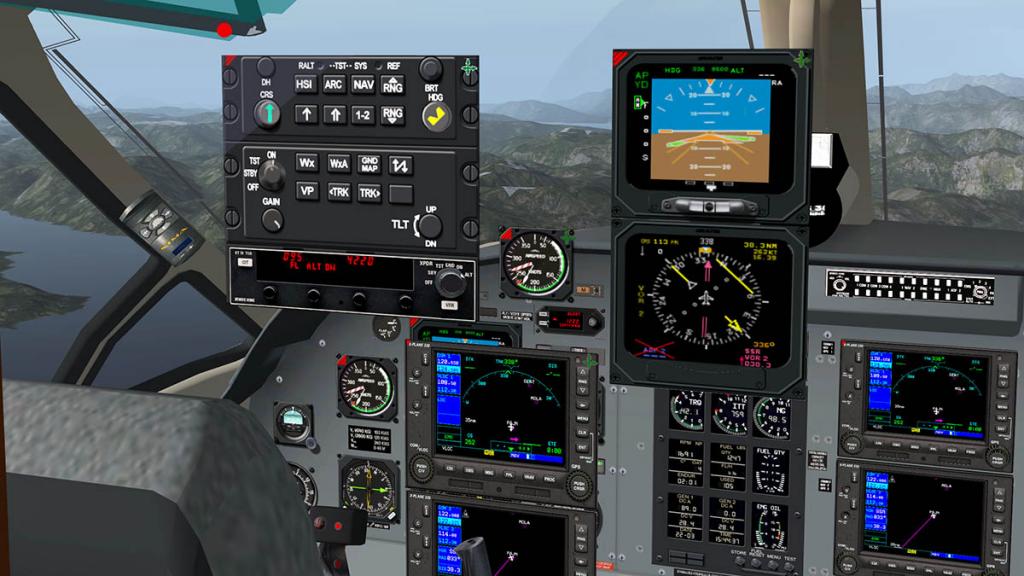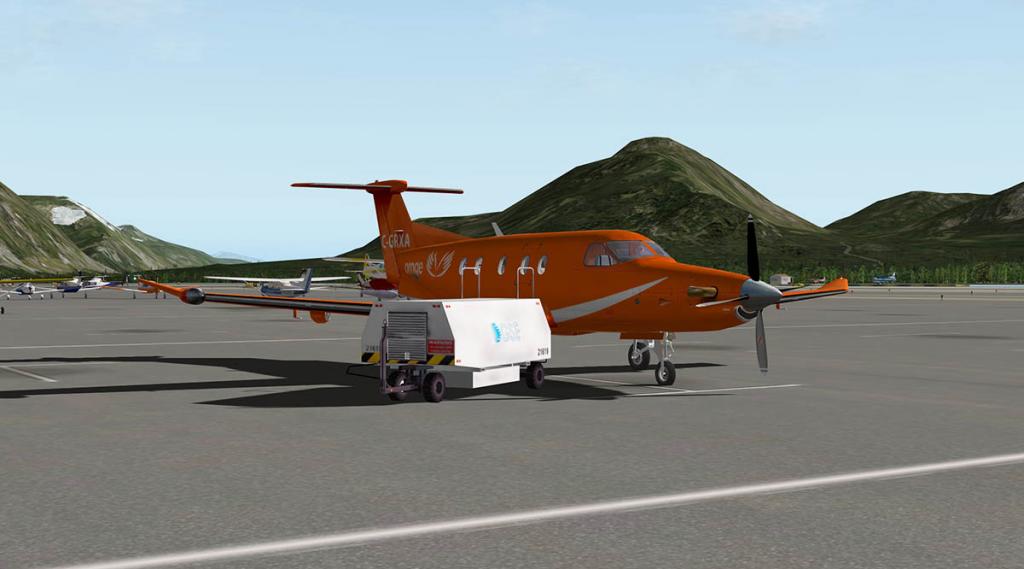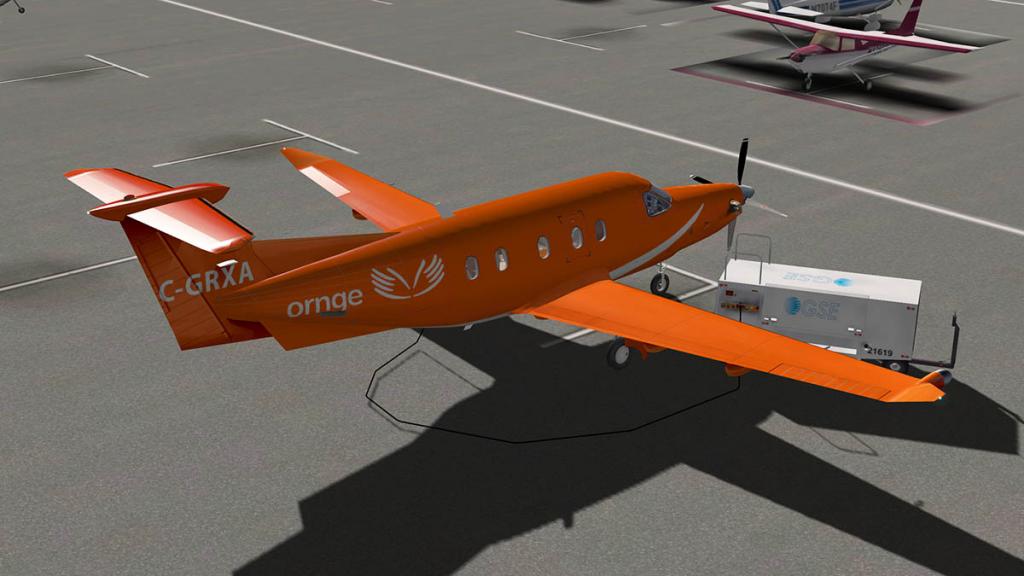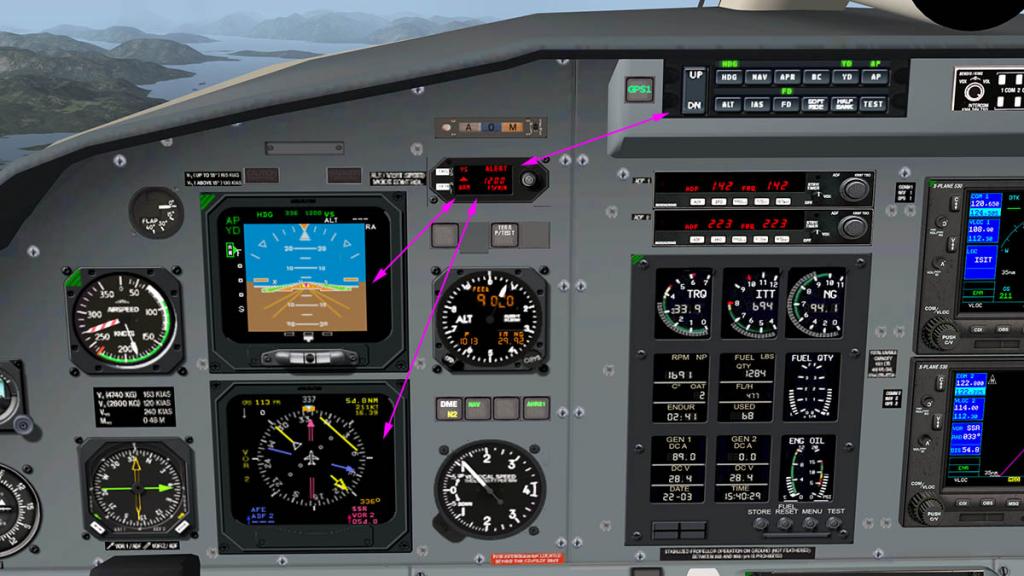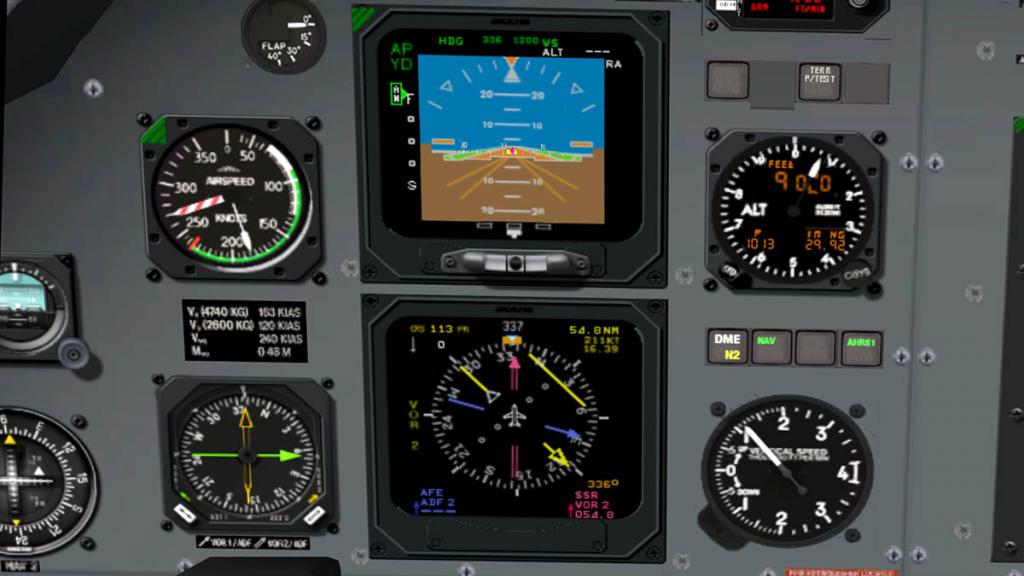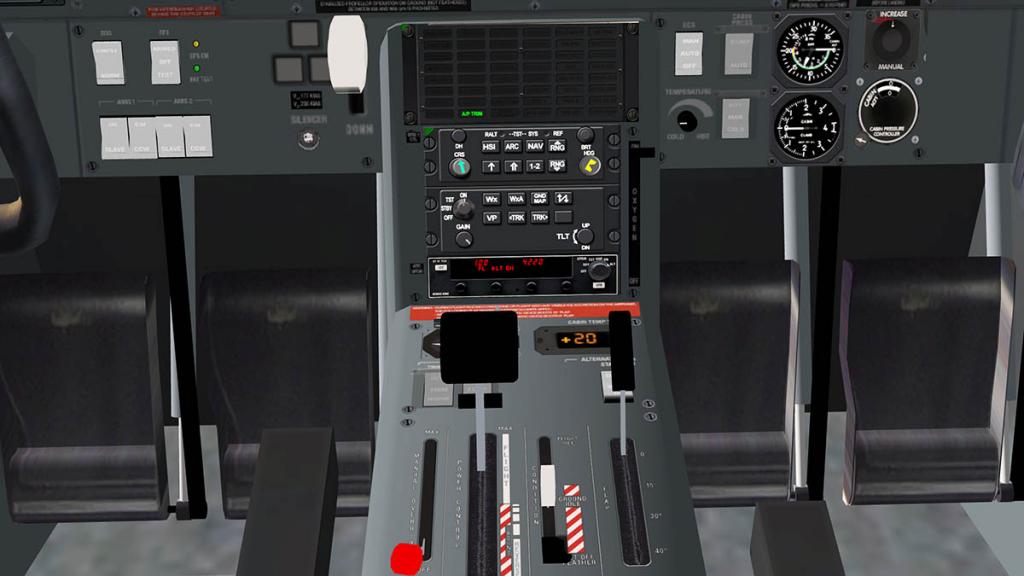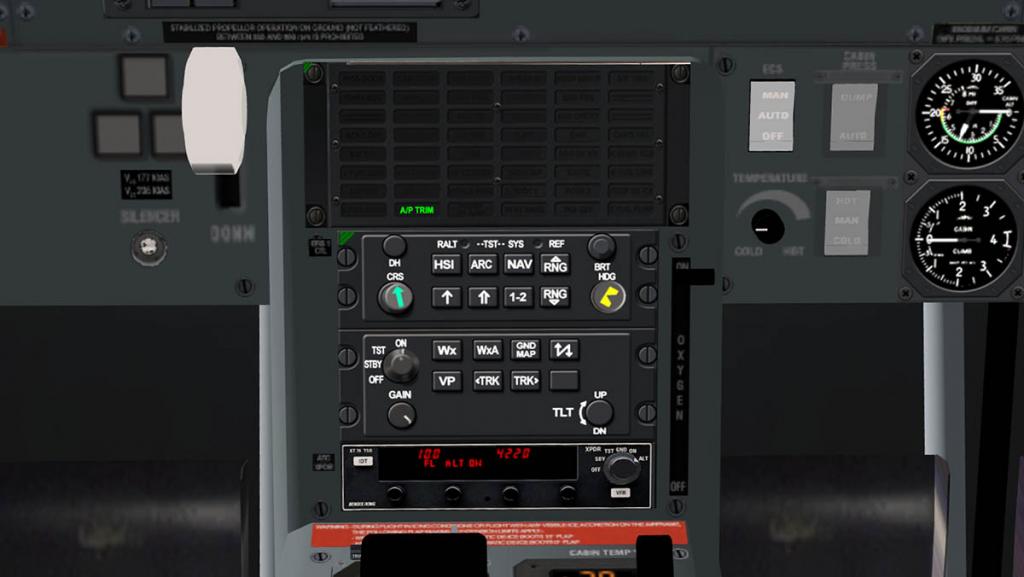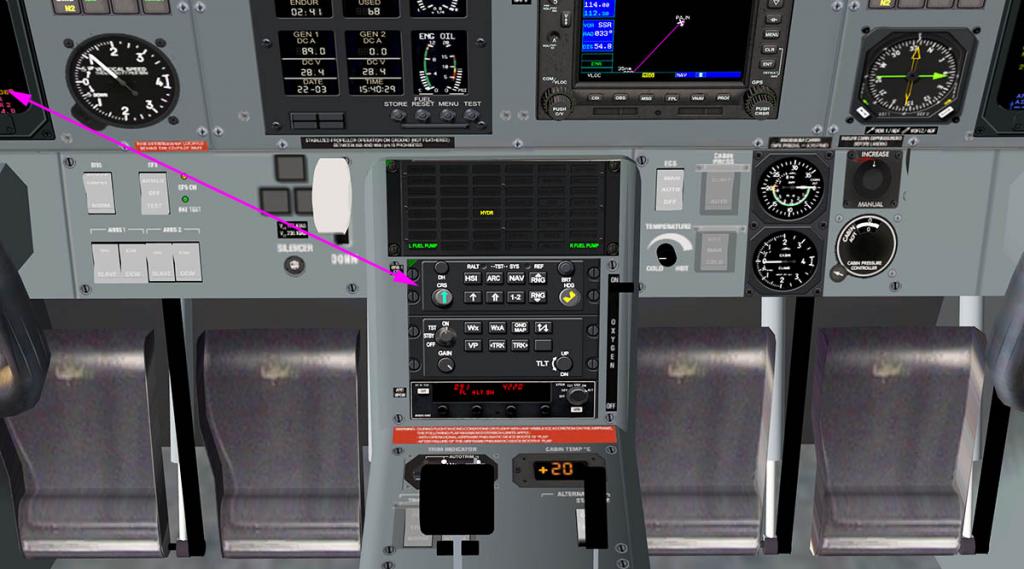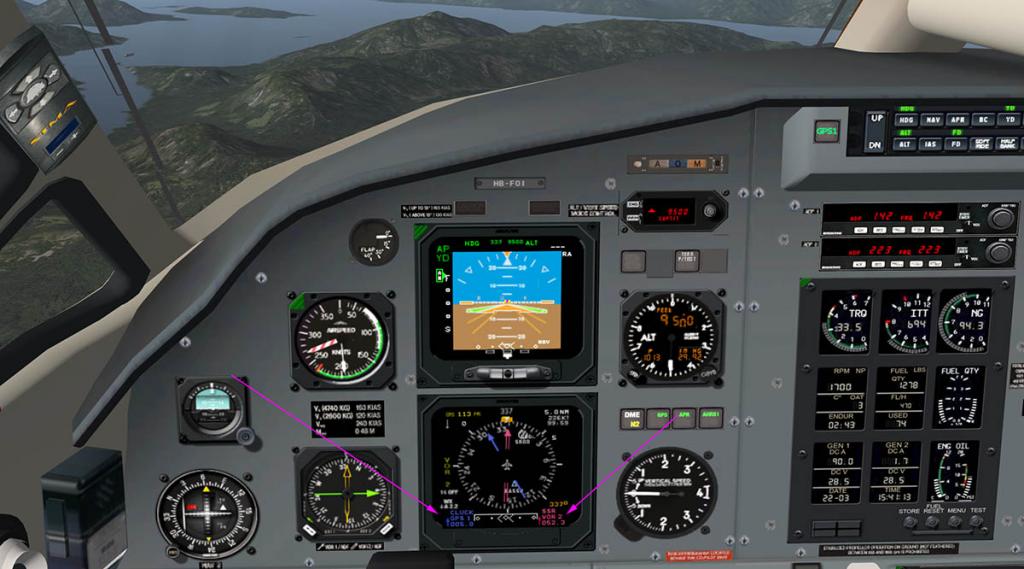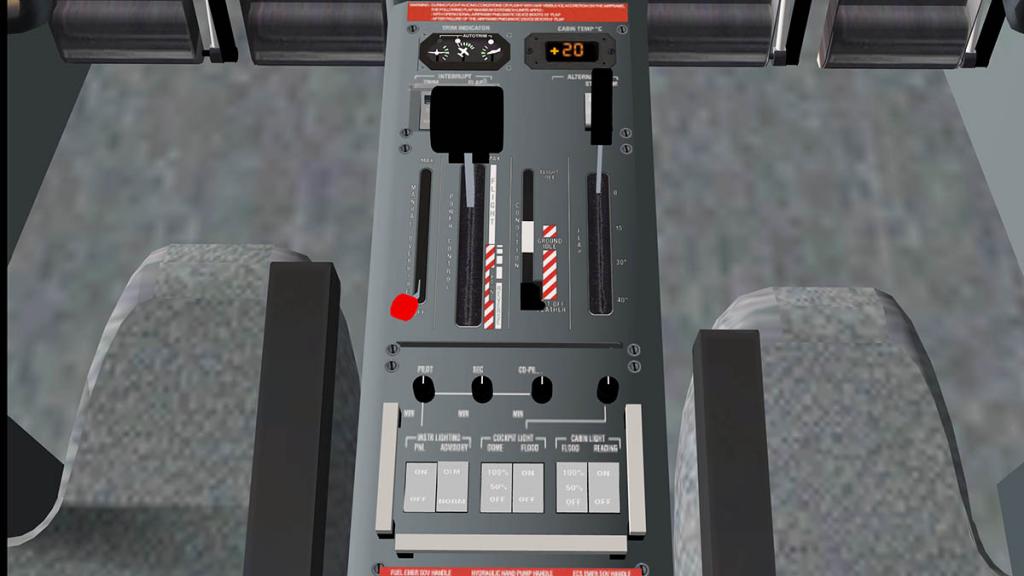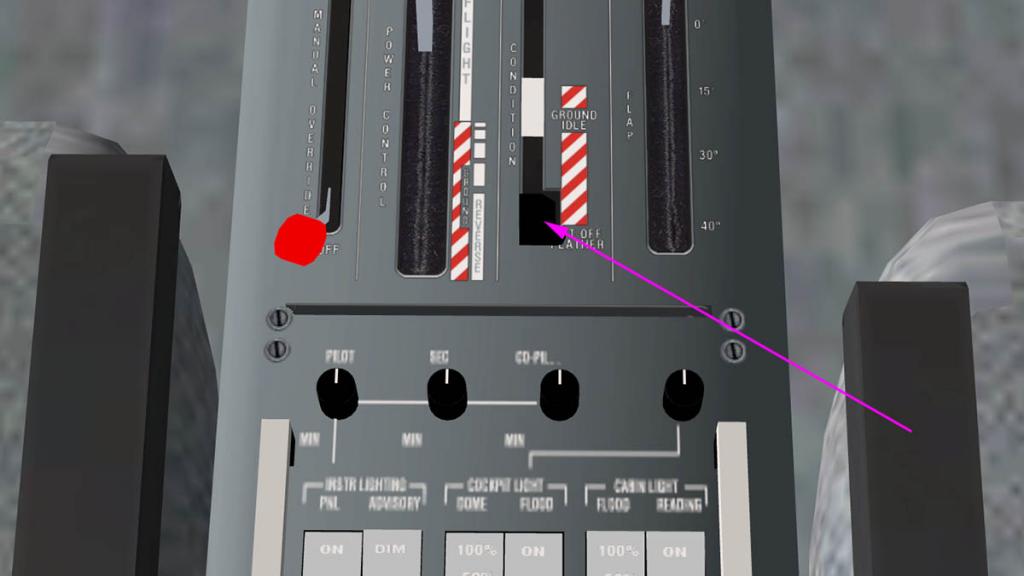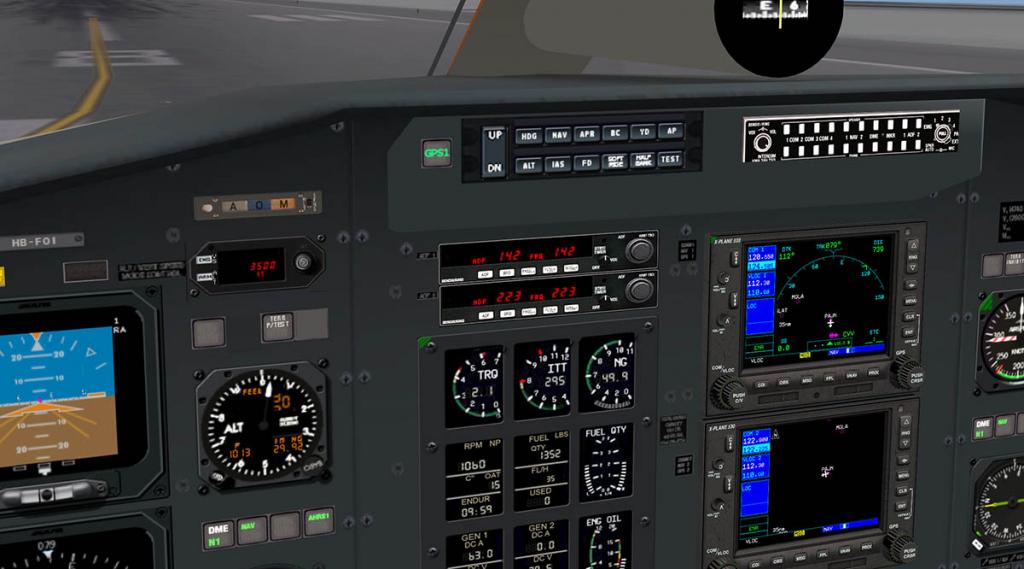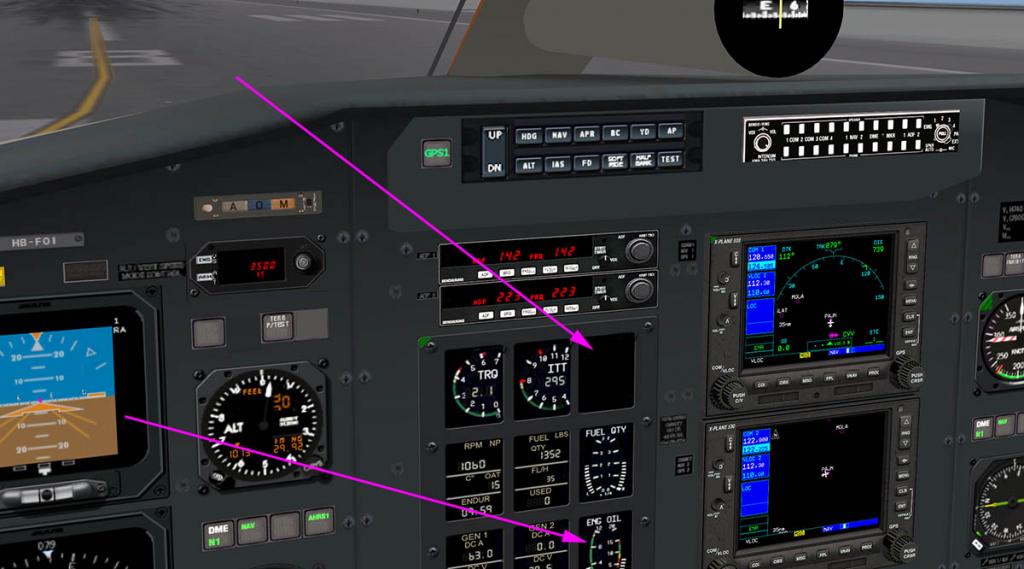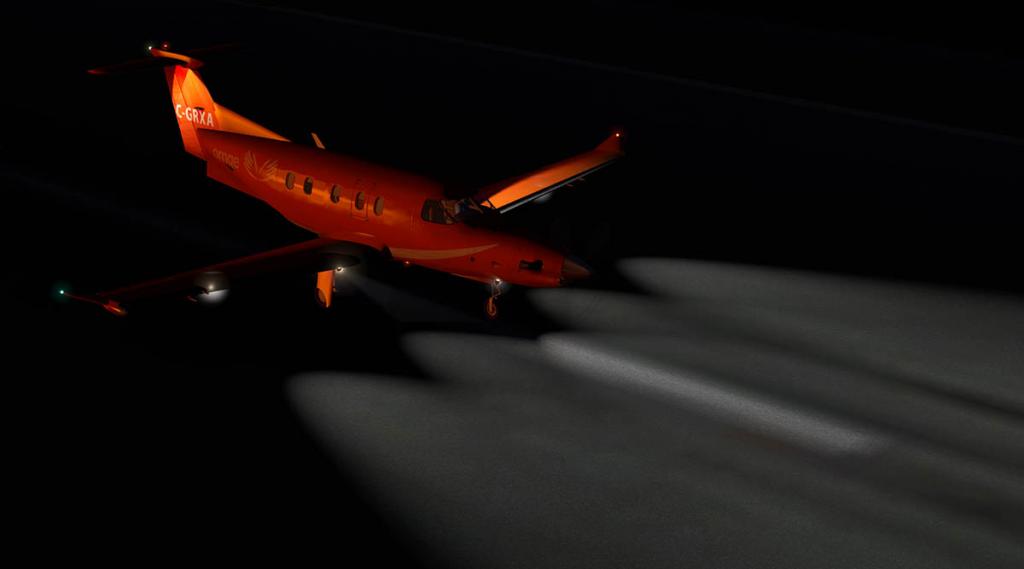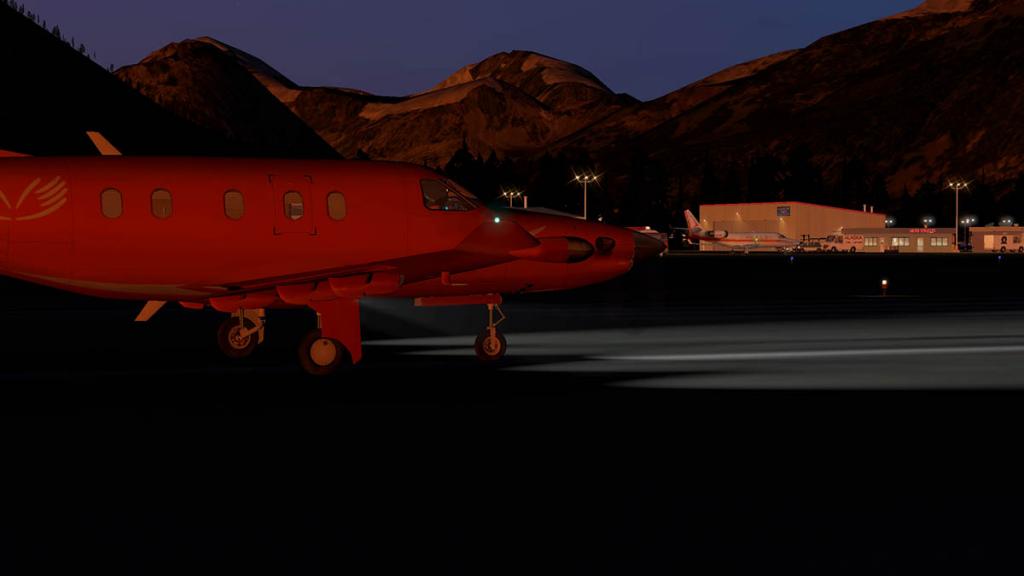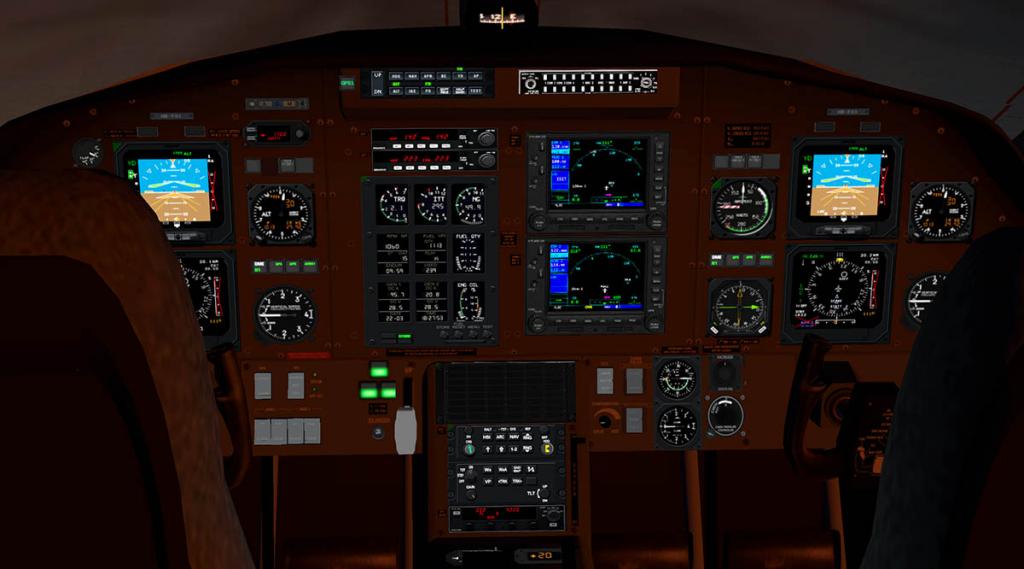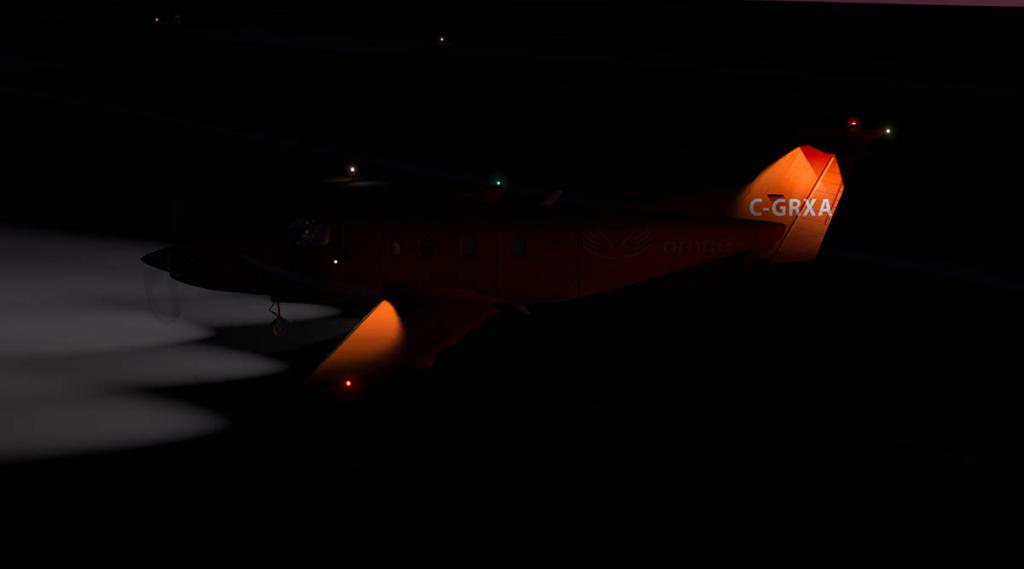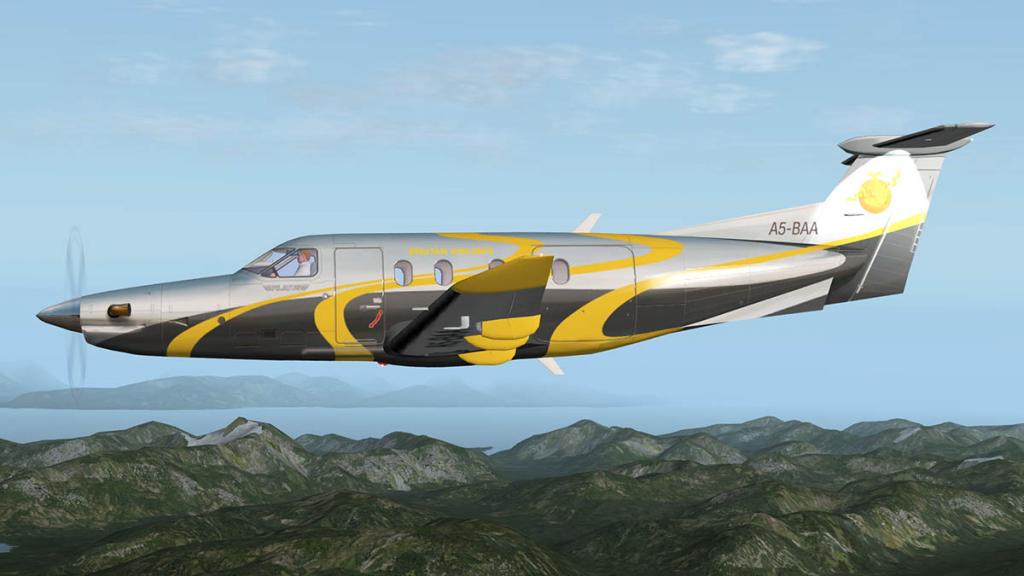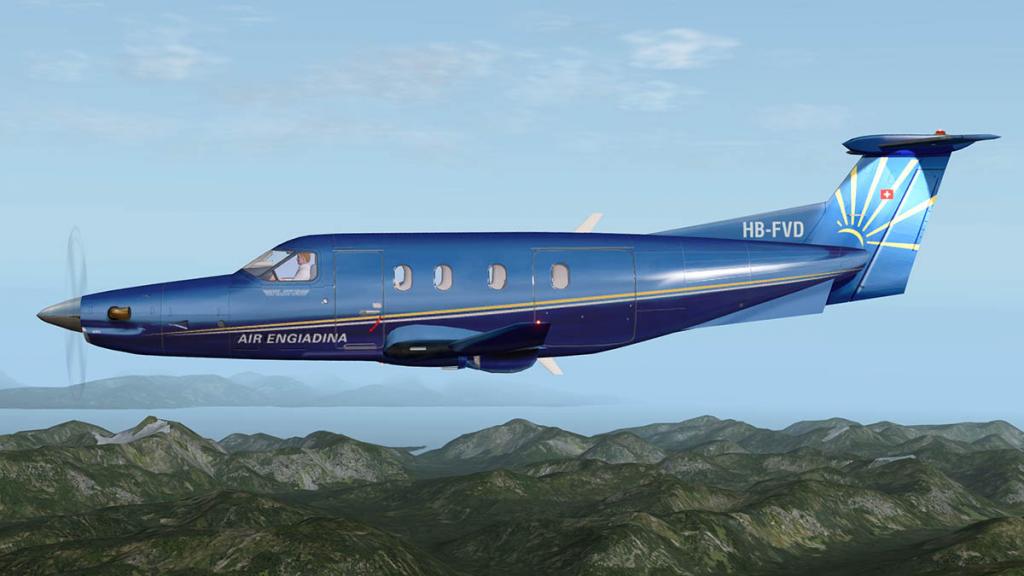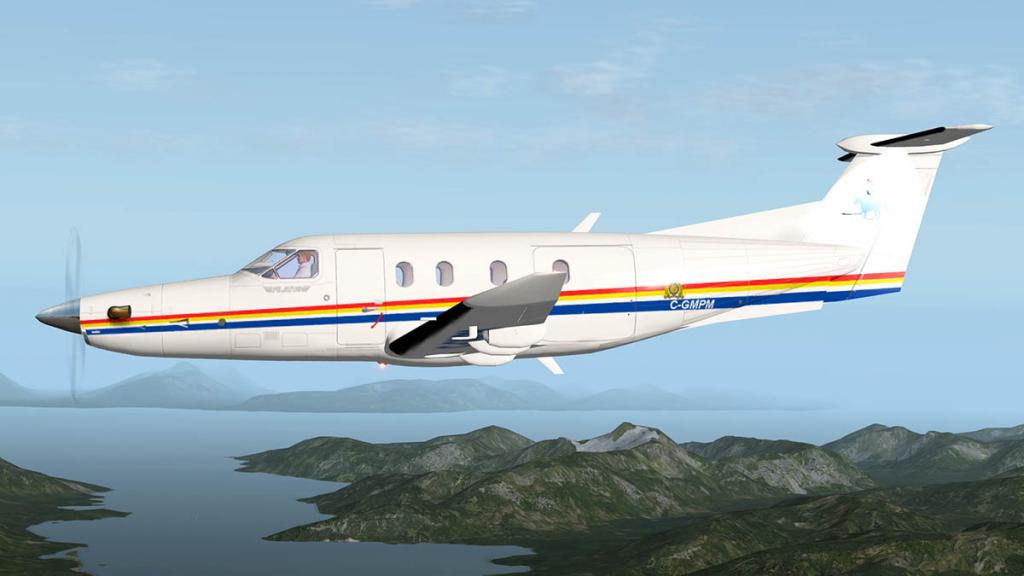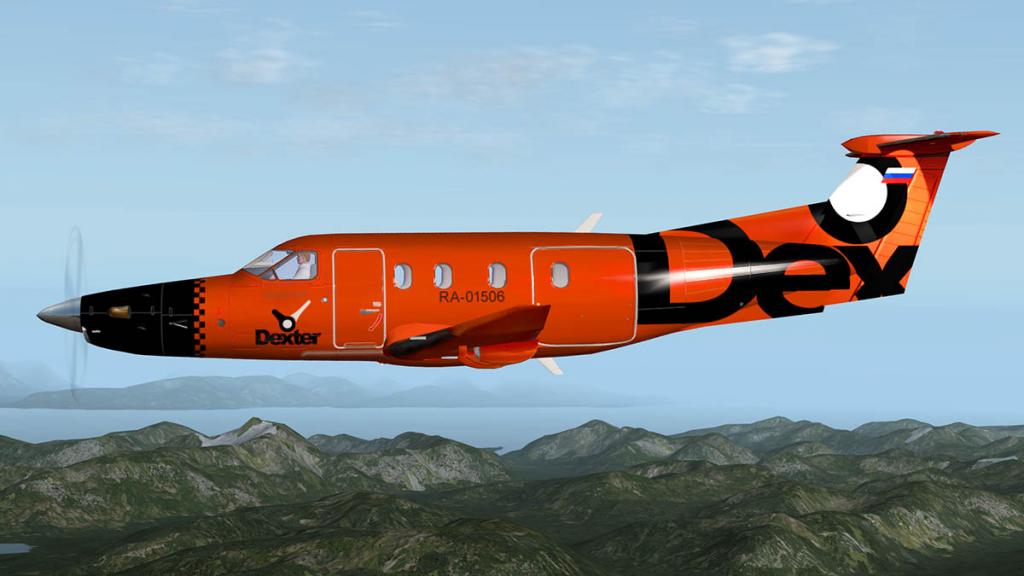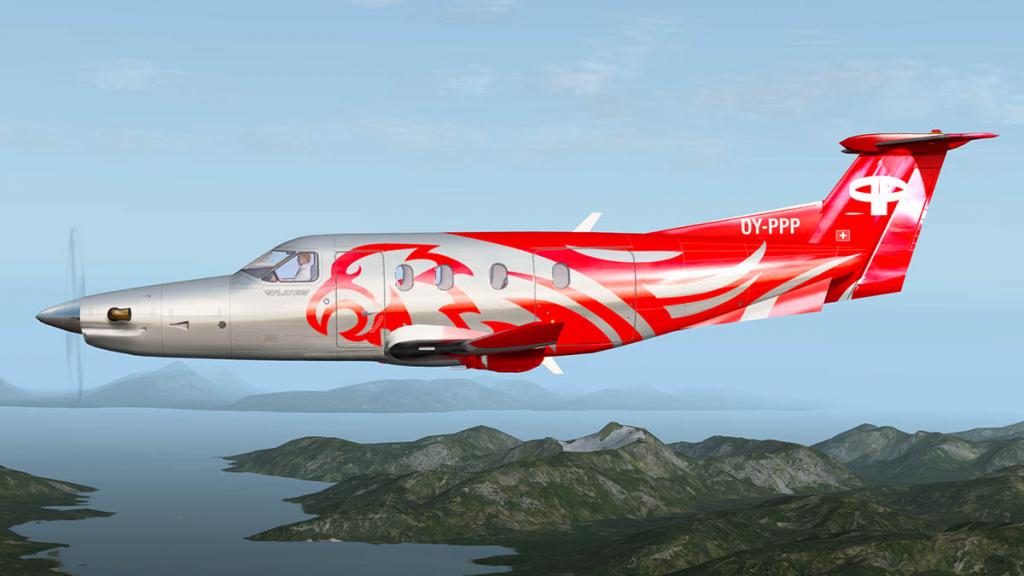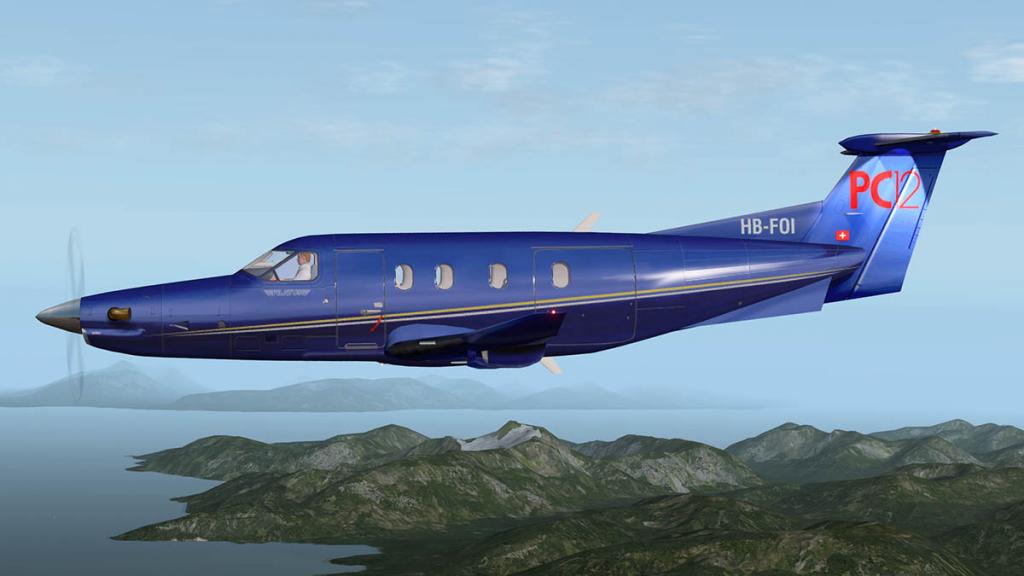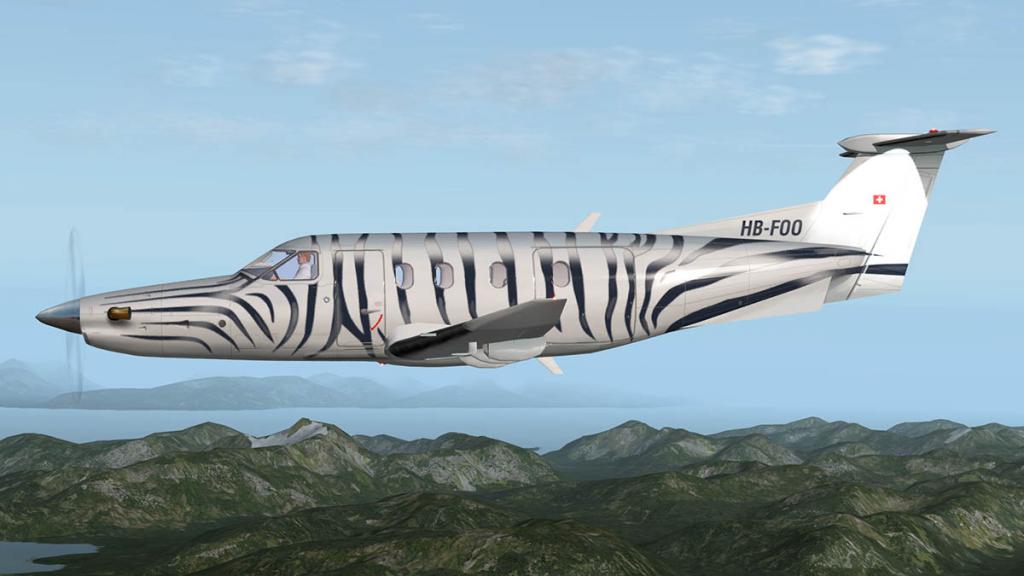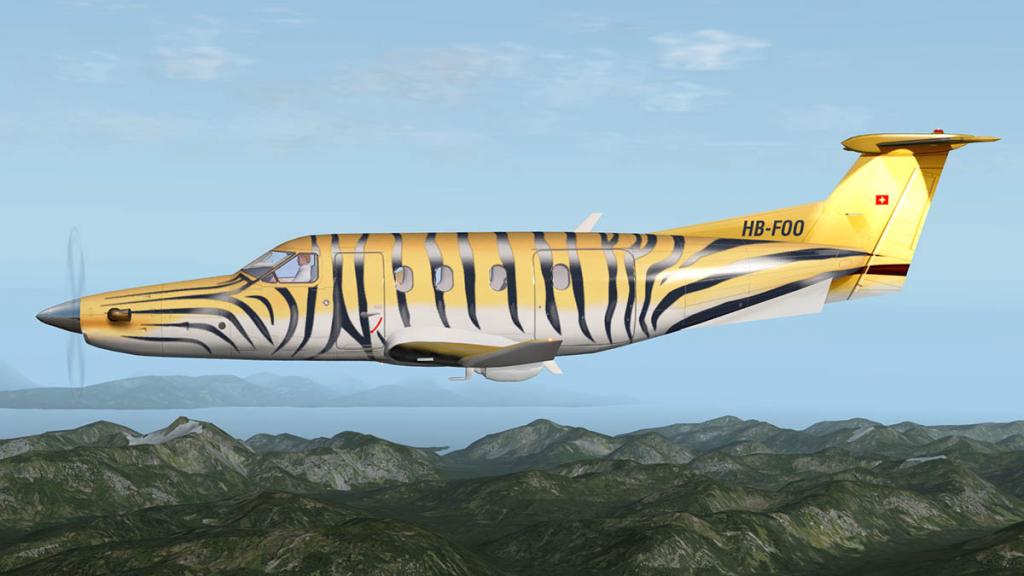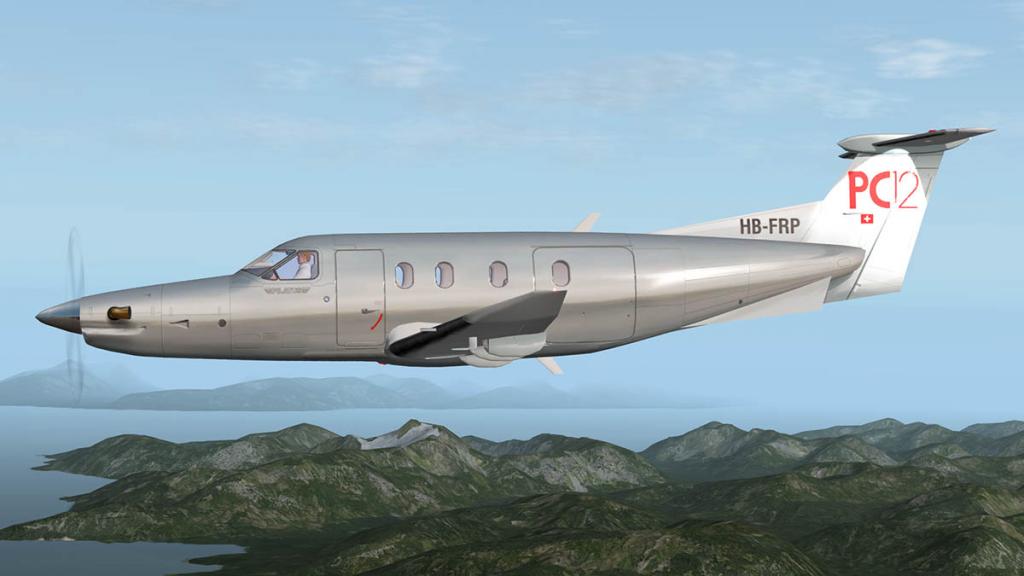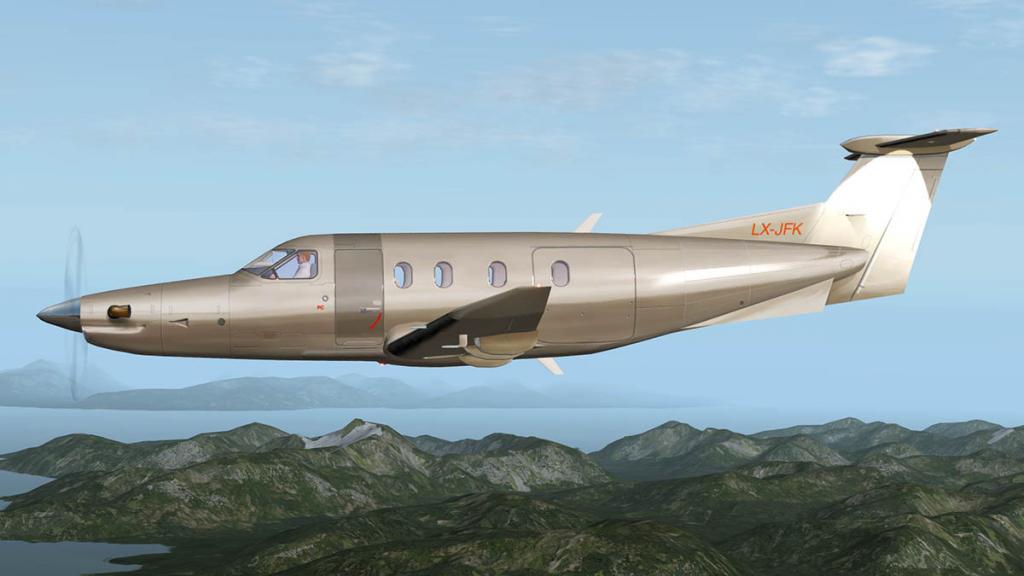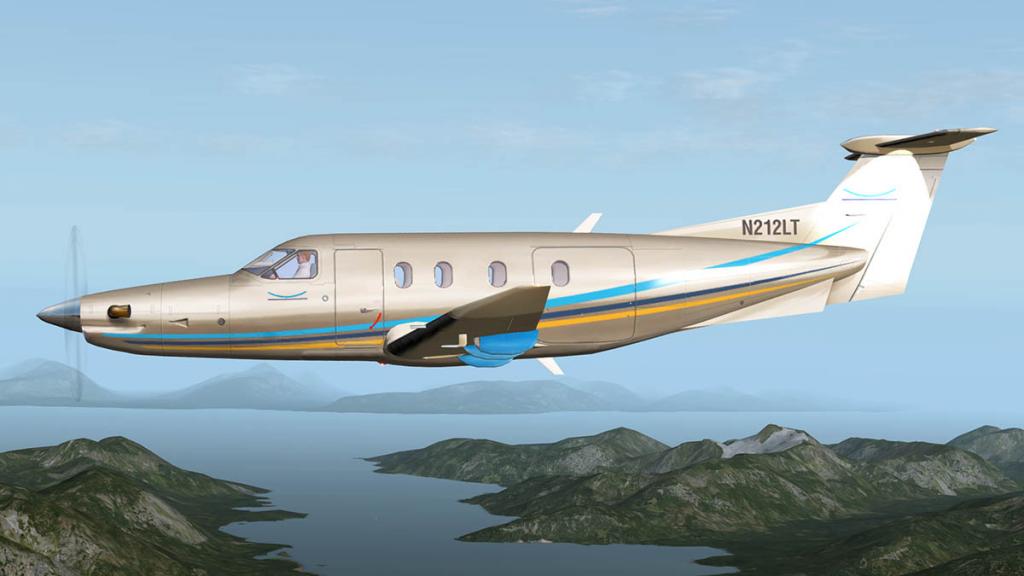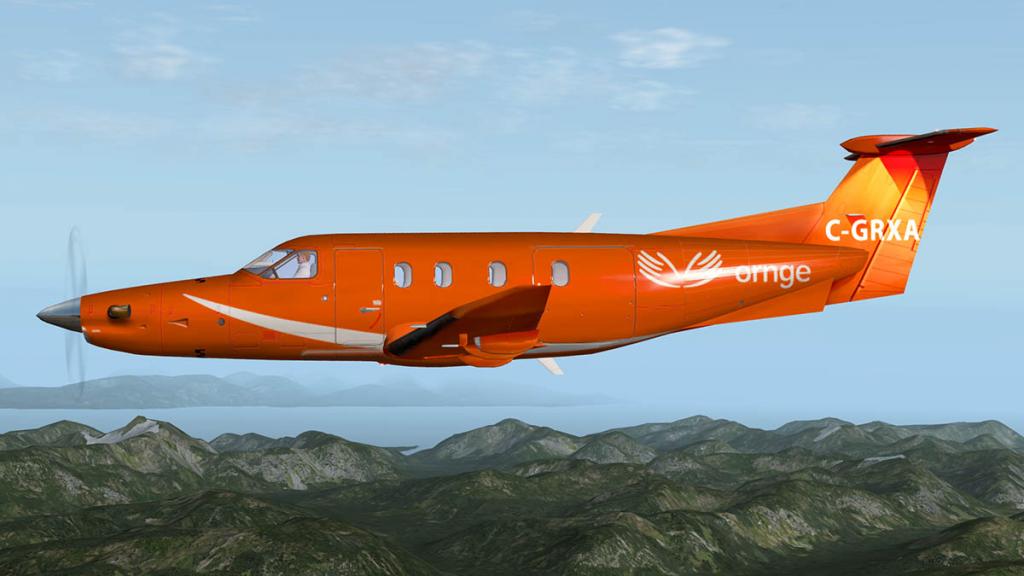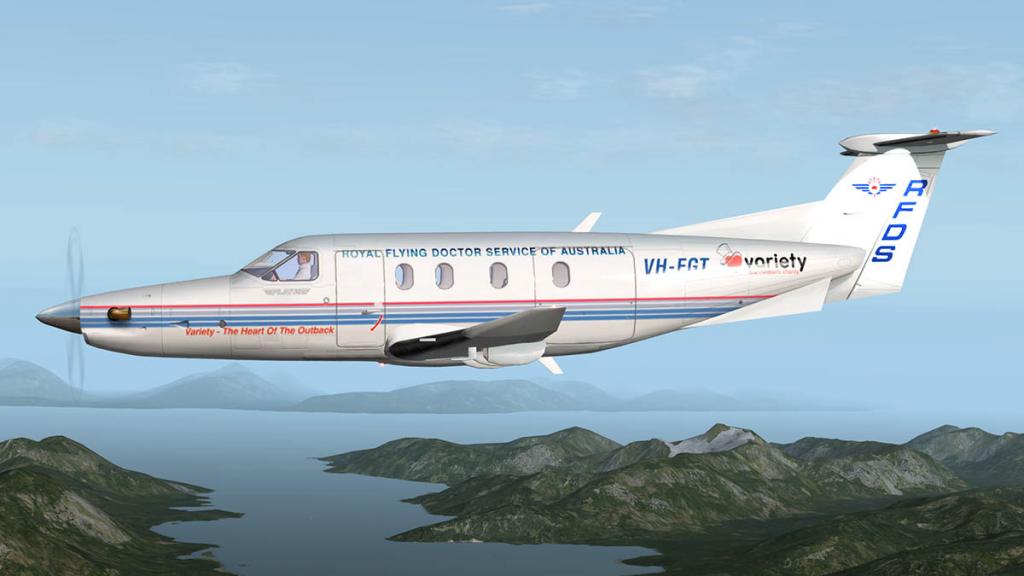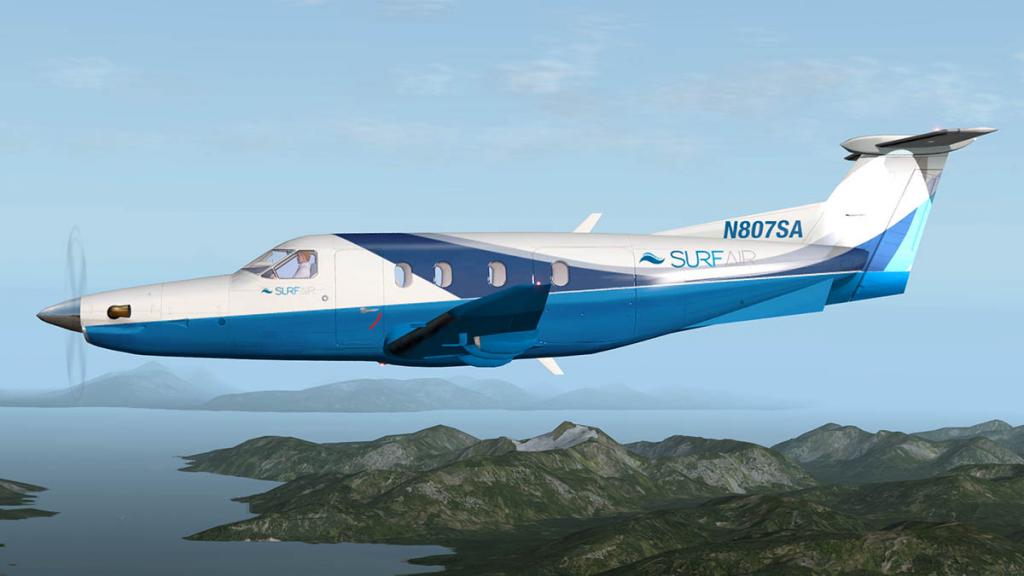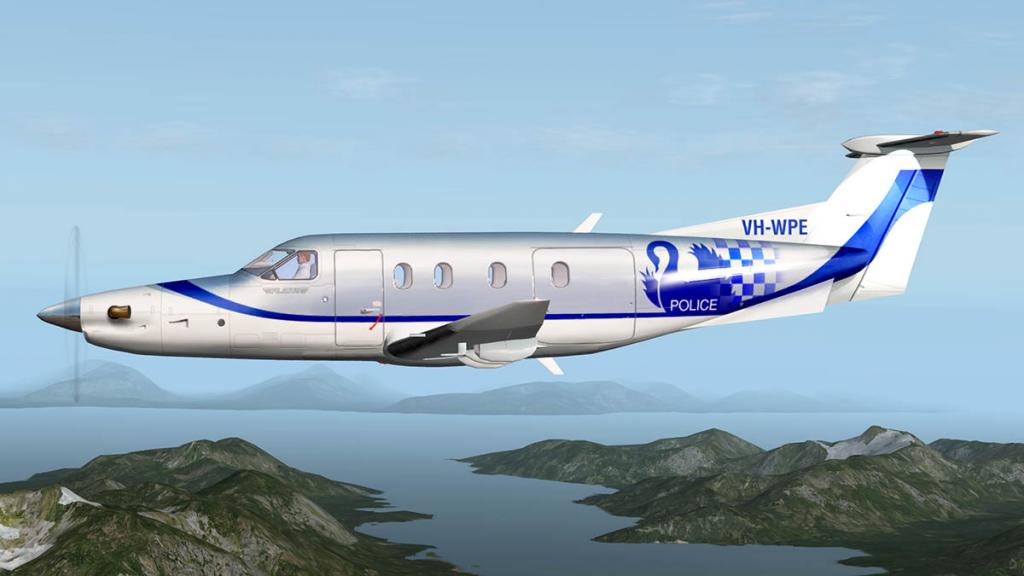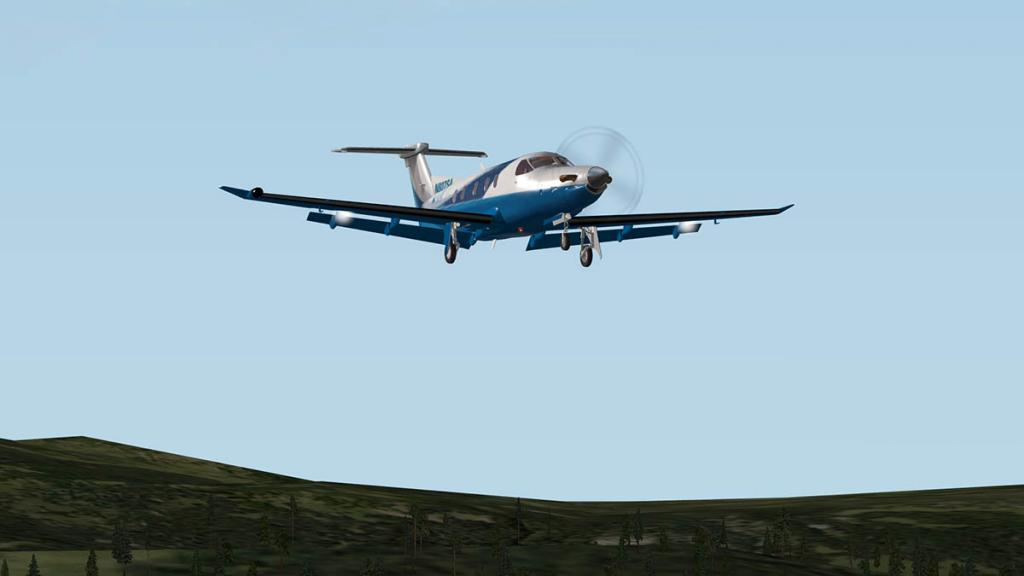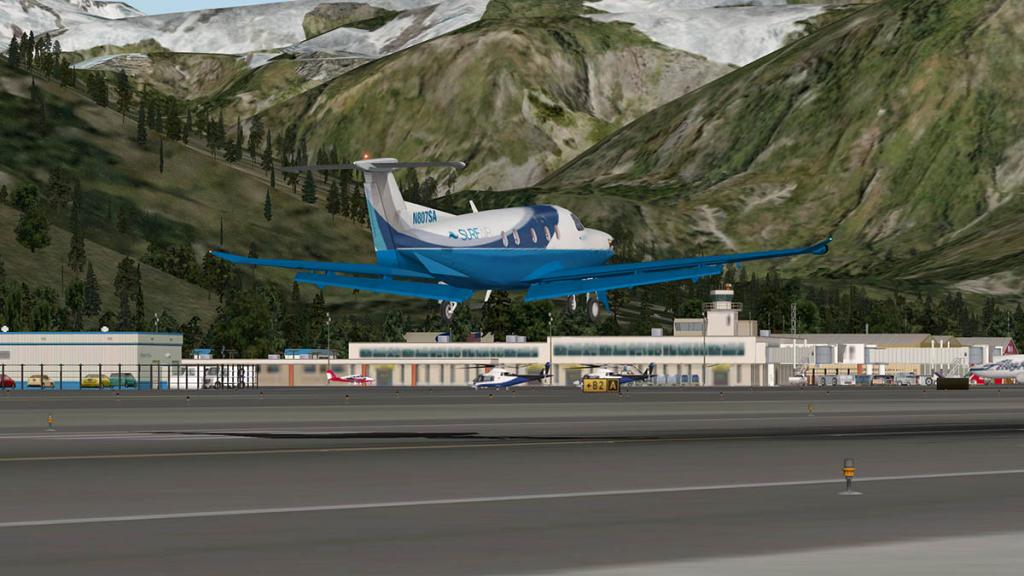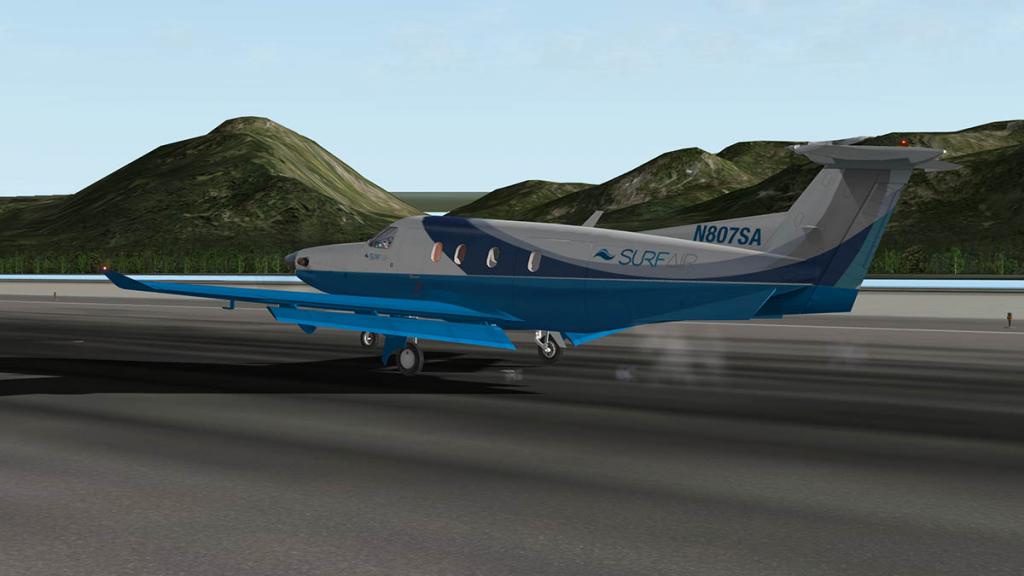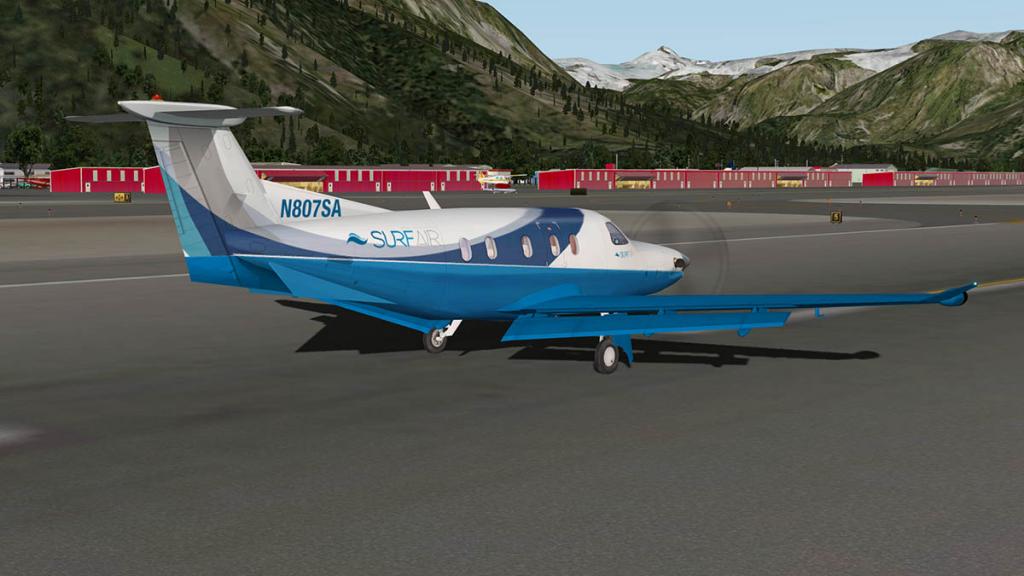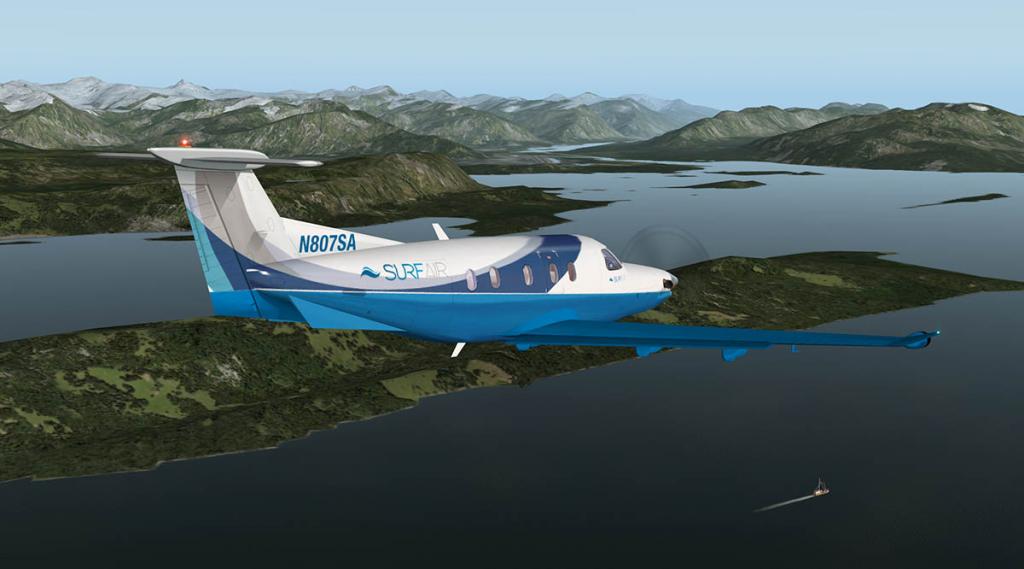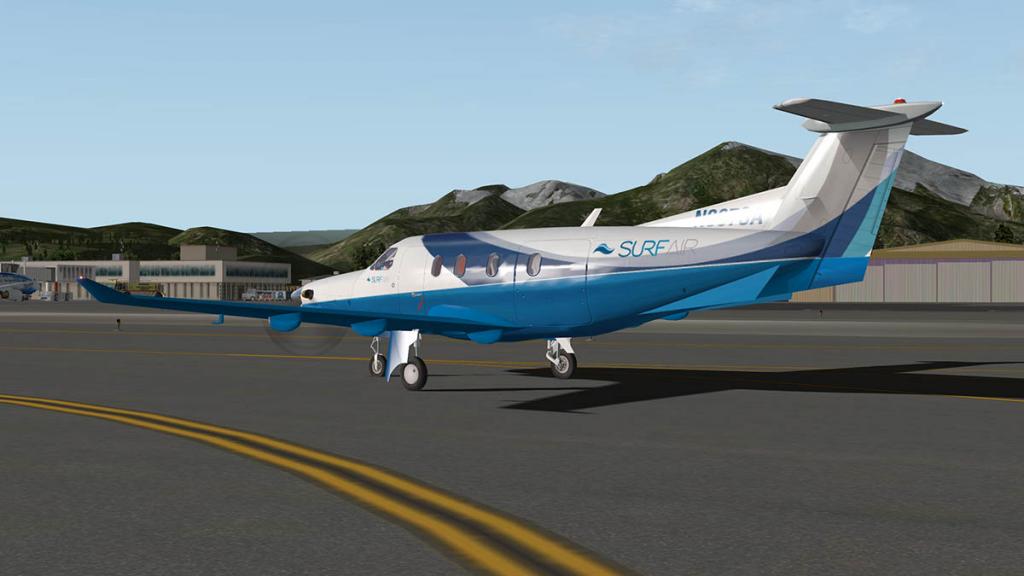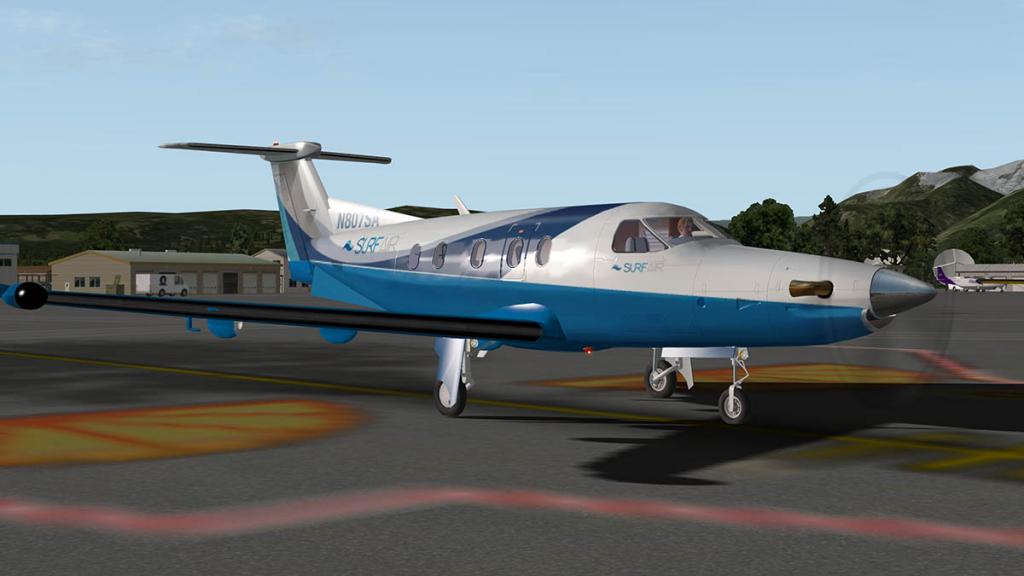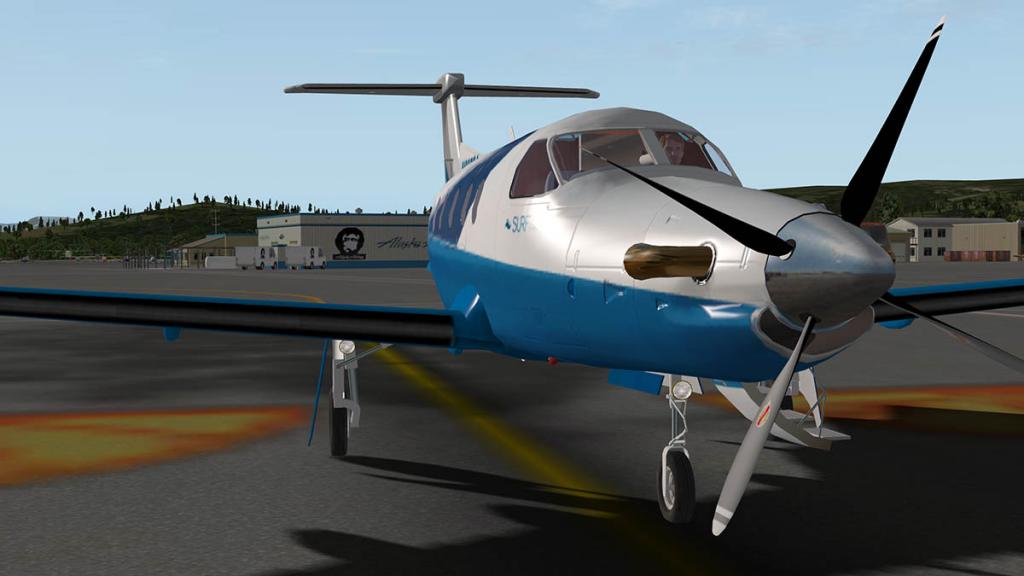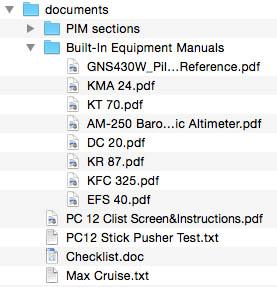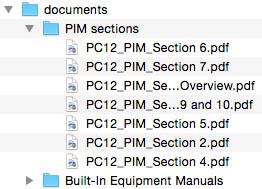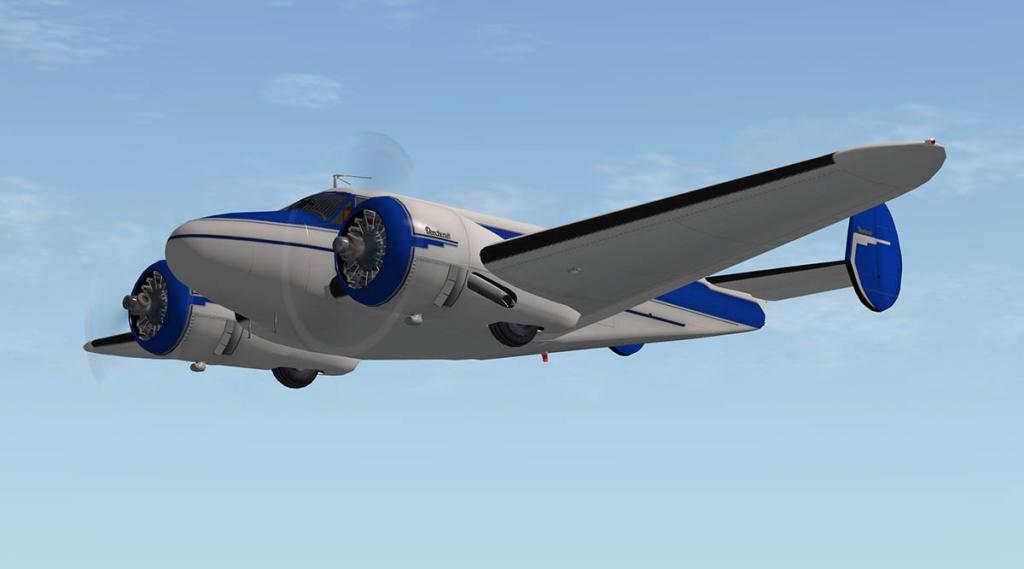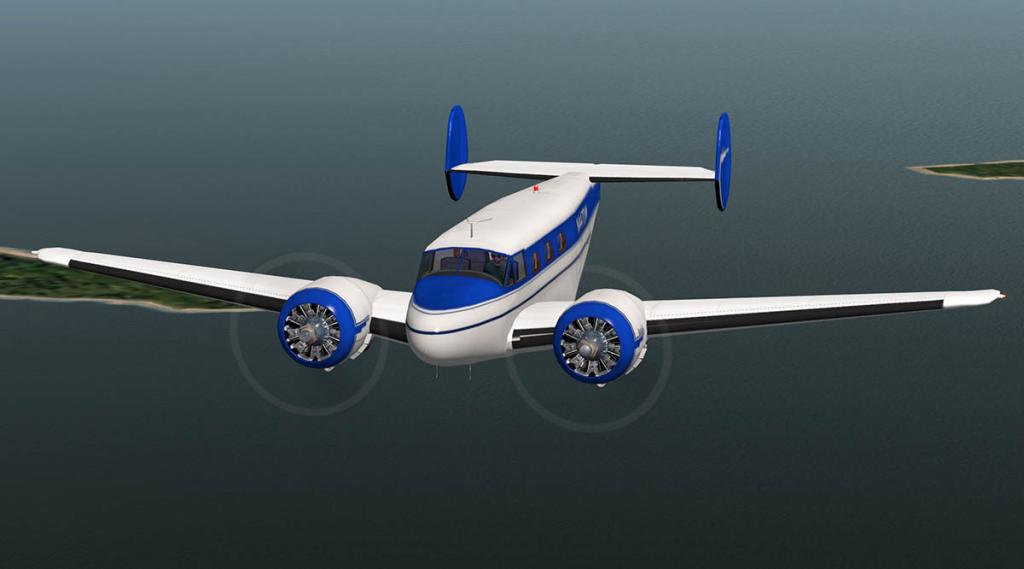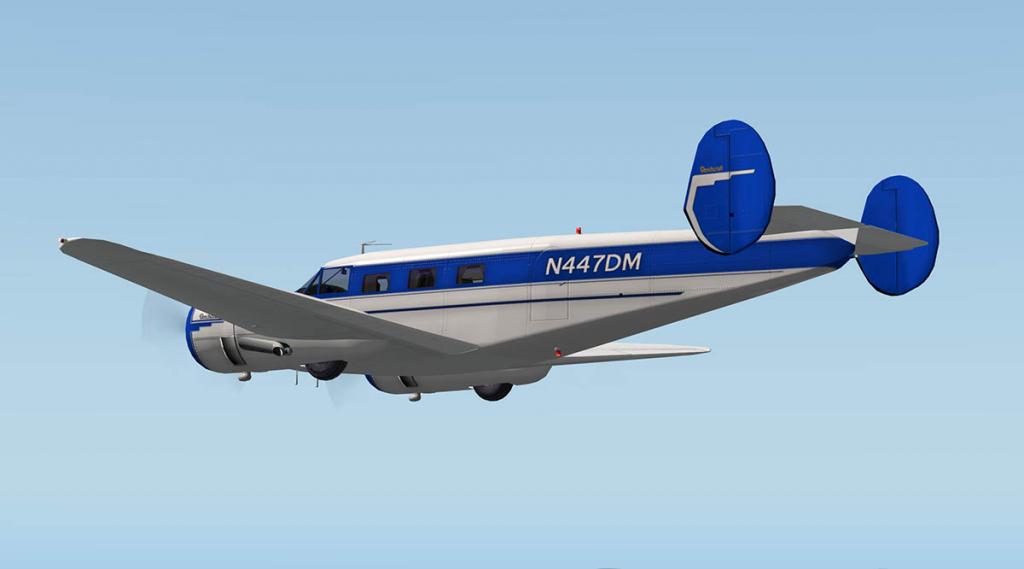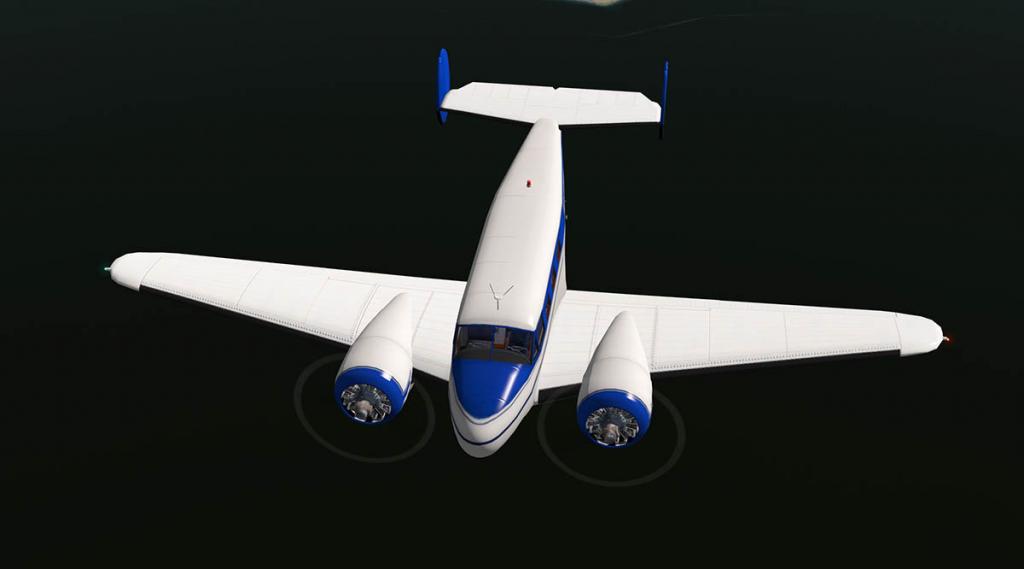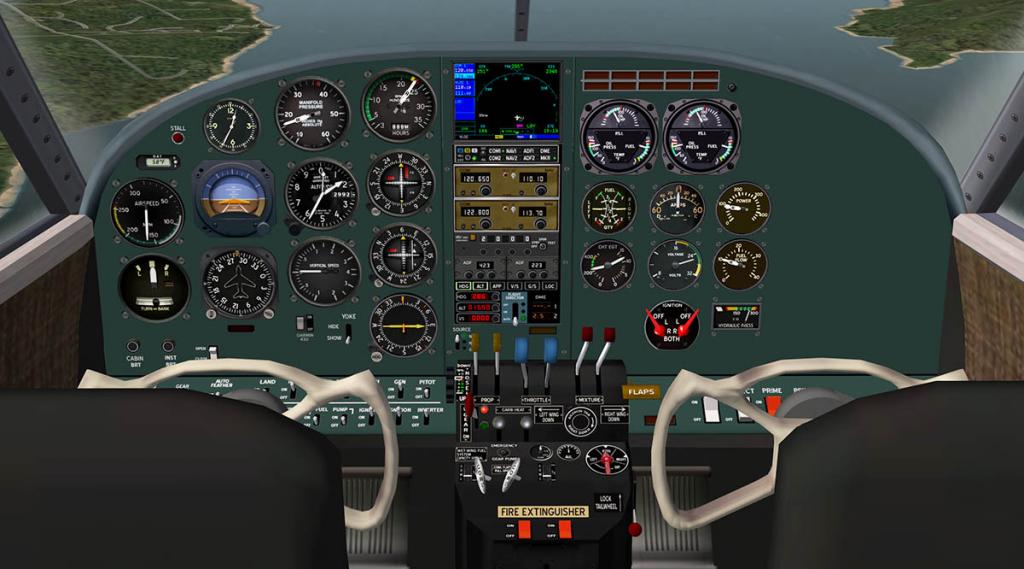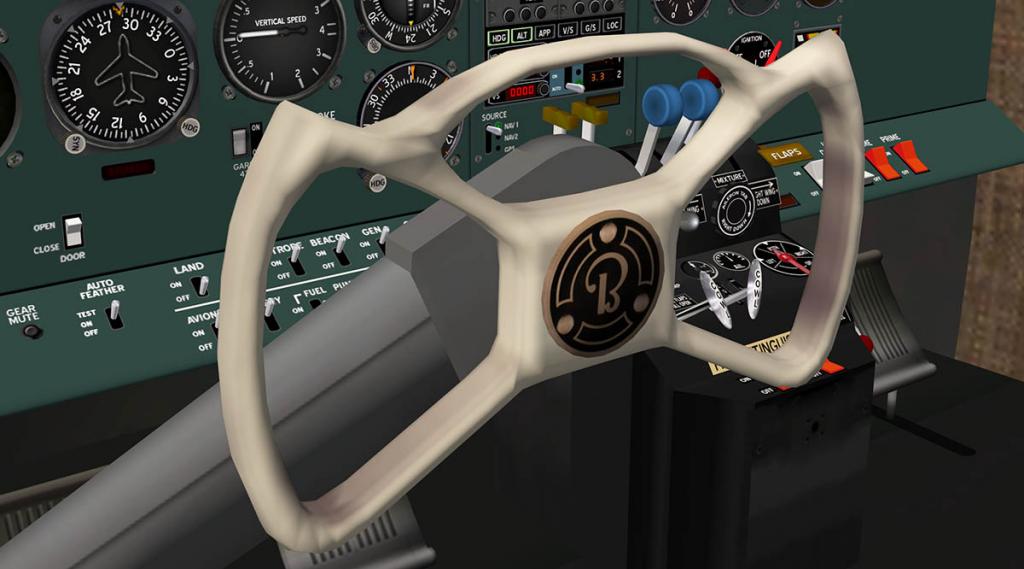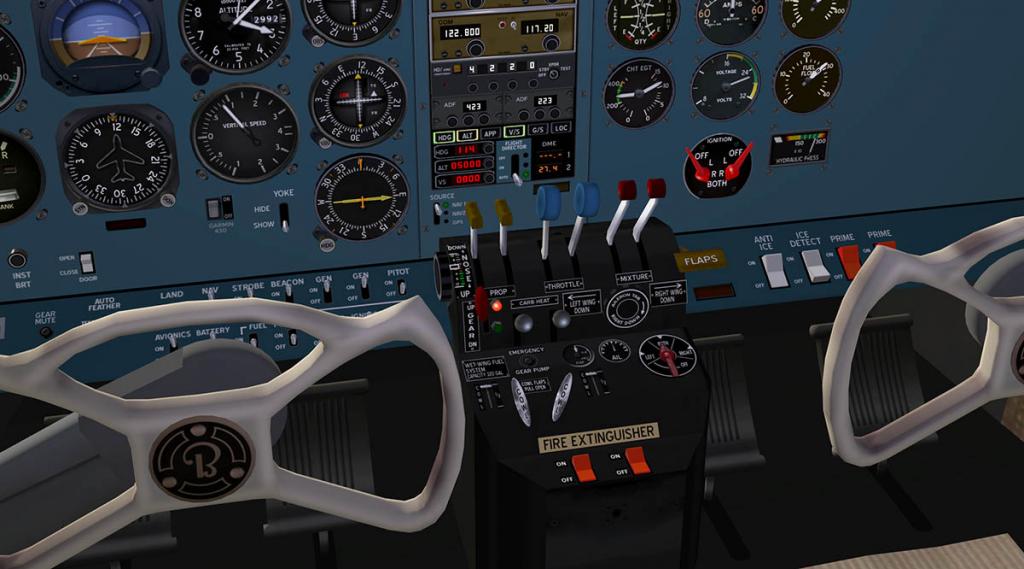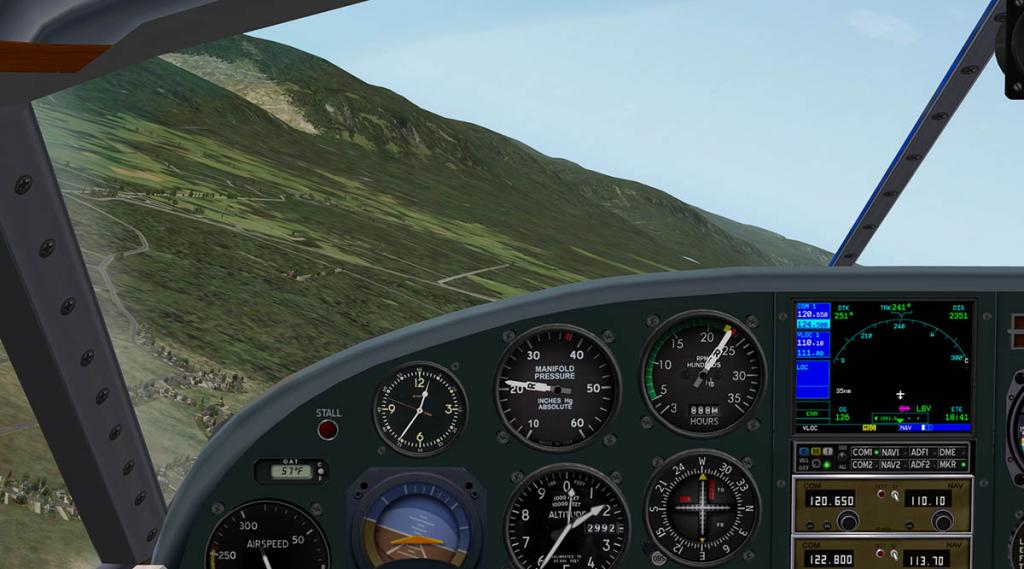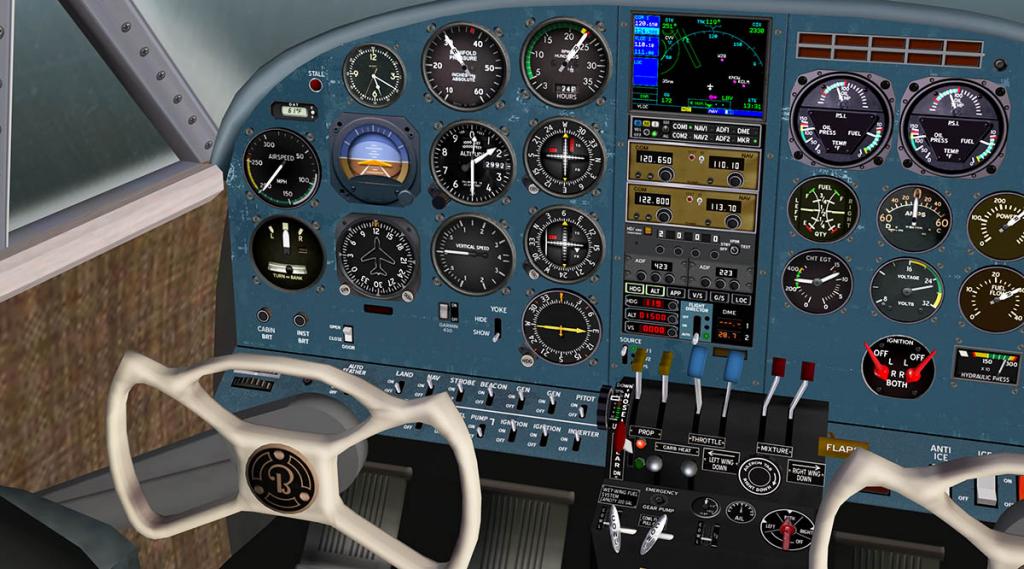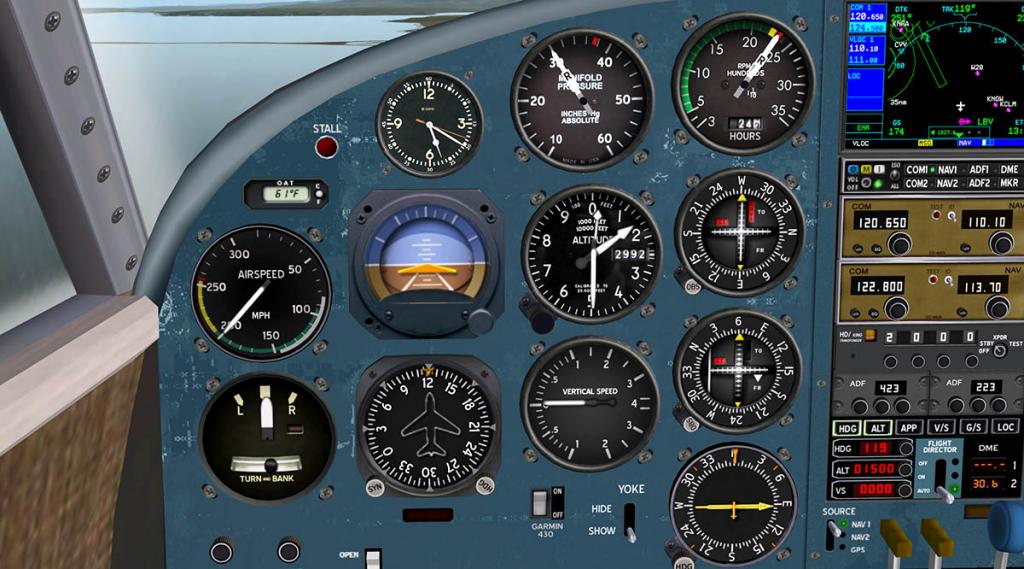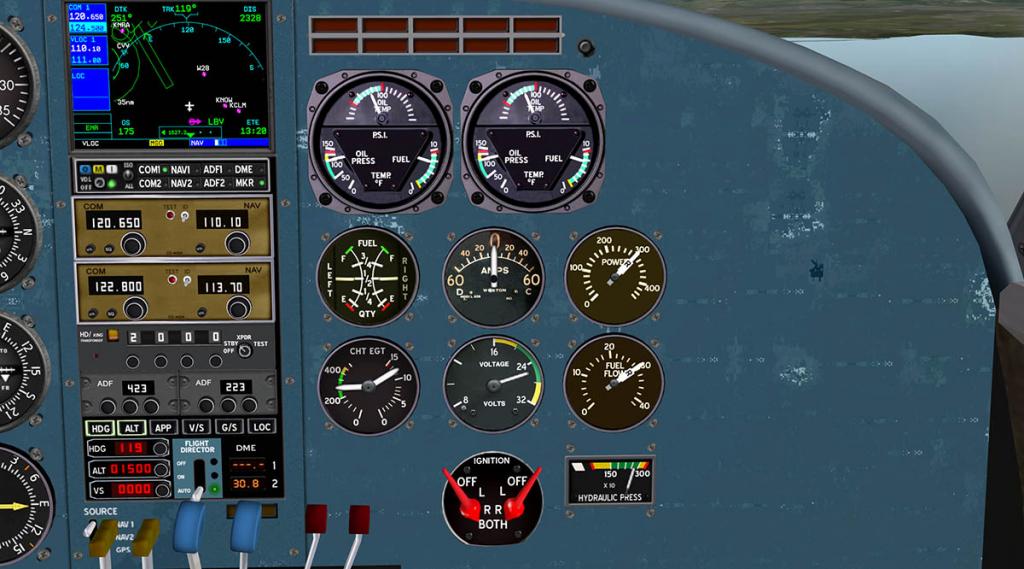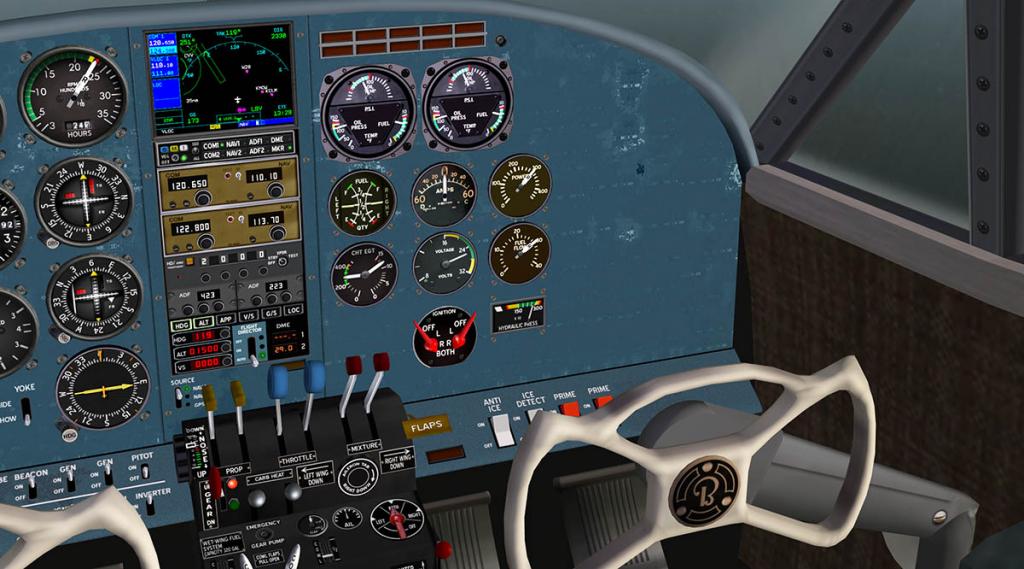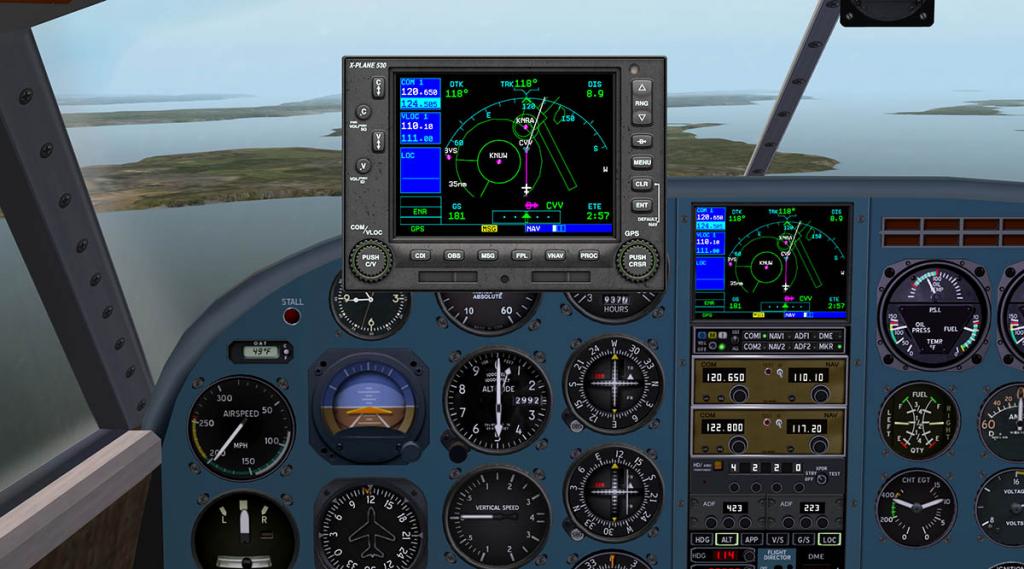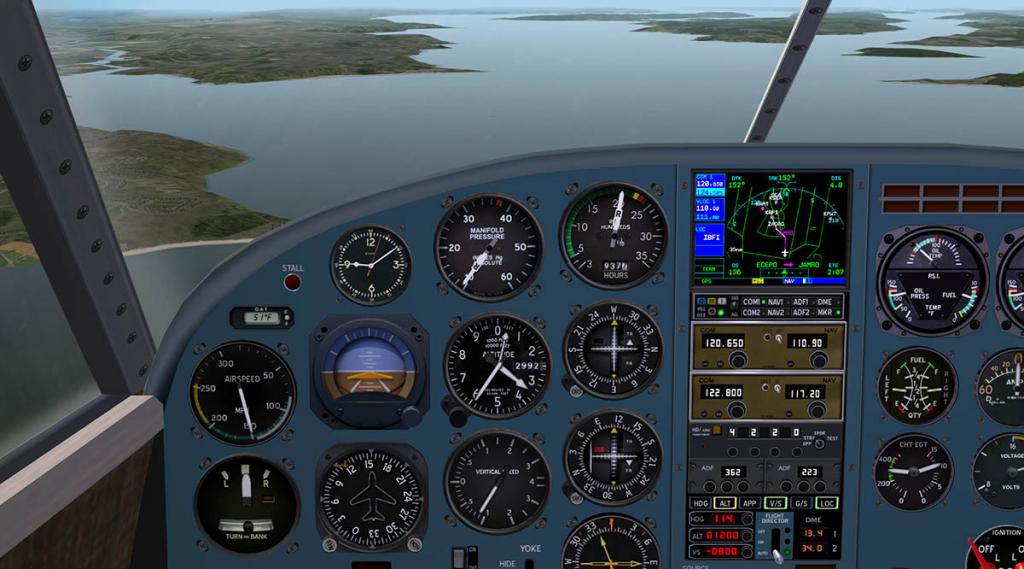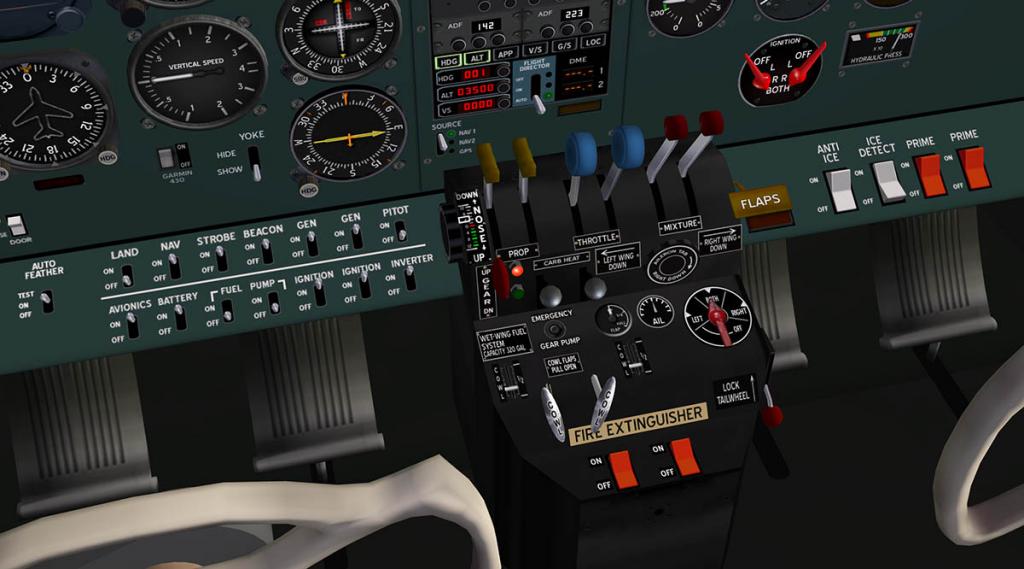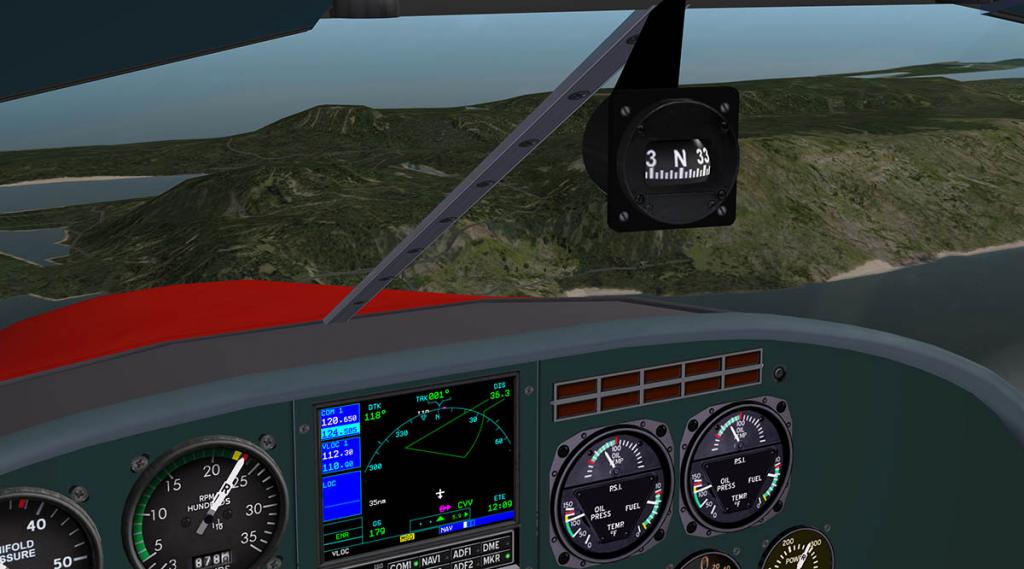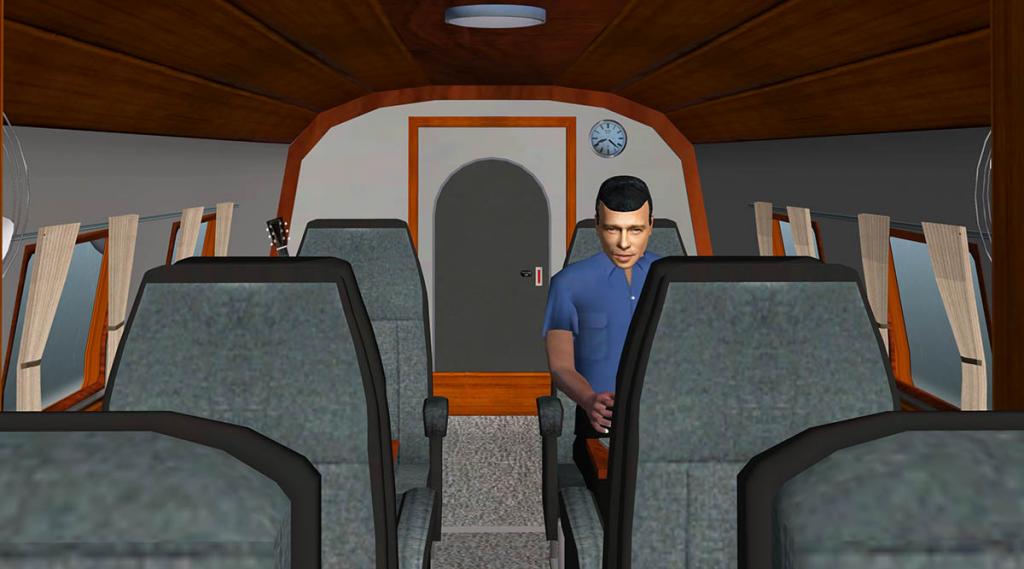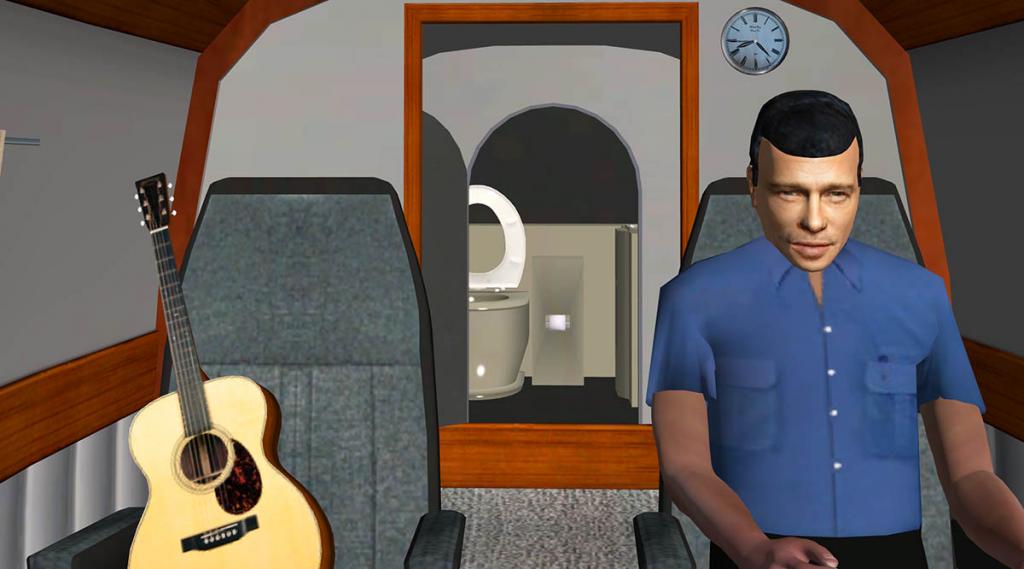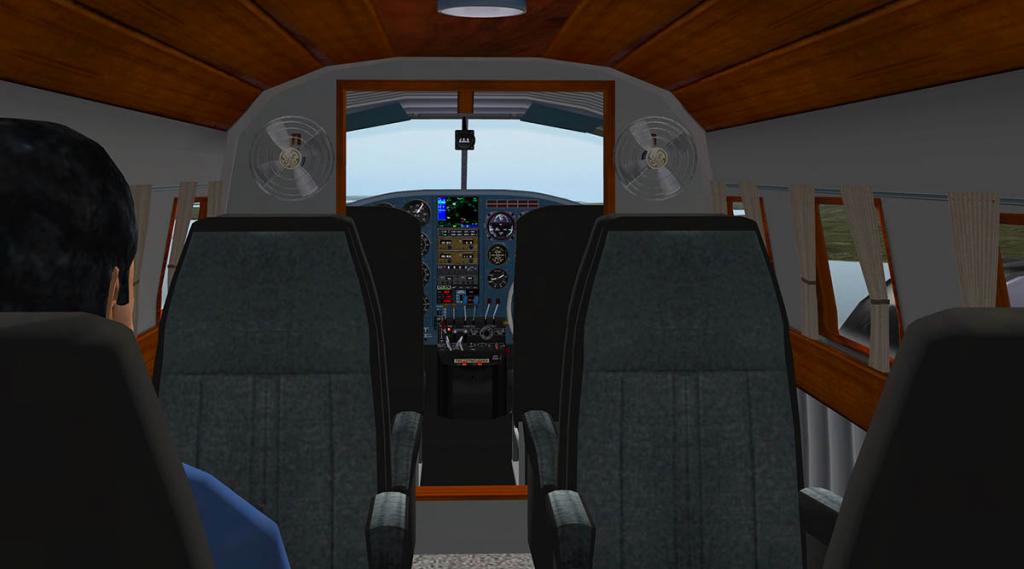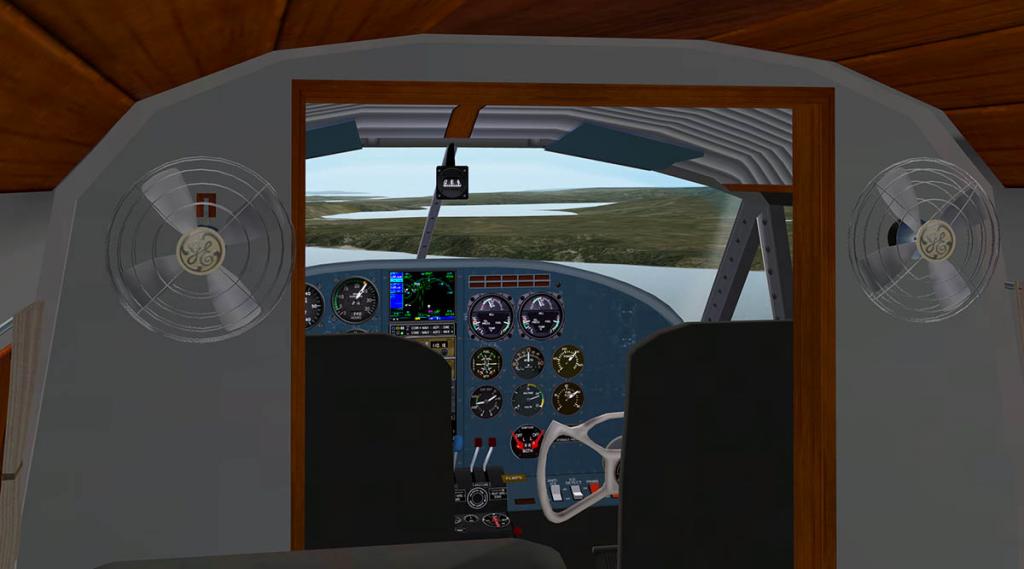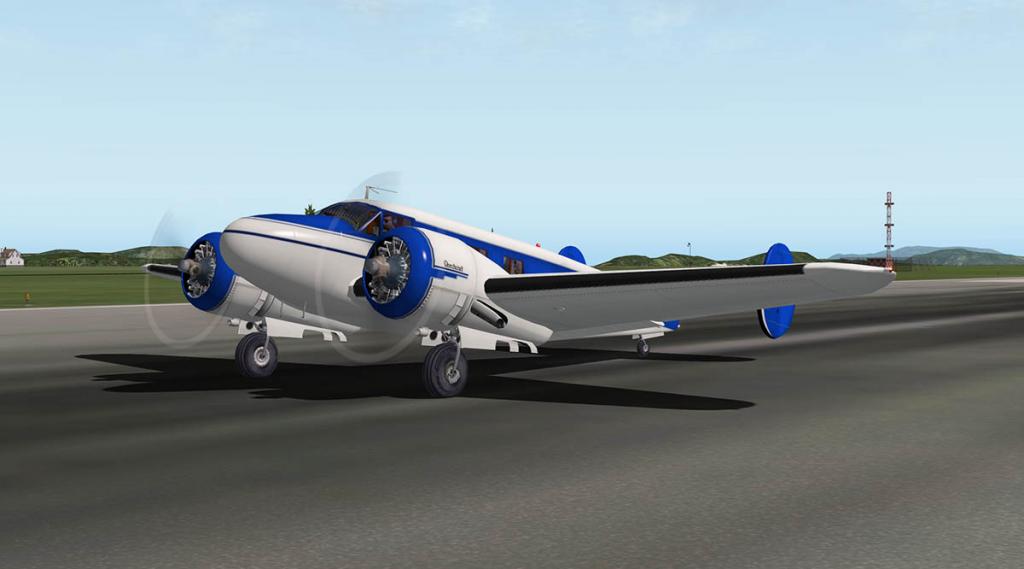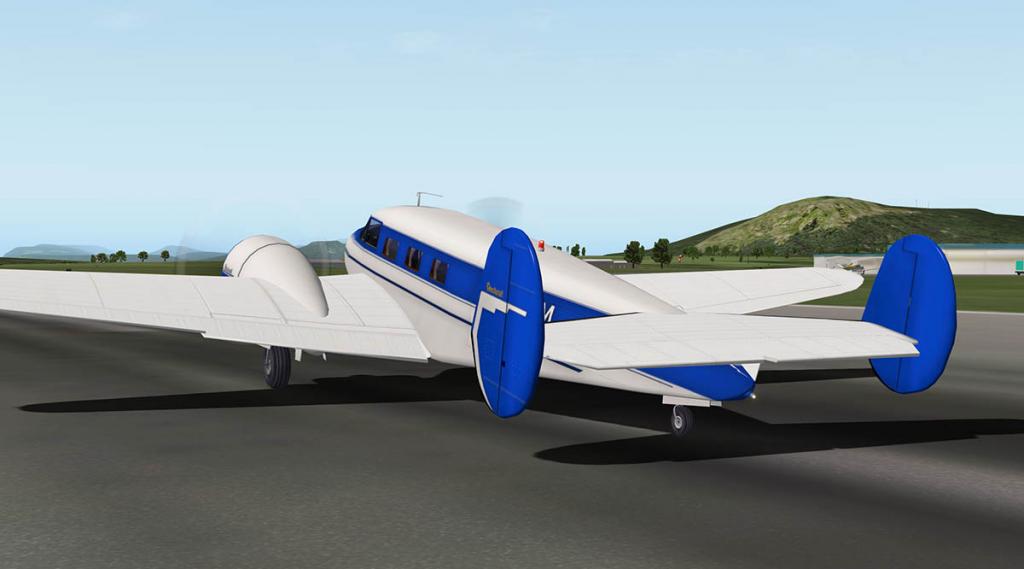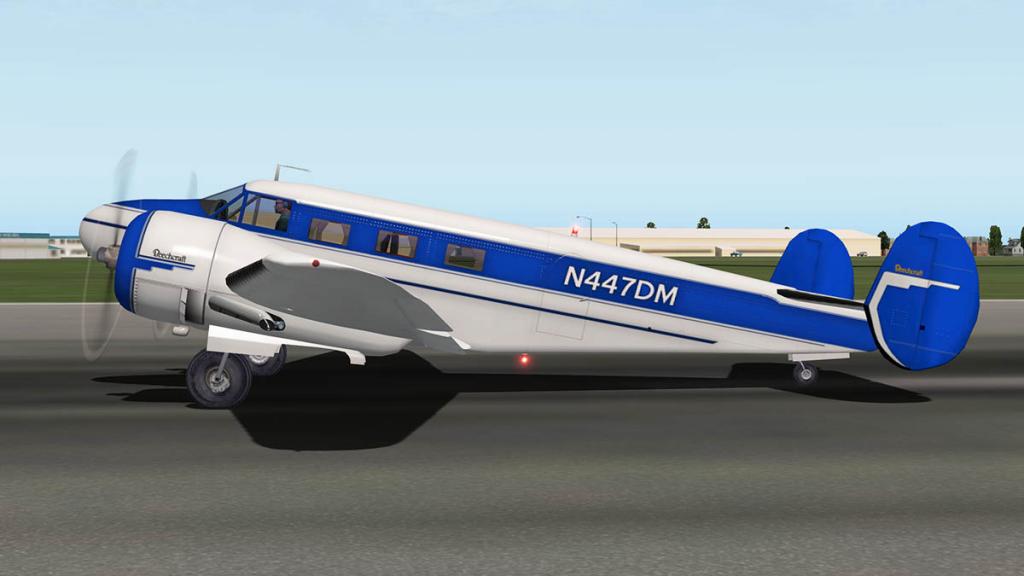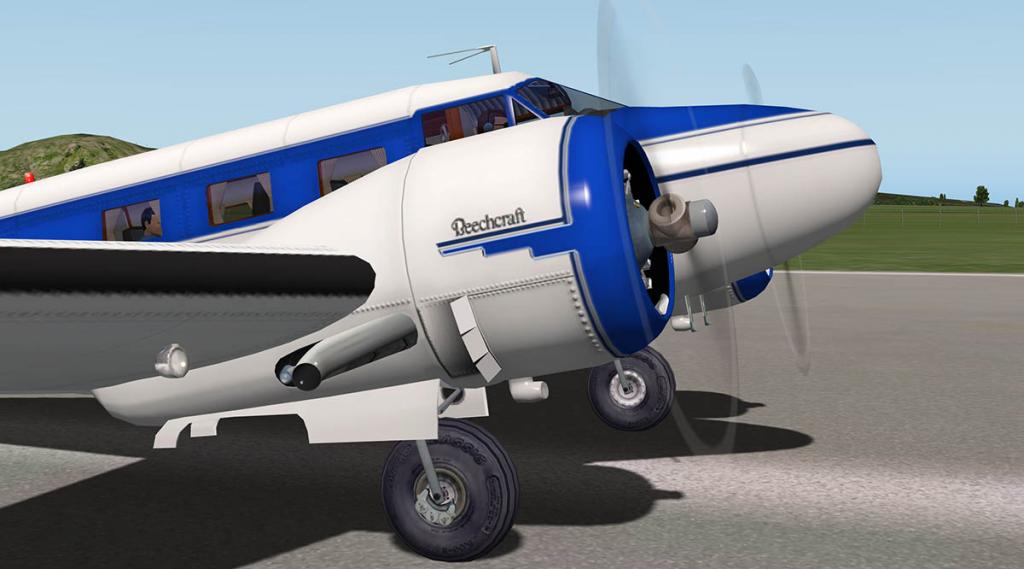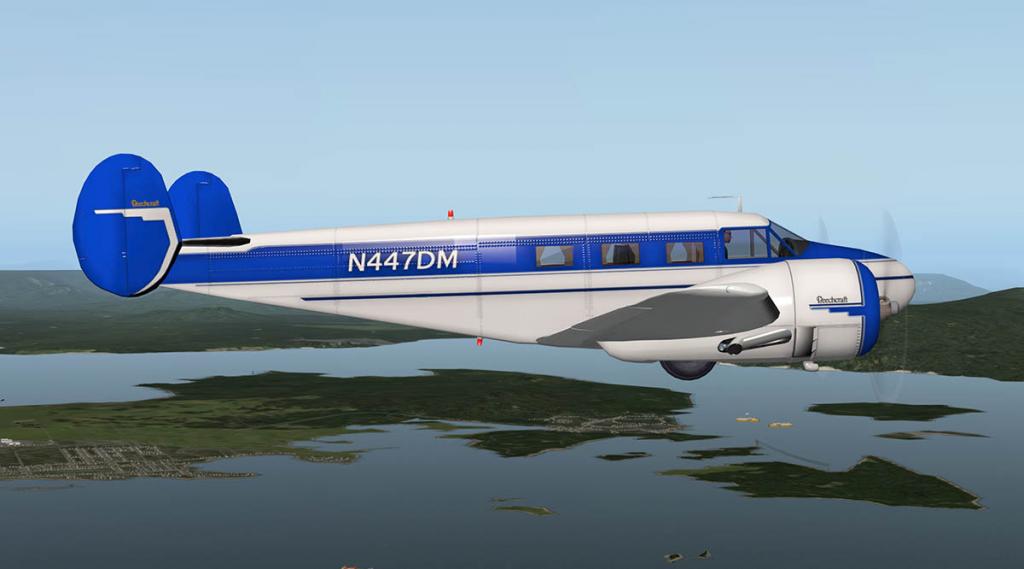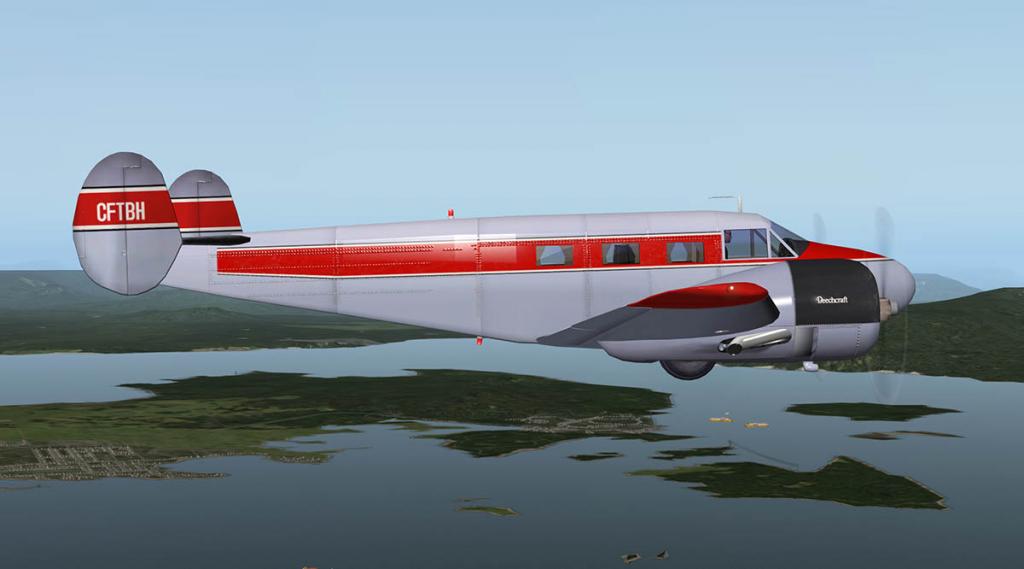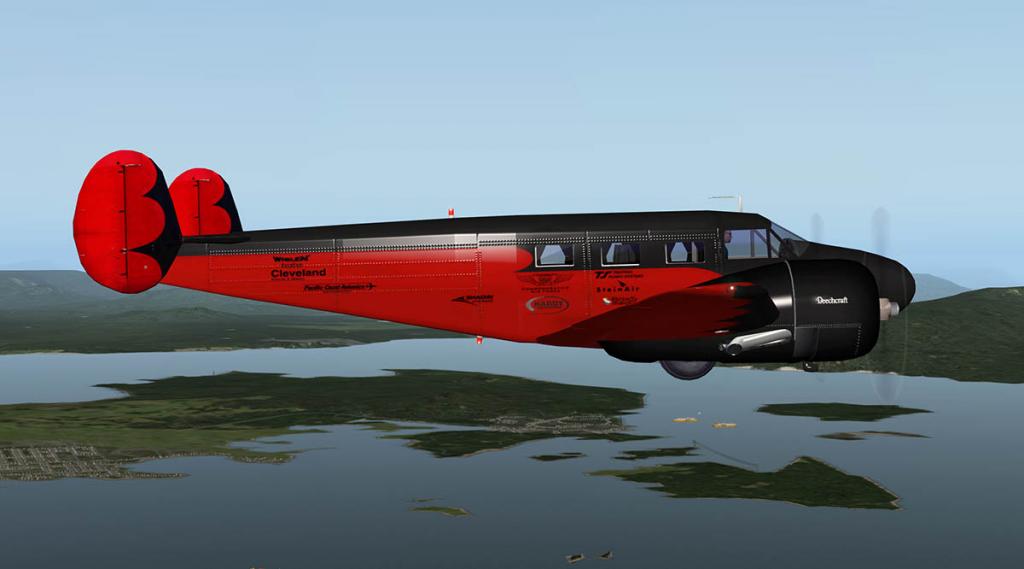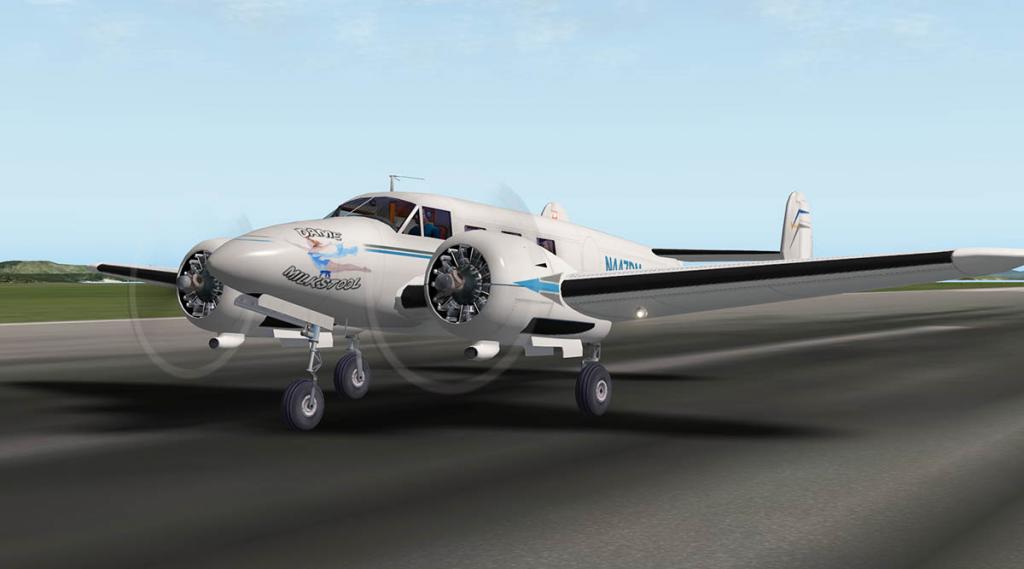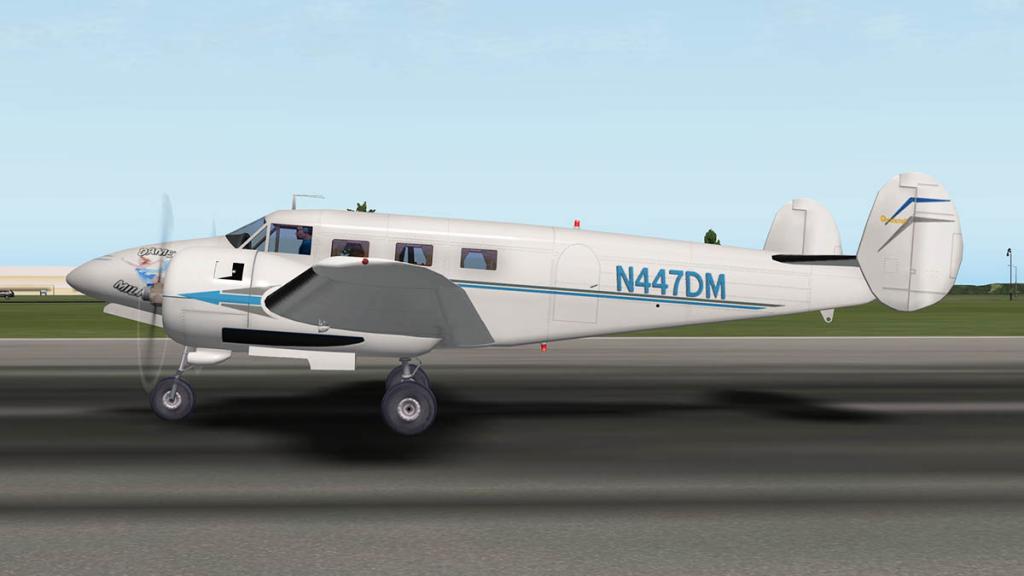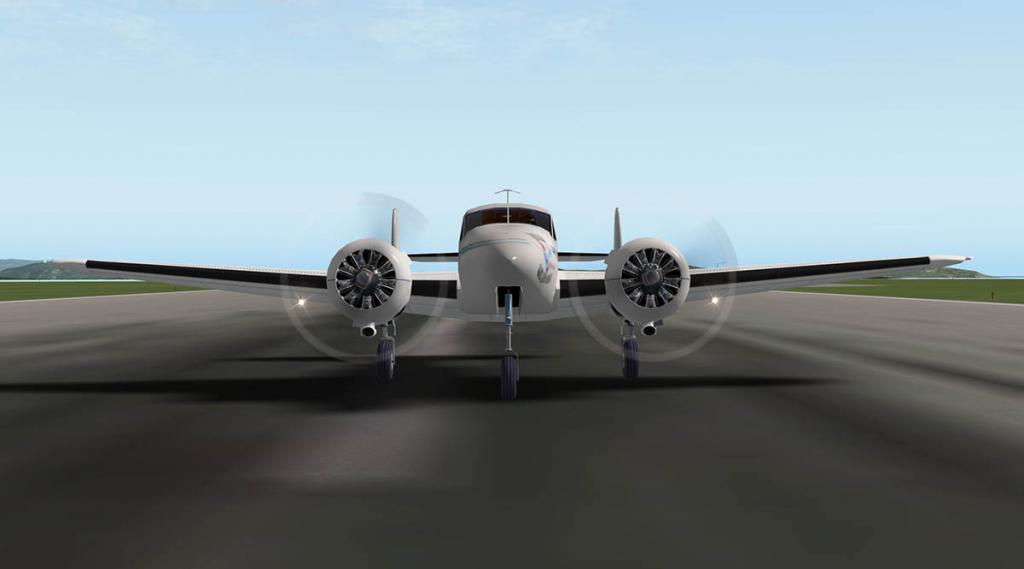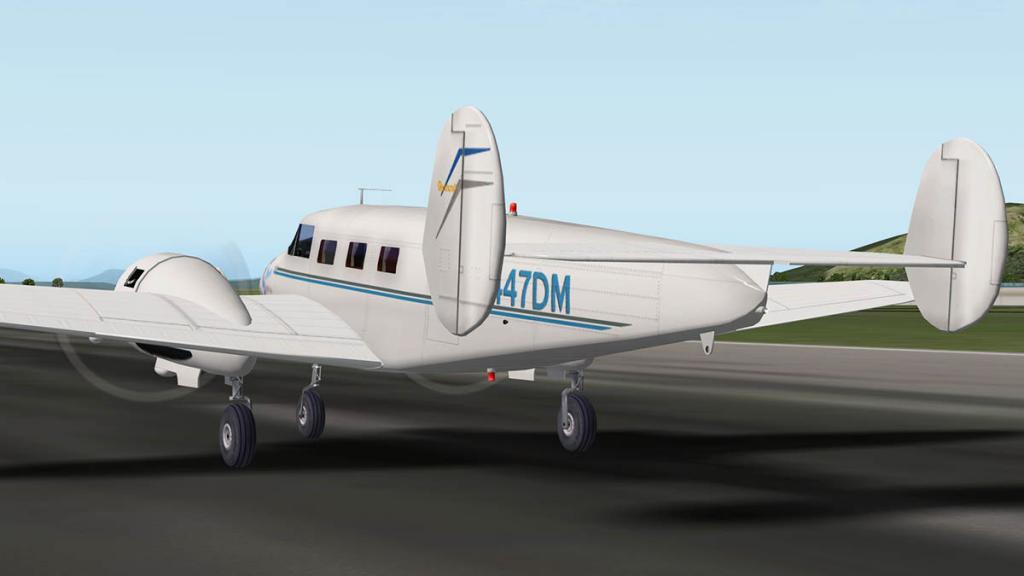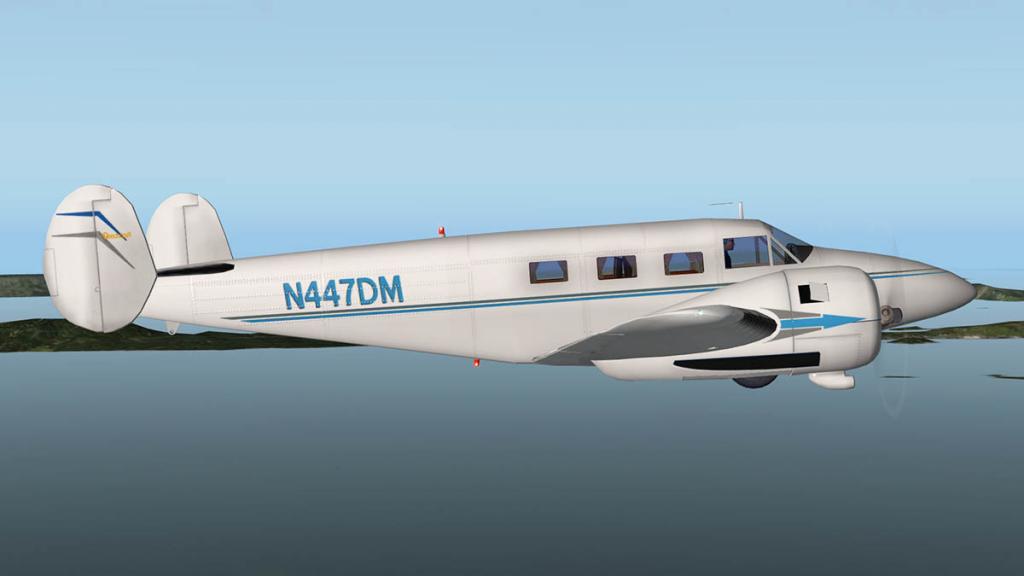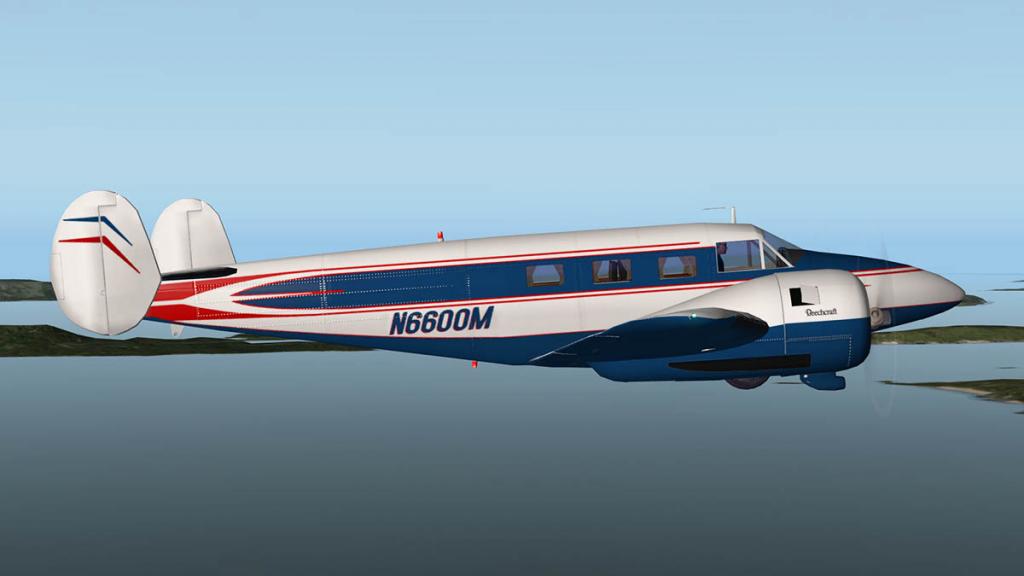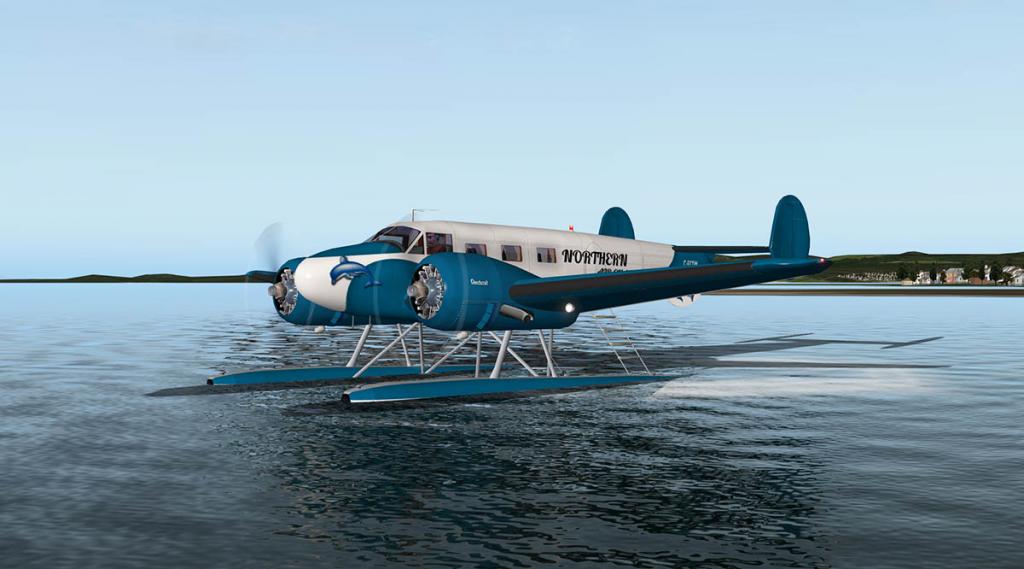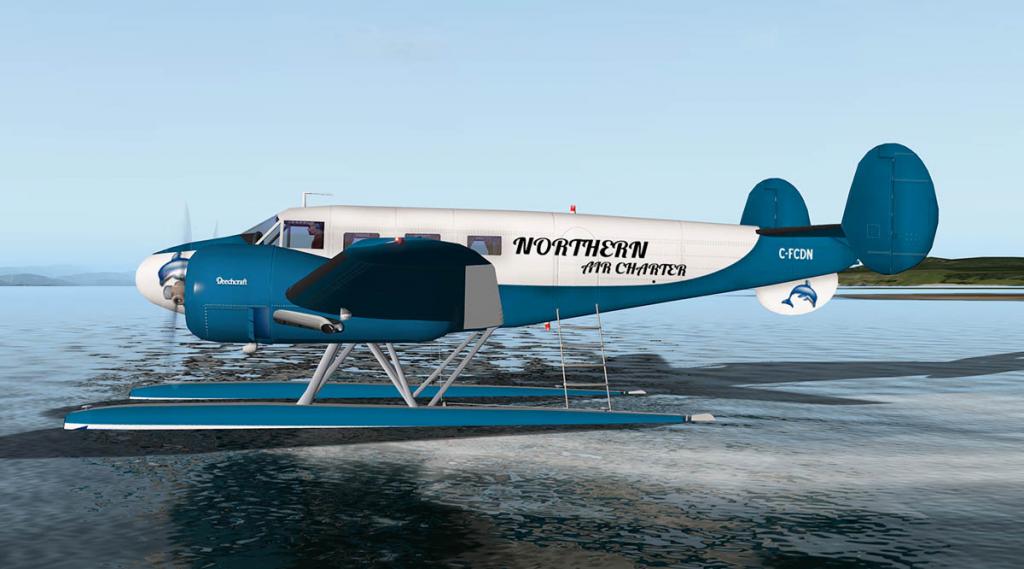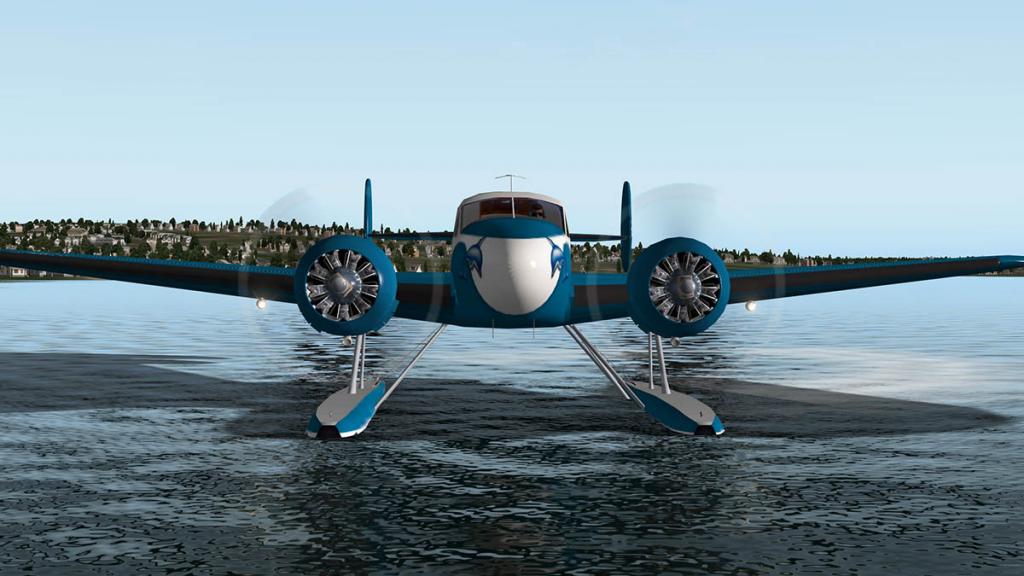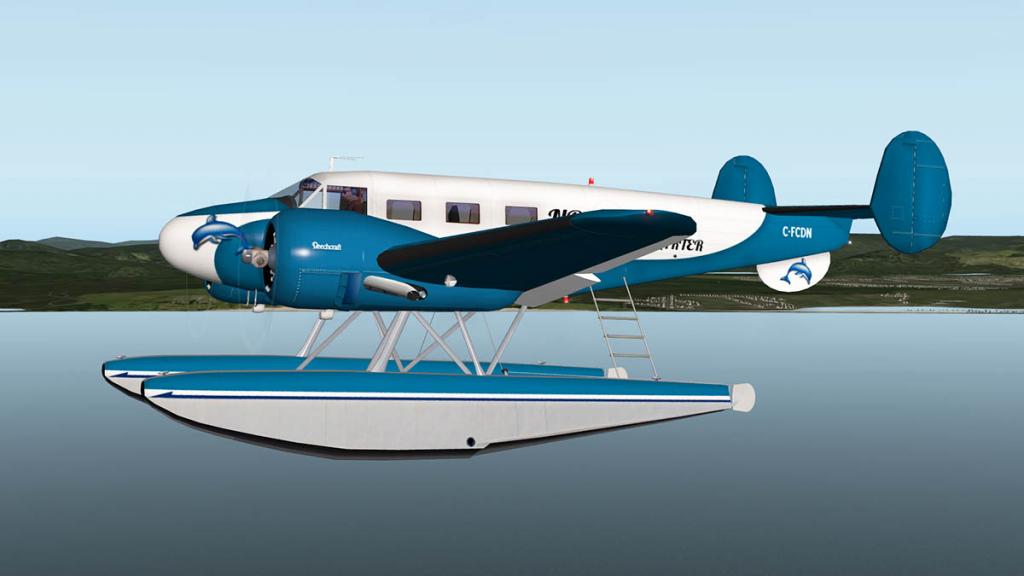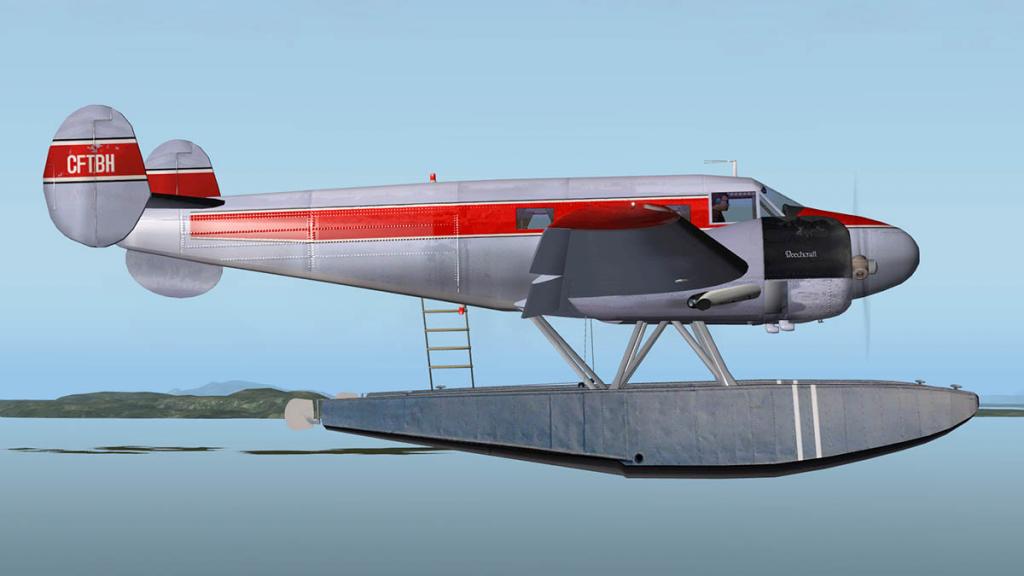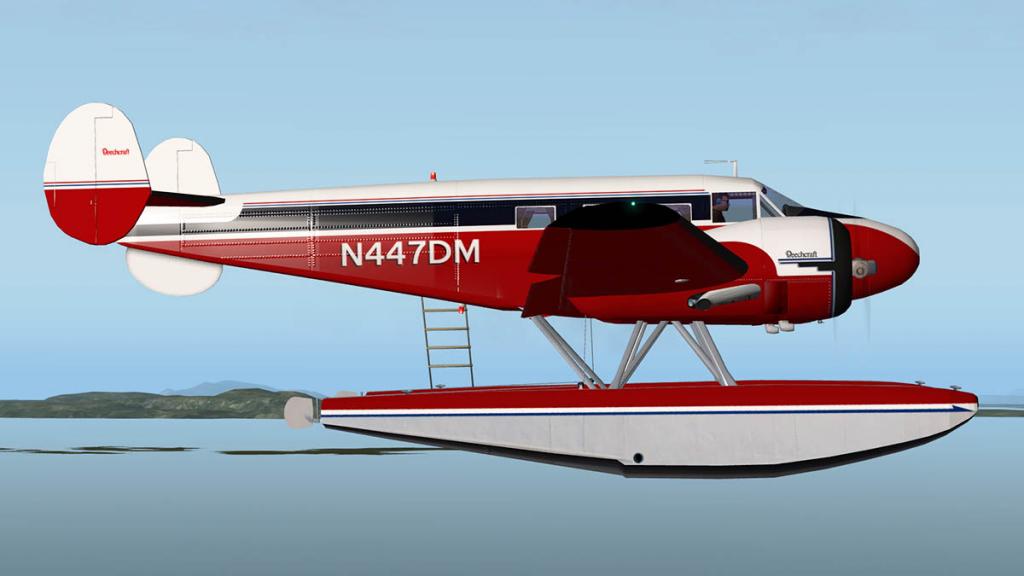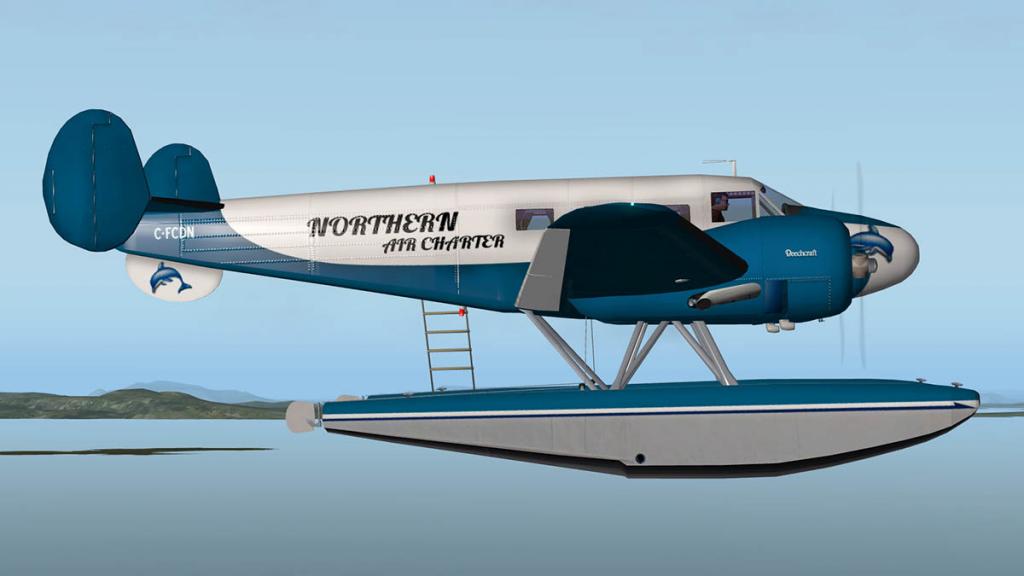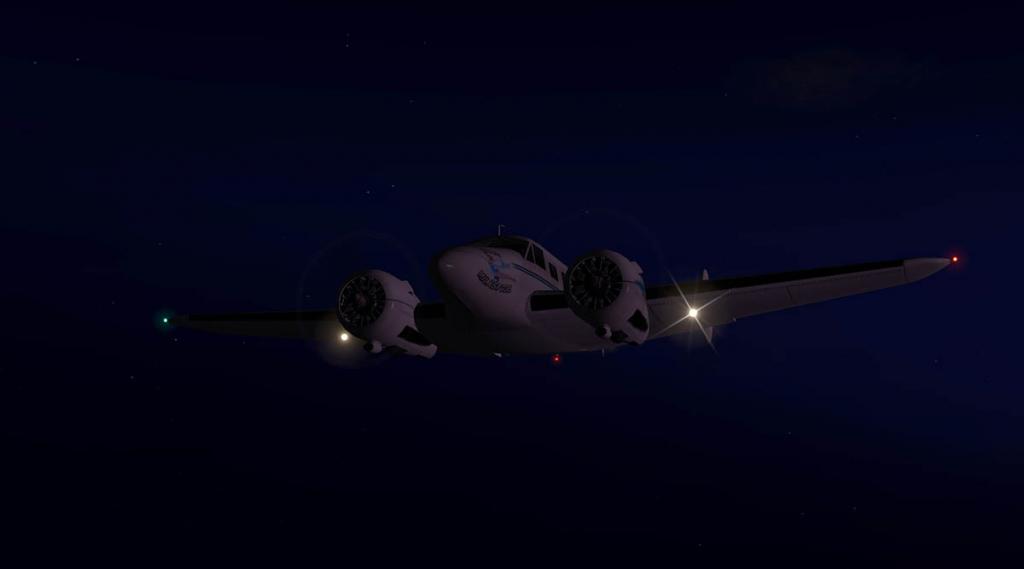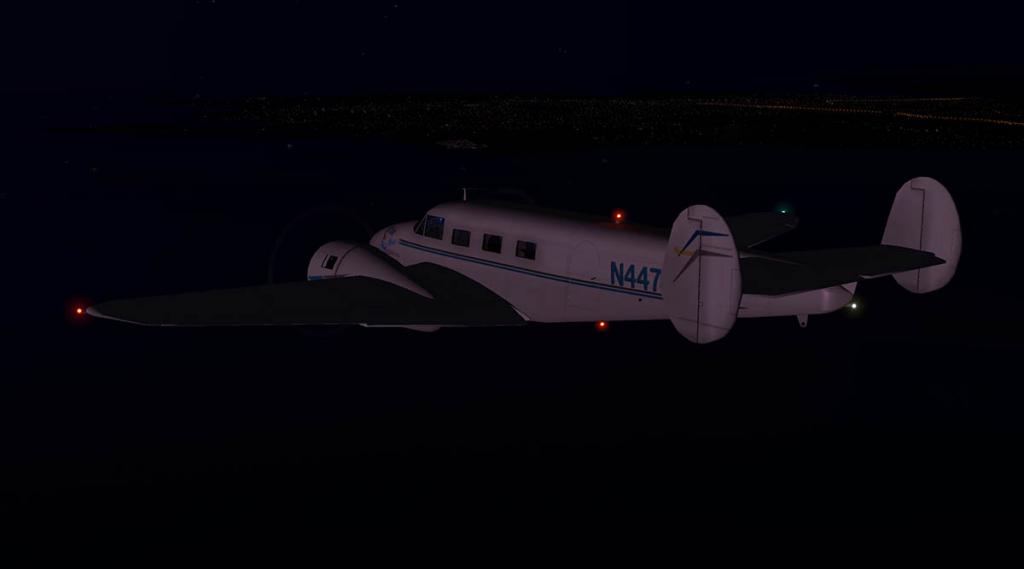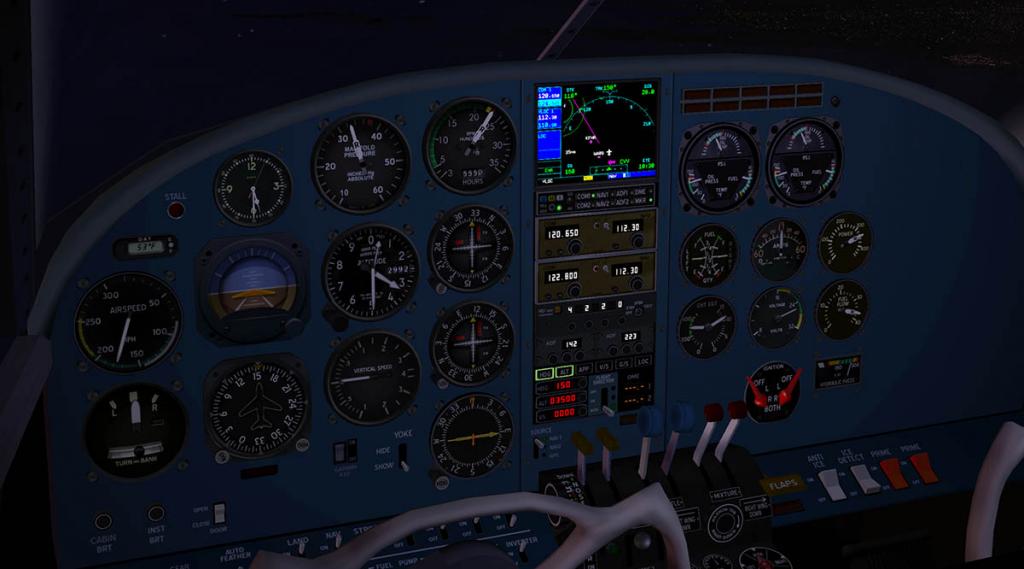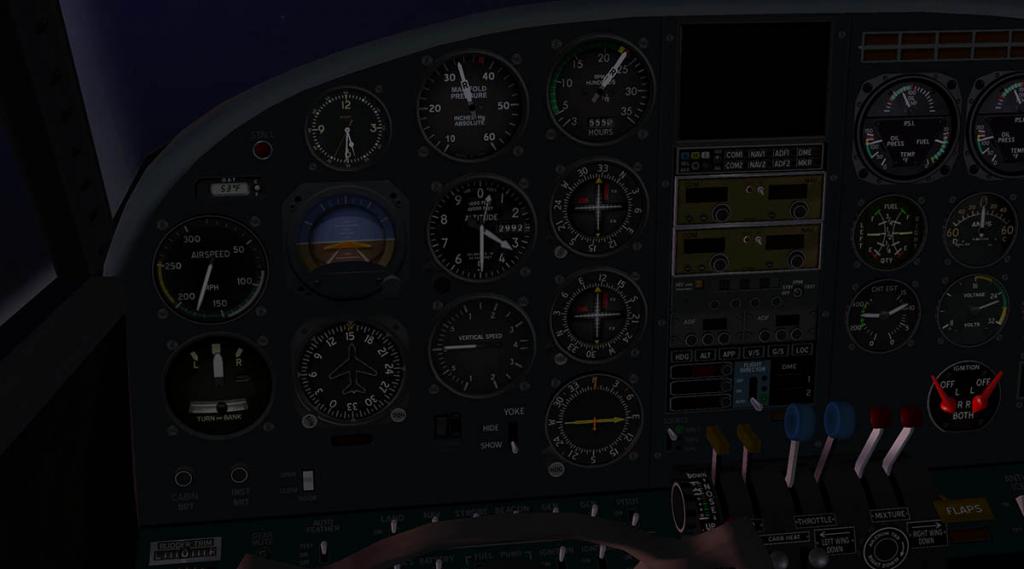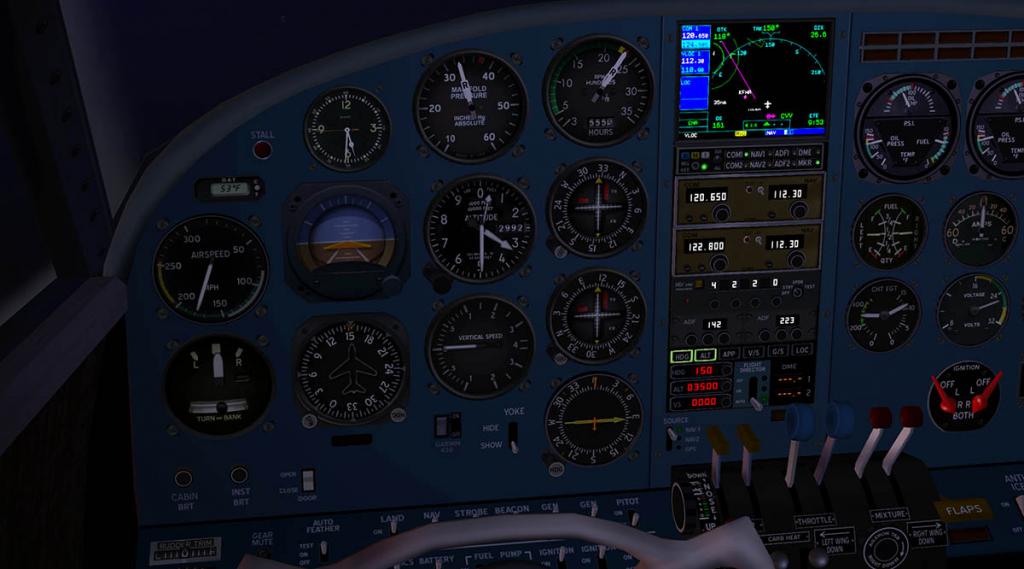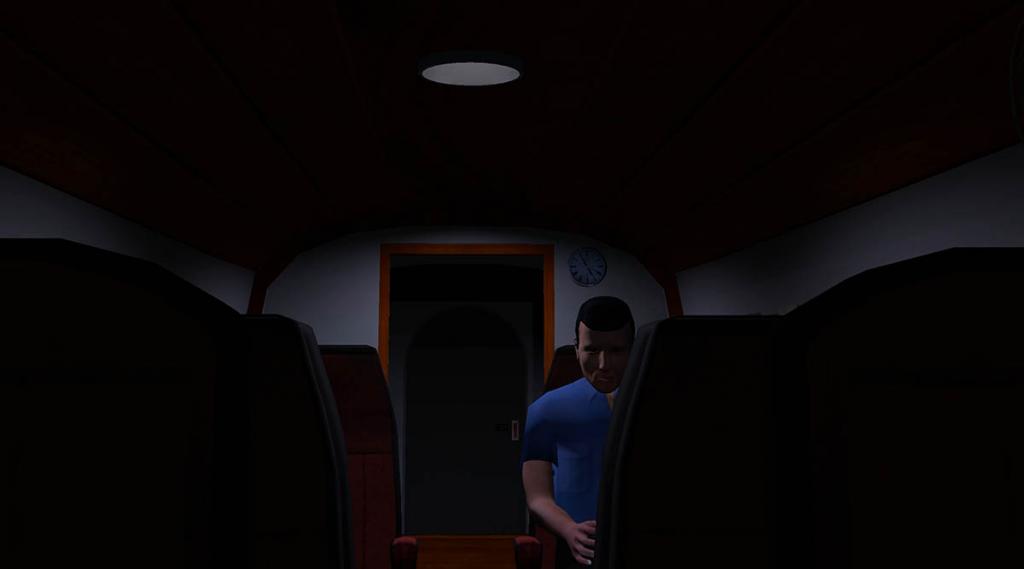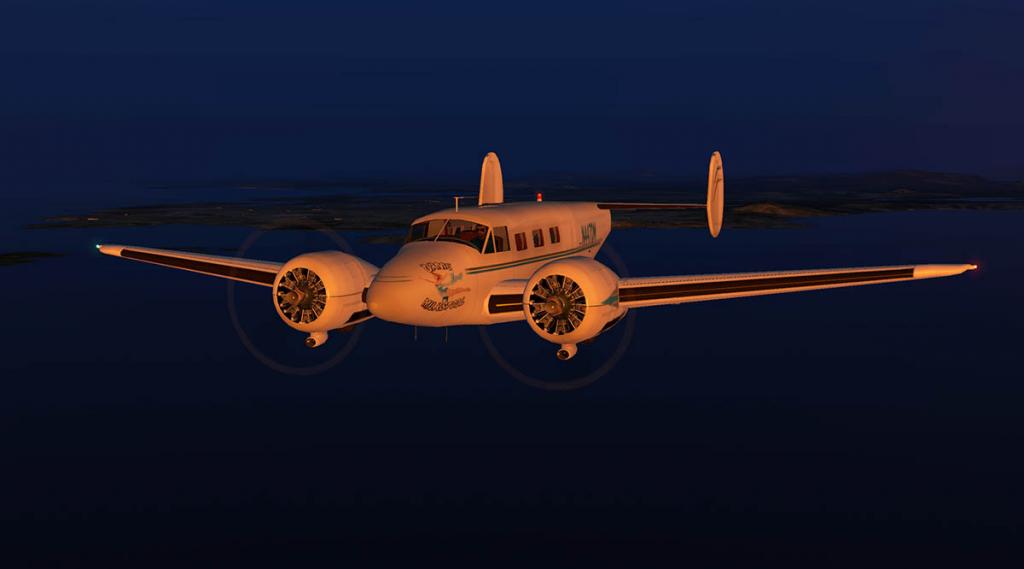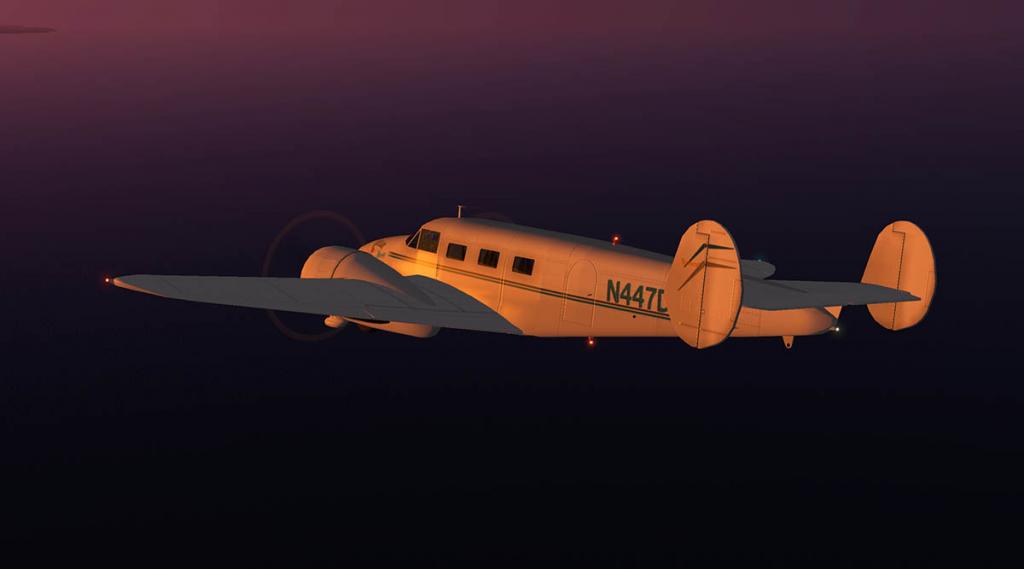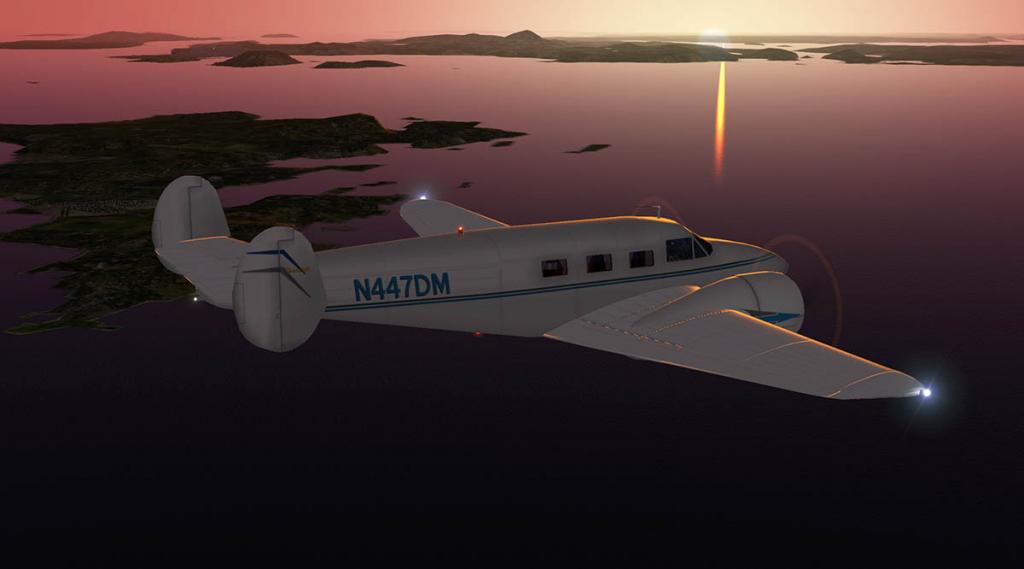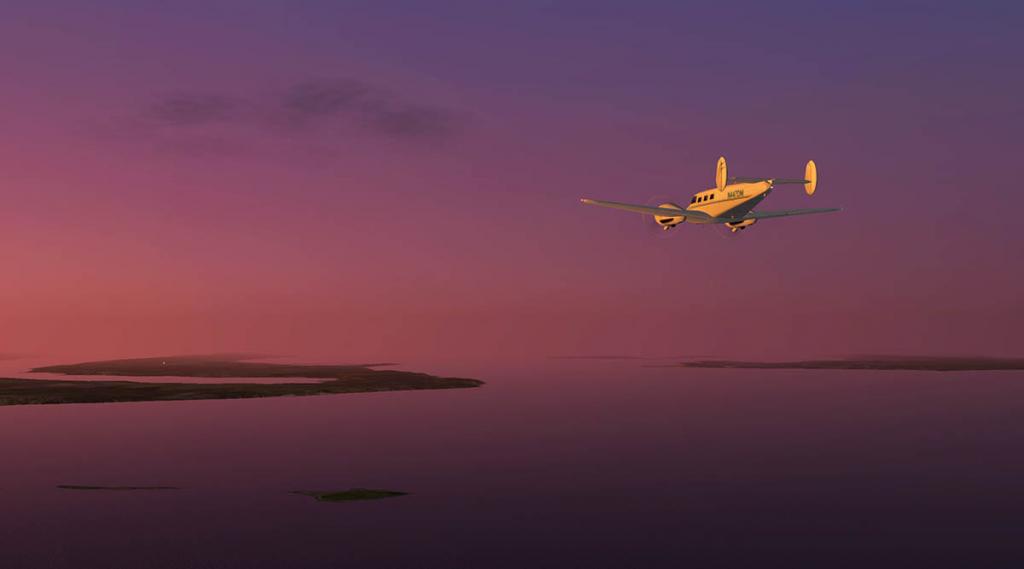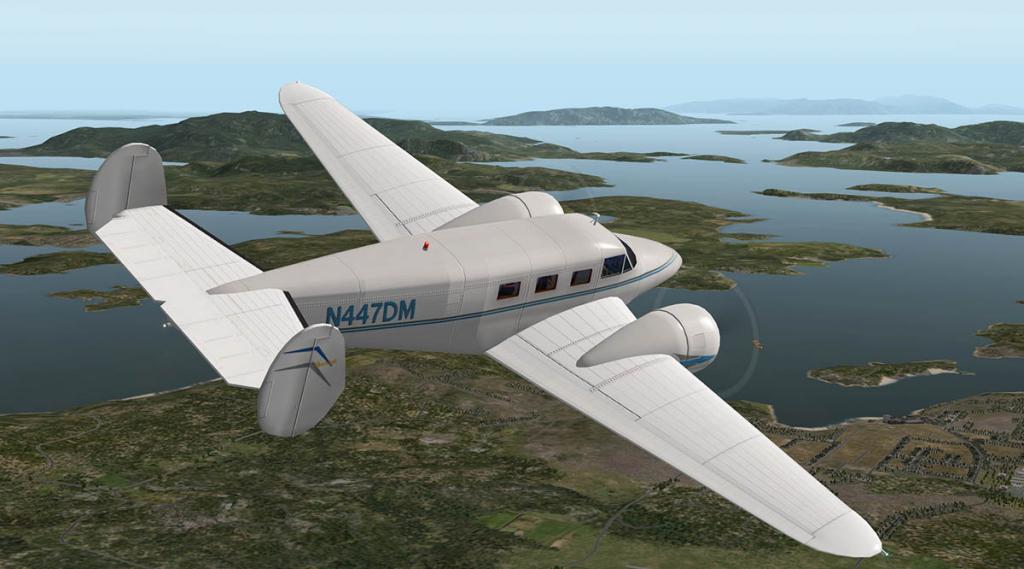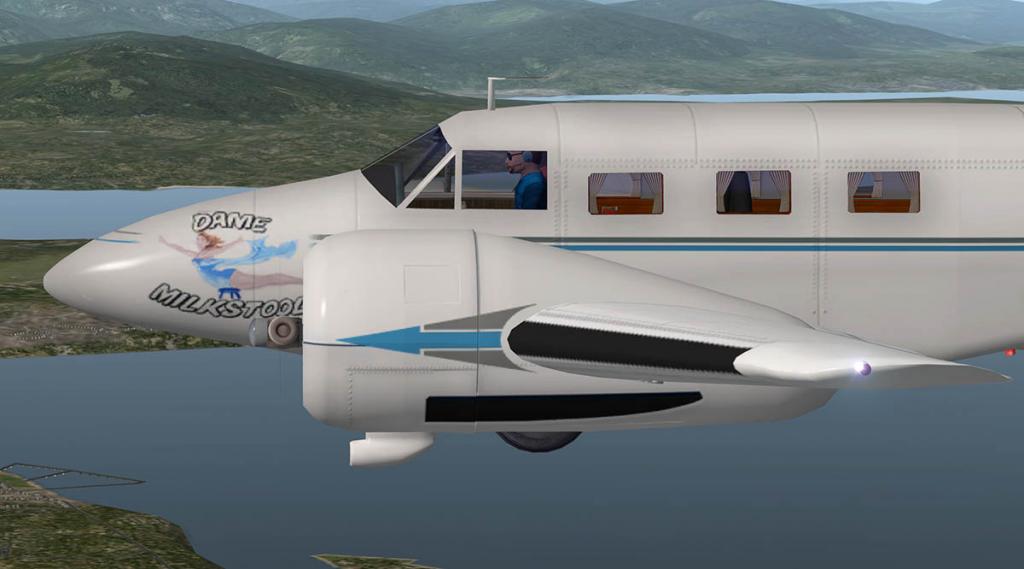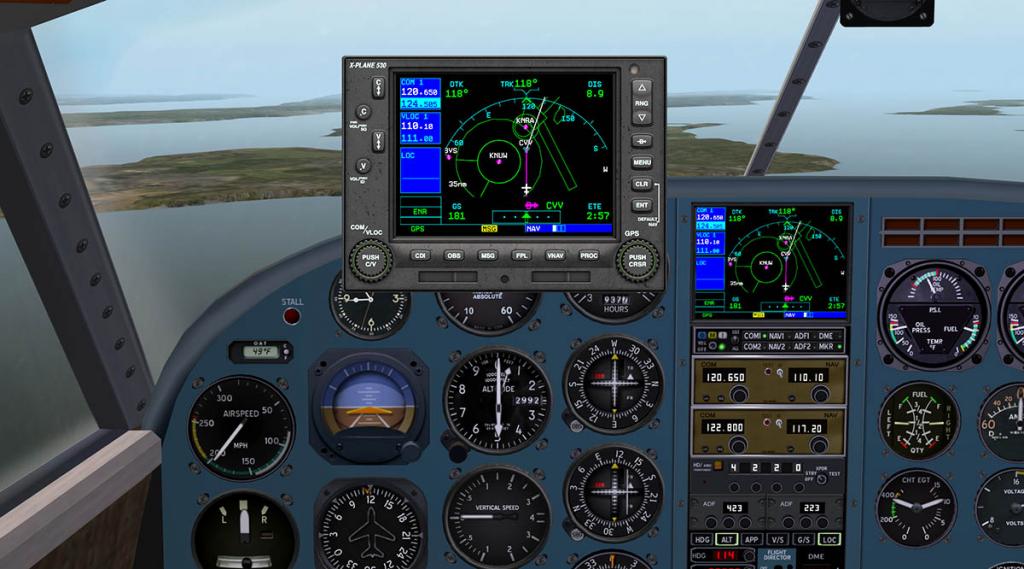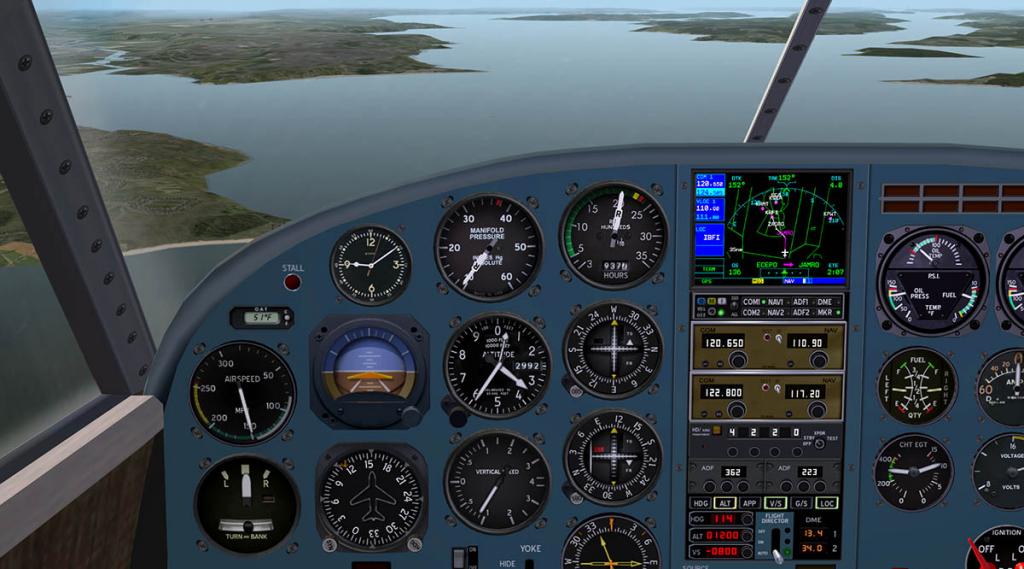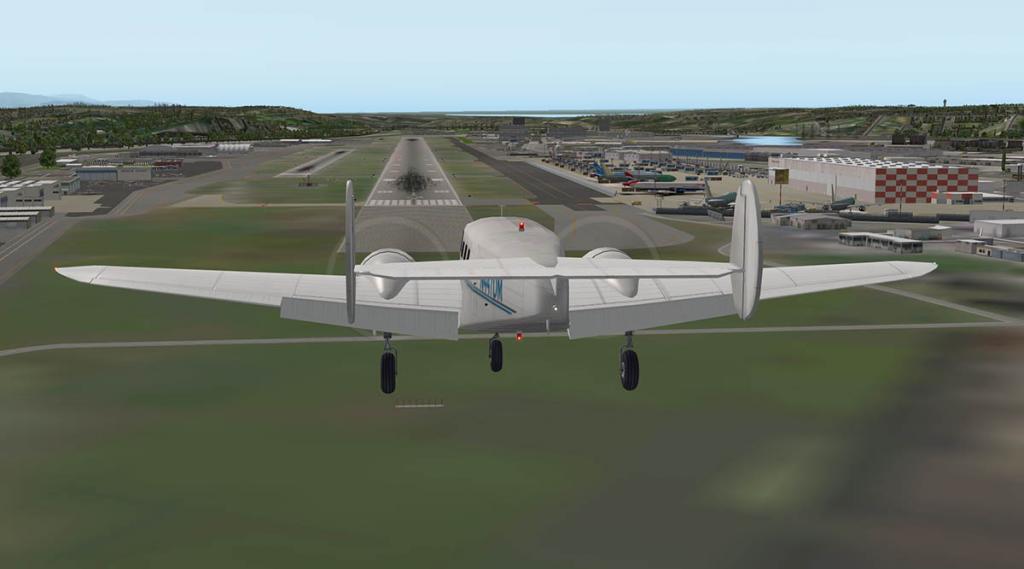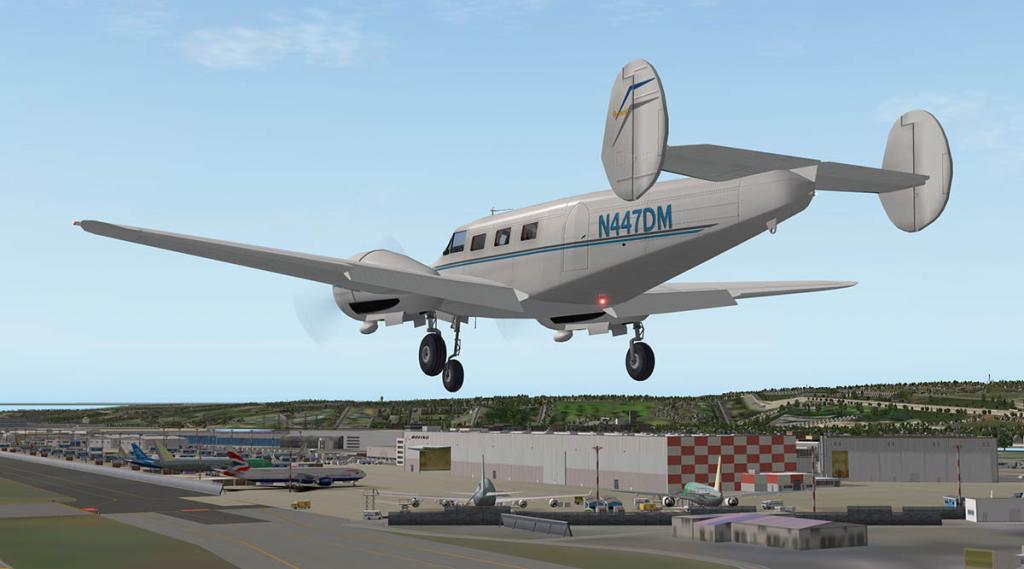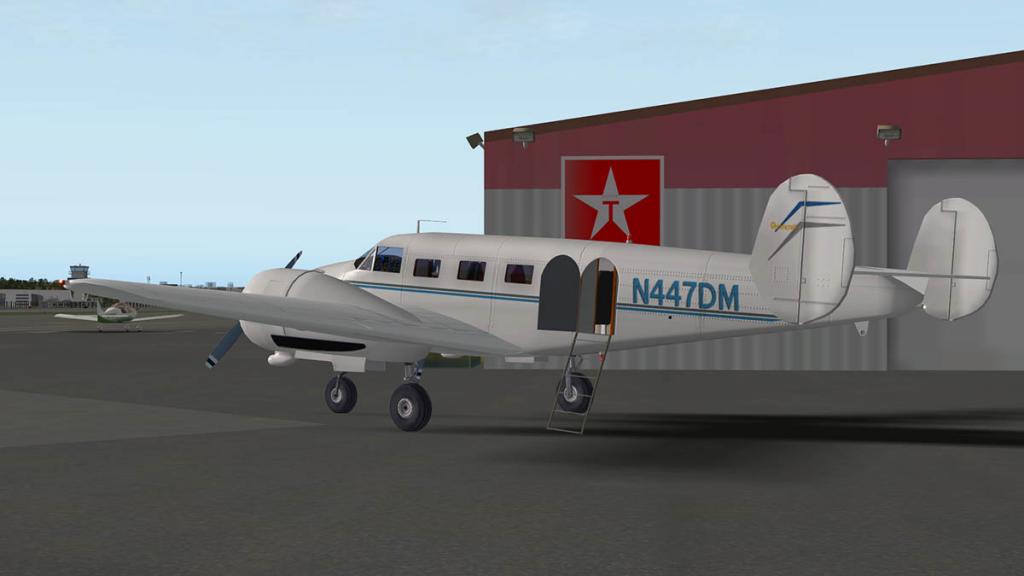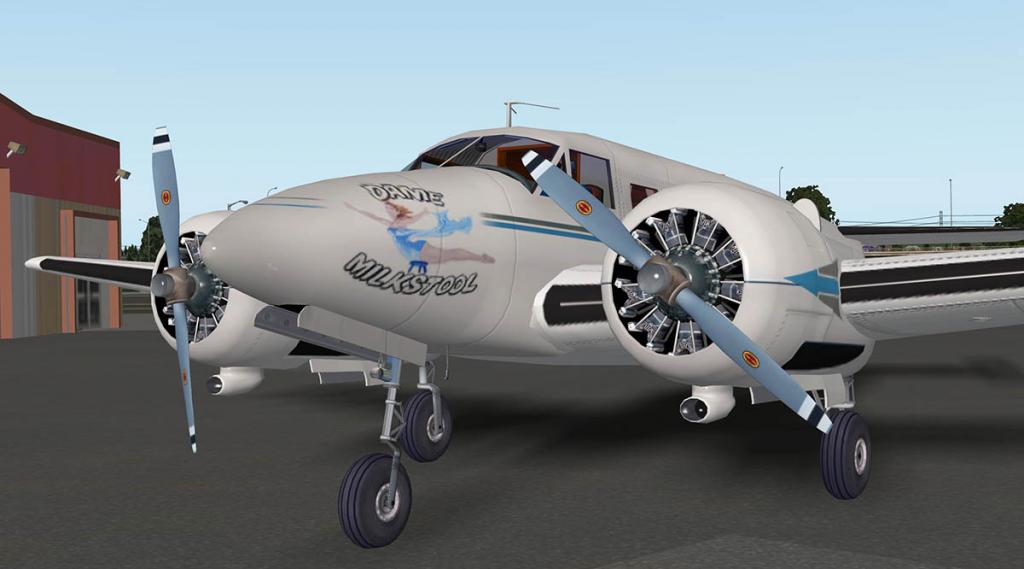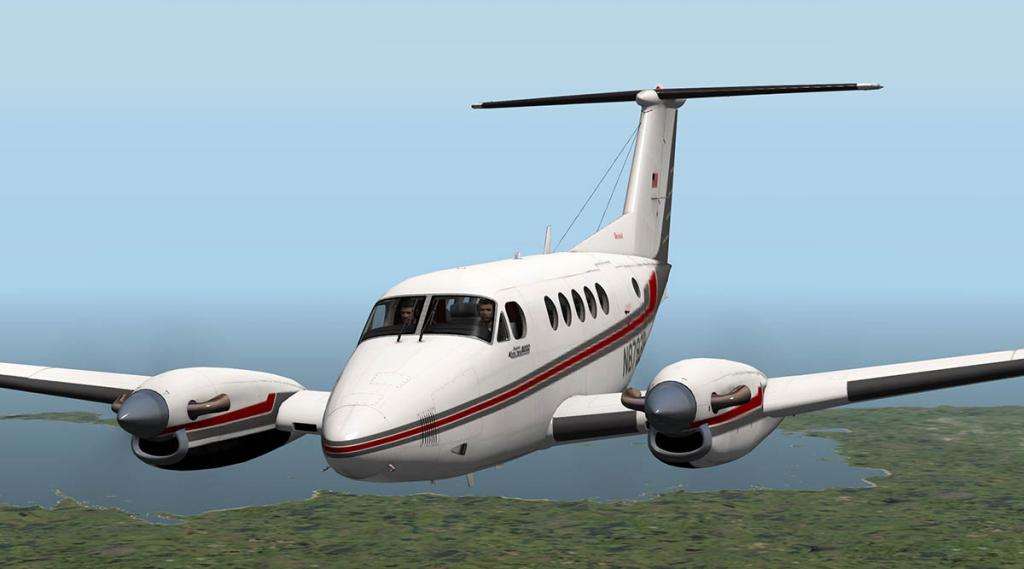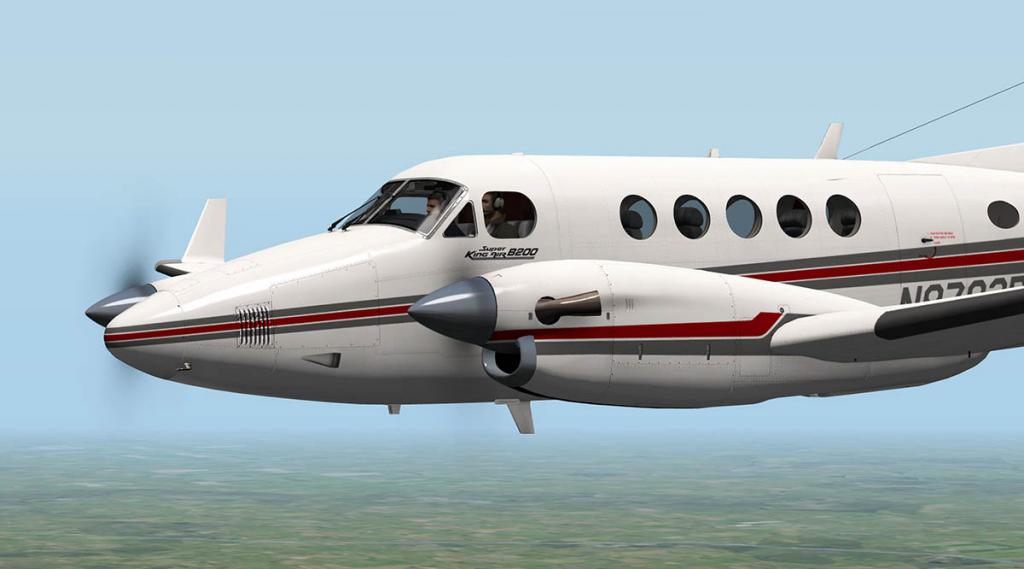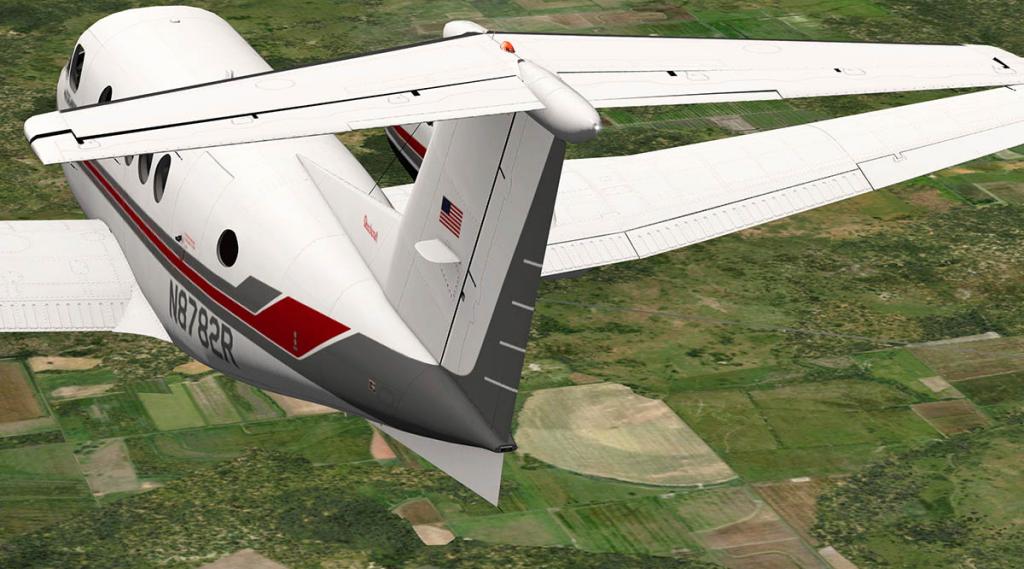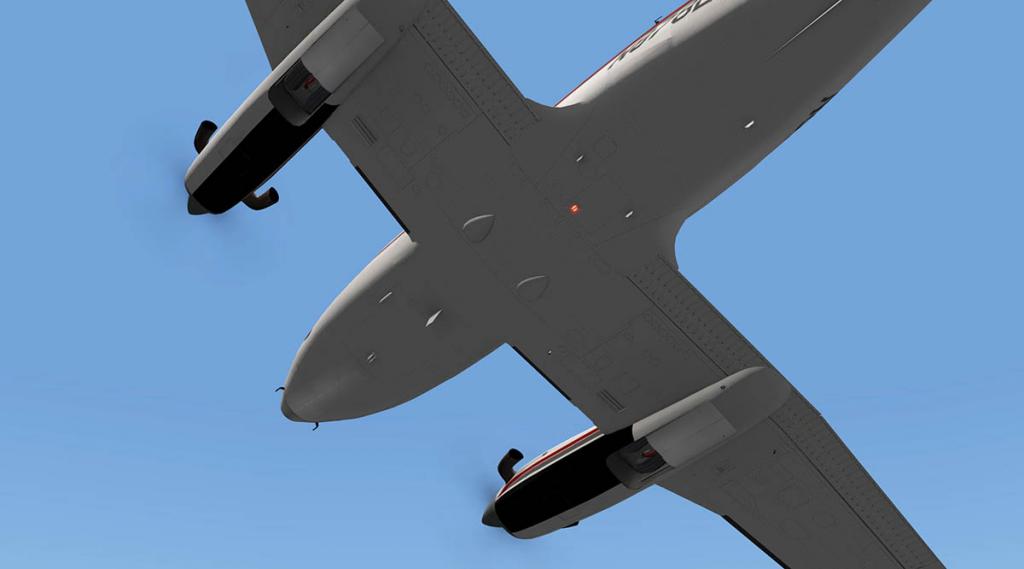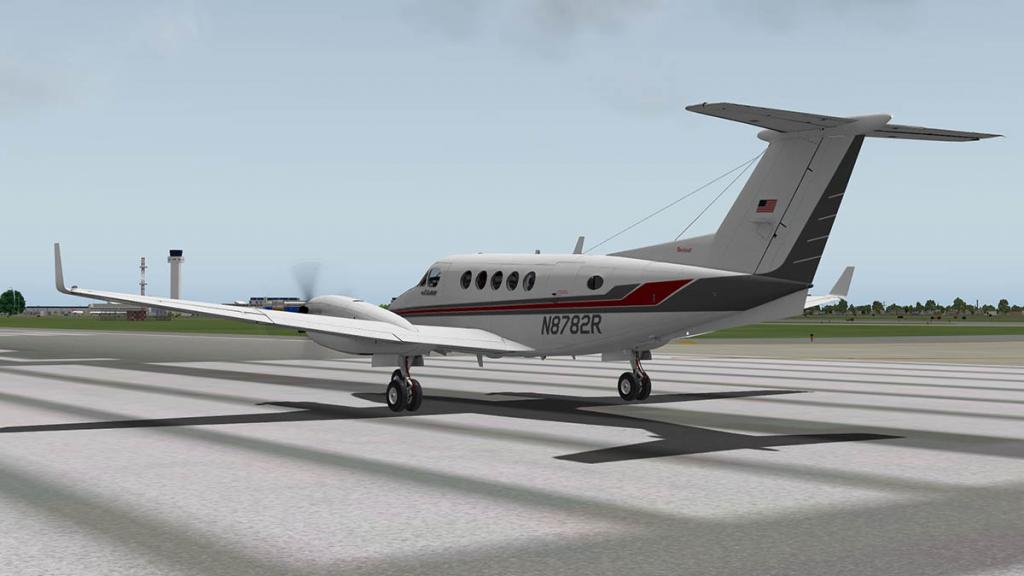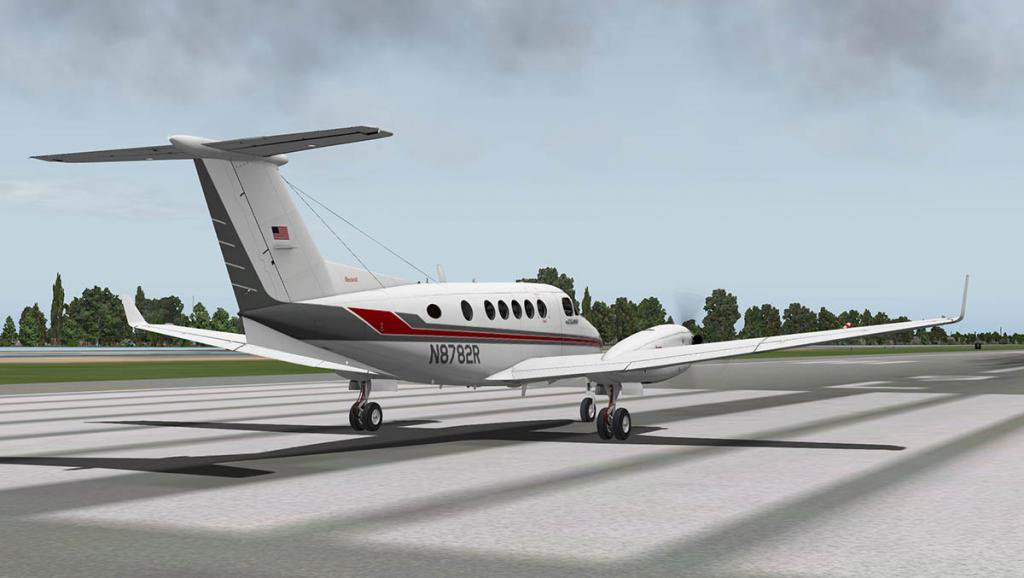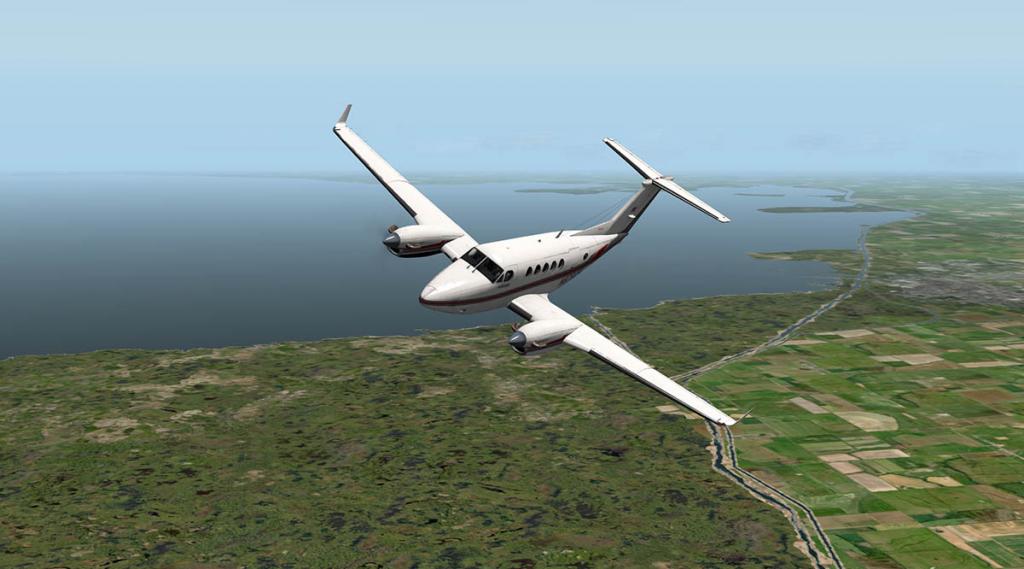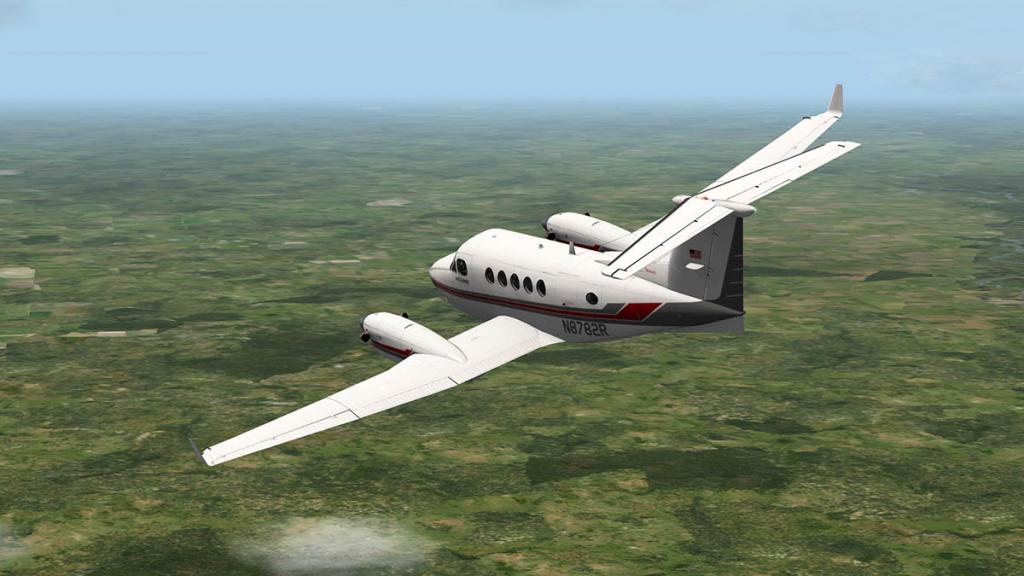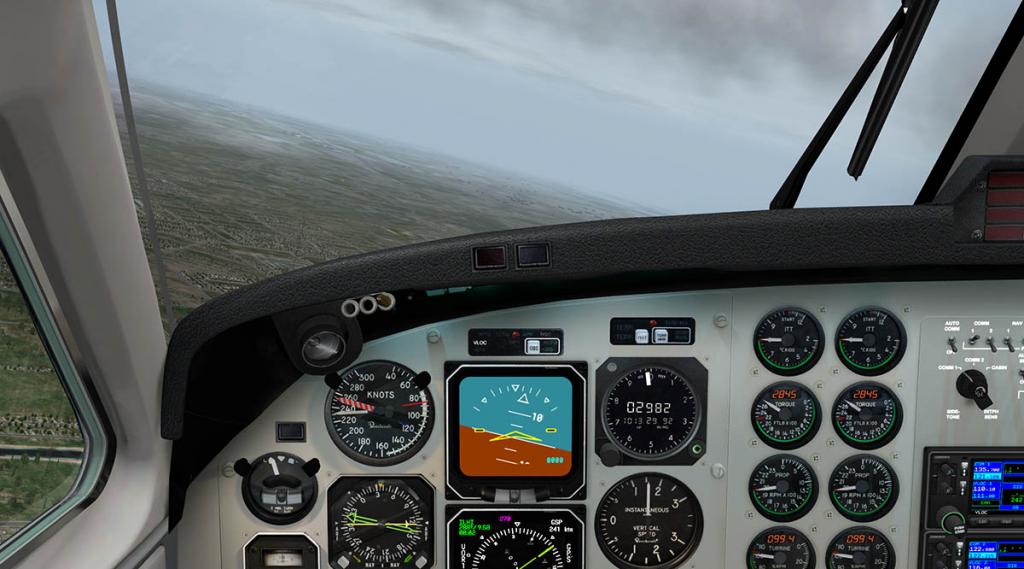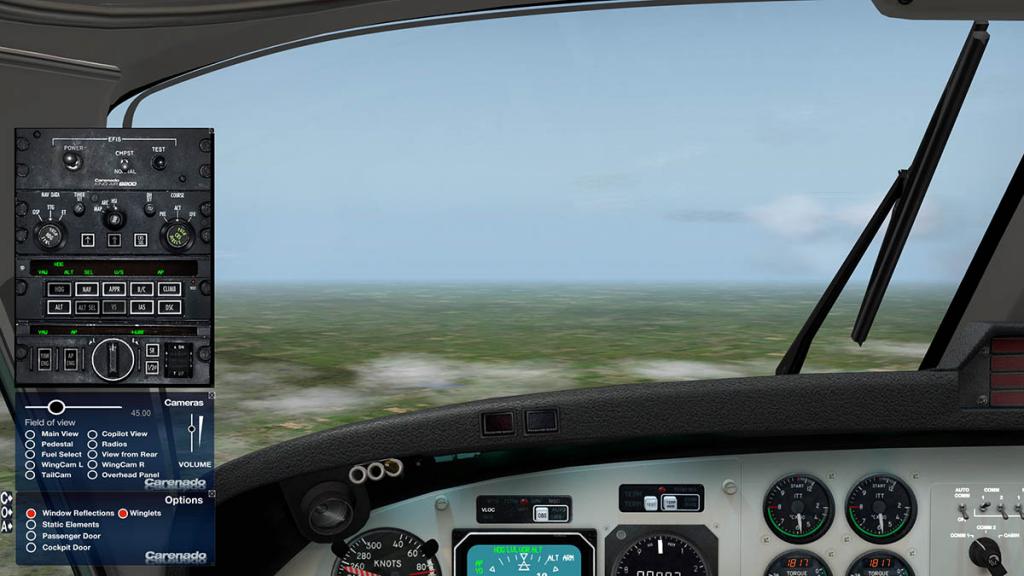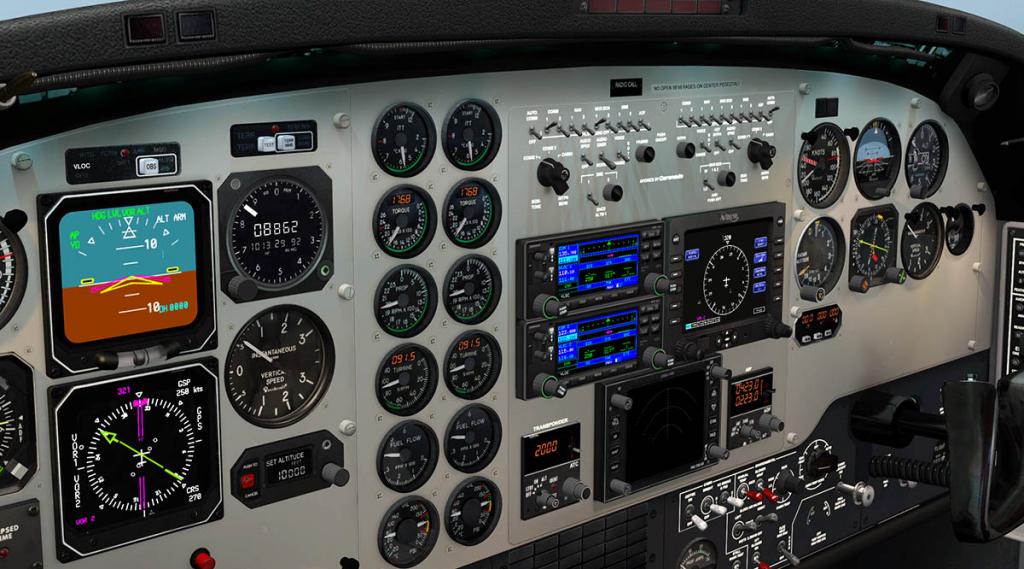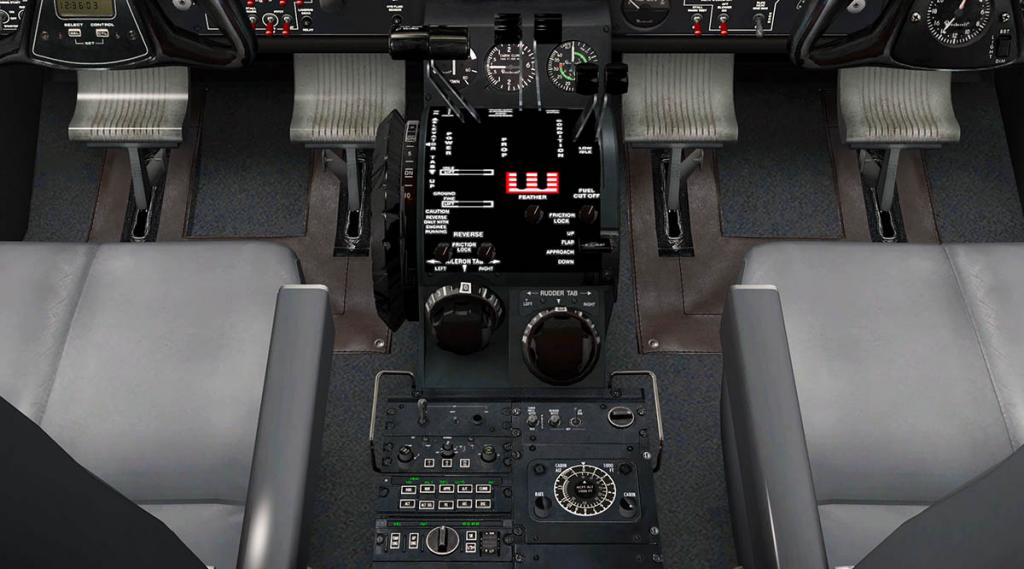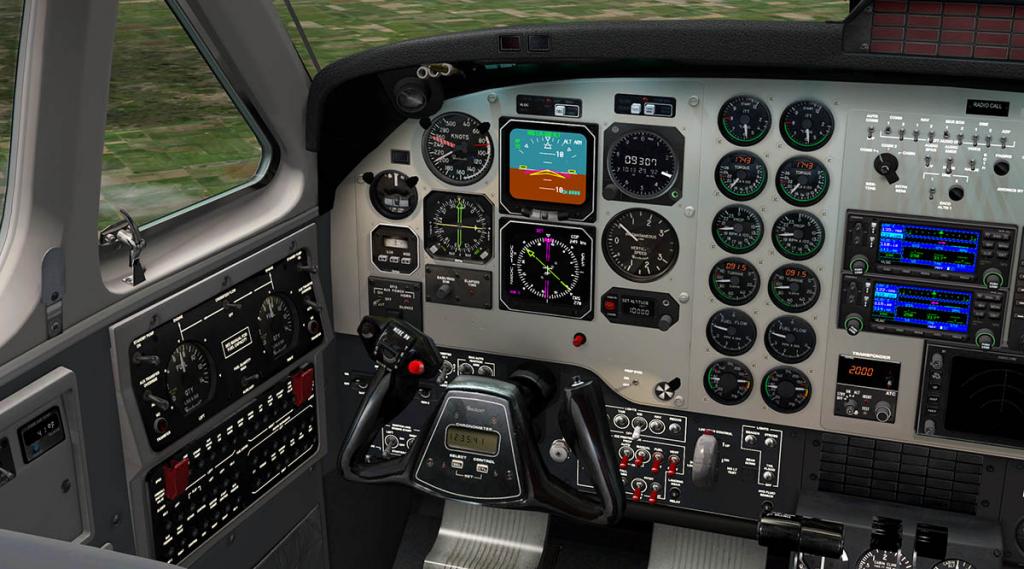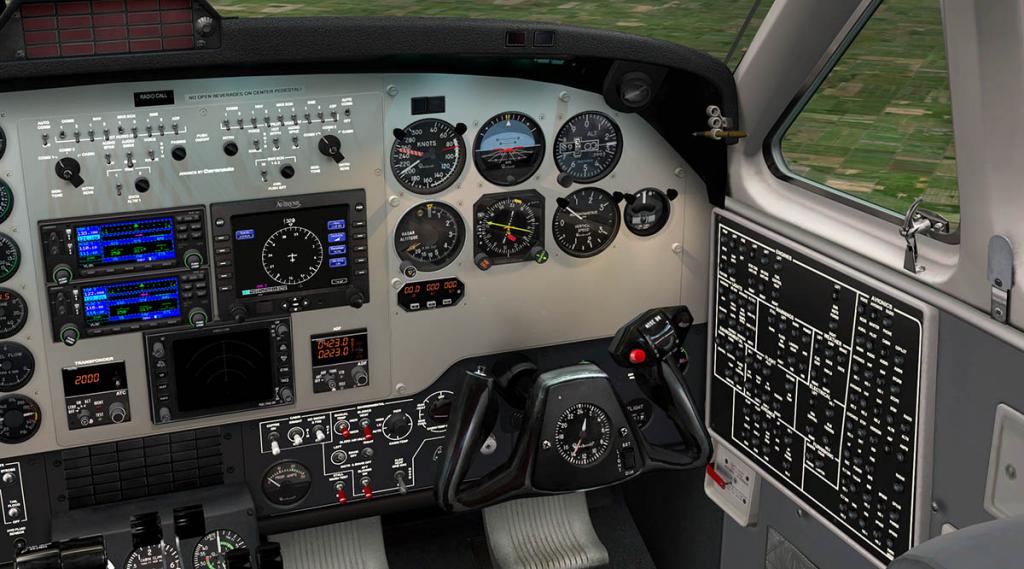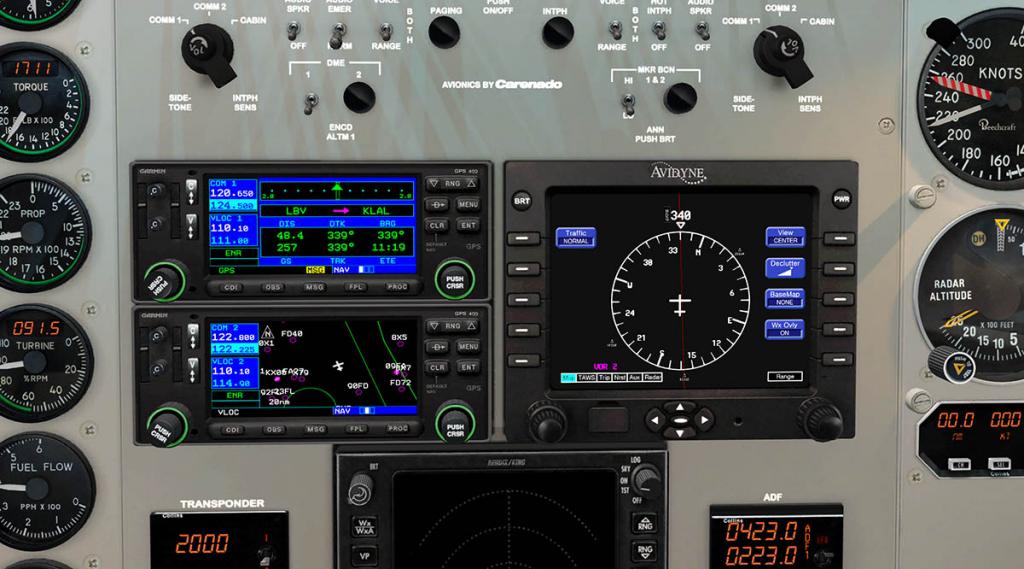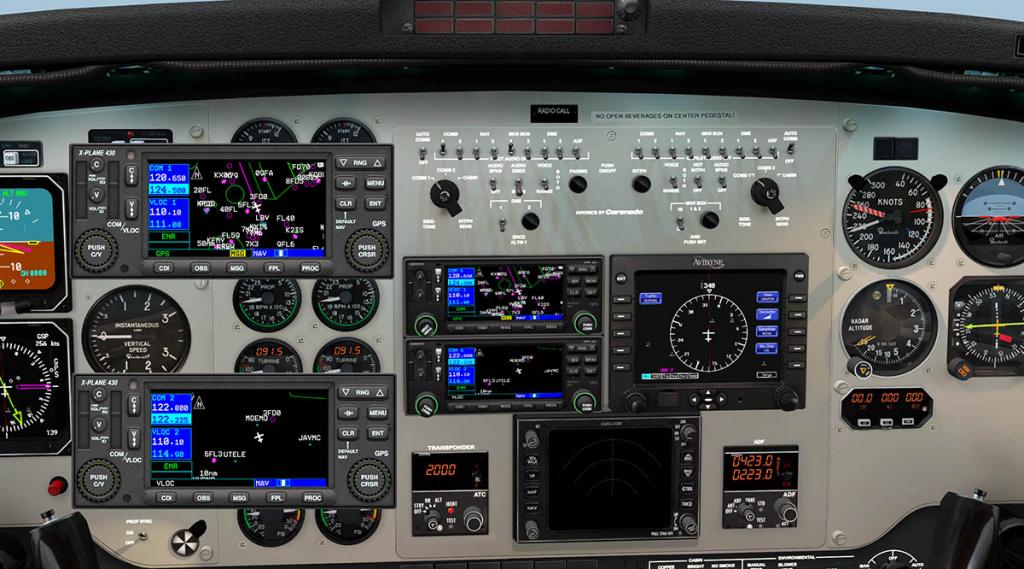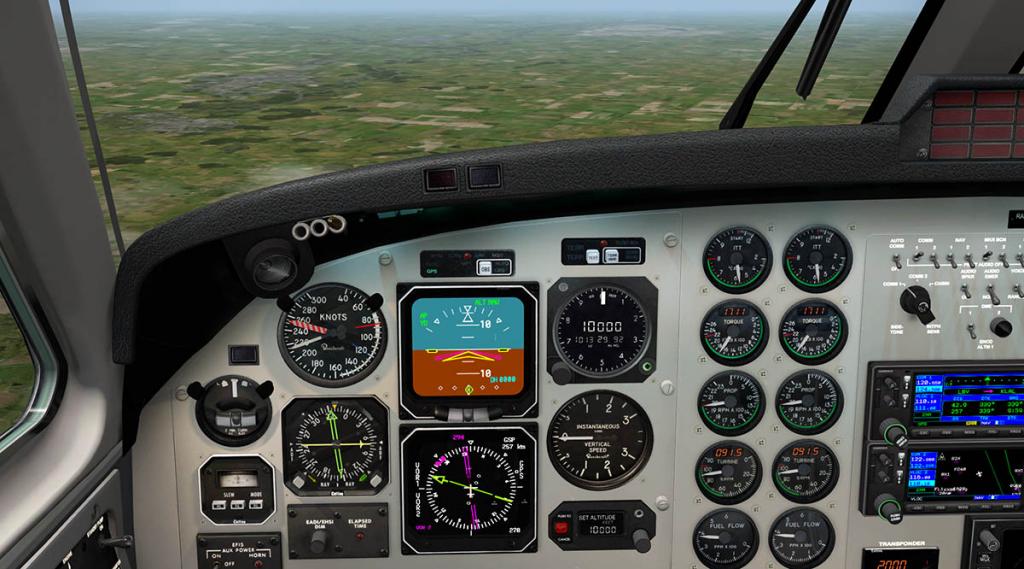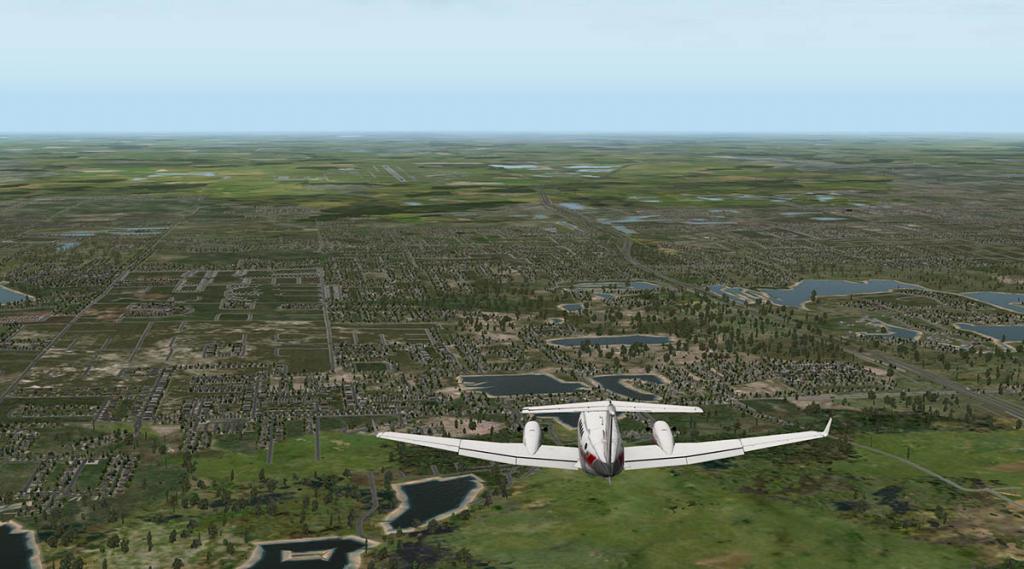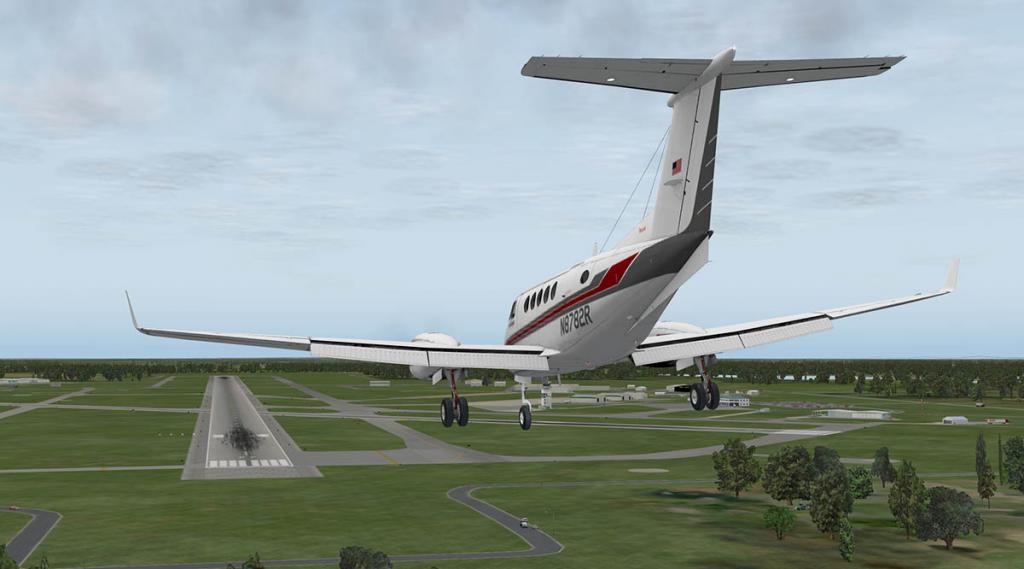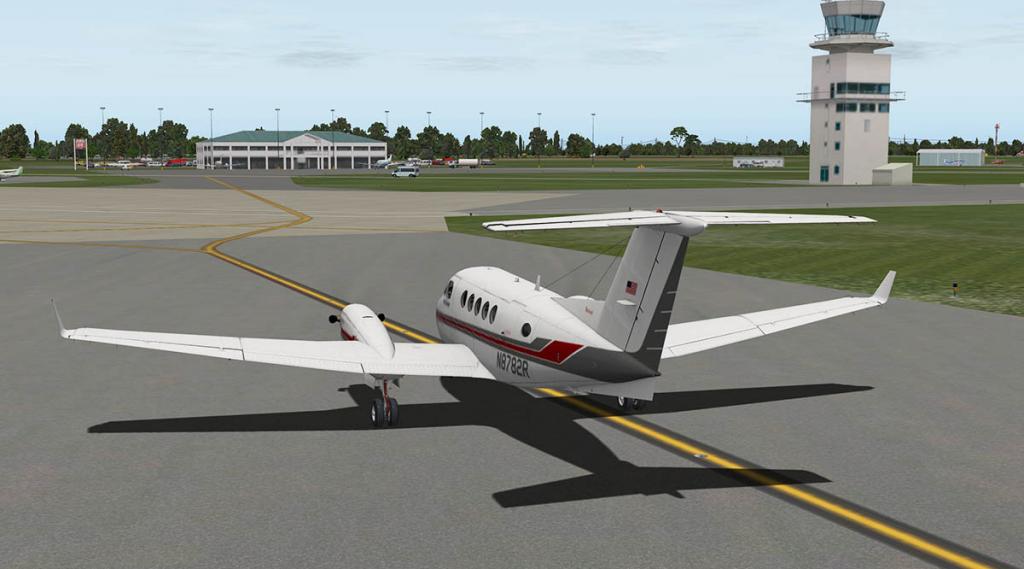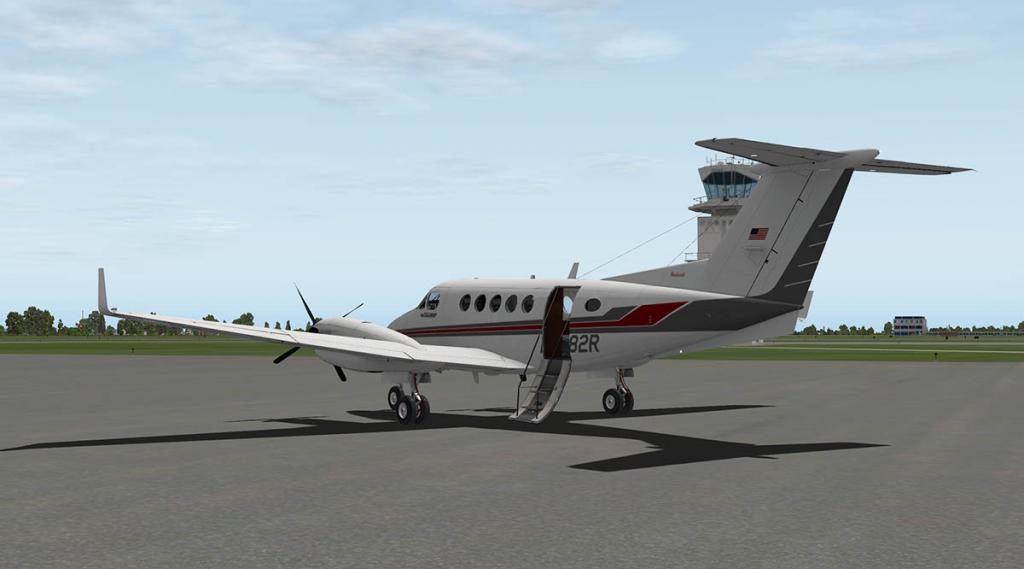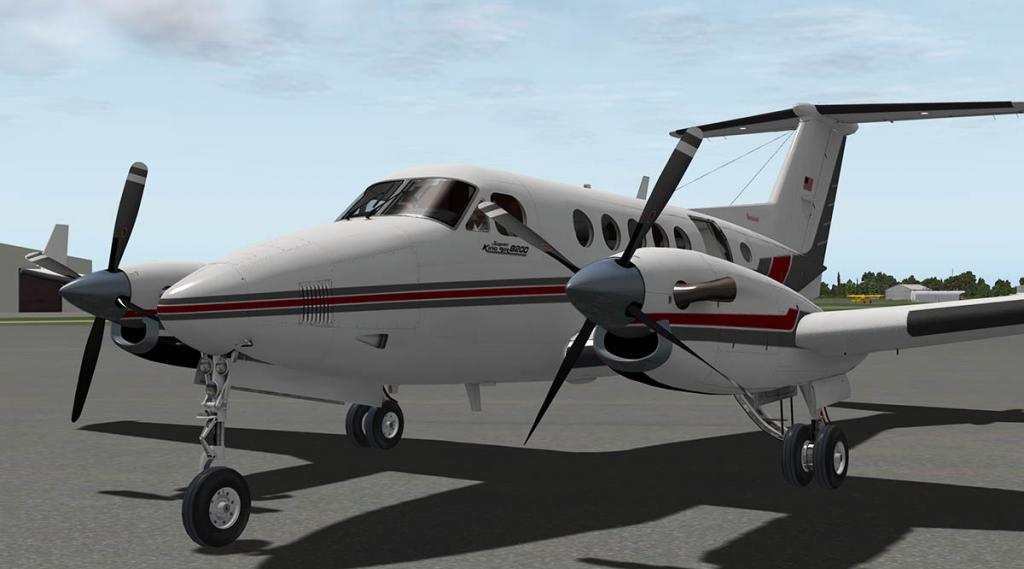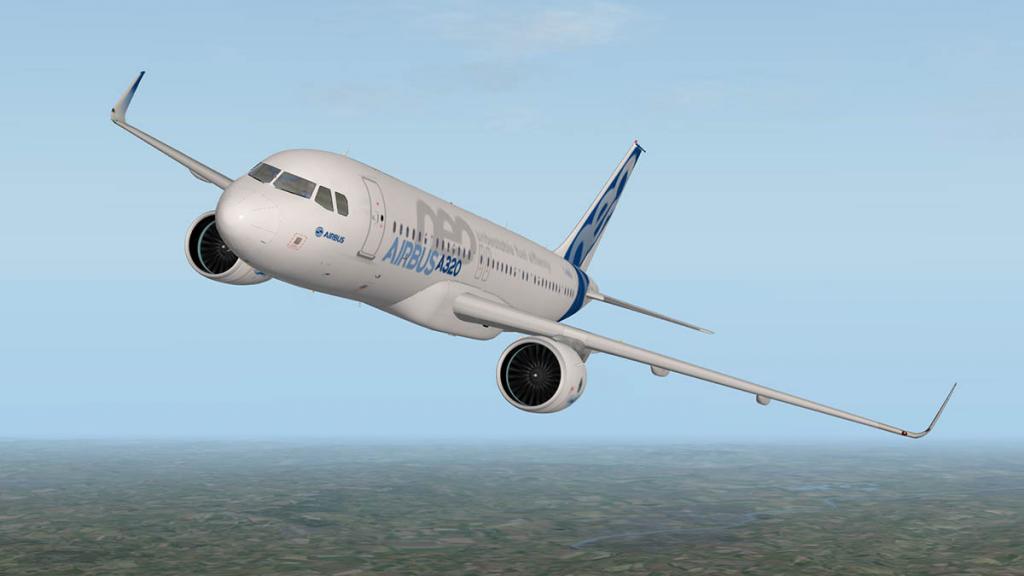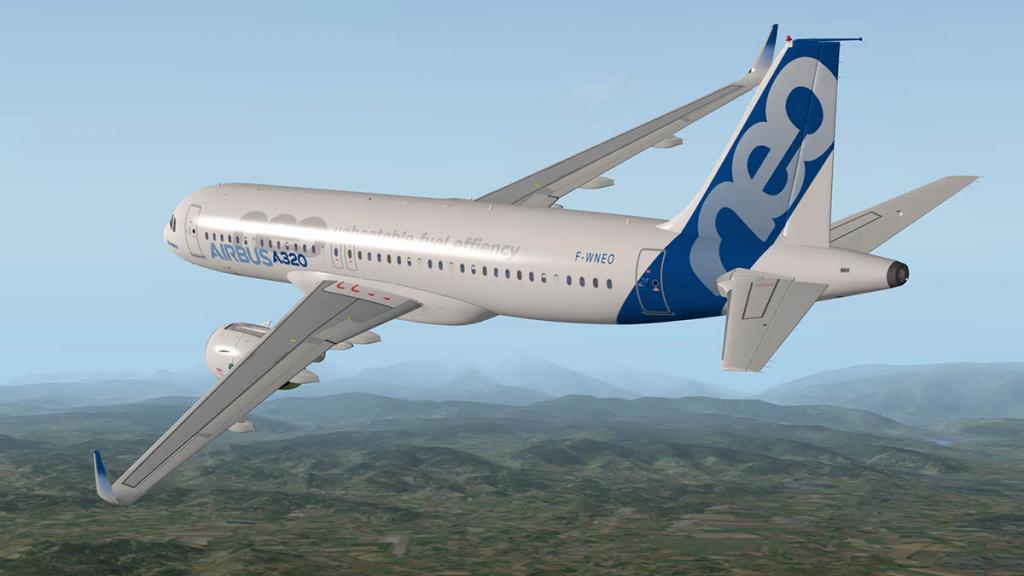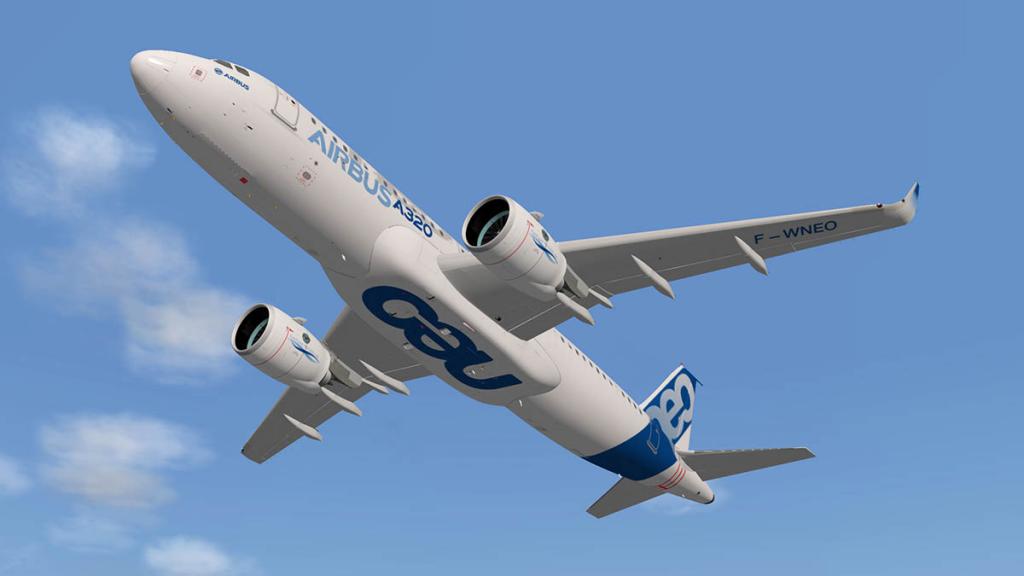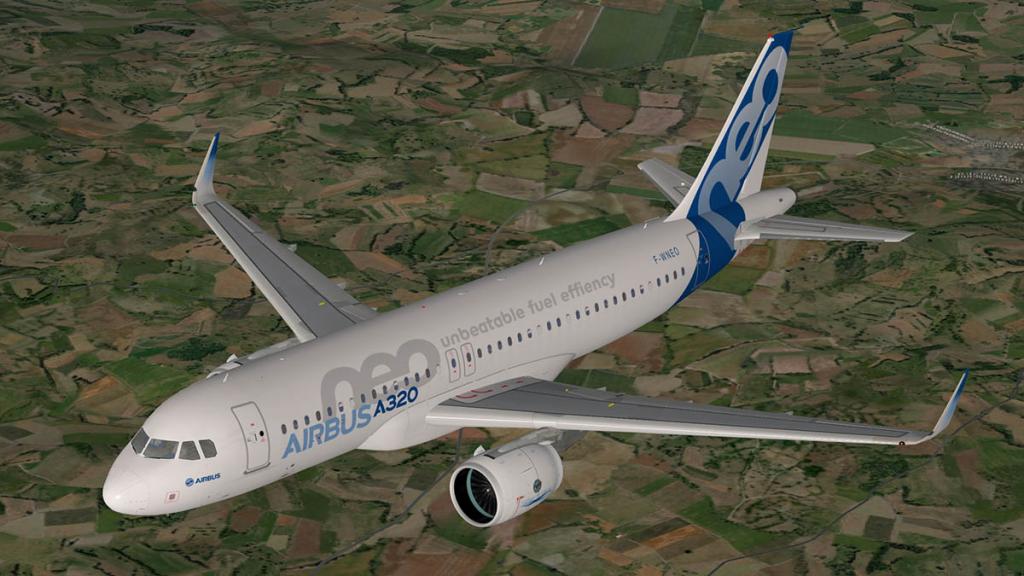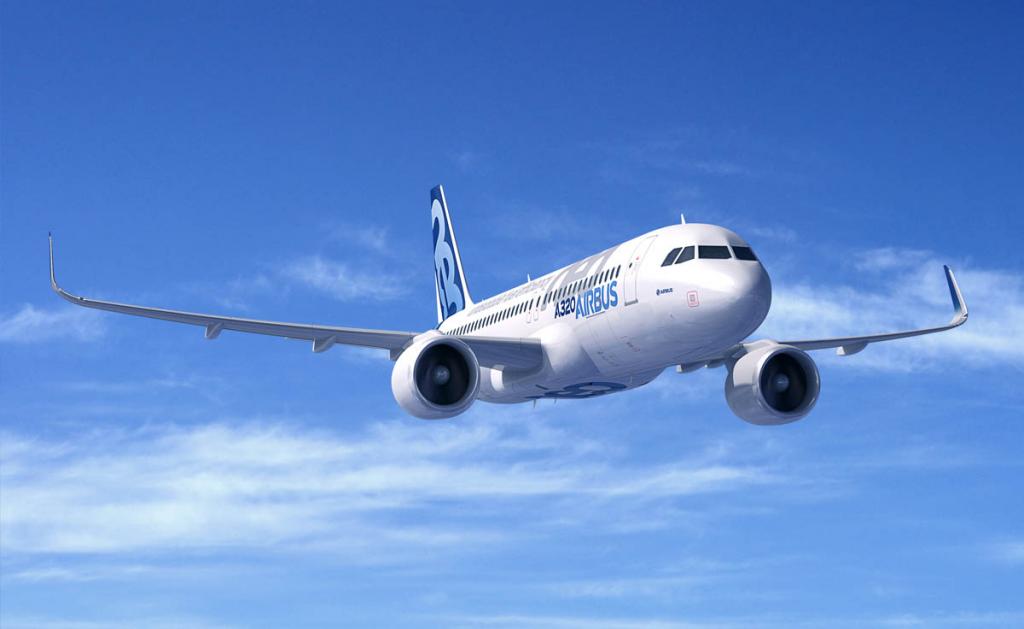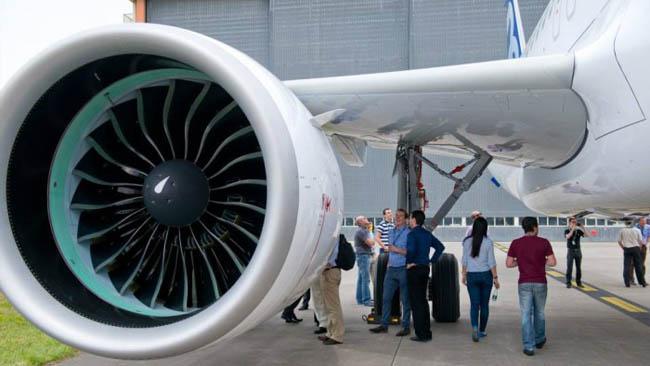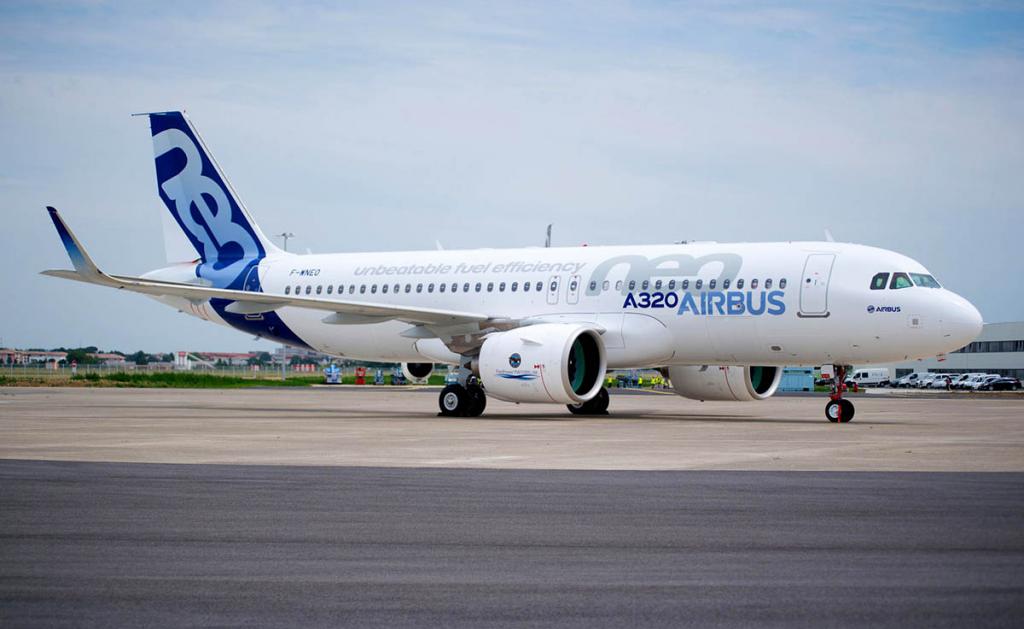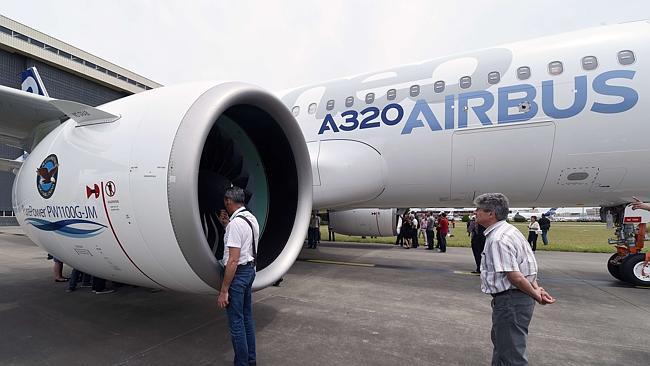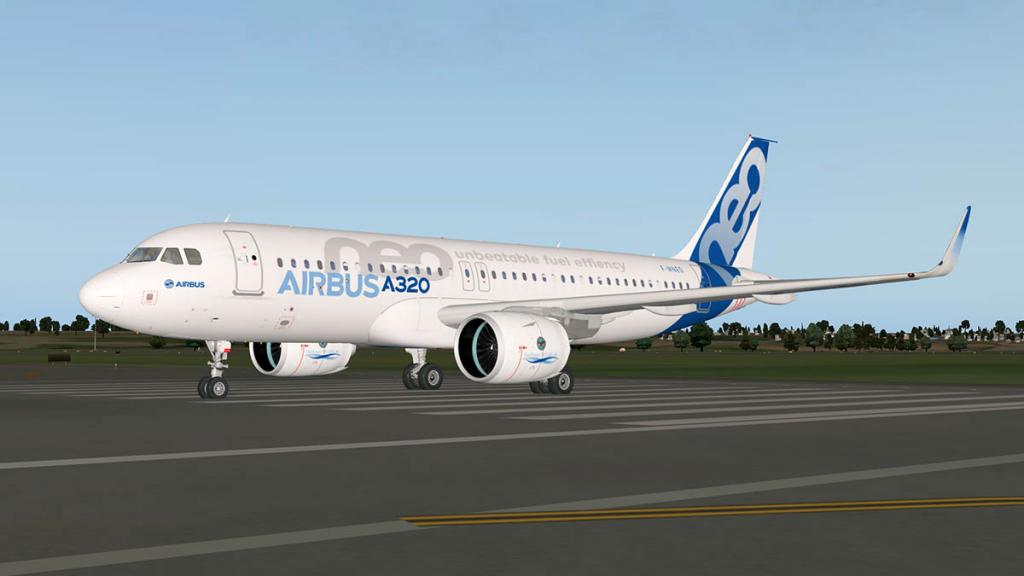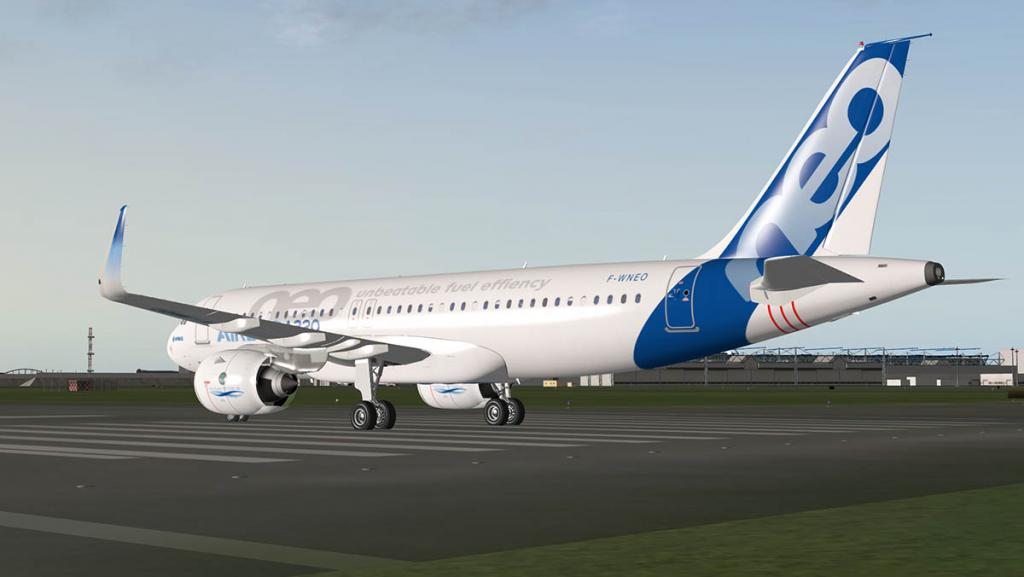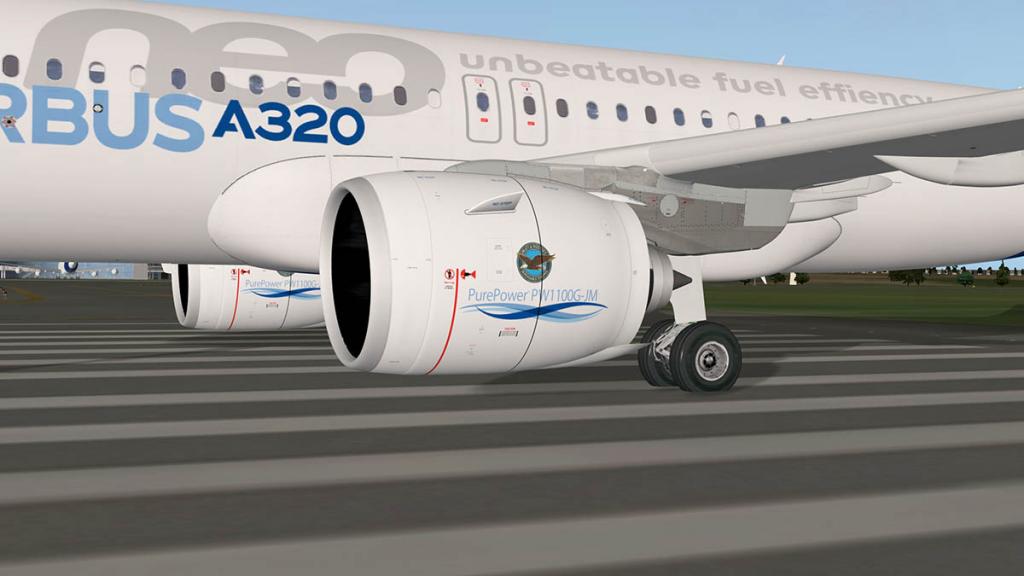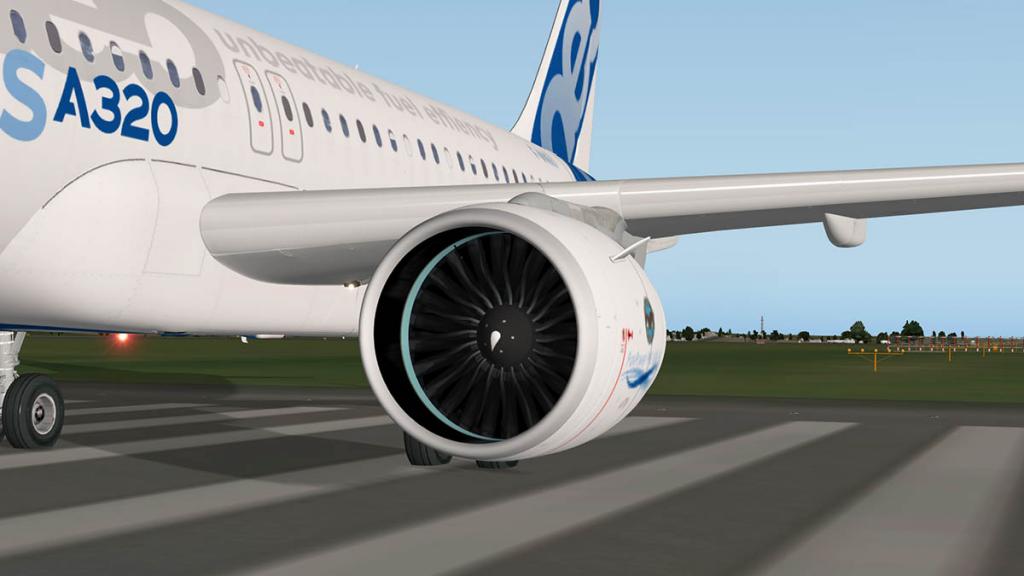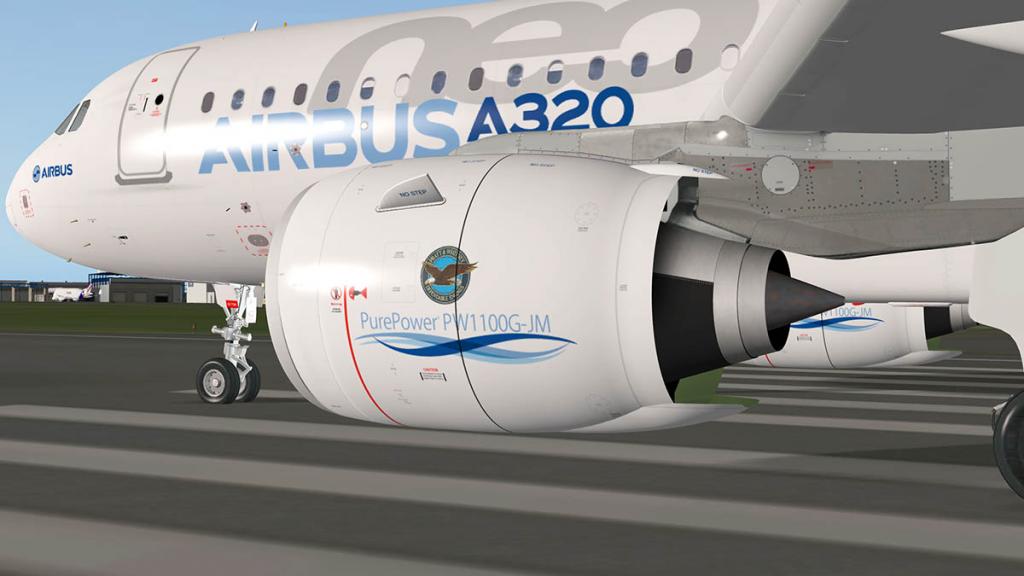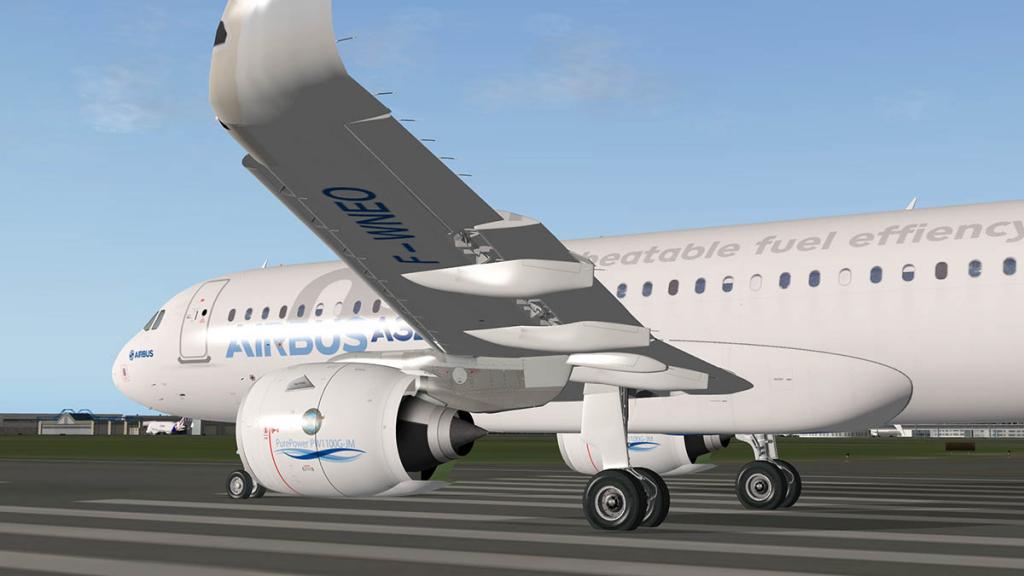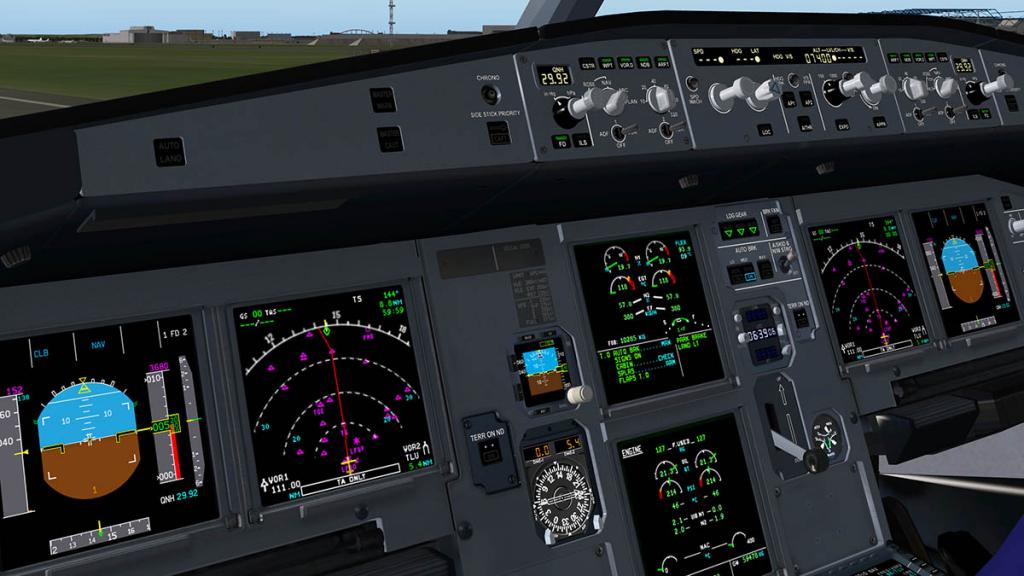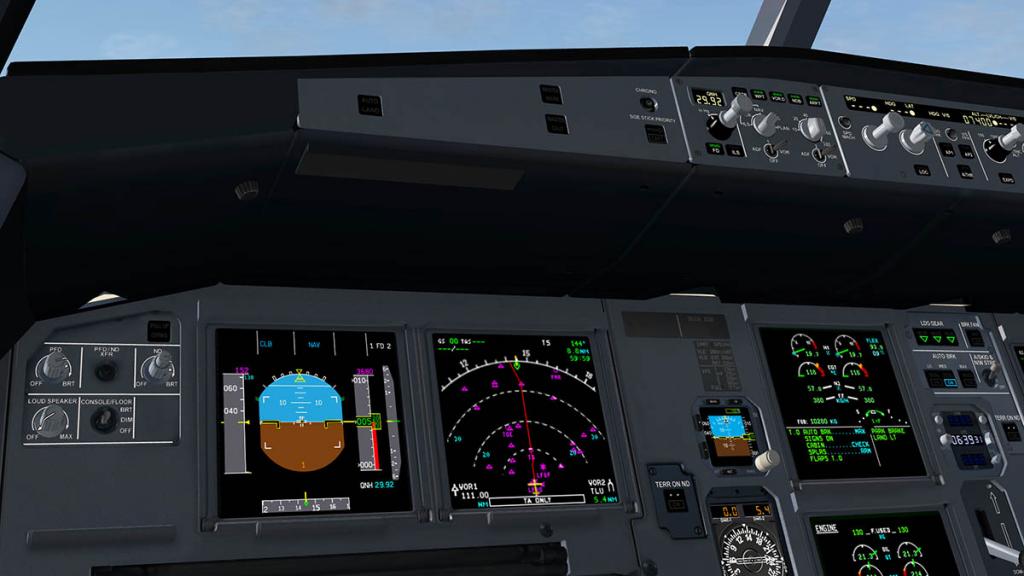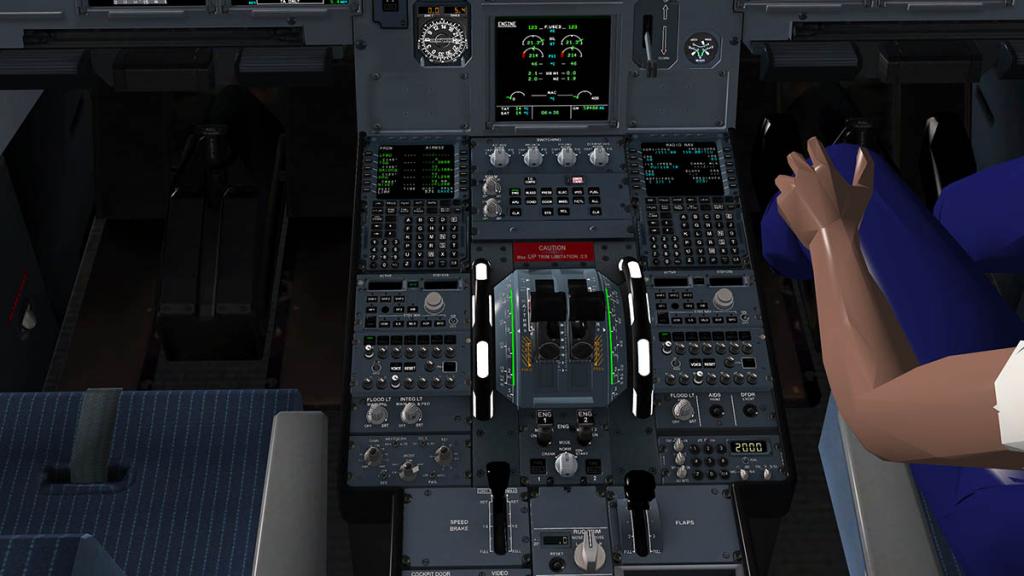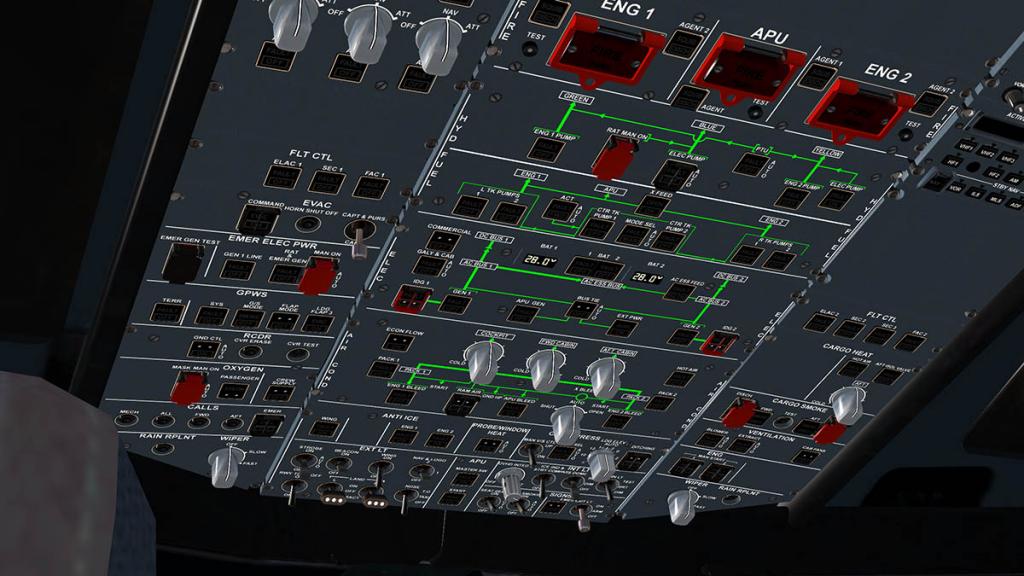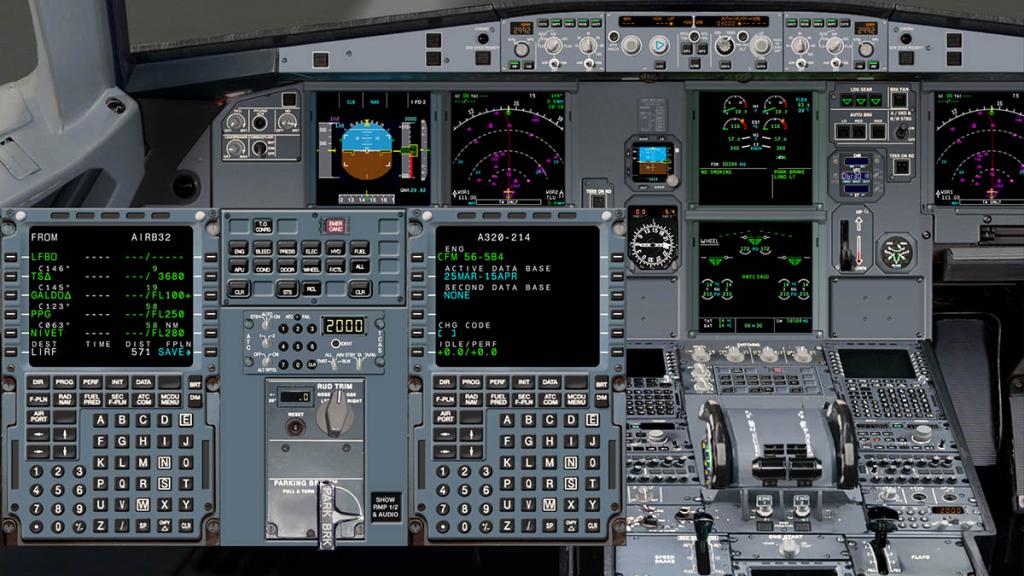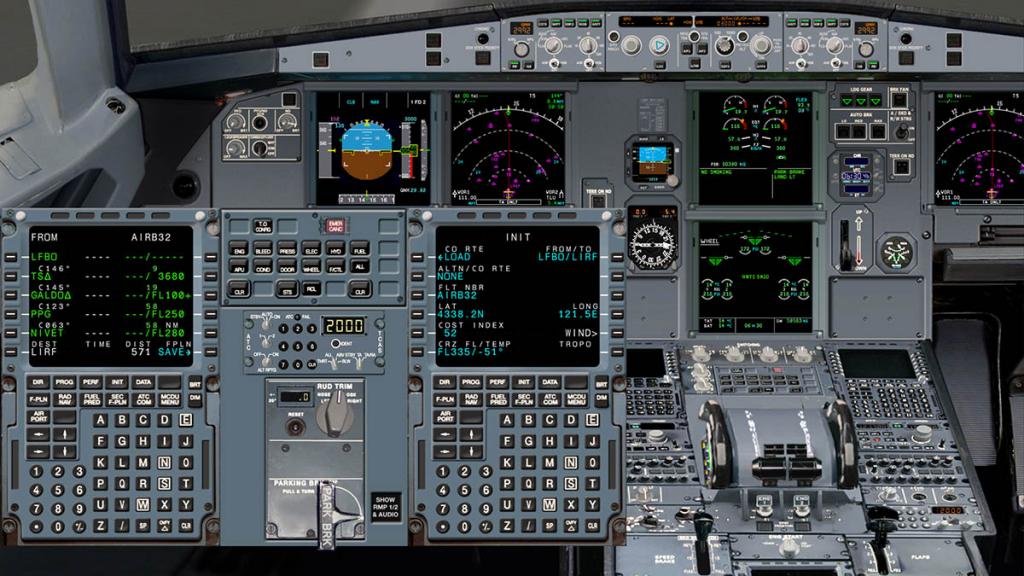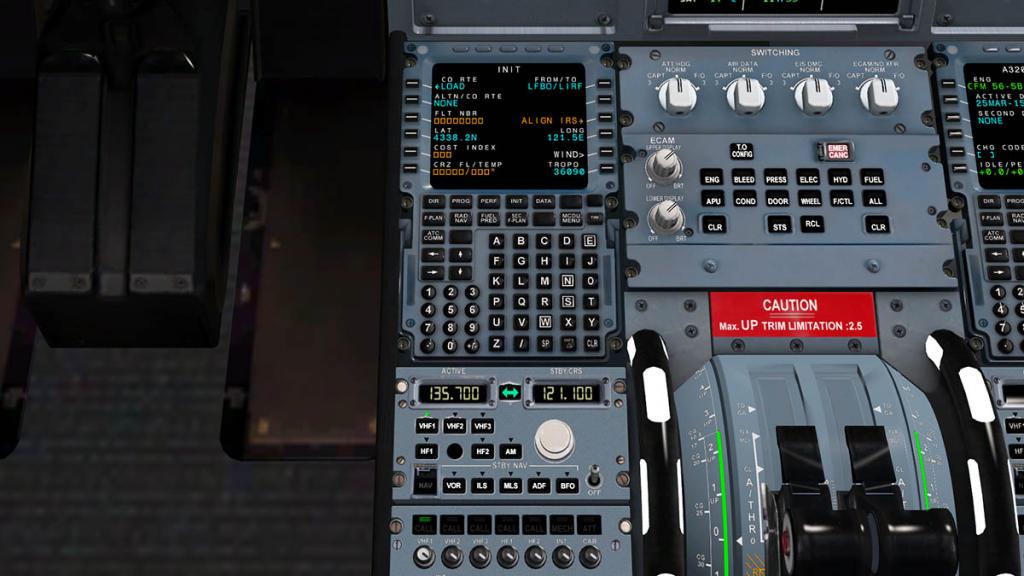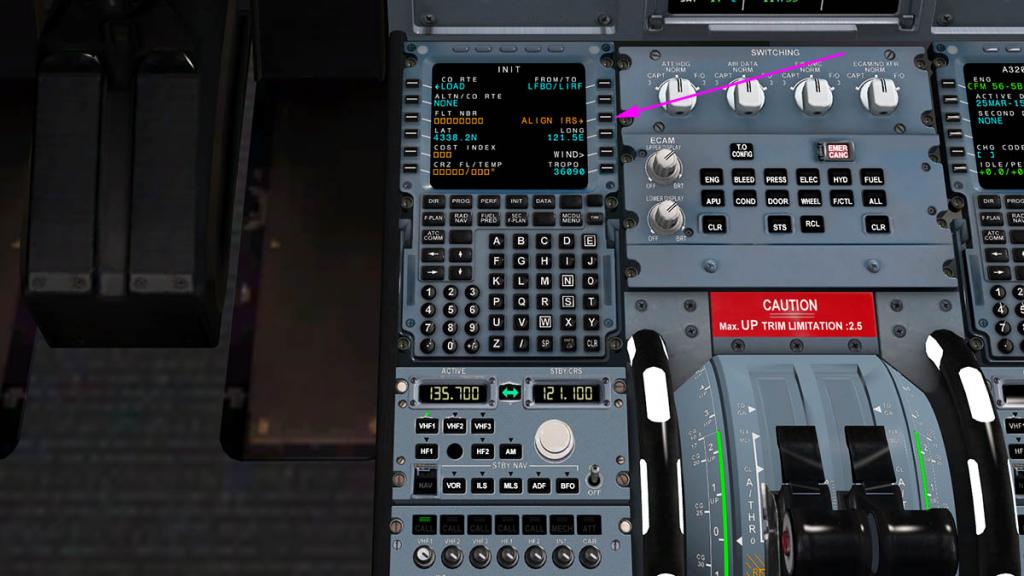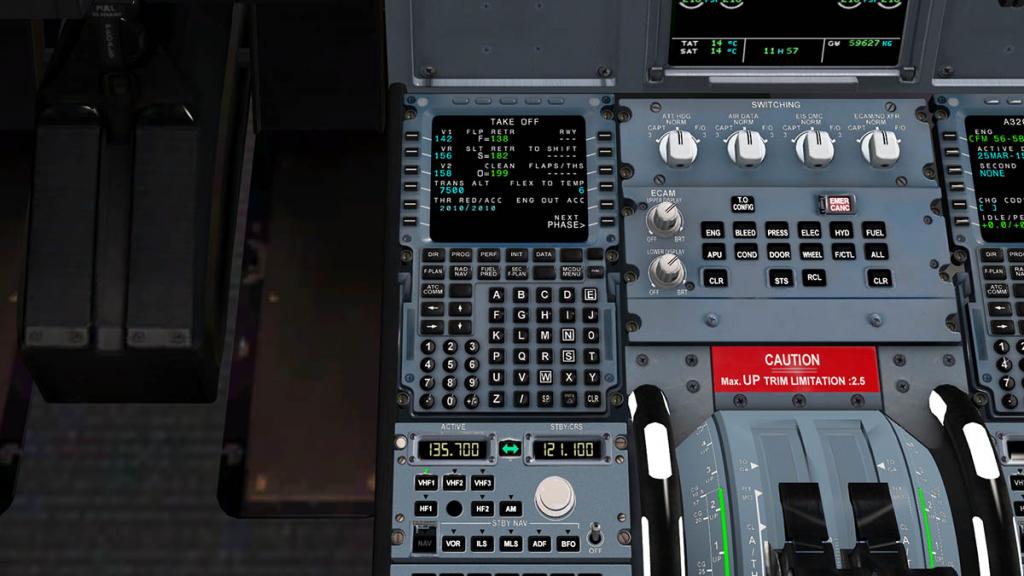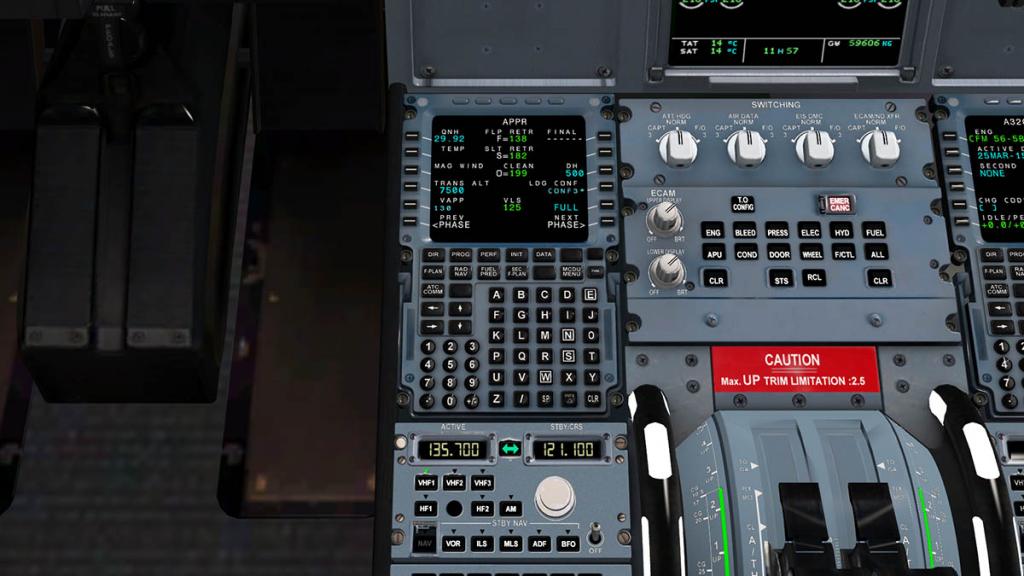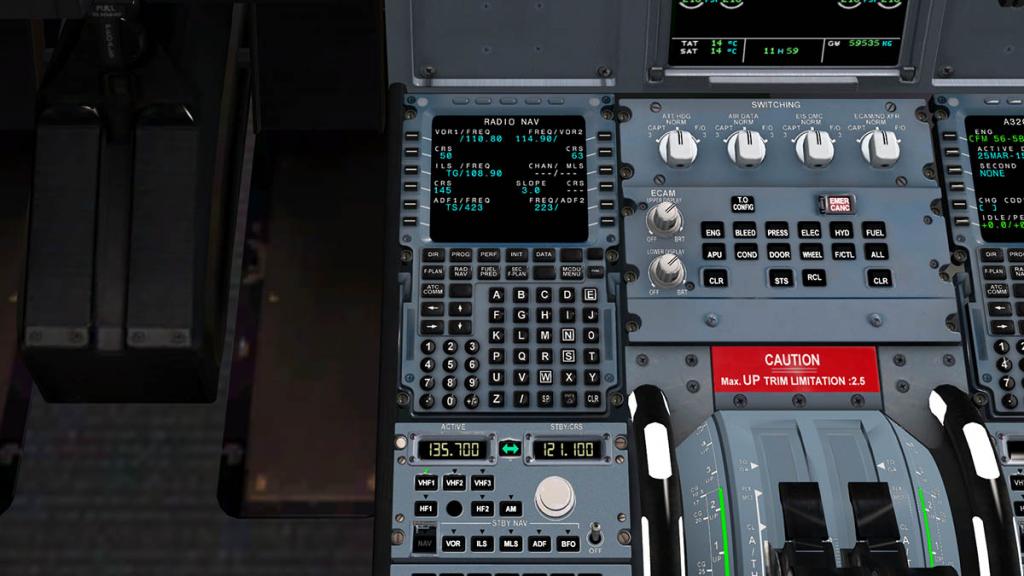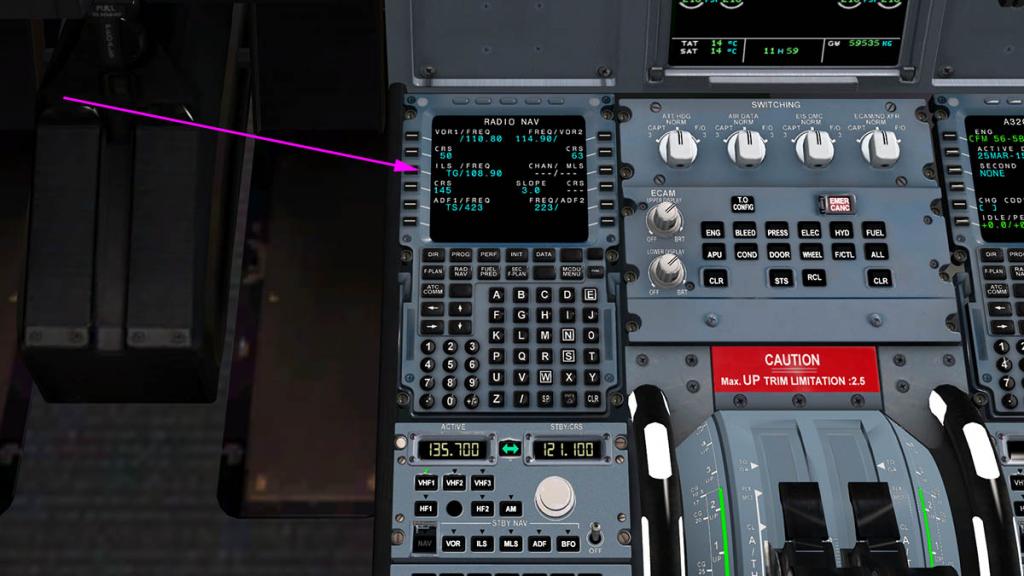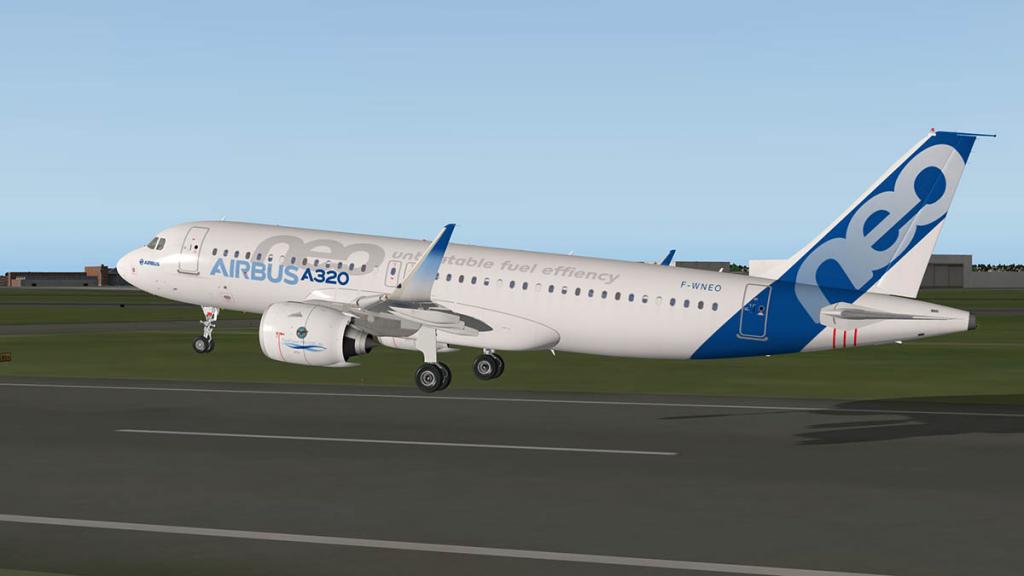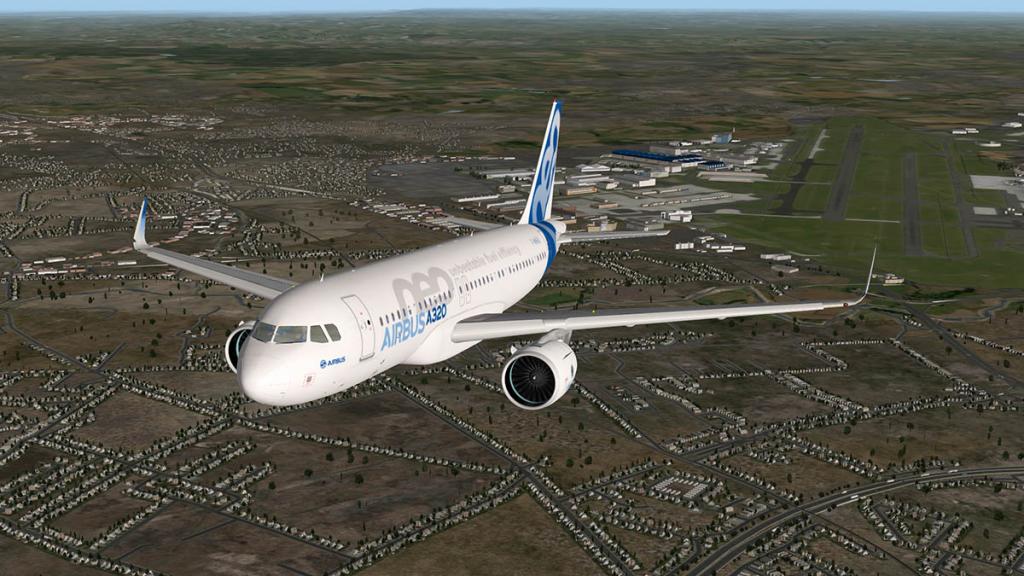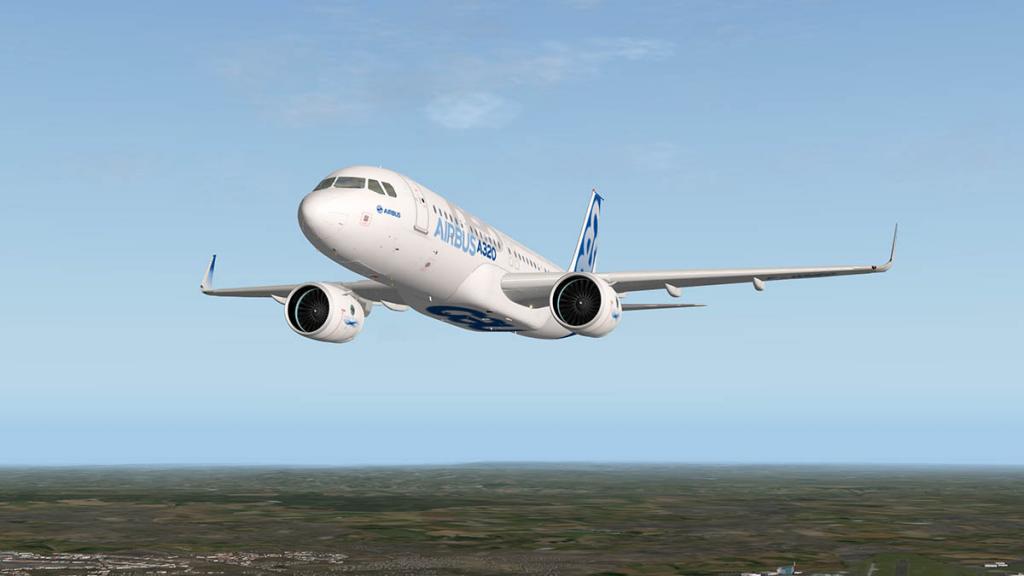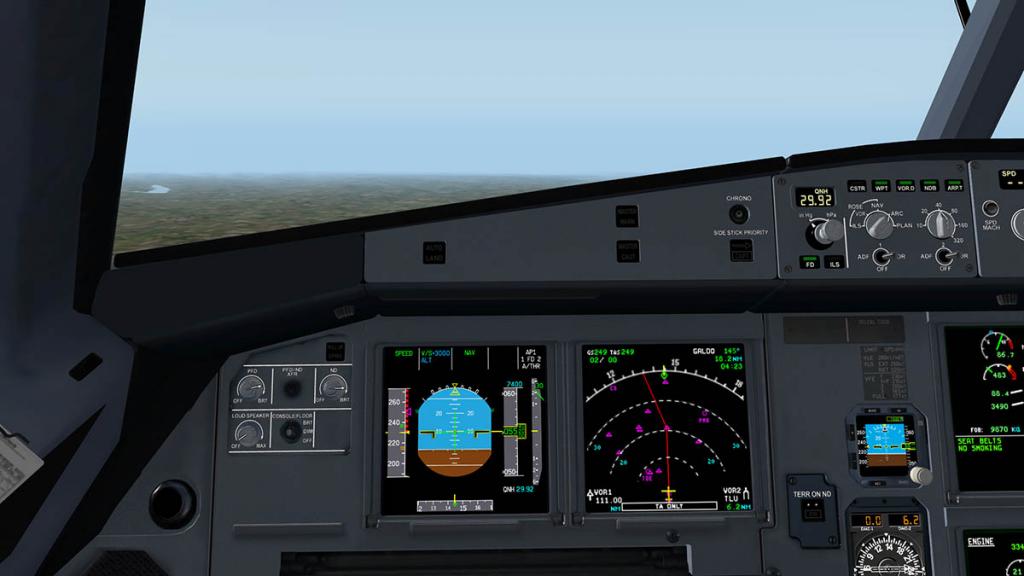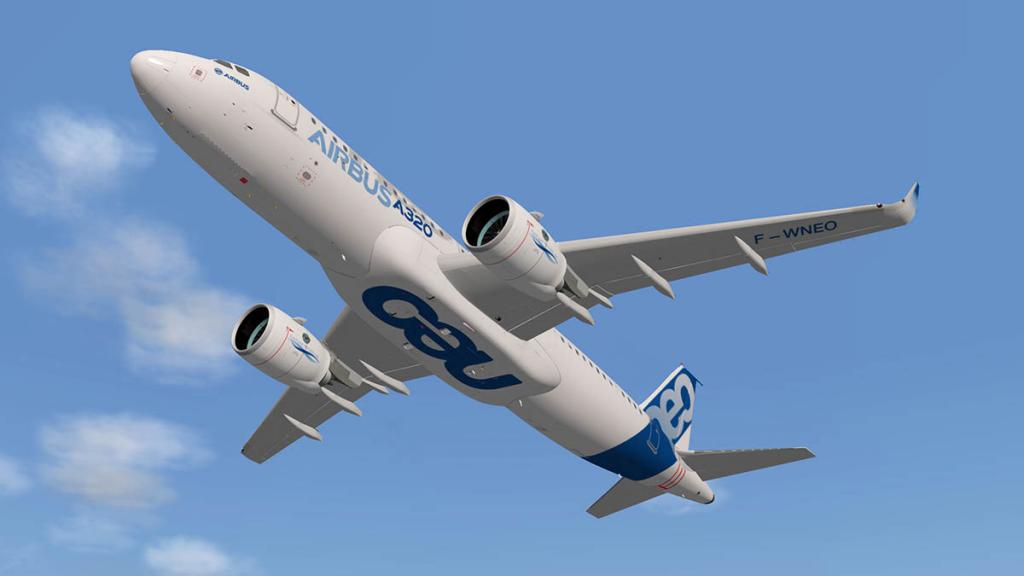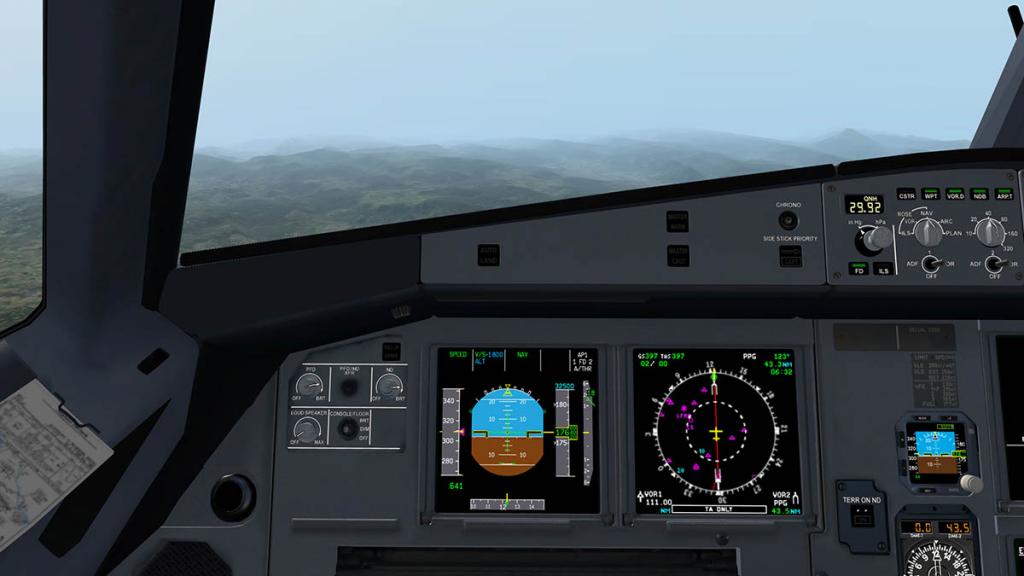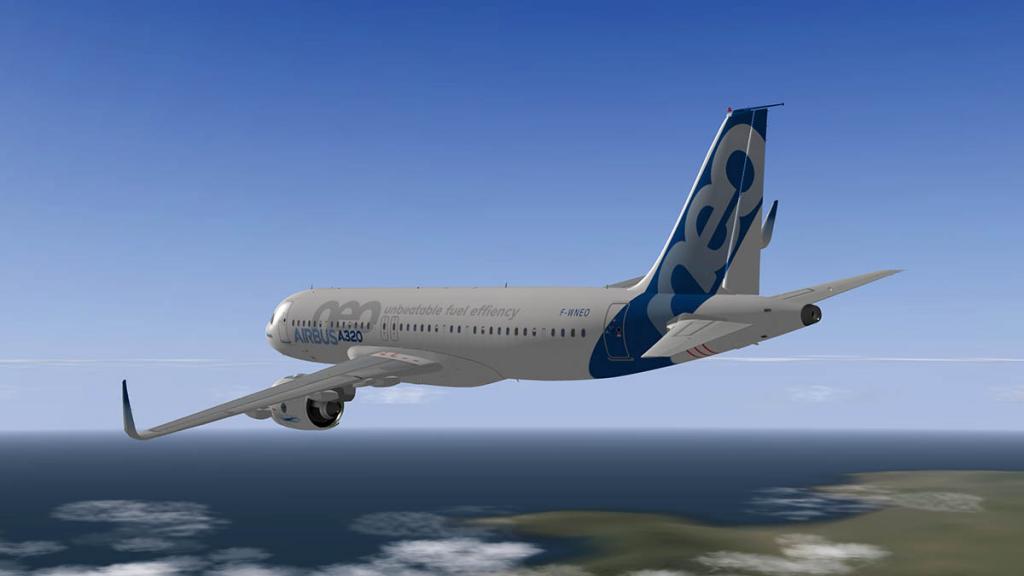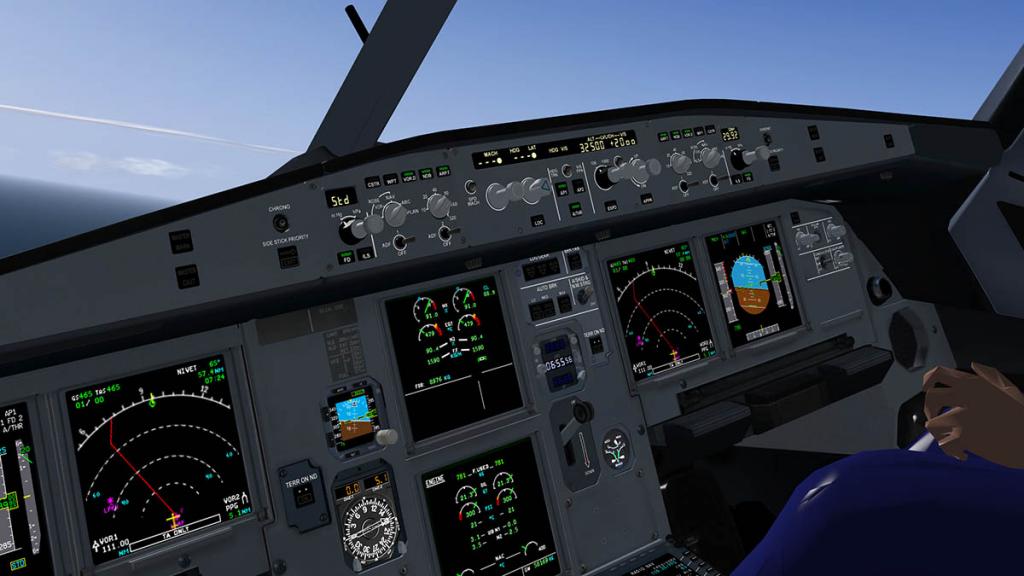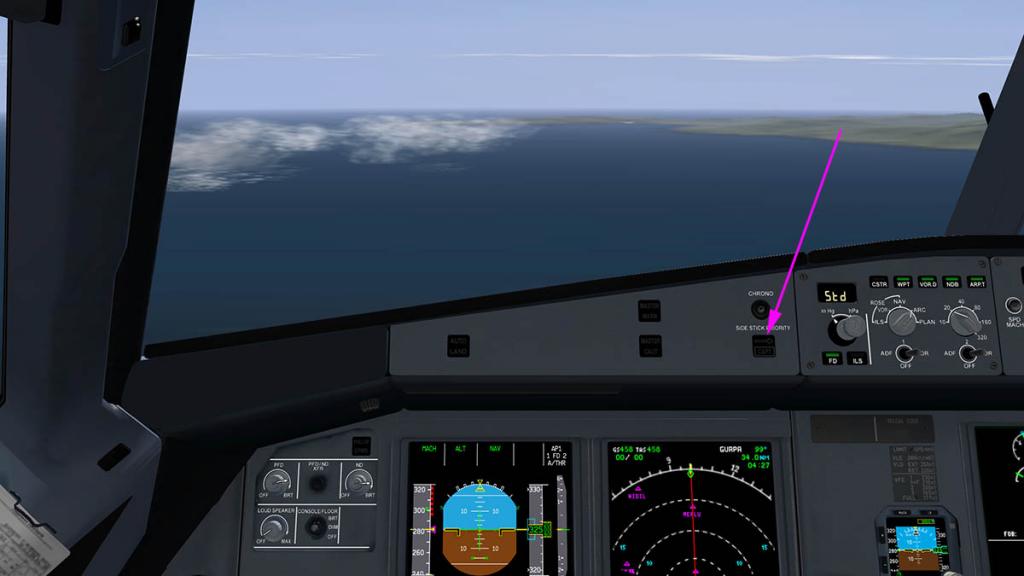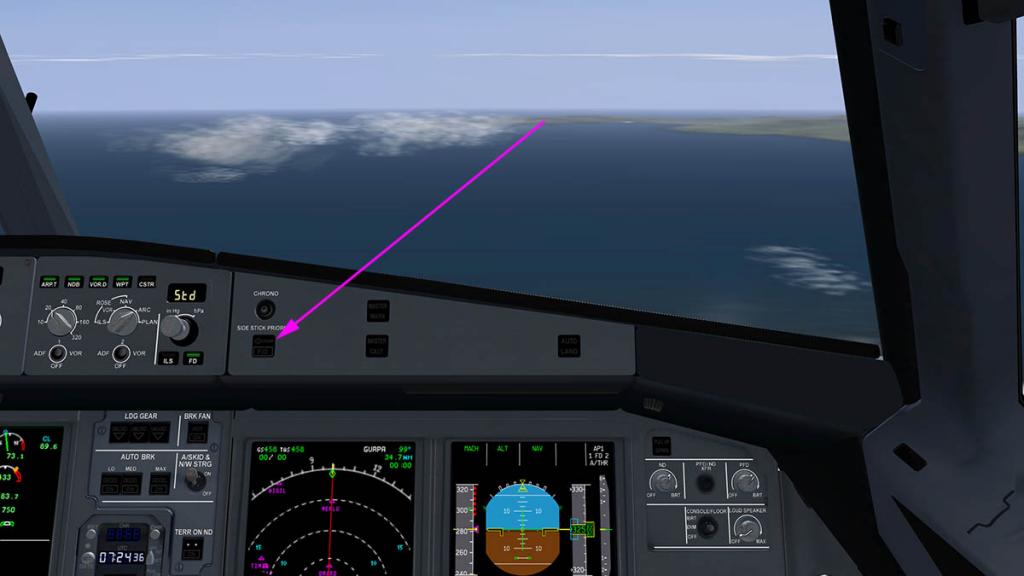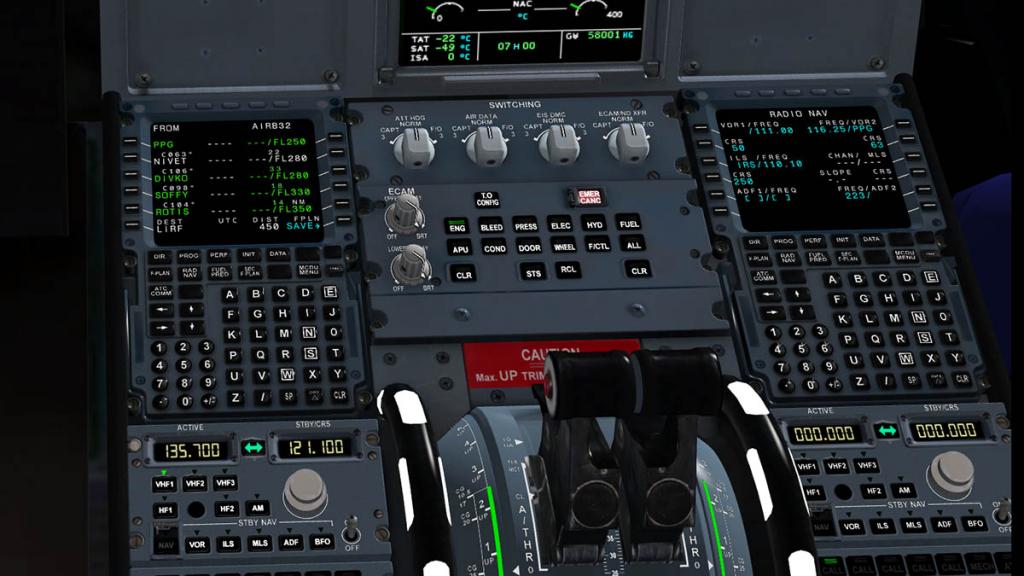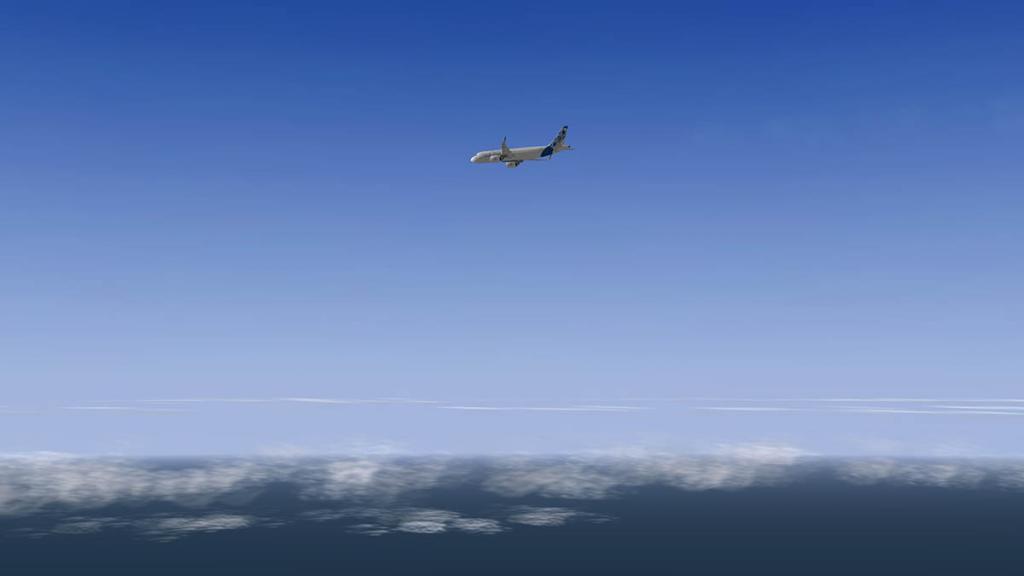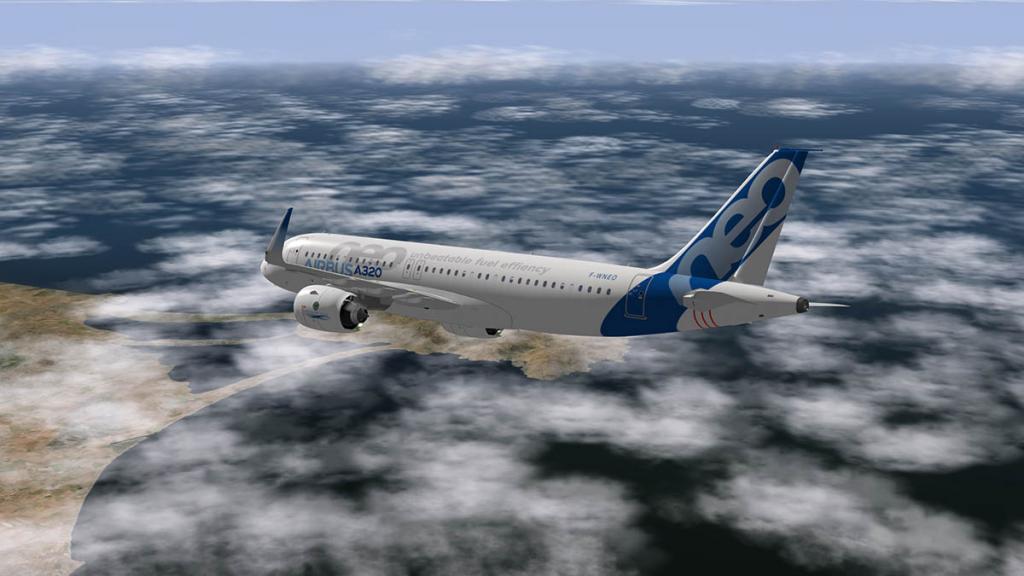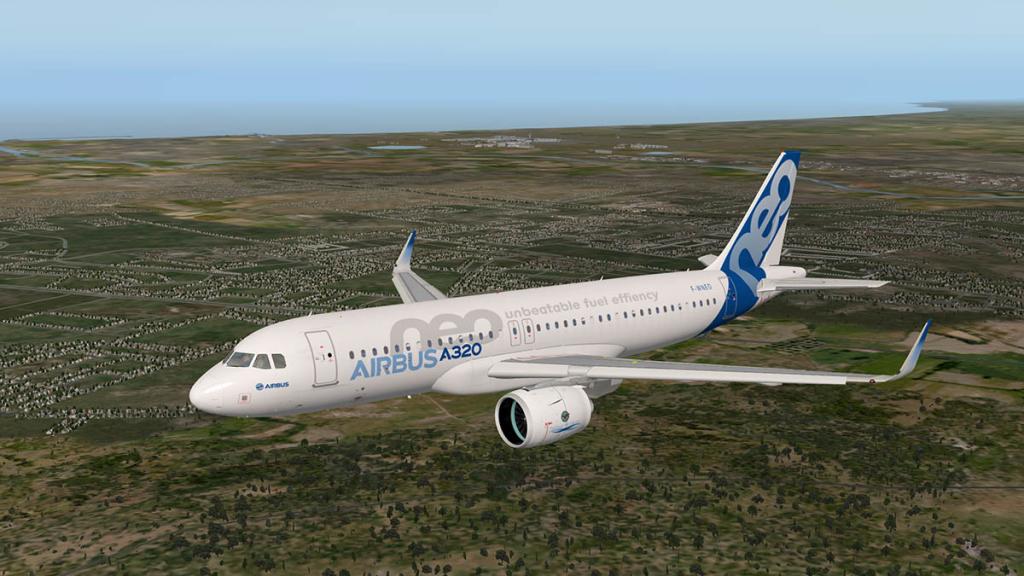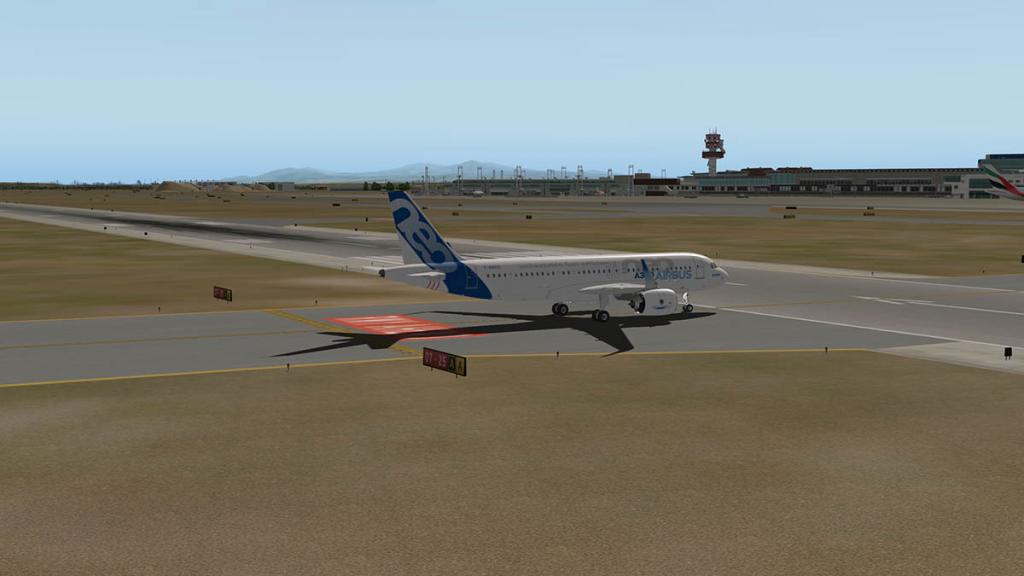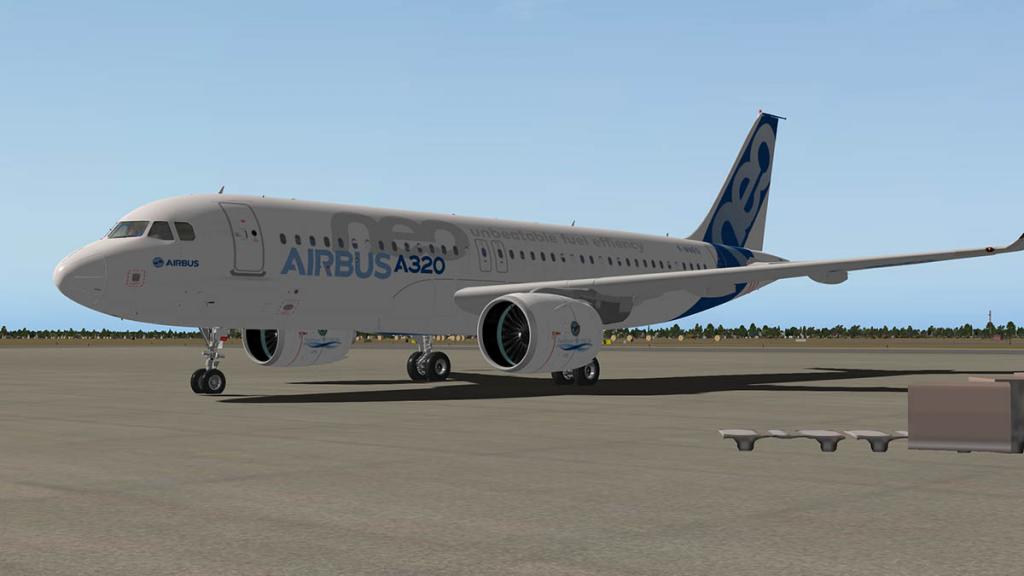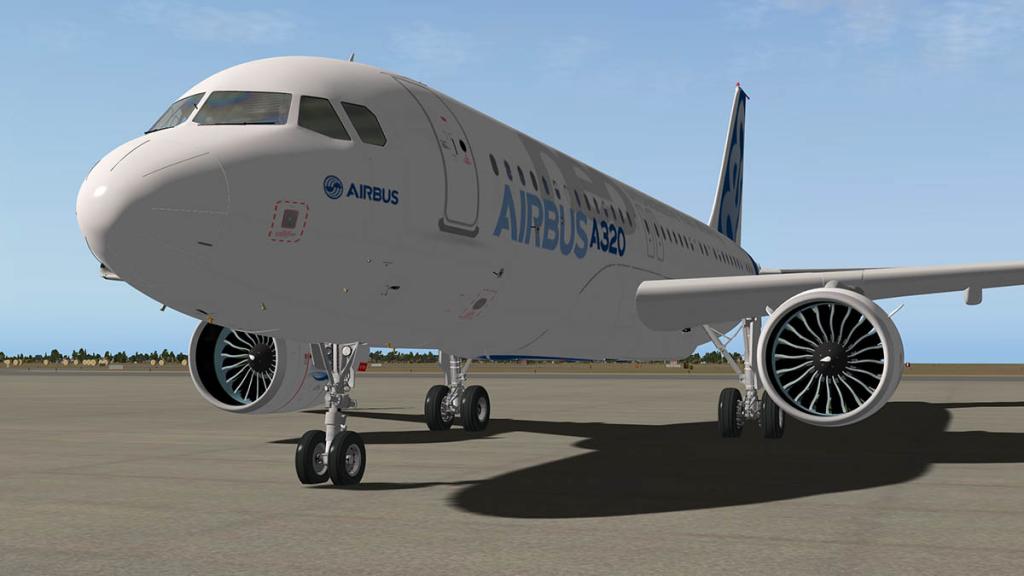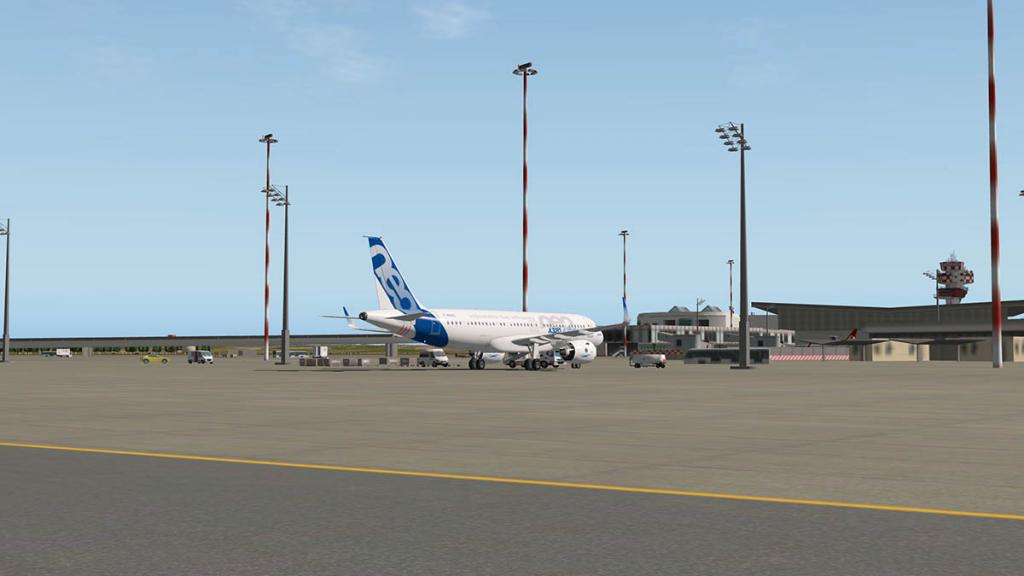-
Posts
2787 -
Joined
-
Last visited
-
Days Won
391
Content Type
Profiles
Forums
Articles
Everything posted by Stephen
-

Aircraft Review : DHC-6 Twin Otter - 300 Series by RWDesigns
Stephen replied to Stephen's topic in Airliners Reviews
Actually the whole thing was a bit of a competition in that if you guys can actually tell the fake Twotter sounds from the real ones!.. The real ones will be in the update. -
Airport Review : UUEE Sheremetyevo Airport XP by Drzewiecki Design UUEE Sheremetyevo Airport XP is a conversion of Drzewiecki Design's UUEE Sheremetyevo Airport X that was created for FSX and P3D. This Moscow scenery is the second released for X-Plane after EETN Tallinn XP (Available at the X-Plane.OrgStore) that was released in October 2014. Drzewiecki Design was founded by Drzewiecki Stanisław and has been a design house since 2003 and is Polish based and situated just outside of Warsaw. FS scenery conversions for X-Plane can come in many different forms from the exceedingly good and better that the original publication or as low as a dire copy with poor FS2004 graphics. Most scenery usually conversions sit right in the middle as a good FS conversion but still don't use all of the X-Plane10 features that most X-Plane platform designers use (mostly in HDR lighting, animations and autogate functionality). The FS scenery also leans more heavily towards the online VATSIM flying users than the single simulator user. Sheremetyevo International Airport (IATA: SVO, ICAO: UUEE) is an international airport located in Khimki, Moscow Oblast, Russia, 29 km (18 mi) northwest of central Moscow. pronounced "Shĕ-rĕ-mĕt-yĕ-vō", It is a hub for passenger operations of the Russian international airline Aeroflot, and is one of the three major airports that serve Moscow, along with Domodedovo International Airport and Vnukovo International Airport (the IATA city code for Sheremetyevo, Domodedovo, and Vnukovo is also MOW). It is now the second-largest airport in Russia, after UUDD - Domodedovo. In 2013, the airport handled 29,256,000 passengers and 243,858 aircraft movements. Sheremetyevo was opened on 11 August 1959; the first international flight was on 1 June 1960 to Berlin (Schönefeld Airport). The new airport received its name for two nearby venues: the village of Sheremetyevsky and the Savelov station on the railway of the same name. Sheremetyevo-1 (used by domestic flights) was opened on 3 September 1964. On 12 September 1967, the first scheduled passenger flight of the Tupolev Tu-134 departed from Sheremetyevo (to Stockholm), followed by the first scheduled flight of the Ilyushin Il-62 (to Montreal) on 15 September. Sheremetyevo-2, the larger of the two terminal complexes, opened on 1 January 1980 for the 1980 Summer Olympics. It was built according to the principles of design of Hannover-Langenhagen Airport, and was the arrival and departure point for international flights. Flights to cities in Russia and charter flights arrived and departed from Sheremetyevo-1. In the 2000s, Sheremetyevo saw growing competition from a newer and more comfortable Domodedovo International Airport. With major airlines leaving Sheremetyevo (most notably, Lufthansa, British Airways, Iberia, Japan Airlines, Brussels Airlines, Austrian Airlines, and Swiss International Air Lines), the need for reconstruction had become evermore evident. Terminal E was opened in 2010. Since 3 July 2010, a walkway opened between Terminals D, E, F, and the Aeroexpress railway terminal on the public access side. Since 2 November 2010, a was also walkway opened between Terminals D, E, and F on the security side. Both of these simplify transfer between transit flights. After the reconstruction, the southern complex of the airport (terminals D, E and F) will be able to receive up to 25 million passengers annually. Ultimately, after the northern part of the airport is reconstructed, the airport will have the capacity to receive 40 million passengers annually. Since December 25, 2009, all terminals have been identified by letters (Latin characters) as opposed to numbers. In December 2011, a new Area control center (ACC) was opened. It consolidates the gathering, monitoring, and control of the airport's different control centres across all of the organizations that have an impact on its efficient operation. The Situational Center also forms part of the airport control center. SC is intended for joint work of top-managers, heads of state bodies, and partners of Sheremetyevo. (wikipedia) First Impressions To get the full impact of going to Russia, my departure point is EGCC - Manchester, and the flight time was just over 3 hours and 1400nm to Moscow depending on the wind direction. The flight is almost directly east and mostly across the lower stretches of the Baltic Sea. Aircraft used is Peter's (Aircraft) excellent A321-214 with CFM engines. My arrival was to the north of Sheremetyevo (5500ft) to which I would circuit to turn 180º to land on runway 25L. There is a set of charts with the airport package, two charts give you an excellent set of the airport layout and stand (gate) positions of UUEE airport. There are two other pages for the ILS approaches to Sheremetyevo, but there no included SID/STAR pages? (there is a good set of Jepp charts to download here) I wanted the VOR radius for a distance to UUEE and that was not available either? (for the record it is Sheremetyevo VOR-DME MR 114.60). First view through the first officers window of UUEE-Sheremetyevo was very favorable, it was blended in very well into the X-Plane landscape and looked very complete. There is a full set of photo/ortho plates below the scenery but I really like the way they were really well blended into the default surrounding scenery. On finals I lined up to RWY 25L (110.50) and aligned the ILS correctly and the aircraft directed itself to the correct landing position. ( a note that if you have marginal's ferry route plugin installed you get a lot of water traffic in liners on approach to 25R/25L that was pleasing to the eye). On final approach the airport loomed expansive to both the left and the right with buildings Once down on RWY25L and the aircraft cleaned up, I turned off the runway at Taxiway (TWY) A3 and that put the aircraft directly in front of the original iconic Sheremetyevo-2 terminal (now Terminal F) which was very imposing from the cockpit. Then I was directed right onto the main TWY A, overall I found the runways and taxiways very well designed and laid out, the yellow central guidence lines are a little on the thick side but clear and sharp... In some areas the taxiway lineage can get a little too complex and confusing as like in front of Terminal B, so you have to study the layout to find the correct lines to your stand. Airport taxiway signage is quite motley, but it is designed to look old and worn, but it is still highly readable. My gate parking was gate 33 on the E Terminal, and the huge complexes of set out terminals and buildings around the aircraft were highly impressive. There is a choice of having a "static" aircraft or no static aircraft option. However the "static" aircraft are supplied at all points but not at any of the terminal gates?, The FS use towards the online flying users is evident here, but it makes the airport look quite empty because it is so big? At the gate there is excellent equipment and even personal to receive me, there are also good ramp markings if set a little bit away from the actual autogate position, which don't move. A check on few gate placements shows that the aircraft are only placed at the gates but not directly in the right position. But overall the arrival at UUEE was very stimulating and very realistic... very Russian. It is important to note that when installing this Drzewiecki Design's Sheremetyevo scenery and their other scenery packages that you have to reset the Nav-Aid/ILS alignments and placement. To not do so will give you wrong NDB and ILS landing angles that are completely out of alignment with the scenery. (Instructions are detailed below in "Installation"). (uncorrected runway alighment and ILS tower placement) UUEE - Sheremetyevo In reality Sheremetyevo is really two airports (North and South) that are only connected by using the same runways. There is not even a connection or transit loop between them. So for the basis of this review we will note the two areas as "North" and "South". Sheremetyevo Alexander S. Pushkin International Airport Междунаро́дный аэропо́рт Шереме́тьево Mezhdunarodnyĭ aėroport Sheremet'evo IATA: SVO - ICAO: UUEE - LID: ШРМ 07R/25L 3,700m (12,139ft) Concrete 07L/25R 3,550m (11,647ft) Concrete Elevation AMSL 622 ft / 190 m A total overview of UUEE - Sheremetyevo is quite impressive, it is a big if not huge scenery and the layouts are as noted very well intergrated into the X-Plane scenery. I was certainly impressed by the overall view and layouts. Sheremetyevo North In parts the northern area is the older of the two sections of the airport. It is mostly dedicated to local and internal Russian flights and Low Cost Carriers (LCC) and the large Aeroflot base. Over the last few years there has been a lot changes in position and numbering or re-assigning the names of the terminals. Terminal A Terminal A is quite new as being only opened 2012 and is situated right at the (north) eastern boundary as a small airport and ramp area in itself and the area was known as the "Western Sector" of Terminal B. Terminal A is mostly used for the servicing of business and private aviation with Twenty-two remote stands (My guess it is also used as a VIP reception centre as well, and yes I mean you Mr President Putin). The building is excellent and extremely well designed and with the expansive ramp parking would make great scenery just by itself. There is an excellent helicopter pad and reception crew waiting and a very good old Russian airliner park (museum) set out behind the terminal. Terminal B Terminal B is the old "Sheremetyevo-1" or the original first terminal built at Sheremetyevo in 1964. The unique terminal has 64 remote aircraft stands, including 8 stands used for the maintenance of Aeroflot aircraft, and five in the 'Eastern Sector' which are used to service cargo flights. Terminal B divided into two buildings in the arrival hall zone and departures area. Terminal B is remarkable for its architecturally unique and unusual spaceship-like gate area or a design on the US fashion of Spaceport terminals like at New York's Pam Am's Worldport, which is connected to the main building by a passenger footbridge. The terminal's design was masterminded by a project team working under the guidance of architects and G Elkin Yu Kryukov. The saucer terminal is certainly striking. It gives you that unique 60's feel, old yes, but now very special in a now lost to the past sort of way, I loved it. The main building is very good, but a bit blank on the groundside as the under photo is flat and not very descriptive (in other words blurry). The excellent new Control Tower (opened February 15, 2013) is part of the Terminal B complex area. Again this control tower is very well designed and very distinctive to the north side area. The tower view works well with an expansive view of the airfield and the inside is well fitted out with consoles and screens... but the glass somehow does not let your aircraft show (even on the replay) from the inside view here, it is all just a blank and so your takeoff or landings are just a space of nothing? Terminal C Sheremetyevo opened its first entirely new-build terminal for the servicing of international flights on March 12, 2007, this is Terminal C which has a capacity of 5 million passengers per year. The terminal at this point now tends to handle flights of CIS (Commonwealth of Independent States) carriers and charter airline routes. Terminal C is located adjacent to Terminal B, and has 36 boarding gates and six air bridges. Terminal C is of the newer terminal block design that has been built around the original legacy terminal buildings. It is very striking to the eye as it is very modern. There is very good design work here and there is a lot of objects related to the surroundings, the airside parking areas are very good as well. Terminal C is also connected by way of an elevated pedestrian gallery with a multistory parking facility for 1,000 vehicles. Aeroflot Maintenance base and Offices Going west from the central terminal area is the huge Aeroflot maintenance base as the airline is based at Sheremetyevo. The Aeroflot complex is excellent with the inclusion of not only the huge engineering hangars, but the airline's offices as well. Considering the size of the airline, there is not much activity on the ramps? there are a few statics, but in reality this area could have been filled with aircraft and equipment. The Aeroflot buildings however are imposing. To the east of Terminal B is first a small in my guess an old airport administration building (control tower?) and small cargo area. Then next is a huge hangar that is highly impressive and usable if you want to park even a large airliner easily inside. Again it is a wasted opportunity with no statics around the area. Then completing the north section to the far eastern side is a large set of airport maintenance buildings and vehicles. Sheremetyevo South The southern area was developed out mostly from the middle 70's to cater for the Moscow Summer Olympics in 1980. And the iconic terminal building was built as Sheremetyevo-2. This is now terminal F Terminal F The terminal was designed to service 6 million passengers per year, and until the completion of Terminal C (north) it was Sheremetyevo's only terminal that was capable of adequately servicing international flights. The design is a larger version of the one at Hannover-Langenhagen Airport which was by the same architects and so it has that Germanic Bauhaus architecture feeling. A major reconstruction of the terminal and its interior space was completed by late 2009. The terminal itself is highly imposing and very well recreated. Again it reflects a period of time and architecture. The are 15 jetways and 21 remote aircraft stands and the jetways look great in that blood red colour and the remote stand area is expansive and well laid out. On the groundside there is a network of ramps that connect to the two levels of the terminal. Terminal D Terminal D, opened in November 2009, is a huge complex of a 172,000 m2 (1,850,000 sq ft) building which is the main hub for Aeroflot and its SkyTeam partners, with capacity for 12 million passengers per year. Aeroflot had been trying to implement the project of a new terminal (Sheremetyevo-3) since January 2001. However, construction only began in 2005, with commissioning of the complex finally taking place on 15 November 2009. The acquisition of its own terminal was a condition of Aeroflot's entry into the SkyTeam airline alliance, thus necessitating the construction. Terminal D has 22 jetways and 11 remote stands. On November 15, 2009 at 9:15 am, the first flight from Terminal D (the new official name of Sheremetyevo-3) departed for the southern resort city of Sochi. Despite this, Aeroflot took a number of months (due to unexpected administrative delays) to transfer all of its international flights from Terminal F to D. Whilst previous Terminal D had remained a separate legal entity from the rest of Sheremetyevo Airport, and in the spring of 2012 it became an integrated unit of "Sheremetyevo International Airport" JSC. The basis for the architectural and artistic image of Terminal D is that of a giant swan with outstretched wings which is very creative. Such an expansive and architecturally challenging design has been well done here. It is when you get close quite complex in design but Drzewiecki Design have done a very good job. And the ramp tower is a highlight. There is huge carpark is set out behind, but the gap between the terminal and parking facility is like Terminal B in that it looks more of a river with cars on it with the photo underlay than that of a road system. But this is overall great scenery. Terminal E Terminal E opened in 2010 as a capacity expansion project, and is set out and connects terminals D and F as well as the railway station, and combines them all into a single south terminal complex. The terminals of this complex are connected by a number of pedestrian walkways with travelators, thus allowing for passengers to move freely between all the constituent facilities. Terminal E has 8 jetway equipped gates and the V-Express Transit Hotel between security/passport check-ins provides short-term accommodations for passengers changing planes without having to present a visa for entering Russia. As a note the hotel drew international attention in June 2013 when Edward Snowden checked into the hotel while seeking asylum while still being in an international zone. The railway station caled the "Aeroexpress" is a design standout and has been particularly well done, red trains sit at the platforms and the whole thing looks very imposing from any view of the airport from above. Hotels There are two other hotels in both being European hotels in a Park Inn and a Novotel. North Cargo Terminal Complex The main Sheremetyevo cargo area is on the (south) east section of the airport. By major airport standards the Cargo base it is not that large, but the ramp areas are excellent and there is some nice details including some K-Loaders. AirBridgeCargo Airlines is the big operator here with the rest being - Korean Air Cargo, Lufthansa Cargo, Polet Airlines and TNT Airways. Behind the cargo area is a very nice Greek Orthodox Church and by the cargo ramp a small Fire Station. The east area of the south is also has a large fuel depot, and numerous warehouses and small barrack style buildings. UUEE-Sheremetyevo Lighting You are given two lighting options with the Sheremetyevo scenery from Drzewiecki Design. One is the X-Plane10 feature "HDR" system and a standard "Flood" lighting. These different lighting systems can be changed easily by changing the different dsf files provided (see installation notes below). All earlier images shown first are in the HDR mode. From above in low light Sheremetyevo is a mixture of the X-Plane softer colours and the FS scenery solid colours. But somehow it all works quite well. mainly because the X-Plane HDR breaks up the harder shades. The runways are well lit but not overly marked, so it is good but not great. Approach lighting is very good with RAIL approach guidance, and the runway/taxiway signage has that worn old look as noted before. The HDR lighting is surprisingly excellent with a combination of different sets colours to create a realistic effects. So the ramp parking areas are very good. The terminal lighting is however to a certain taste. It is quite obvious that the original night FS textures have not been revised for the inclusion into the X-Plane scenery, so they all have that bright solid colour palette effect. Many users will certainly like this, and overall the palette of colour is not that bad, but they are a bit over bright, and some objects are so bright I am sure you could see them at night from space. At bit of subtlety would have gone a long way here. The HDR lighting does however soften them a bit. The windows on close inspection are well detailed and some are quite good in showing the insides of the buildings, just all a bit too bright more than anything. But what works against in some areas can also work for you in other like with the amazing spaceship Terminal B dish building. Which looks brilliant at night with the less is more carousel lighting. In other spaces like around the hotels and carpark lighting it works very well, as the spaces are filled out nicely. As a welcoming sign from God the Greek Orthodox Church glows quite nicely at night. In "flood" mode, the lighting is really just a lot of spot lighting. Workable but you really miss that HDR fill and soft glow. The lighting masts however are well done and stand out. Without the HDR to fill in the shadow areas the solid colours are more well... solid and brighter and the ramp areas more darker. A side note is that the FS version of UUEE comes with the four seasons in ground textures. X-Plane does not do seasons , but we do now have a very good winter texture conversion that would certainly benefit from having winter textures included within this airport package... this is Moscow after all, winter is usually months long here and usually deep in white snow, it would be a realistic feature to add in. Summary Get close up to UUEE-Sheremetyevo and there is no doubt this is a big complex scenery. Modeling and design of the buildings and architecture is certainly very good, detailing in a high "texture resolution" setting will give you really great detail, but I kept it in a "high" setting here and it was fine with that. And with that the frame-rate was very good considering the high object count there is in here. There is no doubt that Sheremetyevo is an FS conversion for X-Plane, but it is a good one. Drzewiecki Design do understand how to intergrate the scenery correctly into the X-Plane environment and that is very important, their handling of HDR lighting is also very good so they understand that as well. But there are few points that are really easy to cover but were missed.... Why the scenery was released with the Nav-Aid/ILS alignments way out is a little bewildering? Yes there are instructions and Nav data to fix the placements, but we don't have to do this with any other X-Plane scenery. Statics? why have a static feature with only a few actual static aircraft and why so many empty gates? Yes we know this is FS feature, but you have the option to actually change the static requirement for that by changing over the dsf file... so why not go the whole hog and just fill UUEE to the brim with ruscenery (russian scenery) static aircraft... North and South? and a few X-Plane animations would look good here as well. These simple tweeks would take no time in a release situation but the common mistakes in FS scenery conversions are usually the most simple and usually the most easiest to translate over to the X-Plane simulator. Is UUEE-Sheremetyevo by Drzewiecki Design a good investment? Overall overwhelmingly yes it is. As it is really well built realistic scenery, but your investment will require you a little investment of yourself. You will need to fix the Nav-Aid/ILS alignments and it is a little bit tedious. You will also need to spend a few moments to fill up your "static" dsf file with a lot more static aircraft to bring the airport more alive and if you are really talented I would desaturate the original building night textures a little and that would make the scenery almost perfect. And why would you do this? Because you are not going to get a better Sheremetyevo as an investment and as a good piece of scenery that is more highly usable than what you actually think it is. I really enjoyed flying to Moscow, and would certainly in the future use this scenery more within my network of flying. So with that "chtoby nado idti seychas" _________________________________________ UUEE Moscow Sheremetyevo XP by Drzewiecki Design is now available from the New X-Plane.Org Store here : UUEE Moscow Sheremetyevo XP and is priced at only US$22.00 Installation : Download is 721.40mb that is unzipped in to to a main folder that includes the three files "ZZZ DD UUEE Moscow Sheremetyevo XP Terrain" (21.10mb) - "DD UUEE Moscow Sheremetyevo XP" (1.09gb) and the "000 Drzewiecki Design Library" (35k) and they are all placed in your Custom Scenery folder. Installation instructions to fix the Nav-Aid/ILS placement is noted in the "UUEE_SHEREMETYEVO_XP_MacLinuxInstall" pdf. Basically you have to replace the Nav-Aid/ILS data with the newer data in the text-edit file (arrowed). This data is in your X-Plane10/Resources/default data folders as the "earth_fix.dat" file. Which can opened also with any text-editor. You have to remove any data that has attached to it the name "Sheremetyevo" or "UUEE" and it is quite easy as they are all blocked together under the numbers 2 (NDB), 4 (ILS) and 6 (GS) as the assigned data... but be careful as the instructions note to remove all "Sheremetyevo" or "UUEE" data? this is not correct as there is under 12 (VOR) "MR SHEREMETYEVO VOR-DME" (as highlighted above), which is the VOR placement and should not be or needed to be removed. When done just resave your earth_fix.dat file. This way of fixing Nav/ILS data is also problematic? If Laminar Research decide to at any time to replace the earth_fix.dat with an update, the changed data will be lost or eased? So you will have to re-edit it all over again, that is if you don't forget to do so in the first place? You can change your "Static" and "lighting" preferences by changing or copy and pasting the relevant option that you want in the main scenery "Earth Nav data" folder and replacing the dsf file. There are four options. Flood-static (which is - Flood Lighting and minus static objects) Flood+static (which is - Flood Lighting and plus static objects) HDR-static (which is - HDR Lighting and minus static objects) HDR+static (which is - HDR Lighting and plus static objects) The Installation instructions notes that HDR+static is the default, but I found it actually was HDR-static and without static objects? Documents : The scenery comes with UUEE Charts in two airport pages of UUEE's layout and stands (gates) and two pages for the ILS approaches The manual consists of 4 pages of Moscow history and one page of UUEE's background and one for copyright. Developer Site : Drzewiecki Design Features : Compatible with X-Plane 10 Highest level of accuracy in geographic positioning, modeling and texturing Removable high quality static aircraft Up-to-date scenery including newly constructed terminals, aprons and taxiways HDR or 2D apron lights Navaids and mesh for the whole area Product includes custom-made charts in PDF format Requirements: X-Plane 10.30+. Windows, Mac Linux 4Gb RAM. 1Gb+ VRAM Video card X-Plane Compatibility : X-Plane 10 _________________________________________ Review by Stephen Dutton 28th February 2015 Copyright©2015: X-Plane Reviews Review System Specifications: Computer System: - 2.66 Ghz Intel Core i5 iMac 27” - 6 Gb 1067 Mhz DDR3 - ATI Radeon HD 6970M 2048 mb - Seagate 256gb SSD Software: - Mac OS Yosemite 10.10.1 - X-Plane 10 Global ver 10.35 (final) Addons - Saitek x52 Pro system Joystick and Throttle - Bose - Soundlink Mini Aircraft - Airbus A320-214 CFM Engine by Peters Aircraft (X-Plane.OrgStore) US$54.90
-
Aircraft update : Embraer ERJ 195LR v1.3 by X-Crafts This is the second update to the ERJ 195LR to v1.3 with the earlier v1.2 () that was done in late Nov 2014. So first here is the update list. v1.3 update changelog - New SASL integrated plug-in - New GPU with cutom sound (Brakes must be set for the GPU to work!) - This plane is now X-FMC, UFMC compatible - New Pop-up menu for controlling the doors, ground objects and GPU - New MUCH more realistic wingflex - Static objects now disappear immediately after releasing the brakes - No more pushback with static objects - When loading the plane APU, landing and taxi lights are off now - Push HDG knob to sync heading - EFIS DME added to PFD - Wind indicator added to MFD - Snap sound caused by looping of the engine sound removed - APU sound is not so loud anymore - TOGA added to the throttle lever - Minus added to V/S dial - Plane now loads with APU, landing and taxi lights off - Cockpit objects is dim LIT - Strobe light intensity increased - Nav lights intensity increased - New OBS indicator - Transition speed between slow and fast nosewheel steering changed to 25kts - Flight director cues added to PFD - Seatbelt and no smoking sound working again in 3D cokcpit - Anti-Ice synoptic is working - Electric synoptic page showing the GPU now - GPU annunciator added to overhead panel There is a lot of updates in v1.3 and all of them are very good. So I flew the ERJ 195LR on my usual VA (Virgin Australia) Queensland coast route from YBBN (Brisbane) to Townsville (YBTL) to feel out the new changes. Biggest change here is the addition of a side window tab menu for opening doors and adding static elements. There is also a great GPU (Ground Power Unit) that can now be placed on the same menu. It shows the connection on the "electrics" MFD menu, but it is not lit when not used nor can be switched off on the overhead panel? But the GPU sounds very good when running. When you load the aircraft now the aircraft's lights in the landing and taxi lights are off, as is the internal APU. But move the aircraft to the gate and you are back where you started? This may work for you or against you. The FMC is the standard X-Plane basic with a fancy screen. It pops up via pressing the pop up menu on the left of the panel or by pressing the face of the 3d version. The 3d cockpit FMS can't be interacted with either so it is blank to use... However now you can now use X-FMC or UFMC to get around using a decent FMC on the aircraft. A welcome addition there. There is no doubt about the modeling here as the X-Craft ERJ195LR looks great in any light, expertly modelled it looks impressive in any light or viewpoint. You have to watch your speeding when taxiing as the front wheels now will adjust at 25knt for fast or slow movement. I found that fine but found when taxiing you had to power up and then power down the throttle all the time to keep a consistent speed. However it does sound great at the different power levels when you do this. Powerup down the runway and you tightly keep the aircraft centered, once climbing and turning away from the runway you will need a (very) steady hand and very smooth transitions to keep the correct turn radius and vertical speed. Make no doubt the aircraft is very good when hand flying and with pure airmanship... but it doesn't like anything in the slightest in quick changes or to note it is very sensitive out of its defined tight parameters. let the joystick/yoke in the slightest a given movement and the vertical speed will drop significantly and so will the speed sometimes. Click on the Autopitot (AP) and it comes on in bad "thunk" and no A/P actions (heading, altitude or speed) are yet selected, and the transition from manual to AP settings has to be very smooth to not get any -/+ in the vertical speed. Wingflex has been updated and is very good now and the whole aircraft has now a new SASL plug-in for better functionality. Nice touches include HDG knob will now sync to the heading, and flight director cues are in the PRD. The wind indicator has been added as well. Internal lighting has been tweaked and looks great. I found just the right combination of lighting settings to get the best view outside and the right amount of non-panel glare and still have good functionality behind the controls and a clear view out of the aircraft. One thing I found even more annoying this flight was the "altitude" ALT manipulator! It drove me to distraction... in just wanting to change different altitudes. You have scroll it literally all over the screen to get the altitude to your new setting, and I have a 27" screen! So going from 7500ft transition altitude to cruise altitude at FL320 and you can take ages and ages scrolling around your monitor screen, doing only 2000ft changes at one loooong scroll? Changing height from 9000ft to 5500ft at my insertion point was crazy in that to get the aircraft to lose altitude I had to start by scrolling a few thousand feet and then go setting the V/S to start the loss of altitude... then go back to the scrolling to finally set the correct altitude to meet my next altitude fix in time, this was for only 3500ft in altitude change? The Speed manipulator works fine in a half-moon -/+ without moving anywhere but just needing in keeping your finger down on the mouse button, to easy? The heading uses the same manipulator as the altitude, fine to a point as you don't have to move the heading to far, but it is a bit too loose and you always find yourself over correcting the heading? In a busy cockpit the ALT selection it is just simply a pain... Approach to Runway 01 at Townsville (YBTL) is a bit of a challenge. In the day it is as hard as it needs to be because you have to thread the aircraft between two mountain ranges (In an Australian way it is called "Going in by the backdoor!") You have almost a long curve in a RNAV approach around both the huge Mt Elliot and the smaller Mt Stuart on your right side to get down to the Townsville basin and then head back out to the coast for the airport... on your left however is another range that includes Frederick Peak and you are going to do this approach at dusk. All the lighting has been improved on the 1.3 version and it shows. Every lighting component looks pretty well perfect from the Nav, Beacon and excellent double lit Strobe lighting. Landing and taxi lighting has also been improved and it is all far better than the small dot lighting that usually comes with most X-Plane aircraft these days. The aircraft is however very speed sensitive... If you don't get your speed exactly right the aircraft will give you a - minus deflection of altitude or a + positive change of altitude. This is very critical at flap (speed) changes, you need to know your numbers (speed) perfectly and hit them just right and at the right time. Hit the money and you get that perfect transition from altitude to the runway. Get it wrong and you will mess it right up and the aircraft will be pitching up and down like a horse bowing its head wanting a good feed. maybe the aircraft is just a little too sensitive for these changes? because as noted in the climb in a manual takeoff, you have to be a little bit too perfect with no room for error? Final approach and you can enjoy the moment of control at touch down. I found that I could not "arm" the spoilers? but frantically clicked them up manually on touchdown, the reversers work well with a click to open the doors and full throttle to slow the aircraft. Touchdown speed was a low 143knts at a "full" Flap. A note in that version 1.3 will not be available for X-Plane9 users and there will be no future updates for that platform from now on either. The X-Crafts ERJ 195LR 1.2 for X-Plane9 is still available from the X-Plane.orgStore on demand. Summary Before this update the ERJ 195LR was a great aircraft. Version 1.3 does add in more features and many new refinements. So yes this is a significant upgrade. But there are a few items that need a bit more refining and as the aircraft gets better and higher in quality they stand out more than before. Overall the aircraft's handling is very good. But a little too sensitive, and get it wrong and you will easily lose 1000ft or so in altitude and then a quick positive pitch up to correct it? It can do this same behaviour in tight turns as well. This flight showed up the ALT manipulator as a problem for me (In a former flight I was scrolling so hard I was setting off buttons all over the cockpit and popping out panels!) and the FMC needs a bit more work, and if you could even make the 3d cockpit version more accessible, it would still be far better even if you can't have the real thing. But the positives are really good, great lighting, excellent sounds, great features, great new menu, far more functionality and you still have have access to all those great liveries. So this Embraer does just get better and better. I really love the aircraft and it is one of the best in this category of this type and overall it is brilliant value as well. Yes! the Embraer ERJ 195 LR by X-Crafts is now available from the NEW! X-Plane.Org Store here : Embraer ERJ-195LR Price is US$19.95 Installation : Download is 395.30 mb which is unzipped to your X-Plane in your regional Jet folder (if you have one or "Heavy Aircraft") at 839.10mb with the extra liveries loaded. If you have already purchased the ERJ 195LR from X-Crafts then go to your X-Plane.orgStore account and sign in to upgrade to v1.3. Support Thread : ERJ-195 by X-Crafts Requirements: Windows, MAC or Linux. X-Plane 10.30 or higher - 32 and 64 bit compatible. X-Plane 9.70 or higher 4Gb RAM - 1Gb VRAM Current version: 1.3 (last updated February 20th 2015). For X-Plane 9, the version is 1.2 and will no longer be updated. Update Review by Stephen Dutton Copyright © 2015 : X-Plane Reviews
-

Aircraft Review : DHC-6 Twin Otter - 300 Series by RWDesigns
Stephen replied to Stephen's topic in Airliners Reviews
I did note the sounds were not perfect? very good, but not excellent means they are not absolutely spot on, as for the droning I thought they were just that... droning? and I had the earache to prove it... but any product I admit can have a weak area, the idea is users note these points and the developer takes them on board and update these areas. I did note that RWDesigns is still very new to the developer business, its a tough learning curve and I admit you are paying cash here, but even the best pro's usually put an update out within a short period of time to fill in these sort of refining items. SD -

Aircraft Review : DHC-6 Twin Otter - 300 Series by RWDesigns
Stephen replied to Stephen's topic in Airliners Reviews
Oh deary me!... If you read the review it tells you how to switch on the radio units and that includes the wonderful GNS350... There are also arrows pointing to the offending buttons. -

Aircraft Review : DHC-6 Twin Otter - 300 Series by RWDesigns
Stephen replied to Stephen's topic in Airliners Reviews
The two baggage doors were a last minute change... before if you selected the RMI VOR or NDB button the front baggage door would open! and in flight... funny yes. Rob told me just to select the doors after the issue was fixed, but didn't actually say where? -
Aircraft Review : de Havilland Canada DHC-6 Twin Otter -300 Series by RWDesigns DHC-6 Twin Otters were quite thin on the ground for X-Plane a few years ago, but now that has all changed. First there was a great conversion of Syd Adam's version by Pedro van Leeuwen into his own freeware aircraft, and this was a great conversion. But it still had mostly default X-Plane switchgear and instruments and considering this the aircraft has still been overwhelmingly very popular. Now Jetsim has released their own payware version and this version is a complete ground up built aircraft of the veritable famous "Twotter". The DHC-6 is a Canadian 19-passenger STOL (Short Takeoff and Landing) utility aircraft developed by de Havilland Canada and is currently produced by Viking Air. Some places note the aircraft is not in production anymore, but it is. After Series 300 production had ended in 1988, the remaining tooling was then purchased by Viking Air of Victoria, British Columbia, who manufactured replacement parts for all of the out-of-production de Havilland Canada aircraft. On February 24, 2006, Viking purchased the type certificates from Bombardier Aerospace for all the out-of-production de Havilland DHC-1 through DHC-7 aircraft. The ownership of the certificates gives Viking the exclusive right to manufacture new aircraft. Currently the production restarted on July 17, 2006, at the Farnborough Air Show as Viking Air announced its intention to offer a Series 400 Twin Otter. On April 2, 2007 production of the Viking Twin Otter, equipped with a more powerful Pratt & Whitney Canada PT6A-34 engine was initiated and construction began and Zimex Aviation of Switzerland received the first new production aircraft, serial number 845, in July 2010. As of summer 2014 Viking has already built 55 new Series 400 aircraft at their Calgary facility. Serial number 900 took flight in spring 2014. The production rate as of summer 2014 is approximately 24 aircraft per year. To date there has been just under a 1000 Twin Otters of all series produced. Development of the aircraft began in 1964, with the first flight on May 20, 1965. A twin-engined replacement for the single-engined DHC-3 Otter retaining DHC's renowned STOL qualities, design features included double-slotted trailing edge flaps and ailerons that work in unison with the flaps to boost STOL performance. The availability of the 550 shp (410 kW) Pratt and Whitney Canada PT6A-20 propeller turboprop in the early 1960s made the concept of a twin more feasible. To bush operators, the improved reliability of turboprop power and the improved performance of a twin-engined configuration made it an immediately popular alternative to the piston-powered Otter which had been flying since 1951. The first six aircraft produced were designated Series 1, indicating that they were prototype aircraft. The initial production run consisted of Series 100 aircraft, serial number seven to 115 inclusive. In 1968, Series 200 production began with serial number 116. Changes made at the beginning of Series 200 production included improving the STOL performance, adding a longer nose that was equipped with a larger baggage compartment (except for aircraft fitted with floats) and fitting a larger door to the rear baggage compartment. All Series 1, 100 and 200 aircraft and their variants (110, 210) were fitted with the 550 shaft-horsepower PT6A-20 engines. In 1969, the Series 300 was introduced, beginning with serial number 231. Both aircraft performance and payload were improved by fitting more powerful PT6A-27 engines. This was a 680 hp (510 kW) engine that was flat-rated to 620 hp (460 kW) for use in the Series 300 Twin Otter. The Series 300 proved to be the most successful variant by far, with 614 Series 300 aircraft and their sub-variants (Series 310 for United Kingdom operators, Series 320 for Australian operators, etc.) sold before production in Toronto by de Havilland Canada ended in 1988. (wikipedia). Performance : Maximum speed 160 knots (297 km/h at cruise altitude) 170 knots (314 km/h at cruise altitude) : Cruise speed 150 knots (278 km/h at cruise altitude) : Stall speed 58 knots (107 km/h at cruise altitude) : Range (Max fuel, no payload) 771 nmi (1,427 km) 775 nmi (1,434 km) 799 nmi (1480 km) 989 nmi (1832 km) with long range tankage : Service ceiling 25,000 ft (7,620 m) RWDesigns de Havilland Canada DHC-6 Twin Otter Yes this is a great looking Twin Otter from RWDesigns (formerly Jetsim). It is the long nose version (no notes on if a short nose version will happen?) and finally we have a quality version of this great and versatile aircraft. These short distance regional aircraft are some of the best to fly in X-Plane, because they are just that... very versatile. They give you great flexibility in island hopping or airport hopping around touristy areas and delivering people and cargo to remote areas and even supplying supplies to people who have a habit of doing badly planned adventures and even then saving them from themselves (or mostly getting them back to the nearest hospital). In most cases you need an aircraft like the Twin Otter in most or all of those scenarios. Modelling wise the Twin Otter is pretty good, with great detailing of rivets and paneling from the X-Plane "draw per pixel lighting" shading effects and aircraft body fittings, although it is still a high step up into the cockpit. looking up the cockpit looks excellent in detail. This is the office and you will spend a lot of time in here and so you will require it to be very good... thankfully it is. The Twin Otter cockpit is quite short as the pilot's and co-pilots seats are resting closely to the rear cockpit bulkhead, there is not much room in there or space. the two yokes are on a V central column and are expertly created. the main power (throttle), feather and fuel (cutoff) levers with the flap selector set out behind are all arranged on the centre overhead box structure. Once up in the left hand pilot's seat the panel looks quite basic for a two engined regional aircraft. The pilot gets most of the instruments and the co-pilot really gets only the standard six instrument pack and a turn indicator. Power "on" is on one of two small switch panels on the left and right side of the main overhead structure. If you want the main switchgear then it is directly above your head and right up against the rear cockpit bulkhead. Main panel lighting are three rotary knobs right above you rear with two for the Panel/Eng-Inst pilot (left) and one for the radio/co-pilot (right). twirl them all up and the overhead and panel comes to life. And it all looks really great. Point to be aware of is you need to set your X-Plane views to cater for this straight up extreme switch and knob position, you will go up here quite a lot and you need to get there and back quickly. Not everything though is now switched on... you have to also now switch on the equipment stack one radio set at a time. A feature I really like, because it is very realistic. You have the 10.30 Garmin GNS 530 gps with a pop-out screen, to turn on it is a two button press activation with the .C button first and then an "OK?" by pressing the "ENT" button. Below is Bendix/King KX155A TSO which is COMM 1/NAV 1 only (sorry no COMM 2/NAV 2). Next down is the KT 70 TSO Transponder and finally a KR 87 TSO ADF radio set. You will find the equipment here more interactive with more changes than the standard radio sets fitted to X-Plane aircraft, button work and settings can be changed more than the basics... The KR 87 TSO X-Plane manipulators however are quite difficult to use, the worse are the smallest -/+ adjustments, they are also very hard to find sometimes. Top of the equipment stack is the standard KMA 28 TSO audio selection panel. No NAV2/VOR 2 direction finding is a real loss in an aircraft of this type? The NDB setting doesn't give you enough range and as we will see you have to take short routes across open water. I found a trick around this by using the GNS 530... Find the VOR radial that you want and put it into the GNS gps as a "direct" position. In this case it is "SSR" TACAN RAF Lossiemouth, Scotland. It will give you range, direction and your position. The good news is that the GNS can accept VOR radials. The autopilot in the DHC-6 is a Collins AP106. the system is centre right on the panel and the altitude selection is just below. The altitude selection works with two buttons on the upper top of the pilot's station panel. There is an activation and adjustment button and knob missing from the AP panel... I'll let you think about that one for a moment. Engine display panel is beautiful, with great lighting. Dials include - Torque Pressure Gauges - Prop RPM Percentage Gauges - T5 Temperature Gauges - Gas Generator RPM Gauges - Fuel Flow Gauges - Oil Temperature Gauges - Oil Pressure Gauges and Fuel Quantity Gauges LEFT gauge is AFT and RIGHT gauge is FWD. An excellent Fire protection panel and DC Volts/Load Indicators. As my route today was quite long, I have put in 13 X 100 Ibs of fuel in each tank On the centre yoke support column is your "Yaw" damper button and the trim knobs are down by your right arm rest. Overhead is the twin throttle levers and propeller feather levers, far right the two fuel valve levers, all are excellent with the throttles levers having built in reverse thrust. Small panels either side cover electrics/landing lights and starters on the left and wiper switches on the right. The lighting switches are set out all over the rear of the overhead panel so you have to remember their placement, De-iceing and heating switches and controls are all up here as well. Detailing is great with attention to detail like with this overhead light and switch. Flying the DHC-6 Twin Otter One of the most highly used routes of the talents of the Twin Otter are found in the upper top reaches of Scotland and the accompanying northern islands of Orkney and Shetland. So my route was from Aberdeen/Dyce (EGPD) to Kirkwall (EGPA) via Lossiemouth and Wick, then on to Sumburgh (EGPB) in the lower Shetlands. The return route was a nonstop flight back to Aberdeen/Dyce via Kirkwall and Wick and then direct back over the water to EGPD. The area is suited well for the Twin Otter, but it is also known for its constantly variable changeable weather and add in a mid-February winter period and it was going to be interesting flying. There are two baggage compartments with one in the nose and a larger one aft of the passenger cabin. All doors open by a hand on the inside of each door (including the pilots/co-pilots doors), here a door menu would be a better fit, as the two baggage doors are quite hard to open, as you have to find the doors from the inside to open/close them? At least you can just twist around in the cockpit to open/close the main passenger doors through the cockpit/cabin opening. Passenger cabin is bright and cheerful, but a bit too bright with the cabin lighting switched on. Great baggage seen in the compartments and with the passengers on board we are ready to depart to Kirkwall. Engine start is quite easy. Ignition "on" for each engine and make sure the fuel and feather/prop levers are forward, then flick the starter switch on which engine you want to start. The process is automatic and it will take a little while to turn over and power up. You will need a little power to get the aircraft moving, but in the taxi mode it is quite easy to control, just make sure to control the taxi speed. Lighting is fine with two landing lights in the wings and a small taxi light on the front nose gear. It's not brilliant but good enough for what you need. The landing lights will work on/off by the X-Plane menu (set on my joystick), but the taxi light has to be switched off manually... which means a visit to the overhead panel every time to just do that. You set the flaps by the positioner on the overhead panel and the flap position is shown on the central window strut. The system is not notched but a continuous linear movement up or down, so you can set them where you like within the flap range of 0º to 40º Most aircraft are built to a compromise. In the Twin Otter's case it is it's low speed and STOL (Short,TakeOff and Landing) capabilities. These aspects are great in their right situations, but can work against you in other areas. In the Twin Otters case it is its speed and climbing ability, so this aircraft is not going to win any awards in either of those areas. That huge tail works against you in other ways as well. I found the aircraft is not great in cross winds, so taking off in a stiff crosswind North Sea breeze is going to make the aircraft a handful. You will have your work cut out at low speeds until that tail starts to bite the air. So your yoke is a blur and your working the throttle to get the best compromise of keeping the aircraft sorta straight. Once you get to a certain built up movement of speed the aircraft settles down quite nicely and once in the air is also nice and easy under the yoke and rudders. You are not going to do aerobatic turns or somersaults in a utility aircraft like this but it will turn and climb well within reason. A small annoyance is that after leaving the runway the wheels will continue to rotate? they will go on turning like this for ages unless you use your brakes to stop them, If you do use the brake then make sure that it is off again to land... or you may go and burst your tyres. If you have looked closely at the Collins AP106 system you will notice there is no V/S (Vertical Speed) button or V/S climb or descend knob? The Collins system does not use that type of system to climb or descend, instead it works this way. You set your speed and pitch (usually at 1000fpm) and then turn on the Collins AP system by the switch, then to activate you then press the IAS (speed) button to maintain the climb (pitch) and lock in the speed you have chosen. The aircraft maintains the pitch and holds that speed, and once it has settled its position you can actually change the pitch up or down by using more or less throttle... but the speed stays the same. It works quite well once you are familiar with how it works and how it adjusts your pitch, the tricky part is getting the right pitch and speed to be locked in at the right point so the transition from manual control to auto control is smooth and the aircraft does not go nose down and then pick up speed to adjust itself. At first I didn't like it or was simply not used to that way of adjusting my climbing vertical speed. But time and practise and I can now easily set the system smoothly, it is just getting both pitch and speed correct. As the aircraft climbs and the speed stays constant then the vertical speed will adjust to the power available and your pitch will decrease from usually 1000fpm to around 500fpm, and it works very well when you are used to it. You set the "ALT ALERT" on the panel to tell the system when the set altitude (8500ft) is achieved and the aircraft will then level off and release the throttle hold, you then need to adjust your throttle speed to the airspeed you require. The speed band is quite small with 90knts minimum and 140knts the usual cruising speed or 160kts if you are really lucky. Once in the (slow) cruise Scotland turned on an early cold morning soft misty light show. And as the sun rose more I headed north. The cockpit is a nice place to be. You work hard in the office of the Twin Otter, but the rewards are there. Those big Pratt & Whitney PT6A-27 turbine turboprop engines are right there powering away in the background. Sound from them is not extreme but still constantly slightly high. Overall the sound is very good but not exceptional. Sound is also 3D directional and non-adjustable. With the Scottish Mainland behind me I headed up to Wick and then the islands started to flow under the aircraft. Close up detail of the aircraft in flight shows good detailing of the wings, tail and I like the external metal plates that strengthen the hold of the wings on to the fuselage... gives you good feeling that they won't blow off. Arriving at my first port of call in Kirkwall, Shetland and I found it difficult to lose height? Pulling back the power and pushing the yoke full forward still means the aircraft was slow to drop down, holding the IAS button on and no power didn't work either? I finally got the aircraft down to a 1000ft and studied Kirkwall below from a bypass, before looping back around to RWY27. I had good reasons to check out the lay of the land, as the blustery North Sea wind at Aberdeen was now a full blown gale of 20kts, I didn't so much land at EGPA but crab in totally sideways. The low Twin Otter 75knt landing speed gives you more space and it is very wide. once down reverse propeller thrust can stop you within a very short distance, it looks and sounds great from the cockpit as well. I was down and my passengers still were on friendly terms with me as well. But I was not happy with my approach or landing at all, at least the route did not end here so I would get more chances to put things right. It was mostly going to be all over water to the next stop at Sumburgh (EGPB) lower Shetland. And almost when I had reached my height of 12,500ft and as quick as a throwback of a dram of Scotch the weather turned even worse and darker. I climbed more up to 10,000ft to get above the cloud tops, but the Twotter did what it was best at... just kept on Twottering along. Liveries There is not a great selection of liveries, because the Twin Otter has so many operators it would be impossible to cover even a few of the best... The painters are going to have a field day with this aircraft. There are seven liveries, two white in clean and dirty, A British Airways, British Antarctic Survey and Royal Canadian Forces designs and a Maldivian Air Taxi. The other one is the Flybe livery in use. It was time to descend and I checked out the manual to see if I had done anything wrong, as this Collins AP system is quite different from the standard V/S versions. Well I had missed something and that was you had to not only set your throttles to idle... but also feather your propellers as well? I did this and down slowly I descended. It was odd (and slightly disconcerting) just having the props just windmilling around out there with only the sound of the wind showing you your speed. You have to get you distance to height right as you drop usually at 1000ft per minute. I found that if you adjust your feather angle (I have mine set up on my keyboard) you could adjust the pitch from 1000ft to 200ft per minute to get the best glide down. The IAS switch on the Collins has to be on and you select the "MDA" button (minimum descent altitude) to target the set altitude like you did earlier before when going up. I pulled the throttle power back in to give me more power as the MDA reached clickoff point to get a smooth transition from descending to powered forward flight. Down at 1500ft I couldn't see anything in front of me though the foggy windows, and I knew on the approach to EGPB that there was a big dirty mountain of a rocky point to the left of me. I saw it finally through the gloom and used the ILS Horizontal Situation Indicator alignment to guide me to end of the runway 09. The ILS beam is actually offset on RWY09 and too tricky to use in these conditions, so I just used the beam to align the Twin Otter with the runway and flew down the runway to get the correct bearing and wind direction, which I found that RWY33 would give me a direct approach with the wind directly behind me which is hard enough, but at least the bluster is not throwing me stupidly sideways. A clear 90º to 90º circuit to RWY33 and the approach was perfect and I was soon down and parked up. The Twin Otter comes with full systems including Electrical, pneumatic, hydraulic, Anti-Ice and Fuel System. Return to Aberdeen Dyce was a straight through route. So I set up the Garmin GNS to cover all the bases including a few waypoints over the water section. I like to fly VOR to VOR but here I wanted to test out the NAV gps system. My route was just under 250nm and I was going to fly at 12.500ft. Just a quick ride home was the idea... but coming over Kirkwall you could see my problem? I had a 22knt headwind, and at that point only a 120knt groundspeed, it was going to take hours to get back to EGPD and it did. But that is not a bad thing in here. I just sat back and enjoyed the flight back, I had become quite smitten with this aircraft and you can see easily why it is so popular. Over Wick I turned out over the North Sea and headed for the Scottish mainland. Once the coast was in view I was ready to feather the props and pull back the power and head down to the coast to fix "NOBAL" then down the coast to Aberdeen/Dyce NDB "ATF" which gives you an almost 160º turnback to runway 34. As with everthing else today I was not going to get off easily as there was another heavy crosswind approach to the airport, but by now I was pretty confident of my abilities to touch this Twotter down as smoothly as possible. Wind, it had caused me havoc today, but I had flown well and the smile on my face proved all the hard work had not been in vain. There are four variants in the RWDesigns Twin Otter package... The standard version as flown above. A "Float" version. A "Ski" version with large ski's on the wheels. And a "Tundra" large tyre version. Summary At its heart the DHC-6 Twin Otter is a bush pilot's aircraft. It was built in Canada for the Canadian wilderness, and that makes it a tough no nonsense sort of machine. Speed is not the issue here, getting in and out of tight areas in bad weather with passengers and cargo is what it does best. At first it is an aircraft that will take a bit of time to master, that Collins autopilot is different but interesting and also quite easy once you understand it and use it. By the time this review was completed I found how much I really like this aircraft. It has some small comparisons to the FlyJSim Dash 8 in that it is an aircraft to master to fly really, really well. But once you get there it rewards you. As a design the Twin Otter is excellent from RWDesigns, but remember this developer is still very new to X-Plane (They also designed the A330 last year), and few areas still need some polishing. The missing COMM2/VOR2/NAV2 radio is strange when you have two COMM1/NAV1 settings with the one already in the GNS530. There are no menus and they are really required for the door operations, likewise there are no static ground objects that would go very well with the aircraft. Liveries are few, but good and some modeling work is still a bit chunky and some panels are bare and not textured, like the bulkhead behind the pilots and parts of the cabin... the wipers are a bit chunky as well. But where it is good it very good... The panel and instruments are excellent and so is all the switchgear including the equipment designs. Overall the modeling is very good and this is certainly the quality Twin Otter we have all been waiting for. Detailing is very good and the aircraft is a challenge to fly like a professional. As an investment the Jetsim Twin Otter is a great addition to your flying career, if you like to fly around the tough areas of the world like Alaska, Africa, Northern Europe and Australia... then this aircraft is invaluable to have. My first reaction on first seeing the Twin Otter was "wow, finally a great usable Twotter.... I love it" Now after spending sometime with the aircraft "I really love it!".... It is a great aircraft. The de Havilland Canada DHC-6 Twin Otter -300 Series by RWDesigns is now available from the X-Plane.Org Store here : DHC-6 Otter 300 Series and is priced at only US$27.95 Features: High-Resolution 3D Model 3D Cockpit Hi Res 4K textures Full 3D exterior model HD Night Lighting Interchangable liveries between versions. 7 paint schemes Custom Prop/Engine sounds Custom Systems Programmed Radios Customized GNS 530 Custom airfoils and flightmodel Custom electrical and de-Icing systems Installation : Download is 273.70mb that is unzipped to 368.80mb. And a Serial Number is required for installation. Documents : DHC-6 AOM (Aircraft Operating Manual) and DHC-6 Flight Tutorial _____________________________________________________________________________________ Requirements: X-Plane 10.30+. Windows, Mac Linux 4Gb RAM. 1Gb+ VRAM Video card Serial Number required during installation RWDesigns - Are the same team that brought you the A330 _____________________________________________________________________________________ Review by Stephen Dutton 20th February 2015 Copyright©2015: X-Plane Reviews _____________________________________________________________________________________ Review System Specifications: Computer System: - 2.66 Ghz Intel Core i5 iMac 27” - 6 Gb 1067 Mhz DDR3 - ATI Radeon HD 6970M 2048 mb - Seagate 256gb SSD Software: - Mac OS Yosemite 10.10.1 - X-Plane 10 Global ver 10.35 (final) Addons - Saitek x52 Pro system Joystick and Throttle - Bose - Soundlink Mini Scenery - EGPD Aberdeen Dyce for XP10 4.1 by anthony_d (X-Plane.Org) - Free - EGPA Kirkwall Airport 2.3 by dkm (X-Plane.Org) - Free - EGPB Sumburgh (sorry I can't find this original scenery?) EGPB is however included the X-Plane "Global Airports" 10.35b2 - Final Frontier version 10.2 by Tom Curtis (X-Plane Store $24.95) X-PlaneReviews review of Tom Curtis's "Final Frontier" here: Developer Update : Final Frontier version 10.2 by Tom Curtis
-

Aircraft Review : FlightFactor Boeing 757RR-200
Stephen replied to Stephen's topic in Airliners Reviews
I would reload the aircraft from your account (that is if you use the X-Plane.OrgStore) or were you bought it from? otherwise you don't state what system you use or X-Plane version? I flew the B757 only a few days ago in Yosemite 10.10.2 and X-Plane version 10.35 and it worked perfectly fine? no issues... so I don't think your problem is a bad aircraft file? reload to make sure, but I would be looking at plugin conflicts? -

Aircraft Update : Bombardier Challenger 300 v10.31 by Dden
Stephen replied to Stephen's topic in Airliners Reviews
It is not called the "Challenger" for nothing... and as I note above "Challenger 300 is a bit of a challenge to fly perfectly". X-Plane has also updated the way you use the thrust reversers, click to open the doors and throttle up, they sound the same to me. Personally I think you will be in the minority here on this aircraft as most users rave about it? -
Aircraft Update : Bell 407 Service Pack 1.1 by Dreamfoil Creations Dreamfoil have updated their excellent Bell 407 with a "Service Pack" 1.1. It is really an update for the machine to full X-Plane 10.30 specifications to bring the aircraft right up to date. No doubt the Bell 407 on its release in April 2014 was a huge success in its quality and features, and certainly deserves its position as one of the best helicopters available for X-Plane today. It is an exceptional helicopter to fly. Easy but highly realistic is the best way to describe the handling and you can even adjust that to your own skill level. But there is no autopilot features on this aircraft, that means you hold the stick and rudder constantly in motion, but at least the controls are light and neutral and the feature of "Rigid cruise" can also hold the aircraft in a sort of cruise mode. So what is in this service pack (A side note is that the pack is noted still as SP1... when it should be SP1.1)? Service Pack (SP1.1) - Fixed issue with checking multiplayer aircrafts loading causing X-Plane to Crash - Retro compatibility map light for non HDR users - Fixed the non correct mouse position for DreamEngine volume window - Improved accuracy of climb indicator - Fixed problem with wire cutters displaying when disabled - Prop Disc will work correctly if coming from another aicraft that override it - Improved Sling Hook 3D model and included balancing animations - Improved CineFlex with animations - Added cursor button to Garmin - Garmin screen can be clicked to show the popup - Fixed LIT texture for RPM gauge redline - Fixed non lighting BATT and HYDR SYS text for overhead LIT texture - Reversed Garmin 430 controls for zoom/range - Code improves for Bell 407 plugin and memory leak fix - Improved Rotor Brake behavior to be compatible with FSEconomy - Added cockpit resonance/shake when skidding at low speed - DreamEngine & SmartMenu minor memory leak fix - Restricted CineFlex to High Skid version due to Height of Low Skid version - Fixed issue with DreamEngine mouse event catch geometry not updating accordly to window size - Plugins should now ignore message from 3rd party plugins Mostly the pack is full of tidy ups of details. Service pack 1 released in August 2014 had the new Garmin GNS430 GPS installed and also the new CineFlex feature (a camera on the nose) and here both items have been refined. The CineFlex moves more smoothly now from its stored position to a forward operation point of view. But there is no screen in the cockpit to see or use it in any capacity? The Garmin 430 has had the controls reversed for its zoom function... GPS system is very handy for short flights and moving map location, it pop-out like every GNS GPS for a bigger screen if you want that. If you don't want the GNS at all then the older radio sets can installed instead. Panel is one of the best in the business and ooozes quality. The only small issue is the point of view in reading the panel and looking of where you are flying? It is very tight to get both views in the same picture? Especially if you are navigating. I use an iPad app to get around the problem FSi C172 (instruments), so that works, but it is still tight. Too many features to list here, but I love the menu system and all the doors open, and I love the short or long window glass option. There has been two new liveries add quietly as well... Red and PRF (Policia Rodoviaria Federal) Two other new liveries worth noting are Inaer EC-LBS (Fire Fighting) and N407SE (Army) Huge feature set! Cabin, Cockpit and Instruments lights available with great effects. Realistic Flight model / Autorotations Force Trim available Full simulation of all switches and Circuit Breakers Hydraulic simulation - Transient Torque Fadec & Manual startup simulation Extensive commands for assigning with keys or buttons, all overhead switches and circuit breakers are accessible by a custom command Persistent fuel quantity for each livery, so each livery act like a different helicopter Instrument Exceedance simulation (will record any exceedance on MGT, TRQ and NG) Battery + Starter simulation, don't allow your battery voltage to get too low otherwise you'll have problems during the start! Hotstart simulation for manual startup Switchable console bay allow to use Radios or Garmin 430 Air Conditioner simulation, including a nice sound that react to vent directions Functional Floats can be deployed during flight for emergency landings or practicing over the water. Tie downs available to main rotor blades Caps for turbine inlet, outlet and pitot Fully articulated 3D rotor and Blade flex GPU (Ground Power Unit) available Pedal stop simulation, the equipment that reduces left pedal authority above 50kts, don't fly without it and push all left pedal, or you'll have troubles! Transmission limit simulation, don't push it too far or you can break the transmission. Removable rotor shadows - Low and High skids options X-Plane Reviews did a full release review on the Bell 407, So check it out for all the features and equipment details : The Bell 407 Service Pack 1.1 by Dreamfoil Creations is now available from the New X-Plane.Org Store here : Bell 407 and is priced at only US$34.95 If you have already purchased the Bell 407, then go to your X-Plane.OrgStore account and download the updated "1.1" version... as noted the file does say (SP1) but the check the changelog with the files and that should say 1.1 Documents : 1 Manual pdf, Checklist and FAQ Requirements: Windows, MAC or Linux - X-Plane 10.30 or higher - 32 and 64 bit compatible. Joystick required 1GB VRAM Recommended Current version: SP1.1, Last updated: February 11th 2015 updated store# Stephen Dutton 13th February 2015
-
Airport Review : LYBE - Belgrade “Nikola Tesla” Airport by SkyHighSim After a bit of a lull, over the last few months there has been a few new entrants in supplying scenery for X-Plane10 that has been converted over from their FSX/Prepar3D versions. One company is Drzewiecki Design and we will cover their scenery over the next month or so, but first here is another to put their first designs down in the X-Plane10 simulator in SkyHighSim. The first release is LYBE - Belgrade Airport in Serbia known as “Nikola Tesla”. (Googlemaps®) 12/30 3,400m (11,155ft) Asphalt/concrete Elevation AMSL 102 m / 336 ft History Belgrade Nikola Tesla Airport - Aerodrom Beograd - Nikola Tesla) (IATA: BEG, ICAO: LYBE), is an international airport serving Belgrade, Serbia. The airport is situated 18 km (11 mi) west of Belgrade center in the municipality of Surčin, surrounded by Srem's fertile lowlands. The national flag carrier and largest airline of Serbia, Air Serbia (former Jat Airways), uses Belgrade Nikola Tesla as their hub, it is also one of the operating bases for low cost airline Wizz Air. Charter airline Aviogenex along with the air taxi services Air Pink, Jat Airways AVIO taxi and Prince Aviation also call the airport their home. Originally LYBE was officially known as the Belgrade International Airport (also known as Dojno polje Airport) was opened on 25 March 1927. From February 1928, aircraft owned by the first local airline Aeroput started taking off from the new airport. The airport's landing strip consisted of four grass runways between 1,100 and 2,900 m (3,609 and 9,514 ft) long. The project for reinforced concrete hangar was made by Serbian scientist Milutin Milanković, known more for his theory of climate change. A modern terminal building was built in 1931, and in 1936 poor visibility conditions landing equipment was installed. Constant traffic increases and the appearance of passenger jet planes demanded a significant larger airport. In the meantime there was a plan to build a residential and business district called Novi Beograd, where the airport was located. Thus, it was decided that a new international airport should be constructed near the village of Surčin. The last flight to depart from the old airport was at the beginning of 1964. The new location for the airport was on the Surčin plateau 12 km (7 mi) from Belgrade's city center. Building of the new airport started in April 1958 and lasted until 28 April 1962, when it was officially opened by President Josip Broz Tito. During that period a 3,000 m (9,843 ft) long runway was built with the parallel taxiway and concrete aprons for sixteen planes. The passenger terminal building occupied an area of 8,000 m² (2 acres). Cargo storage were also built, as well as a technical block with the air traffic control tower and other accompanying facilities. Modern navigational equipment was installed, earning the airport the highest international classification according to the International Civil Aviation Organization. Belgrade Nikola Tesla Airport has two terminals, with a reconstructed Terminal 2 opened since 14 May 2006. SkyHighSim LYBE - Belgrade Approaching LYBE from the south-east the airport is not hard to distinguish out from the flat plain area surrounding it. The airport's surrounding surfaces are a very different texture from the X-Plane default scenery. (Are they original FSX photo textures?) They have been blended in with the default textures quite well, but the colouring is totally different. It looks like the airport authorities have sprayed tons of Agent Orange/Dioxin to kill any foliage around the airport and totally succeeded in turning it into an almost ungainly strange yellow/green colour? Even when on the ground it looks very bright sitting in the middle of it all. Taxiways and signage is excellent, but it is a long taxi to the terminal area on Taxiway A from landing on RWY 12. There are both airbridges/jetways and hard stand areas. A1 - A10 main terminal A and C1 -C6 for Terminal C. B1 - B7 are the hardstand areas opposite and I was given B3 for my Fokker F27. Once parked I found the hard stand well equipped and ready for me with a bus and baggage cart waiting for my passengers. All through the scenery the ramp equipment is excellent, prolific and extremely very well laid out, there is no wanting there in that case. taxiway and ramp lineage is also well laid out and easy to follow. The scenery is highly comprehensive with the terminal areas and extensive maintenance ramp with its large hangars for JAT (now Air Serbia) front and center. There is a large commercial district to the rear of the JAT hangars with a puffing chimney stack puffing away in the background. The two terminals are in a way buried inside the L shaped rows of gates with the long part of the L the A gates and the short out part of the L terminal two for the C gates. Quality and design of all the terminal buildings and their extensions are excellent with the original winged Terminal One looking very well done. There is great detailing on the airbridges and on all the ramp areas. The airbridges don't move but parking is easy. On the ground the ramps are highly realistic and feel busy. The only odd thing is there is a gap between the A airbridges and the terminal? It is even highly noticeable even from cockpit when parking the aircraft? Far left of the terminal area is the brick cargo building and admin block, cargo ramp is also well stocked. There is a General Aviation area parking in front of the building, but if you fill it up it restricts movement to the cargo bays? The control tower is front and center. But the X-Plane tower view is at ground level (or not set at all) buried between gates in the second image? The distinctive "Museum of Aviation" (formerly the Yugoslav Aeronautical Museum) is spacecraft looking museum and is well done but not highly reflective like the real version. The museum owns over 200 aircraft previously operated by the Yugoslav Air Force, Serbian Air Force, and others, as well as aircraft previously flown by several civil airlines. It also houses the only known surviving example of the Fiat G.50. A regular early visitor to Belgrade Airport in the Sud-Aviation SE-210 Caravelle is displayed outside the museum. Middle field is the Fire Station, and old JAT maintenance hangars. Detailing is good in the commercial area and you have three old prop airliners with grass growing around their wheels. It makes a difference on how you set the amount of objects to be displayed. Set your "Number of Objects" too low and the ramps are virtually empty, reset at a higher setting and they fill out very nicely. You have the choice to have the "static" aircraft on or off (details in installation below) for the VATSIM and online flying users. Road systems are excellent and have great flow around the airport... and into the airport to a point. Airport road approach has great signage. Departure I left LYBE to return to LOWW Wien (Vienna) and changed aircraft to the A320 bus. From the cockpit LYBE looks good. A few vehicle animations and the latest X-Plane airport features of marshal's would work very well here. I'll be back at LYBE in three hours! Nightlighting Approach to RWY 12 at dusk gives you a very different feeling than when you left.... Runway lighting is simply first rate with a rail system working for you. After landing the taxiway lighting is one of the best I have seen yet, great coloured centerline lights to guide you and flashing warning and stop lights of were you can't go. Taxi into the terminal area and you have to be impressed. Ramp lighting is about perfect and highly realistic. From above the lighting is excellent with different airport areas illuminated perfectly. Off ramp areas and outer arrival building spaces are also really good and very well laid out. Overall the runway, taxiway and distance lighting is very good and close to perfect. Summary Conversions from Flight Simulator/Prepar3D based scenery for X-Plane10 can be fraught with issues because from the start the scenery was not created for the style of X-Plane. X-Plane also has very different designs on features and if you think that a quick swap and place of your completed (and sometimes old) objects into the X-Plane scenario then you are going to get the very opposite of what you are aiming for in not having either a good conversion or worse something that looks totally horrible in X-Plane. The strange thing it is usually the very small things that gets missed in the conversion and are easily done in the first place. But get the conversion right and it will work very well in all simulators. Frame-rates are good, there is a very slight soft look and feel that comes with all FS converted scenery buildings, but that is a great tradeoff in frame-rate as the scenery is refined to get maximum of as a little impact as possible on your computer demands, certainly if you crank your settings very high in the texture resolution it will be noticed, but overall it is very good. So how did SkyHighSim do on their first X-Plane conversion? Well very good indeed as this LYBE - Belgrade is very good scenery. But... and there is a but here in that it came very close to being almost perfect as well in an FSX design sort of way. Very small correctable mistakes in the X-Plane tower view and the gaps between the airbridges and the terminal which is noted by SkyHighSim as a small technical issue in the conversion. But the real issue is the ground textures? Many users will overlook this and say "I don't have an issue" with them and even like them in a Flight Simulator sort of rose coloured glasses point of view. And in many areas in here the green grass areas are quite normal. My personal preference is I like my scenery to flow, and that the airport (or scenery) almost blends in totally with the whole area as one. If these textures had been toned down closer to the default scenery, I think this scenery would have been close to perfect as at night with all that amazing lighting it is simply excellent. But this is a personal choice. In every area the LYBE - Belgrade Airport scenery is so very good and certainly a welcome addition to the X-Plane10 flying world. Good value as well... but can you live with that saturated ground texture colouring? LYBE - Belgrade “Nikola Tesla” Airport by SkyHighSim is now available from the SkyHighSim site : Belgrade Airport for X-Plane and is priced at only Euro €18.00 Installation : Download is 113.10mb that is unzipped to 449.10mb and is placed in your Custom Scenery folder. "Static" aircraft can be inserted or removed by changing over your "apt.dat" folder in the scenery, both "on" and "off" versions are supplied. And full instructions are provided in the manual Documents : The scenery comes with a full set of LYBE Charts (Jeppesen) and a manual (not shown). Developer Site : SkyHighSim Features : Photoreal scenery High detailed dynamic and animated objects High detailed static aircraft Custom HDR lightning Taxiways, runway and apron with realistic rendered textures Requirements: XPlane 10.30 or newer 500MB free disk space .NET framework 3.5 (Microsoft Windows users) side note : I went and revised the ground textures to see what the difference would be like? Images are here if you want to compare the textures with the official version... Review by Stephen Dutton 11th February 2015 Copyright©2015: X-Plane Reviews Review System Specifications: Computer System: - 2.66 Ghz Intel Core i5 iMac 27” - 6 Gb 1067 Mhz DDR3 - ATI Radeon HD 6970M 2048 mb - Seagate 256gb SSD Software: - Mac OS Yosemite 10.10.1 - X-Plane 10 Global ver 10.32 (final) Addons - Saitek x52 Pro system Joystick and Throttle - Bose - Soundlink Mini Aircraft - Airbus A320-214 CFM Engine by Peters Aircraft (X-Plane.OrgStore) US$54.90 - Fokker F27-600 by atgcab (X-Plane.Org) Free!
-
We are always grateful when real pilots give real feedback on the real aircraft compared to the simulated version. I will note that first X-Plane does have a slightly odd behaviour at the point of touch down. This is an area we have wanted to have some attention for some time and you can be slightly caught out by it and various aircraft are also caught out in it as well. vFlyteAir did have full access to a real PA28R-200 when creating this model? I know that for sure, so I guess they would need to go back and recheck those comments. This aircraft does also have a slightly bent history as it had to be released and maybe a few things were lost in the process? I would wait for the next update from vFlyteAir and see where it is at then. I found the female voice irritating as well as I noted in the review. SD
-
Airport Review : EGHI - Southampton 1.2 by Pilot Plus Southampton in the United Kingdom is one of the countries largest and most significant ports. That is for shipping though and not aviation. However Southampton Airport - EGHI is a growing and also now becoming a more significant point to depart and arrive at in the central Southern English coastal area. It has history here as well as Southampton was also the point of the first flight of an aircraft that they say won a war... The Supermarine Spitfire (but many will note the Hawker Hurricane was a more versatile machine). (Images Google®) 02/20 1,723m (5,653ft) Asphalt Elevation AMSL 44 ft / 13 m Southampton Airport (IATA: SOU, ICAO: EGHI) is an international airport in the Borough of Eastleigh within Hampshire, England, 3.5 nautical miles (6.5 km; 4.0 mi) north north-east of the port of Southampton. The airport is owned and operated by AGS Airports which also owns and operates Aberdeen and Glasgow Airports. It was previously owned and operated by Heathrow Airport Holdings (formerly known as BAA). The airport handled 1,722,758 passengers during 2013, a 1.7% increase compared with 2012, making it the 18th busiest airport in the UK. The airport site's connection with aviation can be traced back a long way back to 1910 when pioneer pilot Edwin Rowland Moon used the meadows belonging to North Stoneham Farm as a take-off and landing spot for his monoplane, Moonbeam Mk II. During the First World War, when forces from the United States Navy arrived in 1917 work on the building of hangars began. At the peak of the American presence, some 4,000 officers and men were billeted in tents and huts along the adjacent London to Southampton railway line. he airport's runway is built over the remains of a Roman villa. The site was excavated in May 1925 but the villa had already been robbed of much of its material. In 1932 Southampton Corporation purchased the site and it became "Southampton Municipal Airport". By 1935 part of the site was being used by the Fleet Air Arm of the RAF and was briefly known as RAF Eastleigh before it became RAF Southampton in 1936. In 1936 Supermarine opened a test flight facility on the site, followed shortly thereafter by the opening of the Cunliffe-Owen Aircraft factory on the southern end of the runway. On 5 March 1936 the first test flight of the Supermarine Spitfire took place at the airport and events continued till both companies later closed their Southampton operations, and Supermarine moved their flying activities to Chilbolton and the Cunliffe-Owen factory then being acquired by Briggs Motor Bodies during 1949 - 1951. The military site was transferred to Naval command in 1939 and renamed HMS Raven, and subsequently spent most of the war in a ground and air training role for the Royal Navy. It eventually passed back into civilian ownership in April 1946. A 1723-metre concrete runway was built in the 60's and the current Control Tower in the 1970's. The airport was renamed Southampton International Airport and a new passenger terminal was opened by HRH Prince Andrew, The Duke of York in 1994. Pilot Plus EGHI - Southampton EGHI - Southampton is a new scenery from Pilot Plus, and their first scenery release for X-Plane. Scenery demands today for X-Plane are very high. To join and sell scenery will now require you to deliver quality scenery at a good price. Make average scenery or price your scenery too high and you will find the punters wanting and passing over your offerings. In other words it is now getting very competive in the market place to deliver good scenery. The real aim of good scenery in simulation is to recreate the correct scene of the position of that the real scenery (or airport) that you are trying to recreate. From the view level in either from the approach (or departure) or the point of view of being on the actual ground is to be as realistic as the real thing. If you really think that you can totally recreate the real airport in total then that can't be a real possiblity... but you can get very close to it. So in that context if the airport from the air and the ground looks and feels real then the developer has succeeded in his aim of recreating the scenery in a realistic environment. Viewed from the air in different directions, then EGHI is extremely well intergrated into the X-Plane10 scenery. Yes there are photo (ortho) plates in there, but from the air you are hard pressed to notice them, and they are so extremely well merged with the default tiles that you are hard pressed to see any joins or differences between each of them... in other words seemless. And I really like my scenery like that, as one total landscape. Many United Kingdom airports today are more and more looking like industrial Parks than actual airports, and EGHI is no exception. The airport is dominated by large warehouse style buildings and commerce than actual aviation related activities. All the related areas are all positioned on the western side of the airport, and only the terminal building and (Three) older large hangars give the game away. All to the south is mostly industrial buildings and warehouses. The main terminal building (only one) is very well constructed and designed. Glass is good and you only have walk on departures here and not any airbridge or jetway boarding systems. The entrance to the terminal is a bit bland with no signage. But it is mostly hidden by trees anyway and not a focal point of the terminal. Ramps are full of everything you need in equipment and are highly realistic. Well set out markings, signage and you have a marshaller at every gate. To the north is a GA/Private area that is very good for light jets and private flying. Most notable is the marked ramp brickwork, an excellent underfoot realistic feature. Control Tower Center ramp is the Control tower and Fire Station. The control tower is low and stocky and is attached directly to the Fire Station. The scenery tower has an hexagon base, but the real one does not. Viewed from one angle it is wide, but from another angle it is narrower, because it is sitting on a rounded rectangle and not a hexagon pedestal... a minor oversight? It is hard to notice from the wrong angle, there are more aerial's set around on the top of real tower perimeter as well? The empty roof of the carpark has flattened photo cars? 3d models would have been better as it spoils the view. Tower point of view is excellent of the ramps and so is the sweep of the runway and approaches. The industrial areas are perfectly completed with a "Premier Inn" and airport administration buildings as well with great signage. Carparks are full and the whole area is full of very realistic trees that really make the scenery very real. There is also the recently positioned memorial aircraft for the "Spitfire" prototype K5054 at the entrance to the airport. The railway station is buried down the center of the scenery (under the trees) It is noted as the the closest railway station to an airport in the UK, although I think Gatwick rail is closer? X-Plane traffic feature does not currrently allow running rail tracks above any photo scenery (hoping Laminar Research would correct that one) So Pilot Plus has put some static trains in to fill in the gap, certainly a real moving rail system would have been a better solution, but that is not the issue here. There are well done open spaces including a football field and oval, and the default traffic system is excellent here and giving the airport a great buzzy movement of traffic that passes directly below the approach of runway 02 as the M27 motorway. 02/20 is a single runway with aircraft turning areas on each end. Taxiway A allows for exit from the southern end and Taxiway B is the main entrance and exit to the runway. Across the field on the eastern side is a 10CM Radar installation (Red & White chequer) and a Fire/Rescue training area, both are well represented here. As noted there is great placement of trees around here as well, these trees certainly lift the scenery up to a great level of quality because they create such a realistic feel to the surroundings, grass covers all the areas around the runway and taxiways and is again well done. There is a hanging Red Balloon situated on the eastern boundry? I don't really like these sort of hanging objects in balloons or helicopters, But found it useful in navigation to pin-point the airport when flying around the area. I usually fly to Bournemouth Airport - EGHH which is by the crow flies 29.9 miles away by helicopter and they make a great tandem connection points of flying. Flying around EGHI Services Aurigny Air Services - Alderney Austrian Airlines operated by Tyrolean Airways - Seasonal charter: Innsbruck Blue Islands - Guernsey Eastern Airways - Aberdeen, Leeds/Bradford - Seasonal: Lorient Flybe - Aberdeen, Alicante, Amsterdam, Belfast-City, Bergerac, Dublin, Edinburgh, Glasgow-International, Guernsey, Jersey, La Rochelle, Leeds/Bradford, Limoges, Málaga, Manchester, Milan–Malpensa, Nantes, Newcastle, Paris-Orly, Rennes Flybe - Seasonal: Avignon, Bastia, Bordeaux, Brest, Chambéry, Geneva, Grenoble, Palma de Mallorca, Perpignan, Salzburg, Verona Volotea - Seasonal charter: Palma de Mallorca 1 United Kingdom - Edinburgh 207,767 2 United Kingdom - Glasgow-International 182,256 3 Jersey - Jersey 162,128 4 Guernsey - Guernsey 135,260 5 United Kingdom - Manchester 121,665 6 Ireland - Dublin 104,009 7 Netherlands - Amsterdam 103,524 8 United Kingdom - Newcastle 91,505 9 United Kingdom - Belfast City 86,443 10 France - Paris Orly 77,296 Flybe totally dominate Southampton Airport, and they also give you a great range of destinations around the United Kingdom, Jersey Islands and close European countries. Very easy to set up a route structure to fly to two or more of these destinations in one day and terminate here again at EGHI at the night time. My route today is to Jersey - EGJJ and return to EGHI flying the brilliant Bombardier Dash 8 Q400 by FlyJSim in Flybe colours. Realism is noted by the way the aircraft in the images is totally in balance with its surroundings, is that a photo or the simulator? From the cockpit or the external view you are totally within the scenery. Taxiways/Runway are very well textured and well signed and lined, If the taxi line is a little wide? But the surrounding photo textures are as real as you need them to be. Good features are the metal access grids set out in the taxiways. At the end of RWY 20 you can easily turn to around to the centerline. Power up and climb out of EGHI and the scenery nicely blends in with its surroundings, next stop Jersey. After a 25min turnaround at Jersey and I'm airborne again and heading back to EGHI. As I flew out of Southampton the weather started to close in, and on the return service it got colder and darker as I flew further north. Once on the circuit to land on EGHI RWY 20 (ILS freq 110.75) VOR 113.35 SAM the weather had become quite murky and you was down to your minimum visibility requirements and with this it gave you at close to dusk a very different view of EGHI than the one I saw when left only a few hours ago. With the runway icy and a 15knt crosswind I was going to have to work for my money... But EGHI looked sensational in the fading light. You only have that RWY 20 ILS approach, there is none from the approach north from the south on RWY 02. But the conditions would mean this time a manual landing to take care of that crosswind, it was tricky but doable... just! A quick turn around and I taxied back up to the central B1 taxiway and headed for my gate in T3. A welcome sight is the marshaller to guide me in. Lighting Lighting overall is excellent. With great coverage and with really good well designed street and carpark lighting systems. There is a lot of different types of lighting variations that give you the right impression that one light does not fit all. Here there is lighting that is tailored to fit the correct area as required. But I did find when the Dash 8 was parked in the correct spot it was in darkness? So the light throw out on to the ramps is not that great outwardly and crucial areas are in semi-darkness. I found the terminal a bit dullish as well, and no lit signage on the terminal buildings. Taxiway lighting is good, and so is the main runway lighting, but the approach lighting is quite sparse for an airport positioned in the UK which a country that has quite low lighting conditions and frequent patches of fog. On the approach to RWY 02 there is a carpark that is quite bright on the left and could be a distraction of the main runway lighting. Summary In scenery realism is everything. You want that "I am really here" feeling and on that scale EGHI - Southampton from Pilot Plus really delivers. On the ramp or in the air the scenery is excellent. It blends in perfectly to the surrounding default scenery and the woods of trees give you a real English country feel. Ramps are full and exciting in the day or at dusk and the feature ramp brickwork is quality in design. The set pieces of surrounding Industrial/Hotel/Administration buildings are exceptionally good. negatives? not many, control tower needs a new base and more aerials? and the flat car carpark top is the only real distraction. There is a bit of thrash in the textures as you move around and the car's textures are a little bland. Lighting is excellent but more throw on the ramp and aircraft would be very nice. There is a "static" aircraft package you can download from Pilot Plus's site that will fill out the ramps, but the American JetBlue sitting here here in the UK is a bit of a head scratcher. Pilot Plus says the mixture will be changed around soon to fit better. Frame-rate wise it is very good and won't really tax your system. I ran it in the resolution setting of "very high" and I was fine, and HDR "on" was still (but not by much) over the working line. Overall for a first scenery EGHI - Southampton is simply a great result and certainly a very good investment and is priced very well and under US$20 dollars. EGHI's position gives you great and flexible routes all over the UK and the close by European countries, and that gives you the chance to work your Flybe's very hard. This is very good quality scenery and EGGD - Bristol is coming next... can't wait for that one. EGHI - Southampton by Pilot Plus is now available from the New X-Plane.Org Store here : EGHI Southampton Airport and is priced at only US$19.95 If you have purchased the release 1.0 version of this scenery then go to your account at the X-Plane.Orgstore and update to v1.2 Installation : Download is 235.70mb that is unzipped to 409.10mb and placed in your Custom Scenery folder. "Static" aircraft add-on can be downloaded from the Pilot Plus site. and then deposited in your custom scenery folder (note: static aircraft file must be placed above your EGHI-Southampton scenery in the "scenery_packs.ini" file to work!) Note: since the review was completed. Pilot Plus has updated the "static" aircraft to " B738 Ryanair, CRJ-100 Austrian Airlines and the Fokker27 with Aer Lingus colours and the updated version is now also on the X-Plane.Org - Static Aircraft 1.1 Documents : 1 Manual pdf, but no charts? you can get the EGHI charts here : NATS/AIS Developer Site : Pilot Plus Requirements: X-Plane 10.30 Windows XP/ Vista/ 7, Mac or Linux. Multi-core processor @ 2.6 Ghz or faster, 4GB Ram. 3D video card with at least 1GB. We recommend the following: Windows XP/Vista/7 , Linux, Mac. Mulit-core processor @ 3,0Ghz, 4GB RAM, Dedicated Graphics Card such as Radeon series, or Geforce GTX Series. YOU MUST HAVE OPENSCENERYX INSTALLED FOR STATIC AIRCRAFT TO APPEAR. Current version: 1.2 (Last updated February 1st 2015) updated store# Features : Extremely detailed custom 3D buildings, vehicles and many other objects High Resolution ground imagery at 12.5cm per pixel Custom night lighting Optional download for static aircraft Animated Ground Marshaller guides you into the gate Review by Stephen Dutton 4th February 2015 Copyright©2015: X-Plane Reviews Review System Specifications: Computer System: - 2.66 Ghz Intel Core i5 iMac 27” - 6 Gb 1067 Mhz DDR3 - ATI Radeon HD 6970M 2048 mb - Seagate 256gb SSD Software: - Mac OS Yosemite 10.10.1 - X-Plane 10 Global ver 10.32 (final) Addons - Saitek x52 Pro system Joystick and Throttle - Bose - Soundlink Mini Aircraft - Bombardier Dash 8 Q400 by FlyJSim (X-Plane.OrgStore) US$32.00... But on sale at this date for only US$20!
-
There is a v2 of this A333 in development, and it will be interesting to see how that version goes a long way in polishing up the aircraft to correct most of these niggles. Remember this is still a first release from a new developer, even the best have to learn the final 2% of the already completed 98% is always the hardest to achieve that 100% of final polish.
-
Aircraft Release : Ryan Navion B by vFlyteAir Available NOW! From the New X-Plane.OrgStore : Ryan Navion and priced at only US$21.95 If anything sums up aviation nostalgia it is the name... Ryan Aircraft. The company built aircraft between 1934 to 1999, and is previously usually known for building Charles Lindbergh's transatlantic Spirit of St. Louis, but actually Ryan Aircraft had no part in building the actual famous plane. vFlyteAir have just released the Ryan Navion NA-143 (but produced under the NA-145 designation), which is a United States single-engine, unpressurized, retractable gear, four-seat aircraft and originally designed and built by North American Aviation in the 1940s. The attraction was the original manufacturer also built the famous North American P-51 Mustang, and they thought the name and effect would rub off for a civilan aviation version... And so the Navion was designed for the civilian market but also attracted the interest of the United States Army Air Forces. The Army Air Force ordered 83 of the NA-154 version, designated it the L-17A. Ryan Aeronautical Company then acquired the design in 1948, and built approximately 1,200 examples over the following three years. Ryan designated the aircraft the Navion A with a 205 hp (153 kW) Continental E-185-3 or -9 and, later, the Navion B with 260 hp (194 kW) engines of either the Lycoming GO-435-C2, or optionally the Continental IO-470 engine. The Navion As became the basis for the military L-17B. Altogether 2,634 Navion's where built and many are still flying today. So this vFlyteAir Navion is a sweet and small light-aircraft. And it comes with a fully functional and well equiped, if very modern style electronic avionic cockpit. Detailing is very good with these features : Extremely well detailed Avionics include a Garmin GDU 620 Primary Flight Display (facsimile), EI MFP 50 Engine Monitor, S-TEC 55X Autopilot, Garmin GNS430 GPS (new X-Plane 10.30 version), Griffin Angle of Attack Indicator Controllable-Pitch Propeller Super Hi-Res textures 3D Cockpit Plug-in enhanced Custom sounds HDR lighting (and non-HDR) Fully animated In-cockpit pop-up menu Rain and Ice textures for windows Liveries are exceptional!, many are great post-war military designs with authentic detailing and a very wide choice. A quick airport circuit flight notes the aircraft as... Light, nimble, balanced and very docile in the air. Yes it is very nice to fly. Complete Package comes with : 16-page User Manual Free Custom Paint Kit Available HERE Navion Cruise Performance Chart PDF Copy of the original1948 Navion L17-B POH (Pilots Operational Handbook) Requirements are : Compatible with X-Plane 10.30 or newer HDR Rendering recommended for lighting effects Tested on Windows 7, Windows 8.1 and Mac OSX 10 Yosemite Stephen Dutton 1st February 2015 Copyright©2015: X-Plane Reviews
-
Aircraft Release : Pilatus PC-12/47G by Shade Tree Micro Aviation There has been a significant upgrade to the current X-Plane 10.30 specifications to the Shade Tree Micro Aviation, Pilatus PC12/47G which is noted as a new release, but is based on the original STMA PC-12/47G aircraft. Which is a single-engine turboprop passenger and cargo aircraft that is manufactured by Pilatus Aircraft in Switzerland. This is the 12/47G version that was certified in 2007 with the Pratt & Whitney Canada PT6A-67B engine (1272 eshp and 1200 shp), and the maximum takeoff weight was increased to 4,740 kg (10,450 lb). The development of the PC-12 was announced at the annual convention of the National Business Aviation Association (NBAA) in October 1989. And the two prototypes were completed on 1 May 1991, with the first flight taking place on May 31, 1991. But there was a redesign of the wings required (increase of wing span and addition of winglets to ensure performance guarantees were met) and the Swiss certification finally took place on 30 March 1994, with the U.S. Federal Aviation Administration approval following on 15 July 1994. There is a PC-12 variant for the United States Air Force called the U-28A for intra-theater support of special operations forces. And is stationed at Hurlburt Field, Florida at the headquarters of the Air Force Special Operations Command (AFSOC) base. Most PC-12s are used as corporate transports, but recent regulatory changes in Australia, Brazil, Canada, and the United States have cleared the way single engine turboprops such as the PC-12 for regional passenger transport operations in those countries. This now opens a new market for the PC-12 as a regional airliner that would make the PC-12 an ideal replacement of older twin-piston-engined aircraft. 1,300 versions of the PC-12 have been built to date at a cost of $4.6 million each. Performance : Cruise speed: 500 km/h (312.5 mph/270 KTAS) : Stall speed: 120 km/h (74.8 mph/ 65 KCAS) : Service ceiling: 9,150 m (30,000 ft) : Rate of climb: 512 m/min at sea level (1,680 ft/min) : Power/mass: 3.7 kg/shp (8.2 lb/shp) Range 0 passengers: 3,389 km (1,830 nm) - Range 9 passengers: 2,804 km (1,753 mi) (1,513 nm) On first glance the PC-12 looks like a High T-Tail General Aviation aircraft that has been photoshopped by stretching the fuselage long ways and then the pulling out of the wings long and thin in the other direction. But its looks make it very efficient. The PC-12's direct competitor is the 9 seat single-engined Cessna 208 Caravan, but the 208 Caravan is far slower (197 mph (171 kn; 317 km/h) and more suited to rugged terrain than this faster point to point utility passenger or light cargo aircraft. Shade Tree Micro Aviation (STMA) have done a good job in modeling the PC-12/47G, and it looks very good in the flesh. No doubt the aircraft has come along a long way since its initial release in October 2010 to this newer re-release here. And the aircraft has had a few updates along the way that has been included with this the latest release and for the inclusion of X-Plane's 10.30 features. Outside the texture resolution is very good and far better since the original release version (texture resolution is set at "high") and the aircraft is quite shiny from some aspects. But the detailing is very good with good "draw per pixel lighting" providing good out and in lines to make the aircraft realistic. shape and design are very good and you won't be disappointed by the way it stands on the ground or in the air. There is a slide-out "Menu" system on the left lower part of your screen with some great features. Top of the menu is a set of pop-out panels in "Zoom Instruments" that covers - ASI - RADIO - EFIS - EFIS CONTROL - OVERHEAD PANEL and CAWS (Central Advisory and Warning System). These options will put large panels in front of your face, of which I found a bit silly and as they block out and all the other views and you can move them around of course... but they are a bit too big to be really useable. These panels are also comprised because the distance between the Pilot(s) seats and the panel is very tight? You can't zoom backwards to far unless the seat blocks out your view, In most cases you fly the PC-12 a little from above and down to get the right perspective, but then again I do like a slight zoom backwards than being pressed up against the panel. Here though you are certainly compromised in being pressed up against the panel. You can adjust the seats via cursors, but the movement also moves your POV (Point of View). Then we have the "DOORS" options of opening three doors in - CABIN DOOR - CARGO DOOR and ENGINE DOOR. It is great to be able just to open any door from the outside. It may be more authentic to open doors from the inside, but I like to see the operations in action. And it is also great to see an engine for a change, even if it is just a flat graphic. Next Menu items are "GROUND OPERATIONS". This covers areas like flag and bras, tie downs and wheel chocks. They are stored behind the Co-Pilots seat and you can activate them there as well. There is Yoke "Control lock" that has to be removed for flight as well. There is a "Parking Brake" release on the menu as well. But I found it confusing as I usually use the "B" key to unlock my parking brake and they counteract each other here, and that results in a powered up aircraft going nowhere? STMA do a lot of interesting features in providing you with their own hangers and hangar door opening systems that comes as part of the package. (You can place the animated hangers in your scenery for use). This gives you the option of moving the aircraft either in the menu or by a remote control on the left side of the front window support to use a (Very small) pusher/puller tug. There are more "STMA Options" on the menu to change the interior. There is the choice between the "Executive" (Luxury) and "Medical" interiors, but no Cargo option which would have been a good versatile option. Other options include having the blinds random or stowed. And to attach a silver sunscreen when parked. One other option not on the slip-out menu is a well done GPU, that is activated on the overhead panel to provide power to start the aircraft on the ground. Pilatus PC-12/47G in the air No doubt for a single engined aircraft you have a lot of power at your disposal. You feel that huge one sided asymmetrical thrust from the single-engined power house in the nose. So the PC-12 is a devil of a thing to keep straight or on any line on the runway. Once clear though and the PC-12 will climb like no tomorrow at an easy 1200ft per-minute (1600 fpm is max) and how easily it does that even in a tight turn. A 10,000ft altitude is simply no problem and it is very easy to settle out into the cruise only minutes after leaving the runway threshold. Cockpit The Pilatus comes with a fully functional 3d or virtual cockpit. The panel is well laid out but slightly complex in operation. You get all the main owners manuals and system/radio equipment manuals in the package and you really need to study them all to get the very best out of the cockpit. You have the standard six instruments but the Artifical Horizon and the Heading Indicator are (Electronic) and part of the Benedix/King KFC 325 Digital/Electronic Flight Control System. The flight control system is a three way panel set up between the visual Artifical Horizon, Heading Indicator and the Autopilot on the glareshield. You set the altitude and V/S (vertical speed) via a small panel between them. Center panel is an engine/fuel display (digital) with large digital readouts for YRQ, ITT and NG and above the panel are two Bendix/King KR87 ADF units. And center right of the panel are two large Garmin GNS530 gps units which are fully 10.30 functional. Lower on top of the center pedestal is the large CAWS (Central Advisory and Warning System) panel that is full of alerts and items selected to manual. Lower is the Radio Navigation selection panel for the EFIS (Electronic Flight Control System)... In other words your VOR/ADF pointers/needles on the electronic display. It all looks easy and straight forward, but it is not? and this is were you have to hit the manuals? The combinations are like opening a safe, in time you will get the right frequencies set you want. But many buttons around the panel also have a double setting and so it takes time and a note pad to work them all out? Add in the new GNS 530 route and GPS mode to lock in the autopilot and you will spend a lot of time just connecting up the GNS GPS to the EFIS and lock in on the route you want the aircraft to follow. Most users of this aircraft will roll their eyes and go "Oh that is easy" but even I found it a bit of a maze until I sorted it all out (In other words went into flying circles for 30 or so minutes trying to lock in the GNS-GPS route to the autopilot. there are to many duplicate settings and not enough workflow settings... in other words complicated. You also set your EFIS "Course" and "Heading" with knobs from this panel as well. Lower is the KT 70 digital transponder which is very nice. The pedestal has a throttle with Reverse thrust, Manual power overide and Condition/mixture lever. To shut down the engine you have to move a flick stop on the condition lever and then the engine will power down from idle. Far right is the flap settings of 0º - 15º - 30º - 40º. Overhead panel is electrical, lighting and auto engine start push buttons (You have too wait a looong time before the engine finally winds up). I flew an earlier version of the STMA PC-12 and the cockpit resolution is still the same here. I have my "texture resolution" set at "High" and most cases it gives me the best balance of framerate and quality of outside textures. The PC-12 outside is fine, but the panel in this setting is poor, or quite low in resolution. Yes to fix this and if you have the power to do so then just put your "texture res" settings up... but that then creates a multiplying effect as all the "texture resolutions" everywhere else then goes up as well and so does your frame-rate headroom come right down. In other words the panel looks out of date at this resolution setting, it was fine for this resolution at this setting a few years ago, but now you have a quality outside design but average panel resolution design in the cockpit. It makes it hard to fly the aircraft as you can't read the slightly fuzzy writing and lables? Not all the text is fuzzy and at a low lower resolution, but the important items are like the EFIS and main (required) standard six dials are and in reality the quality should be liner, both inside and outside the aircraft. The NG display flickers on and off annoyingly as well. This display was like this on the older version and was a serious distraction, and it still does it here and so does the engine temperature gauge flicker as well. Maybe they are both to represent a real action or flickering? But I just found them seriously distracting. Lighting Outside lighting is good, with five beams (two each wing and one (moveable) taxi light) to give a great spread of forward illumination. Wing lighting is good as well to see the ice, and so is the logo tail lighting... only issue with the logo lighting is that it can wash out white in the daytime. Lighting is not tight into balls of light but fuzzy balls, worse in HDR mode. Nav, Beacon and Strobe lights are good. Inside the cockpit is well lit in red glow, but no spot lighting. Liveries There are fifteen liveries for the PC-12 and all are of good quality and variety "Ornge is default and is shown twice). Some are quite similar in design but are still different on a theme. Frame-rate was good in the "High" resolution setting (30fr-38fr) but on the 18fr line at any higher res setting. but the aircraft flew some strange oddities when in autopilot mode, like banking slightly side to side? (no wind), it was hard work on approach as well to keep the PC-12 on a tight straight line in with the runway. "twitchy" is the way I would describe it, constant input is needed to keep the aircraft flying smoothly, maybe the actual aircraft IS very twitchy, or maybe STMA like to fly aircraft like this. But I found the PC-12 tiring than more of a challenge to step up too and conquer, which is unusual for me as I like to try to want to fly anything always at the best of my ablities. The PC-12 has an unusual flap extentions and this is well highlighted here, animations are very well done and the drag is well proportioned and effective. Juneau Intl (PAJN) has a bit of a steep approach to RWY 08 (it is an offset approach) but the good flap control allows you to go quite low in speed to around 100knts to keep the descent in check (65 stall speed is too low?) and the aircraft can in landing quite short distances and you have that reverse thrust also at your disposal to stop in no time. Summary The Shade Tree Micro Aviation, Pilatus PC12/47G has been around X-Plane for four years or more now, and it has had quite a few upgrades and developments. the X-Plane 10.30 features certainly again lift the aircraft up to the current standard in many areas. This release is noted as a new release, but it is still heavily based on the original design. The aircraft is certainly full of great features and the easy to use slip-out menu system. The two GNS530 GPS systems are used though the PC-12’s Electronic Flight Control System (EFIS) and can be autopilot-coupled. And this gives the STMA PC-12/47G the unique ability to fly complex flight plans based on VOR/LOC, ADF, or RNAV (GPS) waypoints and shoot realistic instrument approaches and have all of the information appear on the eADI (electronic attitude display indicator) and eHSI (electronic horizontal situation indicator). But it is complicated for a first time user and needs some learning (of the systems) to get the best out of them. Just aligning the GNS GPS to the EFIS is a page of notes to get it right. So time is required to get your experience up to the aircraft's complexity. There are a long list of manuals to learn from and a great set of PIM (Pilot Information Manuals) to understand the aircraft. Modeling and design is very good, but the cockpit feels squashed and you are a tight fit in there between the seats and the panel, move rearwards and the view disappears. You can adjust the seats via cursors, but so does your POV (Point of View). The panel looks like it did when the PC-12/47G was released in the 3d/virtual cockpit form and the panel texture resolution is average at a X-Plane middle texture resolution (high) setting, a higher texture resolution can fix that easily, but that comes at the cost of frame-rate unless you have a powerful computer. The odd thing is the aircraft is not a frame-rate hog, it is actually quite light, but the required internal high resolution settings make it so. The layout is actually very good and the panel is well designed and has great instrument packages, but poor panel graphic resolution simply spoil the workablity of flying the aircraft. The flichering of the digital gauges are distracting and the pop-up size of the zoom panel's is simply ludicrous for an aircraft of this quality. The power of the single-propeller design can make the aircraft a handful on takeoff and it is very twitchy on approach. It is actually very good to fly in the air but I didn't like the constant slight banking both to the right or left in flight under the autopilot. So you need time and to build up experience to get the very best out of of the PC12/47G. It is not a beginners/novice aircraft. Challenging would sum up the Pilatus PC12/47G. Work on it and and get the experience on the panel settings and systems through the excellent EFIS layout, and get that too work efficently with the new 10.30 GNS GPS systems and you should start to see the benefits of your investment. Overall the detailing is excellent and the aircraft is very well designed and interesting to fly right... No doubt the STMA PC-12/47G is challenging, so are you up for it? The Pilatus PC-12/47G by Shade Tree Micro Aviation is now available from the New X-Plane.Org Store here : Pilatus PC-12-47G and is priced at only US$26.95 Note: This aircraft is noted as a new release. PC-12 Owners can purchase the new model for only US$10. Please send an email to [email protected] or [email protected] to get your upgrade code. Installation : Download is 169.50mb that is unzipped to 198.70mb. Documents : Authentic Manuals and PIM (Pilots Information Manual) Requirements: Windows XP, MAC, Linux X-Plane 10.30+ . 32 and 64bit compatible Pentium 3 GHz+ 1Gb VRAM Recommended updated store# Features: Fully animated 3D Model A new fully animated exterior with animated doors, realistic lighting, and even a physical display of wing icing! A ground power unit to provide external power to the aircraft, and a robot tug which uses the Shade Tree Micro Aviation (STMA) Remote Control to move the aircraft into and out of our HangarOps animated hangars. popup STMA dock which allows you to open and close the doors and the cabin window blinds; pop up portions of the instrument panels to make adjusting settings more easy for aging eyes; and instantaneously swapping out the cabin between the Luxury Passenger and Medical Evacuation. Accurate Virtual Cockpit A manipulator-based 3D cockpit so realistic that we use the authentic Pilatus PC-12/47 pilots information manual (PIM) to describe the functions. Complex Custom Avionics - Developed with the assistance of a real PC-12 pilot Through the use of Scriptable Avionics Simulation Library (SASL) and XAP, all of the aircraft systems and instruments work exactly as they do in the real airplane. ( Note: the current version of SASL/XP works on Intel Macs but NOT on PPC Macs) A Checklister (plugin) checklist is included to make configuring the model for flight a snap. Download Checklister from the X-Plane.org Review by Stephen Dutton 29th January 2015 Copyright©2015: X-Plane Reviews Review System Specifications: Computer System: - 2.66 Ghz Intel Core i5 iMac 27” - 6 Gb 1067 Mhz DDR3 - ATI Radeon HD 6970M 2048 mb - Seagate 256gb SSD Software: - Mac OS Yosemite 10.10.1 - X-Plane 10 Global ver 10.32 (final) Addons - Saitek x52 Pro system Joystick and Throttle - Bose - Soundlink Mini Scenery - Final Frontier version 10.2 by Tom Curtis (X-Plane Store $24.95) A review of Tom Curtis's
-
Aircraft Review : Beechcraft 18 by Heinz Dzuirowitz The "Twin Beech" or Beechcraft Model 18 is a six to 11-seat, twin-engined, low-wing, tailwheel light aircraft that was manufactured by the Beech Aircraft Corporation of Wichita, Kansas. from 1937 to November 1969, A world record at the time at over 32 years, 9,000 Beech 18's were produced and making it one of the world's most widely used and an early style of regional airliner. By the late 1930s, Beechcraft management speculated that a demand would exist for a new design after the big success of their Model 17 Staggerwing of which became the Model 18, which would have a more military application and an increase of the main production facilities. The design was mainly conventional for the time, including twin radial engines, all-metal semimonocoque construction with fabric-covered control surfaces and tailwheel undercarriage. Less conventional was the twin-tailfin configuration. Early production aircraft were powered either by two 330-hp (250-kW) Jacobs L-6s or 350-hp (260-kW) Wright R-760Es. The 450-hp (336-kW) Pratt & Whitney R-985 became the definitive engine from the prewar C18S onwards. The Beech 18 prototype first flew on January 15, 1937. The aircraft has used a variety of engines and has had a number of airframe modifications to increase gross weight and speed. At least one aircraft was modified to a 600-hp (447-kW) Pratt & Whitney R-1340 powerplant configuration. With the added weight of about 200 lb (91 kg) per engine A variants were specifically built for training military pilots, bombardiers, and navigators. The effort resulted in the Army AT-7 and Navy SNB. Further development led to the AT-11 and SNB-2 navigation trainers and the C-45 military transport. The United States Air Force Strategic Air Command had Beechcraft Models 18 in the AT-11 Kansans, C-45 Expeditors, F-2 Expeditors (the "F" standing for "Fotorecon"), and UC-45 Expeditors from 1946 until 1951. The C-45 flew in U.S. Air Force service until 1963, the USN retired its last SNB in 1972, while the U.S. Army flew its C-45s through 1976. In 1955, deliveries of the Model E18S commenced with the E18S featured. With a fuselage that was extended 6in (150 mm) higher for more headroom in the passenger cabin. All later Beech 18s (sometimes called Super 18s) featured this taller fuselage, and some earlier models (including one AT-11) have been modified to this larger fuselage. The Model H18, introduced in 1963, featured optional tricycle undercarriage. Unusually the undercarriage was developed for earlier-model aircraft under an STC by Volpar, and installed in H18s at the factory during manufacture. A total of 109 H18s were built with tricycle undercarriage, and another 240 earlier-model aircraft were modified with this. Beechcraft Model 18 production ended in 1970 with a final Model H18 going to Japan Airlines. Beechcraft had by then set a record that still stands today for the longest continuous production of a piston-engine aircraft. Even today the Beechcraft Model 18 remains popular with air charter companies and small feeder airlines worldwide and a few are still working the skies out there. Performance - Maximum speed: 225 mph (195 knots, 360 km/h) - Range: 1,200 mi (1,000 NM, 1,900 km) at 160 mph (260 km/h) - Service ceiling: 26,000 ft (7,930 m) - Rate of climb: 1,850 ft/min (9.4 m/s) Heinz Dzuirowitz has been one of the most prolific of designers for X-Plane. Every one somewhere in their aircraft folder usually has one or many of Heinz's aircraft. Heinz does not turn them out now as much as he used to, but still updates his aircraft to the current X-Plane Version (10.32). The Beech Twin is the latest to have an major upgrade with a totally newly built virtual cockpit, cabin and major fine-tune to the current version status and it is great to have such an iconic aircraft still current and with a few new navigation aids. Cockpit : The classic style of the panel in the cockpit shows you how far ahead in design the Beech 18 was in 1937. It looks old fashioned today, but you wouldn't notice any real differences from a General Aviation aircraft of the 50's or 60's in design and layout. And those dials were huge, and very easy to read. In fact the panel layout is well done in putting the engine (RPM and Manifold Pressure) right under your line-sight and the Standard-six instrument layout set just below. Most panels put the engine gauges more out of sight or usually on the Co-Pilot's side, were as you need them closer to watch the condition of the engines and the ability to not over use them. The engine dials use the twin needle in one dial system that is very effective in keeping the engines running at the same levels or if one engine is not performing as strong as the other one you can notice that straight away. Rate of turn is very good and the so is the very large "Airspeed" in MPH. The aircraft was quite slow, even by the standards of the day, but very reliable and trustworthy and that is what counts in business. On the Co-Pilot's side of the panel on the top are the two dials for engine temperatures and pressures (P.S.I.) in Oil - Fuel - and main temp in ºF. The other six lower dials cover Fuel Qty, Fuel Flow, CHT-EGT, AMPS and Voltage and a Poweeer dial! With a Hydraulics pressure gauge down right. The equipment stack is very old fashioned but pratical. No brand names here, just the numbers in two Com/Nav's (1 and 2) a Comm panel, ADF and HD King Transponder. The there is a "Flight Director" as a basic autopilot that works very well with changes to HDG - ALT and V/S (Vertical Speed). The only modern insertion here is a modified GNS530 GPS, to use you have to pop-it-out to get access to the buttons and knobs. Does it fit in such old style panel? that is debatable of course, but you can't fault the useablity of the system as it can make navigation and long routes a breeze if you do some serious travelling. The original (pre-10.30) GNS GPS is available as well as a pop-up but looks very old-fashioned. You have to serious fall in love with that superb yoke. As a design it is work of art and of a period now well gone. The pedestal is full of the usual tall engine levers of - PROP - THOTTLE - MIXTURE and great trim controls, I loved the Cowl (Flap) pull handles and workablity. The panels come green for clean (or newer) and the older blue for worn styles, shown here is the worn version, with paint peeling and rust patches. The insertion of this excellent workable virtual cockpit really lifts the aircraft into another dimension from its 2d humble beginnings and shows you can update without losing the charm. Cabin : You wonder how the aircraft got off the ground with all that wood in the cabin? But it is nicely done, with a passenger working away hard on his laptop. His onboard music is supplied by his guitar, and the rest room is well fitted out if he needs the need (If you know what I mean). The rear wall clock is tuned to X-Plane's set time which is nice touch, and the two large GE fans both work in a throwback before aircraft had air-conditioning. Variants : The Beech 18 comes with three different variants... Old Taildragger - Volpar Tri-Cycle undercarriage - and new for this release... Floats. In their various ways they do make the aircraft feel very different from each other. Original Taildragger 18 : the more traditional of the three aircraft the "TailDragger" feels older and more original, but has the cleaner green panel... Designwise it is very good, but the overall design is certainly an older generational X-Plane design than the highly polished designs we have now. It is very good though, with riveted highlights (a bit big) and the "Beechcraft" is well embossed on the engine cowlings. Those huge cowlings are very well done and so are the internal radial engine-piston aircooled housings. Undercarriage design is for this design period very well done as are the distictive twin-tails that signify this design. All the aircraft variants have had the texures up dated to HD (High-Definition) and the quality is far better overall as the inclusion of glass textures for (slight) reflections. The "taildragger" comes with three liveries. Volpar - Tricycle version 1954 : Volpar not only converted the Beech 18 to a Tri-Cycle underecarriage but also did cabin and equipment upgrades right up to and into the 1970's. Most pilots would go for the original "Taildragger" but I like the Volpar a bit more. It is more useable and is more widely used even today of the Beech 18's still flying... It fits better as well with upgraded GPS units as they would be retro-fitted on aircraft like this, but not by Volpar themselves. The Volpar does only have two liveries, but there is a painkit (Photoshop) included if you want to make some more. Float Version : The float version is all new for this v10 release and gives the Beech 18 a very different variant (and a more useful) extension of way to use the aircraft, certainly around Alaska or lake/river hopping activities. The float design and application to the Beech 18 is really well done here and the aircraft is nice and steady on the water (waves set at .05) and the aircraft has a lot of power to get airborne with only a slight drag effect, landing on water is just as assured. The float liveries give the feel of modern and old and both work in context. Liveries are all noted in HD and quaility. Night-Lighting : The aircraft lighting has also been updated to HDR. It is nothing really special, but it looks good. Outside is the standard Nav, strobe and beacon lighting which are all excellent. The dropdown landing lights are fine but just disappear than rotate back into the wing... There are no instrument backlighting, but a panel light, you can fly quite easily with the down panel light turned almost off and dark. In the cabin there is one large adjustible light source. In the early light the aircraft looks very good... For this version 10 upgrade the flying dynamics have had a complete overhaul. I never flew the original, but the aircraft feels good. It is very tricky to keep straight when powering down the runway in both taildragging or Tri-Gear scenereos a slight power up and feeding in the power to full power helps you keep the aircraft on the center line. There is plenty of power but overall this is a slightly ponderous aircraft but flies very well... Just overall make sure you give yourself time to get there. Make sure you read the notes in the manual on getting the best performance out of the Twin-Beech. This is still an old aircraft after all and you have to be soft and careful with it. No doubt the installed GNS GPS gives you a greater dimension in the reach and ease of flying the Beechcraft than they had back in its heyday. I found the GPS excellent and was great and useful for a medium distance run like I was doing from Victoria Intl (CYYJ down) to Boeing King Field (KBFI). Sounds have been upgraded for this release as well and are excellent all round. The aircraft is very steady at low speeds and full flap, but is a little twichy on a hands on approach and needs attention to keep it on the line. ditto once you are down on the hard stuff, as you need to brake carefully in case you wiggle arounfd the tarmac. The taildragger is of course far worse and you will need a lot of concentration at low speeds to stop it twirling you off sideways onto the grass. With the engine shutdown you can see the excellent detailing in the propellers and engine innards. Summary : Without doubt this is a great and significant update to a dated X-Plane design. The Beech 18 is a classic aircraft and deserved to have the chance and the opportunity to show on how good an aircraft it is. The upgrade to version 10 is not just a quick touchover here and there but a full redesign with the inclusion of an excellent virtual cockpit and cabin, full HD texture treatment, full dataref and object changes and the inclusion of the latest GNS GPS for navigation. To a point the aircraft is transformed from its former self, but it is still based on an earlier design philosophy and in some areas that still shows. The inclusion of the new float version also gives you a better investment and a far more versitile aircraft. So overall it is an excellent all round update package for the Beechcraft Model 18 and one that is far above the usual tweaks to just match the current X-Plane conditions. A classic aircraft no doubt and available at a great price, and one to enjoy again in this total upgrade. _____________________________________________________________ The v10 Beechcraft 18 by Heinz Dzuirowitz is now available from the New X-Plane.Org Store here : Beech 18 Package and is priced at only US$20.95 Note this Aircraft is now being developed by STMA and is noted on their X-Plane.OrgStore listing and not Mr Dzuirowitz's Note: There is both an X-Plane10 and X-Plane9 version available of the Beechcraft 18. The X-Plane 10 version is as described here in the review and is optimized for X-Plane 10.30+. The X-Plane9 version is the original Beeech 18 version and does not have the updated 3d cockpit or cabin and X-Plane10 features. Features : Custom gauges Highly detailed Twin Engines Lifelike pilot figures visible from outside views Animated controls Detailed cabin and cockpit in full 3-D Custom prop disk, fully modeled 3-D engines Sun Visor 3D Toggle and rocker switches High resolution Liveries with normal maps Optimized for good frame rates Easy to read instruments, highly usable panel Retracting landing lights, Animated cowl flaps Paint Kit in PSD available Installation : Download is 97.60mb that is unzipped to 147.40mb. Documents : 1 Manual pdf (10 pages) Requirements: Windows, Mac or Linux 4Gb RAM - 512Mb VRAM Video card X-Plane 10.30+ or X-Plane 9.70 Optimized for X-Plane 10.30+ _____________________________________________________________ Review by Stephen Dutton 26th January 2015 Copyright©2015: X-Plane Reviews Review System Specifications: Computer System: - 2.66 Ghz Intel Core i5 iMac 27” - 6 Gb 1067 Mhz DDR3 - ATI Radeon HD 6970M 2048 mb - Seagate 256gb SSD Software: - Mac OS Yosemite 10.10.1 - X-Plane 10 Global ver 10.32 (final) Addons - Saitek x52 Pro system Joystick and Throttle - Bose - Soundlink Mini
-

Aircraft Release : Airbus A320-271 Neo by Peter Hager
Stephen replied to Stephen's topic in Airliners Reviews
There has been no announcements for a full MCDU, So I doubt it very soon... Make up your own SID/STARS? get a chart for either the Arrival or Departure (SID/STAR) that you like at the airports you require and then make up the route between them and insert it, It is not as hard as it sounds. -
Aircraft Update : Beechcraft B200 King Air v3 by Carenado The B200 King Air from Carenado just missed out on its release on the 10.30 update from Laminar Research. The release was very complete, but then the 10.30 features made it already a little old as soon as only a few weeks. The main changes were of course the new Garmin GNS430 GPS systems. I cheated and installed them anyway from some cheat notes and they worked as noted so in a way with those GPS units updated I didn't worry to much about getting the aircraft up to a complete standard. Now Carenado has done the formal upgrade to 10.30 in the v3 or Version 3 update to the aircraft. There is no doubt this is an extremely nice aircraft. I like the B200 I think more than any other of the big twin machines. It is purposeful and a great work horse. You think nothing of doing a medium run across a state or small country as if it was a trip around the corner to get some milk. Here in Australia it is one of the main work horses to cover those vast distances to small communities or the requirement to move an injured persion from an remote area to the main regional centres for attention. To cover 500-700nm in a day is not uncommon here, so the B200 is everywhere. B200 v3 Notes : -Added scroll wheel support to knobs, so now knobs have click/drag/scroll functionality all in one. -Installed X-plane 10.30 GNS430, along with all 3D cockpit manipulators and assets -Eliminated noise during load with engines running and reduced Doppler-related pitch intensity (noticeable before during fast camera switching) -Fixed playback issue relating to above sound fix. -Implemented auto-toe-brake for those without hardware toe brakes. (Automatically senses toe-brake hardware and disables plugin-based system, to avoid conflicts) -tweaked flight dynamics -Used new v10.30+ force datarefs to tweak engine torque effects (more future proof and tweakable) -Pre-compressed livery files to .dds for faster livery load times -Implemented COM2 Audio out for online use of Com2 radios for broadcasting -Adapted rain effects on windshield to X-Plane's post-10.30 updates to alpha thresholds. The v3 changes reflect all the 10.30 changes right through to our current 10.32 position. So there are refinements in torque effects and better flight dynamics. The new Carenado 3D cockpit manipulator feature is in here as well, but without that colouring area notice that I didn't like. It is now the standard combination of scrolling and pointing that works far better with my one pointed mouser, than the scroll wheel or gesture mouse only version. I am flying back to KLAL (Lakeland Linder) from KOPF (Opa-locka Executive Airport) after a late run down last night. The B200 is powerful and you know it. So you can very quicly climb up to your set altitude and point your way to your destination. You have three sets of onscreen menus in the lowest (O) Options gives that you access to - Window Reflections - Winglets - Static Elements - Cockpit door - Passenger Door (rear exit). Then the © Camera views and top a great popout of the EFSI (Electronic Flight Instrument System) and Autopilot functions. This popout is scalable and highly useable as the Autopilot functions are really set out low down at the rear of the central pedestal. You can't fault the panel at all... it is a glorious well set out office. The highlight of this v3 upgrade was always going to be the upgrade to the 10.30 Garmin GNS430 GPS, and here you have two. One of these 10.30 GNS 430/530 GPS's gives you great flexiblity, but two enhances the navigation options many fold. You can set out the upper GPS to run your route or "direct to" options and show your current route or full route on the display. The lower GPS is set to your VOR 2 (NAV2) position to show you your needle pointer of the VOR direction. In the B200 that shows up on a hard panel instrument and also on the electronic map display (Compass Rose) and you can also set the lower GNS GPS to show you your gps position on the map. Want two gps map views? Do that as well with one GNS showing you your route line on the map and the other GNS showing you your position at a closer range to note the waypoints or NavAid information... better still both GNS units pop out to program or for a better view of the small fixes. It is all quite brilliant. The larger AVIDYNE display does also show you your red line route, but the waypoints are far too small to be of any worthy notice. Summary : The v3 upgrade is a great refinement of an already great aircraft. Certainly again the 10.30 introduction here of not one but two GNS430 GPS display's opens the aircraft up even better navigation and location tools. The rest of the upgrade are certainly very good touchups. The King Air's from Carenado are very heavy in there framerate compared to other Carenado aircraft and I found that again here. In fact the v3 version is about another 5 frames heavier than the B200 v1.1 that I compared it to in the same various set scenero's? There are more refined .dds liveries with the aircraft in v3 for faster loading and quality, but the weight is still in there and it shows. Overall it is one of the very best Carenado aircraft you can invest in. It is brilliant in every area and the quality is simply over the moon. The B200 is one of the best big twins in X-Plane at the moment. A great aircraft and great features. For more information on the Carenado B200 then read X-Plane Reviews of the release version of this aircraft here : If you already have purchased the B200 King Air... Then log into your X-Plane.OrgStore account and download v3. The v3 Beechcraft B200 King Air v3 by Carenado is now available from the New X-Plane.Org Store here : B200 KING AIR HD SERIES and is priced at US$34.95 Installation : Download is 209.40mb that is unzipped to 284.40mb. And you will need a minimum of 1gb graphic ram to fly this aircraft. Requirements: Windows, MAC or Linux X-Plane 10.30 or higher 4GB RAM/1GB VRAM Version 3.0 (last updated January 18th 2015) updated store# Features : Original EFIS (EADI and EHSI) installed HD quality textures (4096 x 4096) Custom plugin-based Avidyne display, artificial horizon and E-HSI Custom stereo sounds throughout - Custom logic for annunciator lights Pop-up window for autopilot and various E-HSI functions - In-depth and accurate fuel logic Smoothly animated switches and knobs, for more silky in-cabin feel Amazing multi-track stereo 3D sounds, with external sounds spilling in through windows and doors Very accurate flight characteristics. Amazing lighting effects. Interior HDR spill lights throughout, with individual control over intensity and direction of illumination effects. Windshield ice and rain effects: rain drops move realistically in accordance with airspeed, get cleared by wipers, and repopulate after wipers are shut off. Ice can be cleared with de-icing options. Pressurization system simulated - Differential throttle control with functional reverse zone. Polarized rear cabin windows. They can be darkened by dragging handle around in semi-circle. Hi-quality animated pilots. Extremely high-res texturing (CAUTION: requires at least 1 GB of VRAM for decent performance). Thumb trim system functional Ice lights feature spill effect, dynamically illuminating leading edge (HDR required). Dynamic instrument glass reflections Prop Disc effects feature 3D holographic side view, which changes depending on prop settings Animated passenger tables - Yokes can be hidden for better visibility of panel and buttons Vibrating objects in cockpit, depending on engine settings Realistic engine failure after over-torque for longer than 5 minutes Fully articulated and animated sun visors Easy to use but extremely flexible night lighting options Excellent balance between ease of use and systems depth/realism. (Starting with engines running makes sure your presets are all configured in such a way that there is no surprises, but starting from cold and dark does require you to follow proper procedures.) Animated static discharge antennas and other fine details and animations Developer Site: Carenado Update notes by Stephen Dutton 23rd January 2015 Copyright©2015: X-Plane Reviews Review System Specifications: Computer System: - 2.66 Ghz Intel Core i5 iMac 27” - 6 Gb 1067 Mhz DDR3 - ATI Radeon HD 6970M 2048 mb - Seagate 256gb SSD Software: - Mac OS Yosemite 10.10.1 - X-Plane 10 Global ver 10.32 (final) Addons - Saitek x52 Pro system Joystick and Throttle - Bose - Soundlink Mini
-

Aircraft Release : Airbus A320-271 Neo by Peter Hager
Stephen replied to Stephen's topic in Airliners Reviews
I didn't get any Documents with my version copy? How do you do that? -

Aircraft Review : B200 King Air HD Series by Carenado
Stephen replied to Stephen's topic in General Aviation Aircraft Reviews
The answer is definitly yes, you get the new 10.30 GNS430 and knob scrolling... full update notes below: -Added scroll wheel support to knobs, so now knobs have click/drag/scroll functionality all in one. -Installed X-plane 10.30 GNS430, along with all 3D cockpit manipulators and assets -Eliminated noise during load with engines running and reduced Doppler-related pitch intensity (noticeable before during fast camera switching) -Fixed playback issue relating to above sound fix. -Implemented auto-toe-brake for those without hardware toe brakes. (Automatically senses toe-brake hardware and disables plugin-based system, to avoid conflicts) -tweaked flight dynamics -Used new v10.30+ force datarefs to tweak engine torque effects (more future proof and tweakable) -Pre-compressed livery files to .dds for faster livery load times -Implemented COM2 Audio out for online use of Com2 radios for broadcasting -Adapted rain effects on windshield to X-Plane's post-10.30 updates to alpha thresholds. -
Aircraft Release : Airbus A320-271 Neo by Peter Hager In the highly competitive single-aisle twin engine market that is dominated by the Boeing 737 Series and Airbus's A320 Series. Both manufacturers very quickly created programmes around the next-generation of geared-turbofan (GTF) concepts from Pratt & Whitney and the LEAP-X engines from CFM International to keep those production lines running at full order books for some time long into in the coming future. Boeing Aircraft has created their designs around the MAX series and Airbus has called theirs the NEO, for "New Engine Option". Most people think that a NEO is a new design of aircraft when it is not. It is only the choice of the engine option and the required benefits of using up to date engine technology and the search for even more better fuel efficiency, and going hand in hand with a noise reduction of at least 50%. Actually we are talking of 20% less fuel burn per seat in the Airbus promotional material and sales pitches which would make any airline accountants eyes light up with sheer excitement. Already both Boeing's MAX and Airbus's NEO programs are well advanced. But Boeing has the more difficult situation in fitting these new huge engines under the wings of a Boeing 737 because the aircraft sits far lower to the ground and the undercarriage will be needed to be lengthened to raise the aircraft higher, and that means going down to basic structure of the entire aircraft to do so. Airbus with their A320 Series does not have that fundamental problem and their A320neo development aircraft "F-WNEO" has already first flown from Toulouse-Blagnac Airport France on the 25th September 2014 powered by Pratt & Whitney PW1100G-JM engines. The first delivery of a NEO version aircraft is due 4th quarter 2015 to Qatar Airways. (Images Airbus S.A.S.2015) Airbus A320-271 Neo by Peter Hager There are at this point in time two A320neos available in X-Plane. JARDesigns excellent A320neo is actually not a NEO version at all but a CEO in "Current Engine Option" A320 in sharklet and winglet forms. But Peter Hager from Peter's Aircraft has released a complete NEO based on the Pratt & Whitney PW1100G prototype now doing the testing. The differences are startling in how big those GTF's really are... they are simply huge for an aircraft this size. Deveopment of the geared-turbofan (GTF) concepts have actually been around for a decade or so. The first GTF was the PW8000 which was essentially an upgrade of the existing Pratt & Whitney PW6000 that replaced the fan section with a gearing system and new single-stage fan. But it was not that successful at the time. So Pratt & Whitney then redesigned the engine technically from scratch. The new Geared Turbofan (GTF) programme was based around a newly designed core jointly developed with MTU Aero Engines of Germany. The German company provides the high-speed low-pressure turbine and various stages of the high-pressure compressor. GTF was renamed the PW1000G, and is the first in a new line of "PurePower" engines. Pratt & Whitney claims the PW1000G is 10% to 15% more fuel efficient than current engines used on regional jets and single-aisle jets, as well as being substantially quieter. The engine is in the 24,000–35,000 lbf (110–160 kN) power range with an amazing 12:1 Bypass ratio. Fan Diamiter is 81 in (2.06 m) and the combuster has a Axial flow,1-stage geared fan, 2-3 stage LP (Low Pressure) and 8 stage HP (High Pressure) stages. The turbine consists of an Axial, 2-stage HP, 3-stage LP stages. The engine was tested on the Pratt & Whitney Boeing 747SP, and the second phase of flight testing for the PW1000G was conducted on an Airbus A340-600. And the PW1100G engine successfully achieved FAA type certification on December 19, 2014. The NEO version of the A320 Series is the seventh variant from Peter Hager. Peter has substantionally built up his A320 Series into two types of engine variants for the A320/A321 series in the CFM and IAE versions and with either winglets or sharklets. hopefully we will get the A321 variant with the NEO option and later the LEAP-X variants for both A320/A321 aircraft. But this excellent PW1000G variant is very well designed and well completed... really a perfect NEO design. You can't fault the work here and it is very much a direct copy of the real PW1000G on the test aircraft. Blade design is technically perfect and it sounds very much like the real engine (well on YouTube anyway). You only get the one testing house livery at this point in time because the aircraft is still not in service, but I can't wait to see the Jetstar aircraft for real and in X-Plane in service. Up front in the office you wouldn't know the difference in what engine is hanging from the wings. I haven't tested the NEO against a standard A320 in the line of fuel consumption in various weights... but intend to do. I know Peter Hager is quite fastidious in making sure his aircraft are quite specific to their specifications, and so the numbers will bear out to be correct and in line with airbus specifications. But note that the aircraft is still only in its testing phase, numbers can change and will probably do so before the NEO enters service. Peter Hager is still very much attached to his 2d flat cockpits, and here you have a pop-up of the MCDU (Mulifunction Control Display Unit) and lower pedestal area. Sometimes this is best way to set up the aircraft than by using the 3d cockpit, which has no pop-up displays. You can still program the MCDU in the 3d virtual cockpit if you want to. It is not a full FMC (Flight Management Computer) like on JARDesign's A320neo but it is pretty close. You can use X-Plane's saved flightplans as well but there are no SID/STARS to use. Just make sure if you load in either a saved flightplan or create a route specificly that you press "Align IRS" key. If you don't do this the aircraft won't know its GPS position and the flightplan or the aircraft won't work (or fly) correctly. You do have full prefs (Preferences) inputs (pages) for TAKE OFF - CLB - CRZ - DES - APPR phases, and all are excellent for setting up your flight perimeters. Flight plans are very easily set up (just point to point) and follow the X-Plane FMC laws, but in an Airbus layout. There is no PROG (Progress) button which I found annoying but it does show you on the bottom of the flightplan your distance to your destination. Radio settings are in the MCDU and you can set VOR 1 and VOR 2 with the ILS in a separate left hand side box (the correct place). But make sure it is correctly set up with the ILS indent and it is showing up on the PFD (Primary Flight Display) left lower corner, because if it is not set correctly it does not work even if the Frequency is correct in the MCDU? There are very good communication radios set out behind the MCDU for basic COM settings, but you have to turn them on to set them. In flying the A320neo it is not very different from your standard A320 bus. Its sounds different and there is slightly more power, but otherwise it is very much identical to the everyday cockpit routine. Peter's Aircraft A320 Series has been released for a while now so much of the systems and general bugs have been well sorted. The quality of the textures have improved as well and it looks quite grand. Only item I had issues with was the PFD and NAV displays were a little more buzzy than I would liked them to be and my RES settings were still set in the "Very High" setting and it looked more low key than it should do compared to the quality of the surrounding 3d cockpit. I'm not crazy about my Female First Officer either? Very plastic and not very authentic. Unless these person objects are well done like in the Carenado aircraft they take away more than what they deliver in a high-quality cockpit, and that is the case here... I will probaby delete her in Plane-Maker. I do like the idea of changing seat places by pressing the "Side Stick Priority" button, but it does not illuminate to say which side you are on unlike in the FlightFactor A350. The aircraft is very Airbus and Peter's Aircraft (All A320/A321/A380) has the QPAC full fly-by-wire and Airbus laws as its central part and main control of the flight simulation... Its the best and you feel it. But I did find on ther final circuit and into approach I needed to adjust the landing speed correctly as it was flying too slow in "Management " mode? 144kts at Flap 3 was giving me a stall position and I took control to adjust that, and from then on stayed in "selected" or manual mode till I had landed. My route here was from LFBO Toulouse-Blagnac to LIRF Rome (Fiumicino) and then back to LFBO. On the ground you miss the extras that come common place now with aircraft of this stature. No opening doors or cargo holds, no stairs or even a GPU? There is no pushback option either. So most of the above have to be accessed by external plugins. Summary : But that does not take away from how good these Airbus's now are from Peter Hager. They fly extremely well and the set up is hours shorter than the JARDesign A320. In time these NEO versions will be your main work horses and getting in early with this PW1000G version will set you up very nicely for the future. There is a good paintkit available from Peter's Aircraft, so you can make very highly detailed liveries ready as well. Peter Hager has also promised new liveries as the aircraft goes into service to reflect who and whom will fly the EIS (entry into service) NEO versions. If you already have have any of the current A320's from Peter Hager then the NEO is a great and easily adaptable transition as they fly almost identically and the only changes are in the sounds, fuel and weight conversions. It is a great introduction price as well to the Peter's A320 aircraft series. Above all the quality has improved a long way since the first of these A320/A321 series was introduced and you notice that here. If you want to fly the future generation of aircraft, then here it is... and very good it is as well. For more information on Peter Hager's A320 Series then read X-Plane Reviews : The Peter's Aircraft Airbus A320-271 Neo is now available from the New X-Plane.Org Store here : Airbus A320-271 Neo and is priced at US$36.90 Installation : Download is 133.40mb that is unzipped to 278.80mb. Throttle System is highly recommended and you will need a minimum of 1gb graphic ram to fly this aircraft. Requirements: Windows Vista , 7 or 8 (32 or 64 bits) or MAC OS 10.7 (or higher) or Linux X-Plane 10 .30+ 4GB RAM/1Gb VRAM - 250MB available hard disk space Joystick required and Throttle system recommended ACF file, 3-D files, textures, engine & system sounds, cockpit, system programming and documentation: Peter Hager Basic 3D model and textures of 3D cockpit: Alexander Emelyanov AirbusFBW Plugin written by Torsten Liesk, QPAC, for Peters Aircraft Developer Site: Peters Aircraft Release notes by Stephen Dutton 22nd January 2015 Copyright©2015: X-Plane Reviews Review System Specifications: Computer System: - 2.66 Ghz Intel Core i5 iMac 27” - 6 Gb 1067 Mhz DDR3 - ATI Radeon HD 6970M 2048 mb - Seagate 256gb SSD Software: - Mac OS Yosemite 10.10.1 - X-Plane 10 Global ver 10.32 (final) Addons - Saitek x52 Pro system Joystick and Throttle - Bose - Soundlink Mini
-

Aircraft Review : Airbus A350 XWB Advanced by FlightFactor
Stephen replied to Stephen's topic in Airliners Reviews
Yes of course, uncheck the checkbox "Start each flight with engines running" in the Operations & Warnings menu under "Startup" The A350 does have a system in the User Guide that runs you through the start up procedures and they are situated on the OIS or MFD displays, but you have to power up the aircraft first (as I note in the review) to see them.




